
Cat
What kind of animal is Cat?
A cat is a domesticated member of the family Felidae, which includes lions, tigers, leopards, and other wild cats.
Cats are small, furry mammals that have a variety of coat colors and patterns.
They have sharp teeth and claws, and can retract their claws when not in use.
Cats are carnivorous, meaning they eat meat, and they are skilled hunters of rodents and other small animals.
Cats are also social animals that communicate with each other and humans through sounds, body language, and scent.
Cats are popular pets around the world, and there are many different breeds of cats with different characteristics and personalities.
Example of the color palette for the image of Cat
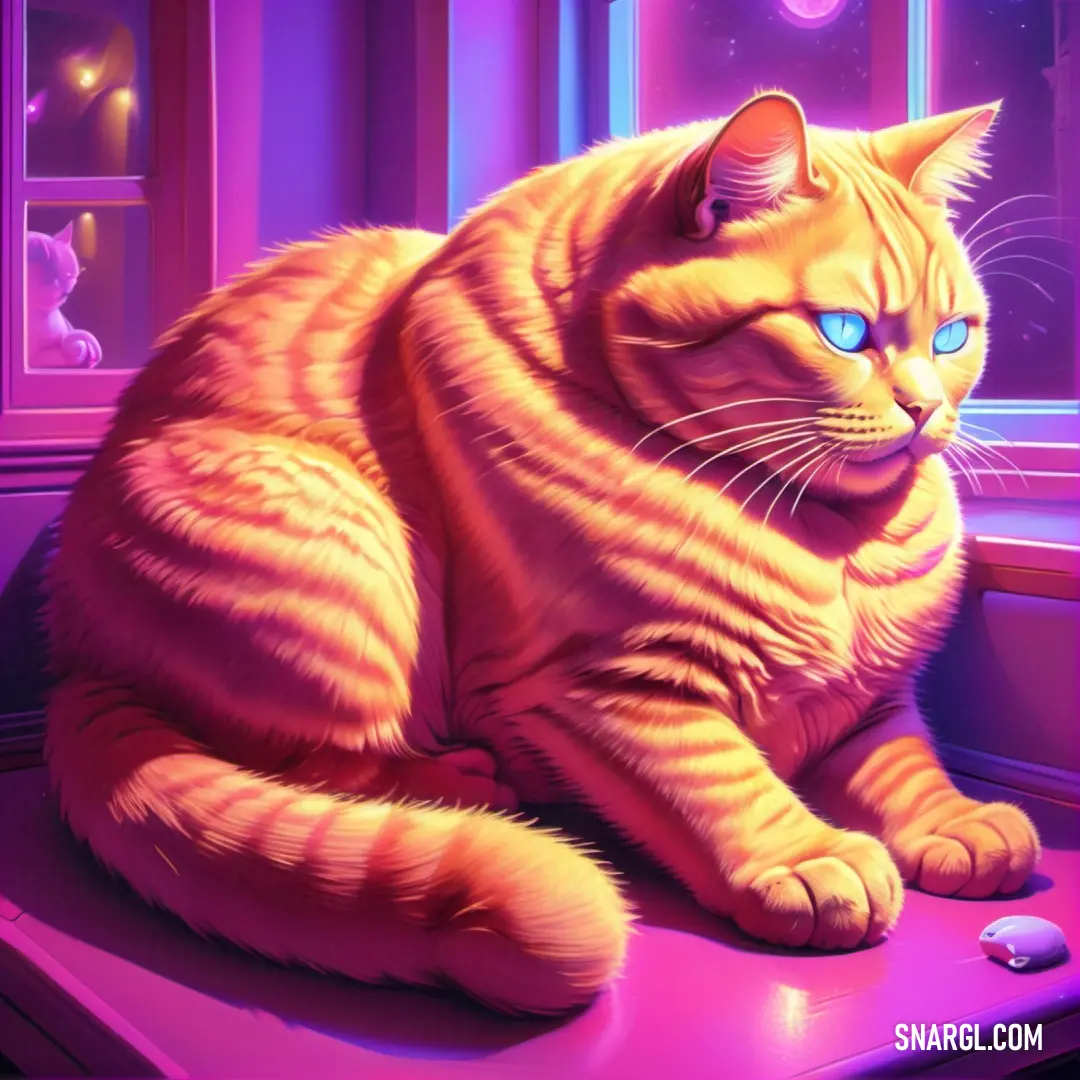
See these colors in NCS, PANTONE, RAL palettes...
What is the animal Cat known for?
Cats are also known for their hunting skills, their ability to adapt to various environments, and their unique communication methods.
Here is a brief summary of some of the main features of cats:
Domestication: Cats are the only domesticated species in the family Felidae, and they have been living with humans for about 9,500 years.
Archaeological and genetic evidence suggests that cats were first domesticated in the Near East around 7500 BC.
Cats are valued by humans for their companionship and their ability to control pests such as rodents.
They can also live as feral animals, avoiding human contact and surviving on their own.Hunting: Cats are natural predators, with retractable claws, sharp teeth, flexible bodies, quick reflexes, and excellent senses of sight, smell, and hearing.
Cats can hunt both day and night, but they are mostly active at dawn and dusk.
These animals can hear sounds too faint or too high in frequency for human ears, such as those made by small mammals.
Cats can also see well in low-light conditions, thanks to a layer of tissue in their eyes that reflects light back to the retina.Adaptation: Cats can adapt to a wide range of habitats, from deserts to forests, from urban areas to rural ones.
Cats can survive in hot and cold climates, and they can regulate their body temperature by grooming, panting, or seeking shade or warmth.
They can also adjust their diet to the availability of food sources, eating mostly meat but also some plants, insects, and other items.Communication: Cats communicate with each other and with humans through vocalizations, body language, and pheromones.
Vocalizations include meowing, purring, trilling, hissing, growling, and grunting.
Body language includes tail, ear, and whisker movements, as well as postures and facial expressions.
Pheromones are chemical signals that cats secrete and perceive through glands in their skin, urine, and feces.
Cats use these signals to mark their territory, indicate their mood, and attract mates.
Cats have a long and complex history with humans, and they have developed many traits that make them successful and adaptable.
They are also diverse and varied, with hundreds of breeds and varieties that differ in appearance, personality, and behavior.
Cats are fascinating creatures that deserve respect and care.
Example of the color palette for the image of Cat
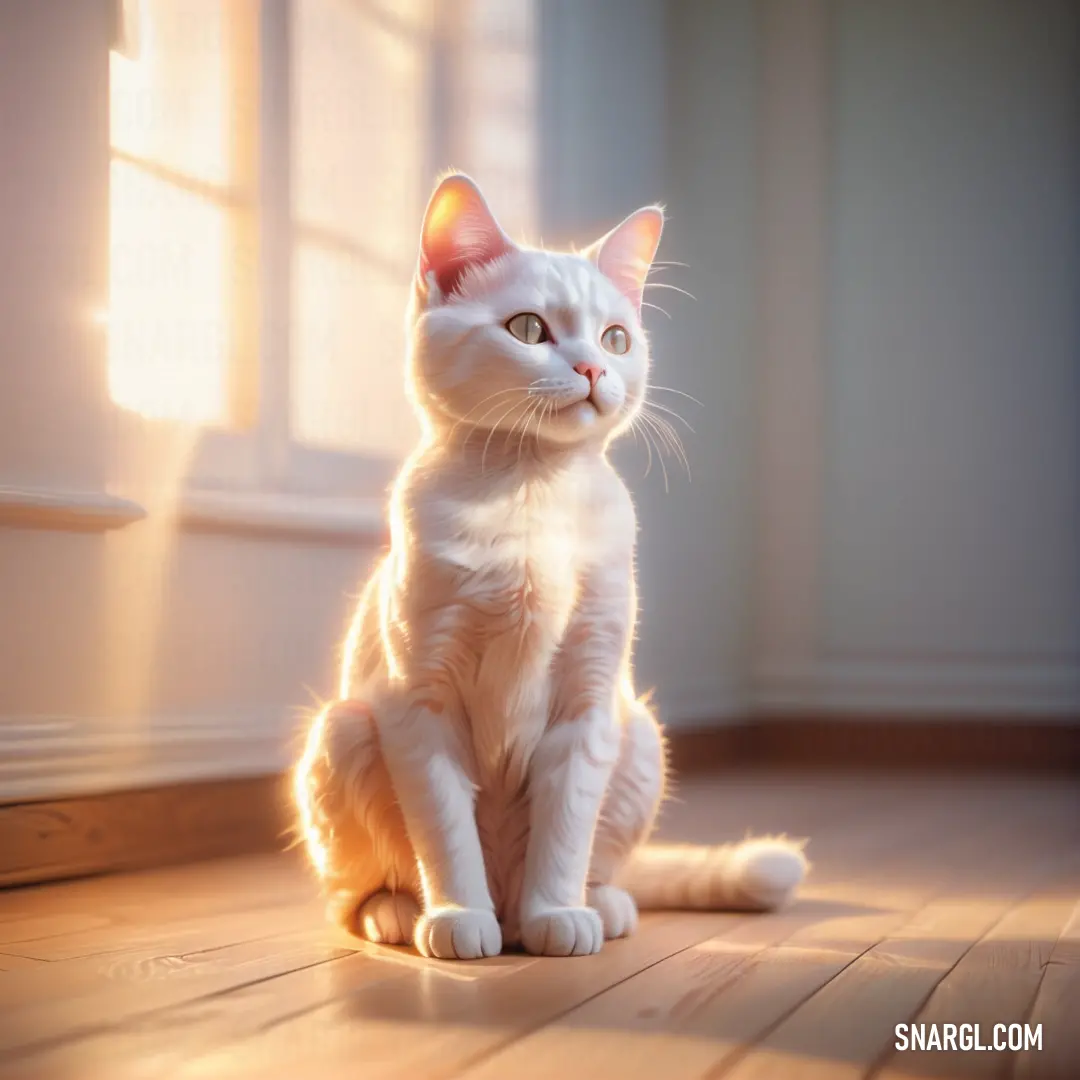
See these colors in NCS, PANTONE, RAL palettes...
Where does the Cat live?
A cat is a common name for a domesticated animal that belongs to the family Felidae, which includes other wild cats such as lions, tigers, and leopards.
It is also known as the domestic cat or the house cat, and its scientific name is Felis catus.
A cat can live in various habitats, depending on its breed, personality, and human companionship.
Some prefer to stay indoors, where they are safe from predators, diseases, and traffic.
Other cats enjoy roaming outdoors, where they can hunt, explore, and socialize with other cats.
Some cats can adapt to both indoor and outdoor environments, depending on their owners' preferences and availability.
A cat can also live in rural or urban areas, as long as it has access to food, water, shelter, and veterinary care.
However, not all cats have a home or an owner.
There are also many stray and feral cats in the world, which live without human care or intervention.
These cats may form colonies, where they share resources and territory with other cats.
Some of these cats may be friendly and approachable, while others may be wary and aggressive.
Stray and feral cats may pose a threat to wildlife, as they can prey on birds, mammals, and reptiles.
A cat is a fascinating and diverse animal, that can live in different places and situations.
Whether it is a pampered pet, a free-roaming adventurer, or a wild survivor, the cat has a unique and complex relationship with humans and the environment.
A cat is one of the most successful and influential mammals on Earth, and it deserves our respect and care.
Example of the color palette for the image of Cat
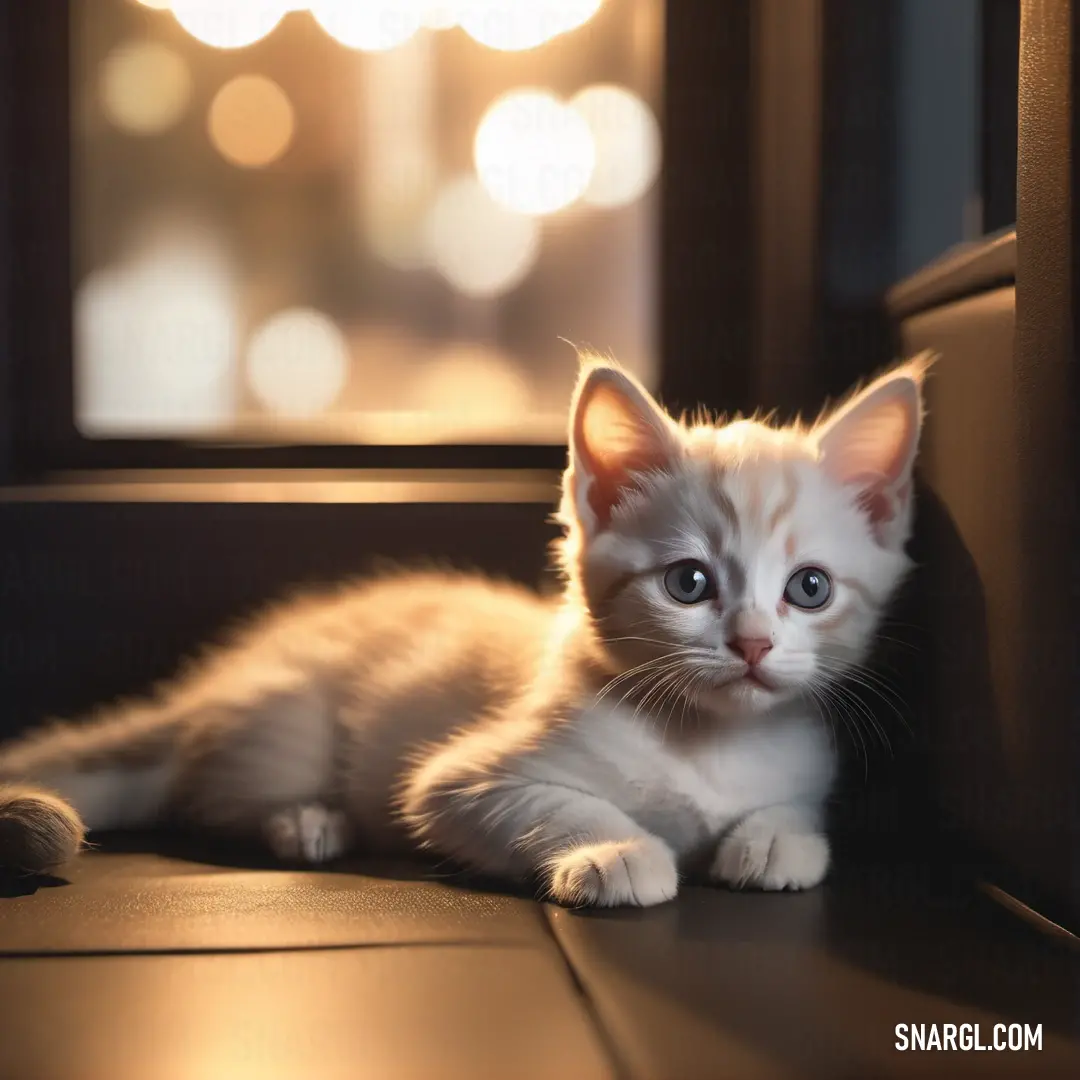
See these colors in NCS, PANTONE, RAL palettes...
Example of the color palette for the image of Cat
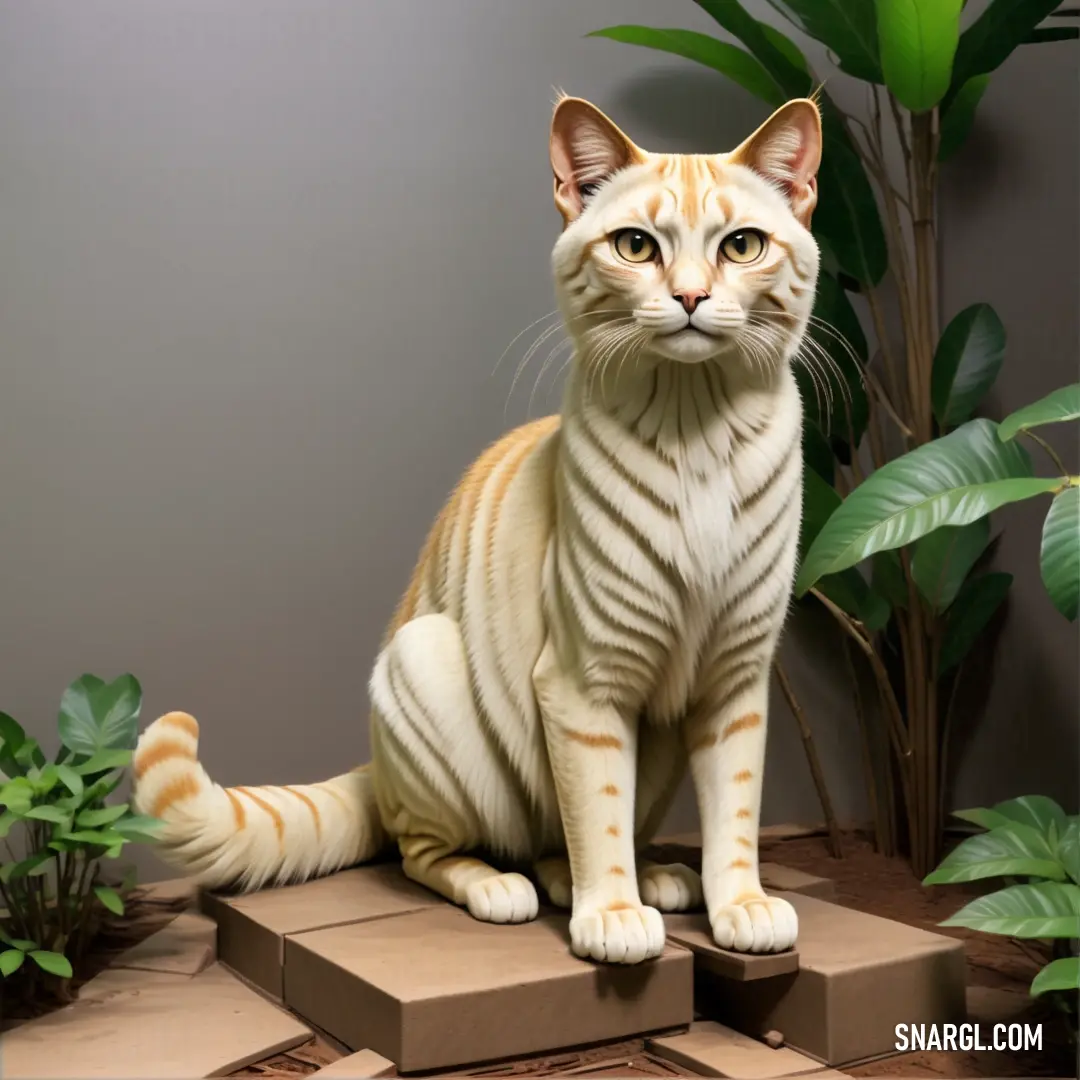
See these colors in NCS, PANTONE, RAL palettes...
What does the Cat look like?
It has a round head, pointed ears, whiskers, and usually yellow or green eyes.
Its fur can be of various colors and patterns, such as black, white, orange, gray, striped, or spotted.
Some cats have long hair, while others have short hair.
Cats are carnivorous animals that hunt and eat rodents, birds, and other small prey.
They are also kept as pets by humans, who often provide them with food, water, toys, and affection.
Cats are known for their curiosity, intelligence, independence, and ability to purr.
Some examples of cat breeds are:
Himalayan cat: a long-haired cat with a pointed coat, blue eyes, and a flat face.
It is a cross between a Persian cat and a Siamese cat.Norwegian Forest Cat: a large, fluffy cat with a thick coat, tufted ears, and a bushy tail.
It is adapted to cold climates and has a strong hunting instinct.Siamese: a short-haired cat with a slender body, almond-shaped eyes, and a pointed coat.
It is one of the oldest and most popular breeds of cats.
This cat is very vocal and social.
Example of the color palette for the image of Cat

See these colors in NCS, PANTONE, RAL palettes...
How many different breeds of cats are there and what are some of their characteristics?
Some of the most popular cat breeds are:
Persian: This breed is known for its long, fluffy coat, round face, and short muzzle.
Persians are gentle, calm, and affectionate, but they require regular brushing and eye cleaning to prevent matting and infections.Siamese: This breed has a sleek, slender body, a wedge-shaped head, and striking blue eyes.
Siamese are vocal, intelligent, and social, but they can be demanding and sensitive to changes in their environment.Maine Coon: This breed is one of the largest domesticated cats, with a muscular build, a long, bushy tail, and tufted ears and paws.
Maine Coons are friendly, loyal, and playful, but they also enjoy their independence and can tolerate cold weather well.Bengal: This breed is a hybrid of domestic cats and Asian leopard cats, resulting in a spotted or rosetted coat that resembles a wild cat.
Bengals are active, curious, and adventurous, but they also need a lot of stimulation and attention to keep them from getting bored or destructive.Ragdoll: This breed has a semi-longhaired coat, a large, sturdy body, and bright blue eyes.
Ragdolls are docile, gentle, and affectionate, and they tend to go limp when picked up, hence their name.
These are just some of the many cat breeds that exist, and each one has its own charm and quirks.
Example of the color palette for the image of Cat
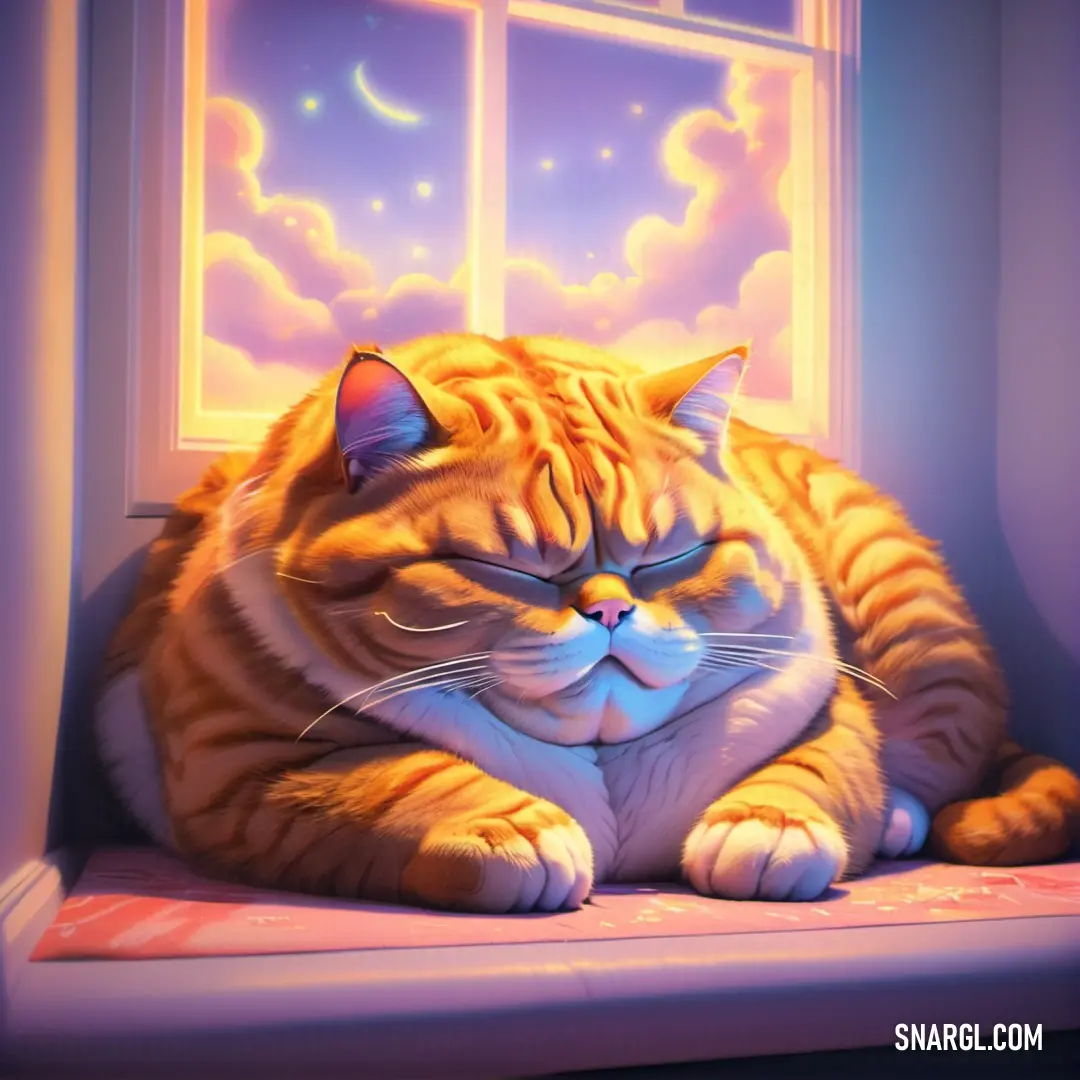
See these colors in NCS, PANTONE, RAL palettes...
How long is the average lifespan of a cat and what factors affect it?
Indoor cats tend to live significantly longer than outdoor cats, as they are less exposed to dangers such as traffic, predators, parasites, and infectious diseases.
Some purebred cats may have shorter lifespans due to genetic predispositions or health problems.
Cats go through different life stages, each with unique characteristics and needs.
As cats age, they may experience changes in behavior, health, and grooming habits.
Some common signs of aging in cats include reduced activity, weight loss or gain, dental issues, arthritis, kidney disease, and cognitive decline.
To help your cat live a long and healthy life, you should provide it with a balanced diet, regular exercise, enrichment, preventive veterinary care, and a safe and comfortable environment.
You should also monitor your cat's behavior and appearance for any signs of illness or discomfort, and consult your veterinarian if you notice any changes or concerns.
Example of the color palette for the image of Cat
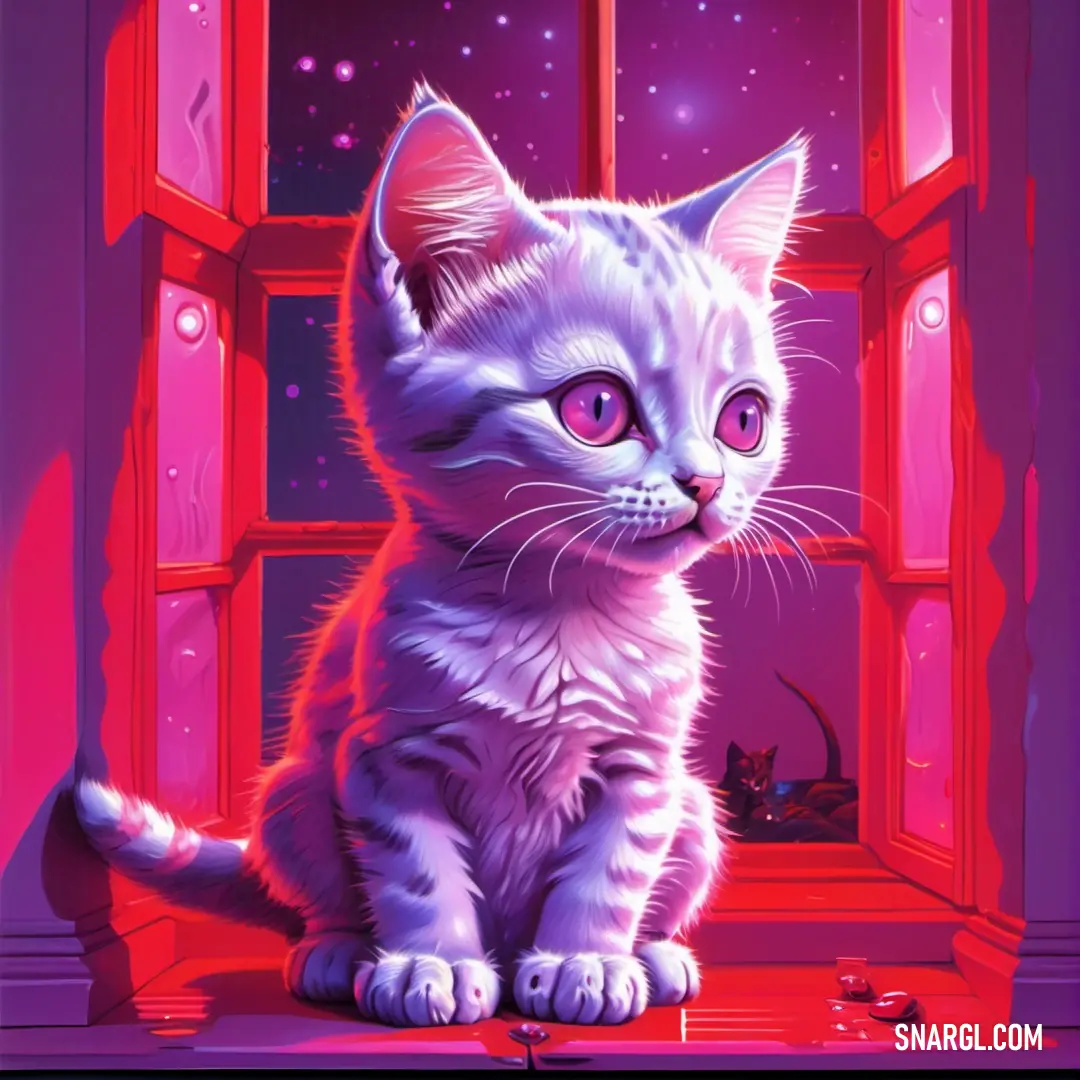
See these colors in NCS, PANTONE, RAL palettes...
Example of the color palette for the image of Cat
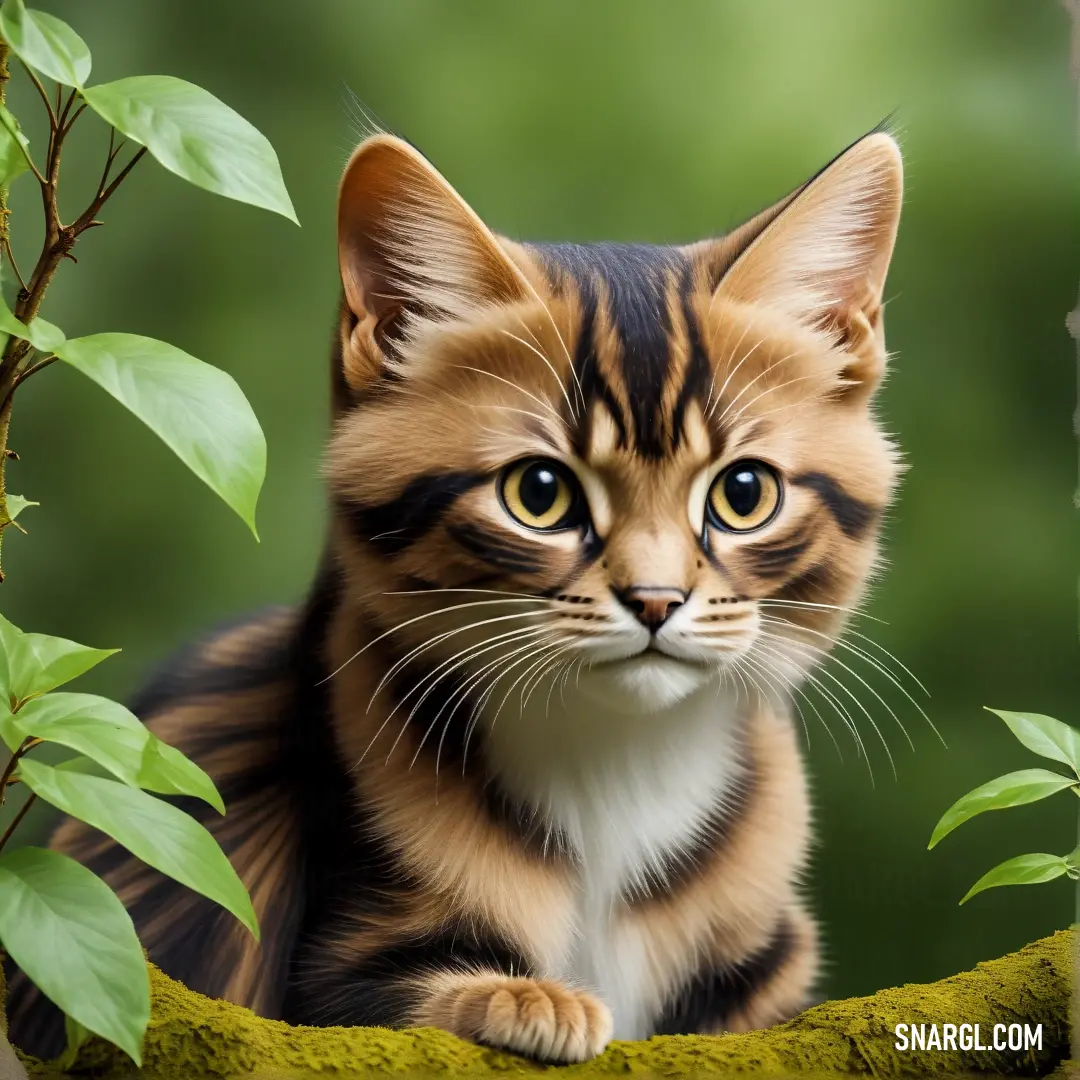
See these colors in NCS, PANTONE, RAL palettes...
How do cats communicate with each other and with humans?
Here is a brief overview of each type of communication:
Vocal: Cats can produce up to 21 different sounds, such as meows, purrs, hisses, growls, and chirps.
They use these sounds to express their emotions, needs, and wants.
For example, cats may meow to greet their owners, purr to show contentment, hiss to warn off threats, and chirp to indicate interest or excitement.
Cats also modulate the pitch, volume, and duration of their vocalizations to convey different messages.Visual: Cats use their body language, such as the position of their ears, tail, whiskers, and eyes, to show their mood and intention.
For example, cats may flatten their ears and arch their back to show fear or aggression, raise their tail and rub their head against objects or people to show friendliness and mark their territory, and blink slowly to show trust and affection.
Cats also use facial expressions, such as smiling, frowning, and grimacing, to communicate pain, pleasure, and disgust.Tactile: Cats use physical contact, such as grooming, biting, scratching, and nuzzling, to communicate with each other and with humans.
For example, cats may groom each other or their owners to show social bonding and affection, bite or scratch to show playfulness or annoyance, and nuzzle or head-butt to show trust and friendship.
Cats also use their claws and teeth to mark their territory and leave their scent on objects or people.Olfactory: Cats use their sense of smell to communicate with each other and with humans.
They have scent glands on various parts of their body, such as their cheeks, chin, forehead, paws, and anus, that secrete pheromones, which are chemical signals that convey information about their identity, reproductive status, and emotional state.
For example, cats may rub their cheeks or chin on objects or people to mark them as their own, spray urine or feces to signal their presence and dominance, and release calming pheromones to reduce stress and anxiety.
By paying attention to their vocal, visual, tactile, and olfactory signals, you can learn to understand their communication and improve your relationship with them.
Example of the color palette for the image of Cat
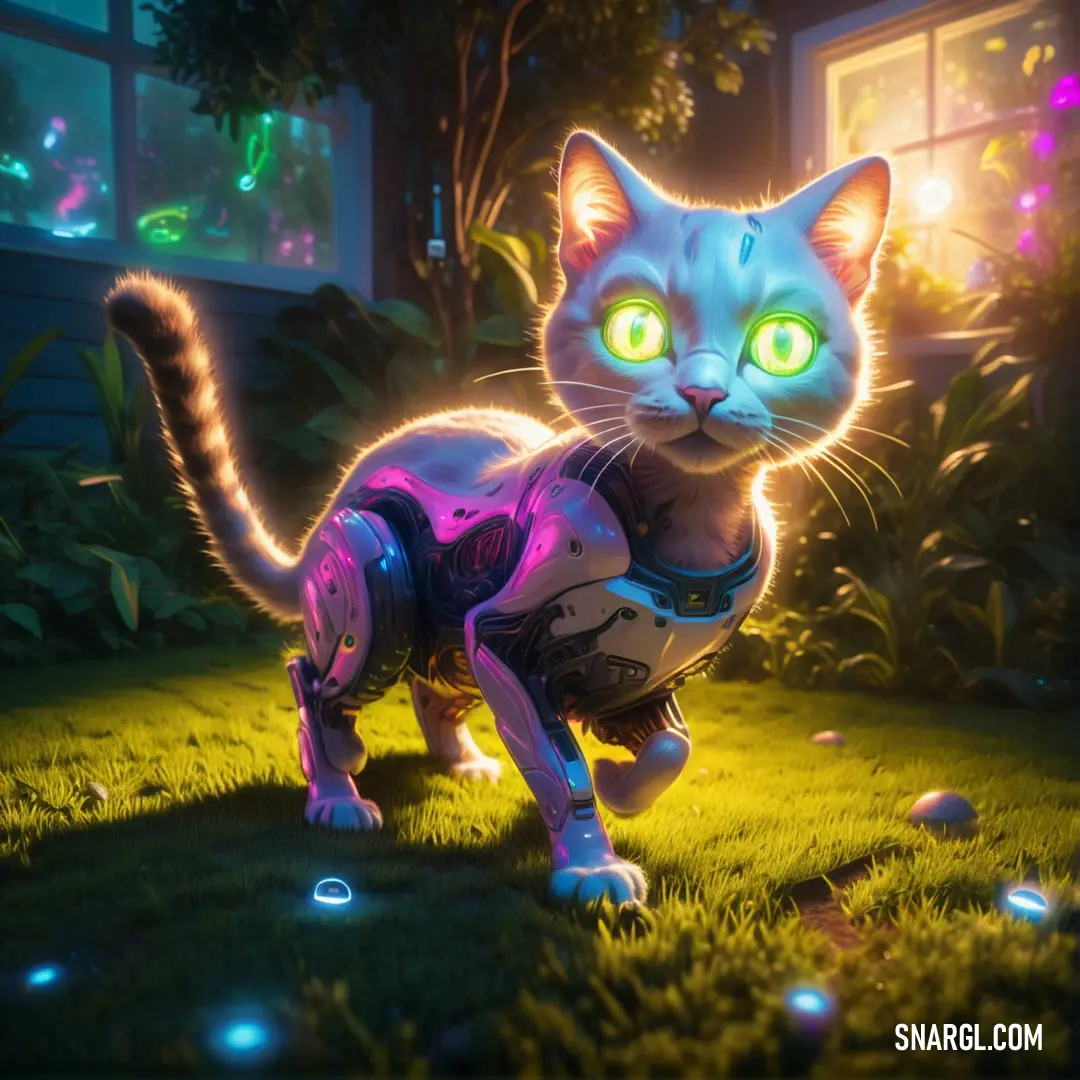
See these colors in NCS, PANTONE, RAL palettes...
What are the functions of a cat's whiskers, tongue, and ears?
Here is a brief summary of their functions:
Whiskers: Whiskers are thick, sensitive hairs that grow on the cat's face, forelegs, and near the ears.
They can detect subtle changes in air currents and vibrations, which help the cat navigate in the dark, judge the size and shape of nearby objects, and hunt prey.
Whiskers also have special receptors at their base that inform the cat about the position and movement of its body and limbs, which aid in balance and coordination.Tongue: A cat's tongue is covered with tiny, backward-facing barbs called papillae, which give it a rough texture.
The papillae help the cat groom its fur, remove dirt and parasites, and regulate body temperature by spreading saliva.
The tongue also helps the cat drink water by curling into a spoon shape and flicking the liquid into its mouth.
Additionally, the tongue is involved in tasting, chewing, and swallowing food, as well as vocalizing.Ears: A cat's ears are large, triangular, and mobile, which allow the cat to capture and locate sounds from different directions.
The ears also have an inner chamber called the vestibular system, which helps the cat maintain balance and orientation.
The ears are also expressive, as the cat can communicate its mood and intention by changing the position and angle of its ears.
For example, ears that are upright and forward indicate curiosity or interest, while ears that are flattened or turned sideways indicate fear or aggression.
Example of the color palette for the image of Cat
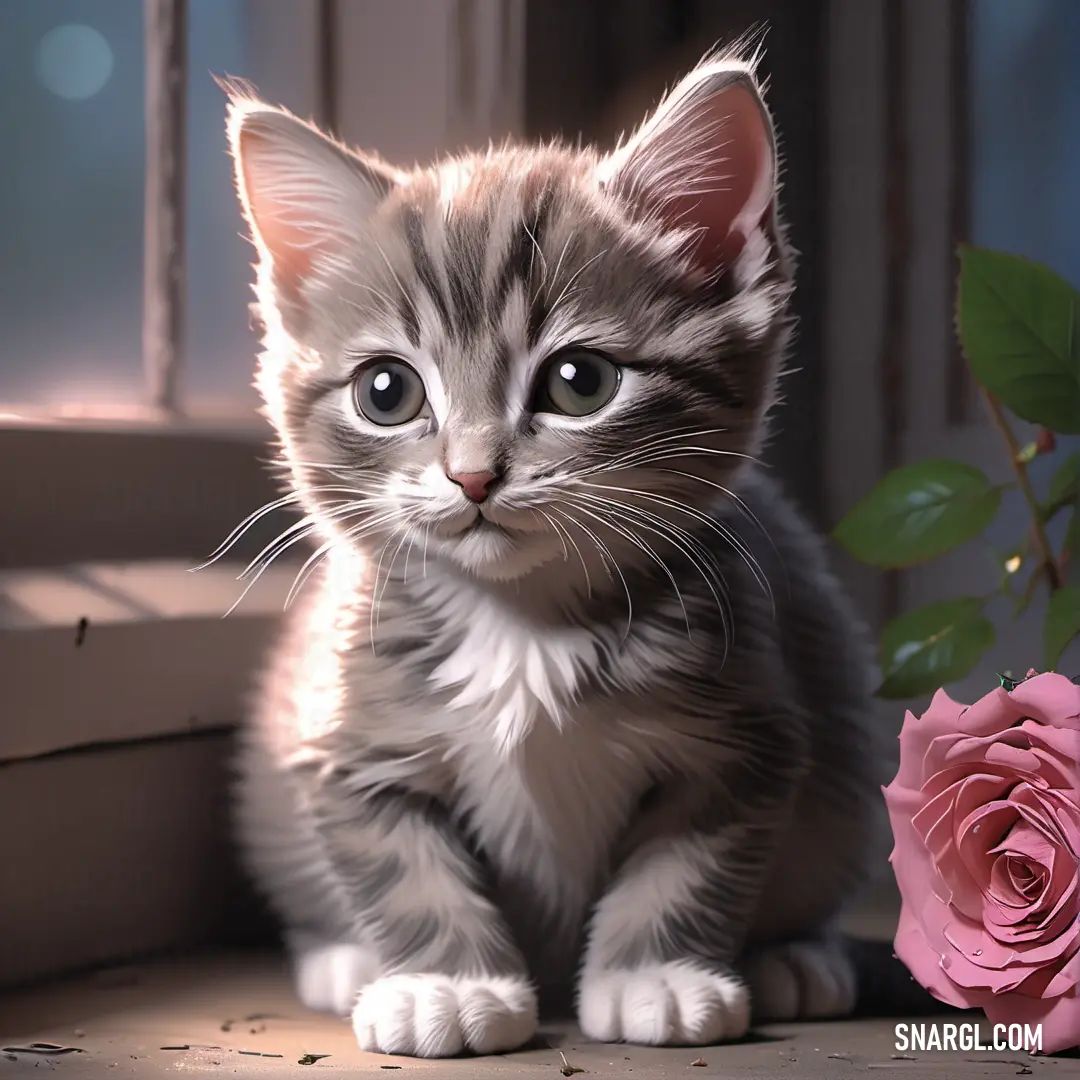
See these colors in NCS, PANTONE, RAL palettes...
How do cats keep themselves clean and why do they groom each other?
Cats are very clean animals that spend a lot of time grooming themselves and each other.
They use their tongues, which have tiny barbs that act like combs, to remove dirt, loose hair, and parasites from their fur.
They also lick their paws and use them to wash their faces and ears.
Grooming helps cats maintain healthy skin and fur, regulate their body temperature, and reduce stress.
Cats also groom each other as a way of social bonding.
This behavior is called allogrooming, and it helps cats create a group scent, show affection, and establish hierarchy.
Cats usually groom their friends and family members, especially those that they share a sleeping spot with.
Sometimes, cats may even groom their humans, which means they consider them as part of their family.
Grooming is an important indicator of a cat's health and well-being.
A cat that stops grooming or grooms excessively may have a physical or emotional problem.
If you notice any changes in your cat's grooming habits, you should consult a veterinarian.
Example of the color palette for the image of Cat
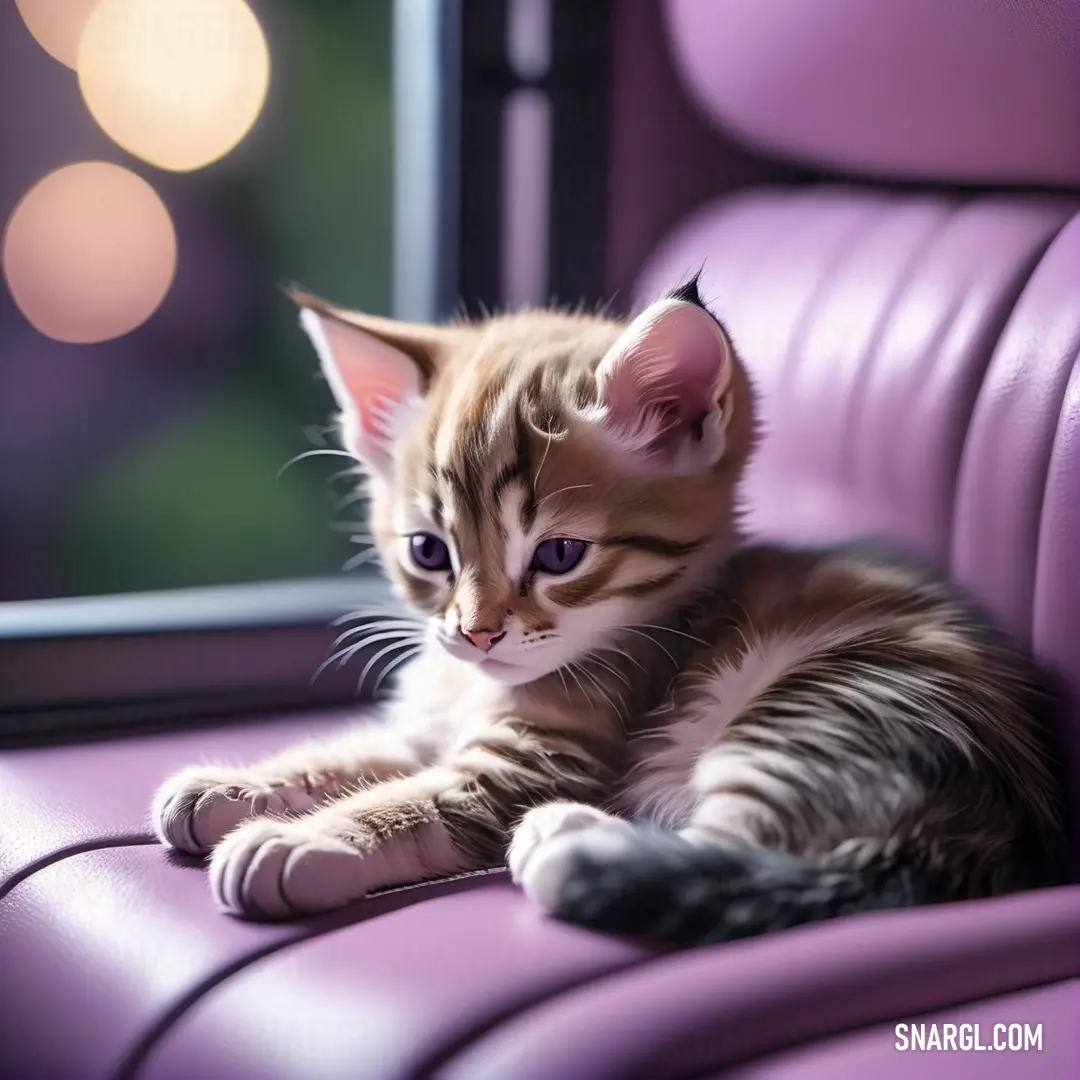
See these colors in NCS, PANTONE, RAL palettes...
What are the benefits of spaying or neutering your cat and when should you do it?
It has many benefits for your cat's health and behavior, as well as for the welfare of other cats.
Here are some of the benefits of spaying or neutering your cat:
It reduces the risk of certain diseases, such as uterine, ovarian, testicular, and mammary cancers, as well as uterine infections.
It reduces the tendency to spray urine, mark territory, and attract mates, which can cause unpleasant odors and stains in your home.
It reduces the urge to roam, fight, and mate, which can expose your cat to injuries, diseases, and predators.
It can improve your cat's temperament, making them less aggressive, more tolerant, and more affectionate.
It prevents unwanted pregnancies and litters, which can be stressful for your cat and contribute to the overpopulation and homelessness of cats.
Spaying or neutering your cat is a safe and effective way to ensure your cat's well-being and happiness, as well as to help other cats in need.
Example of the color palette for the image of Cat
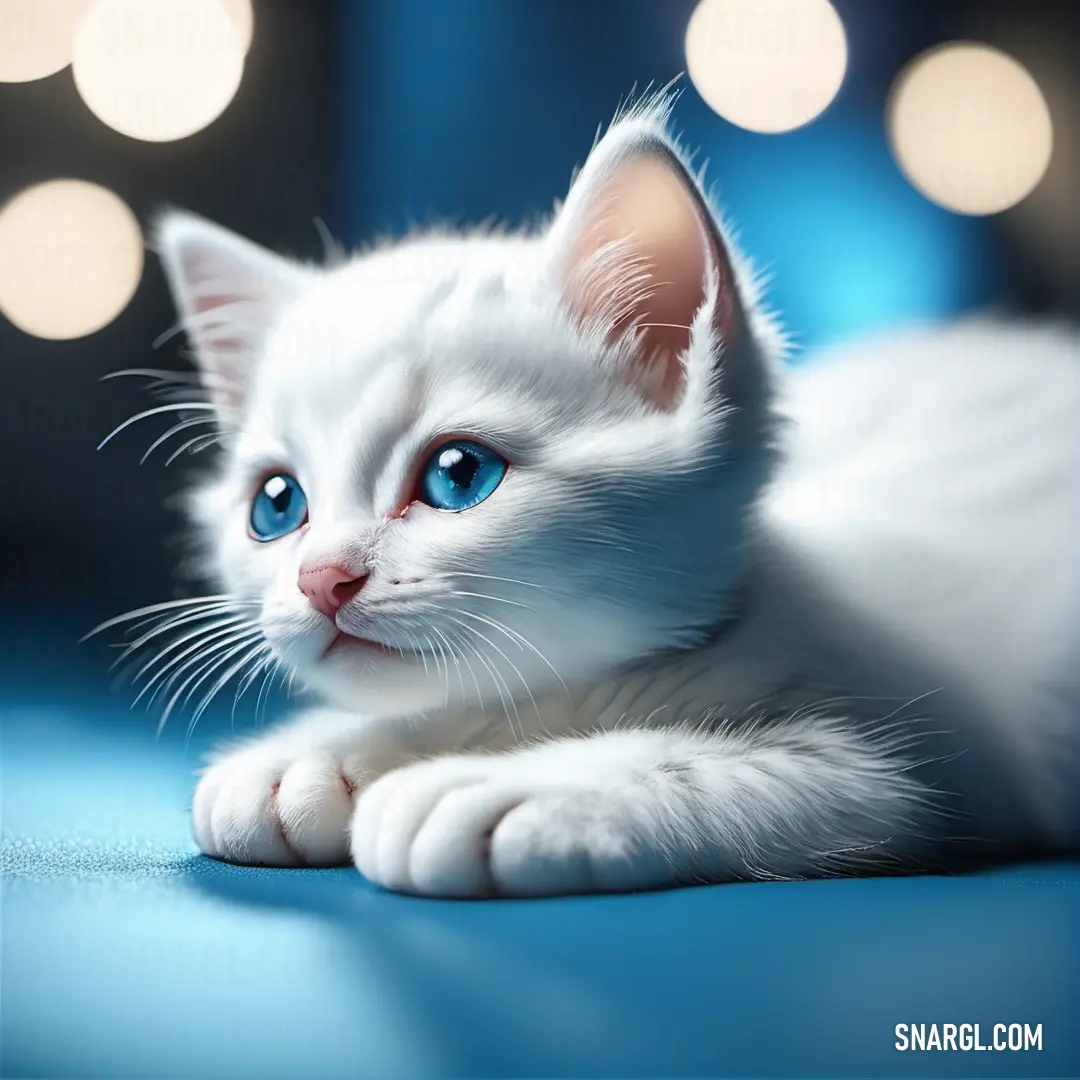
See these colors in NCS, PANTONE, RAL palettes...
Example of the color palette for the image of Cat
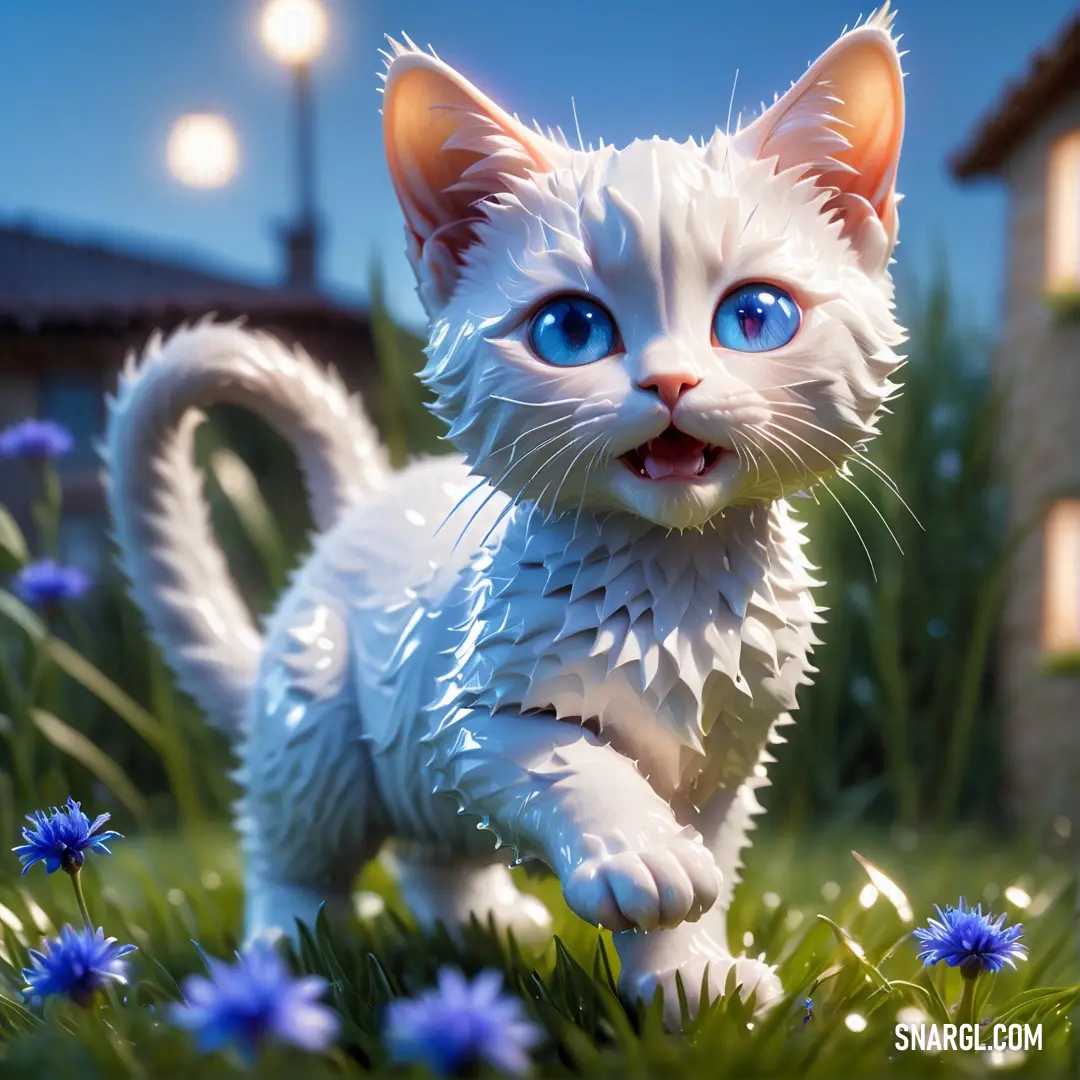
See these colors in NCS, PANTONE, RAL palettes...
Example of the color palette for the image of Cat
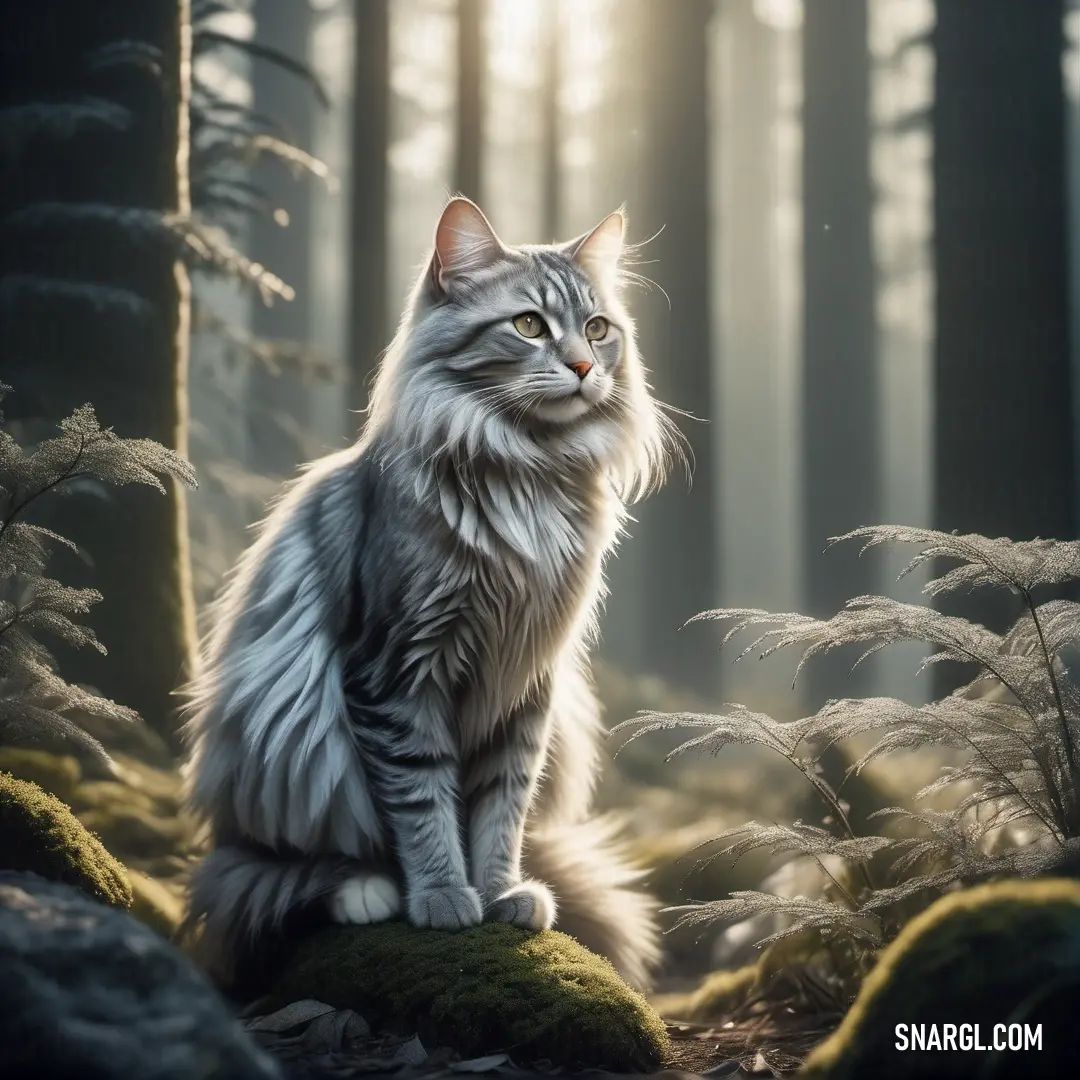
See these colors in NCS, PANTONE, RAL palettes...
What are some common health problems that affect cats and how can you prevent them?
Some of the most common health problems that affect cats and how to prevent them are:
Dental issues: Cats can develop plaque, tartar, gingivitis, and periodontal disease, which can lead to tooth loss, pain, and infection.
Dental issues can also affect the cat's overall health, as bacteria from the mouth can enter the bloodstream and cause damage to the heart, kidneys, and other organs.
To prevent dental issues, cats should have regular dental check-ups and cleanings by a veterinarian, and their teeth should be brushed daily with a special toothpaste and toothbrush designed for cats.
Dental treats and toys can also help reduce plaque and tartar buildup.Trauma: Cats can get injured by falls, fights, accidents, or predators, resulting in wounds, fractures, sprains, or internal bleeding.
Trauma can cause pain, infection, shock, and even death.
To prevent trauma, cats should be kept indoors or in a secure enclosure, and supervised when outside.
Cats should also be spayed or neutered to reduce their tendency to roam and fight.
Any signs of injury, such as limping, bleeding, swelling, or lethargy, should be reported to a veterinarian immediately.Skin problems: Cats can suffer from various skin problems, such as fleas, ticks, mites, ringworm, allergies, infections, or tumors.
Skin problems can cause itching, hair loss, inflammation, scabs, or sores.
To prevent skin problems, cats should be treated regularly with a flea and tick preventive, and groomed regularly to remove mats and dirt.
Cats should also be checked for any lumps, bumps, or changes in the skin or coat, and any abnormalities should be reported to a veterinarian.
Some skin problems may require medication, shampoo, or surgery.Digestive problems: Cats can experience digestive problems, such as vomiting, diarrhea, constipation, or hairballs, due to various causes, such as food intolerance, parasites, infections, foreign bodies, or inflammatory bowel disease.
Digestive problems can cause dehydration, weight loss, malnutrition, or obstruction.
To prevent digestive problems, cats should be fed a high-quality, balanced diet that is appropriate for their age and health status, and have access to fresh water at all times.
Cats should also be dewormed regularly and monitored for any signs of gastrointestinal distress, such as changes in appetite, stool, or behavior.
Some digestive problems may require dietary modification, medication, or surgery.Parasitic infestations: Cats can be infested by various parasites, such as worms, protozoa, or fungi, that can affect their internal or external organs.
Parasites can cause anemia, diarrhea, weight loss, skin lesions, or respiratory problems.
To prevent parasitic infestations, cats should be dewormed regularly and tested for parasites by a veterinarian.
Cats should also be kept away from contaminated soil, water, or feces, and avoid contact with infected animals.
Some parasites may require medication, topical treatment, or environmental control.
However, this is not a comprehensive list, and cats may also suffer from other diseases or conditions that require veterinary care.
Therefore, it is important to take your cat for regular wellness exams, vaccinations, and screenings, and to consult your veterinarian if you notice any signs of illness or abnormality in your cat.
By doing so, you can help your cat live a long, healthy, and happy life.
Example of the color palette for the image of Cat
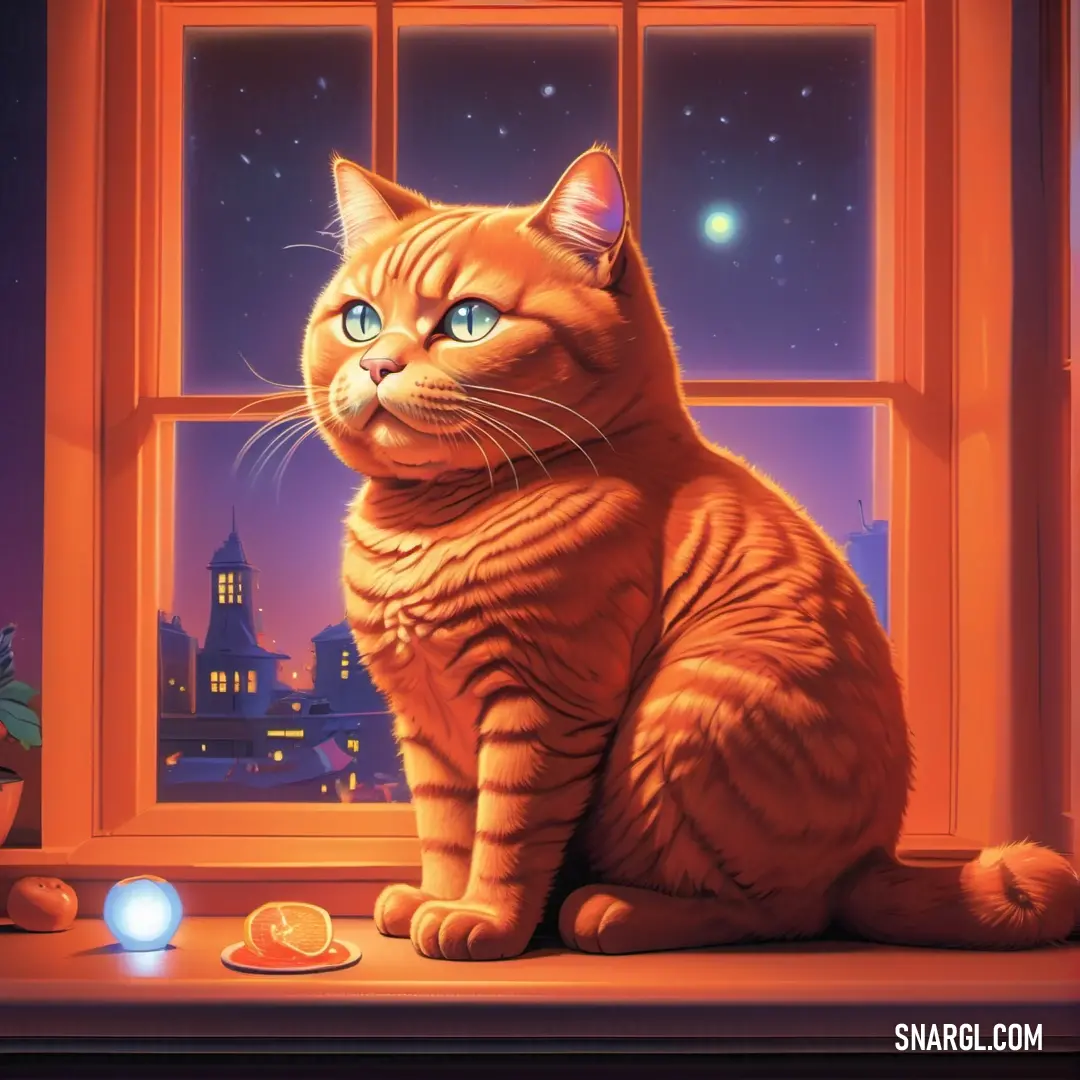
See these colors in NCS, PANTONE, RAL palettes...
What are the nutritional needs of cats and what are some foods that are toxic to them?
They need a diet that contains high amounts of protein, moderate amounts of fat, and a minimal amount of carbohydrates.
Some of the foods that are toxic to cats include:
Onions, garlic, and chives: These foods contain sulphoxides, which can damage the red blood cells and cause anemia and kidney damage in cats.
Xylitol: This artificial sweetener can cause a drop in blood sugar levels, leading to liver failure and seizures in cats.
Chocolate: Chocolate contains theobromine, which can affect the kidneys, nervous system, and heart rhythm in cats.
Alcohol: Alcohol can cause intoxication, vomiting, diarrhea, coma, and even death in cats.
Grapes and raisins: These fruits can cause kidney failure in cats.
Raw eggs and meat: These foods can contain bacteria, such as Salmonella and E.coli, which can cause food poisoning in cats.
Milk and dairy products: Most cats are lactose intolerant, which means that they cannot digest the sugar in milk.
To prevent your cat from eating harmful foods, avoid feeding your cat table scraps, especially around the holidays, and keep your cat away from the kitchen and garbage bins.
Always provide your cat with clean, fresh water and a complete and balanced commercial cat food that meets their nutritional needs.
How do cats show affection, happiness, and stres?
Here are some of the common behaviors that cats use to show affection, happiness, and stress:
Affection: Cats show their love by purring, rubbing, rolling, bunting, kneading, hunting, playing, and sleeping with their favorite humans or other animals.
These actions indicate that cats trust and enjoy the company of their loved ones, and want to share their scent and warmth with them.
Cats may also lick their owners or groom them as a sign of affection and bonding.Happiness: Cats display their happiness by having a relaxed and confident body language, such as walking with their tail held high, ears back, and eyes half-closed.
Happy cats often seek attention and cuddles from their owners, and may roll over to expose their belly as a gesture of trust and invitation.Stress: Cats show their stress by hiding, scratching, hissing, growling, or biting.
Stressed cats often lose their appetite, groom excessively, or develop litter box problems.
Cats may feel stressed by changes in their environment, such as moving to a new home, having a new pet or baby, or being left alone for too long.
By paying attention to their behaviors and signals, you can learn how to make your cat feel happy and secure, and enjoy a deeper bond with your furry friend.
Example of the color palette for the image of Cat
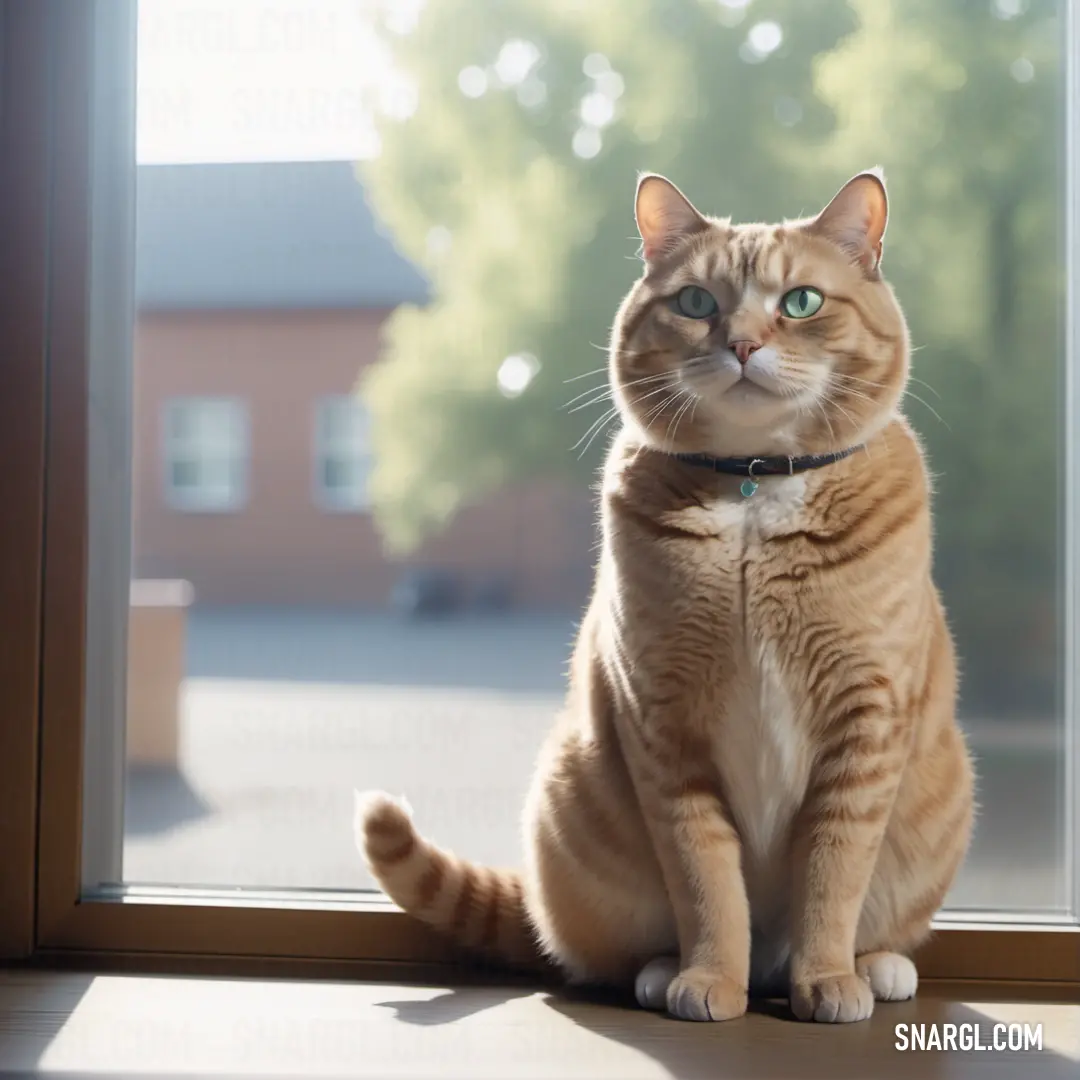
See these colors in NCS, PANTONE, RAL palettes...
Example of the color palette for the image of Cat
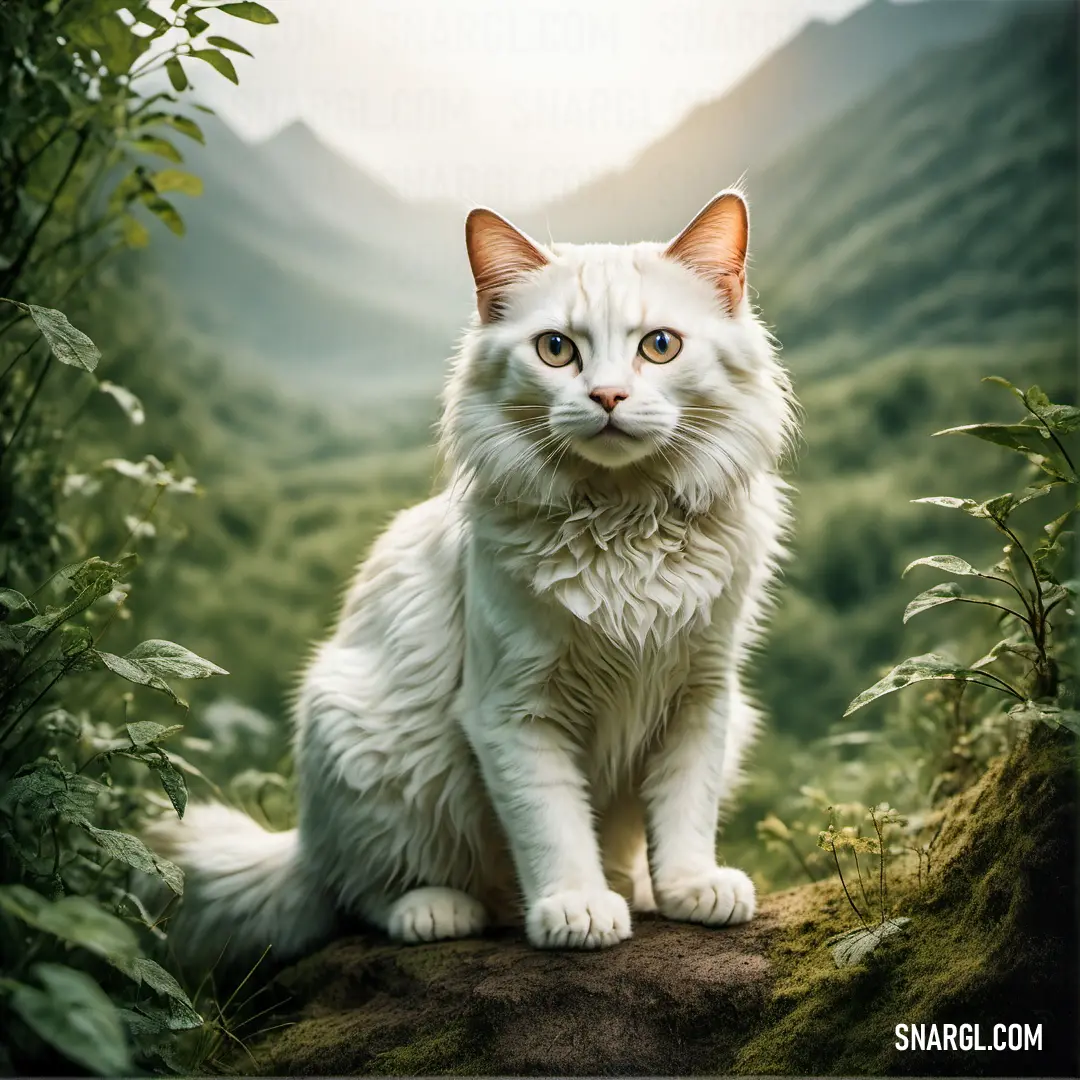
See these colors in NCS, PANTONE, RAL palettes...
What are some of the behavioral issues that cats may have and how can you correct them?
Some of the common behavioral issues that cats may have and how to correct them are:
Litter box issues: Cats may avoid using the litter box for various reasons, such as medical problems, stress, dirty or insufficient boxes, or inappropriate location.
To solve this problem, you should first consult your vet to rule out any health issues that may cause pain or discomfort while urinating or defecating.
Then, you should make sure to provide enough litter boxes for your cats (one per cat plus one extra), keep them clean and scooped, and place them in quiet and accessible areas.
You should also avoid changing the type or brand of litter abruptly, as some cats may be sensitive to new smells or textures.
If your cat is stressed by changes in the environment or other pets, you can try to provide more hiding places, toys, and enrichment activities to help them cope.
You can also use pheromone sprays or diffusers to create a calming effect.Scratching: Cats scratch to mark their territory, sharpen their claws, and stretch their muscles.
Scratching is a natural and healthy behavior for cats, but it can damage your furniture, carpets, or walls.
To prevent this, you should provide your cat with appropriate scratching posts or pads that are sturdy, tall, and covered with a material that your cat likes (such as sisal, cardboard, or wood).
You should also place them near the areas where your cat likes to scratch, and reward your cat with praise or treats when they use them.
You should avoid declawing your cat, as this is a painful and irreversible procedure that can cause physical and behavioral problems.
Instead, you can trim your cat's nails regularly or use nail caps to cover them.Aggression: Cats may show aggression towards people or other animals for various reasons, such as fear, pain, territoriality, or play.
Aggression can manifest as biting, scratching, hissing, or growling.
To deal with this problem, you should first identify the trigger and the type of aggression your cat is displaying.
Then, you should avoid provoking or punishing your cat, as this may worsen the situation.
Instead, you should try to create a safe and positive environment for your cat, where they can have their own space, resources, and outlets for their energy.
You should also use positive reinforcement to reward your cat for calm and friendly behavior, and redirect their attention to toys or treats when they show signs of aggression.
If your cat is aggressive towards other pets, you should introduce them gradually and supervise their interactions.
You may also need to consult a vet or a behaviorist if your cat's aggression is severe or persistent.Excessive vocalization: Cats may meow, howl, or yowl for various reasons, such as hunger, attention, mating, boredom, or distress.
Some breeds, such as Siamese, are naturally more vocal than others.
While some vocalization is normal and acceptable, excessive or inappropriate vocalization can be annoying or worrisome.
To address this issue, you should first check if your cat is in pain, sick, or in heat, and seek veterinary care if needed.
Then, you should make sure to meet your cat's basic needs, such as food, water, litter, and exercise.
You should also provide your cat with toys, puzzles, and interactive playtime to keep them stimulated and entertained.
You should avoid responding to your cat's vocalization with attention, food, or punishment, as this may reinforce the behavior.
Instead, you should ignore your cat when they are noisy, and reward them when they are quiet.
By understanding the causes and solutions of these problems, you can help your cat live a happy and healthy life with you.
Example of the color palette for the image of Cat
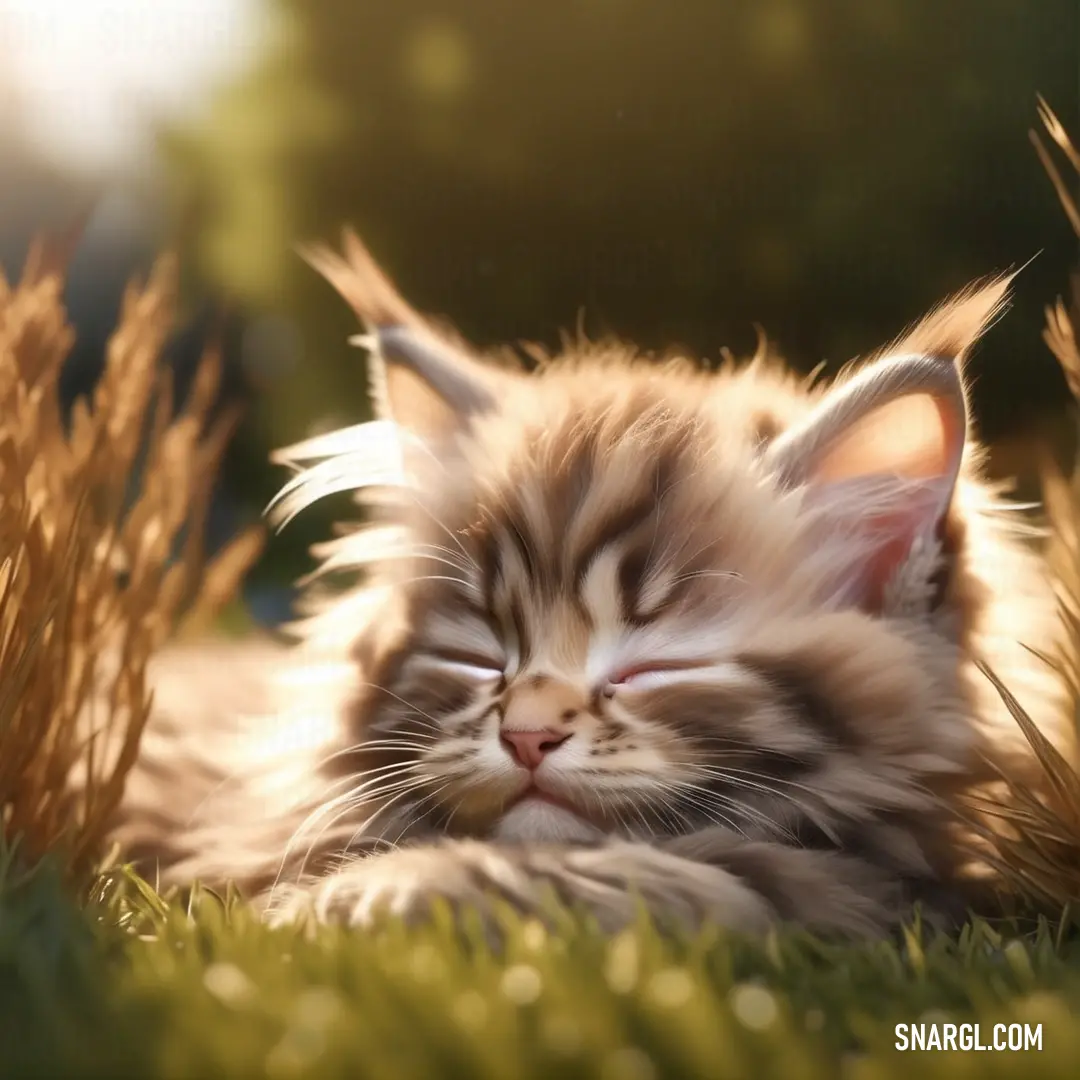
See these colors in NCS, PANTONE, RAL palettes...
How can you provide enrichment and stimulation for your cat indoors and outdoors?
Here are some ways to provide enrichment and stimulation for your cat indoors and outdoors:
Interactive cat toys: These are toys that you can play with your cat, such as wand-type toys, laser pointers, or balls.
They allow your cat to exercise, chase, pounce, and bond with you.
Make sure to let your cat catch something at the end of the play session to avoid frustration.Self-play toys: These are toys that your cat can play with on their own, such as cardboard boxes, paper bags, catnip-filled toys, or battery-operated toys.
They provide your cat with entertainment and variety when you are not around.
Rotate the toys regularly to keep your cat interested.Food puzzles: These are toys that dispense food or treats when your cat manipulates them, such as paper towel rolls, water bottles, or commercial products.
They allow your cat to forage and hunt for their food, which is more natural and stimulating than eating from a bowl.Sensory enrichment: This involves providing your cat with different scents, sounds, and sights to explore, such as catnip, silvervine, cat grass, safe houseplants, bird feeders, cat videos, music, or pheromones.
They enhance your cat's curiosity and enjoyment of their environment.Catios: These are outdoor enclosures that allow your cat to experience the outdoors safely and comfortably.
They can be attached to your house or freestanding, and they can have various features such as shelves, ramps, tunnels, hammocks, or plants.
They give your cat access to fresh air, sunlight, and wildlife watching.
Remember to respect your cat's preferences and personality, and always supervise your cat when they are playing with toys or outside.
By doing so, you can help your cat live a happier and healthier life.
Example of the color palette for the image of Cat
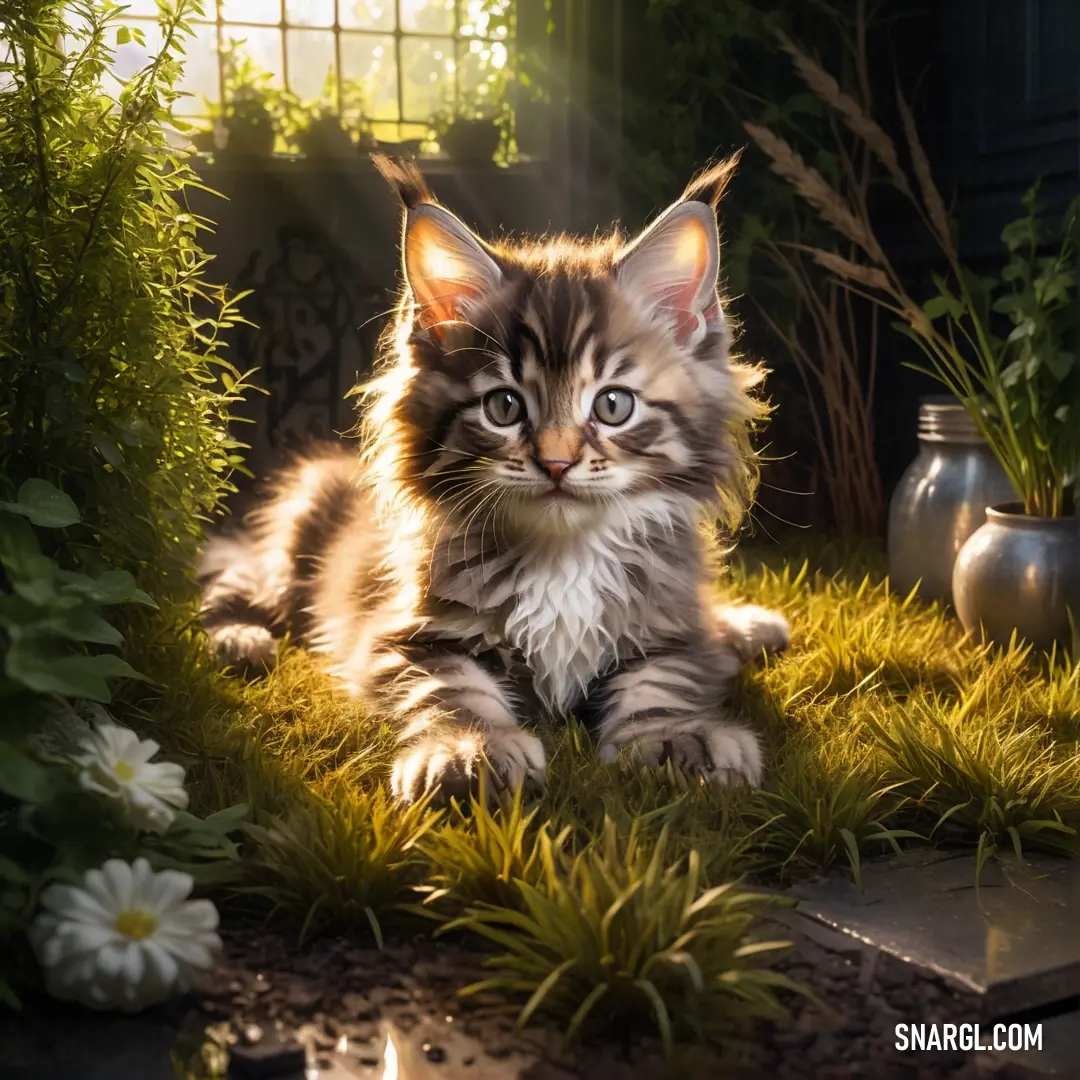
See these colors in NCS, PANTONE, RAL palettes...
Example of the color palette for the image of Cat
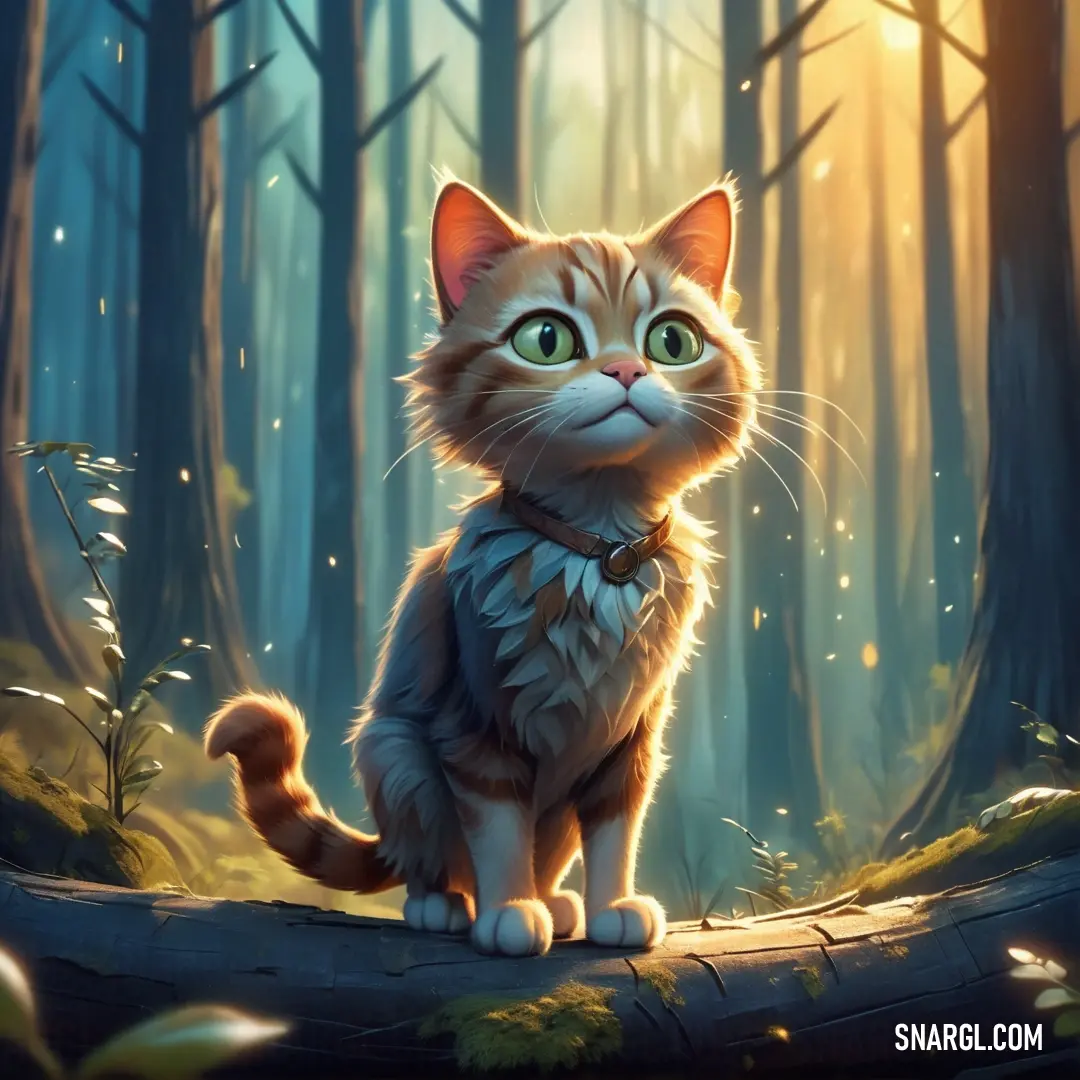
See these colors in NCS, PANTONE, RAL palettes...
How can you introduce a new cat to your existing cat or other pets?
Here are some steps to follow to make the introduction as smooth as possible:
Before you bring the new cat home, make sure you have a separate room for them, with their own litter box, food, water, toys, and scratching post.
This will allow the new cat to adjust to their new environment and feel safe and comfortable.Let the new cat and the existing cat or other pets smell each other's scent through a door or a towel.
This will help them get familiar with each other and reduce the chances of aggression or fear.After a few days, you can start to introduce the cats or pets visually, using a baby gate, a screen, or a cracked door.
Keep the sessions short and positive, and reward both the new cat and the existing cat or pets with treats and praise for calm and friendly behavior.Gradually increase the duration and frequency of the visual introductions, until the cats or pets seem relaxed and curious about each other.
You can also try to feed them on opposite sides of the barrier, so they associate each other with something pleasant.When the cats or pets are ready, you can let them meet face to face, under your supervision.
Make sure you have a way to separate them quickly if a fight breaks out, such as a spray bottle, a loud noise, or a blanket.
Don't use your hands or feet to intervene, as you may get injured.Continue to monitor the cats or pets closely for the next few weeks, and separate them when you are not home or at night.
Look for signs of stress or aggression, such as hissing, growling, swatting, hiding, or avoiding.
If you notice any of these, you may need to slow down the process and go back to the previous steps.Be patient and consistent, and don't force the cats or pets to interact if they are not ready.
Some cats or pets may become friends, some may tolerate each other, and some may never get along.
The most important thing is to ensure their safety and well-being.
Example of the color palette for the image of Cat
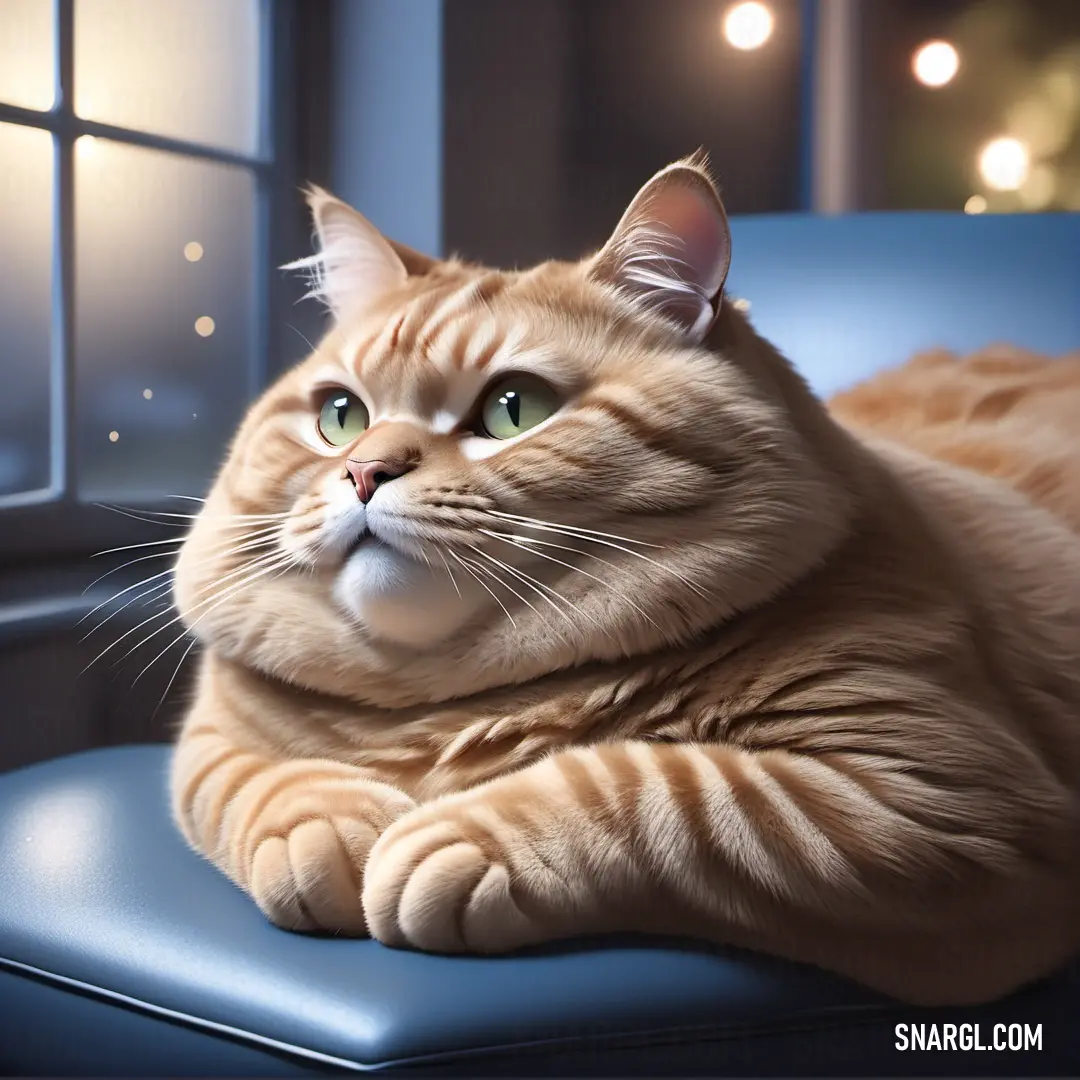
See these colors in NCS, PANTONE, RAL palettes...
How can you travel safely with your cat by car or by plane?
Here's a comprehensive guide to help you prepare for a smooth journey.
Traveling by Car:
Carrier Training: Get your cat accustomed to a carrier by leaving it open at home with a comfy bed inside.
Secure the Carrier: Use a seatbelt to secure the carrier in the back seat to prevent it from moving during the ride.
Familiarize Your Cat: Take short drives to help your cat get used to the motion and sounds of the car.
Safety First: Never let your cat roam freely in the car; it can be a distraction to the driver and dangerous for your cat.
Comfort Items: Bring your cat's favorite toys or blanket to provide a sense of familiarity.
Regular Breaks: Stop frequently for bathroom breaks and to allow your cat to stretch its legs.
Never Leave Your Cat Alone: Don't leave your cat in the car unattended, especially on warm days, as the temperature inside a car can soar rapidly.
Check Airline Policies: Each airline has its own rules for pet travel; contact them in advance to understand the requirements.
Health Checkup: Visit your vet to ensure your cat is healthy and up-to-date on vaccinations before flying.
Appropriate Carrier: Use an airline-approved carrier and familiarize your cat with it well before the flight.
Direct Flights: Opt for direct flights to minimize stress and the chance of delays or mishandling.
Feeding Schedule: Feed your cat a few hours before the flight to prevent nausea or discomfort.
Calm and Comfort: Consider using pheromone sprays or calming treats to help soothe your cat's nerves.
Identification: Ensure your cat has proper identification tags and microchip information is up-to-date.
It's important to consider your cat's personality and health when deciding whether to travel with them.
If your cat is particularly anxious or unwell, it might be best to arrange for a pet sitter or boarding at a professional facility.
Safe travels!
Example of the color palette for the image of Cat
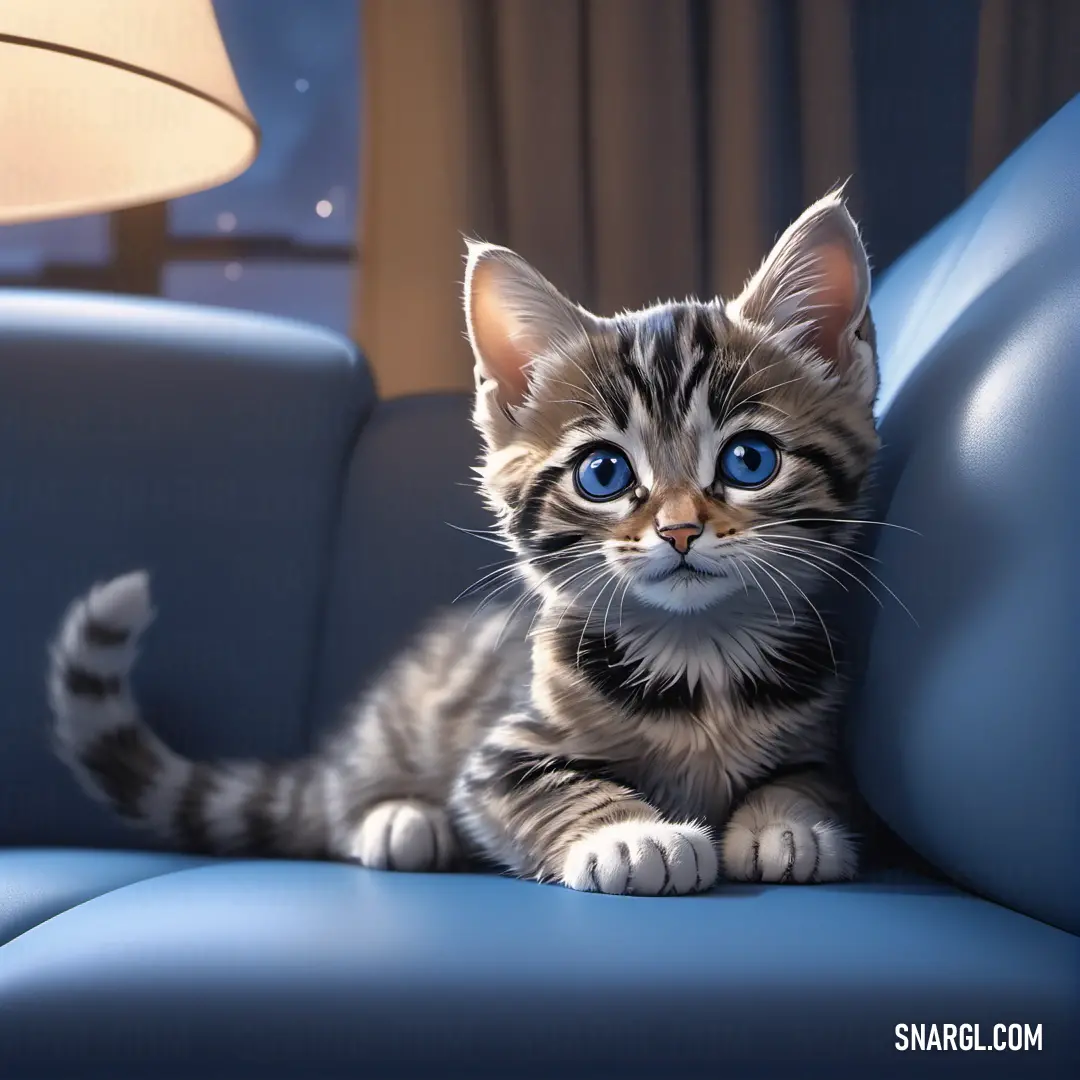
See these colors in NCS, PANTONE, RAL palettes...
What are some of the myths and legends about cats in different cultures and religions?
Some cultures revered them as gods or guardians, while others feared them as demons or harbingers of bad luck.
Here are some examples of cat folklore from around the world:
In ancient Egypt, cats were worshipped as sacred animals and associated with the goddess Bastet, who represented fertility, protection, and love.
Killing a cat was punishable by death, and many cats were mummified and buried with their owners.In Japanese folklore, the "bakeneko" is a cat with supernatural abilities, such as shape-shifting, speaking human language, and bringing ill fortune.
Some bakeneko are said to be the result of cats living for a long time or growing a long tail.In Norse mythology, the goddess Freyja, who symbolized love, beauty, and fertility, rode a chariot pulled by two giant cats.
Cats were also thought to bring good luck to sailors and farmers.In medieval Europe, cats were often associated with witchcraft and the devil, and persecuted as evil creatures.
Black cats were especially feared as signs of bad luck or curses.
Some people believed that cats could steal the breath of babies or cause the plague.In some Native American tribes, such as the Hopi and the Zuni, cats were considered as spirit helpers and messengers.
In South America, there is a legend of a cat-like creature called the "carbunclo", who has a jewel on its forehead and can lead miners to hidden treasures.
However, the carbunclo is also very elusive and can disappear in a flash of light.
Example of the color palette for the image of Cat
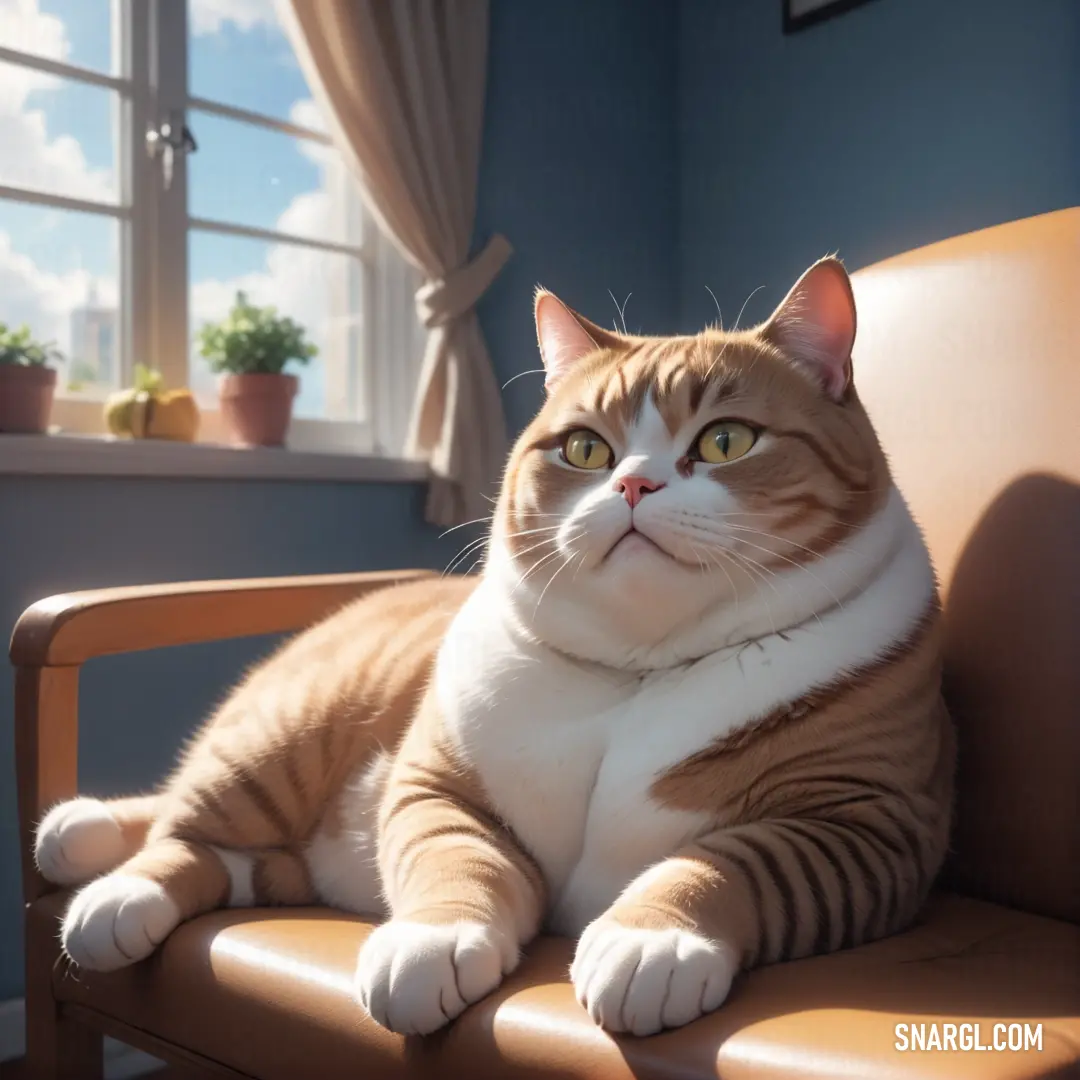
See these colors in NCS, PANTONE, RAL palettes...
Example of the color palette for the image of Cat
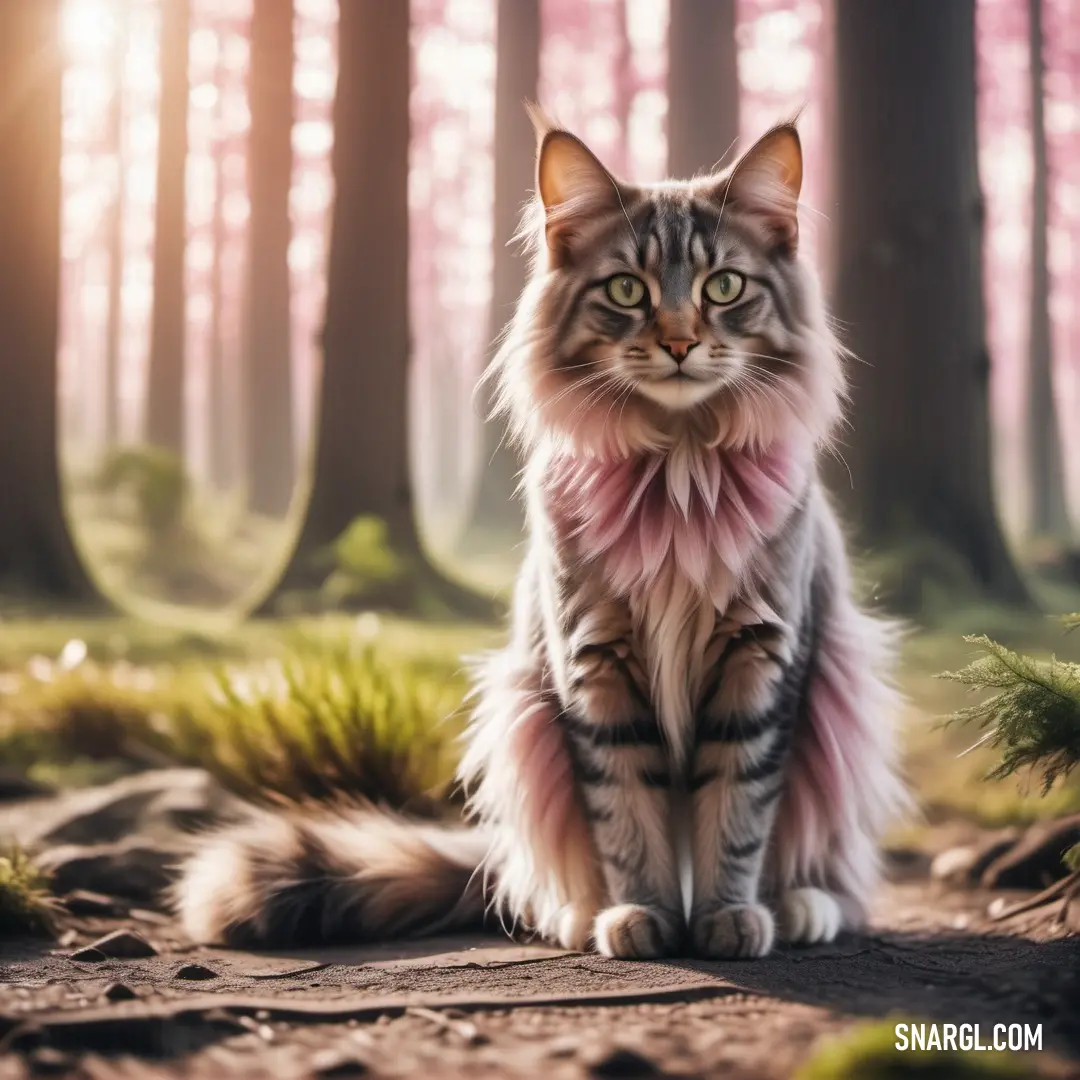
See these colors in NCS, PANTONE, RAL palettes...
What are some of the records and achievements of cats in history and in modern times?
They have also achieved some remarkable feats and set some impressive records in history and in modern times.
Here are some examples of the records and achievements of cats:
The largest litter of kittens ever born to a domestic cat was 19, in 1970 to a Burmese-Siamese cross in the UK.
The heaviest cat ever recorded was Himmy, an Australian cat who weighed 21.3 kg (46 lb 15 ½ oz) when he died in 1986.
However, this record was discontinued to discourage overfeeding of pets.The most expensive wedding for pets was between two cats named Phet and Ploy, who arrived by helicopter and Rolls-Royce respectively, and cost a total of $39,443 in 1996.
The oldest cat café still in existence is Cat Flower Garden, which opened in 1998 in Taipei, Chinese Taipei, and has 15 cats, two dogs, and one bird.
The longest post-earthquake survival by a cat was 80 days, by a cat that was trapped under a message board in the rubble of a collapsed building in Taiwan in 1999.
The newest breed of cat is the Lykoi, also known as the werewolf cat, which was officially recognized by The International Cat Association in 2012.
The largest living cat is Arcturus, a Savannah cat who measured 48.4 cm (19.05 in) tall and 120 cm (47.24 in) long in 2017.
The longest domestic cat ever was Stewie, a Maine Coon who measured 123 cm (48.5 in) from nose to tail in 2010.
The loudest purr by a domestic cat ever was 67.8 dB, by a cat named Merlin in 2015.
The shortest living domestic cat was Lilieput, a Munchkin cat who measured 13.34 cm (5.25 in) from the floor to the shoulders in 2013.
These are just some of the amazing records and achievements of cats.
Example of the color palette for the image of Cat
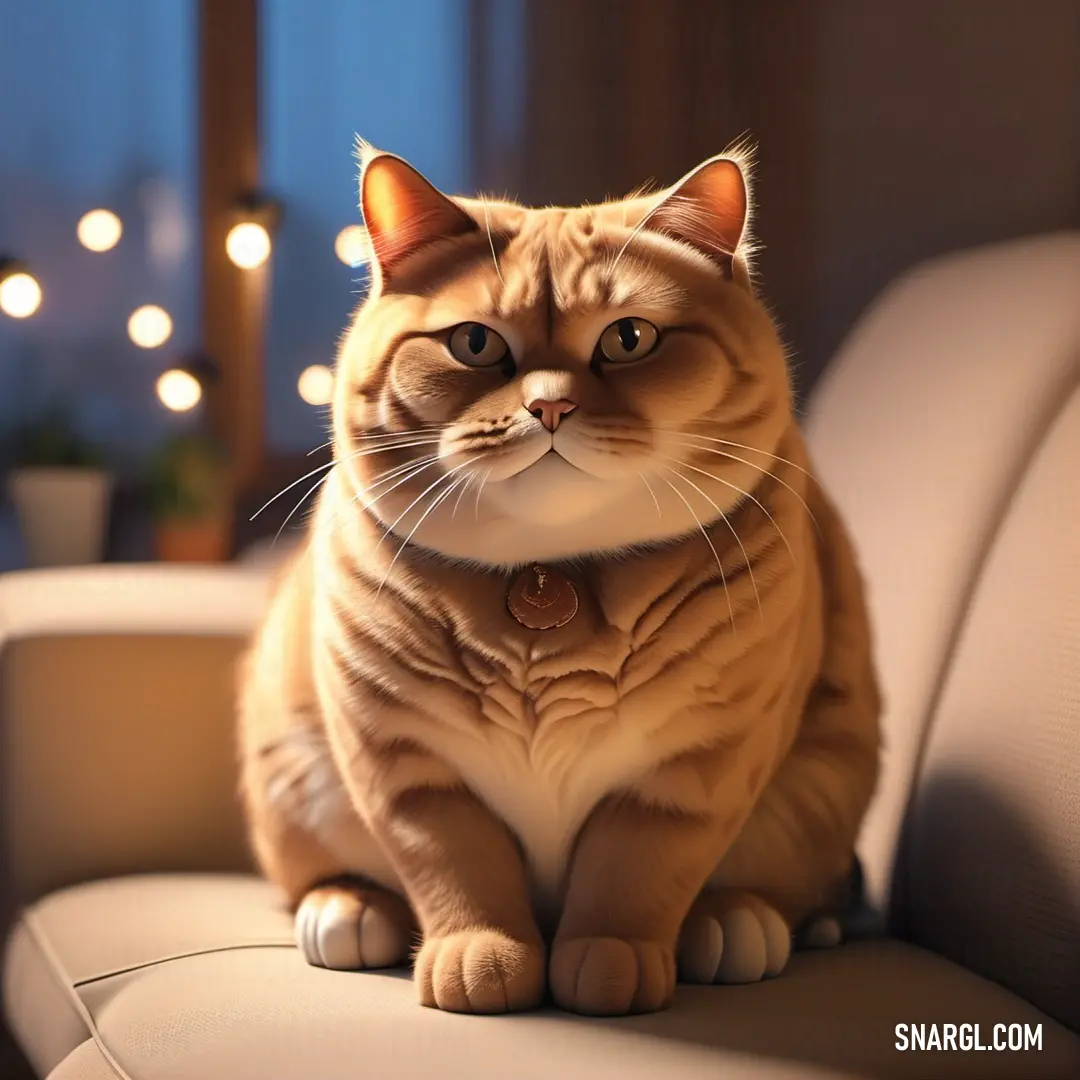
See these colors in NCS, PANTONE, RAL palettes...
Example of the color palette for the image of Cat
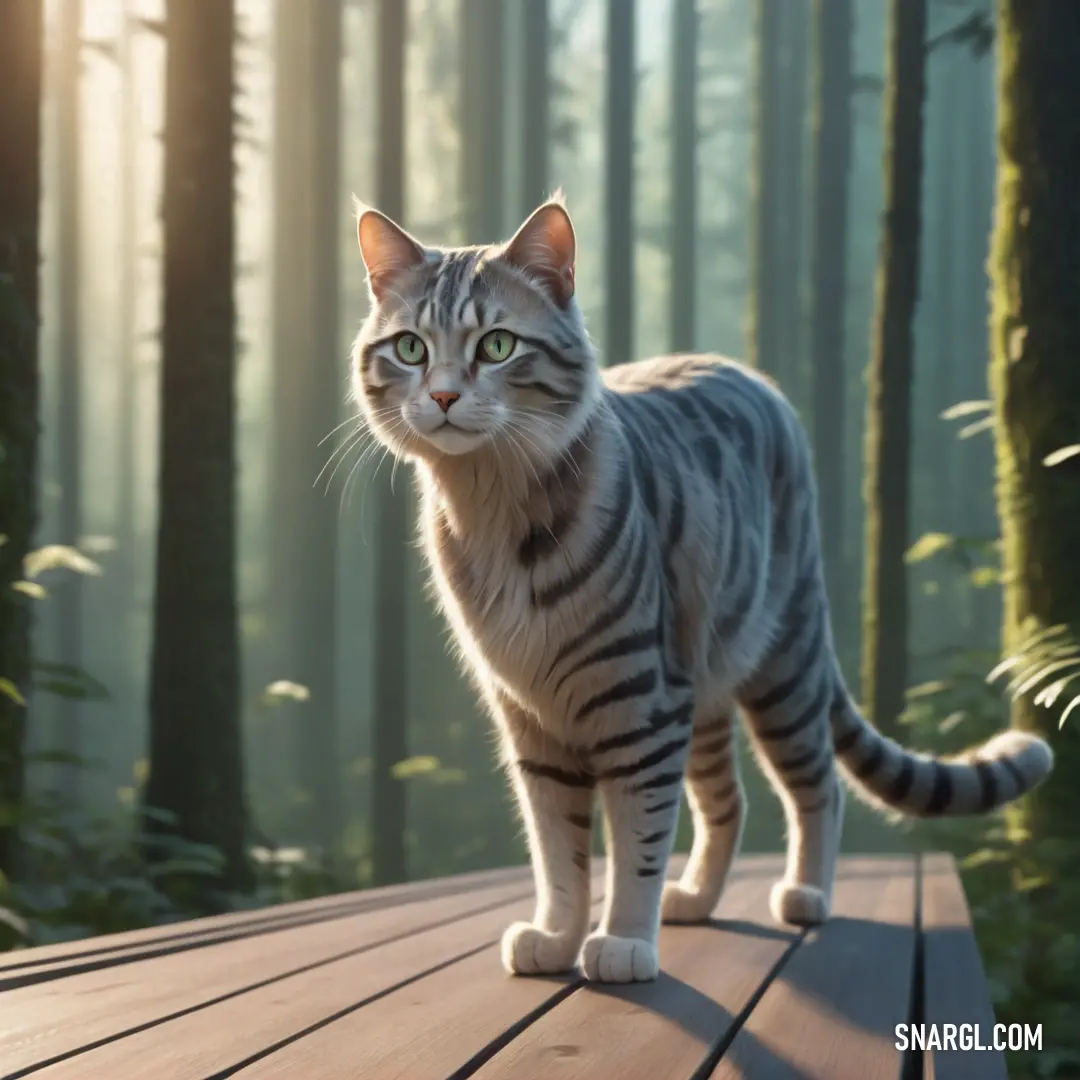
See these colors in NCS, PANTONE, RAL palettes...
How do cats help humans in various fields such as therapy, science, and entertainment?
Here are some examples of how cats help humans in therapy, science, and entertainment:
Therapy: Cats can help reduce stress, anxiety, and depression in people who interact with them.
Cats can also offer emotional support and comfort to people who suffer from trauma, loneliness, or grief.
Some studies have shown that cats can lower blood pressure, improve mood, and enhance social skills in people who participate in animal-assisted interventions.
Cats can also serve as service animals for people with disabilities, such as veterans with post-traumatic stress disorder (PTSD), who experience lower levels of symptoms and higher levels of well-being when they have a service cat.Science: Cats can help advance scientific knowledge and understanding of various topics, such as genetics, behavior, cognition, and health.
They have been used as models for studying human diseases, such as diabetes, cancer, and infectious diseases.
Cats help researchers learn more about the evolution and domestication of animals, as well as the effects of environmental factors on animal welfare.
These ani, als can also contribute to citizen science projects, such as Cat Tracker, which collects data on the movements and activities of outdoor cats.Entertainment: Cats can help enrich the lives of humans by providing amusement, joy, and inspiration.
They are popular subjects for art, literature, music, and film, as they have unique personalities, expressions, and behaviors that appeal to many people.
Cats also be trained to perform tricks, such as jumping, fetching, and playing instruments, which can entertain audiences and showcase their intelligence and skills.
They can also create their own entertainment, such as videos, memes, and games, that can go viral on the internet and social media.
They can improve our mental and physical health, expand our scientific knowledge, and brighten our days with their charm and humor.
Cats are more than just pets; they are friends, helpers, and partners for humans in various fields.
Example of the color palette for the image of Cat
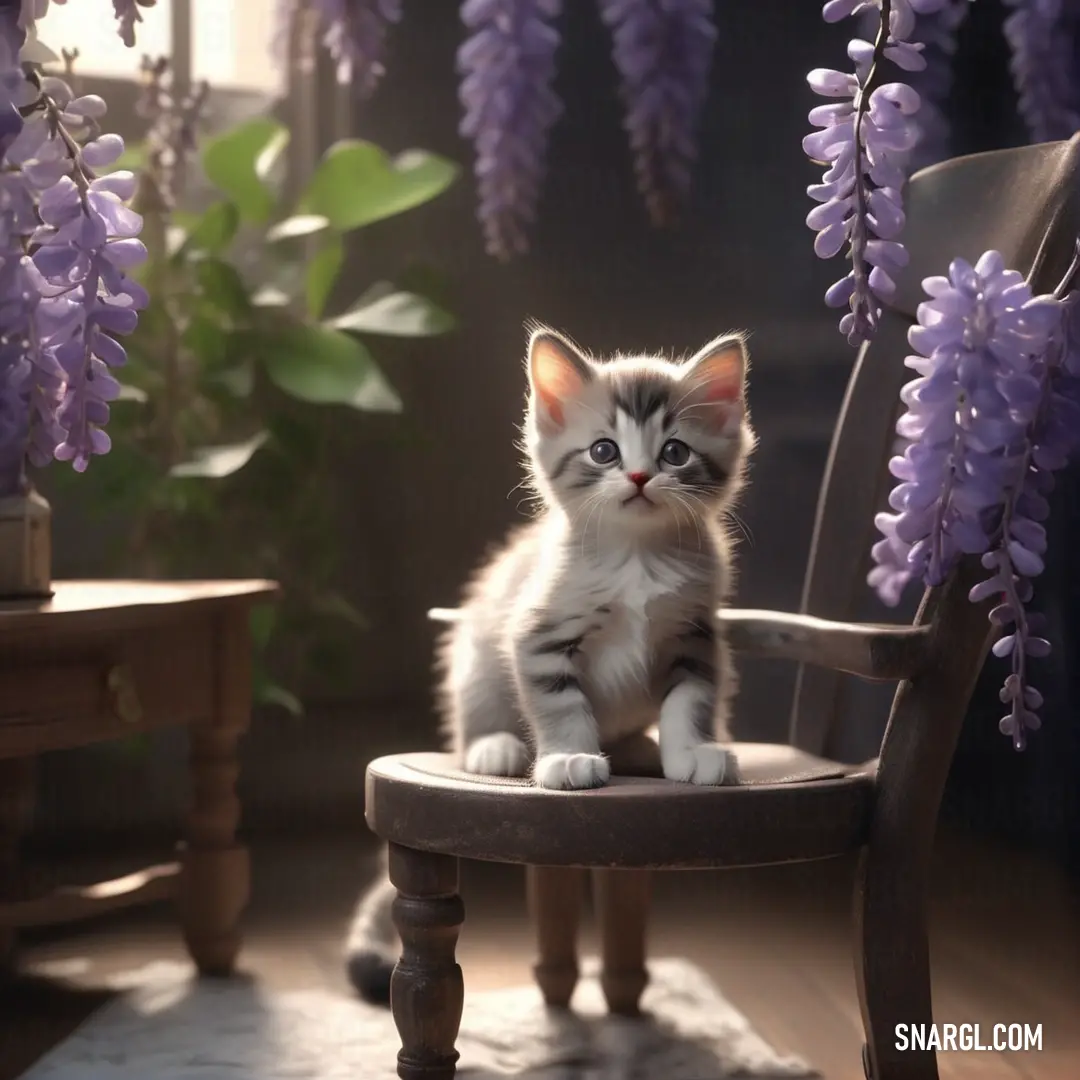
See these colors in NCS, PANTONE, RAL palettes...
What are some of the threats and challenges that cats face in the wild and in urban areas?
Here are some of the main ones:
Poaching and illegal wildlife trade: Some cats, especially big cats like tigers and snow leopards, are hunted for their fur, bones, and other body parts, which are used in traditional medicine or as trophies.
Poaching reduces cat populations and disrupts their social structure.Human-cat conflict: Cats often come into contact with humans and their livestock, which can result in retaliation killings, poisoning, or trapping.
Cats may also prey on domestic animals, which can cause economic losses and resentment among local communities.Habitat loss and fragmentation: Cats need large and connected areas of suitable habitat to find food, shelter, and mates.
However, human activities such as agriculture, logging, mining, and urbanization have reduced and fragmented cat habitats, making them more vulnerable to inbreeding, disease, and competition.Climate change: Cats are sensitive to changes in temperature, precipitation, and seasonality, which can affect their prey availability, distribution, and behavior.
Climate change can also alter cat habitats, forcing them to migrate or adapt to new conditions.Diseases and pollution: Cats can contract diseases from domestic animals, such as rabies, feline leukemia, and canine distemper, which can be fatal or impair their reproduction.
Cats can also ingest pollutants, such as plastics, pesticides, and heavy metals, which can accumulate in their bodies and cause health problems.
Cats play important roles in maintaining ecosystem health and providing benefits to humans, such as pest control and ecotourism.
By saving cats, we are also saving ourselves and the planet.
Example of the color palette for the image of Cat
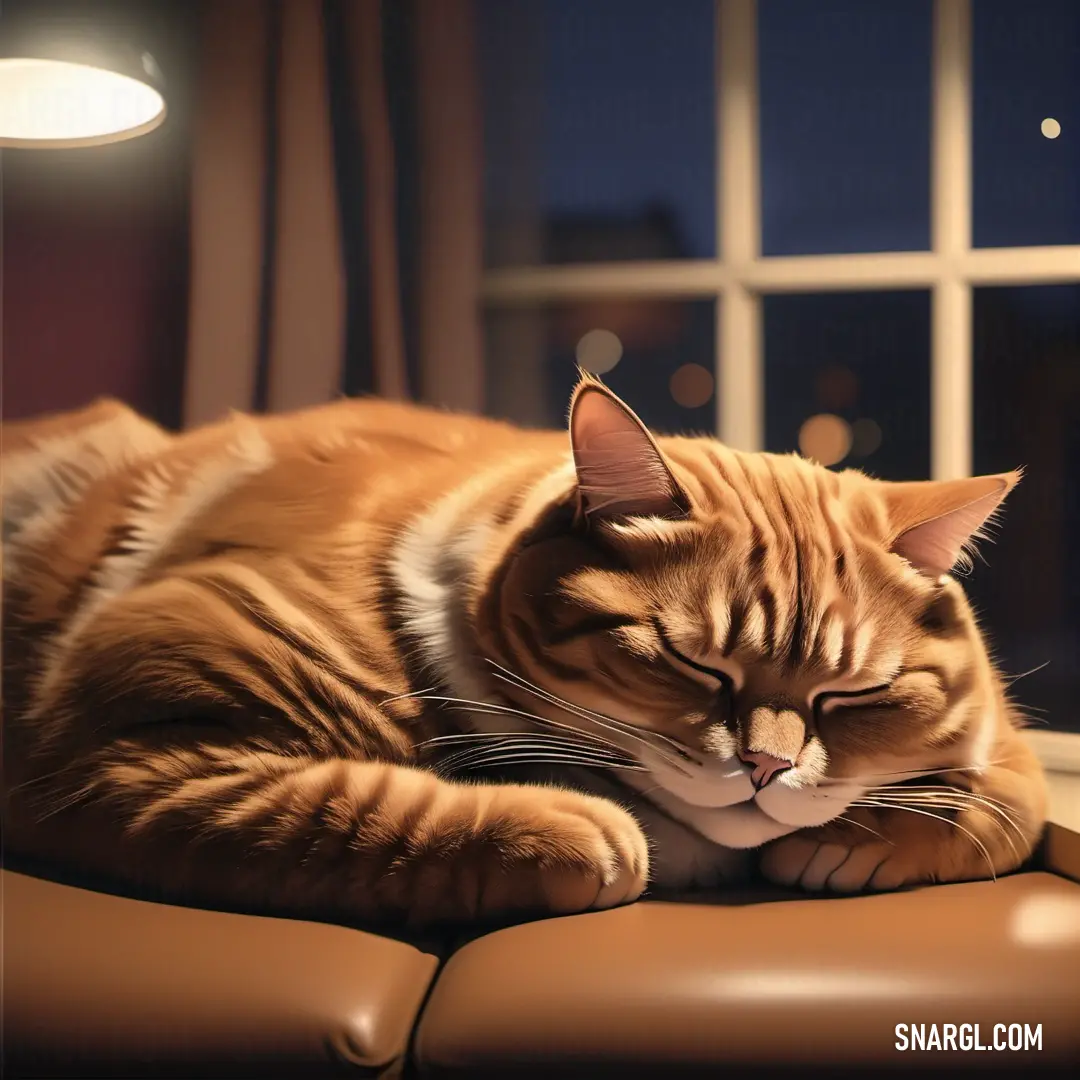
See these colors in NCS, PANTONE, RAL palettes...
How can you support cat welfare and conservation efforts locally and globally?
Here are some possible actions you can take:
Adopt a cat from a shelter or rescue group instead of buying one from a breeder or pet store.
Spay or neuter your cat to prevent unwanted litters and reduce the risk of certain health problems.
Keep your cat indoors or provide a safe outdoor enclosure to protect them from predators, diseases, traffic, and other hazards.
Provide your cat with adequate food, water, shelter, veterinary care, and enrichment.
A healthy and happy cat is less likely to roam, hunt, or cause nuisance.Support local and global organizations that work to improve cat welfare and conservation, such as Humane Society International or International Cat Care.
You can donate, volunteer, or advocate for their causes.Educate yourself and others about the issues facing cats and wildlife, and the benefits of responsible cat ownership.
You can share information, resources, and stories on social media, or join online communities and forums.
Example of the color palette for the image of Cat
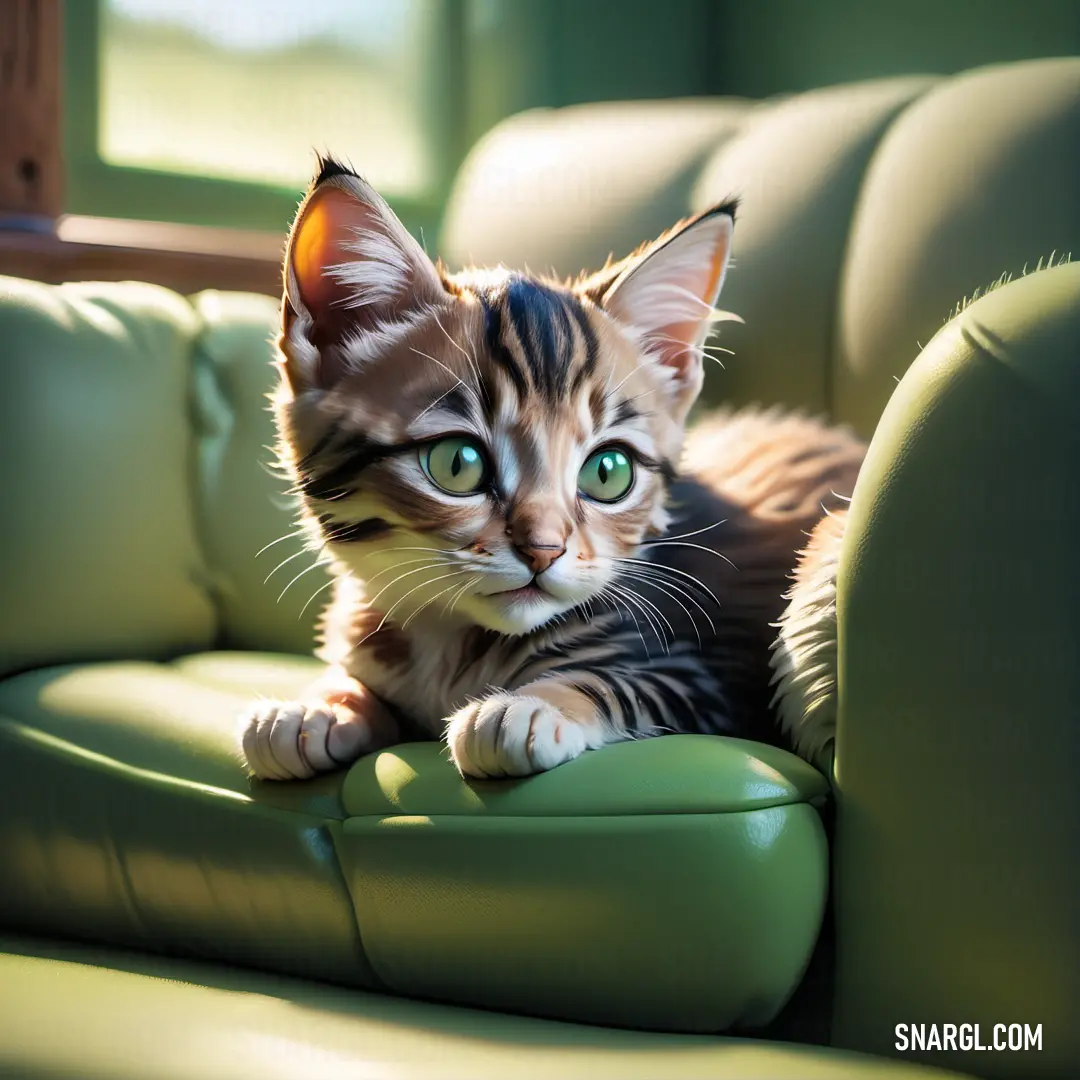
See these colors in NCS, PANTONE, RAL palettes...
What are some of the fun and creative ways that you can celebrate your cat's birthday or adoptiversary?
Here are some ideas:
Throw a cat-themed party.
Invite your friends and their cats (if they get along) and decorate your place with cat balloons, banners, and garlands.
You can also serve cat-shaped cookies, cupcakes, and sandwiches, and give out cat party favors like candy bracelets, catnip toys, or kitty cookies.Make a special cake for your cat.
Bake or buy a cake that is safe and tasty for your cat, such as a fish cake with mashed potato frosting.
Add some candles and sing happy birthday to your cat, but be careful not to let your cat get too close to the flames.Pamper your cat with a spa day.
Treat your cat to a relaxing massage, a grooming session, or a manicure.
You can give your cat a warm bath with some cat shampoo and a soft towel.
Your cat will appreciate the extra attention and care on its special day.Give your cat a new toy or a cat tree.
Surprise your cat with a new toy that it will love, such as a feather wand, a laser pointer, or a squeaky mouse.
You can also make or buy a cat tree that will provide your cat with a place to climb, scratch, and nap.
Your cat will enjoy having something new and fun to play with.Create a maze or a fort for your cat.
Use cardboard boxes, paper bags, or blankets to create a maze or a fort for your cat to explore.
You can also hide some treats, catnip, and small toys inside the maze or fort to make it more exciting for your cat.
Your cat will have a blast finding its way through the obstacles and discovering the hidden goodies.
Example of the color palette for the image of Cat
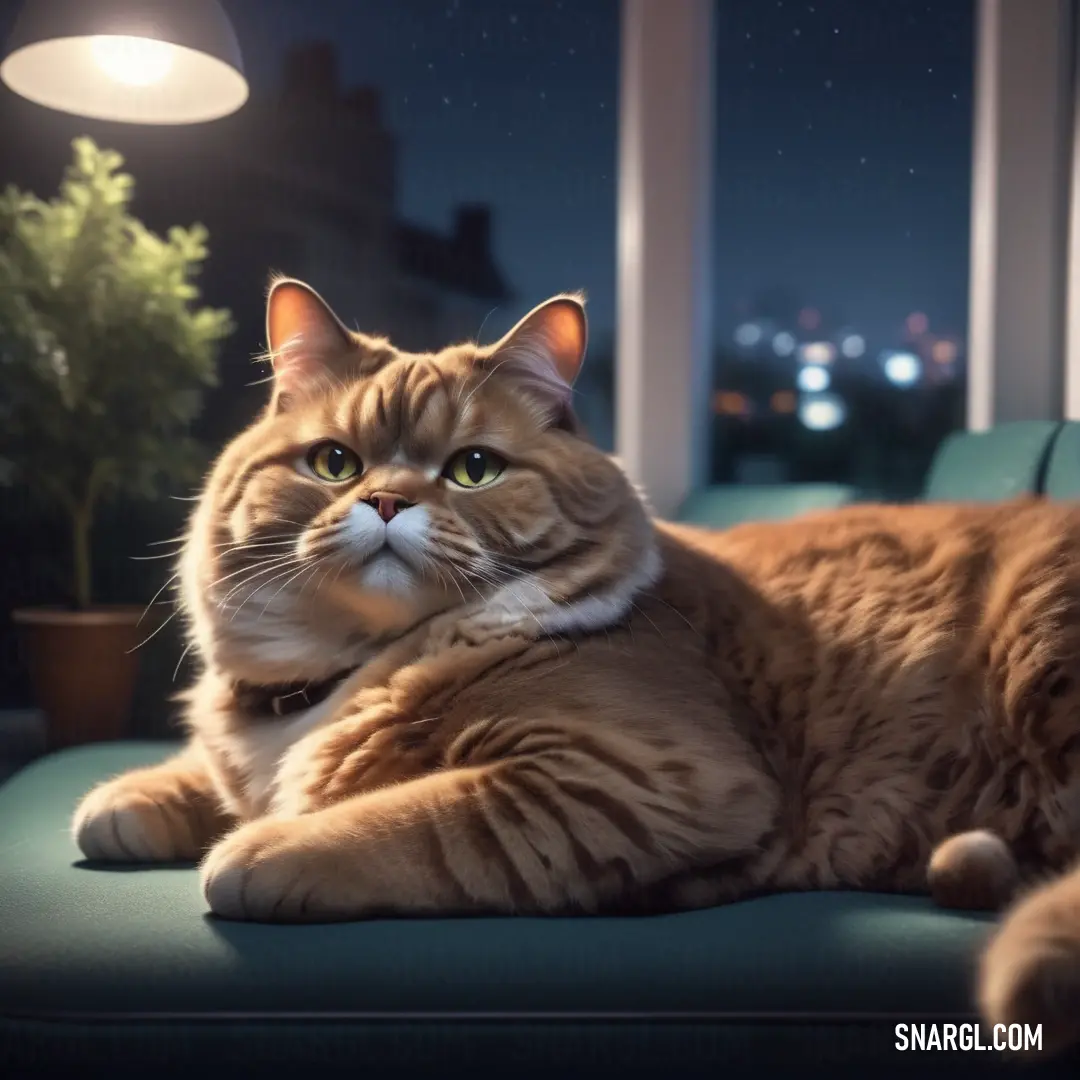
See these colors in NCS, PANTONE, RAL palettes...
What is the scientific name of the domestic cat and what family does it belong to?
The scientific name of the domestic cat is Felis catus.
It belongs to the genus Felis and the family Felidae.
The family Felidae includes all living feline species, such as lions, tigers, jaguars, leopards, pumas, and cheetahs.
The domestic cat is a member of the Felis lineage, which diverged from the other felid lineages about ten to eleven million years ago.
Example of the color palette for the image of Cat
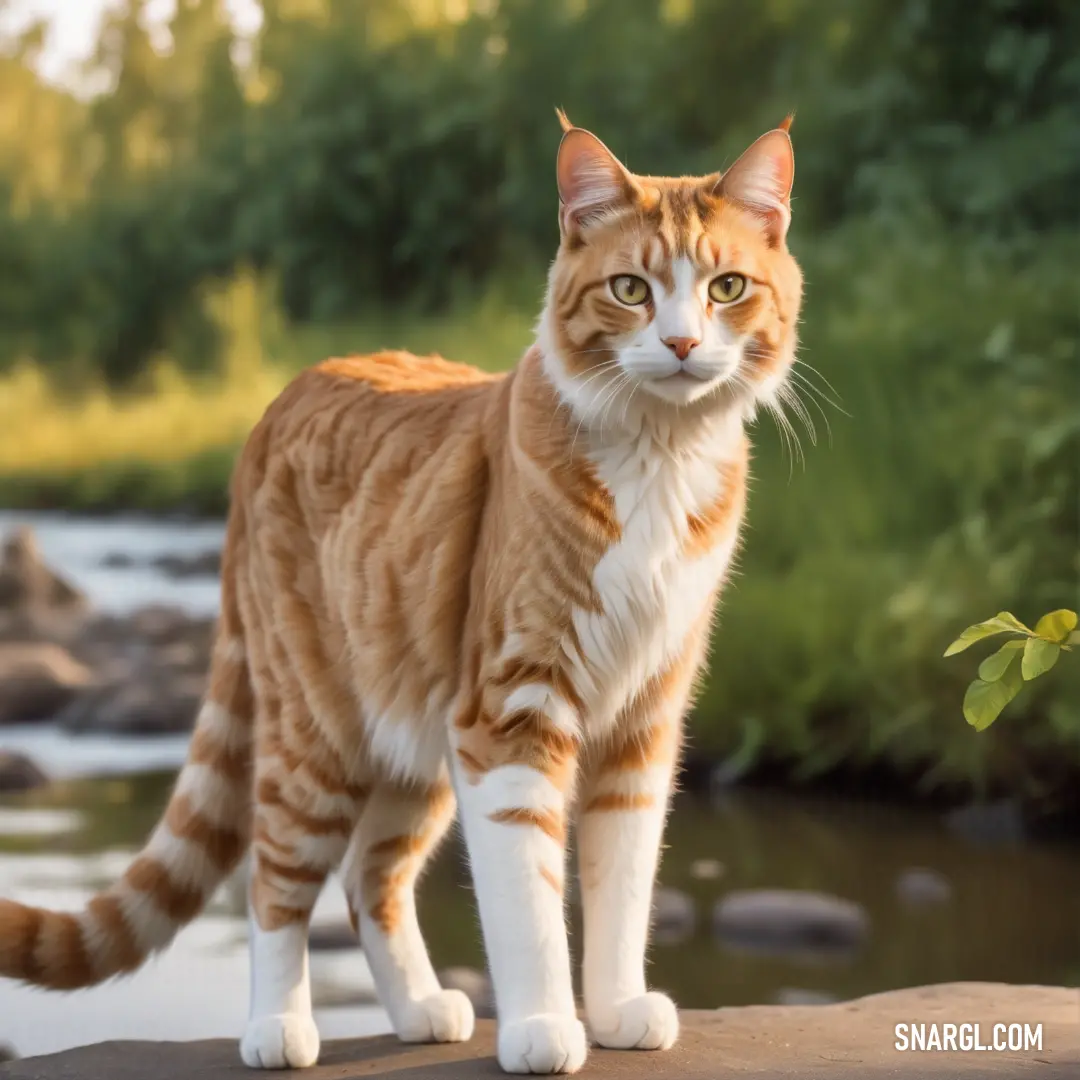
See these colors in NCS, PANTONE, RAL palettes...

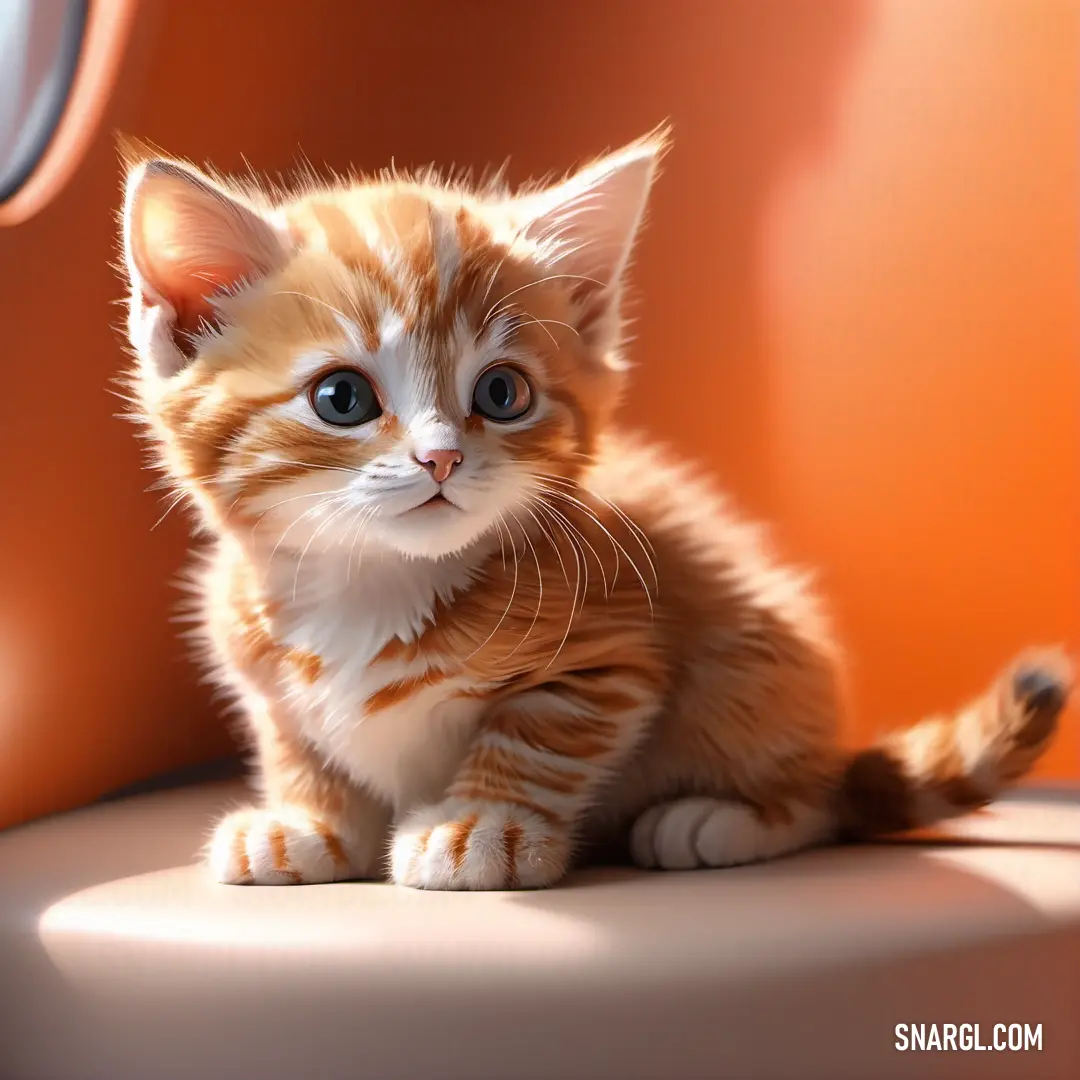
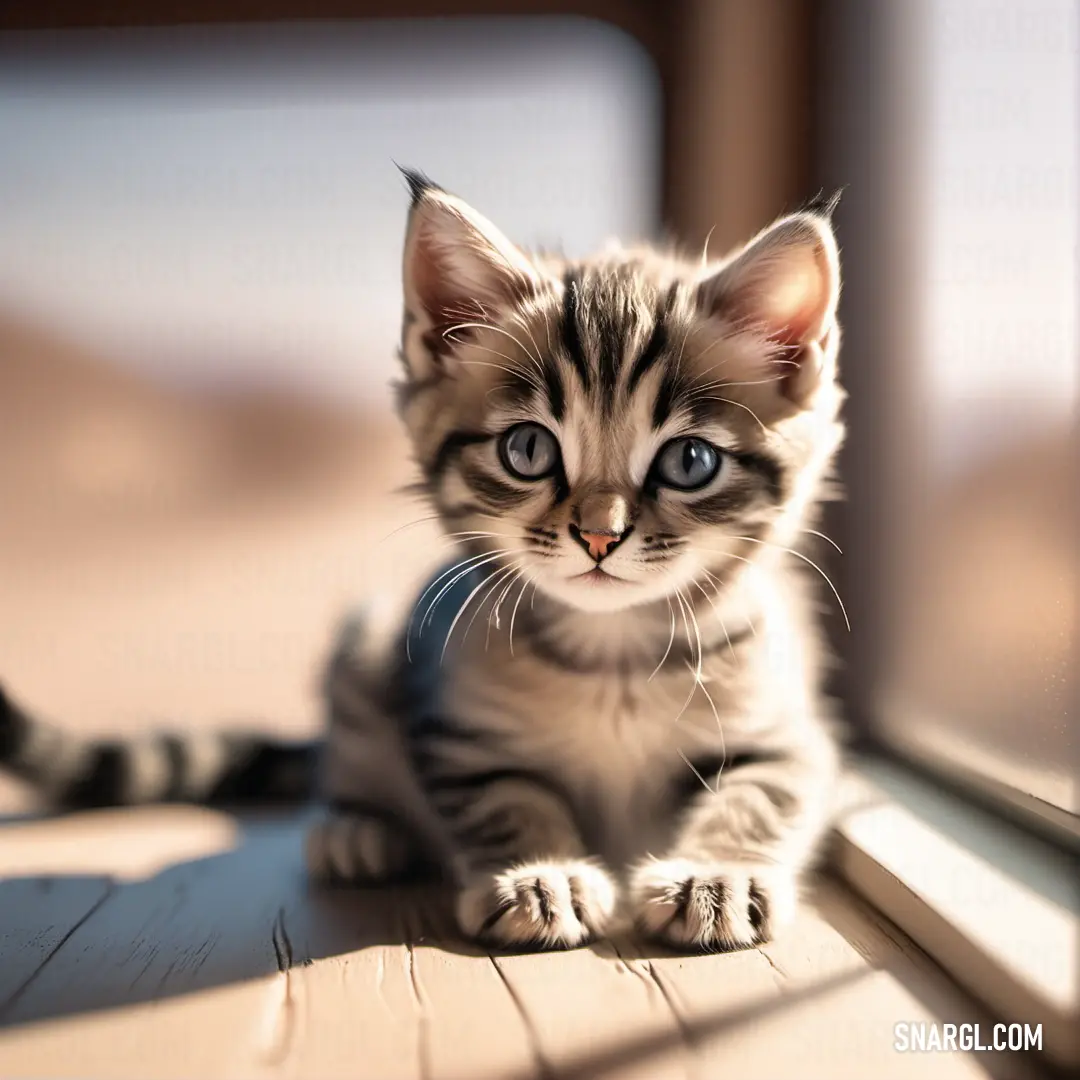
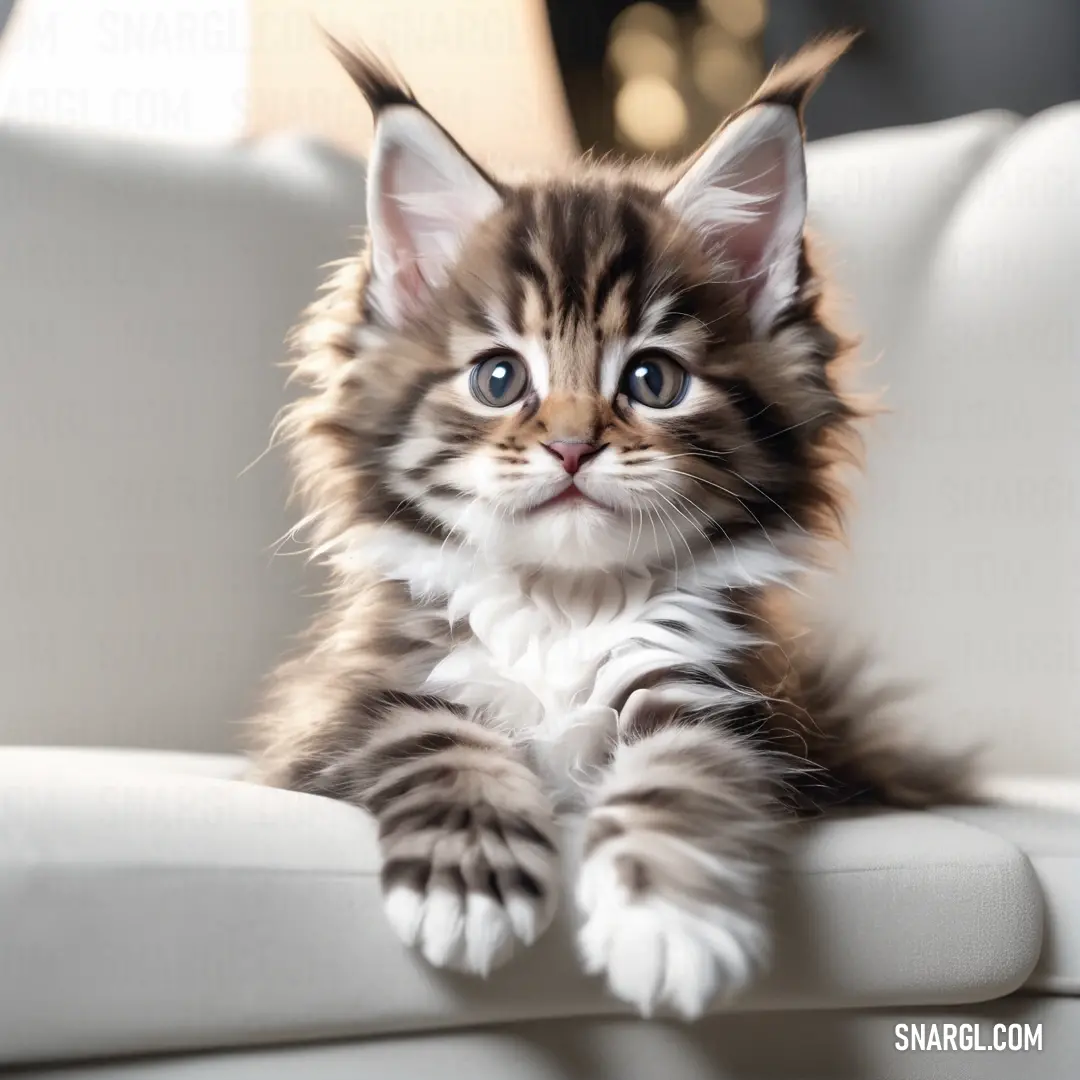
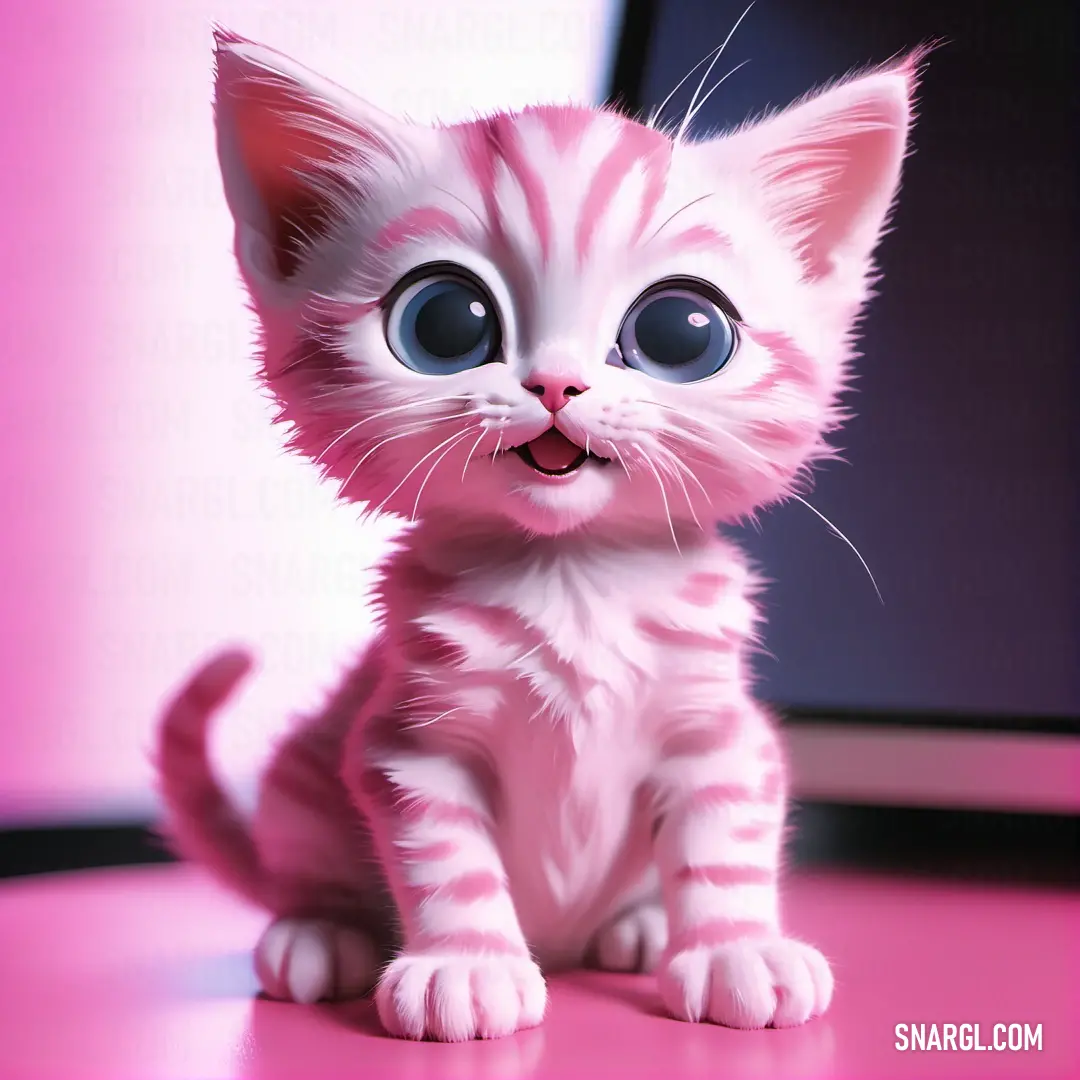
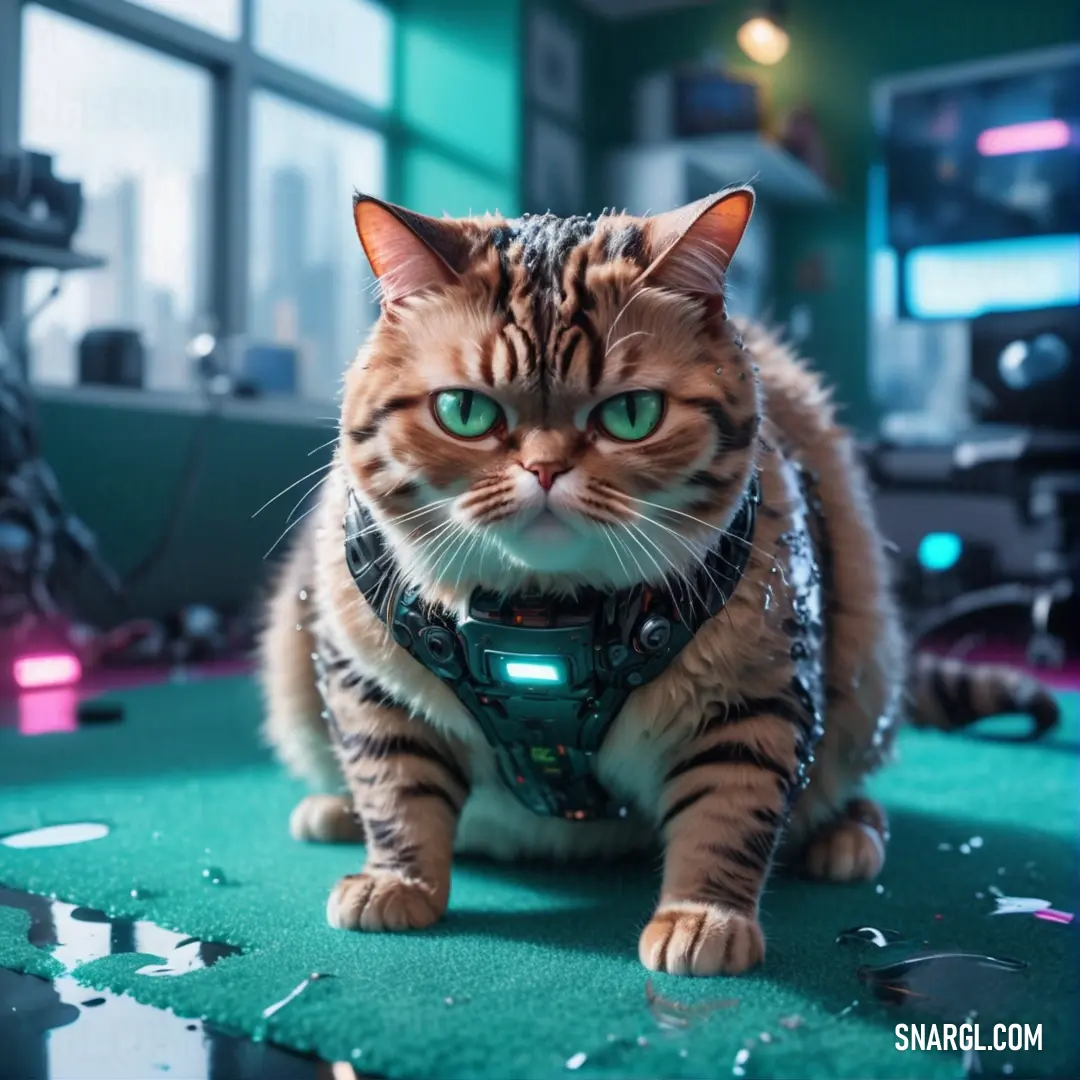
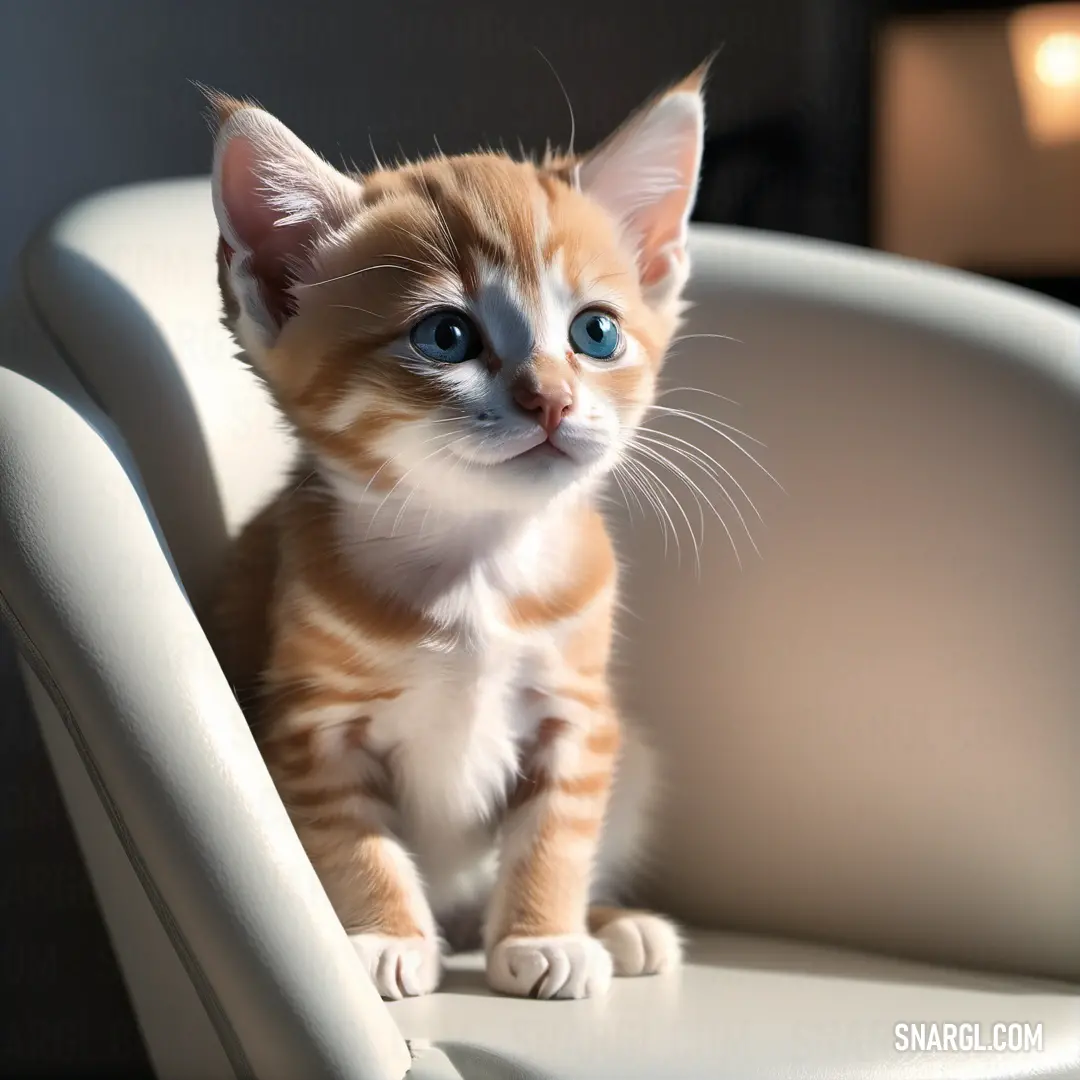
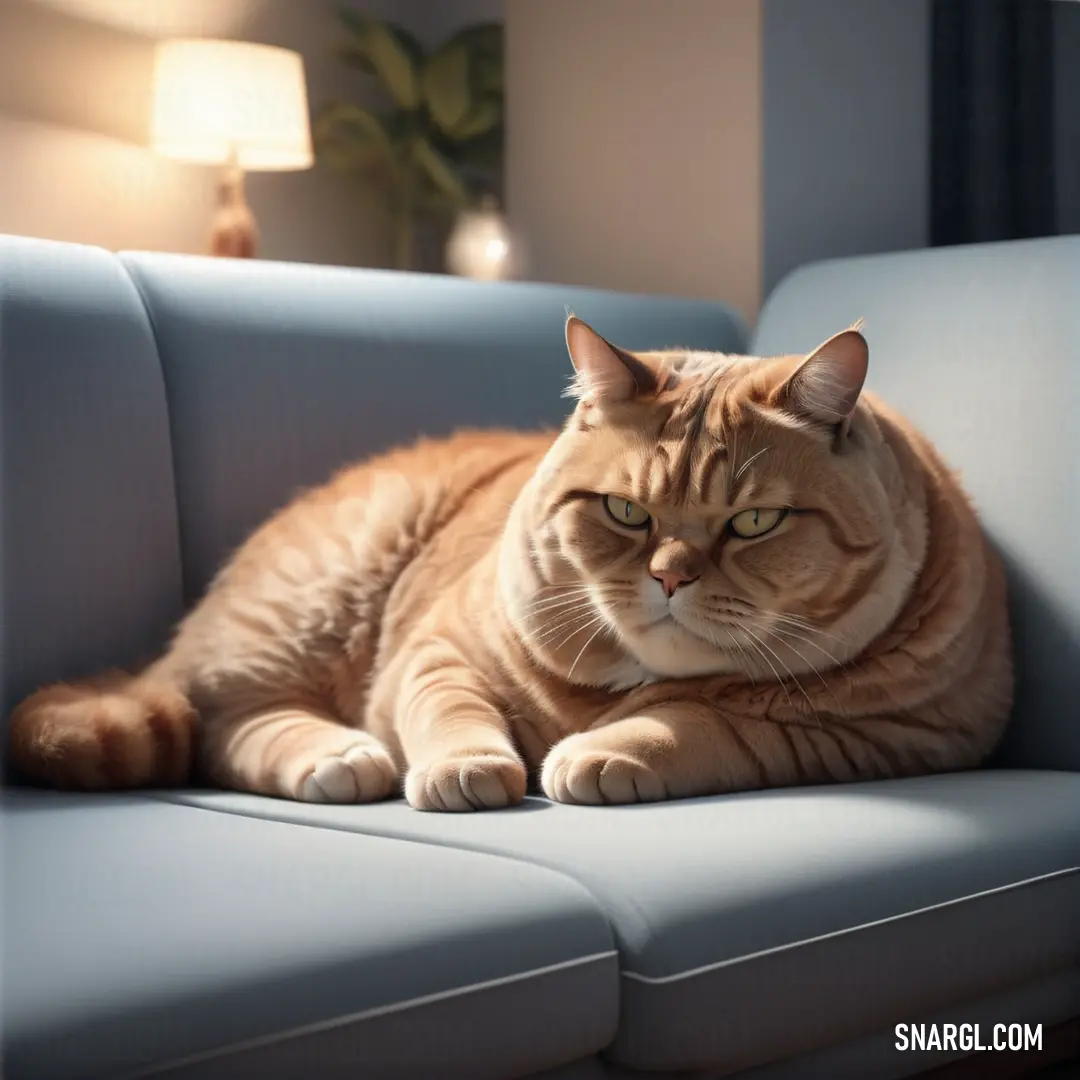
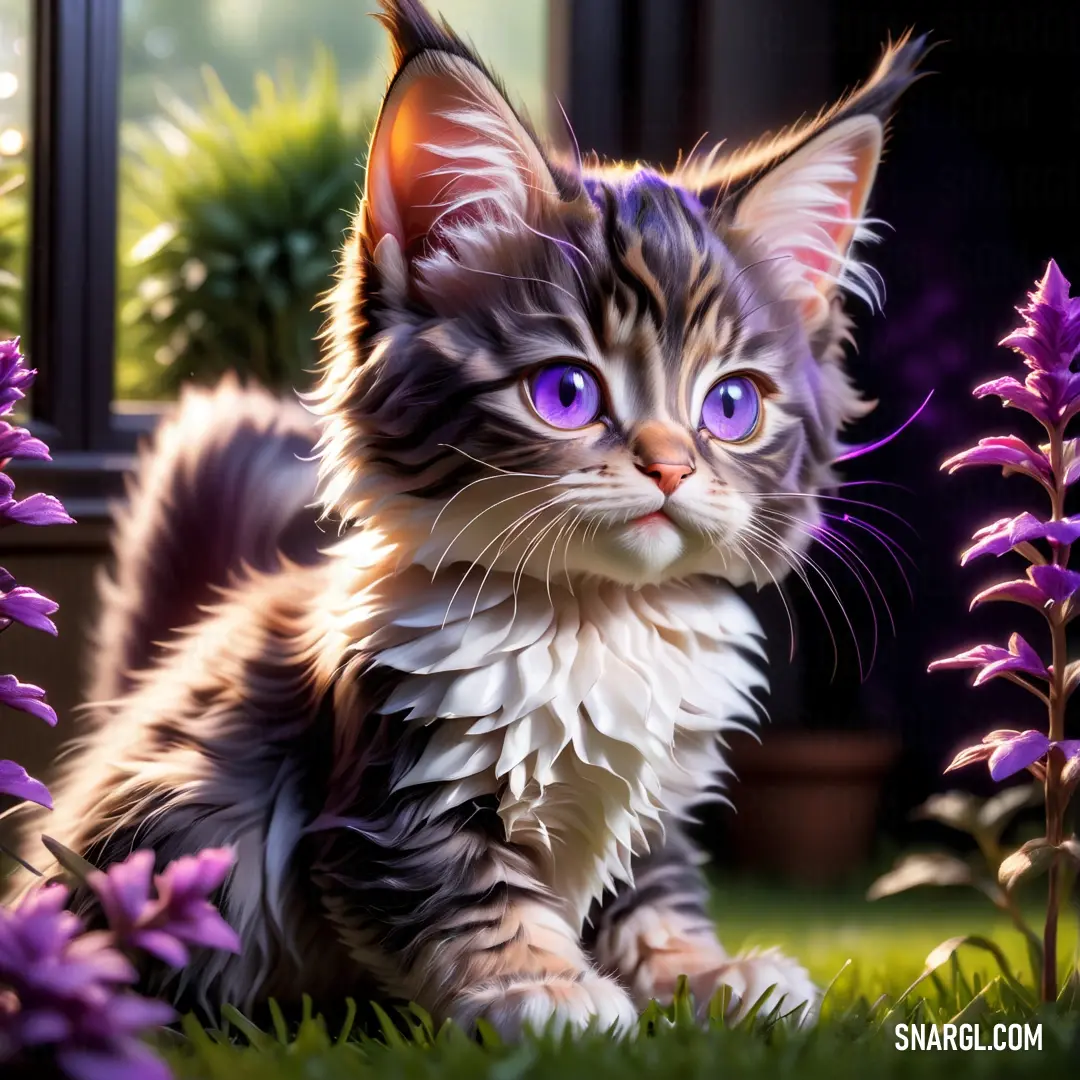
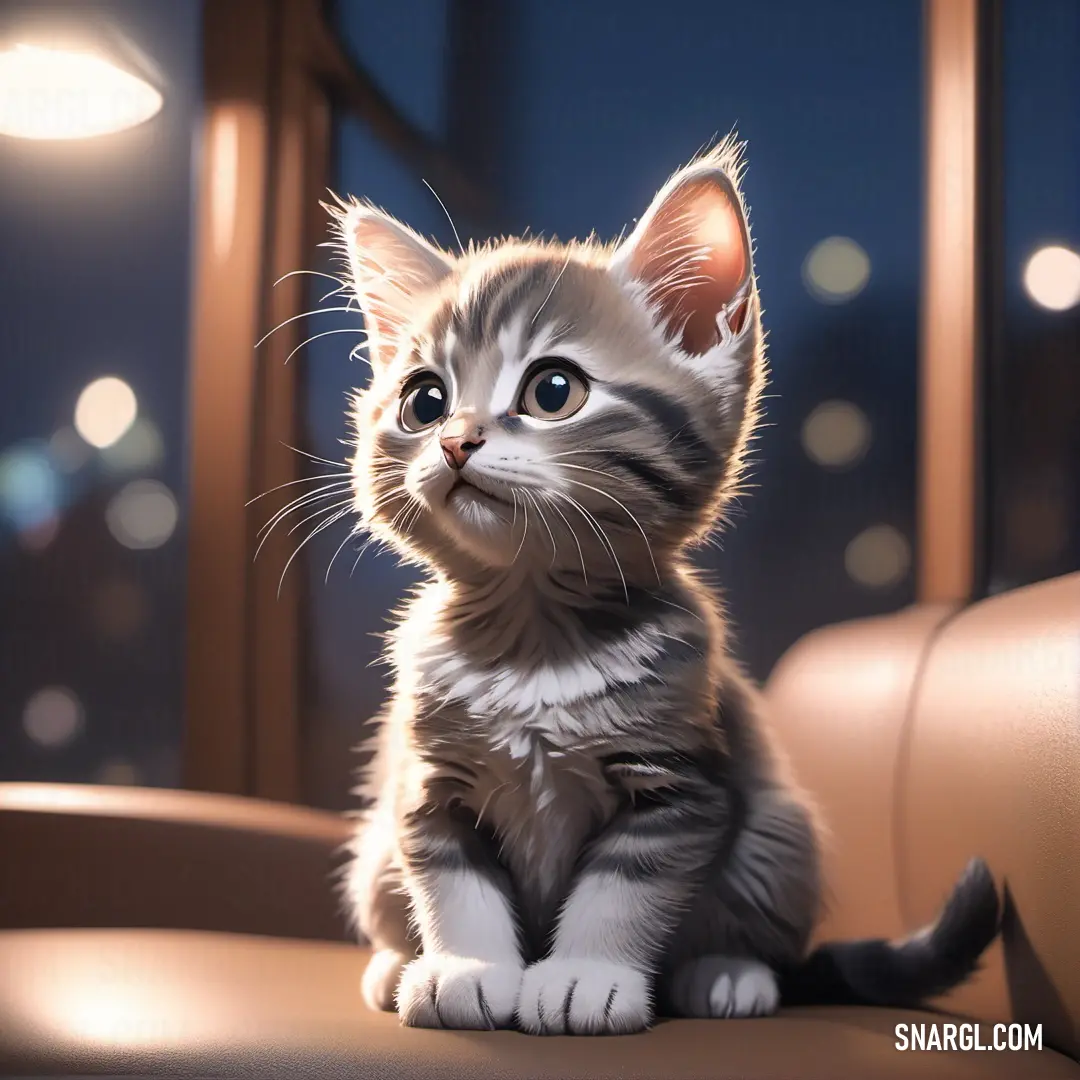
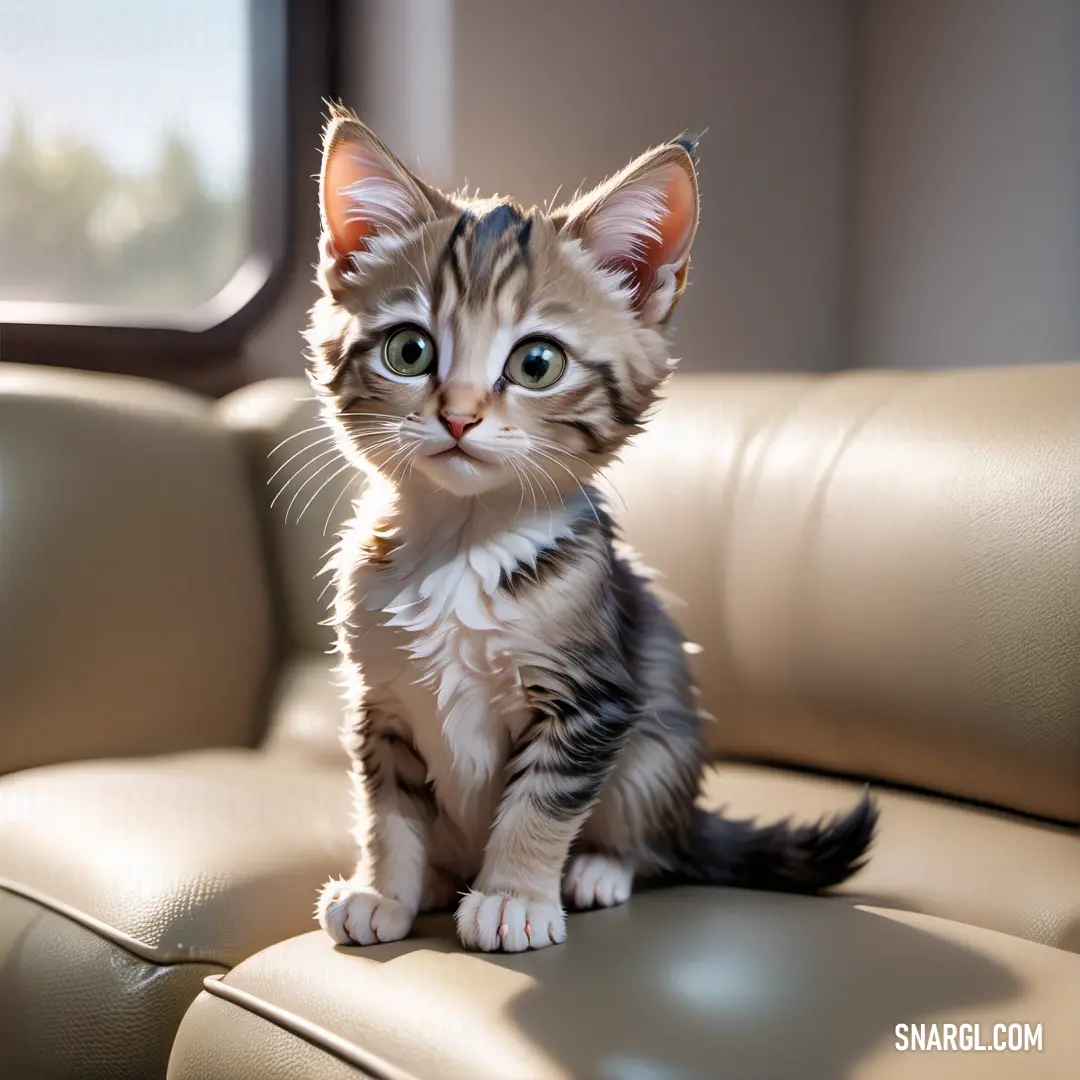
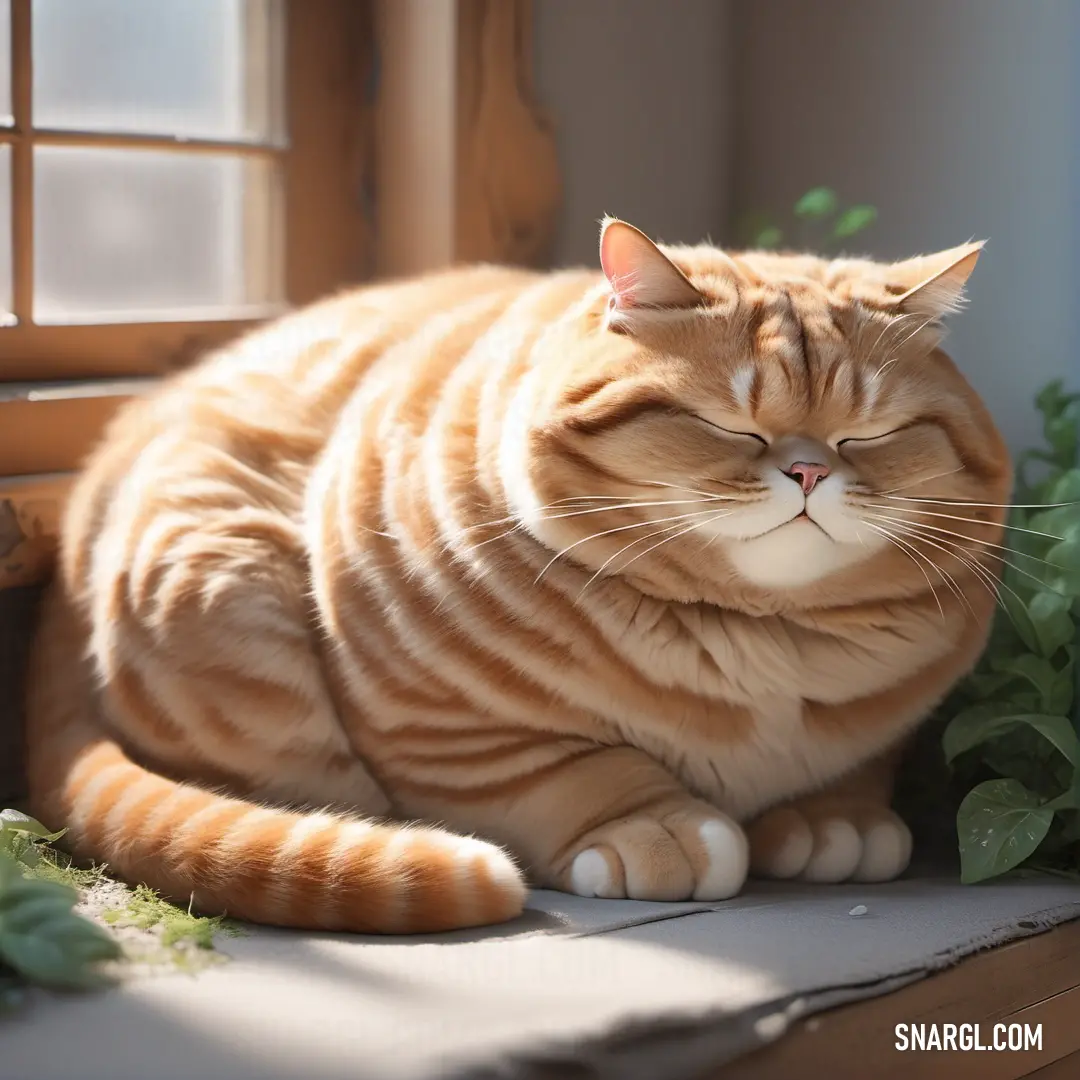
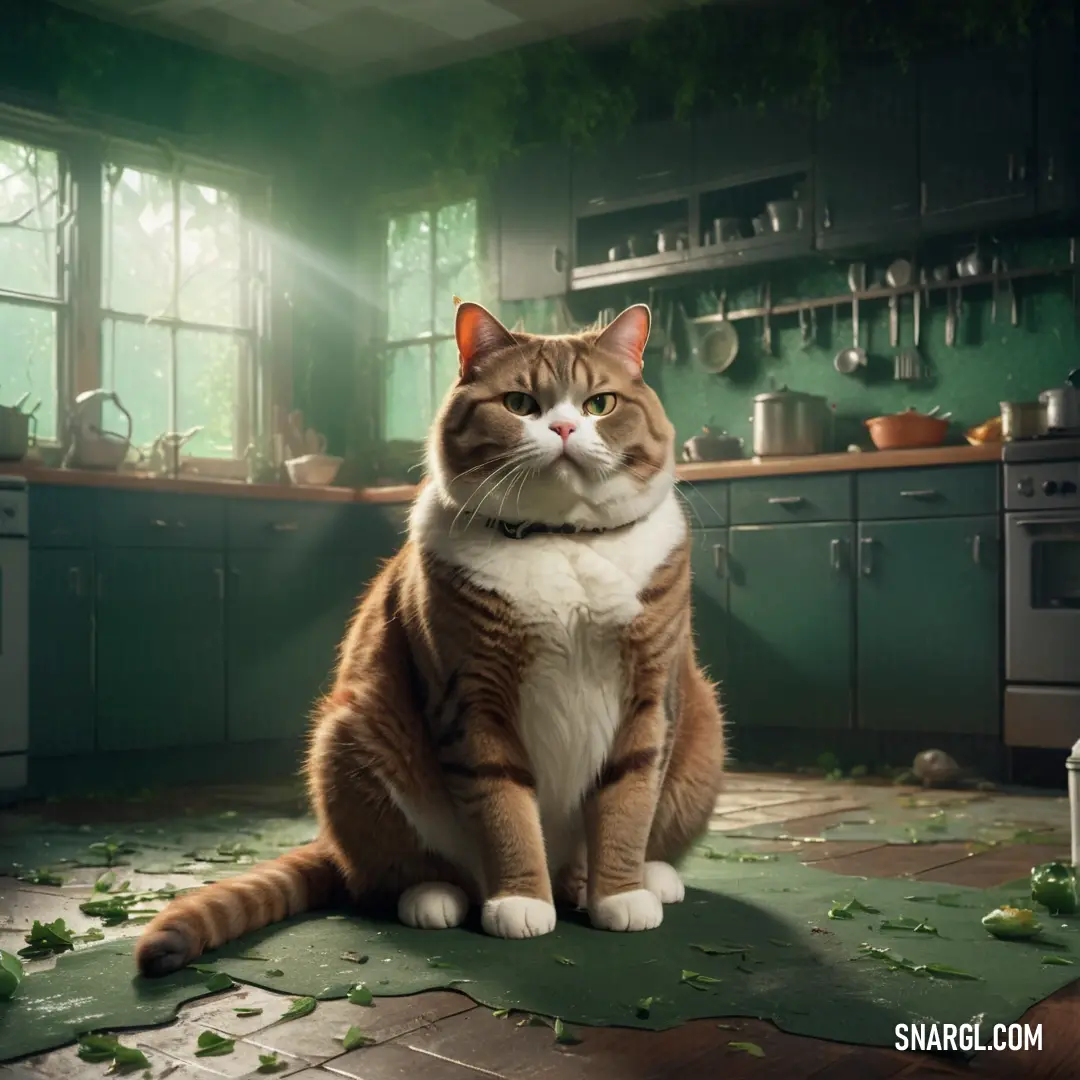
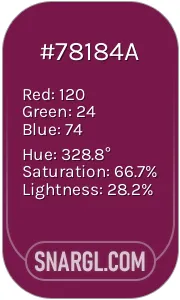 Pansy purple
Pansy purple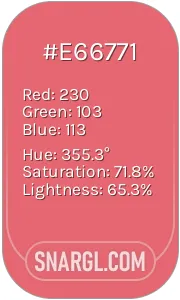 Light carmine pink
Light carmine pink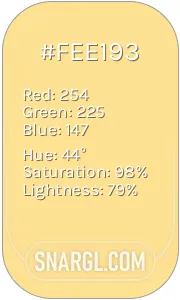 Lemon Cream
Lemon Cream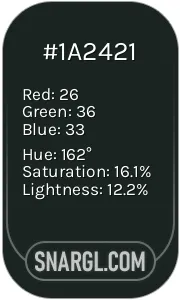 Dark jungle green
Dark jungle green Cornflower blue
Cornflower blue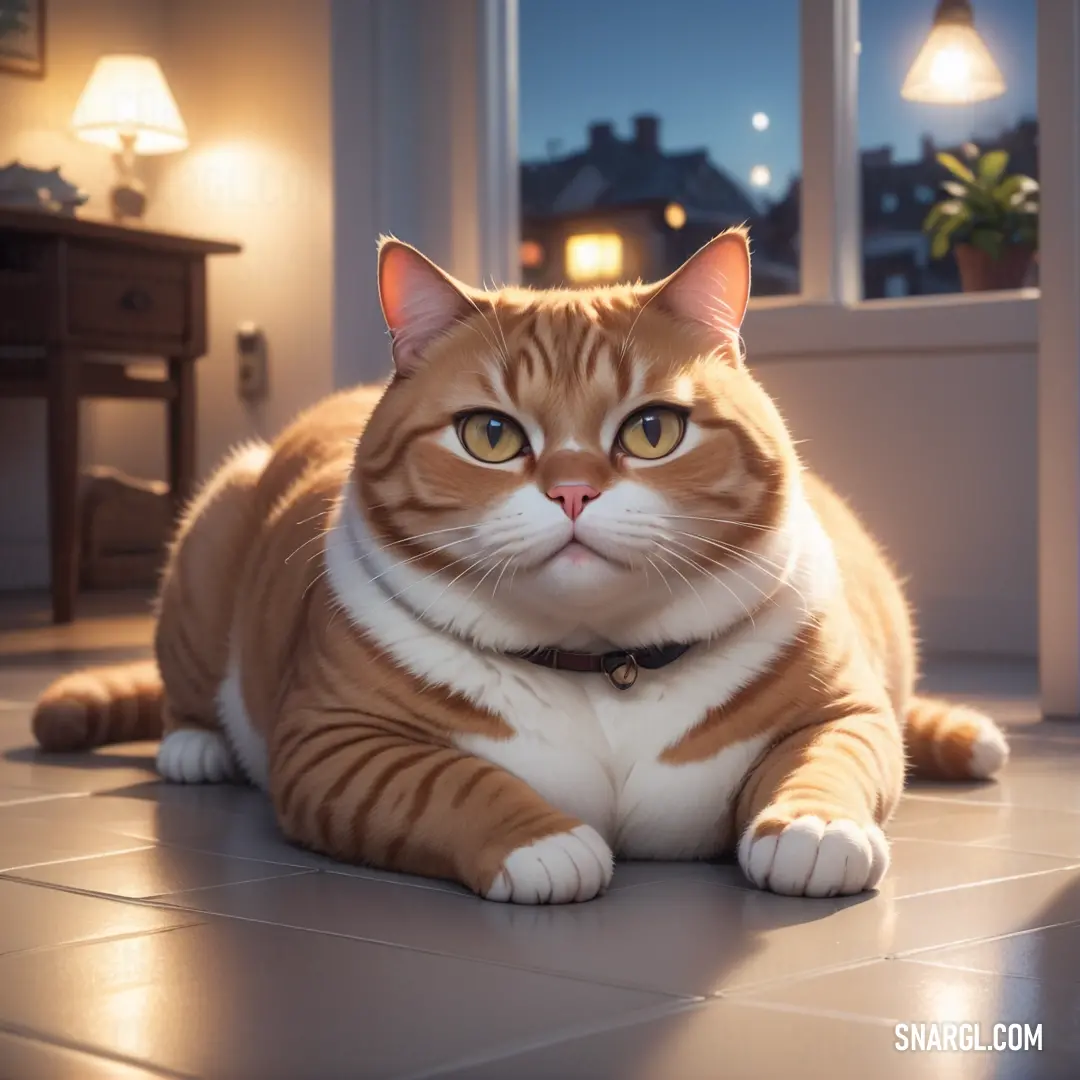
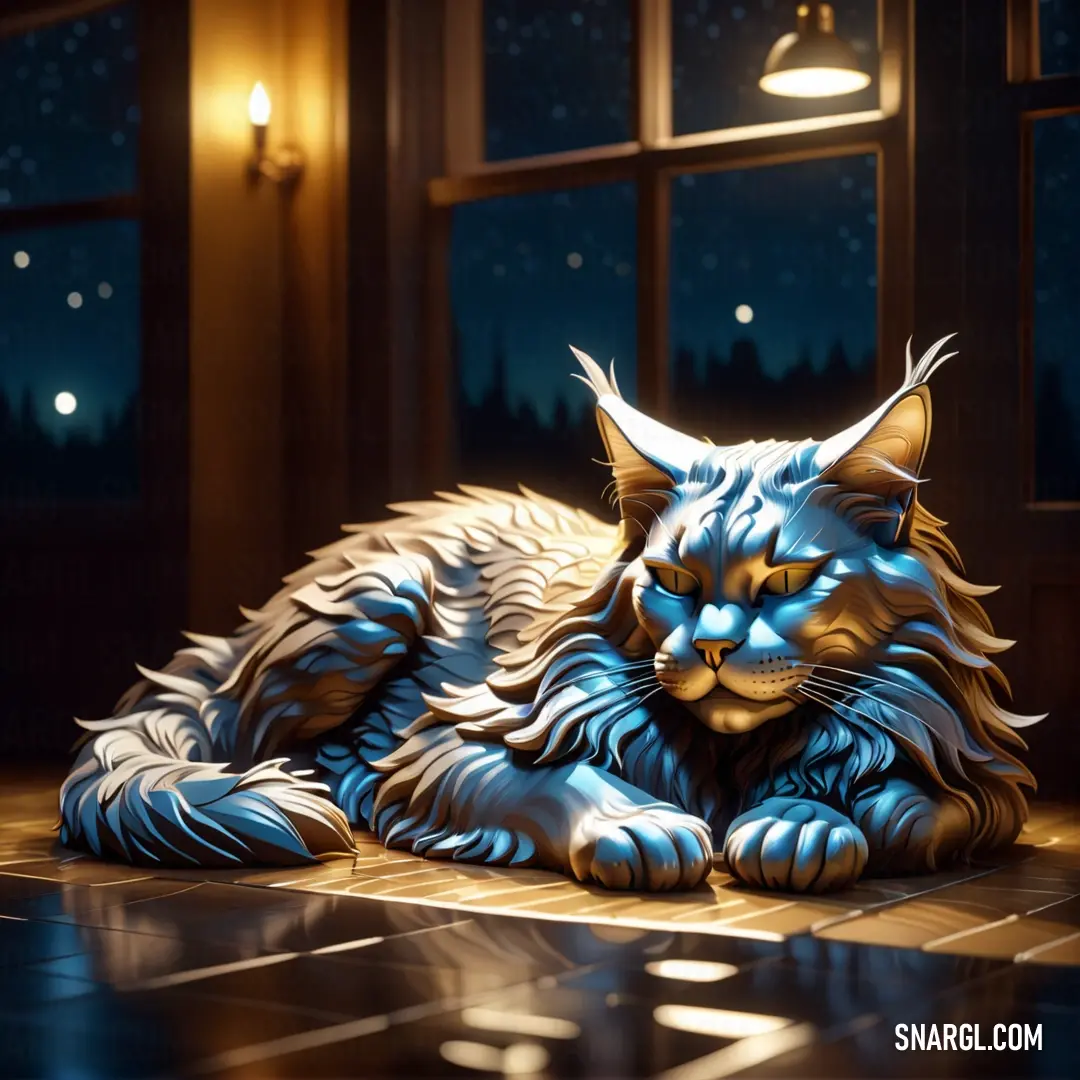
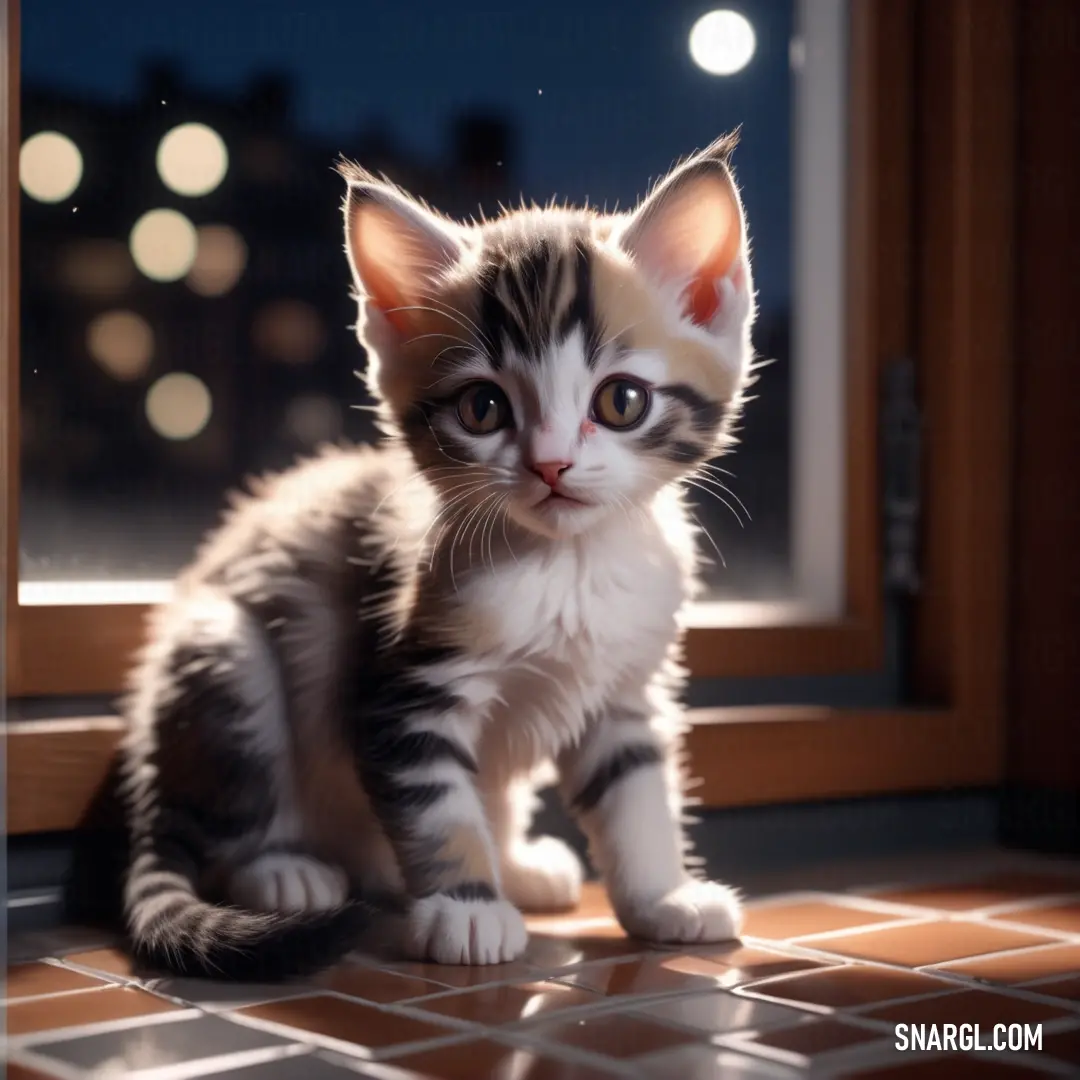
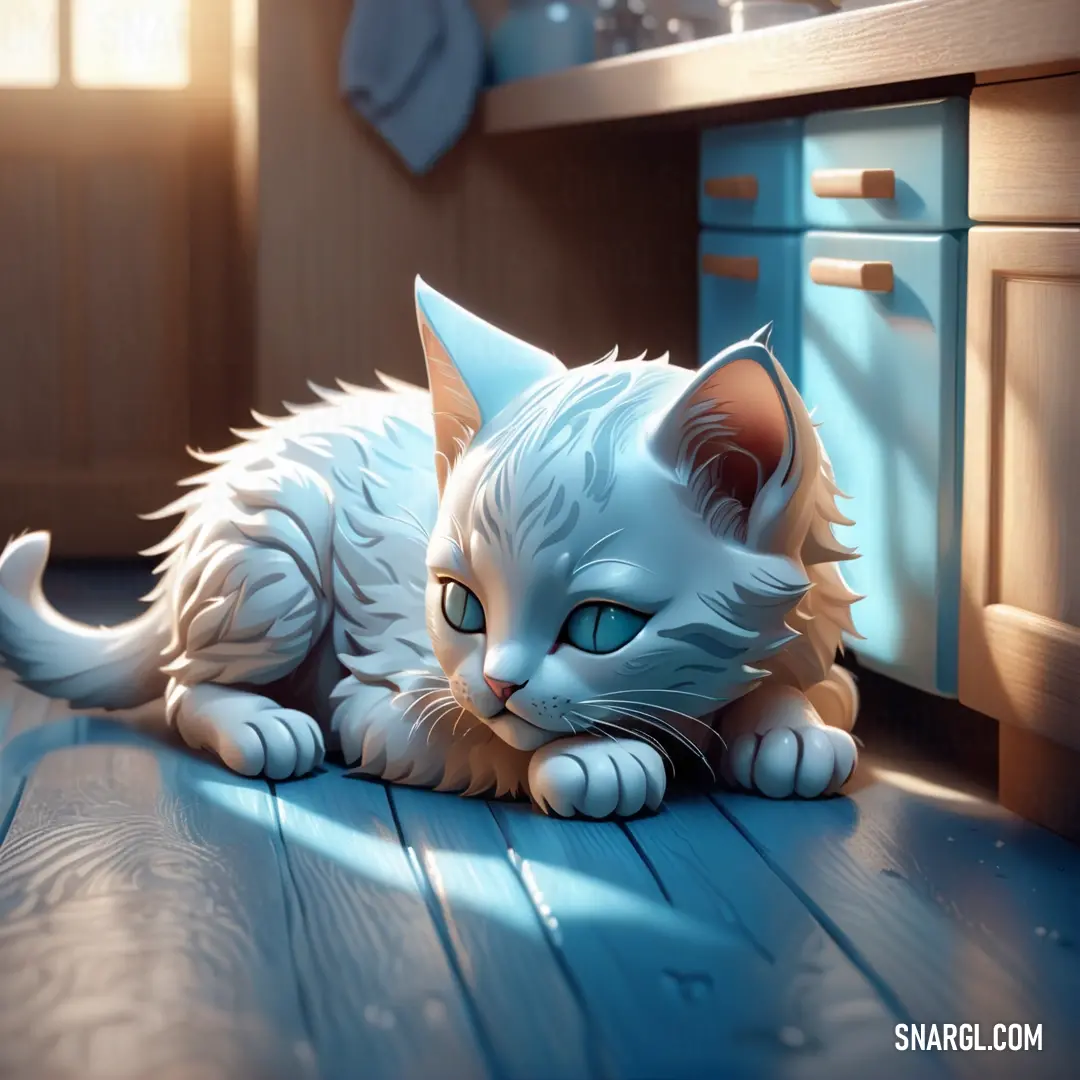
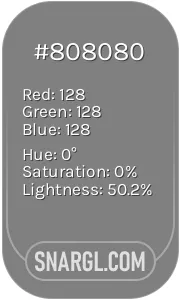 Gray
Gray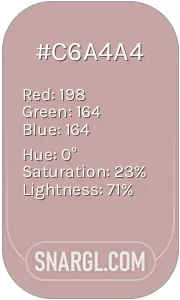 Pale mauve
Pale mauve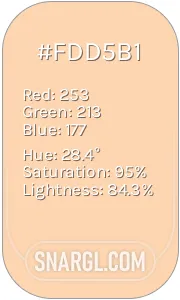 Light apricot
Light apricot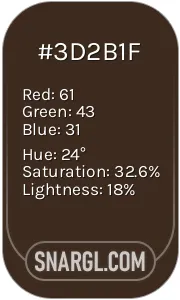 Bistre
Bistre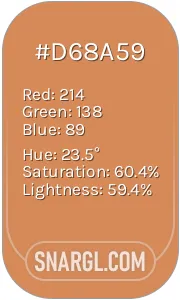 Raw Sienna
Raw Sienna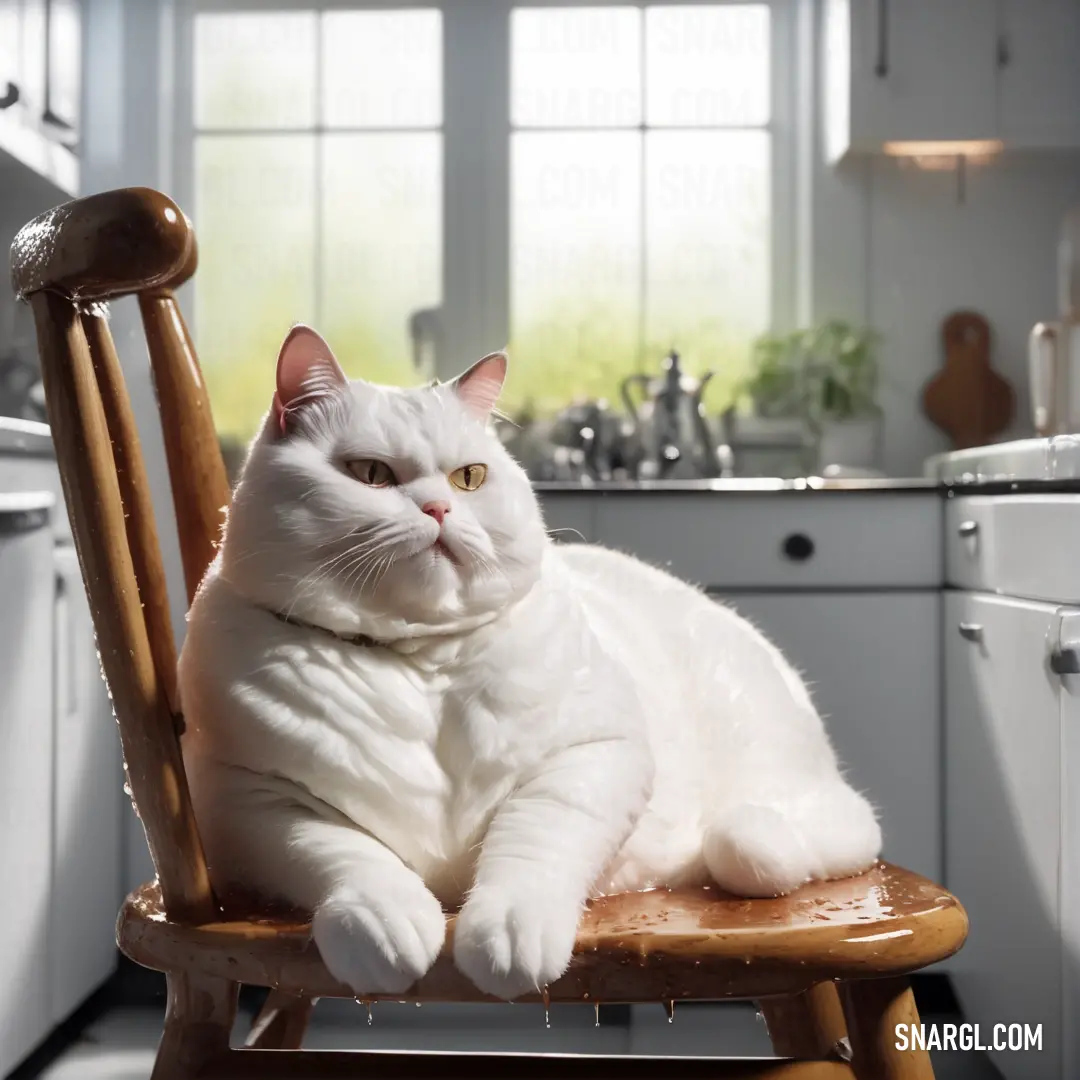
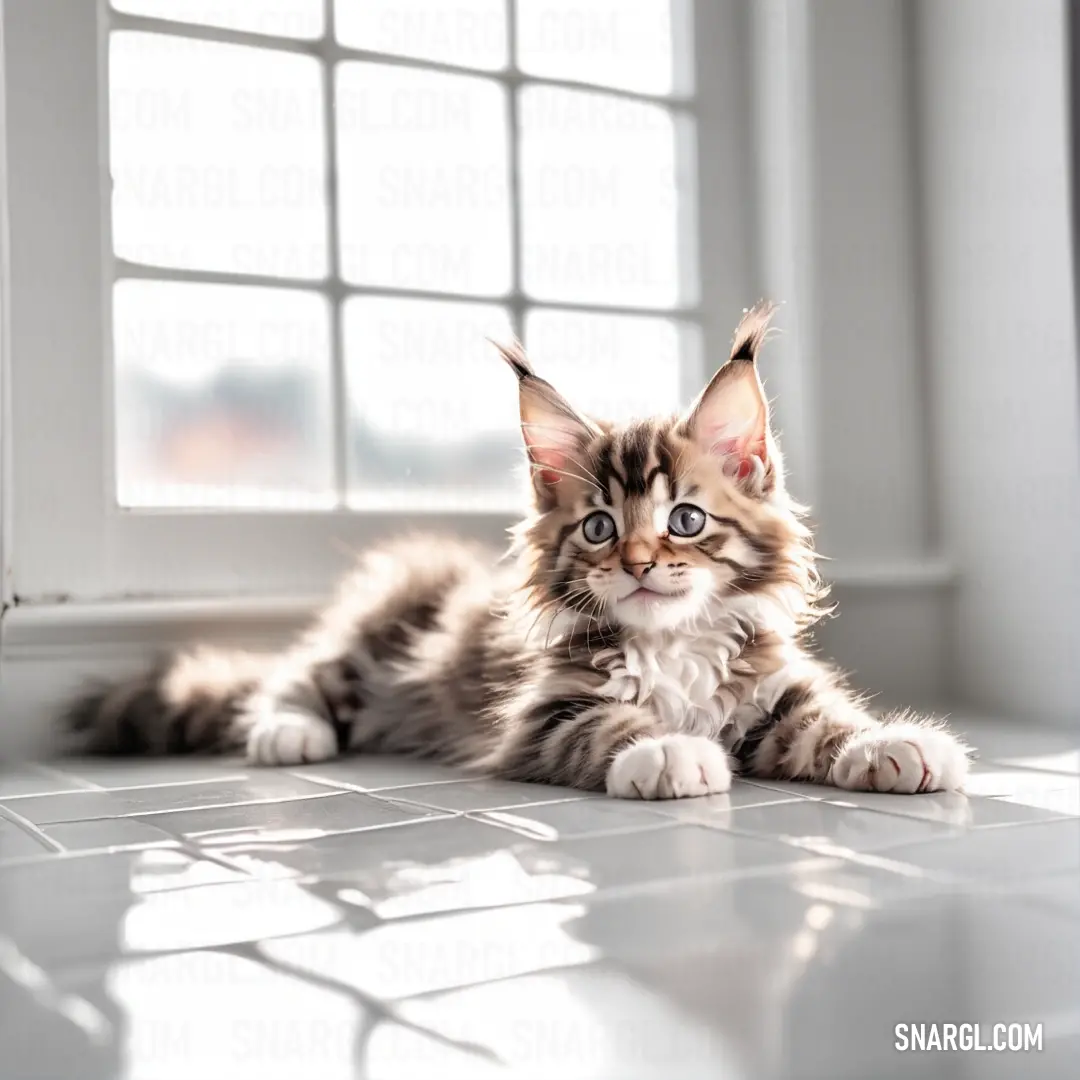
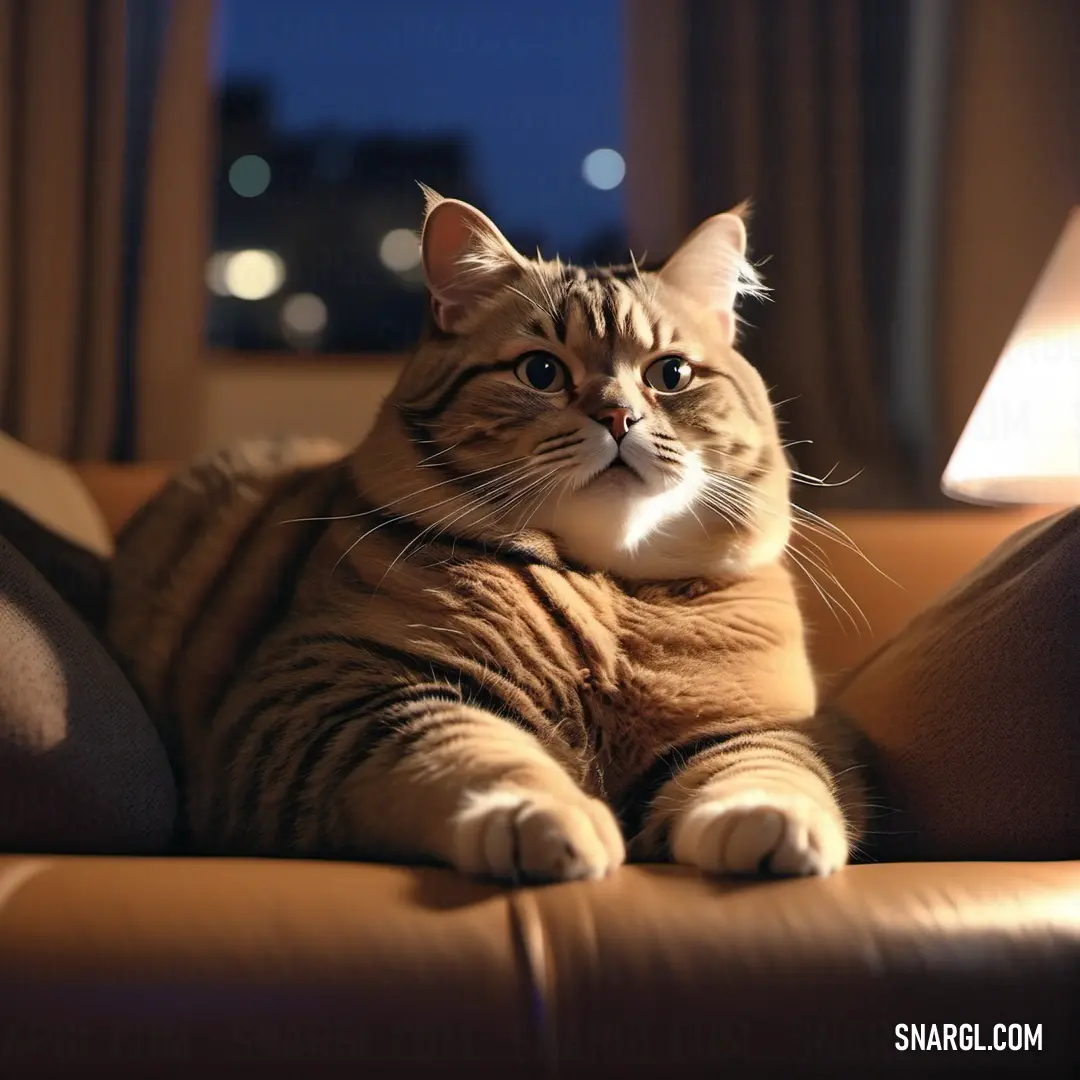
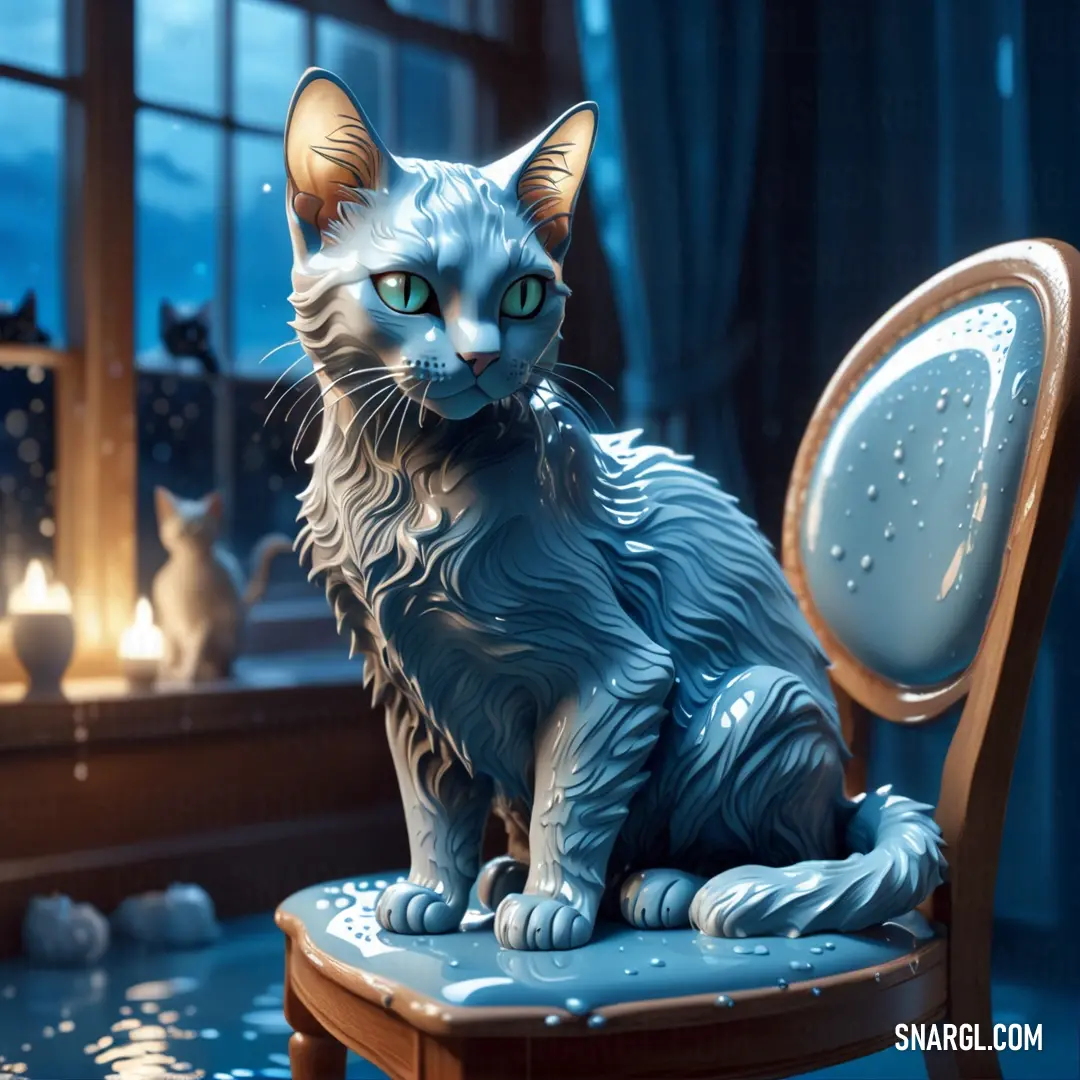
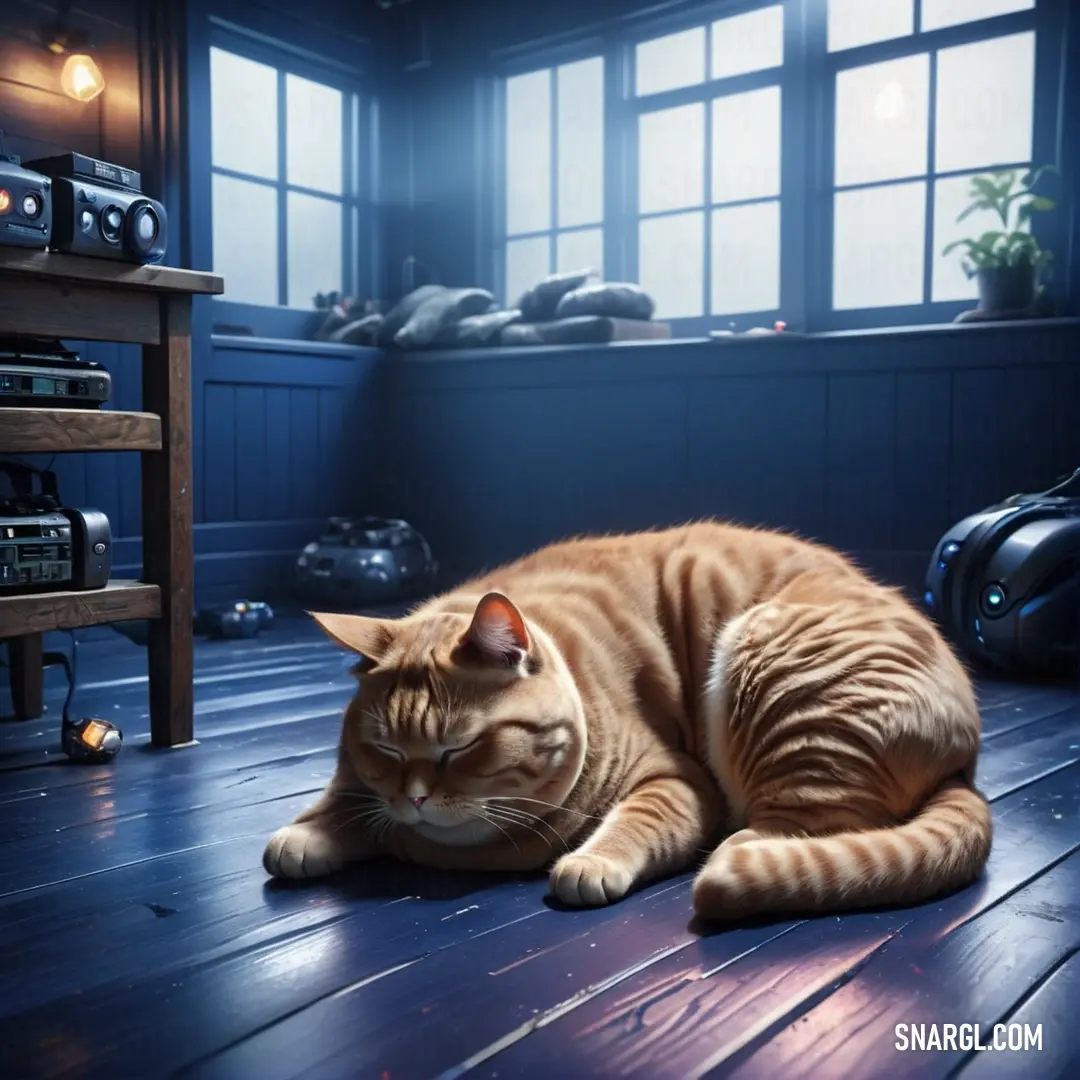
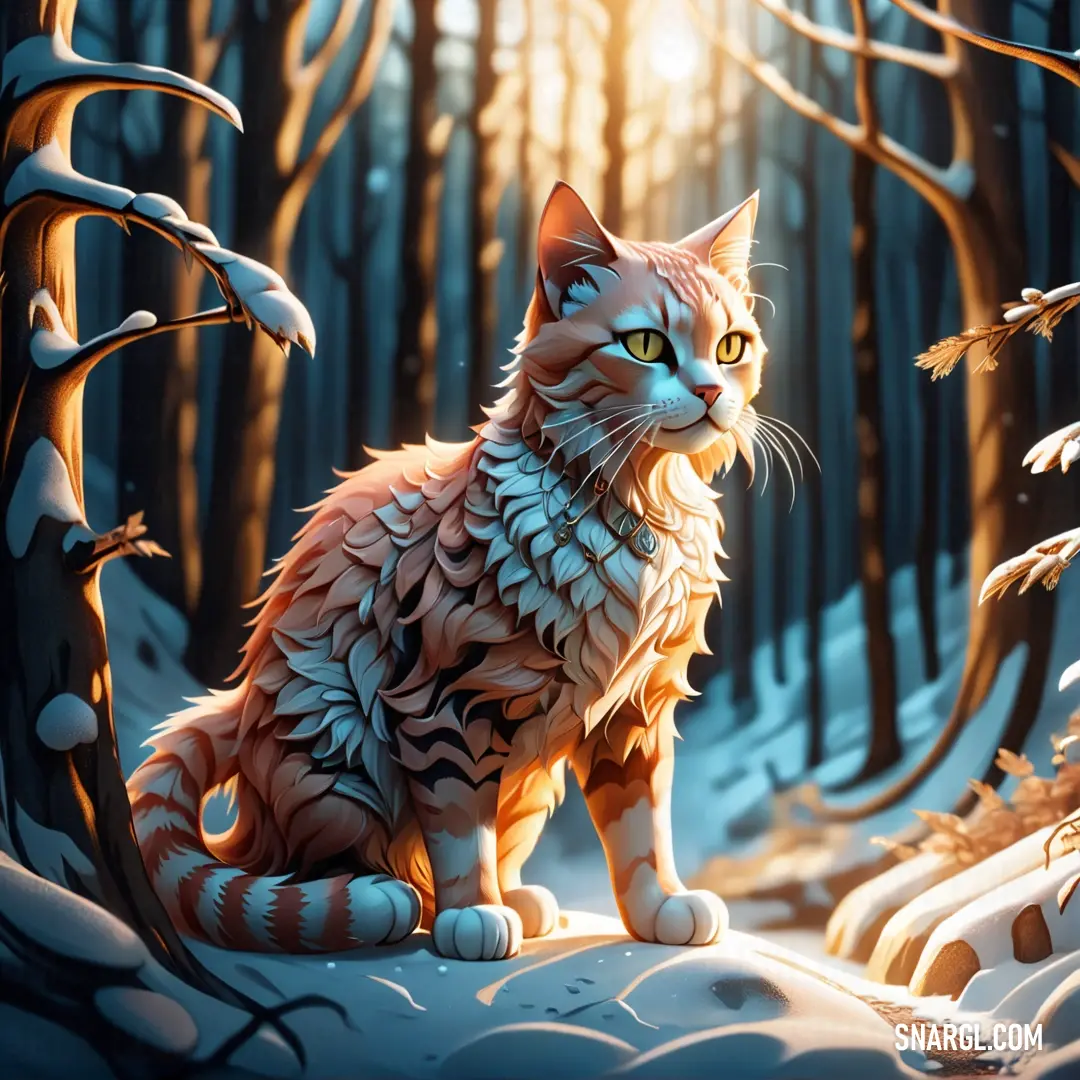
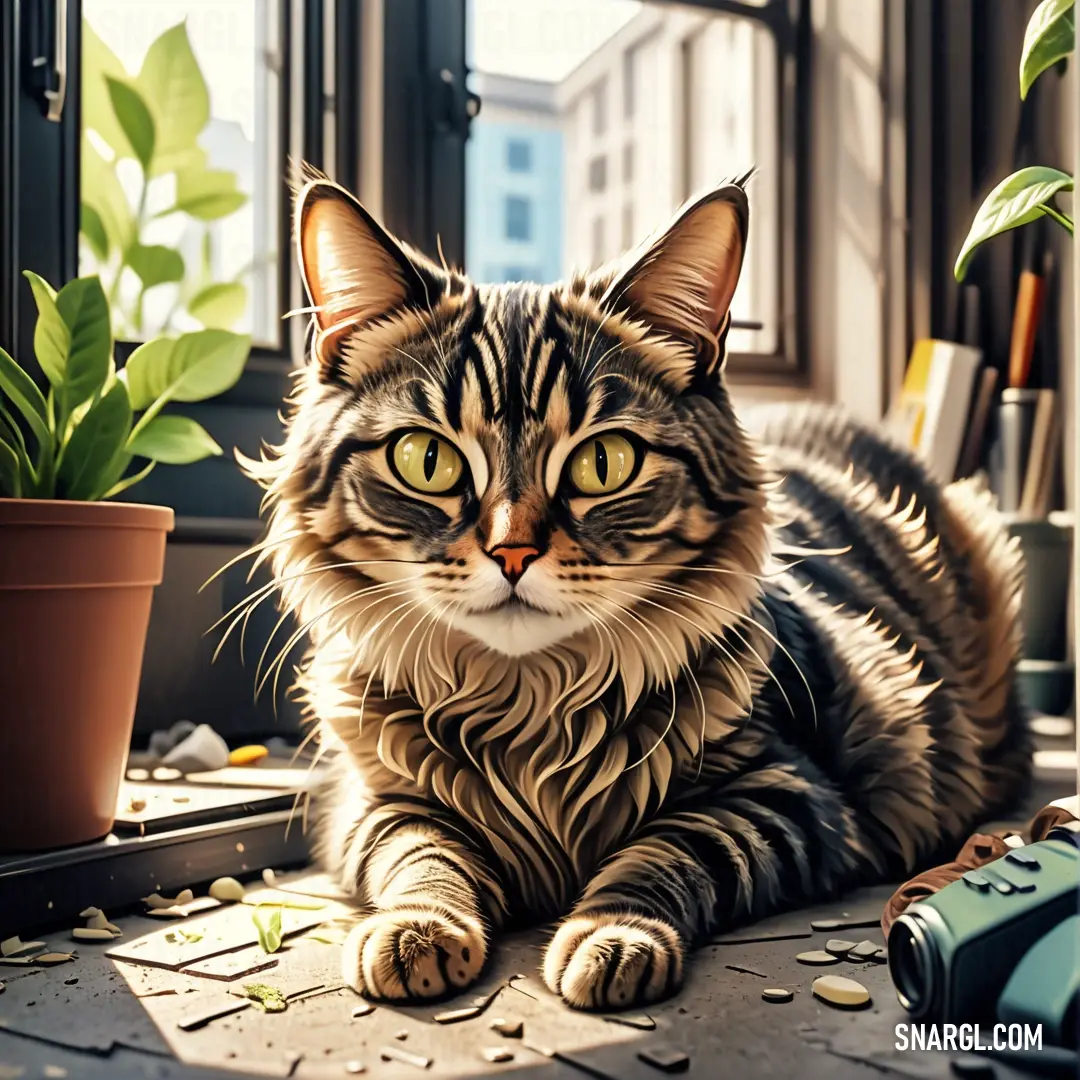
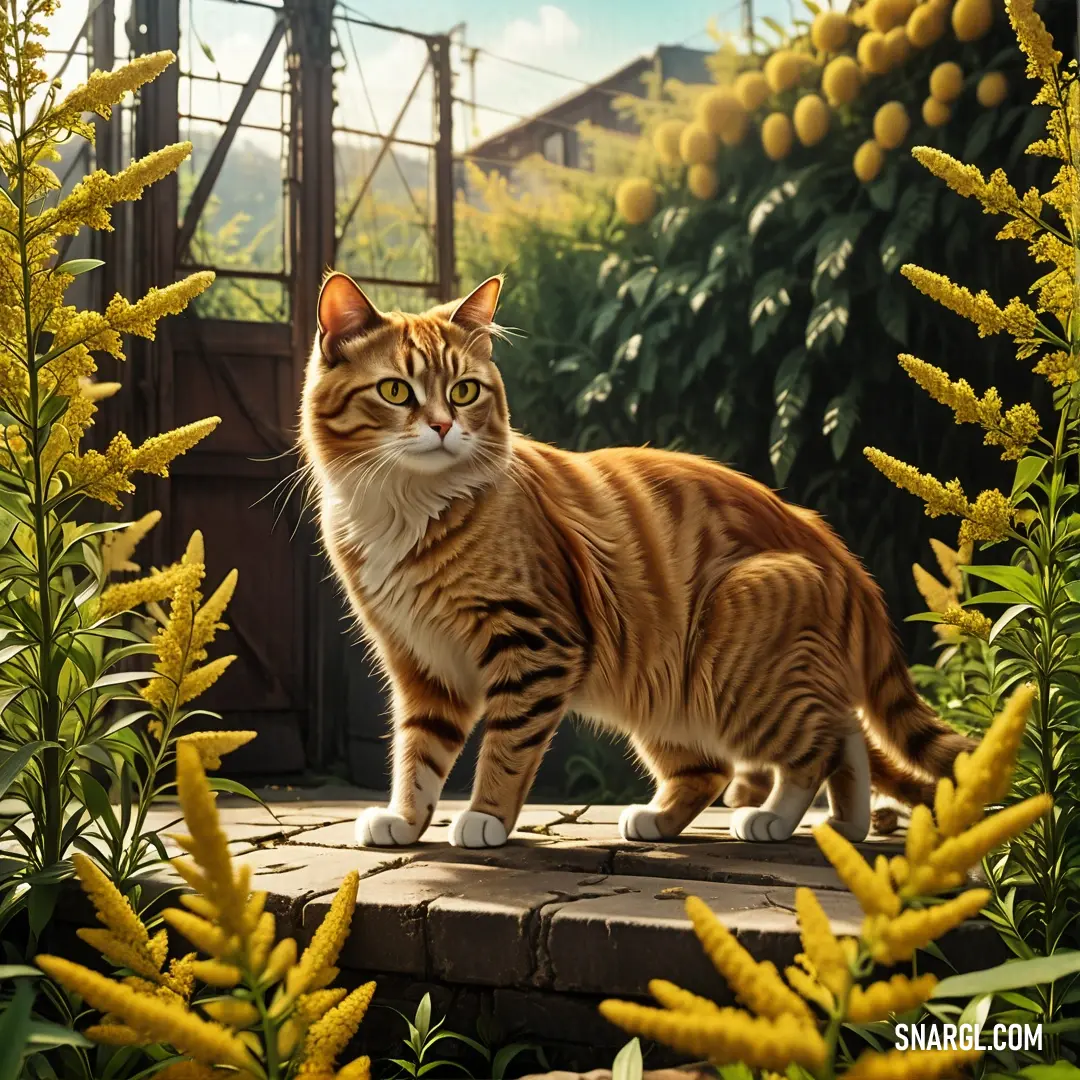
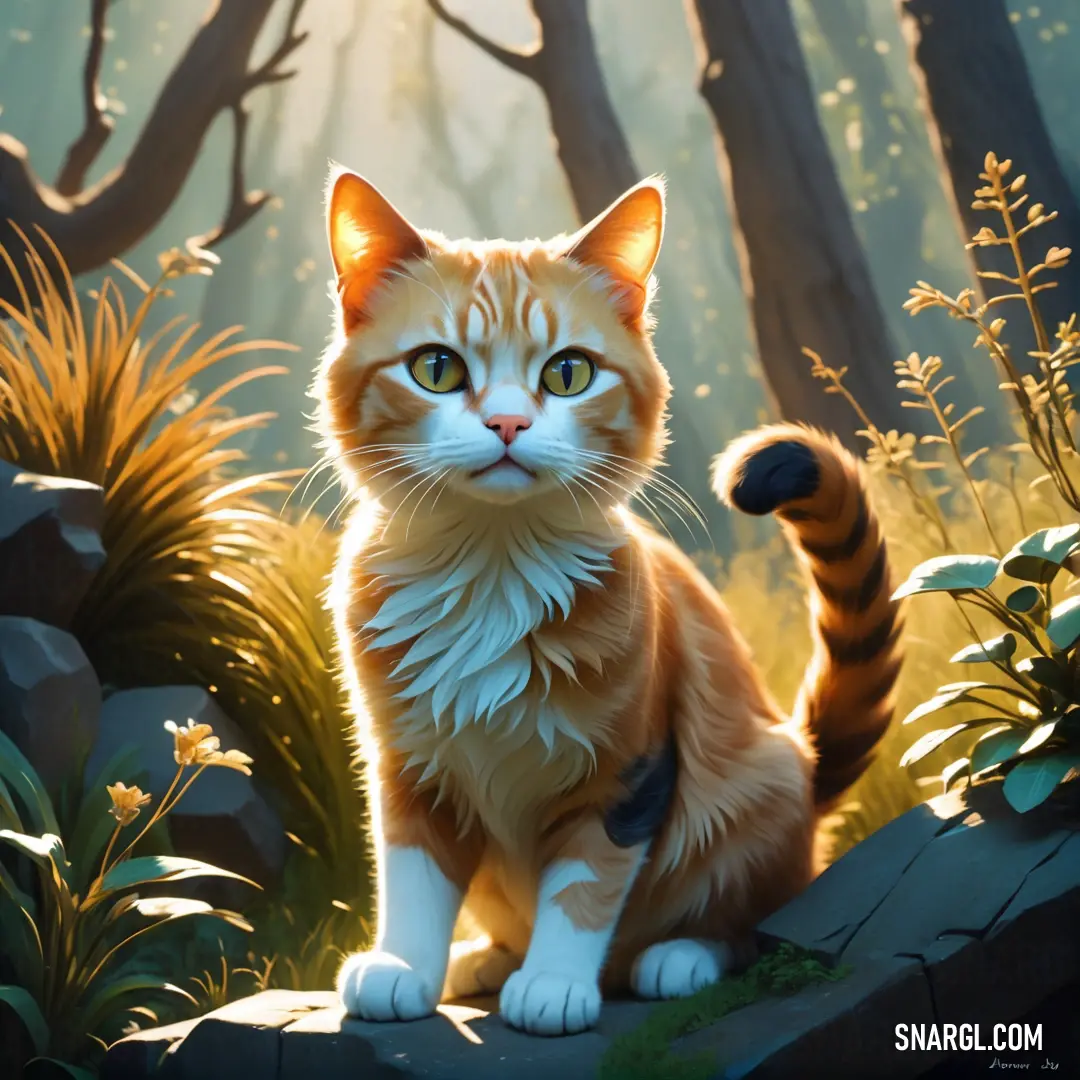
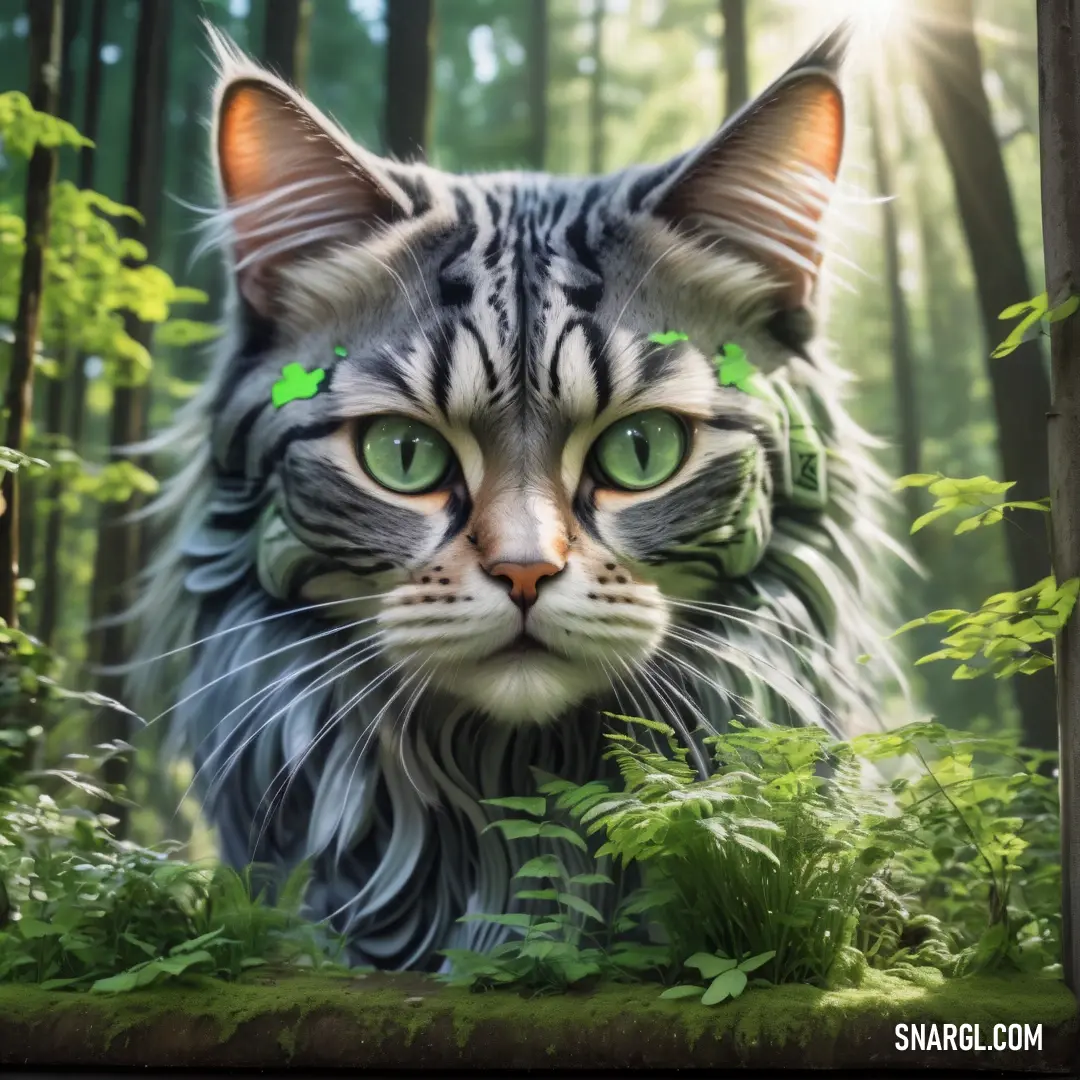
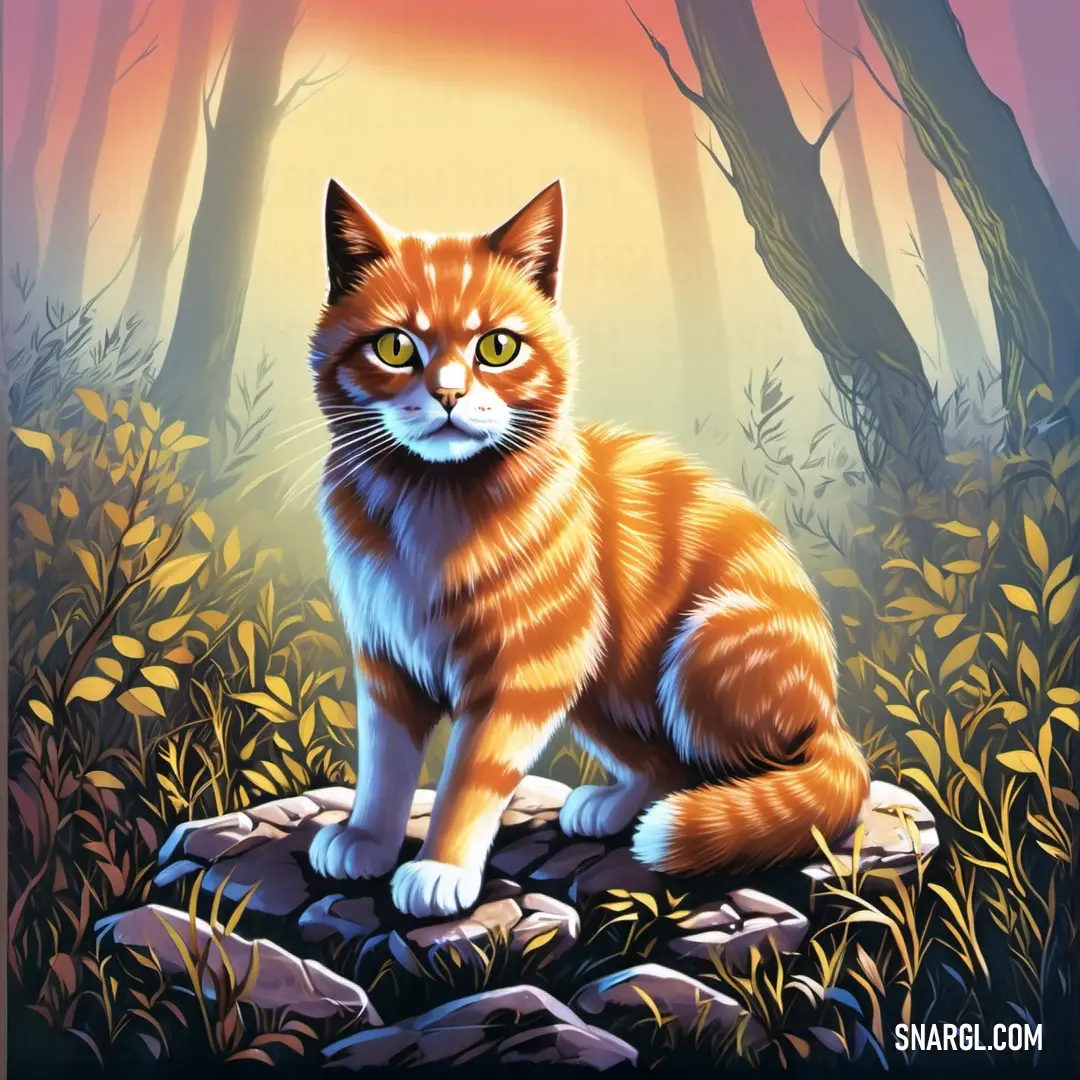
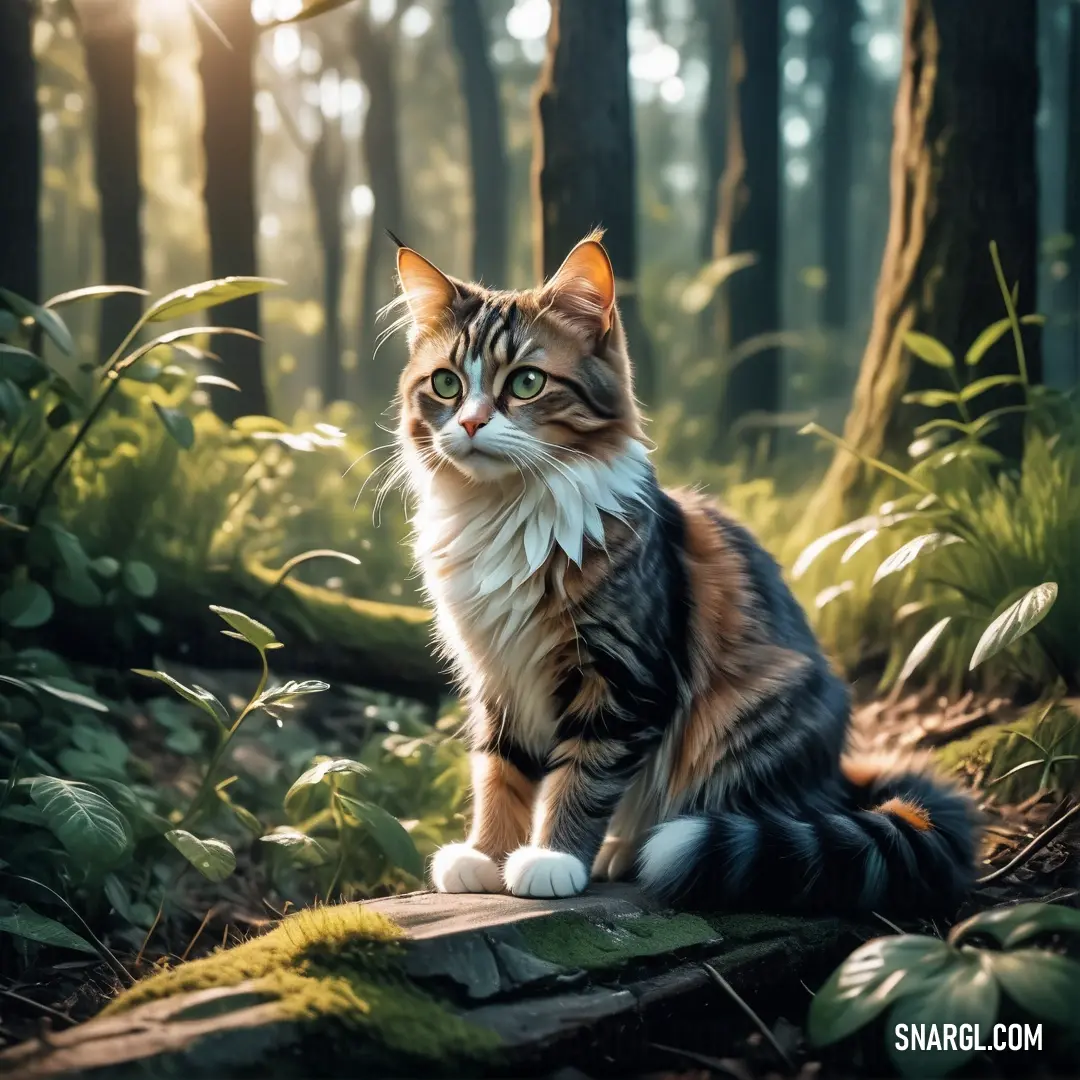
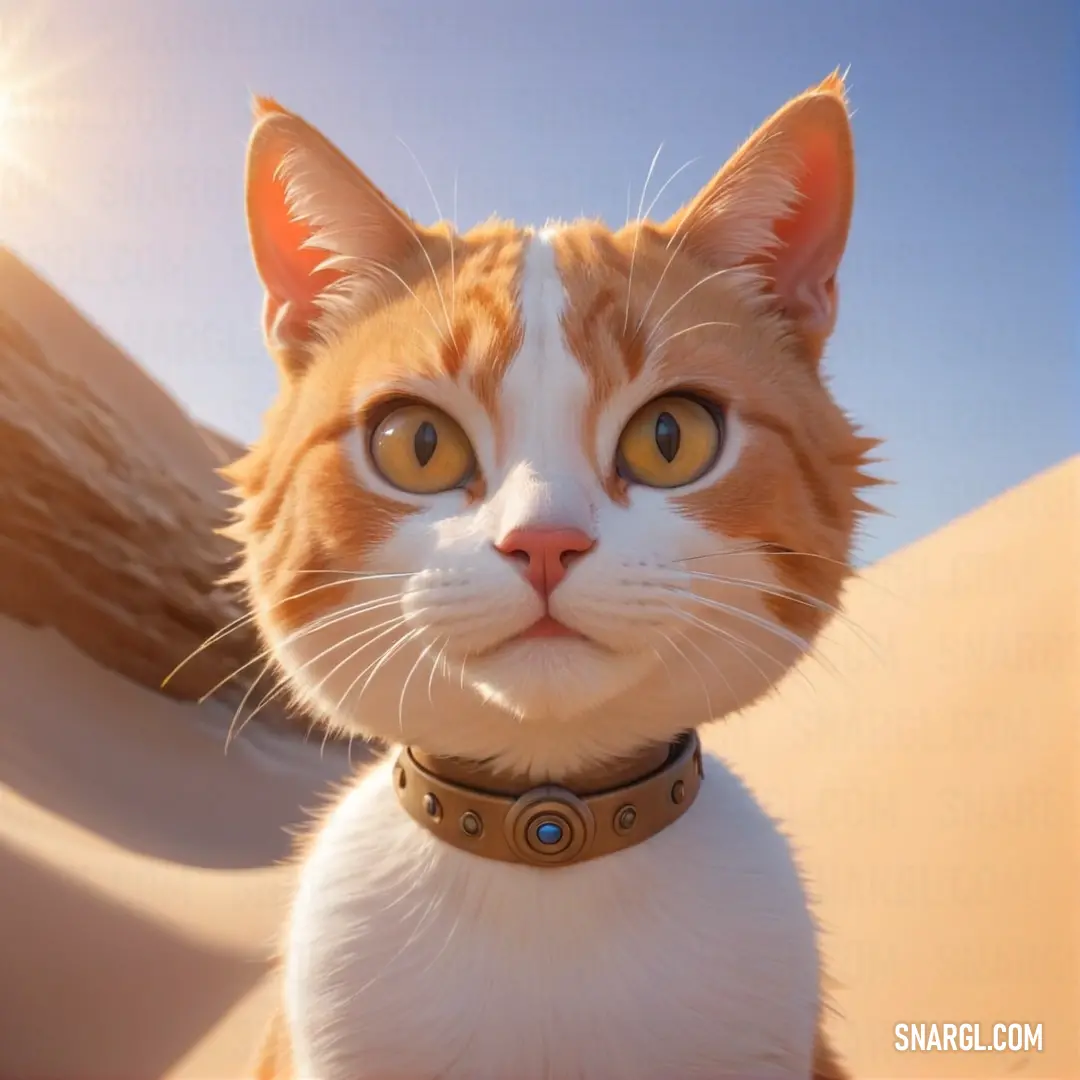
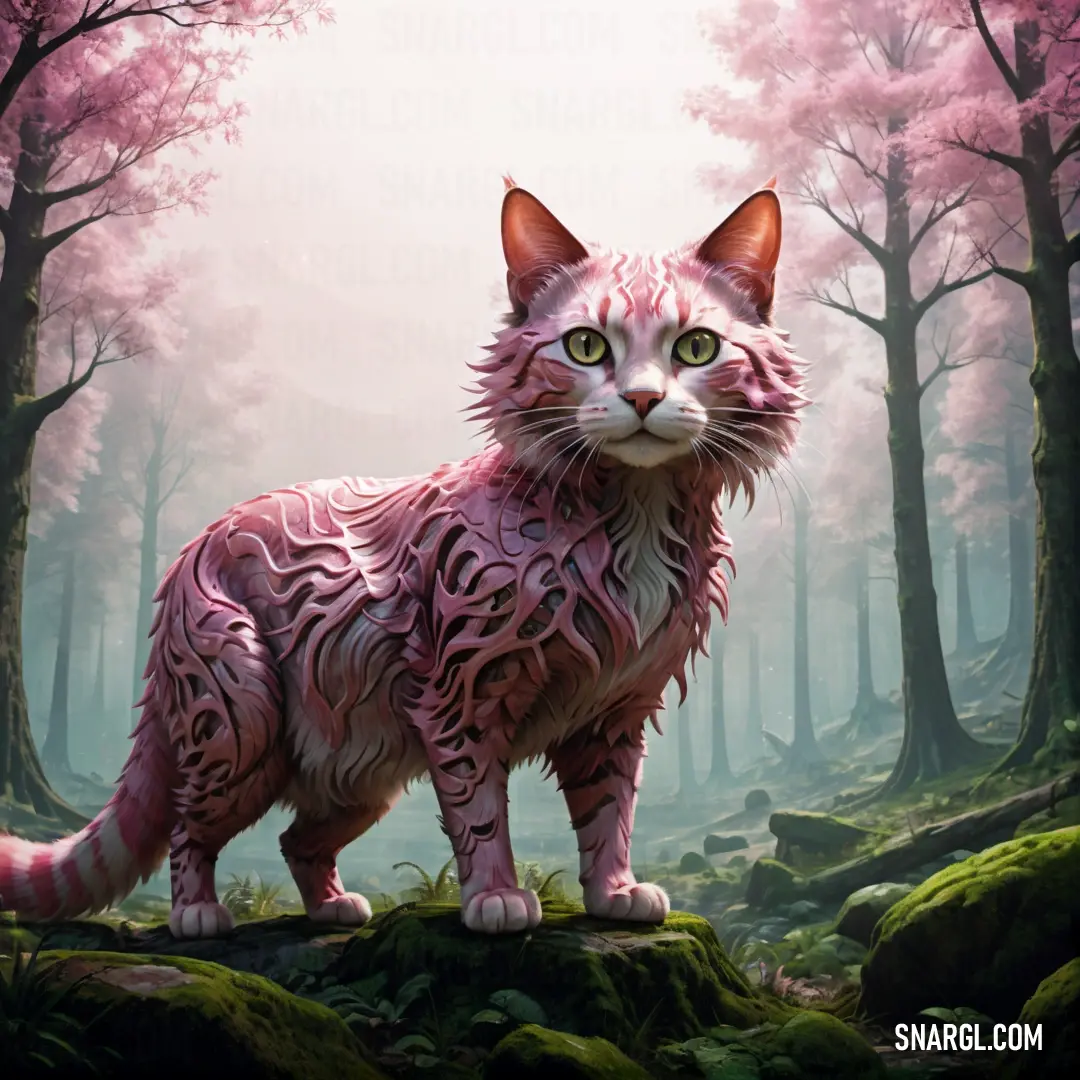
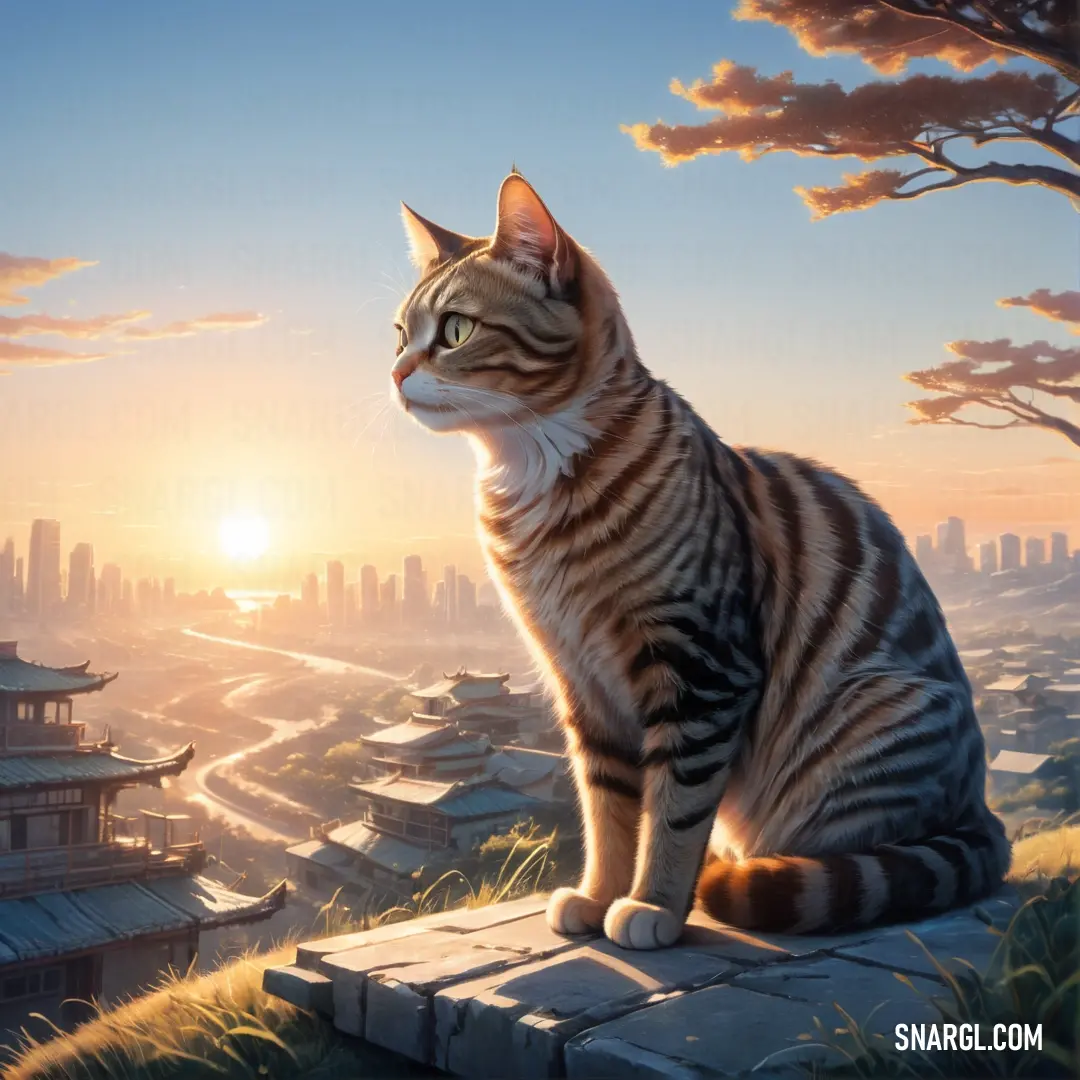
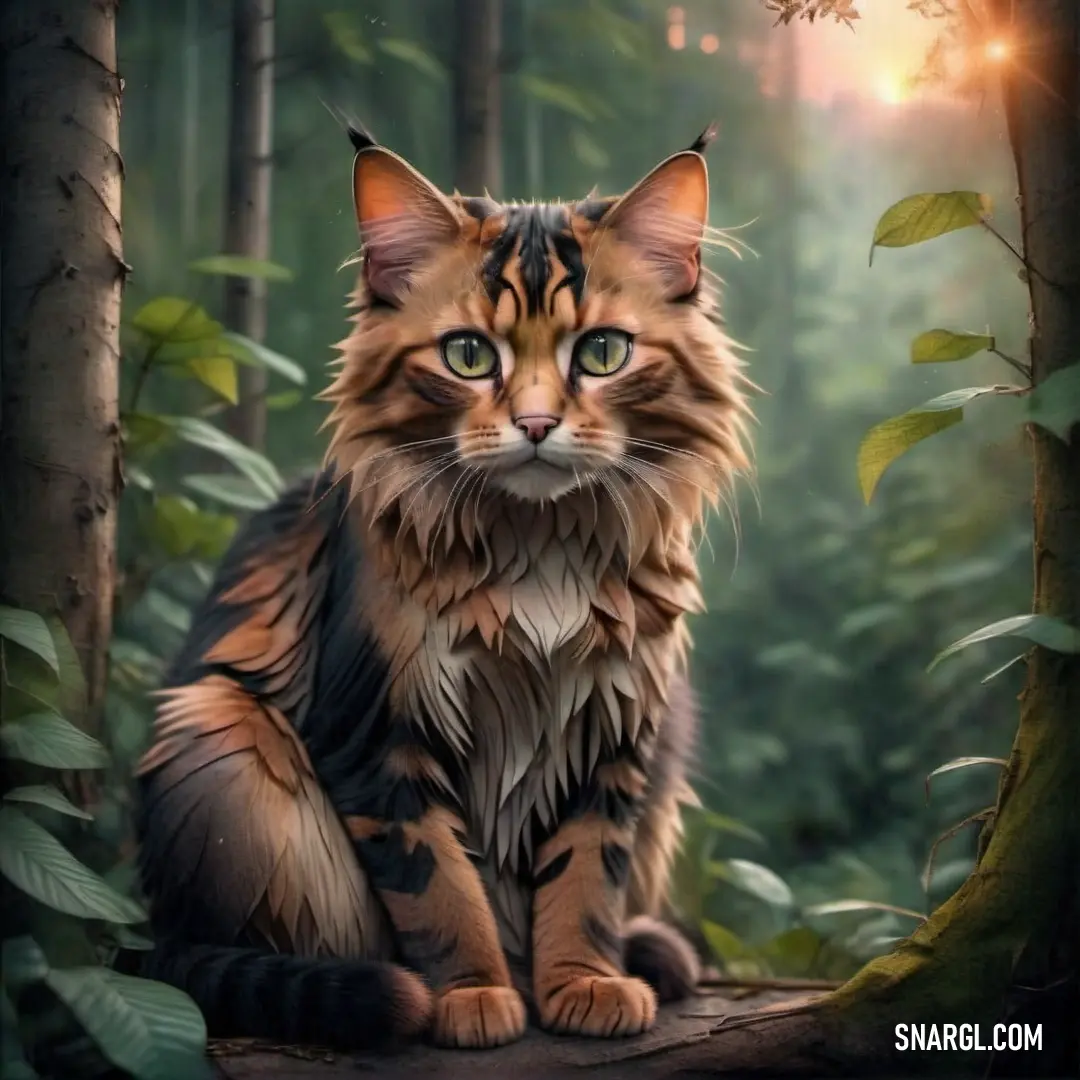
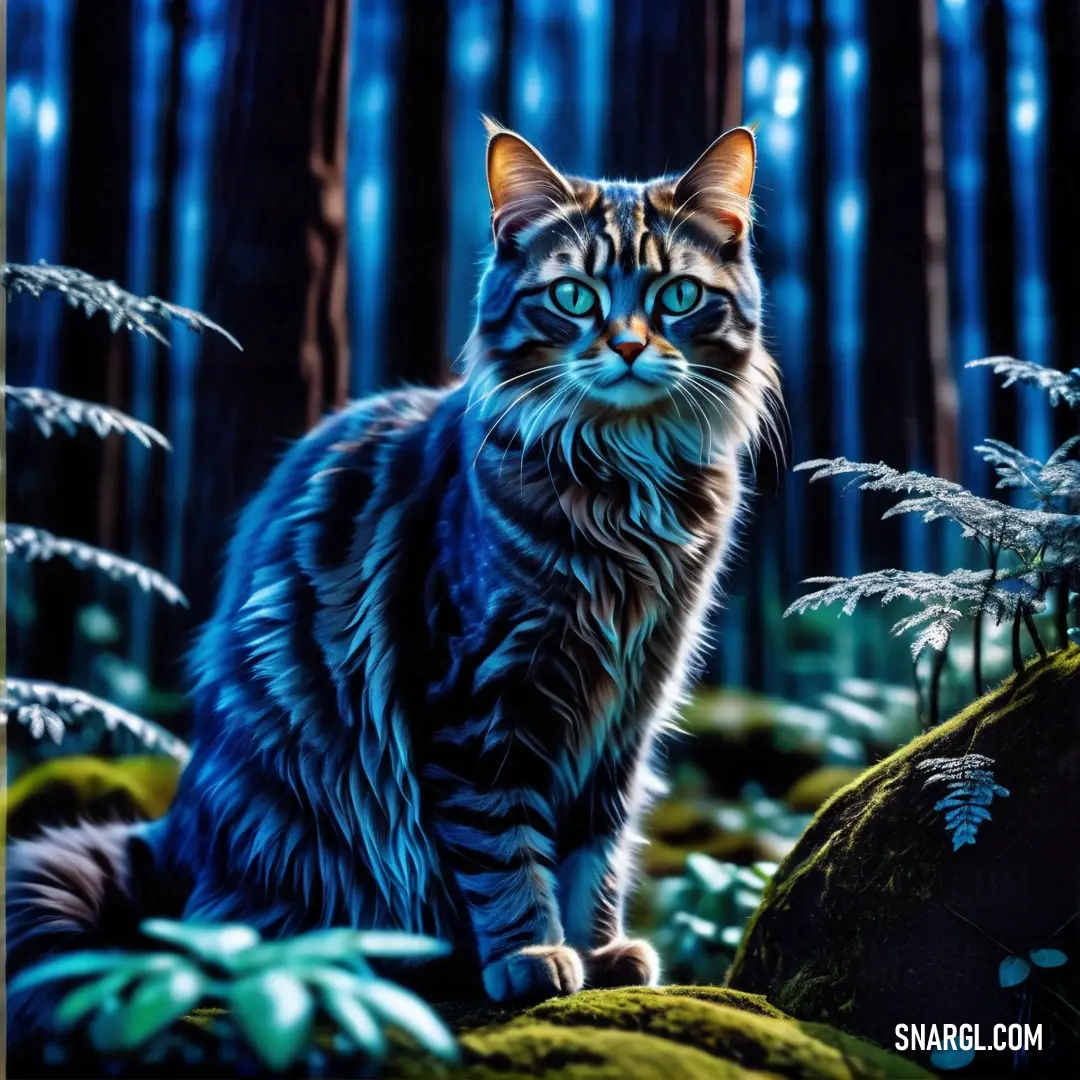
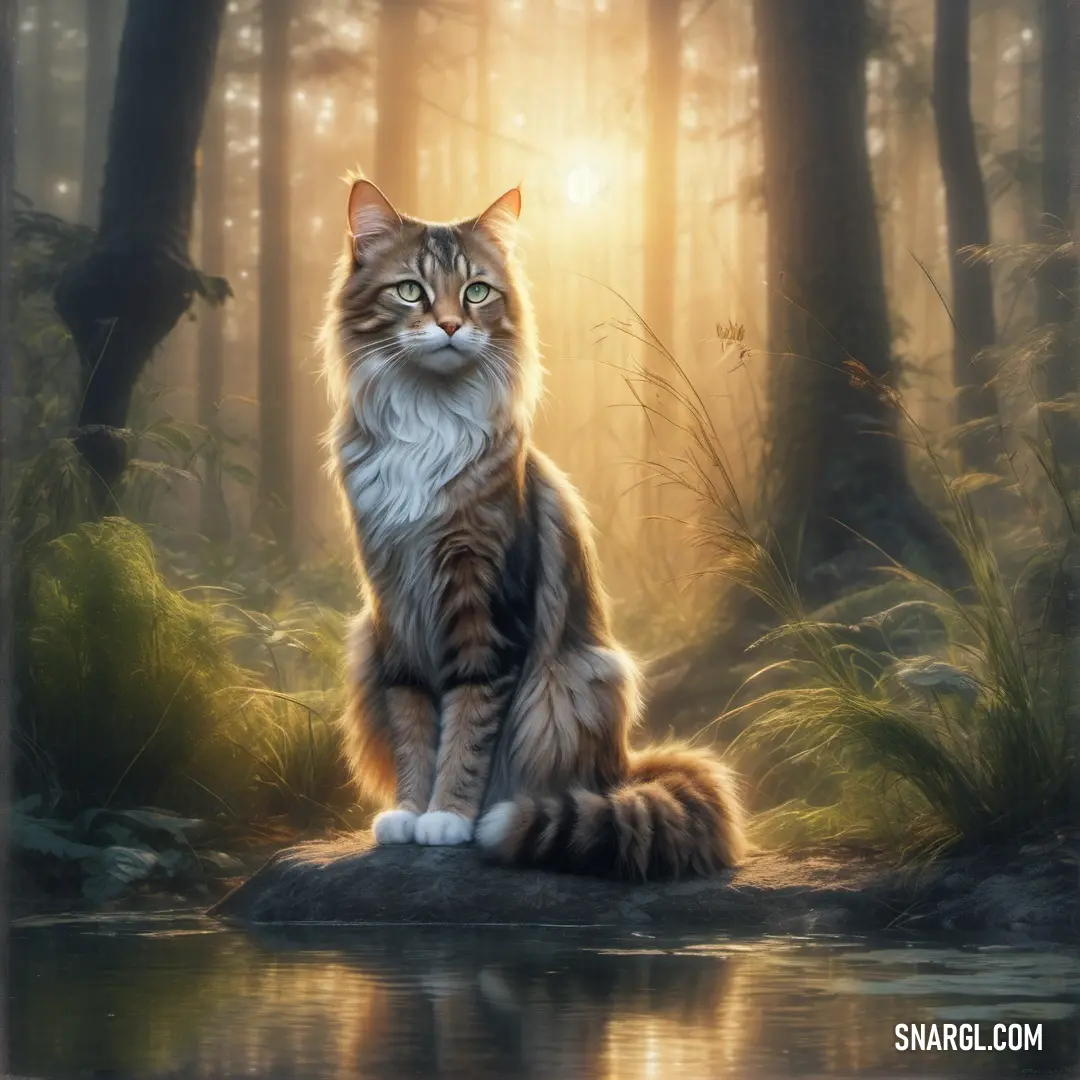
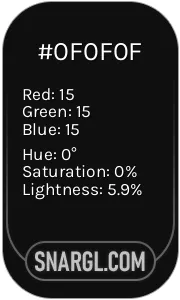 Onyx
Onyx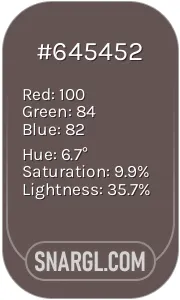 Wenge
Wenge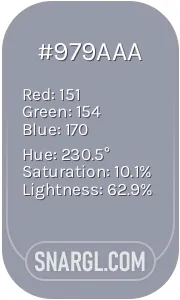 Manatee
Manatee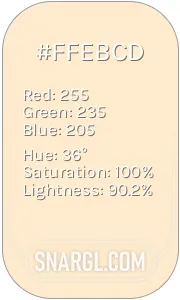 Blanched Almond
Blanched Almond Tumbleweed
Tumbleweed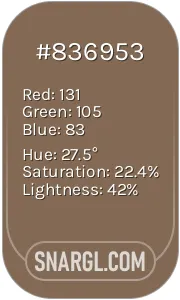 Pastel brown
Pastel brown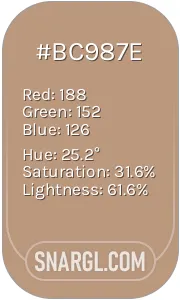 Pale taupe
Pale taupe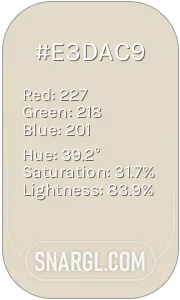 Bone
Bone
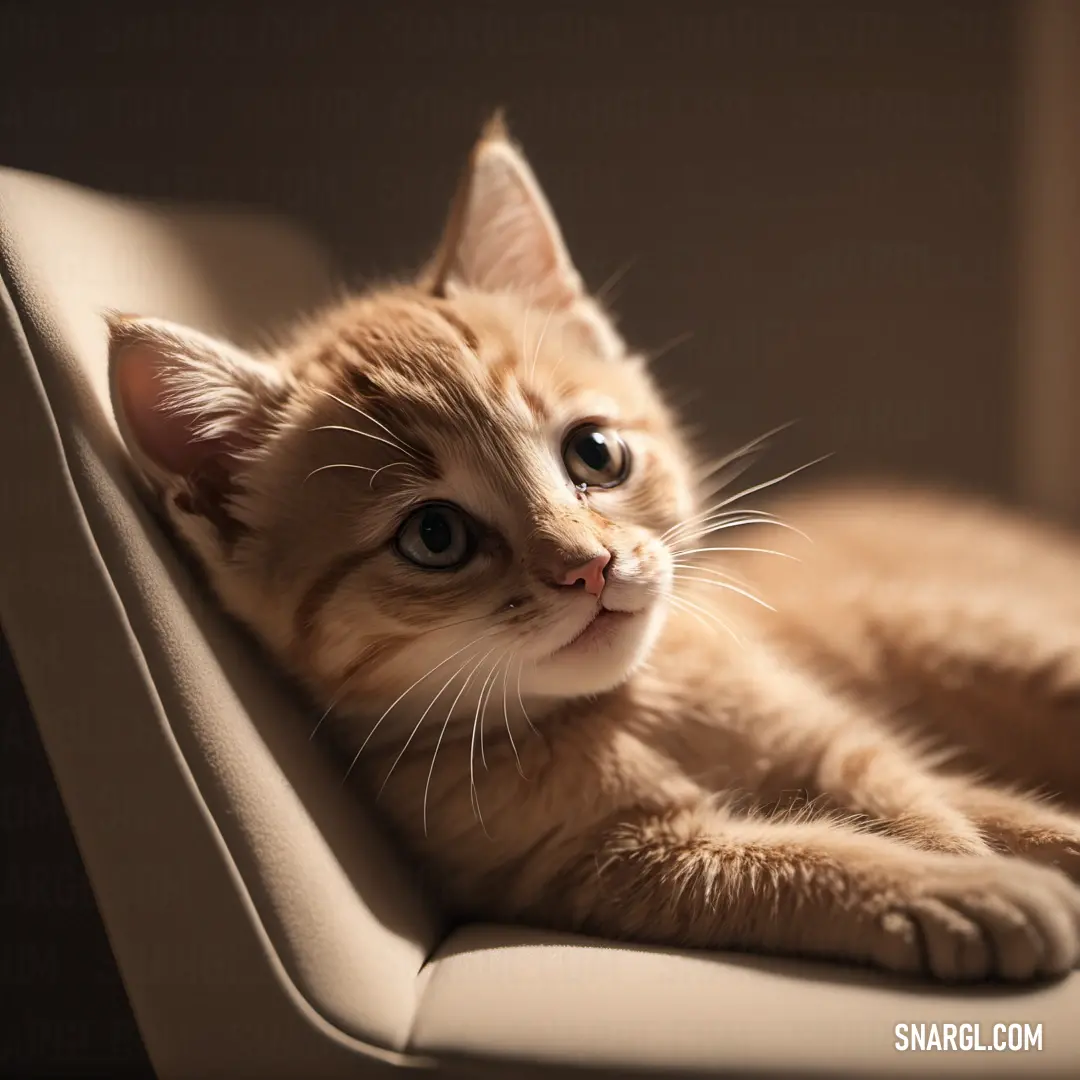
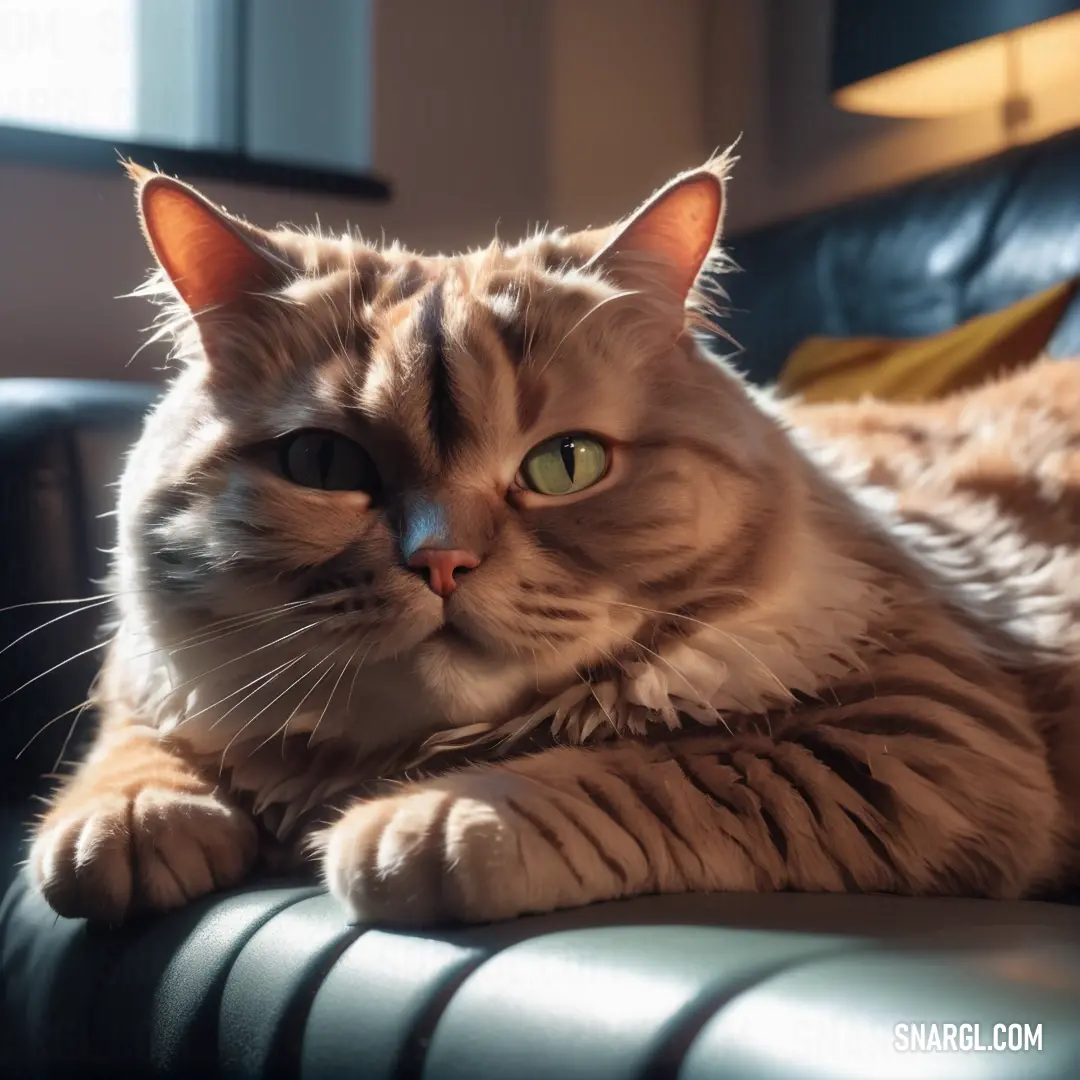
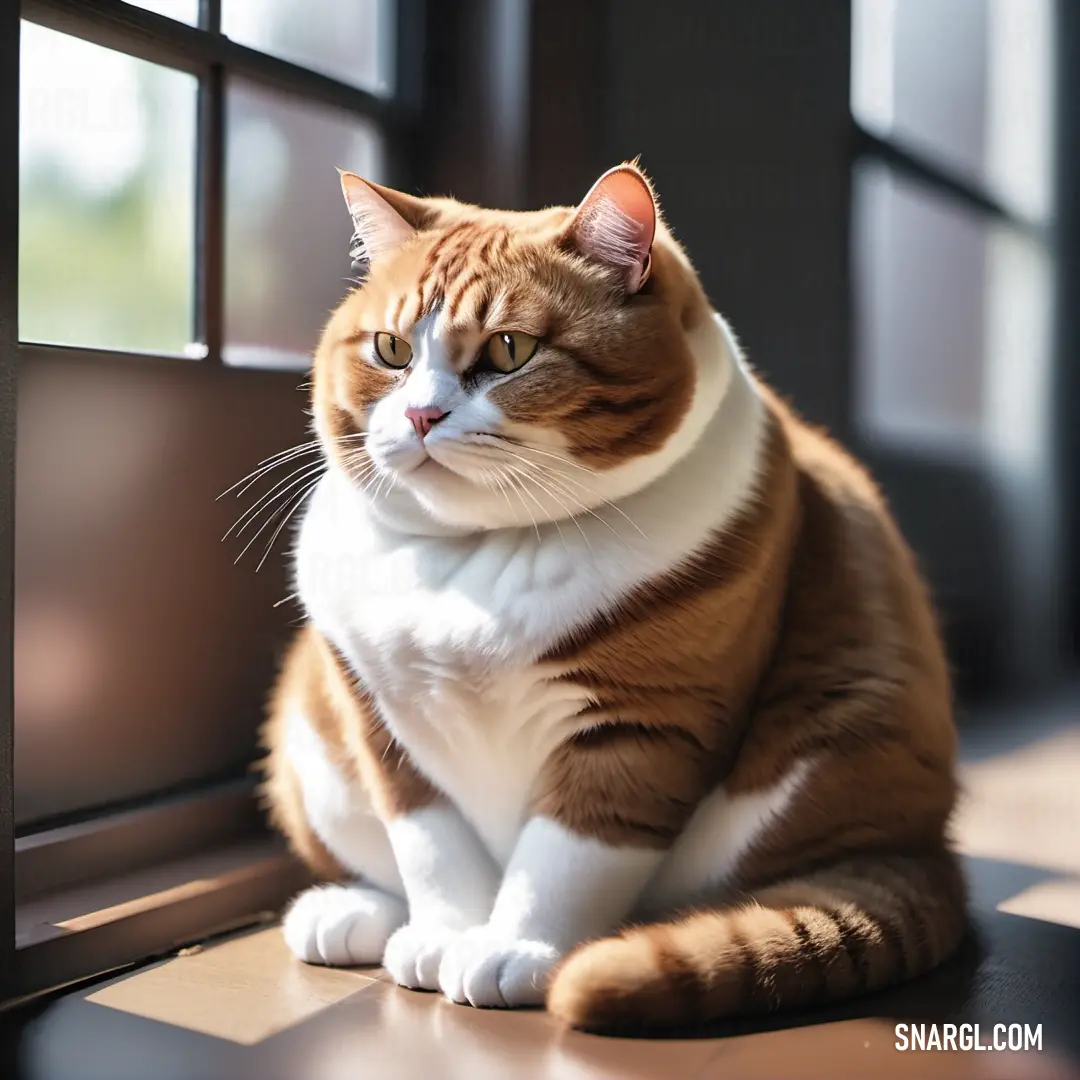
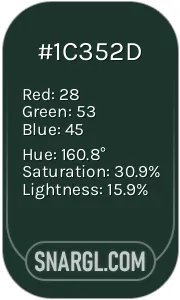 Medium jungle green
Medium jungle green Sepia
Sepia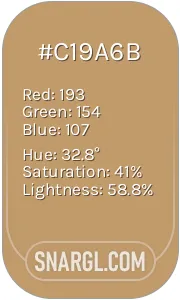 Camel
Camel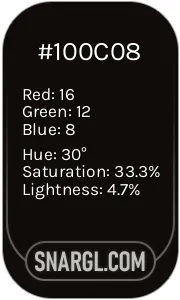 Smoky black
Smoky black
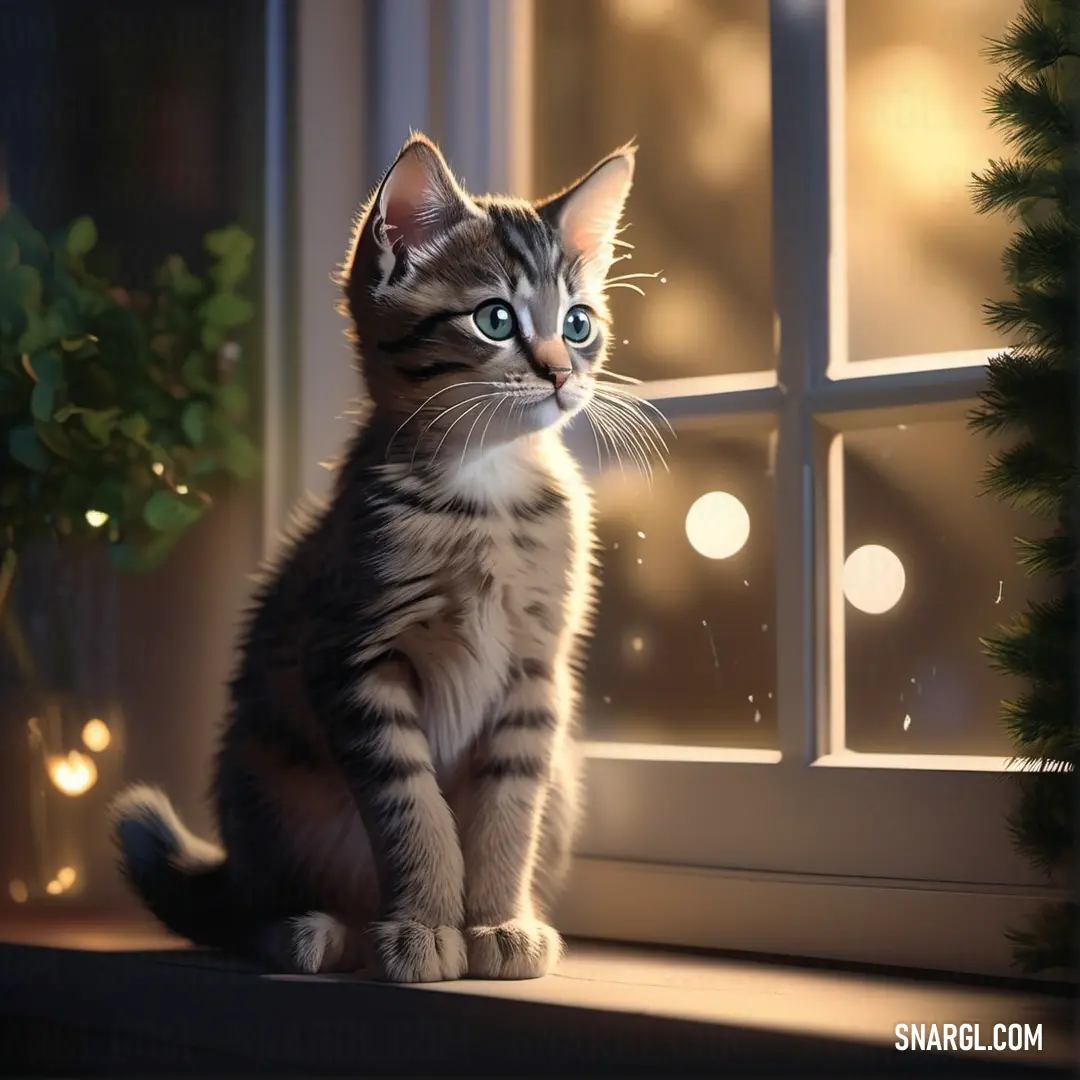
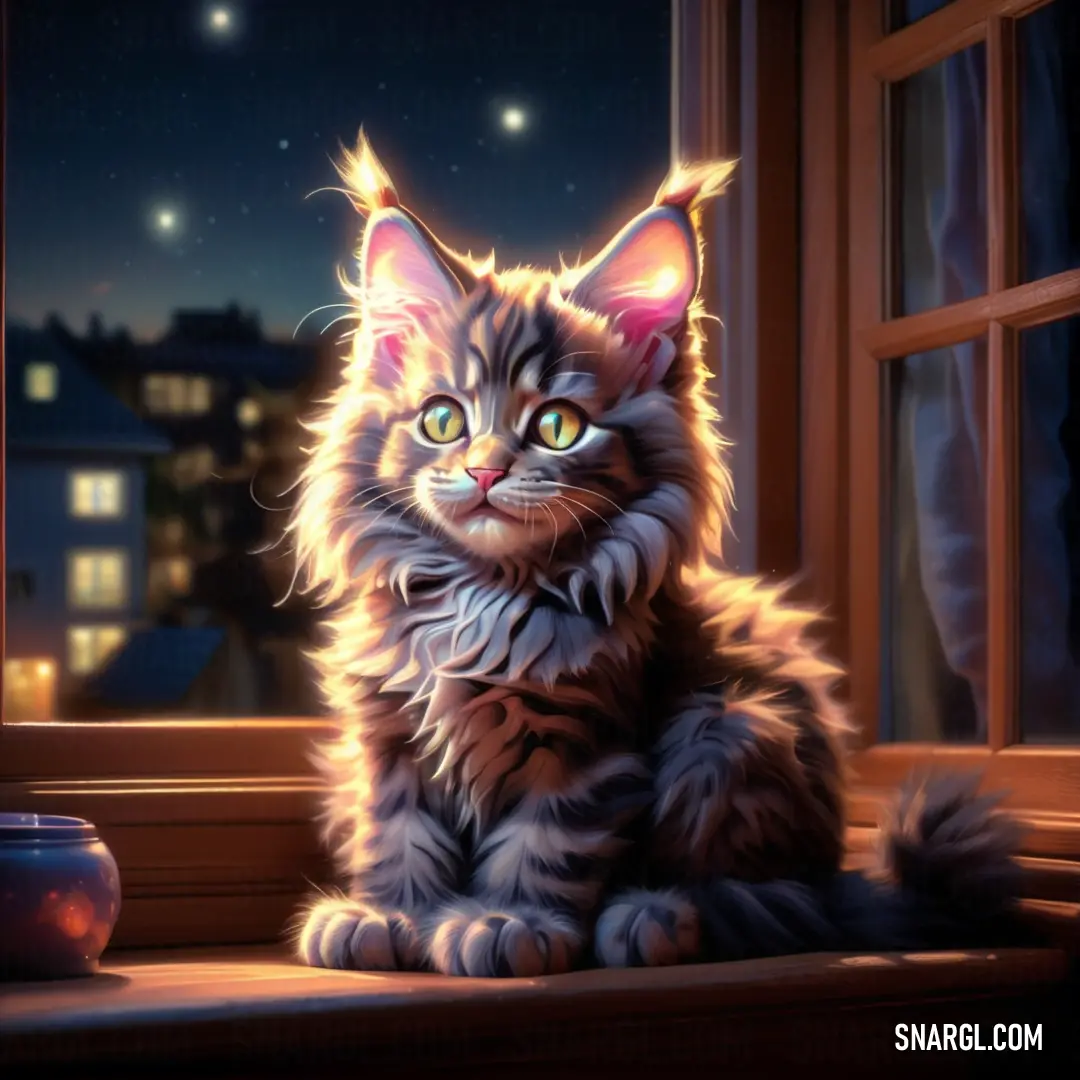
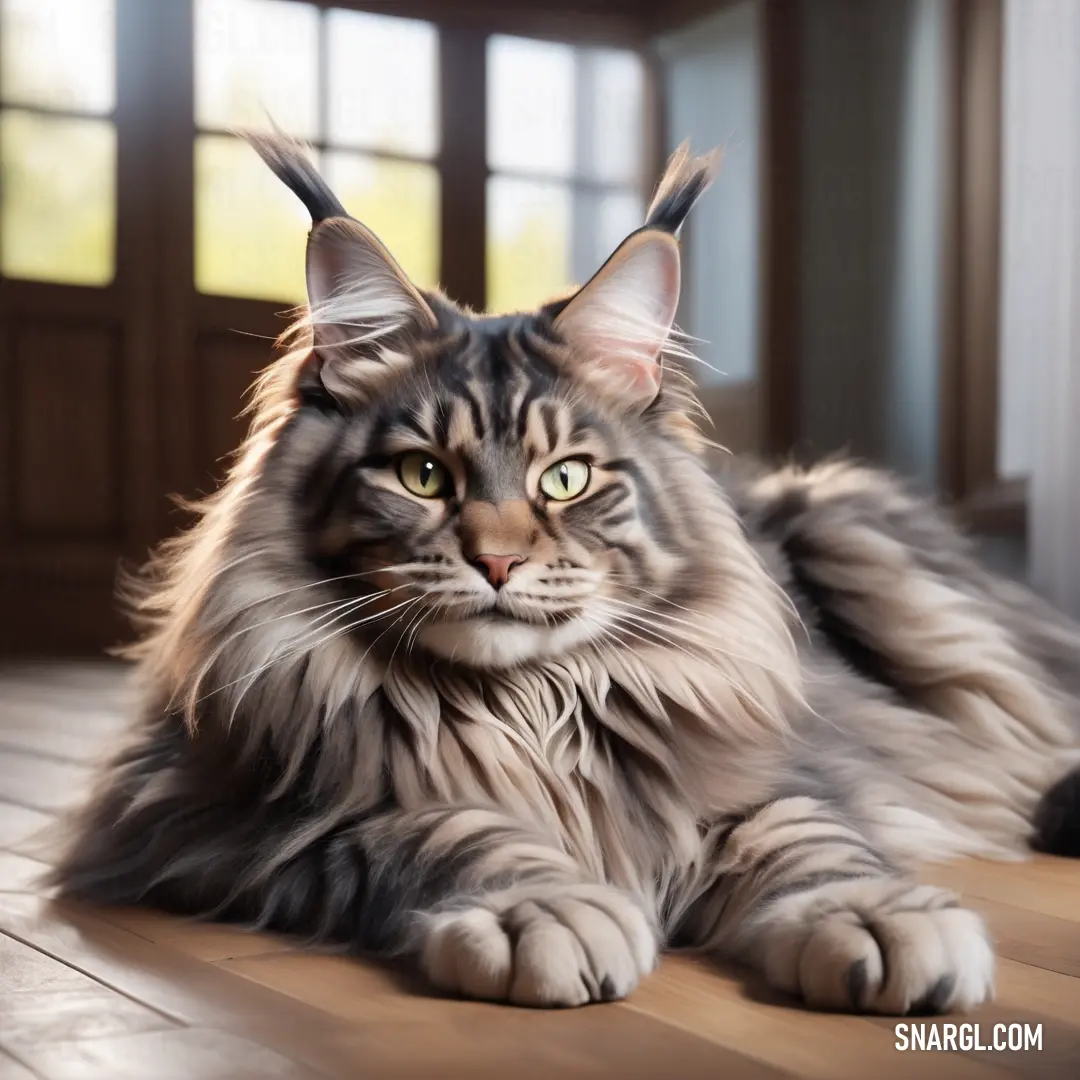
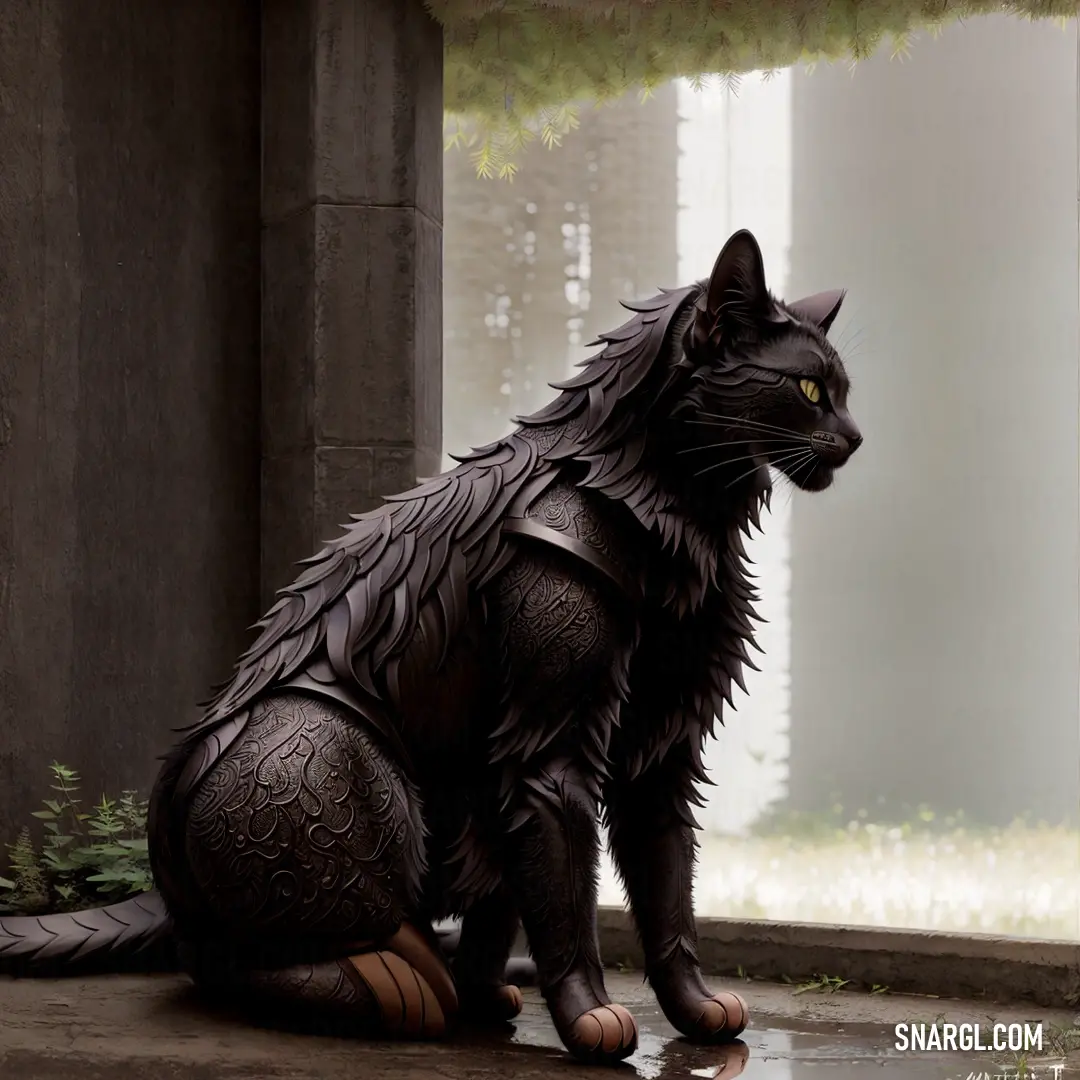
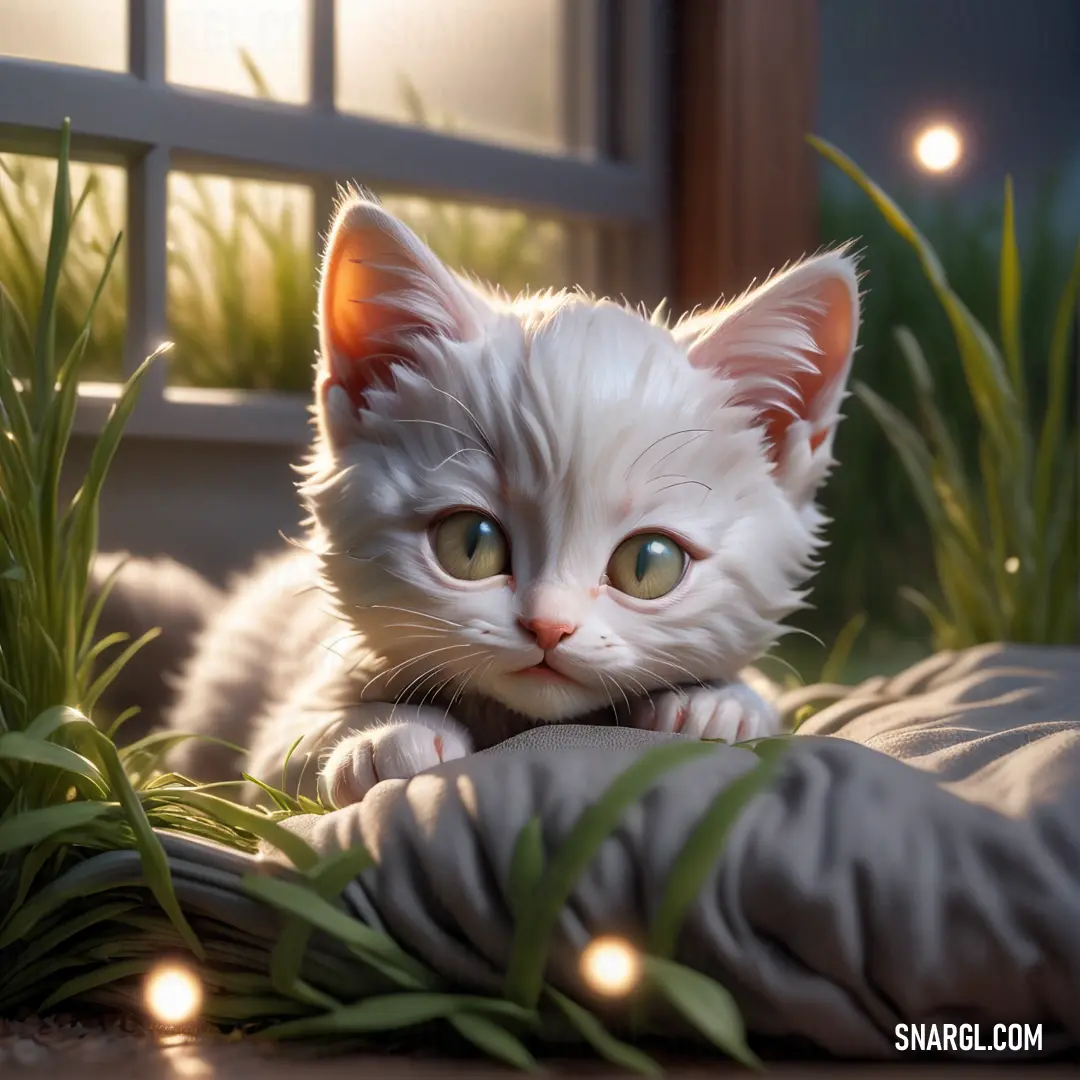
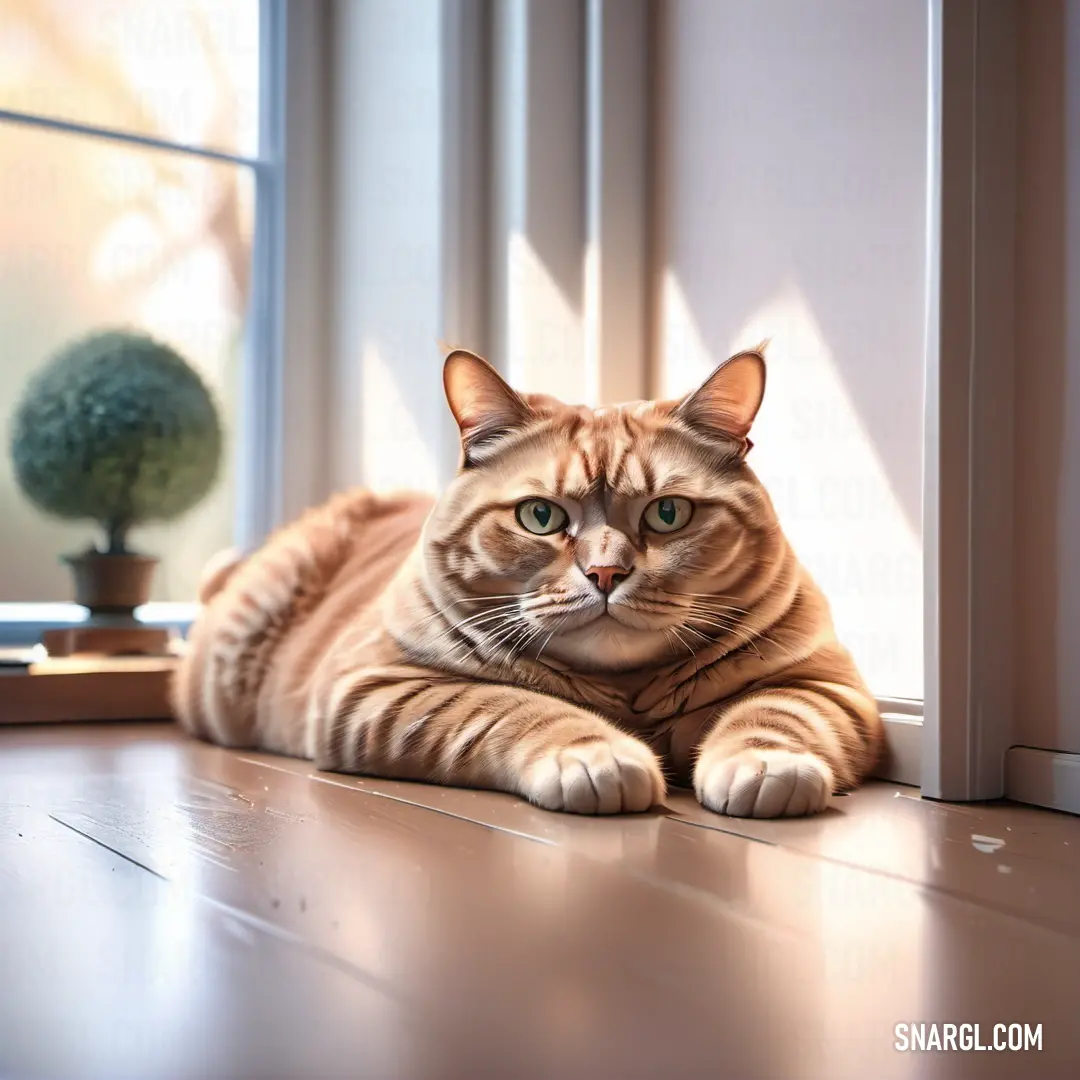
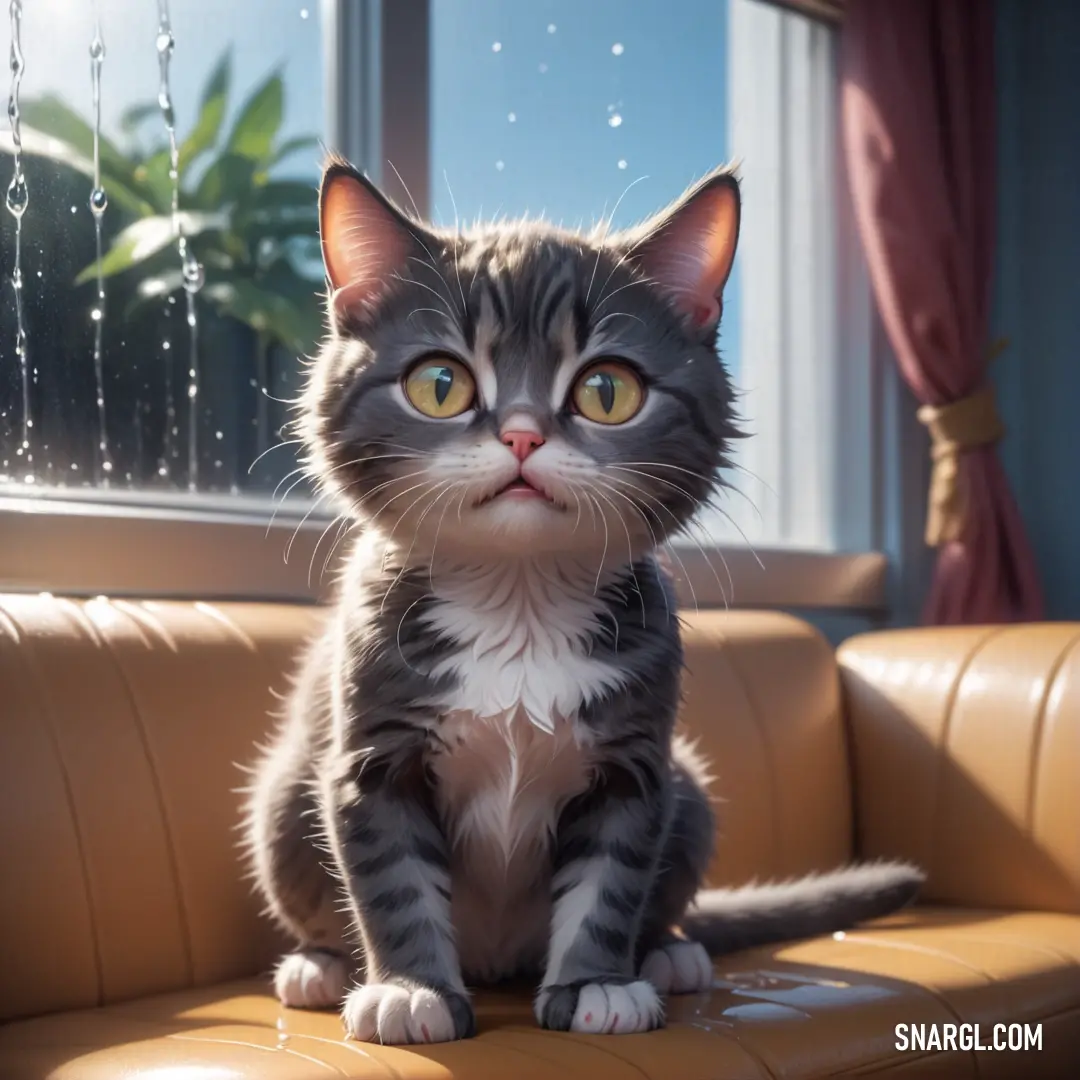
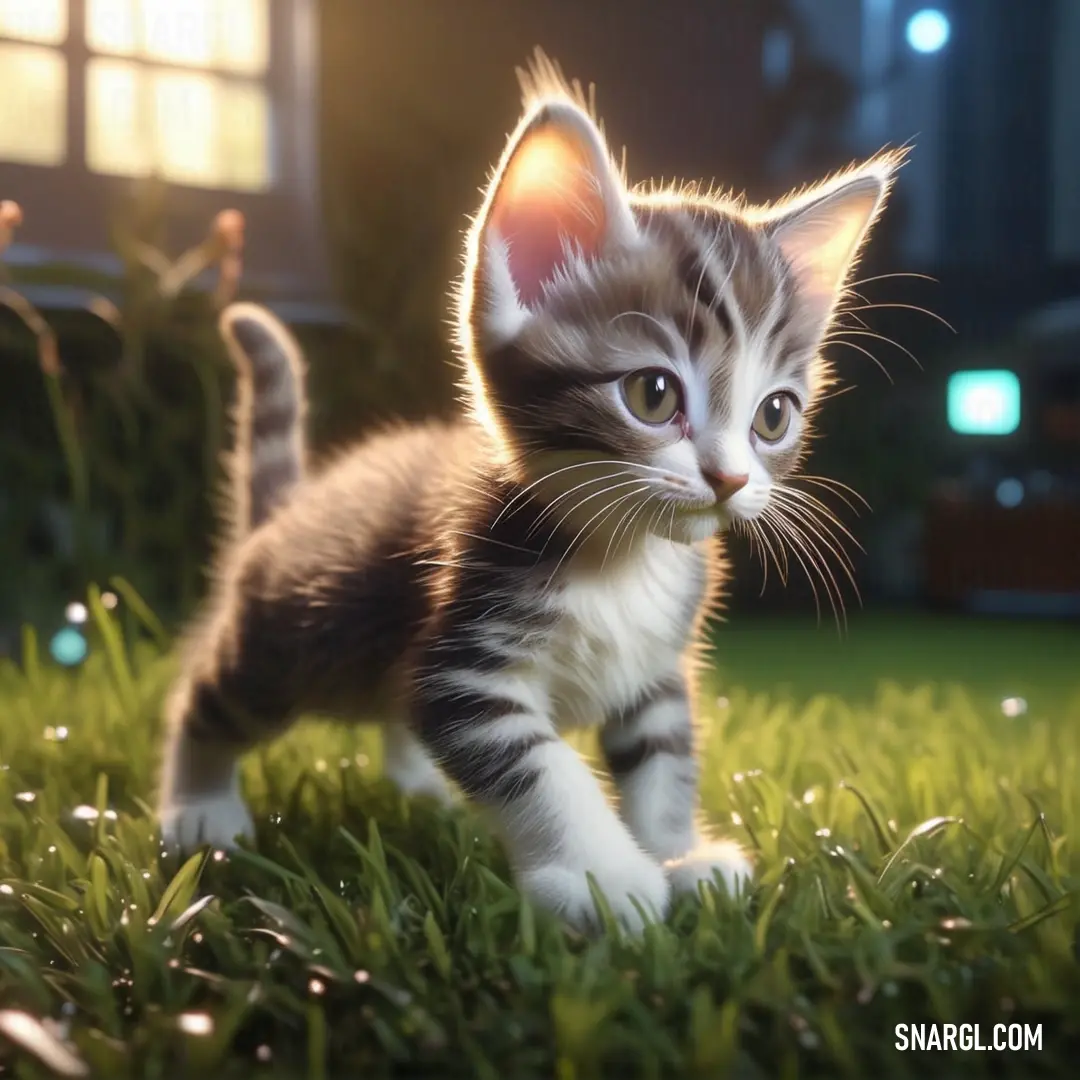
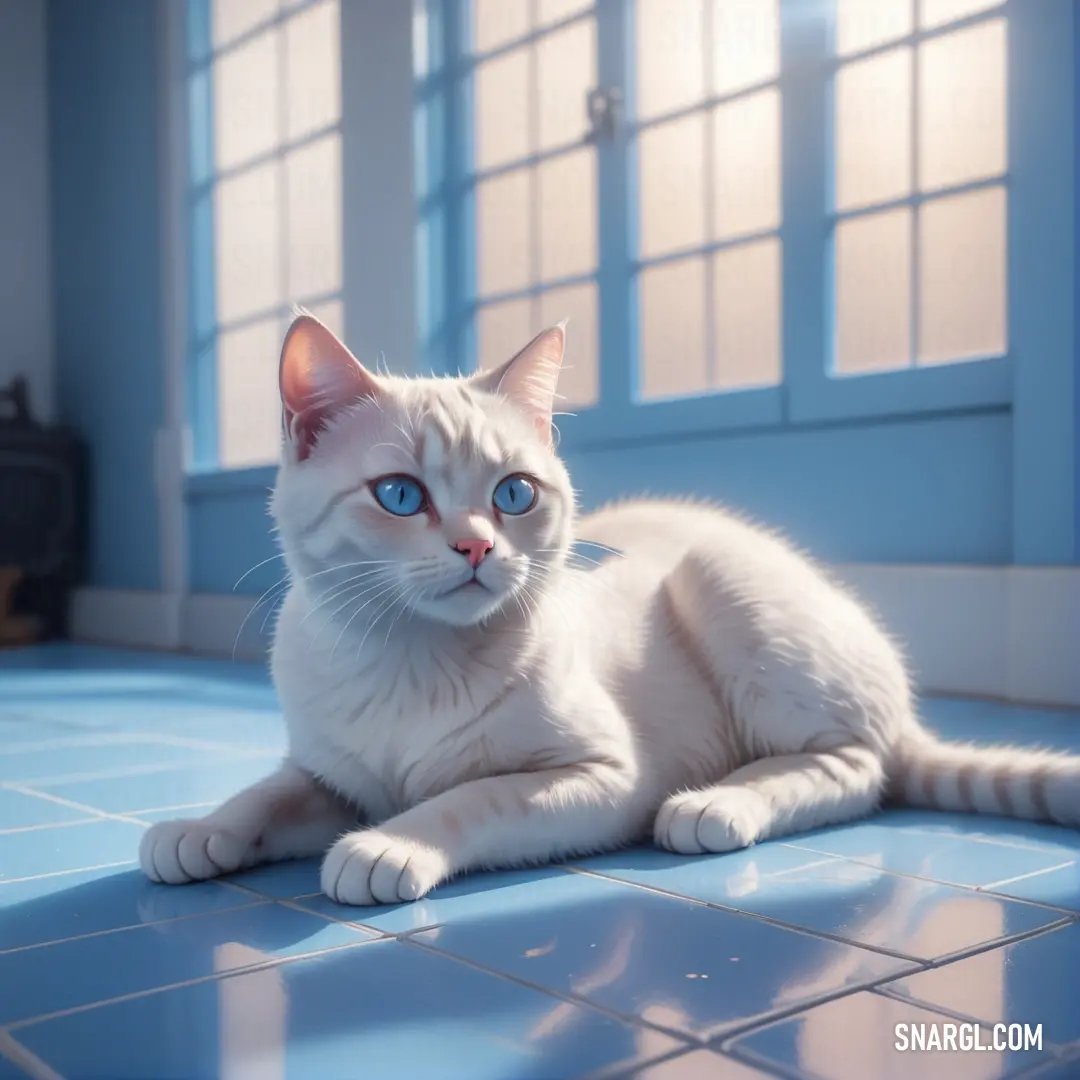
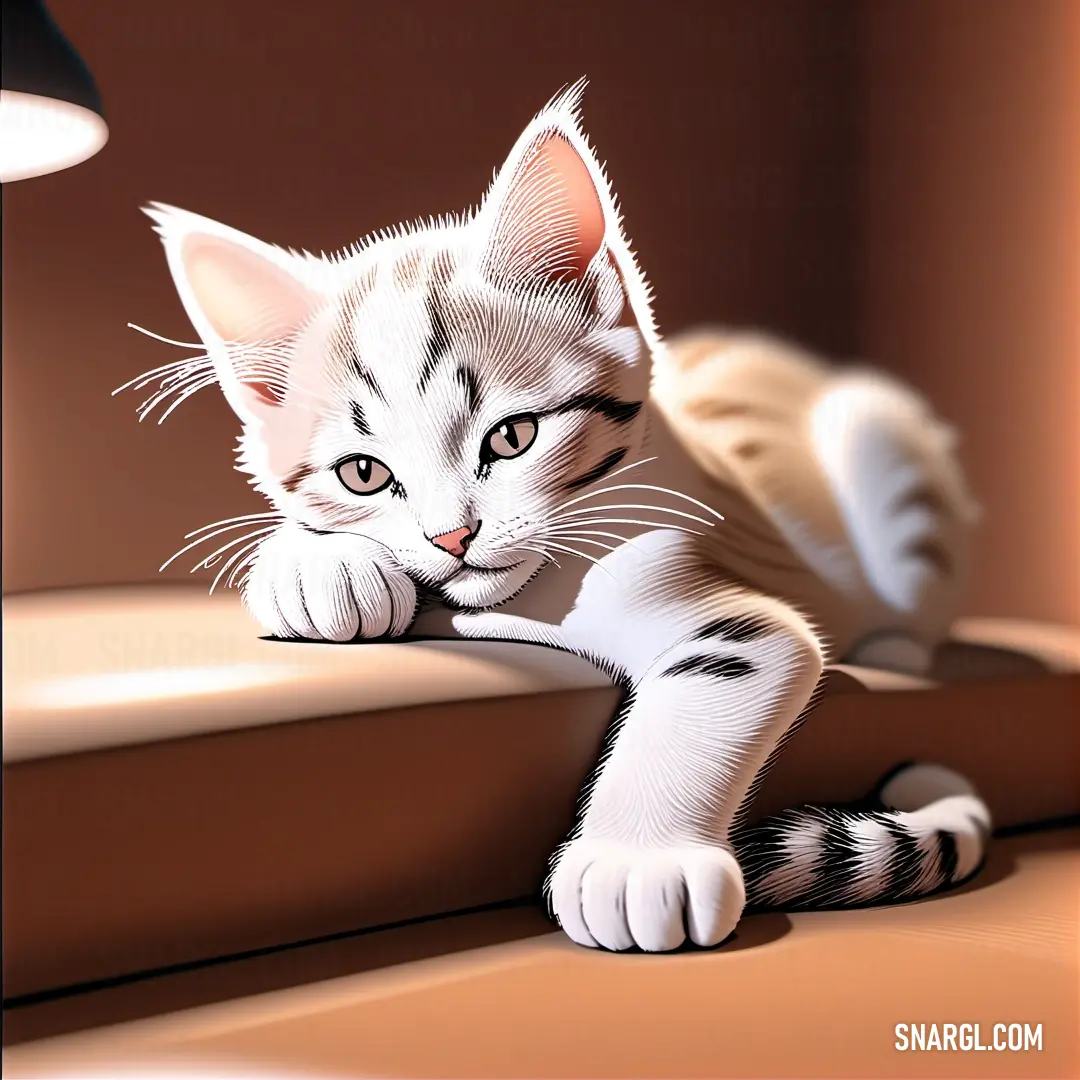
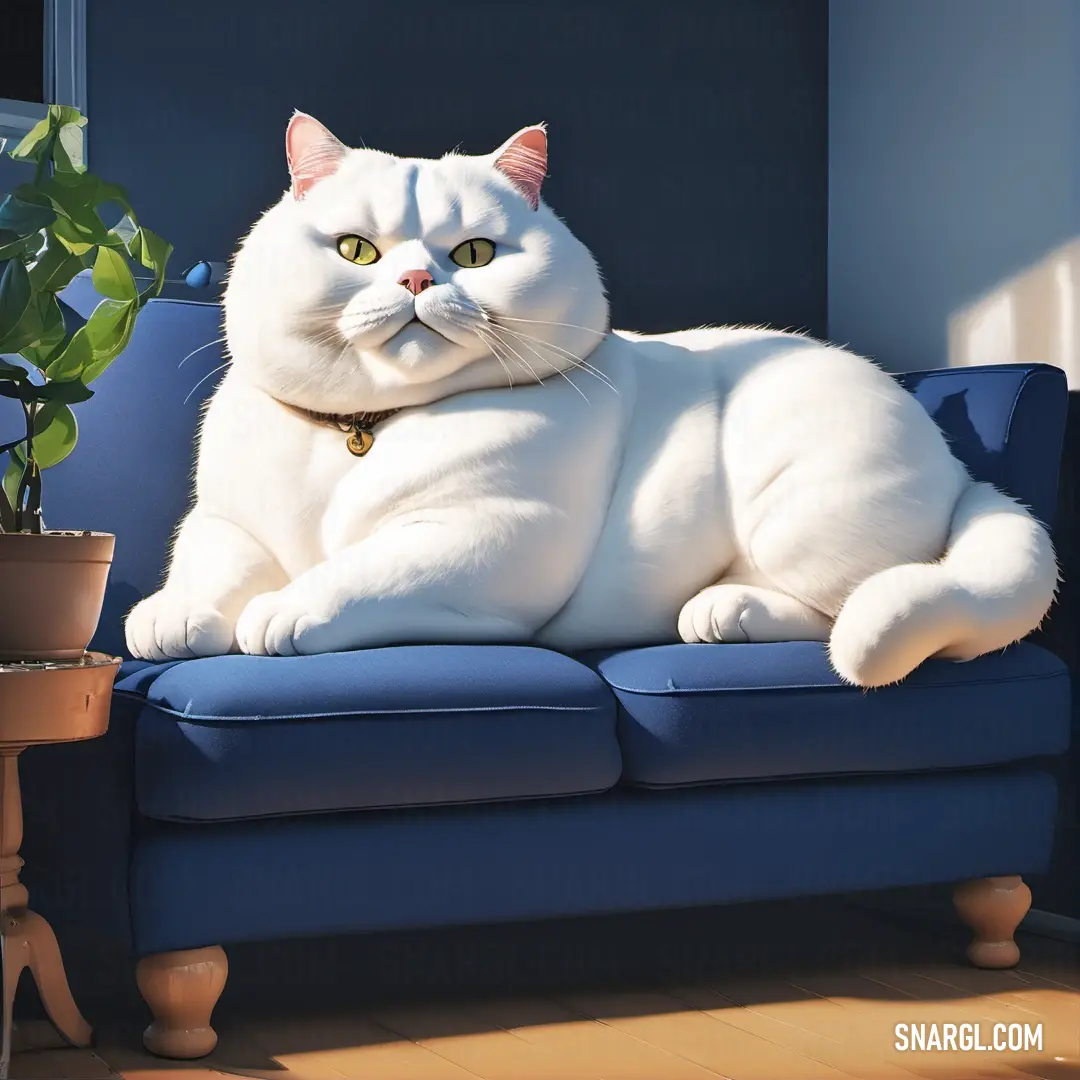
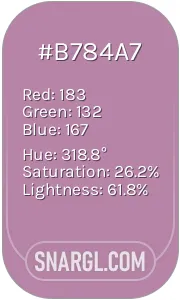 Opera mauve
Opera mauve Medium carmine
Medium carmine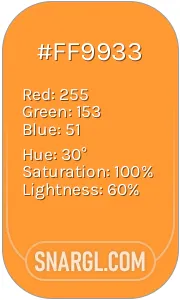 Deep saffron
Deep saffron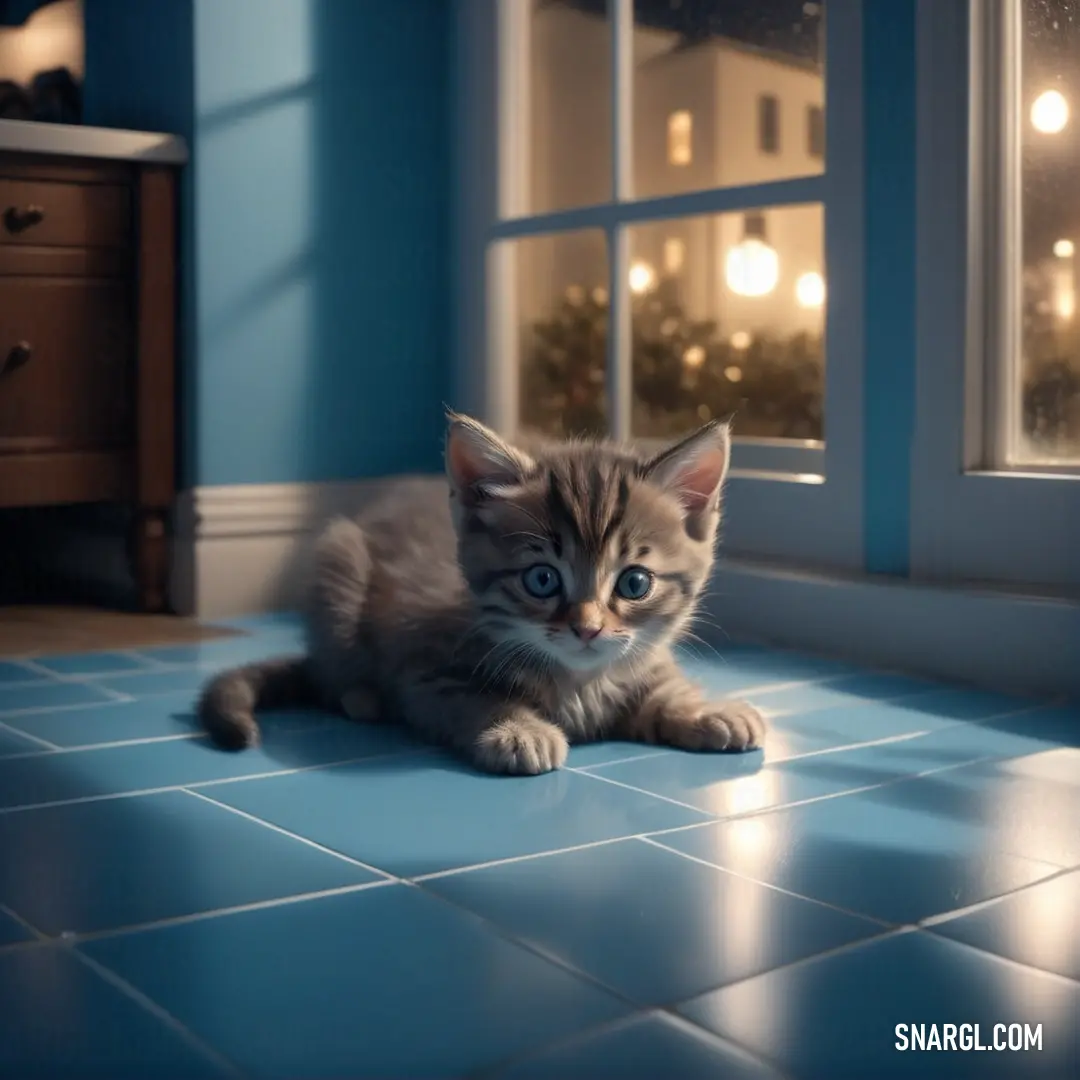
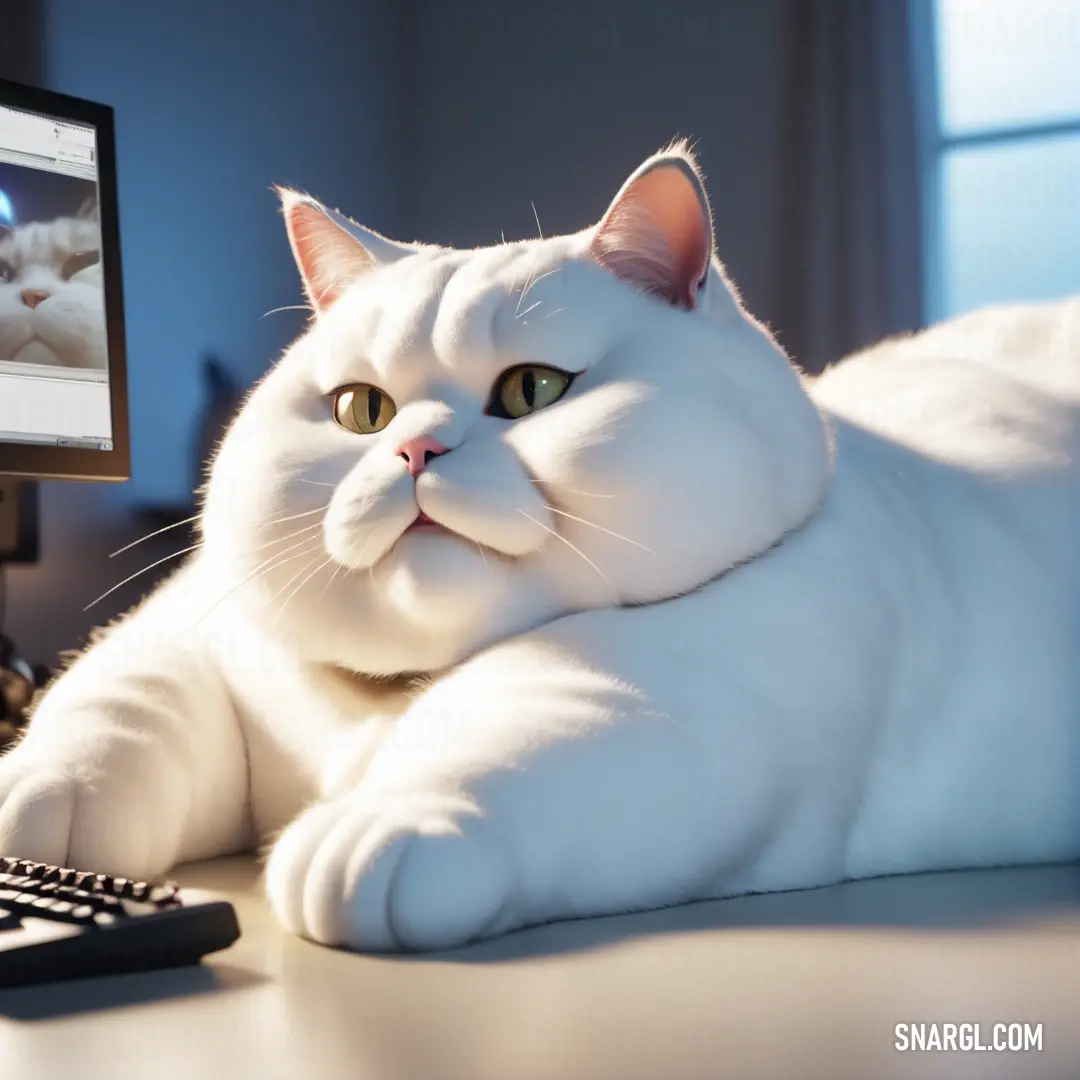
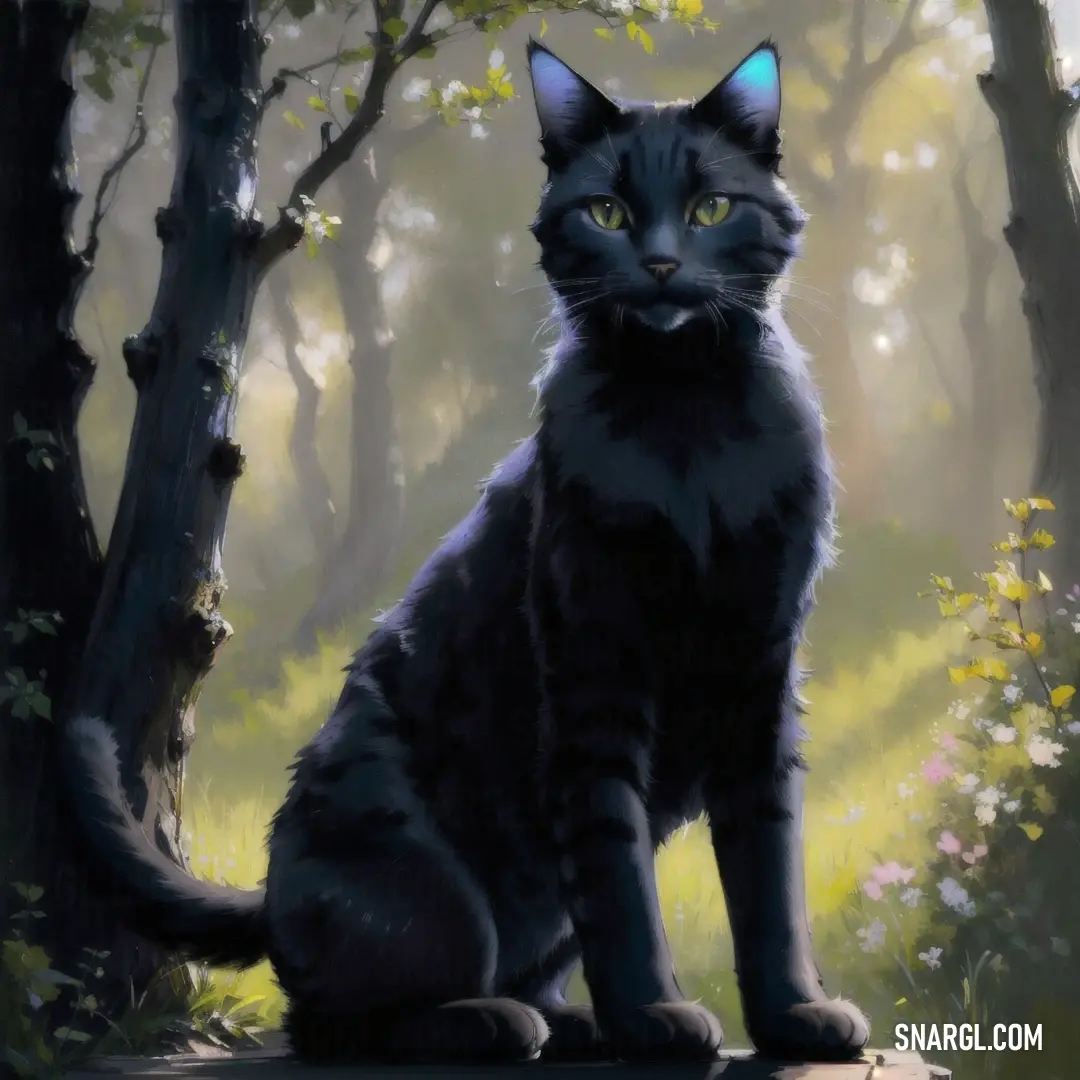
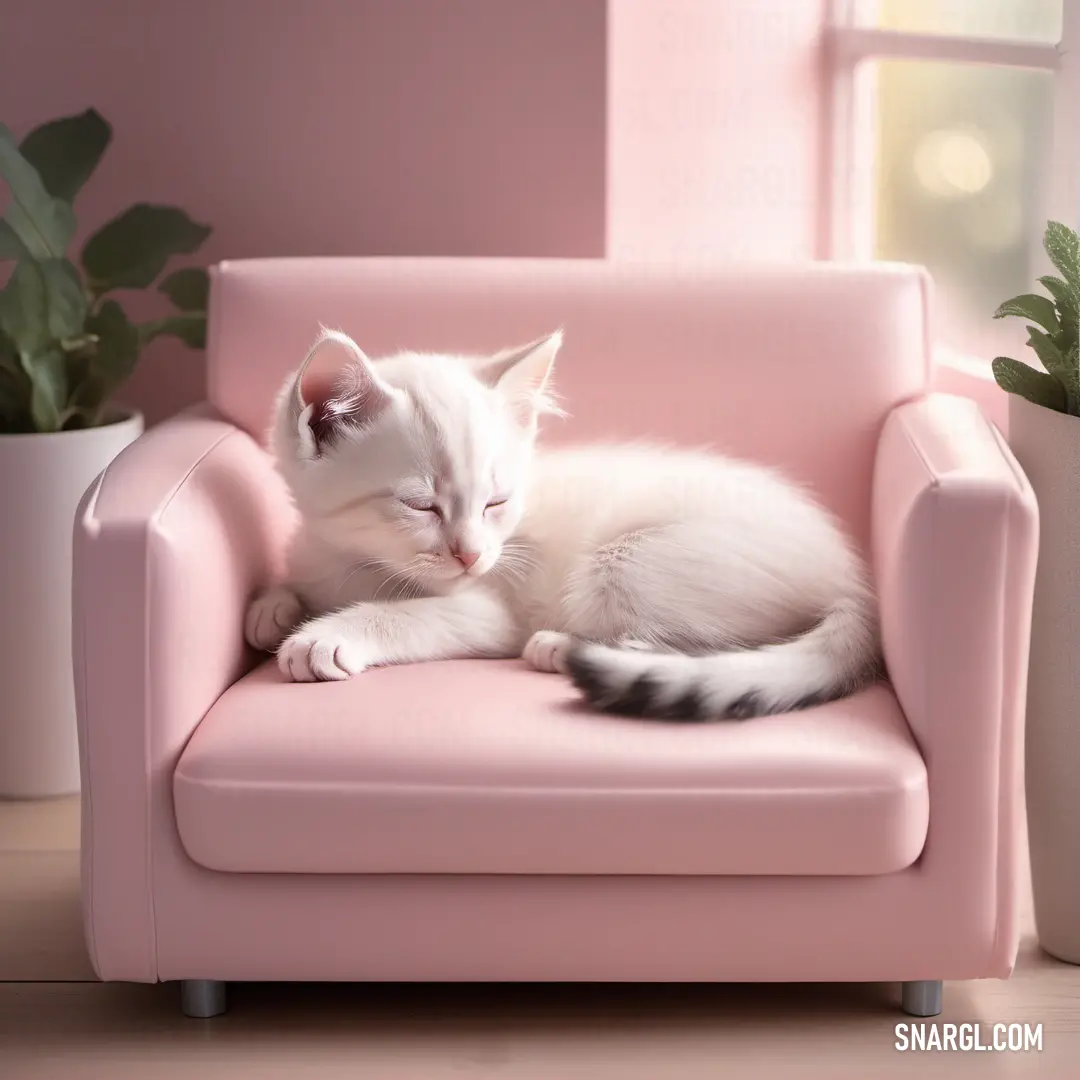
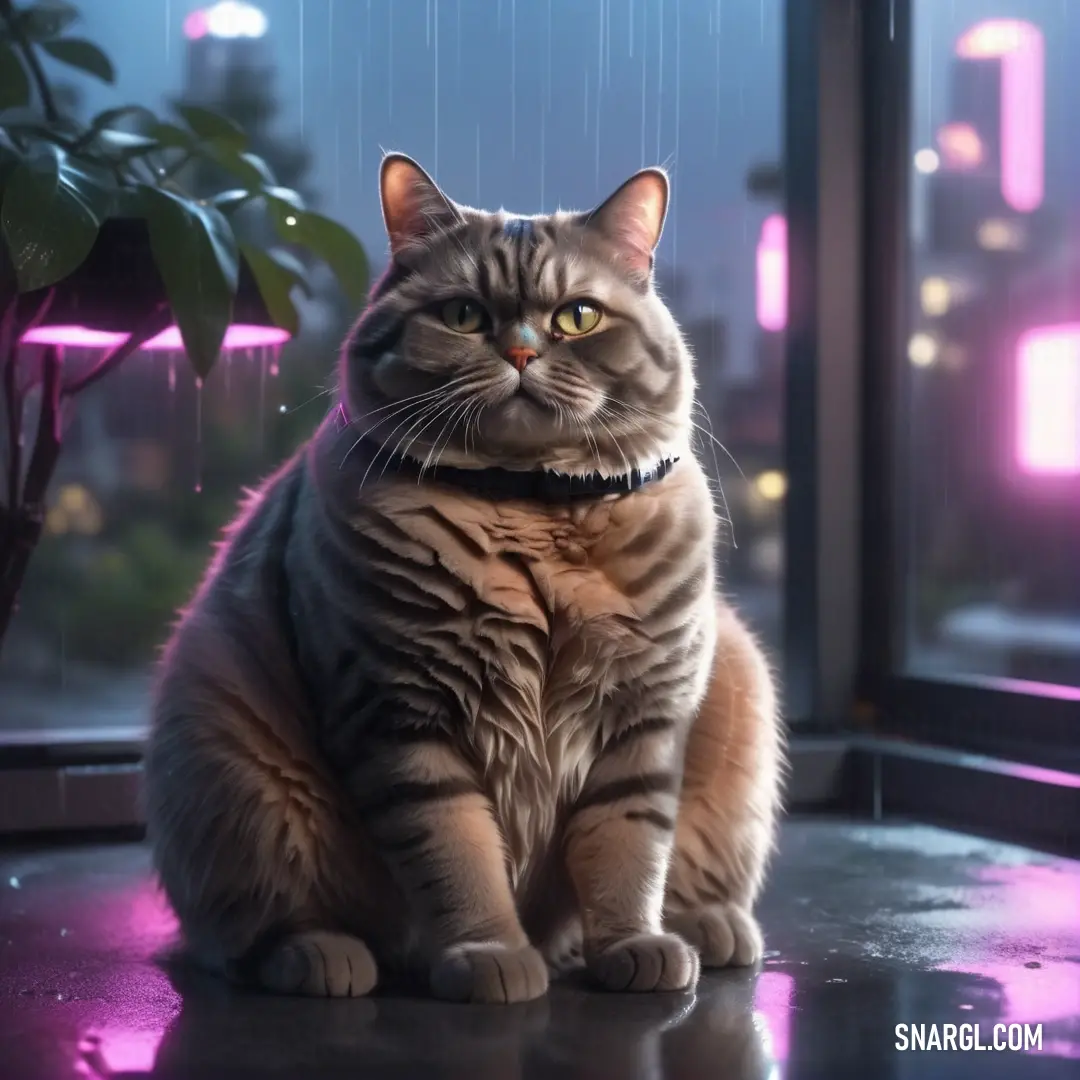
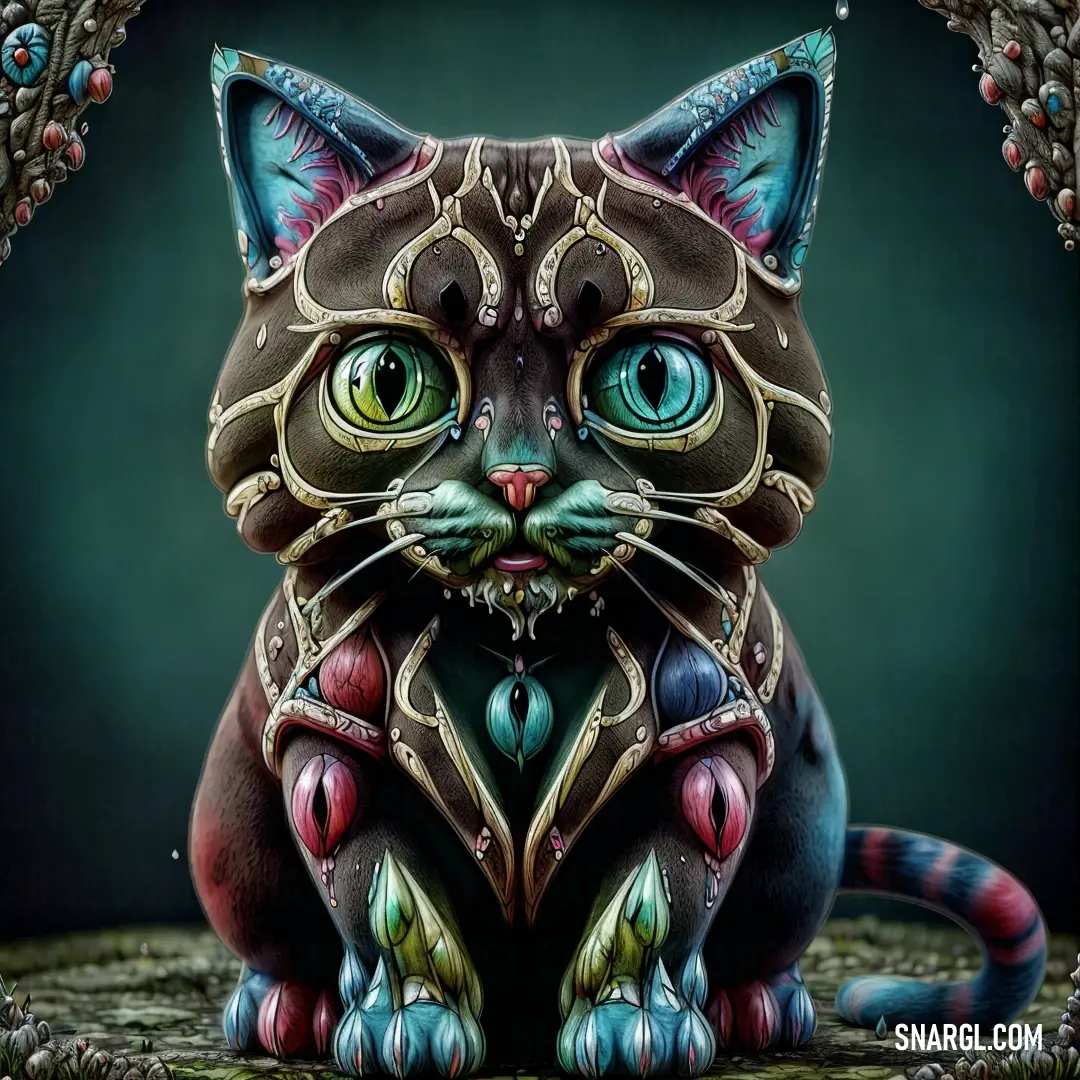
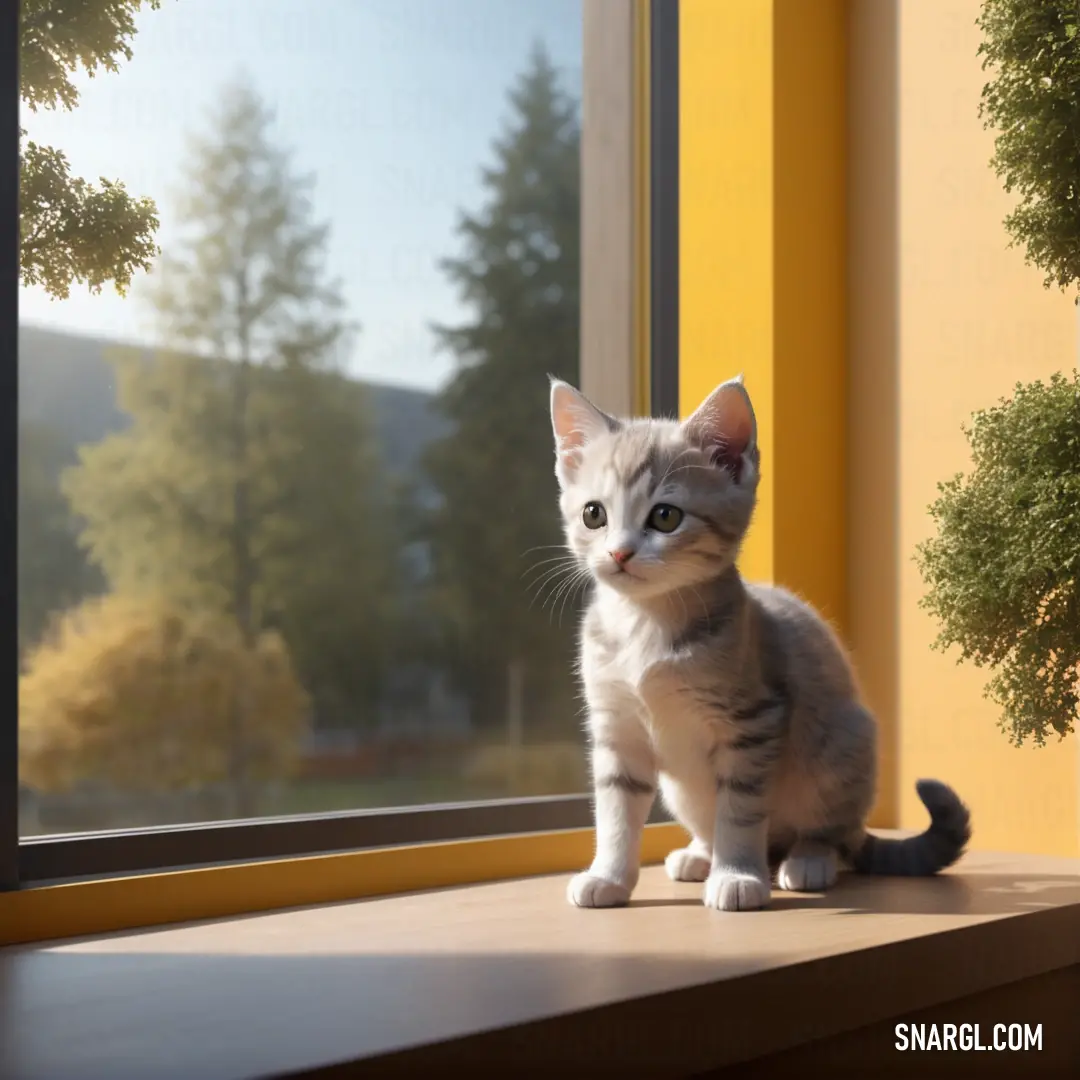
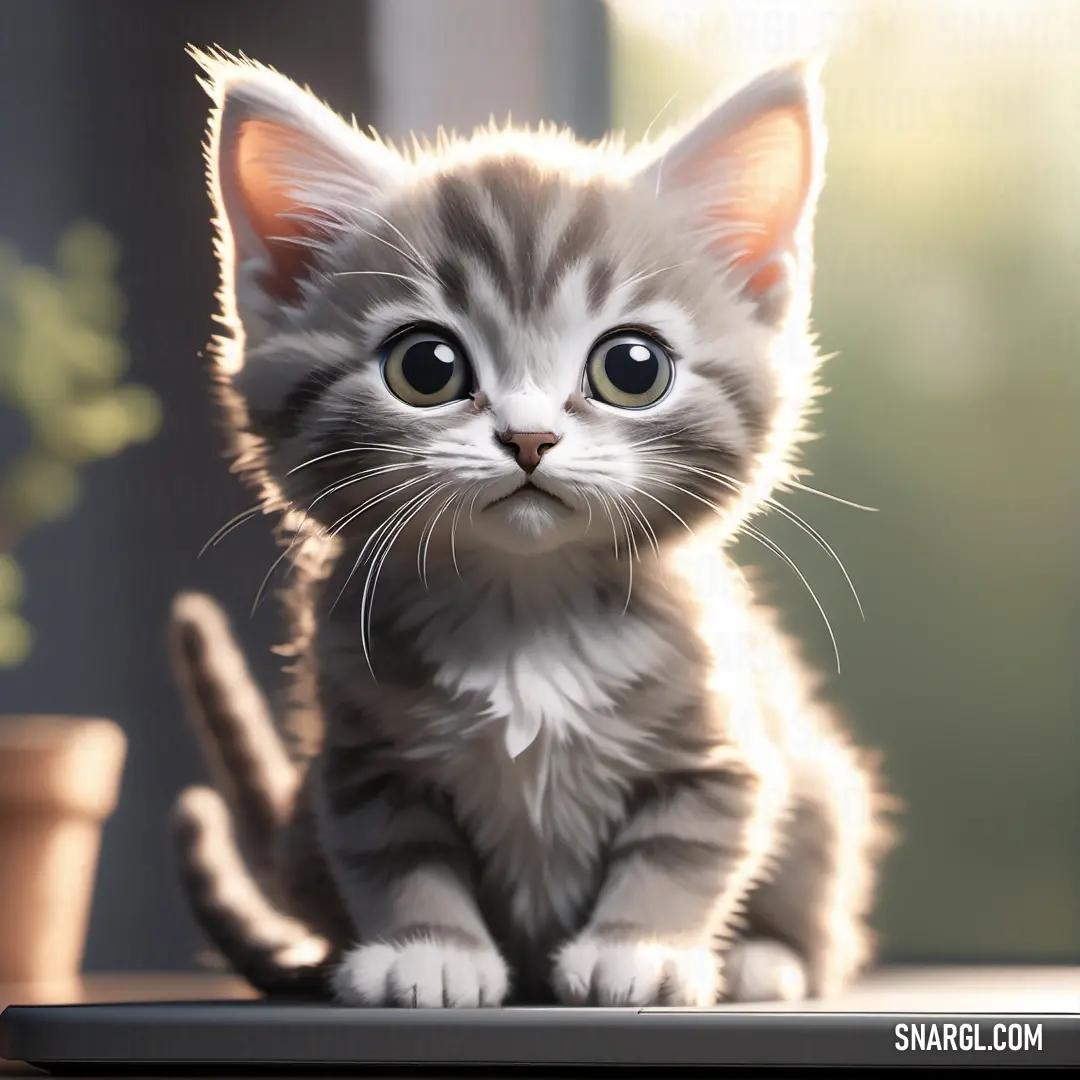
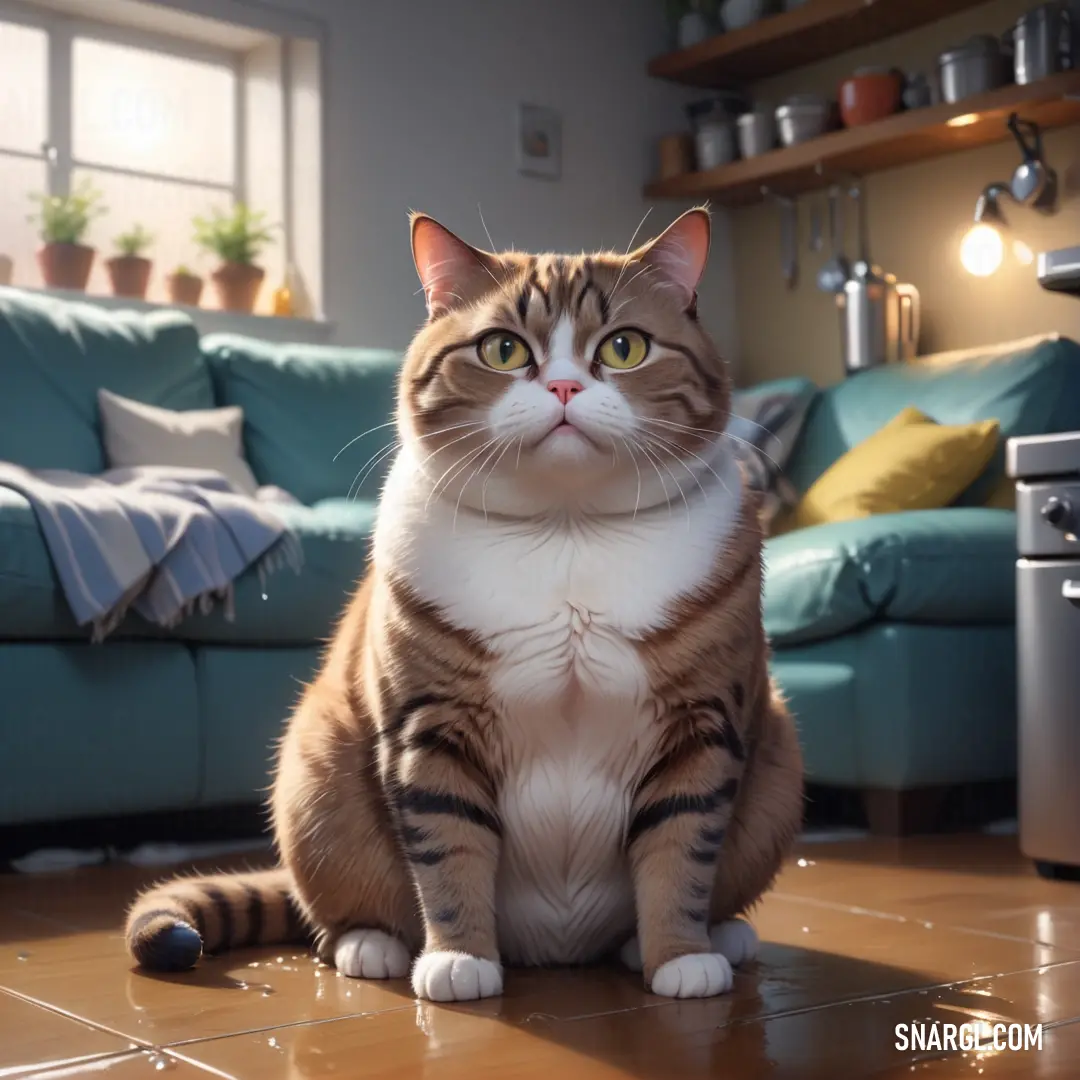
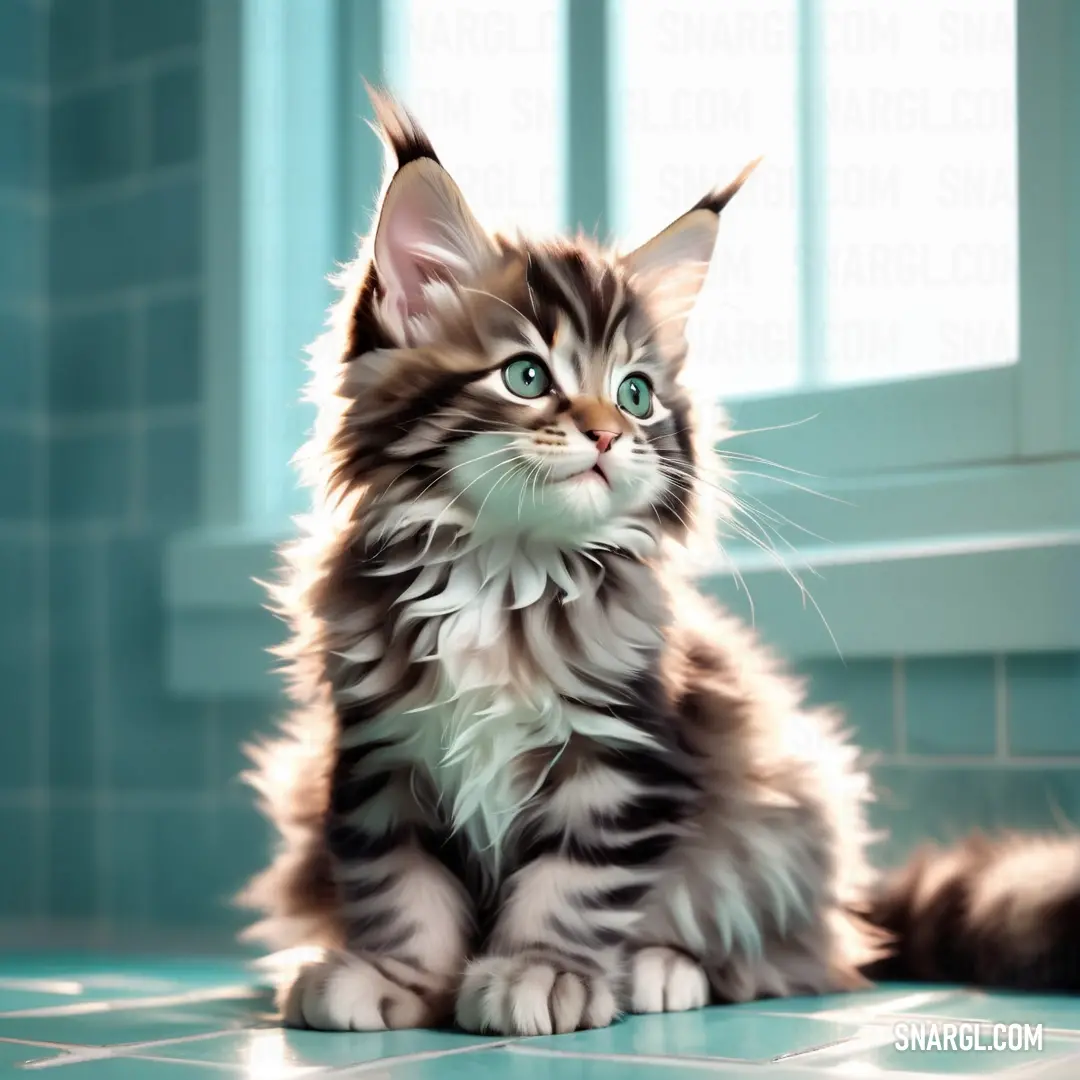
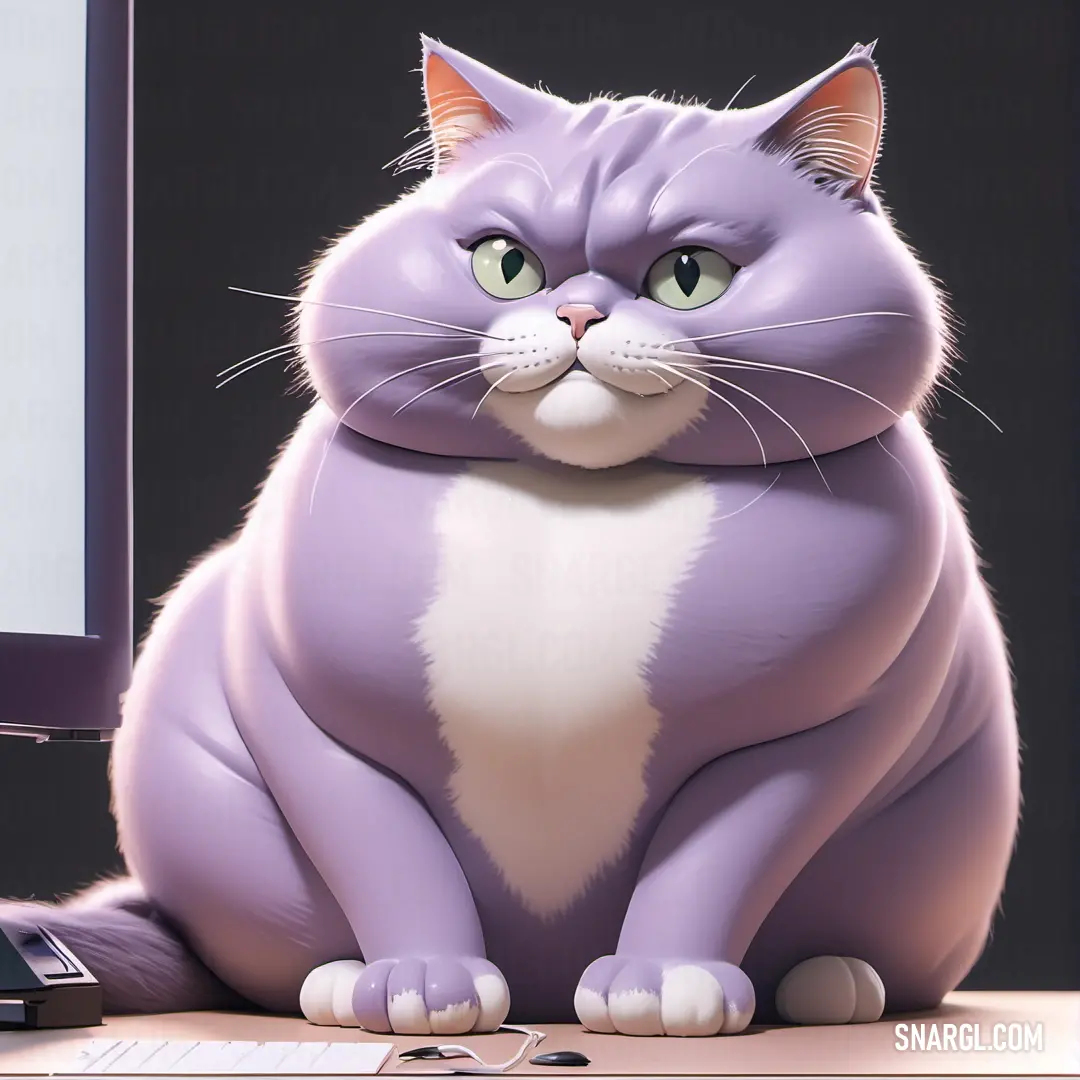
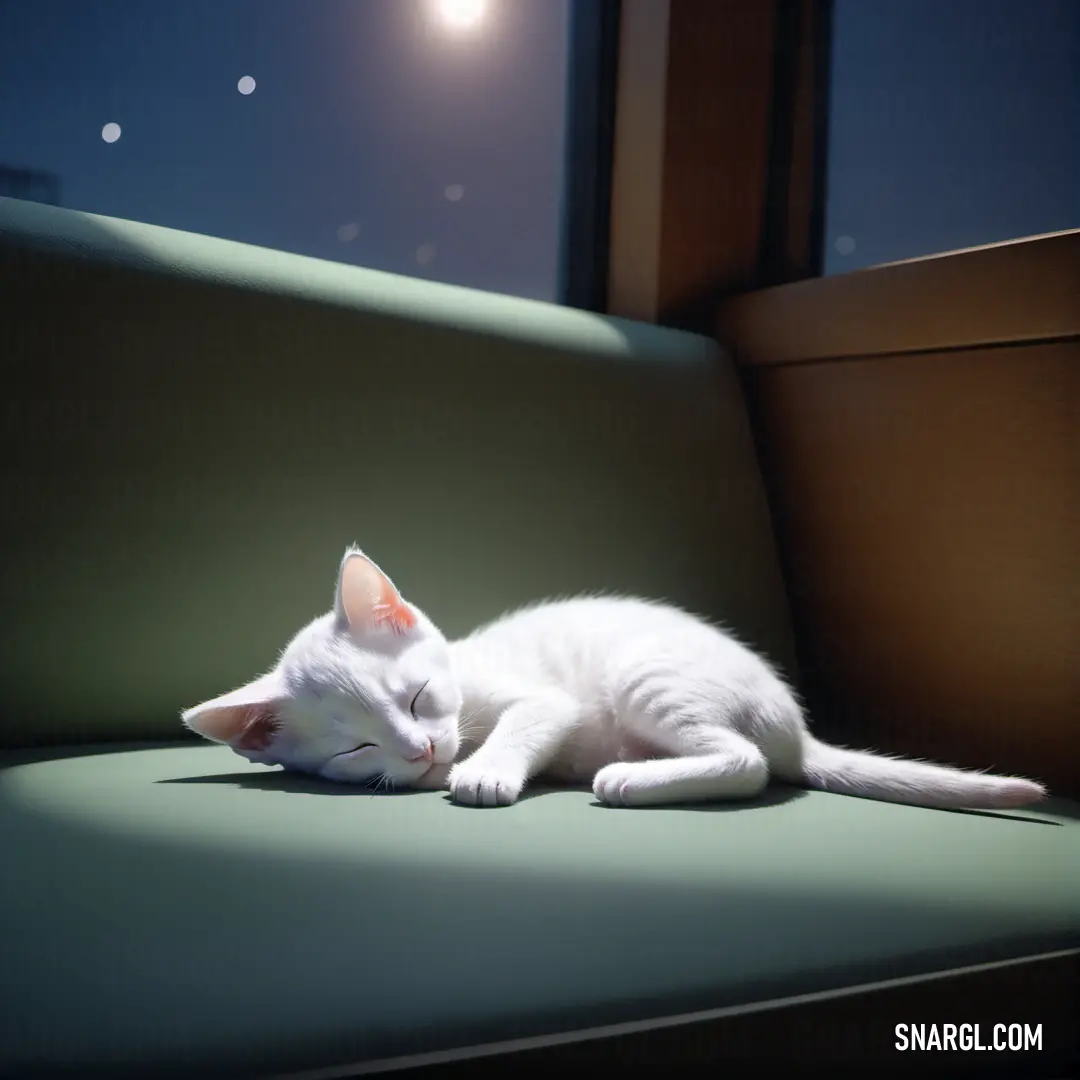
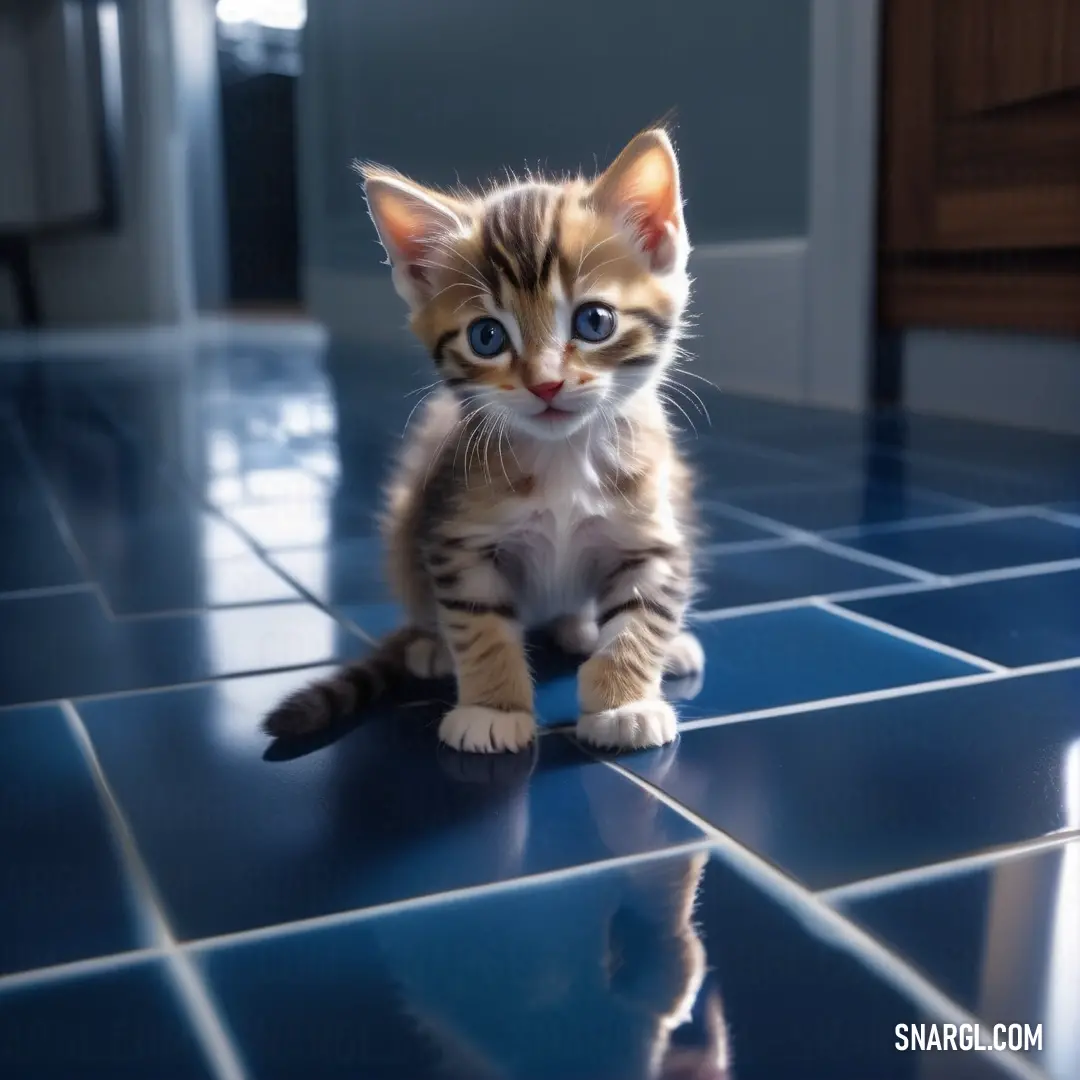
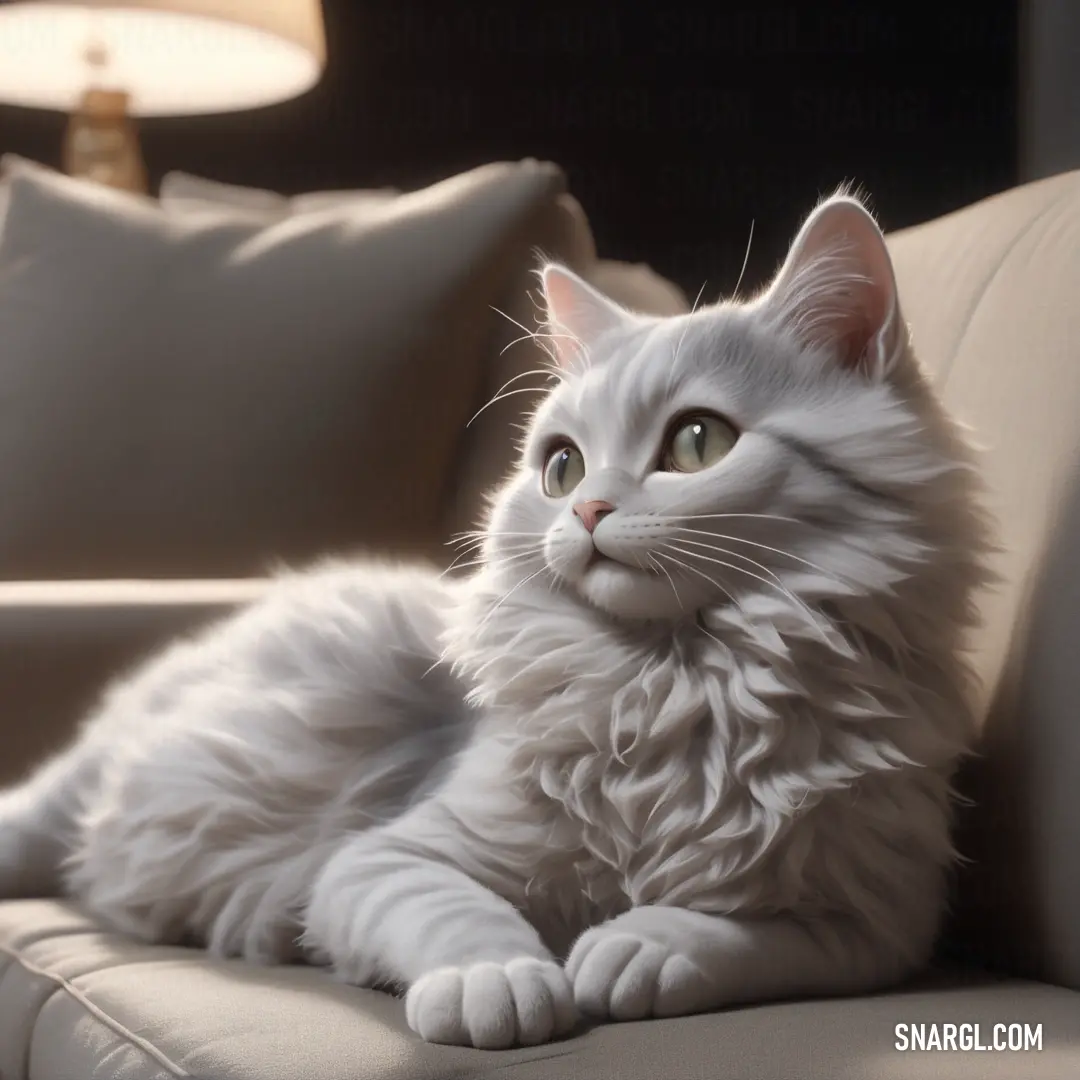
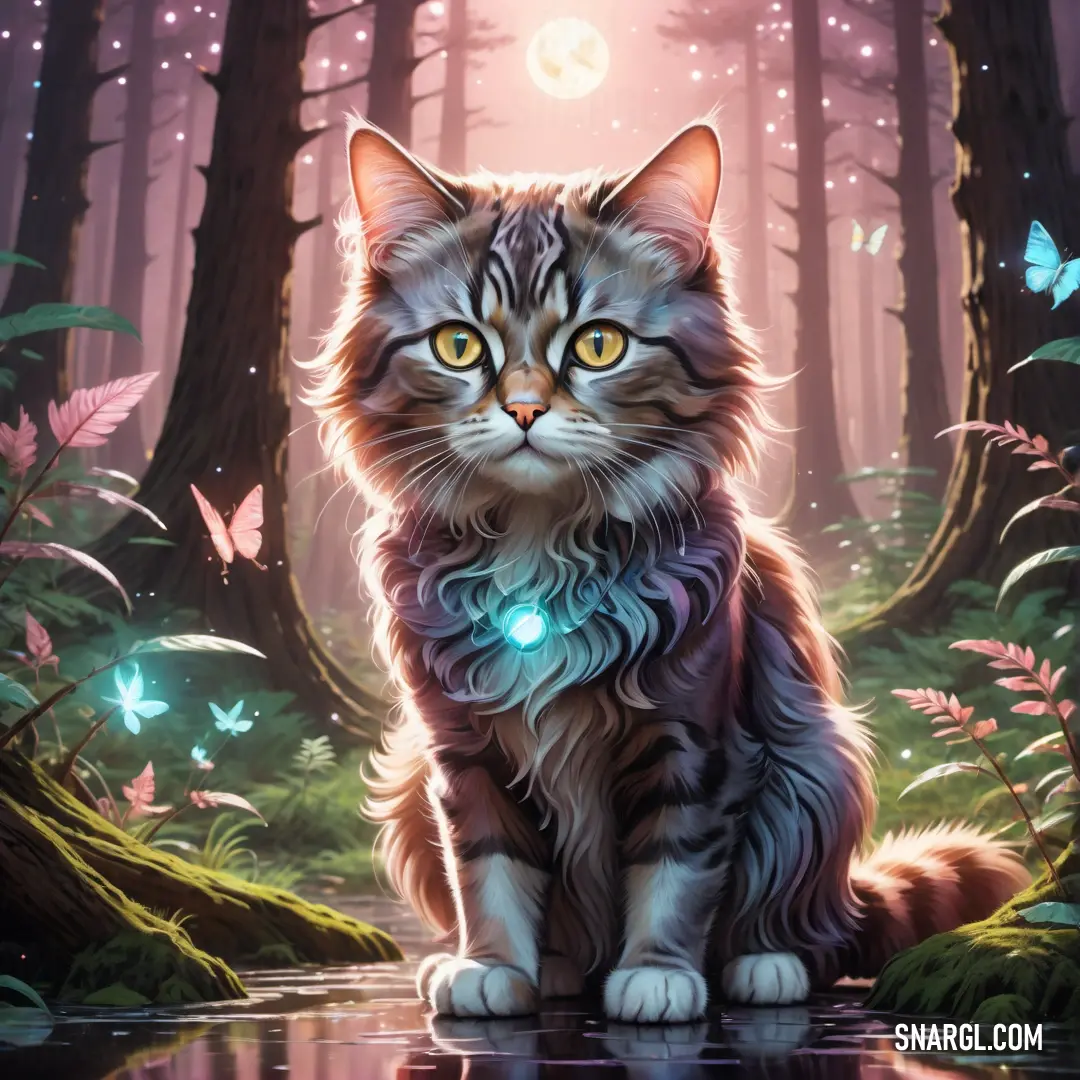
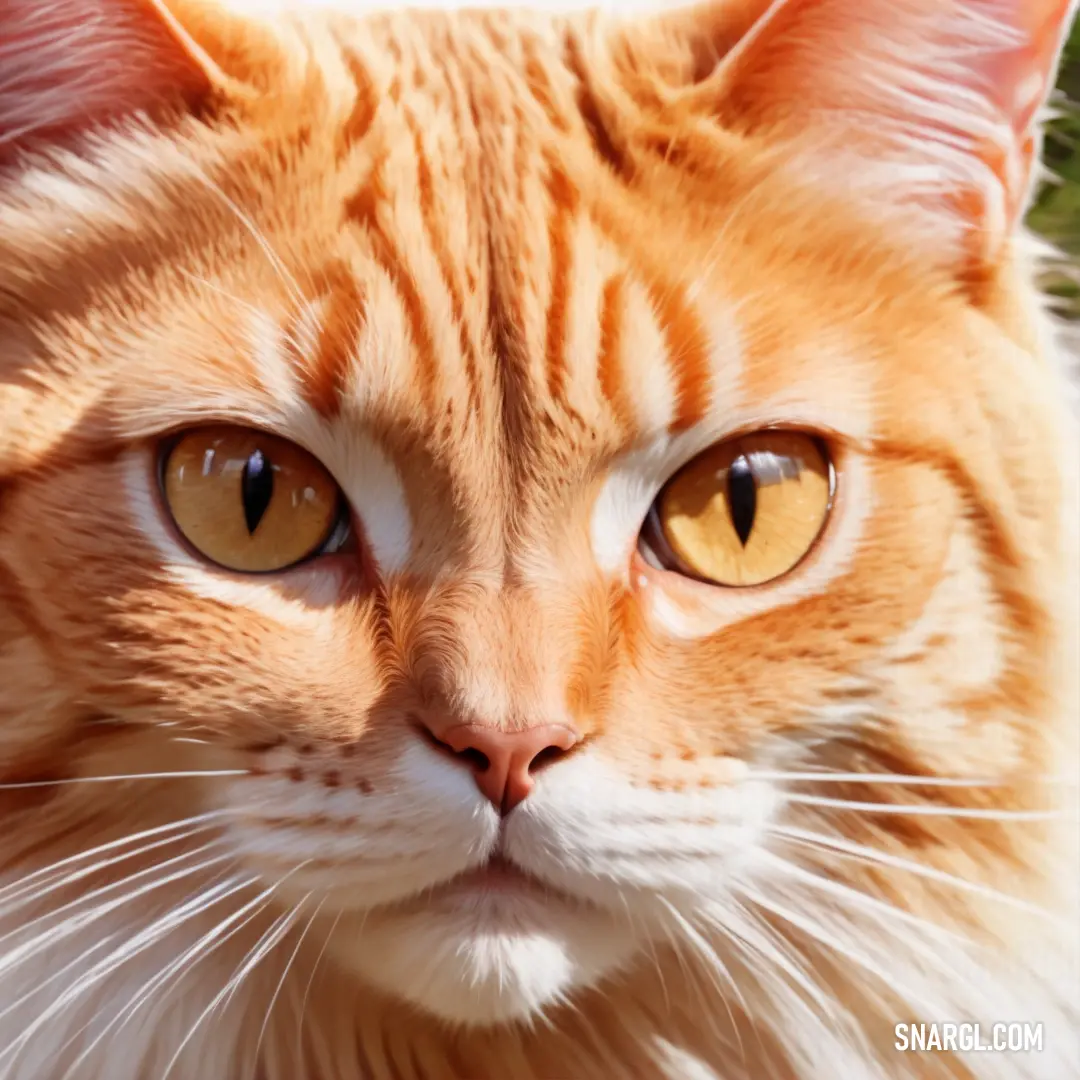
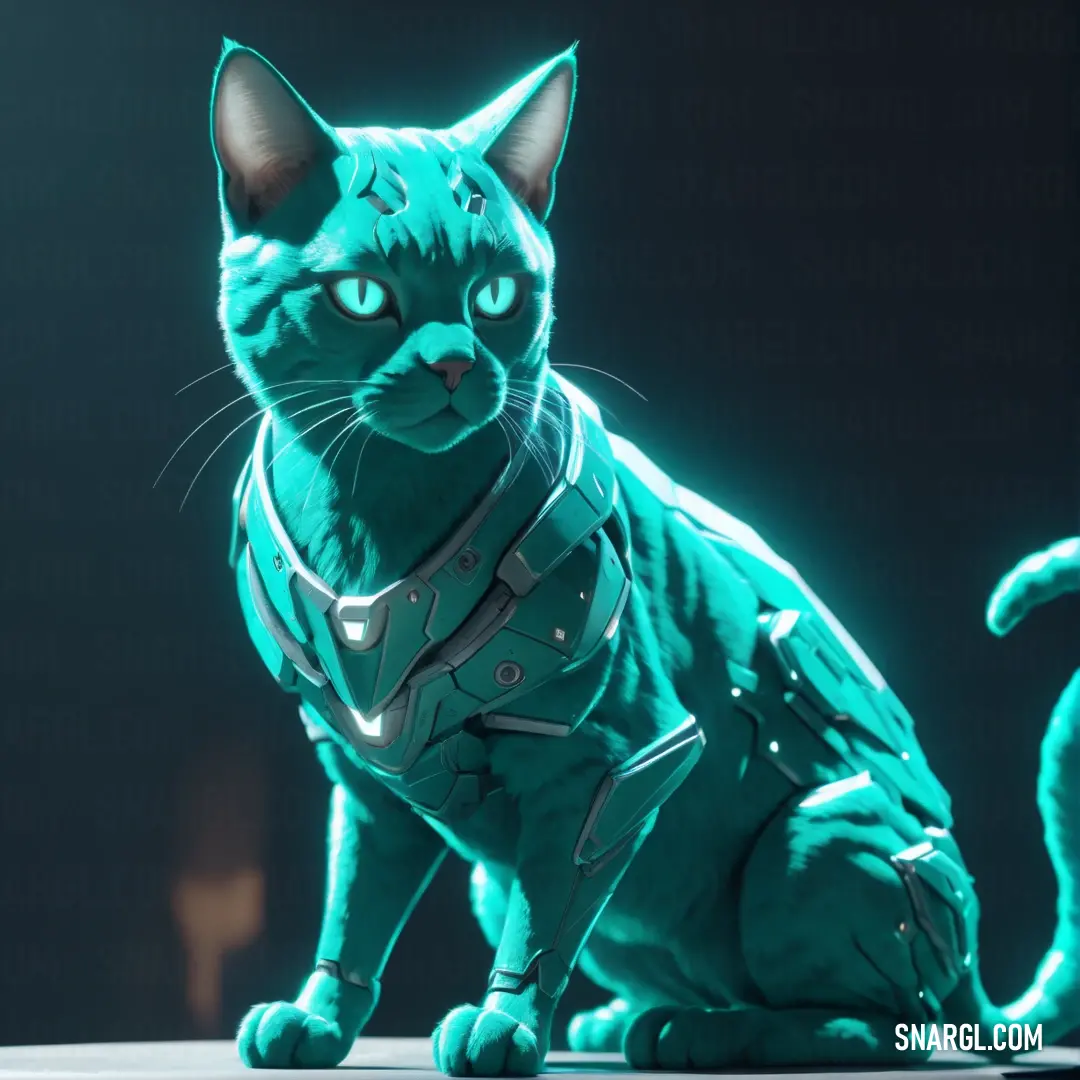
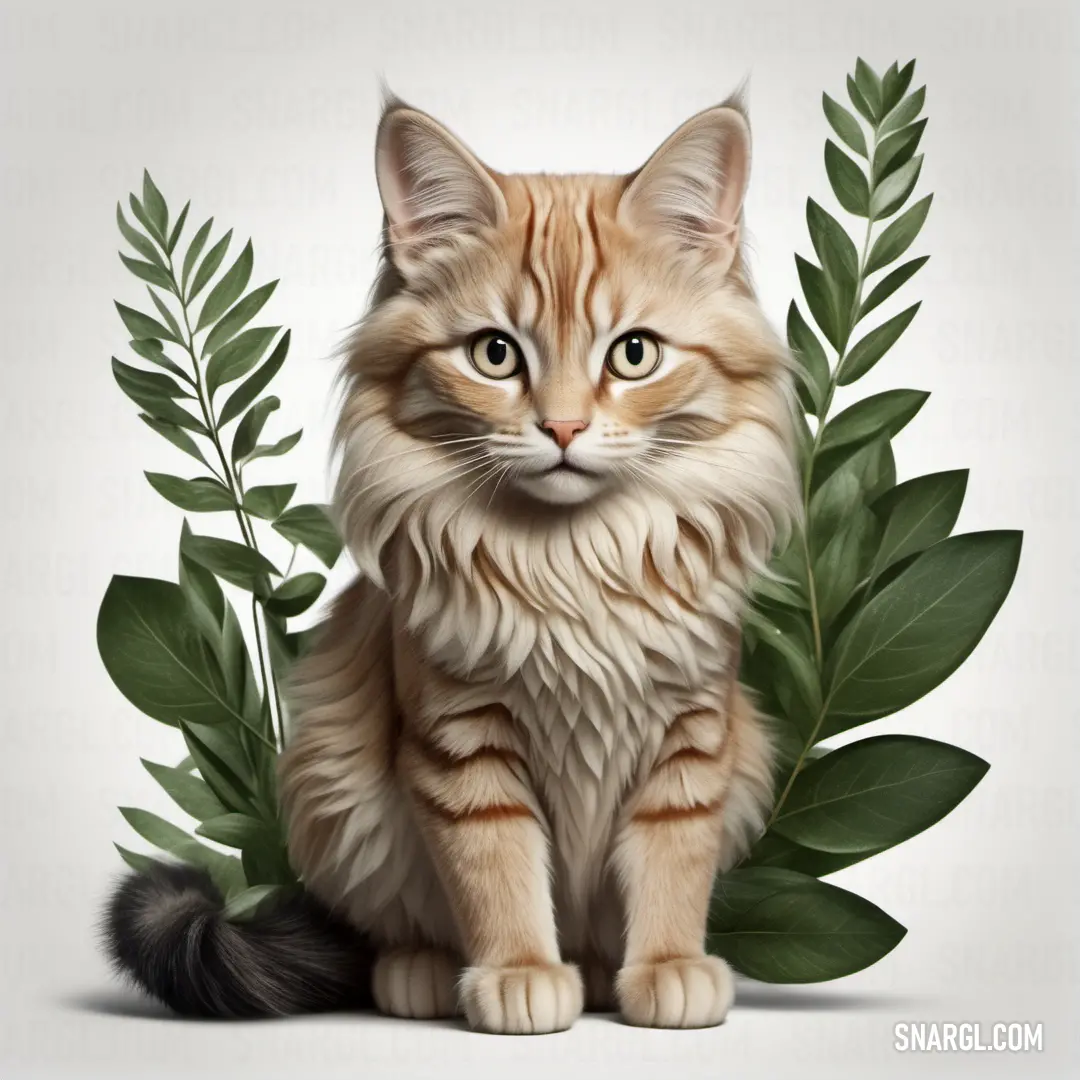
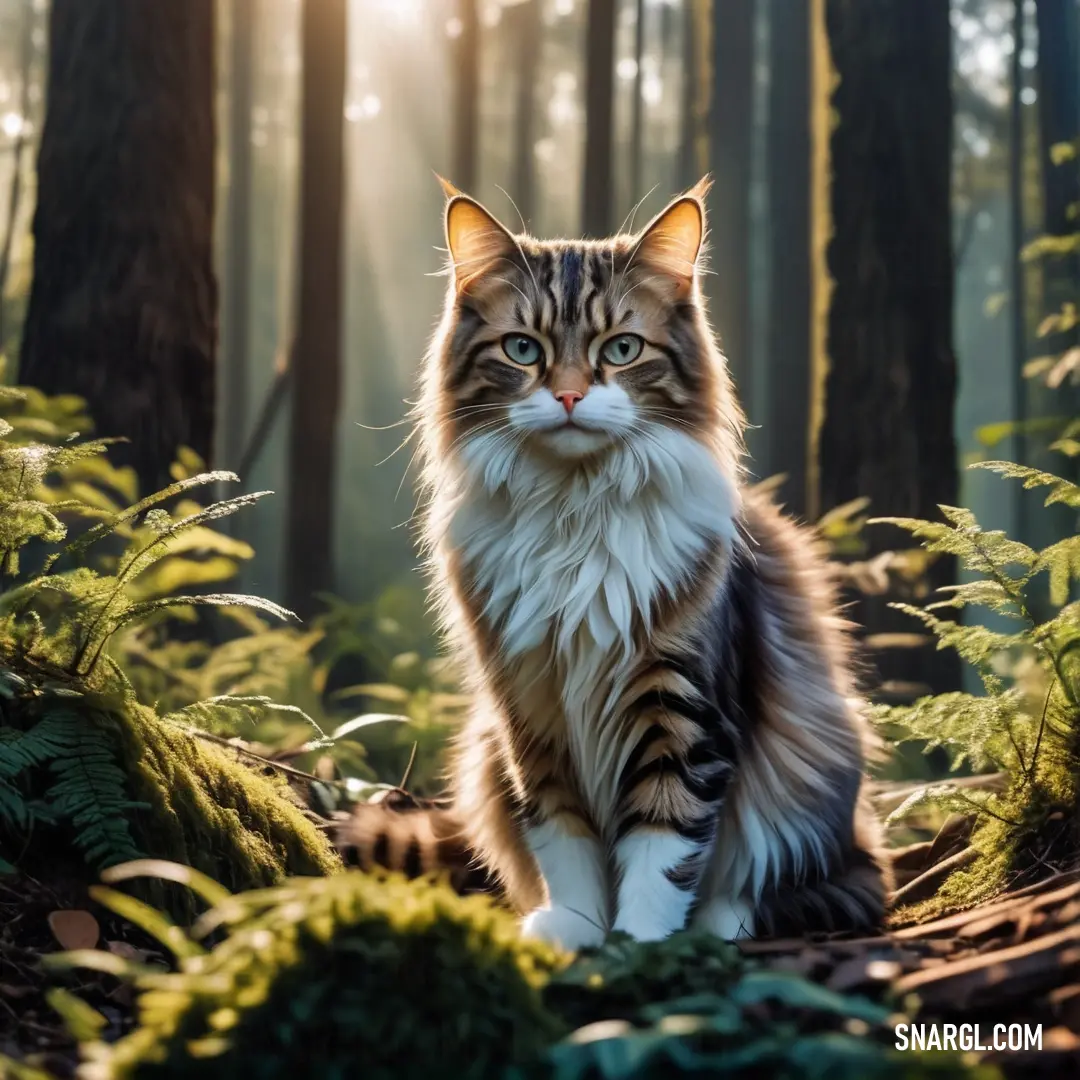
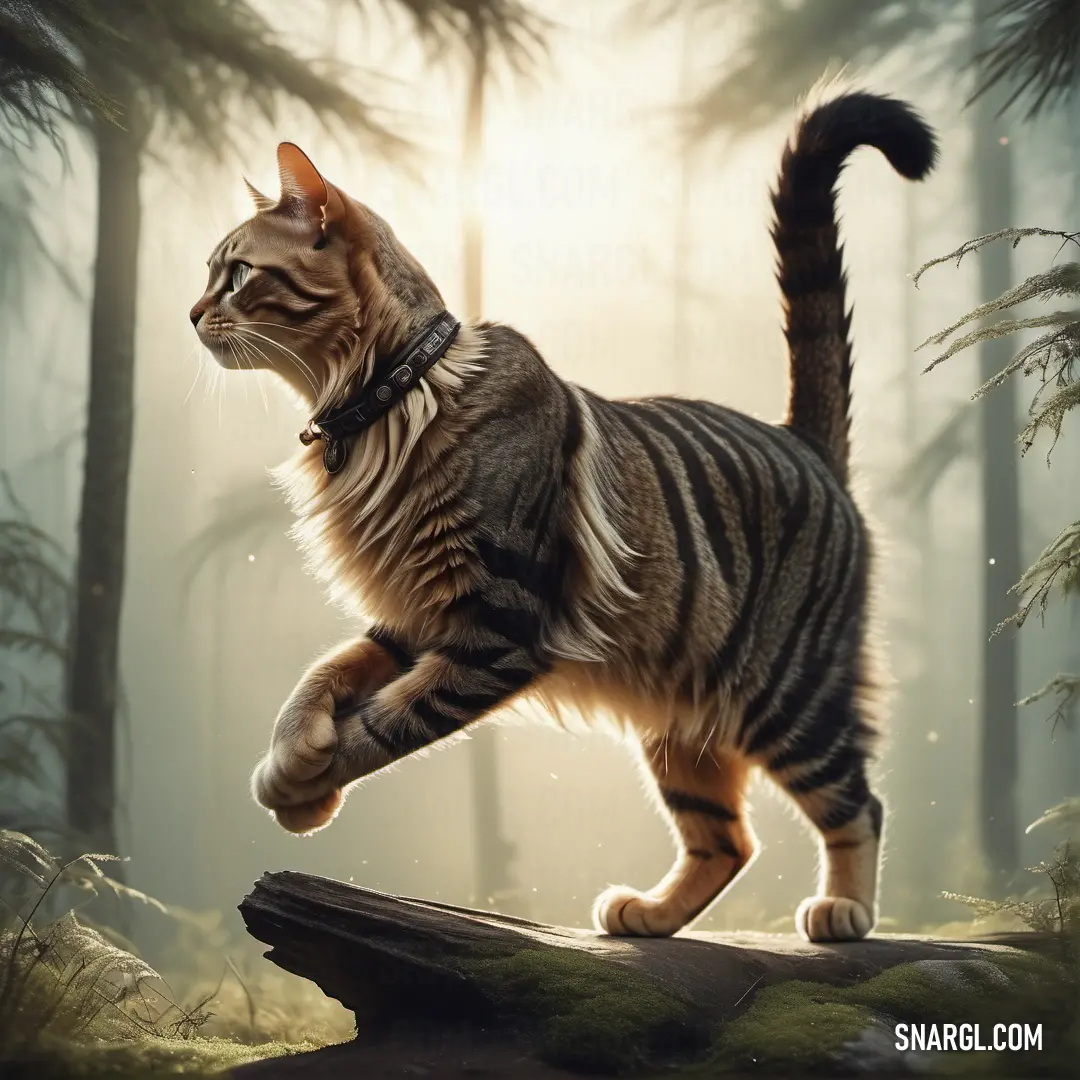
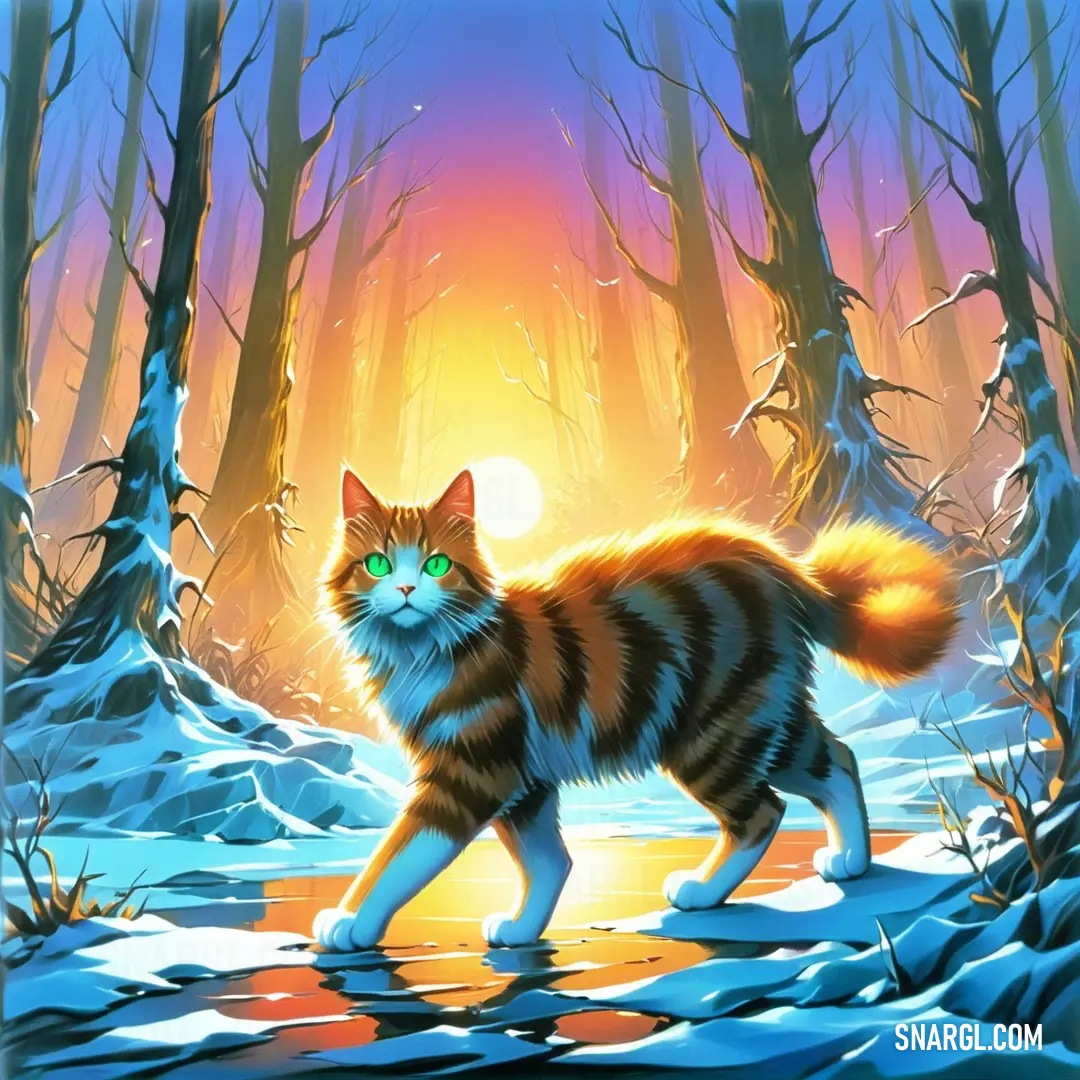
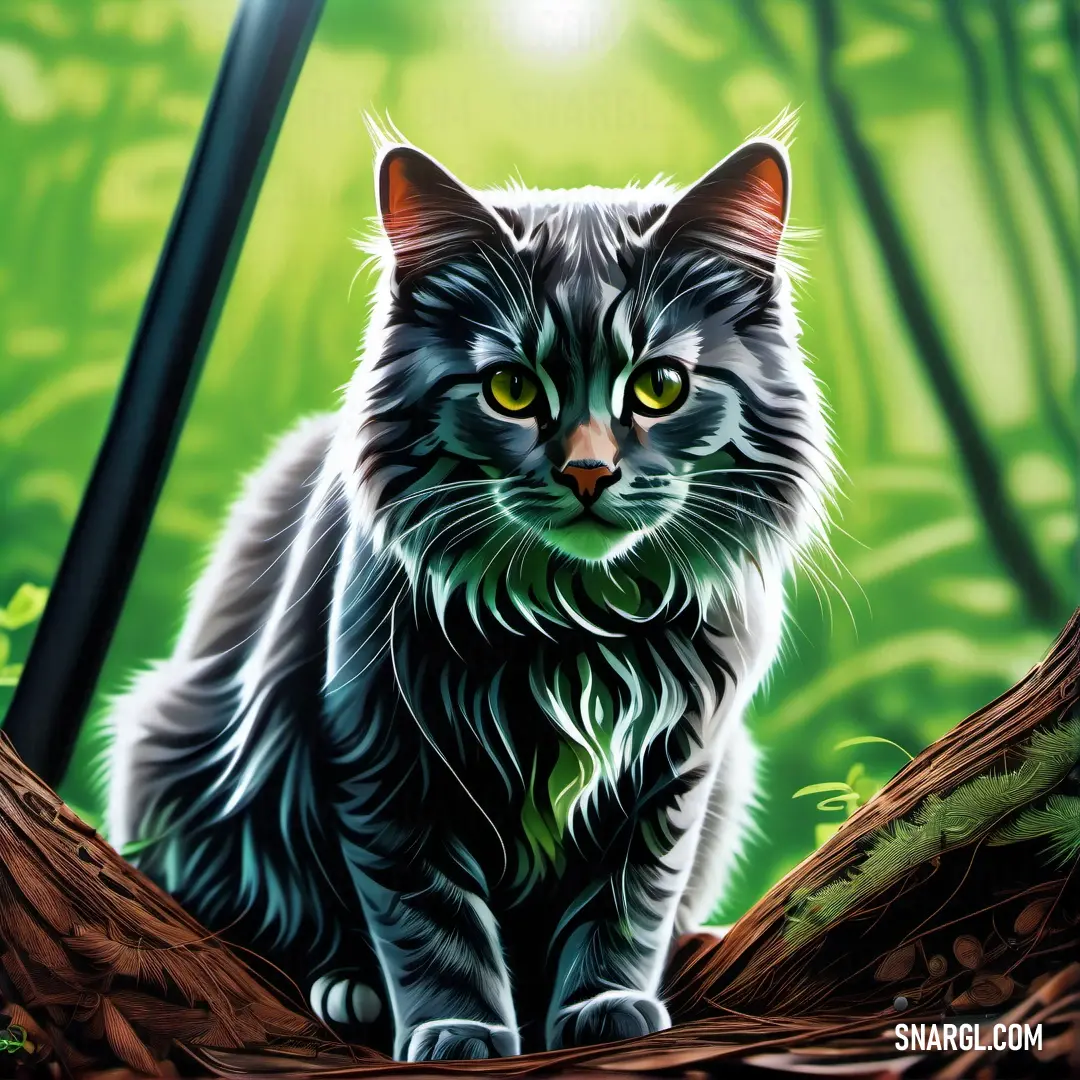
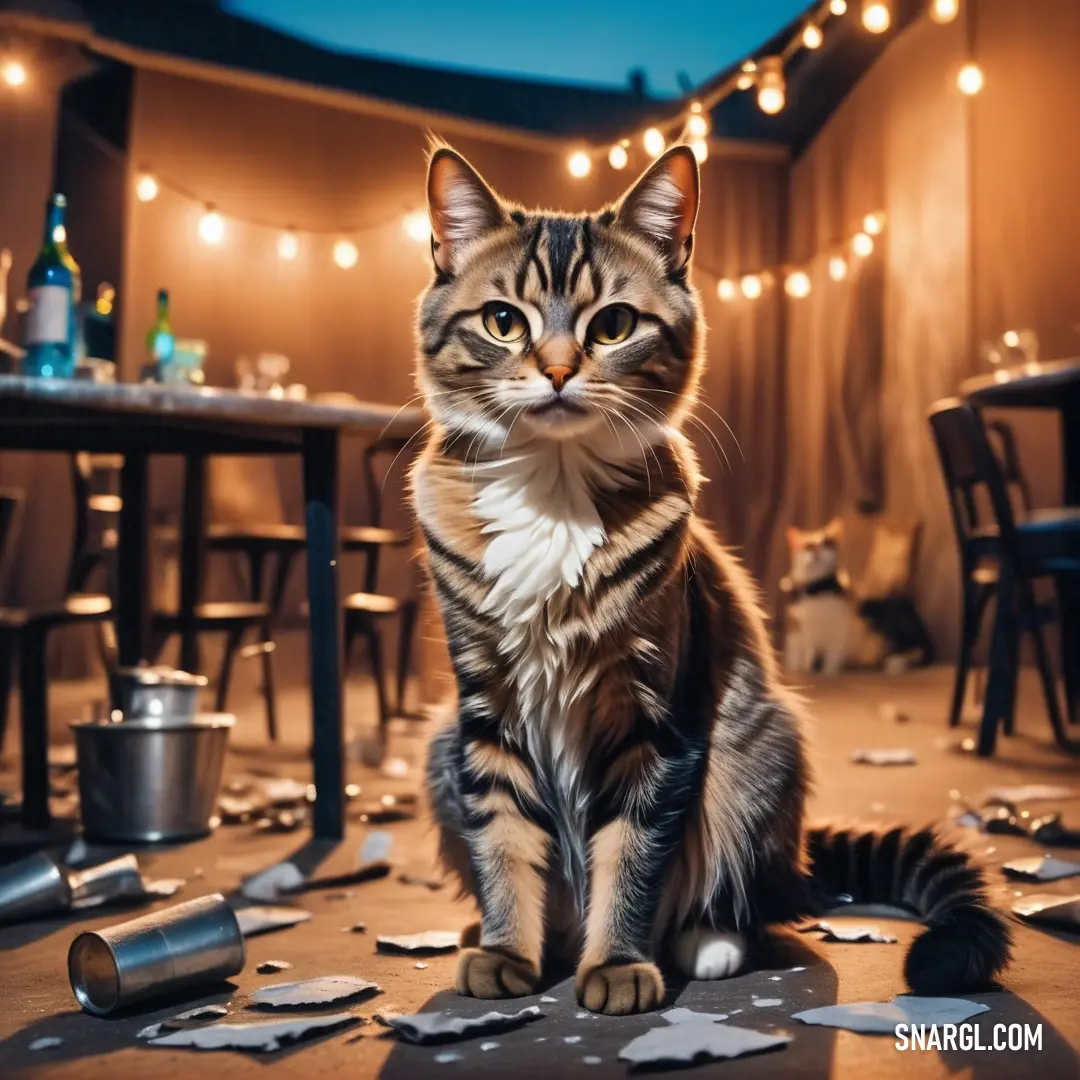
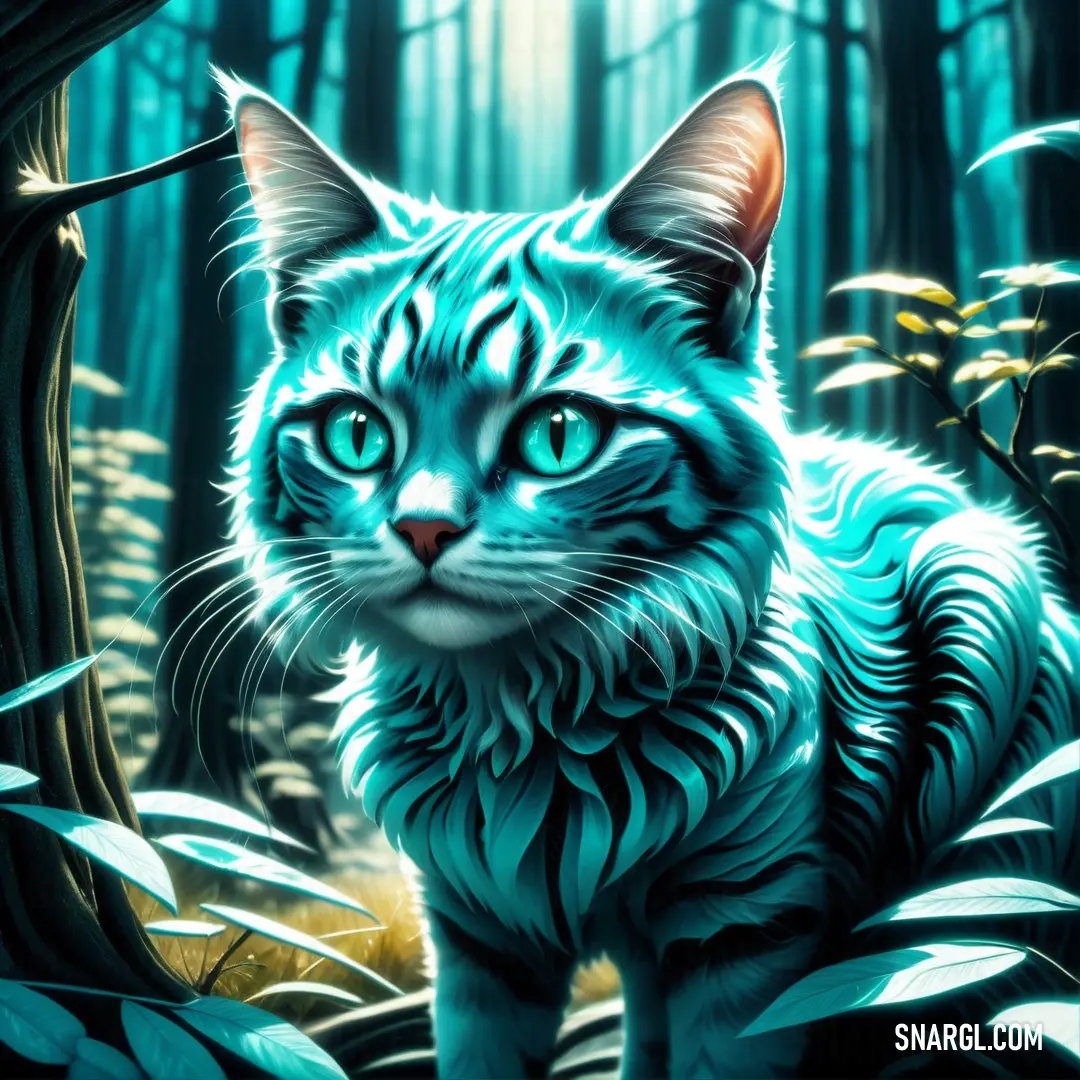
 Palatinate purple
Palatinate purple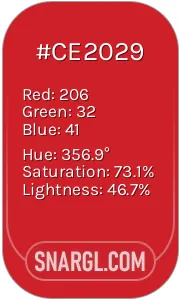 Fire engine red
Fire engine red Pink pearl
Pink pearl Snow
Snow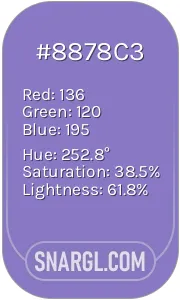 Ube
Ube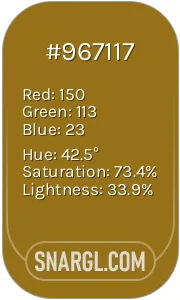 Drab
Drab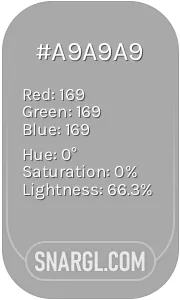 Dark gray
Dark gray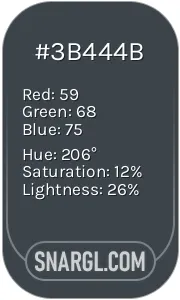 Arsenic
Arsenic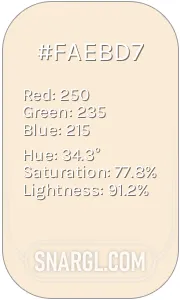 Antique White
Antique White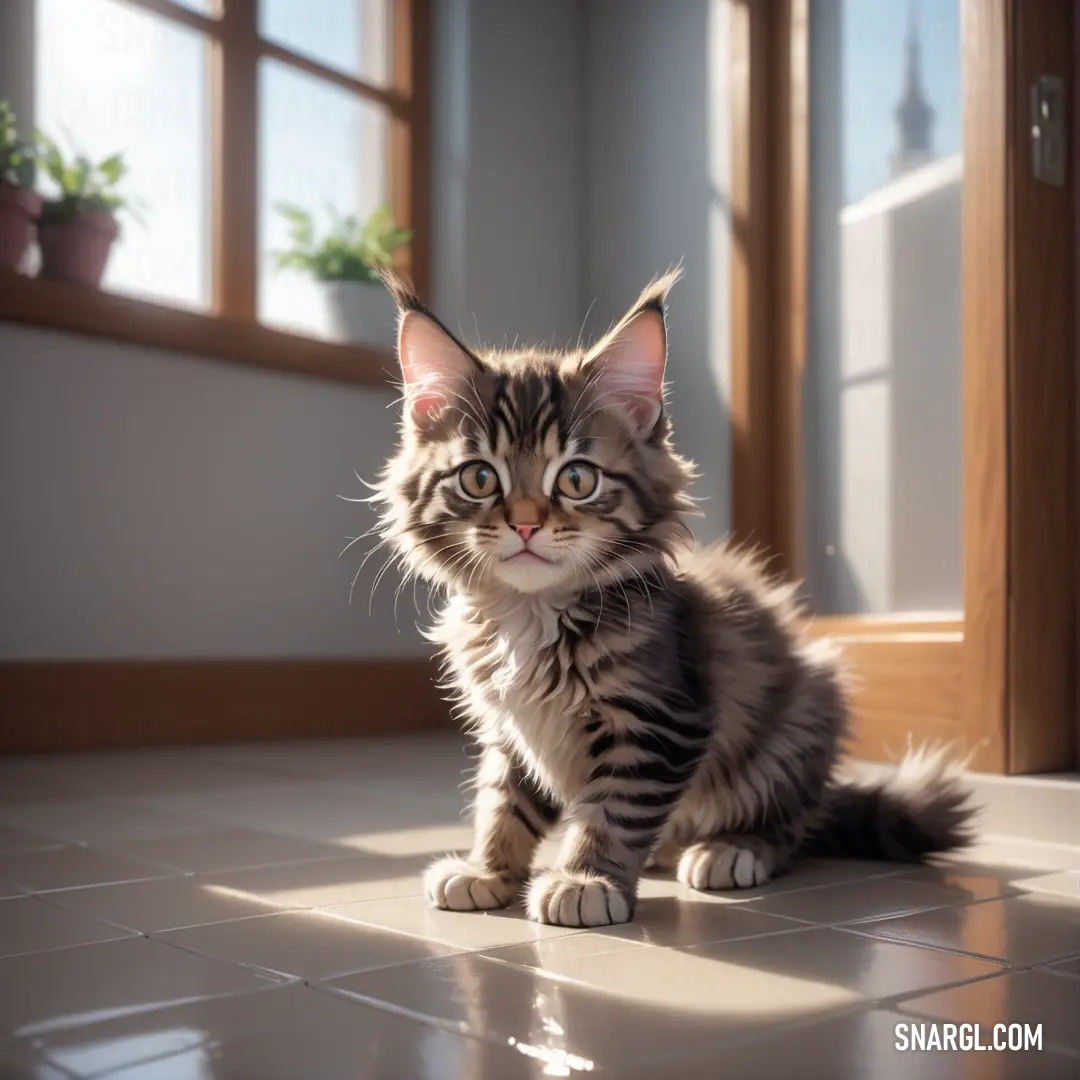
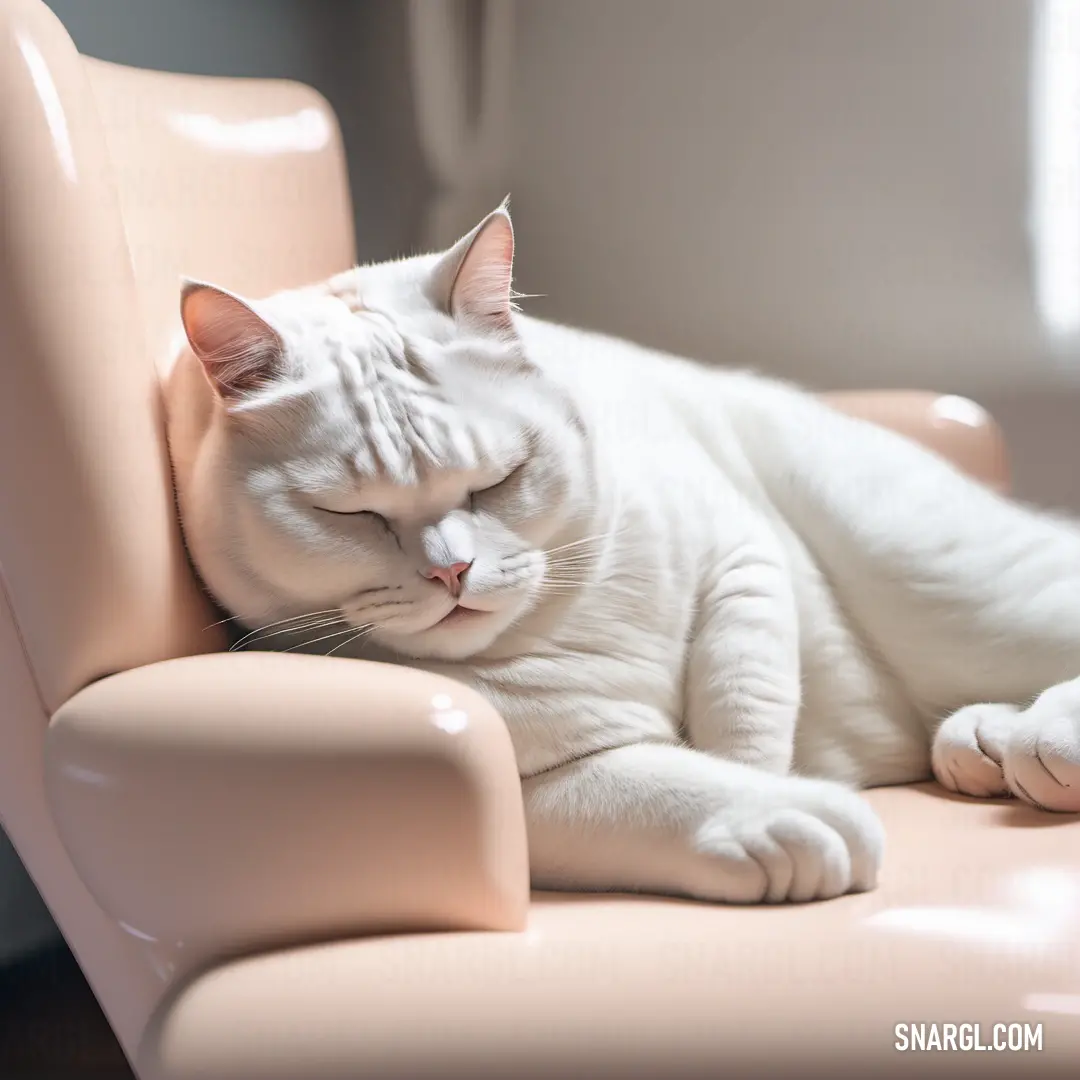
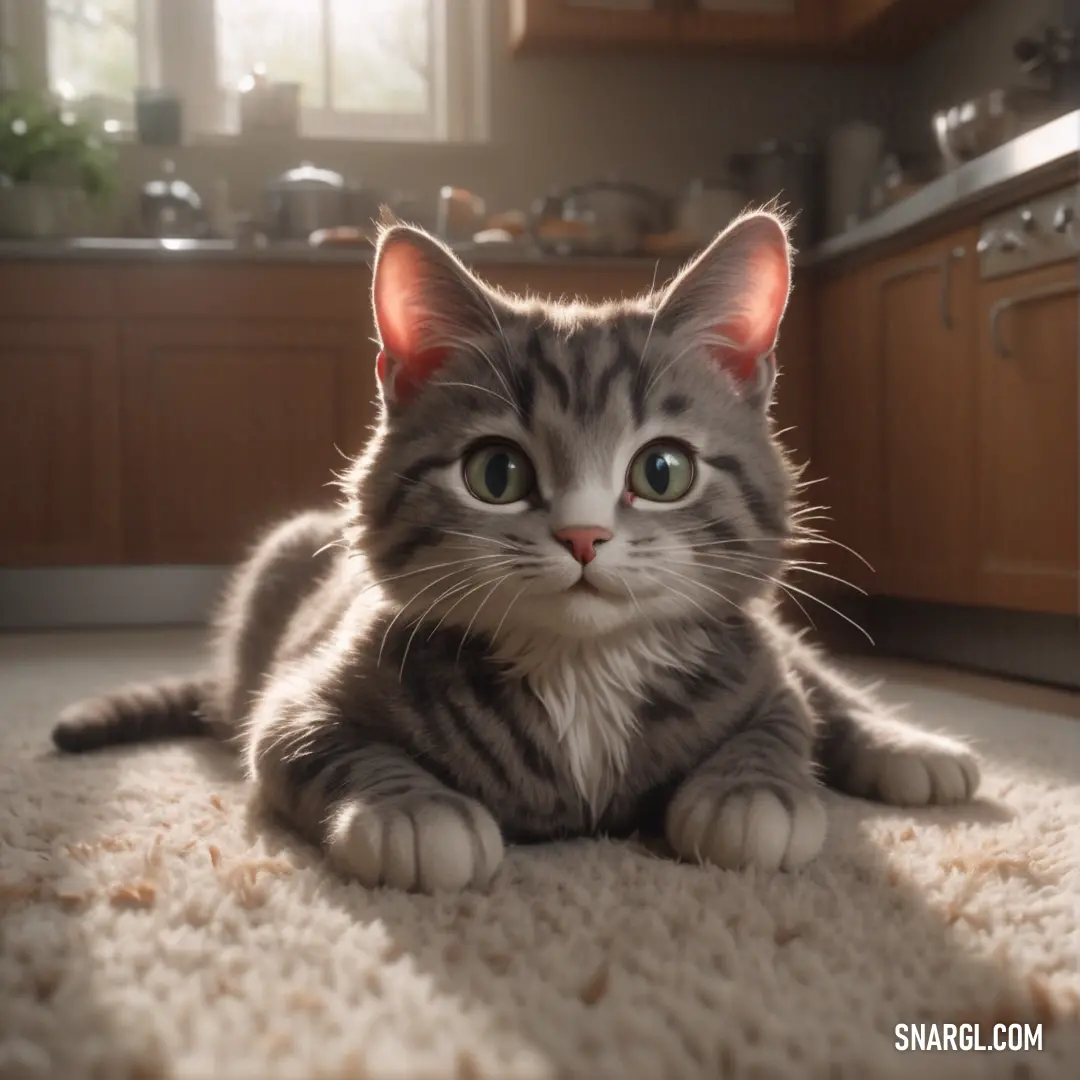
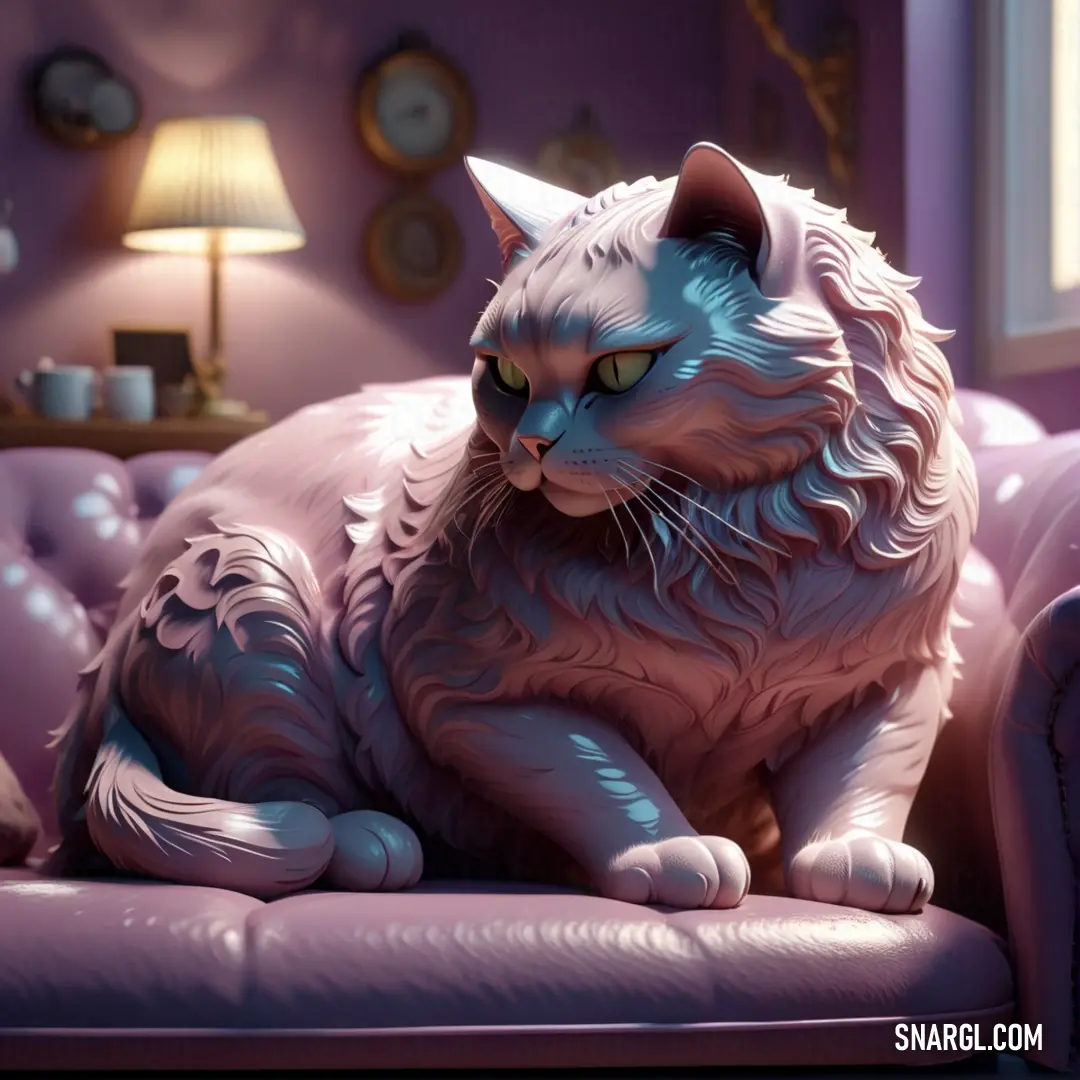
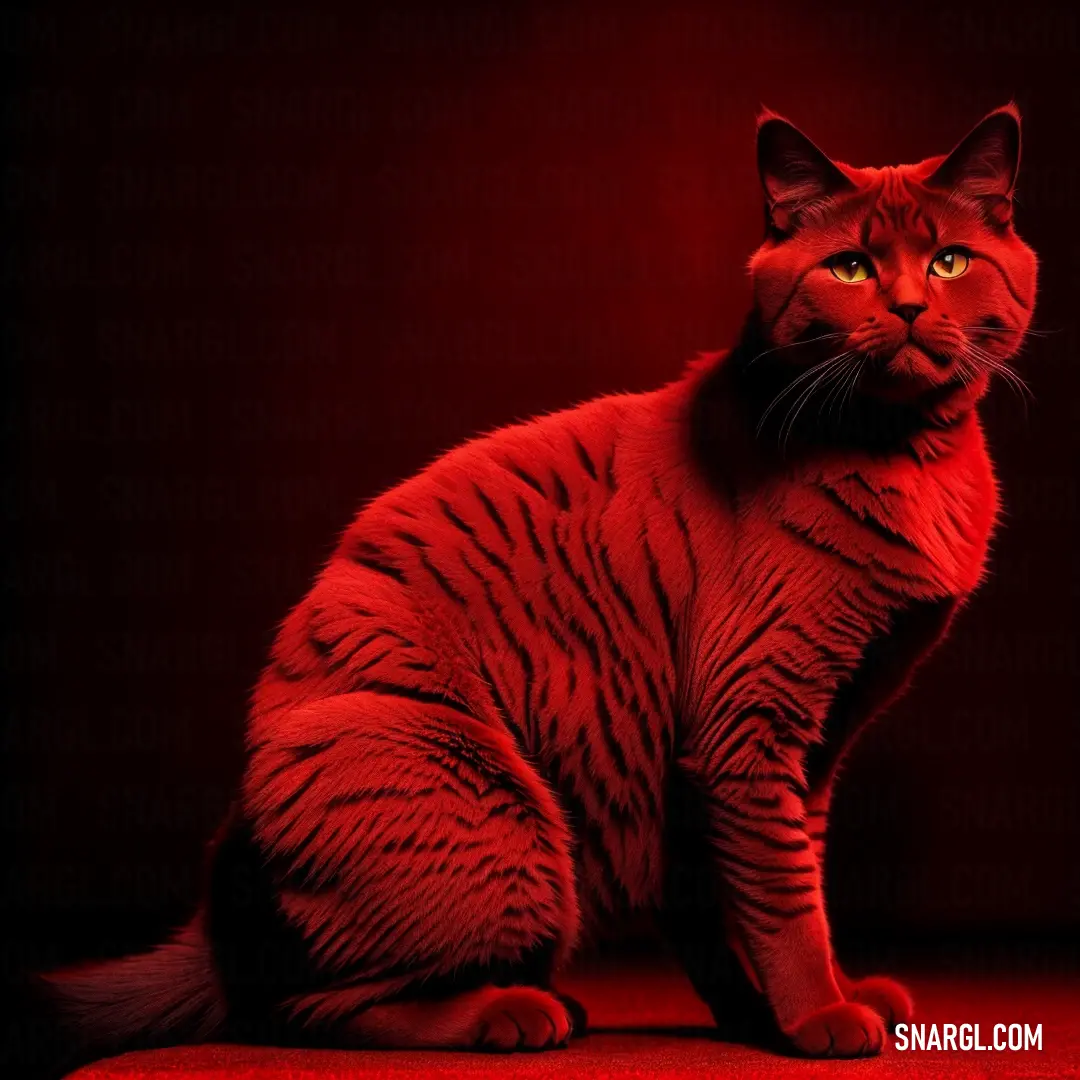
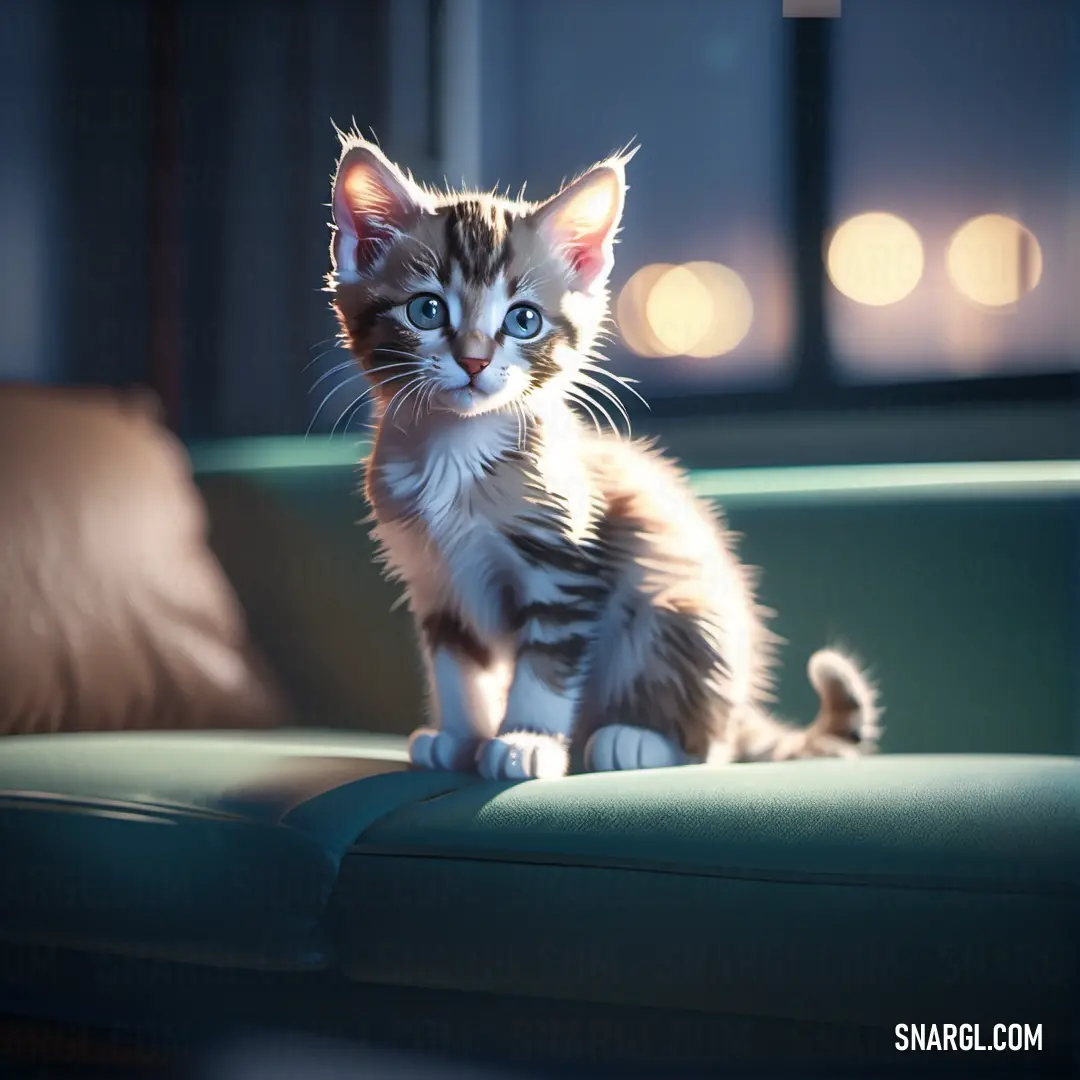
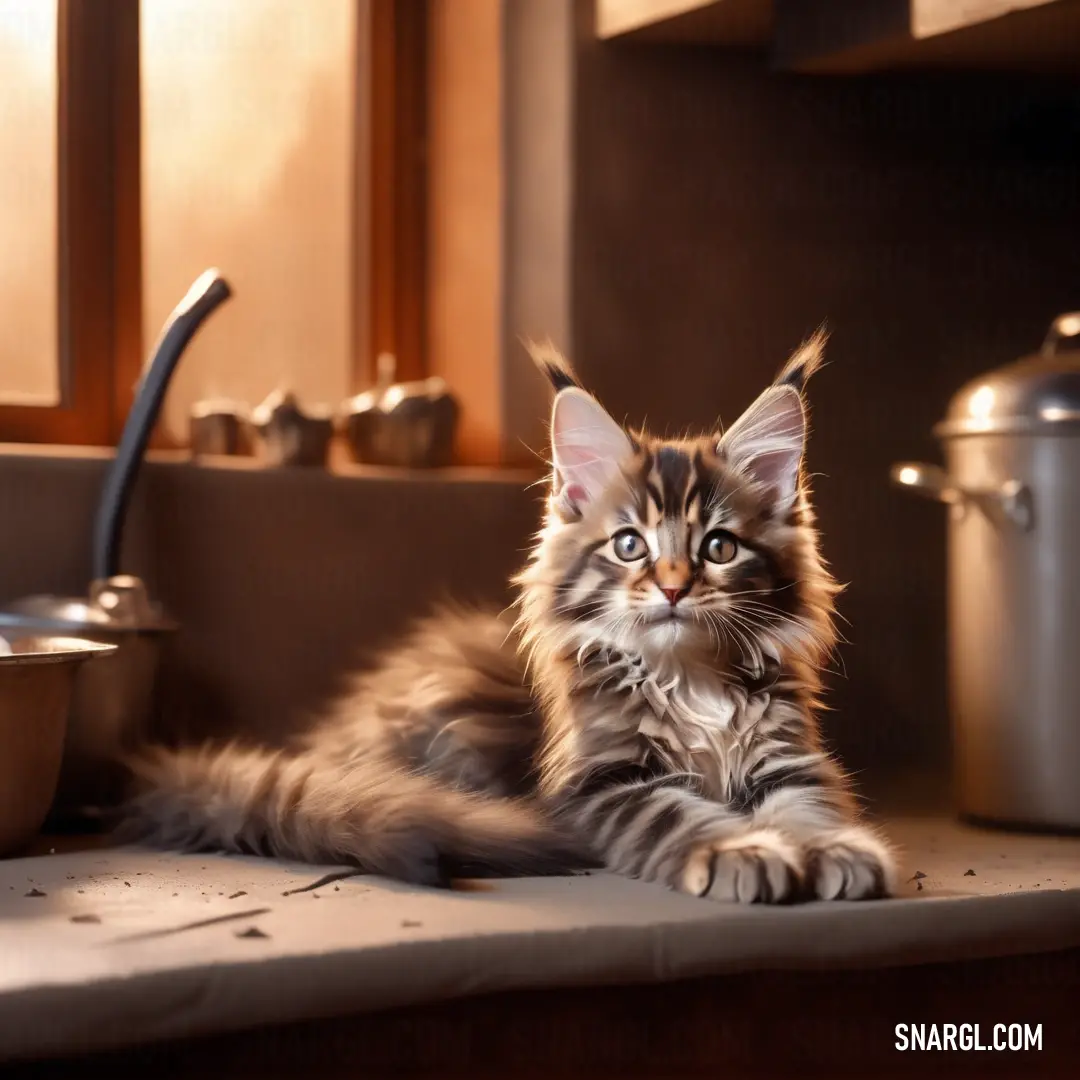
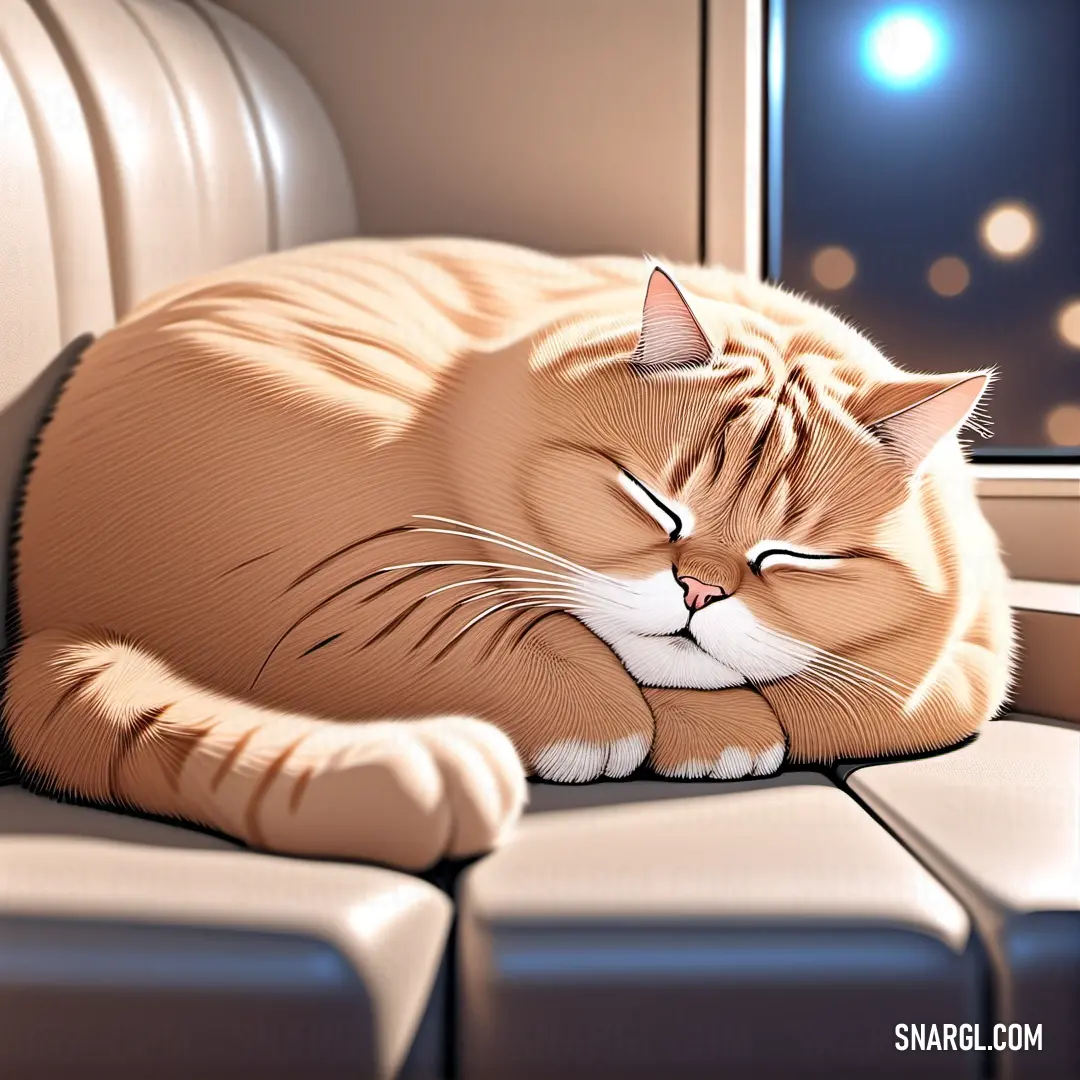
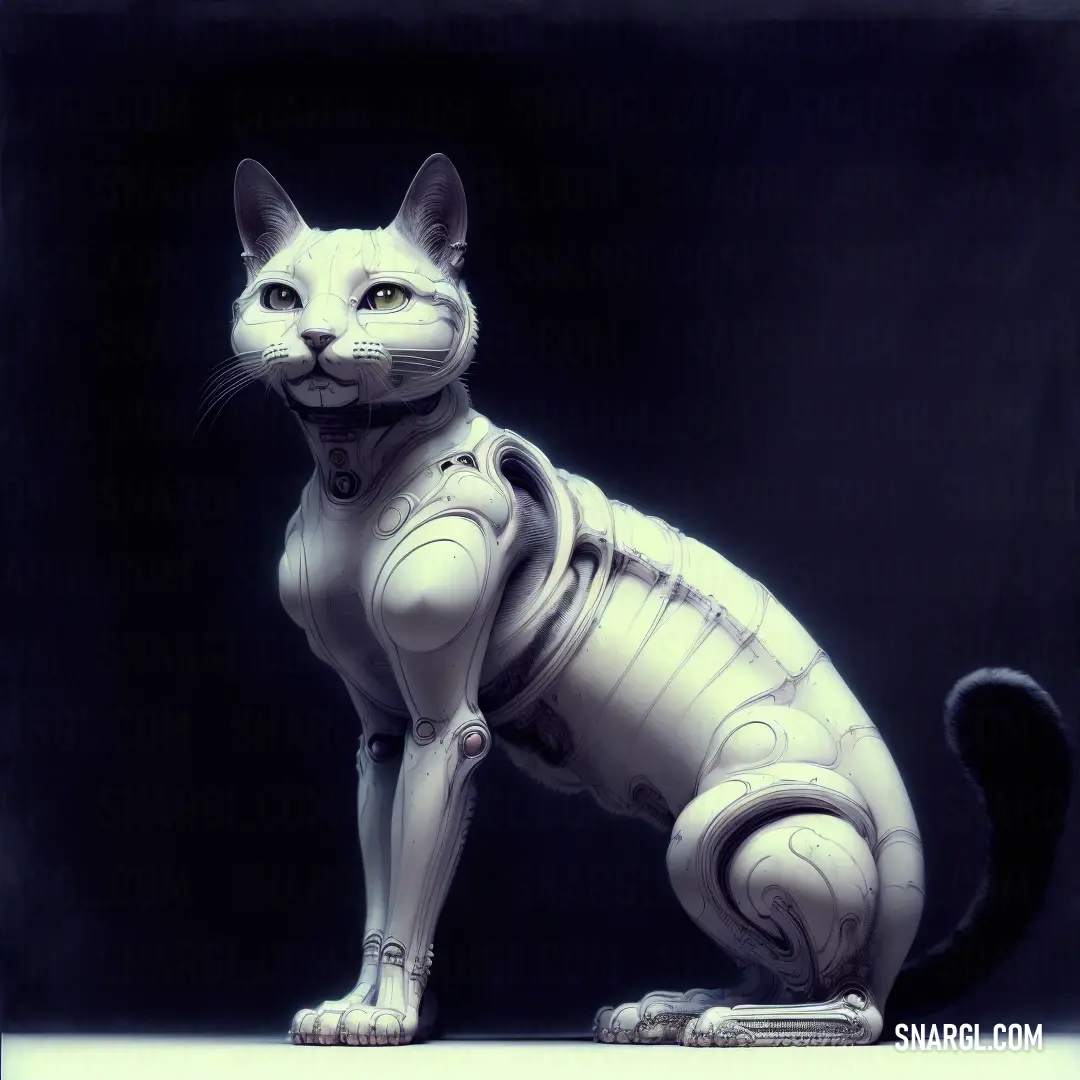
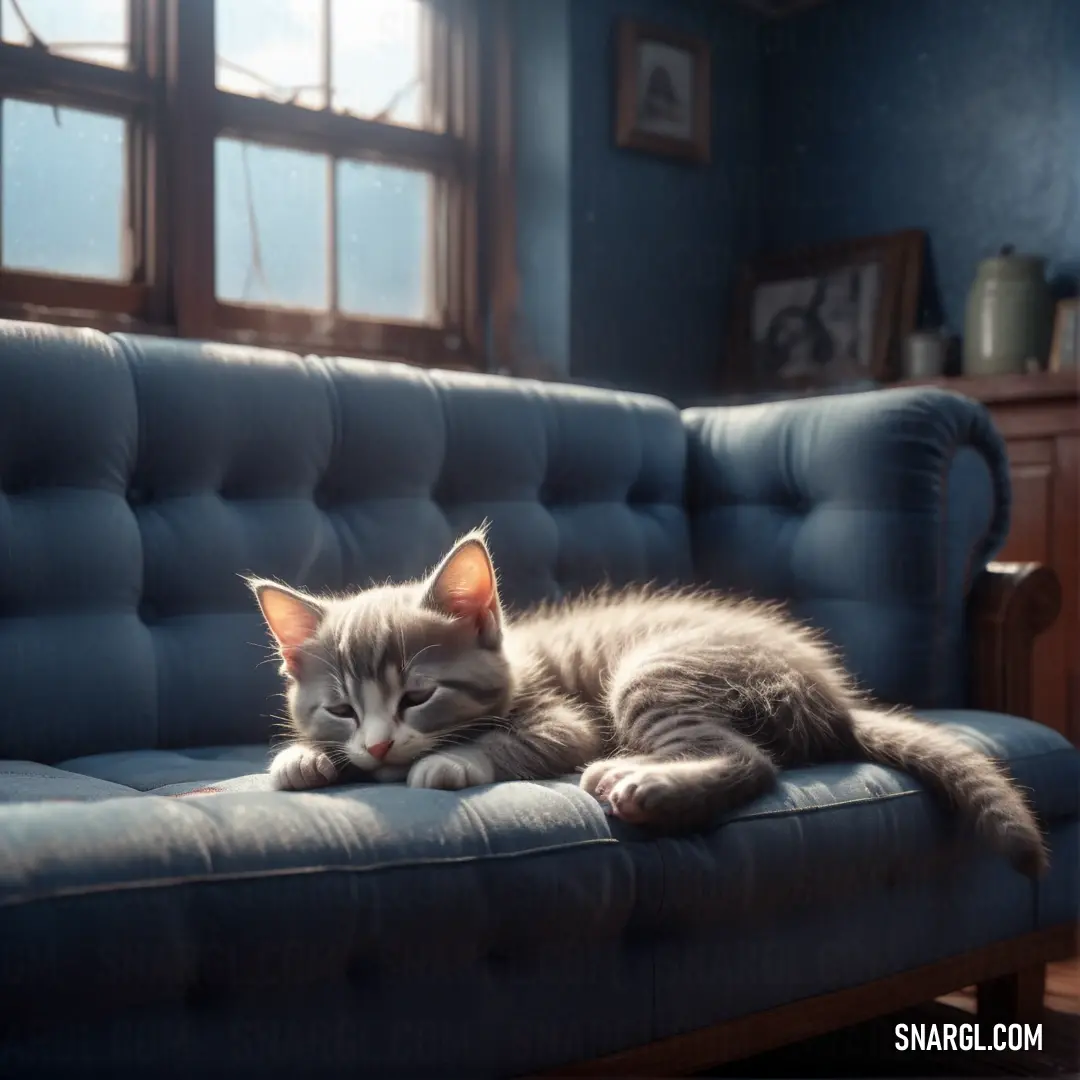
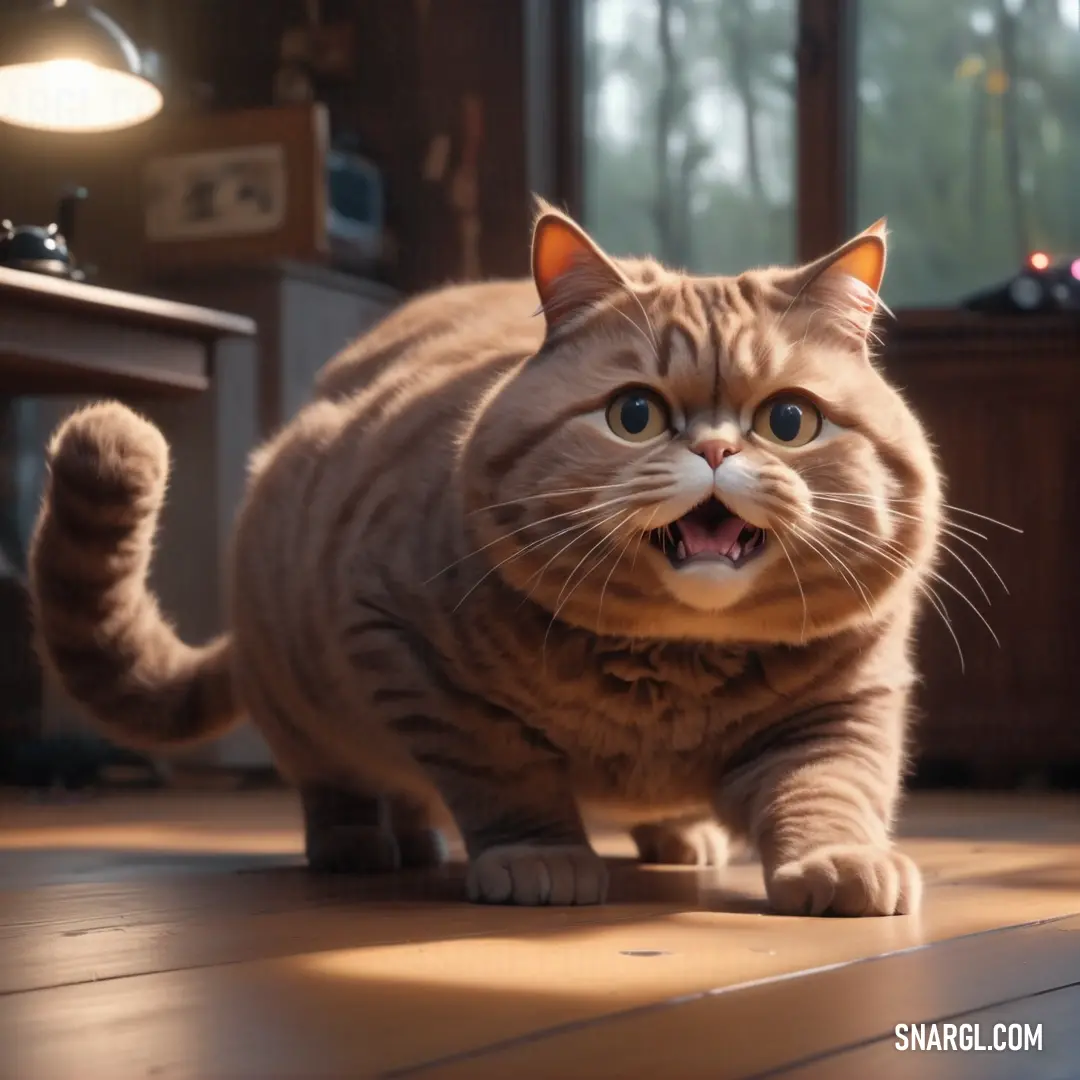
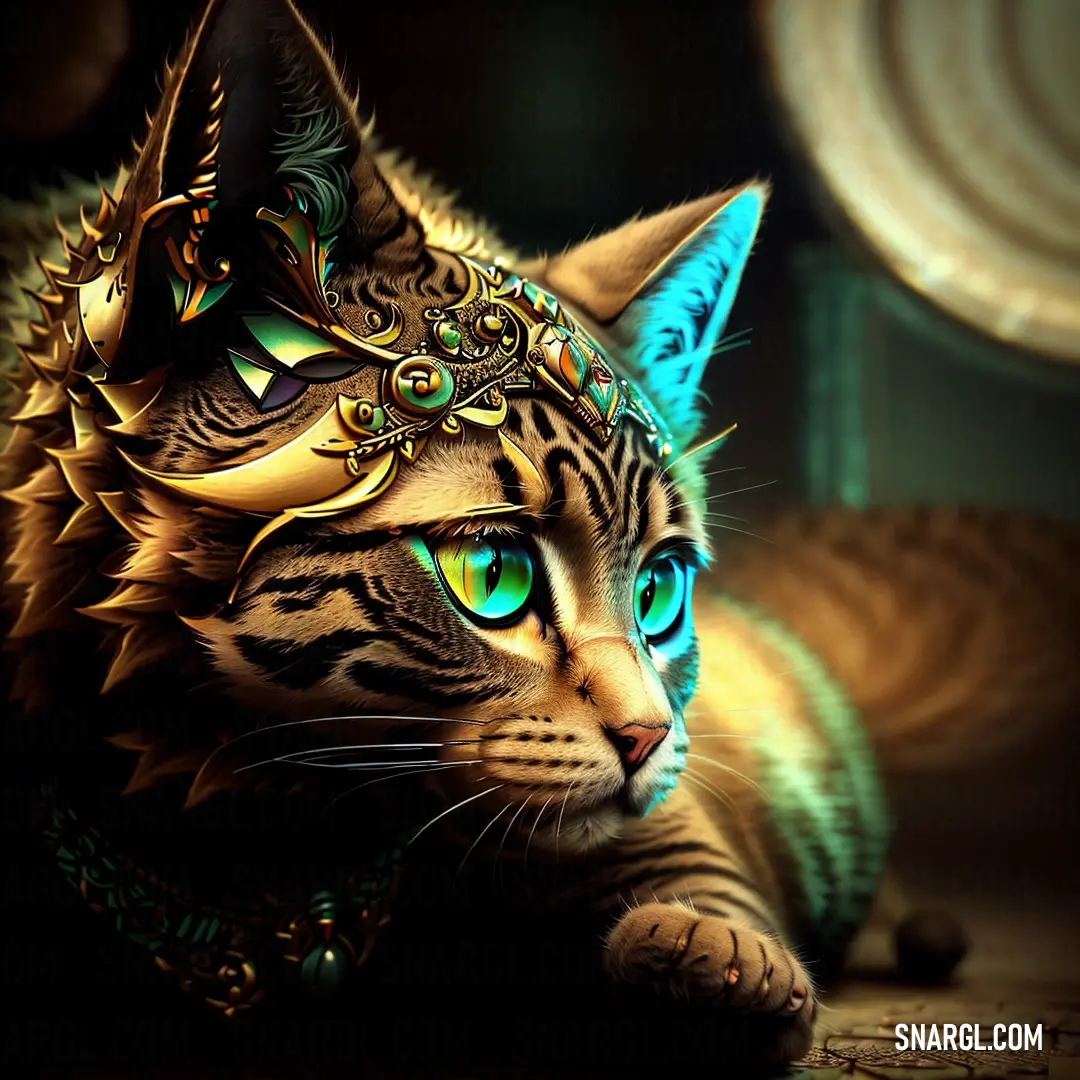
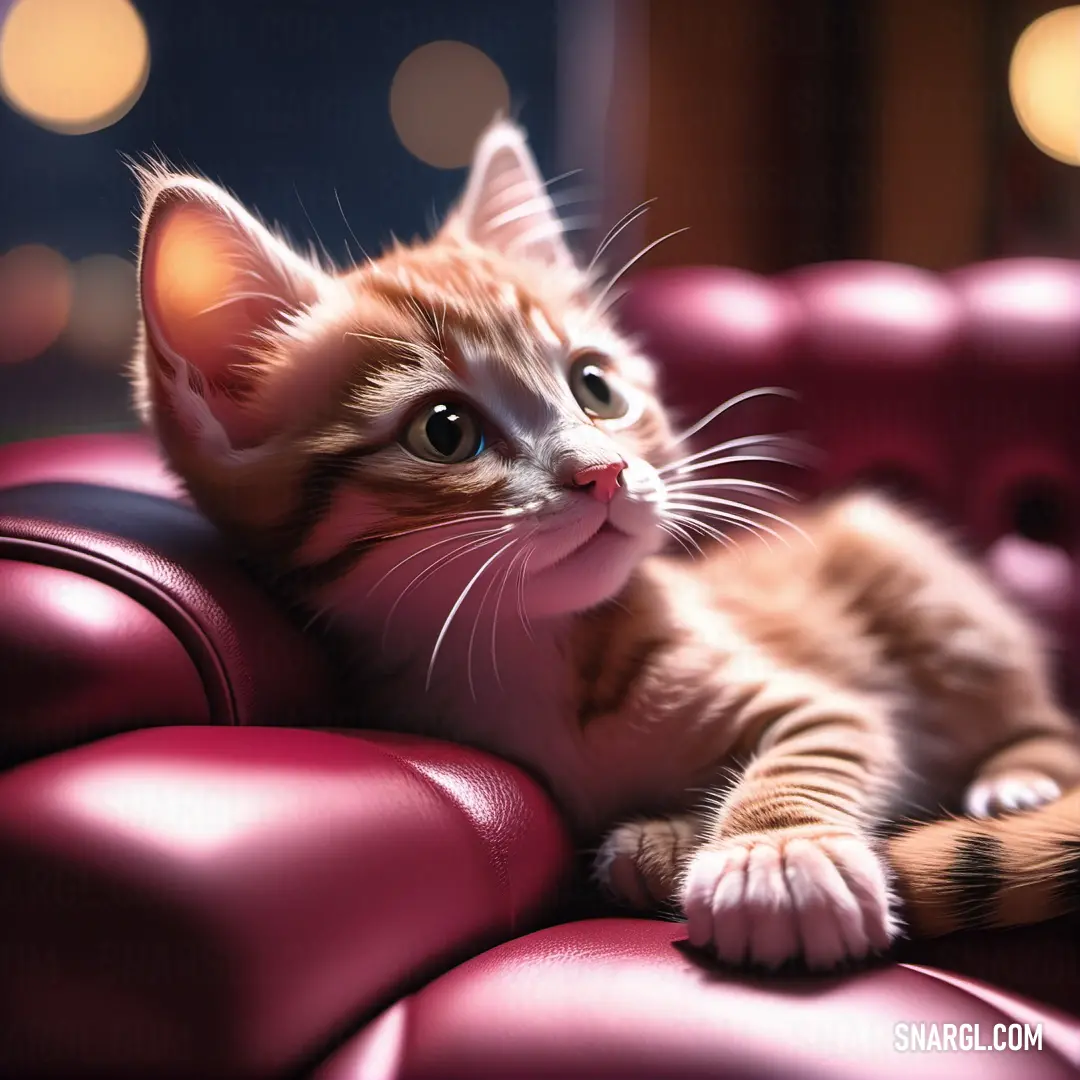
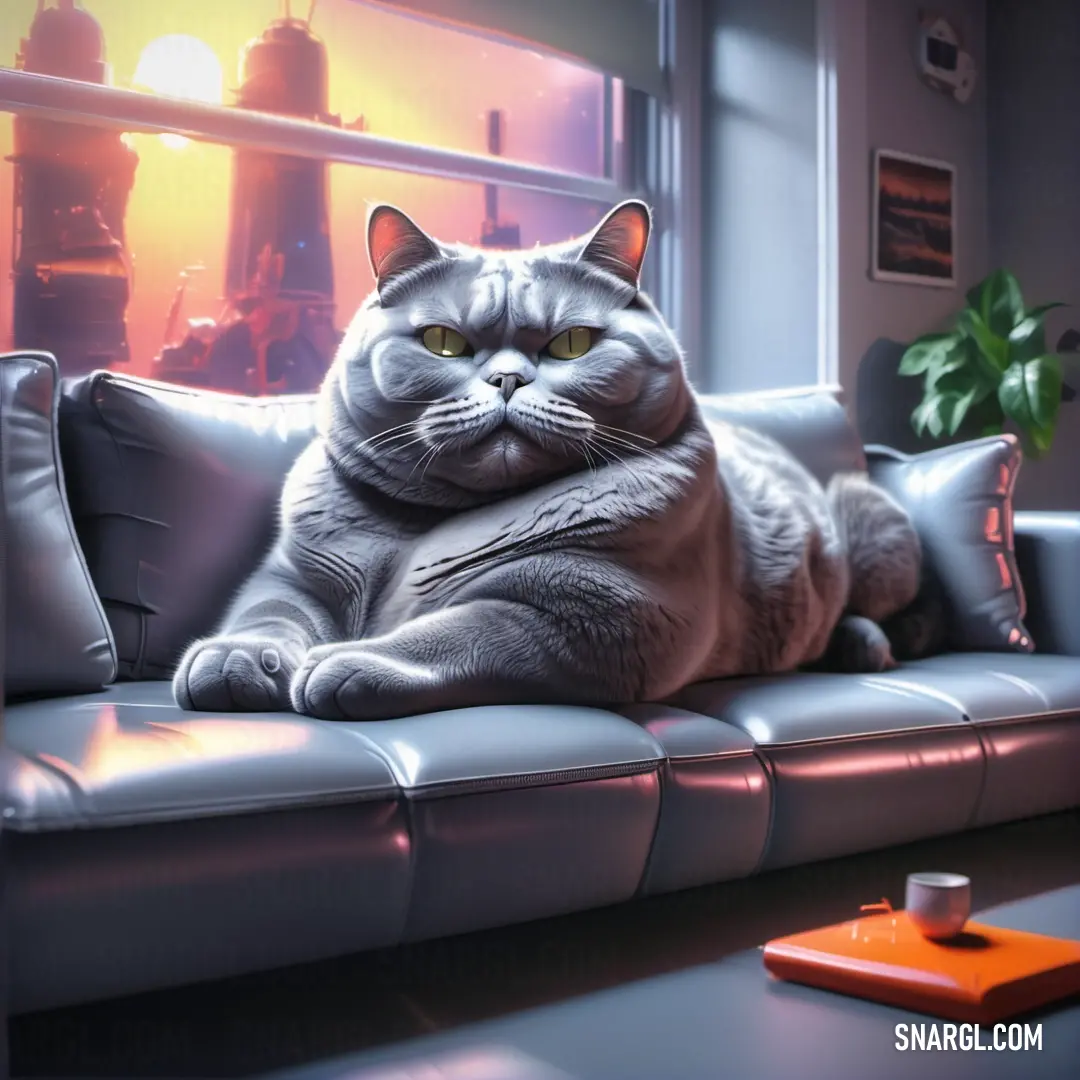

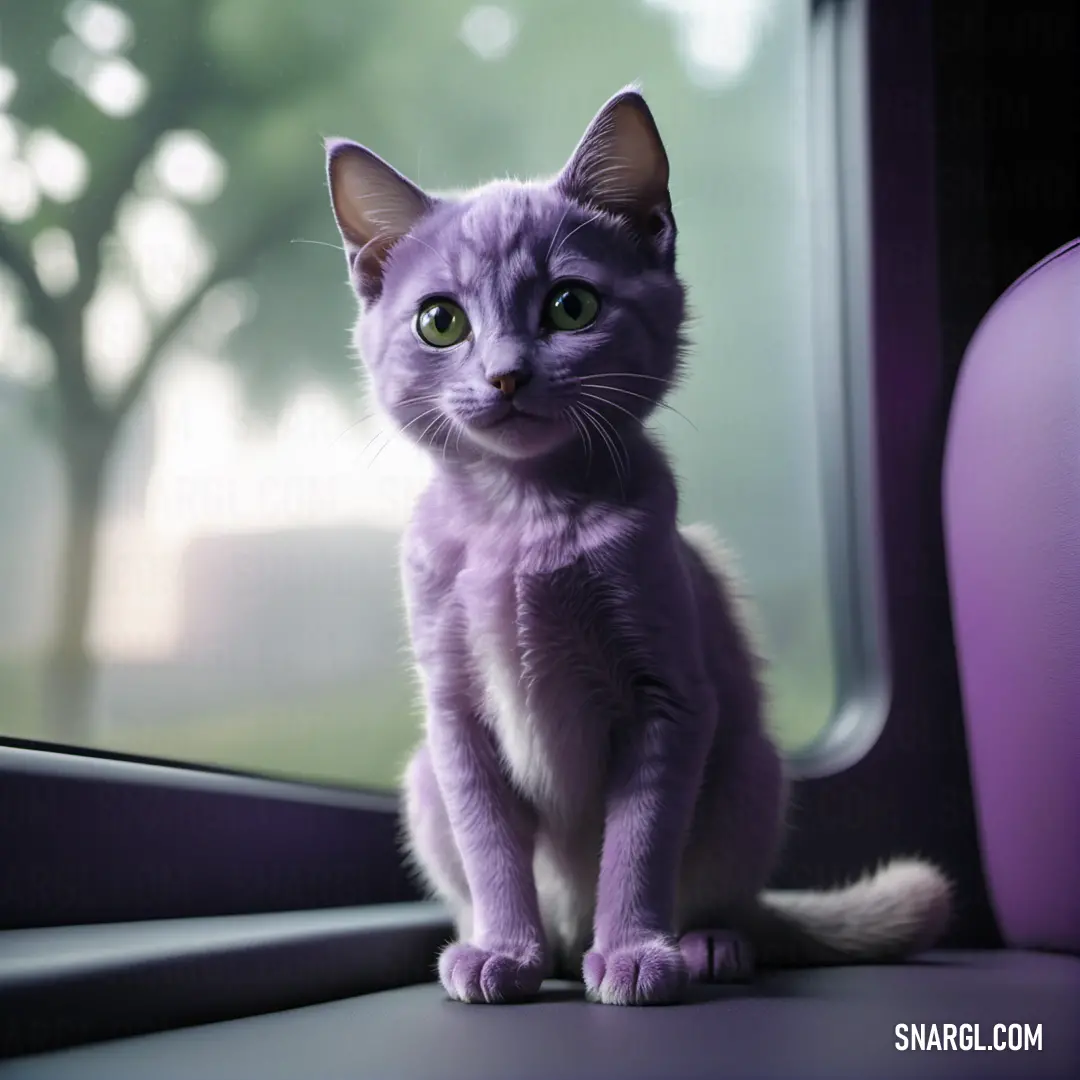
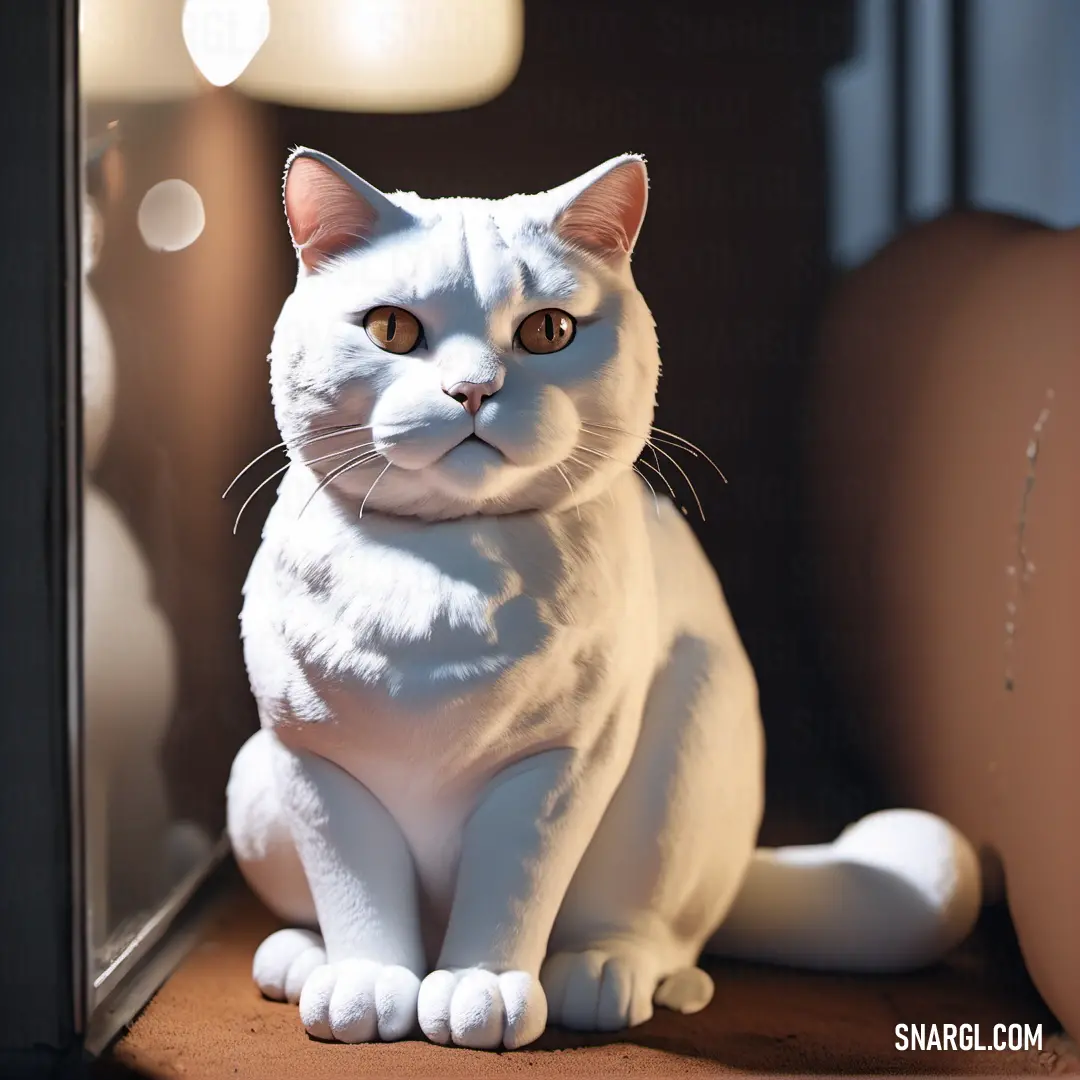
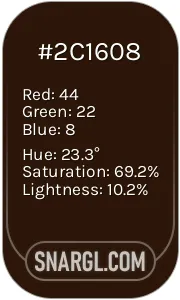 Zinnwaldite
Zinnwaldite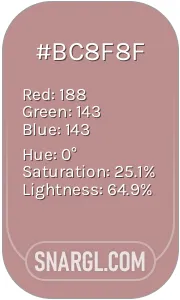 Rosy Brown
Rosy Brown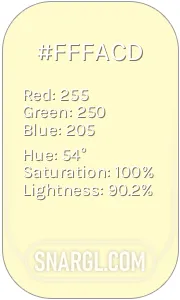 Lemon chiffon
Lemon chiffon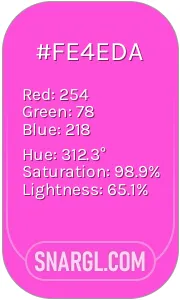 Purple pizzazz
Purple pizzazz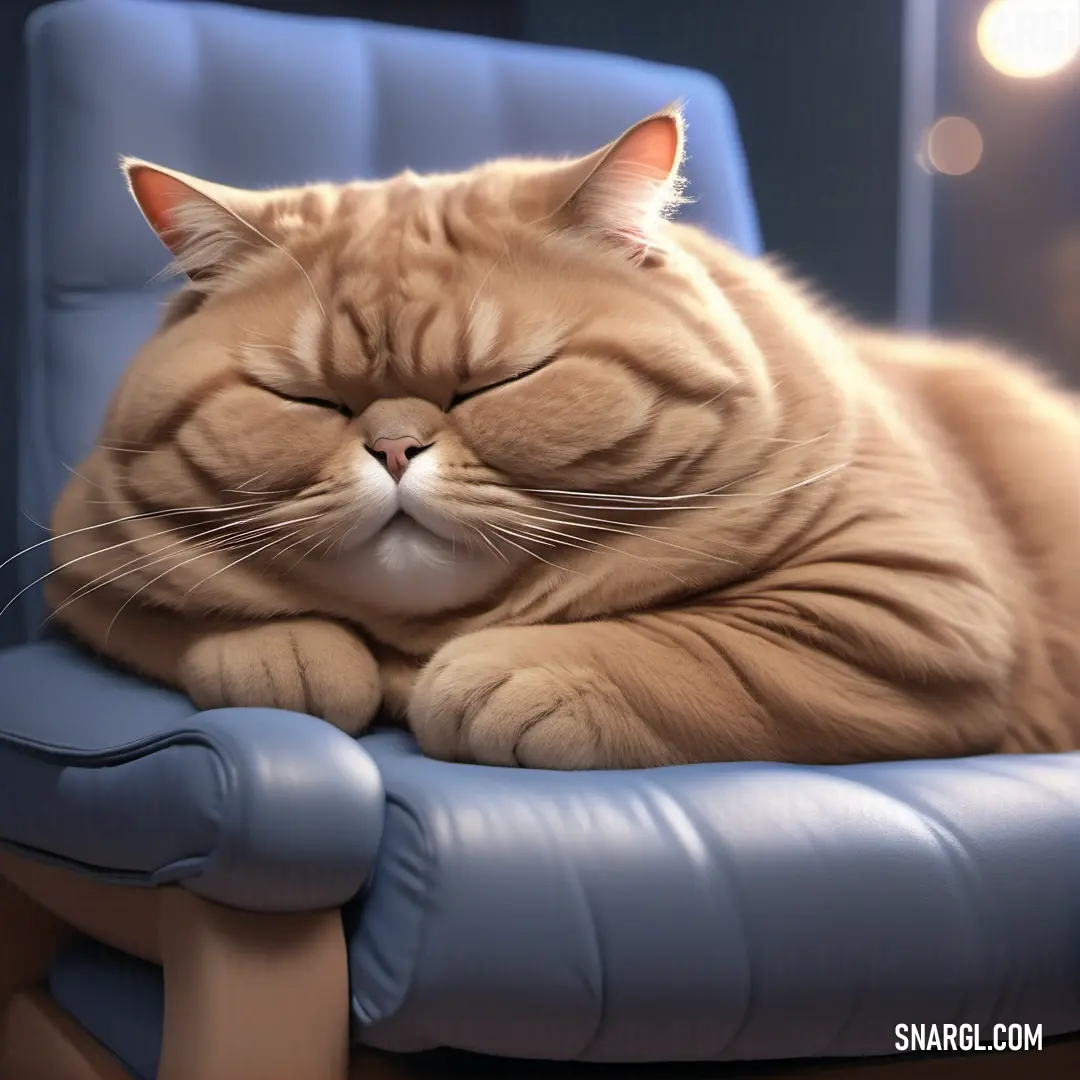
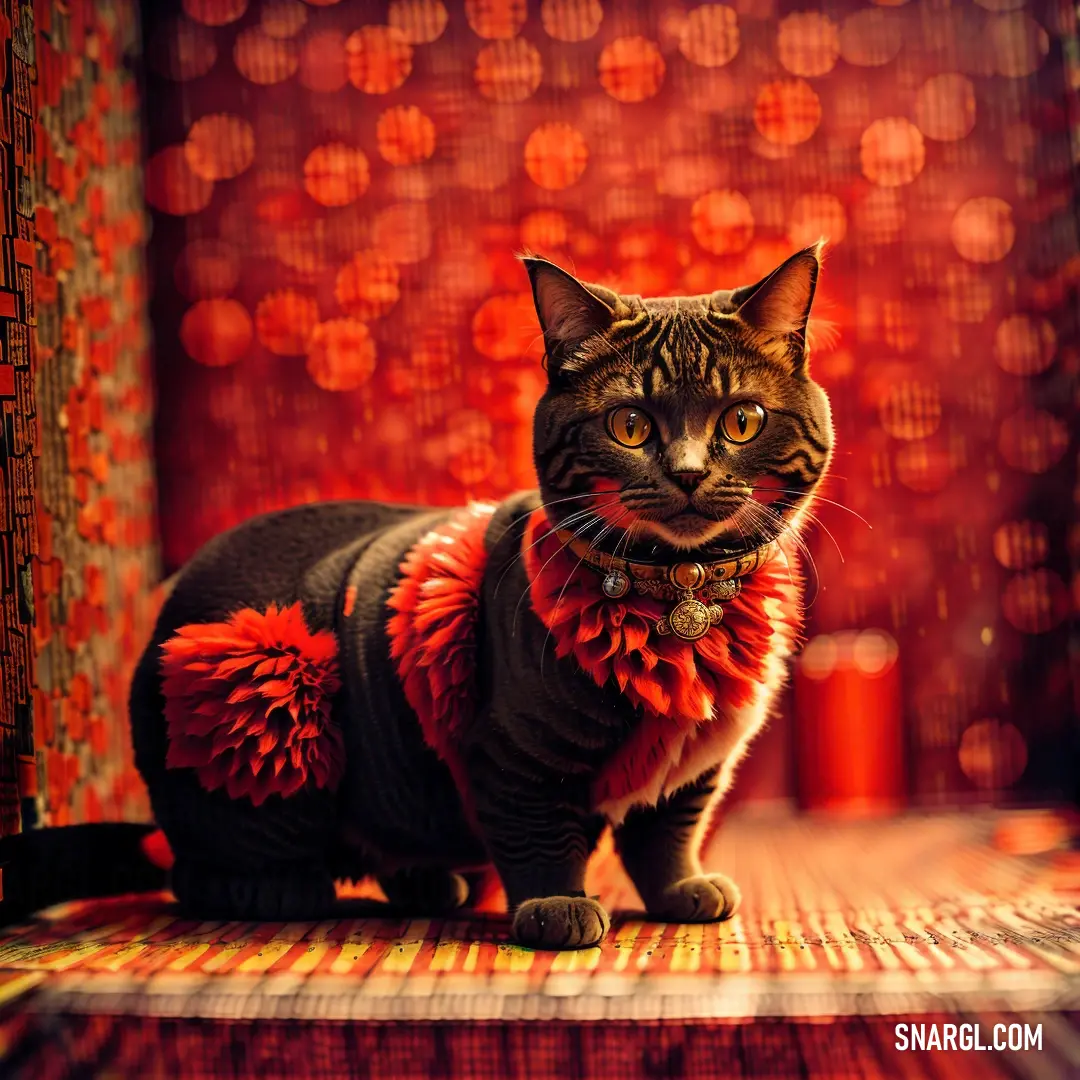
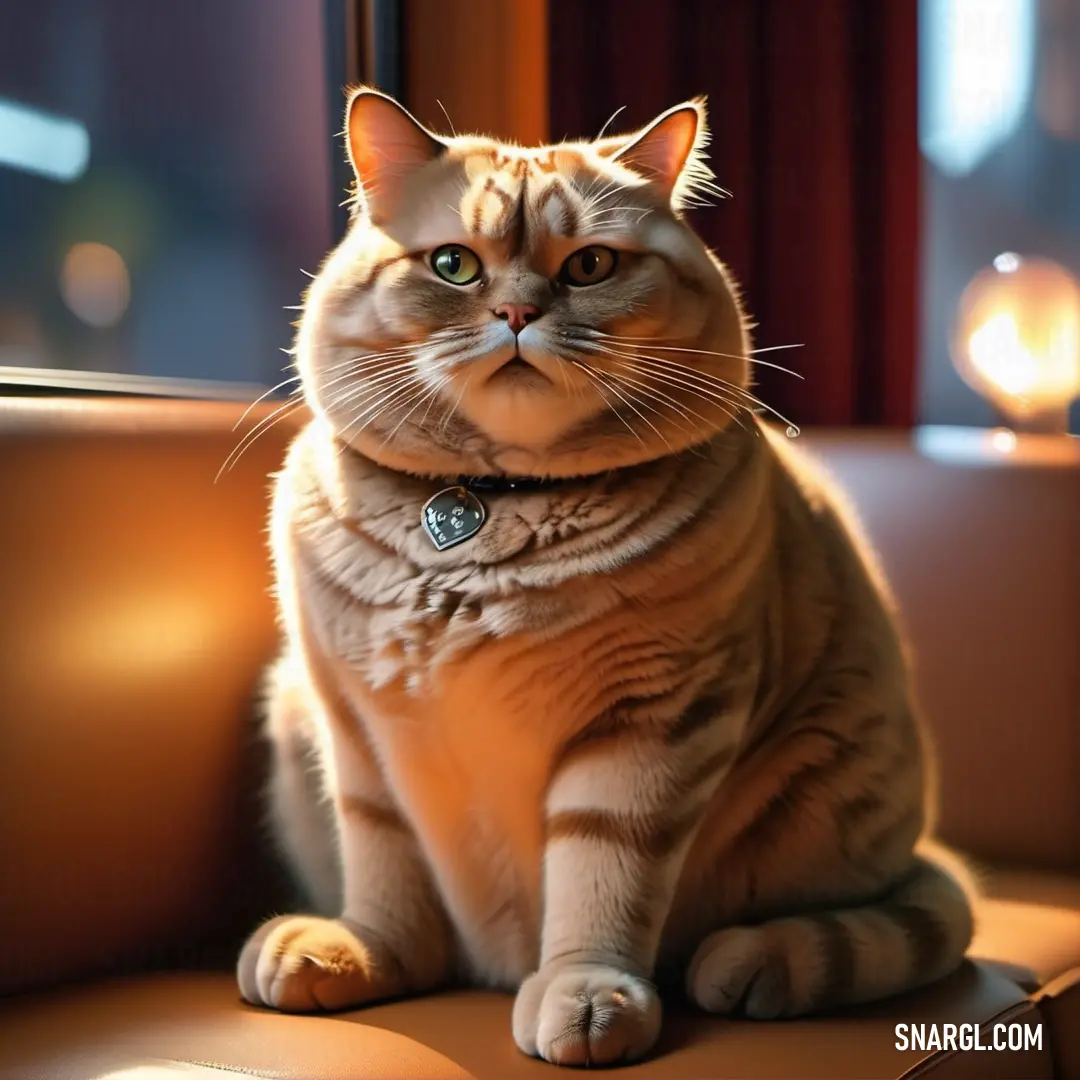
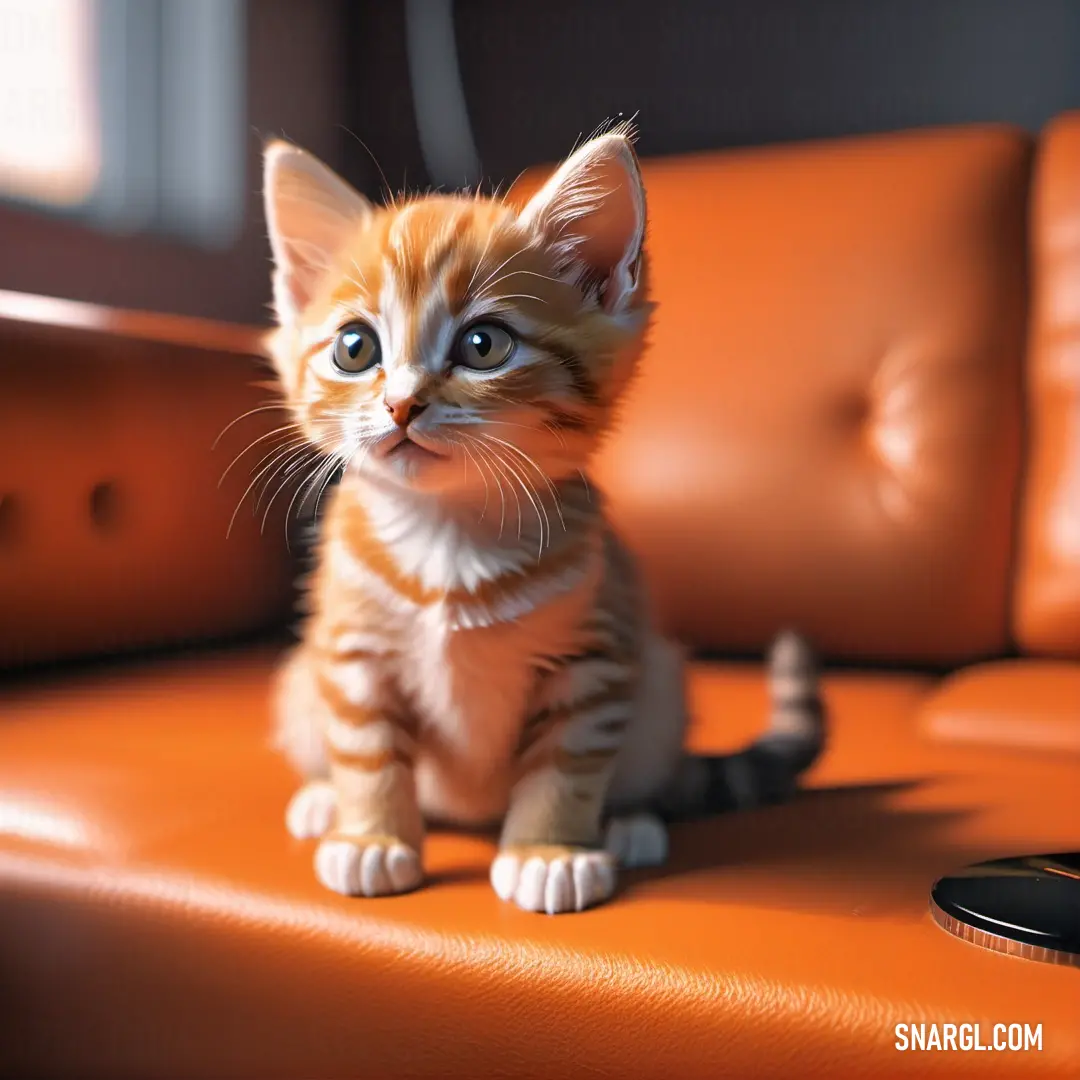
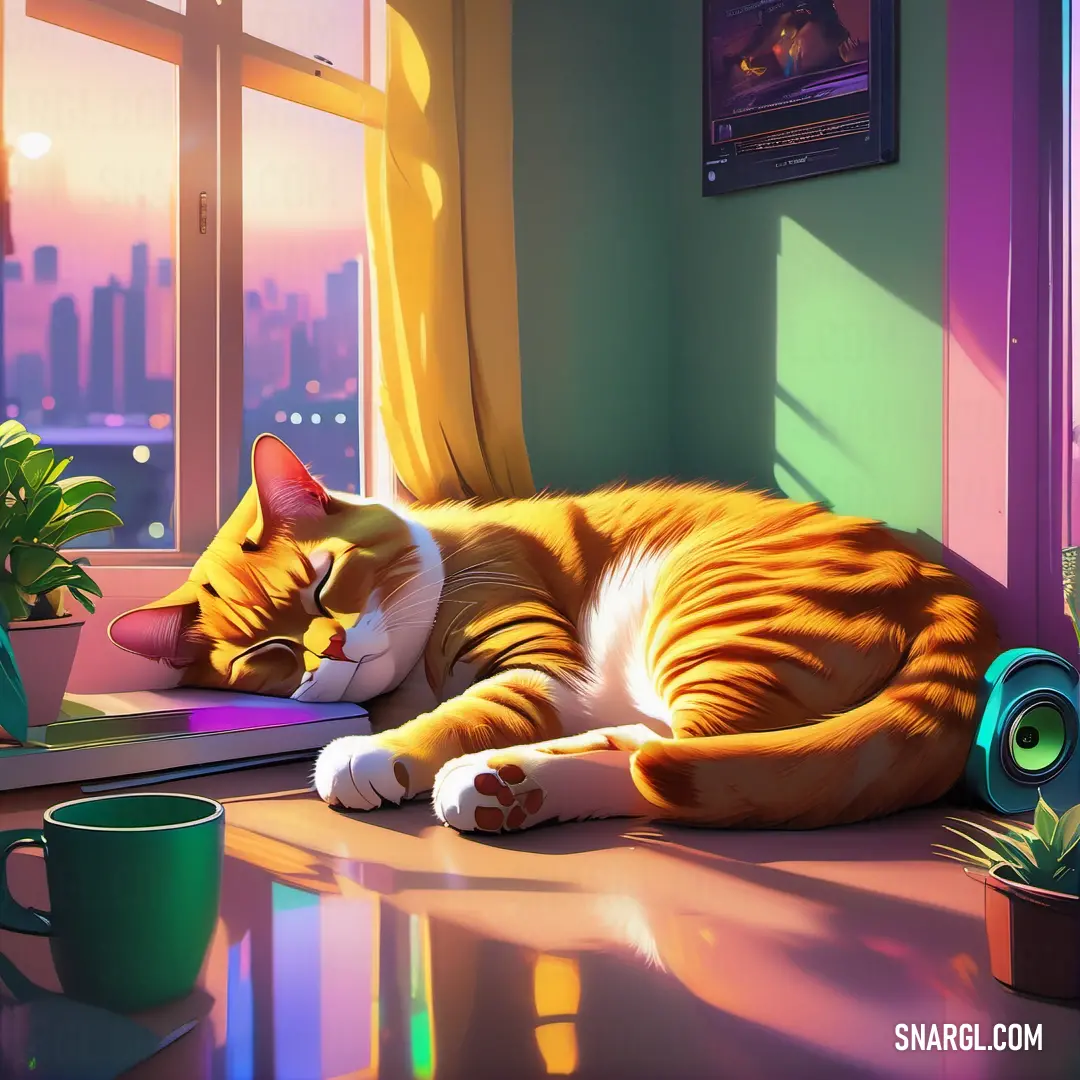
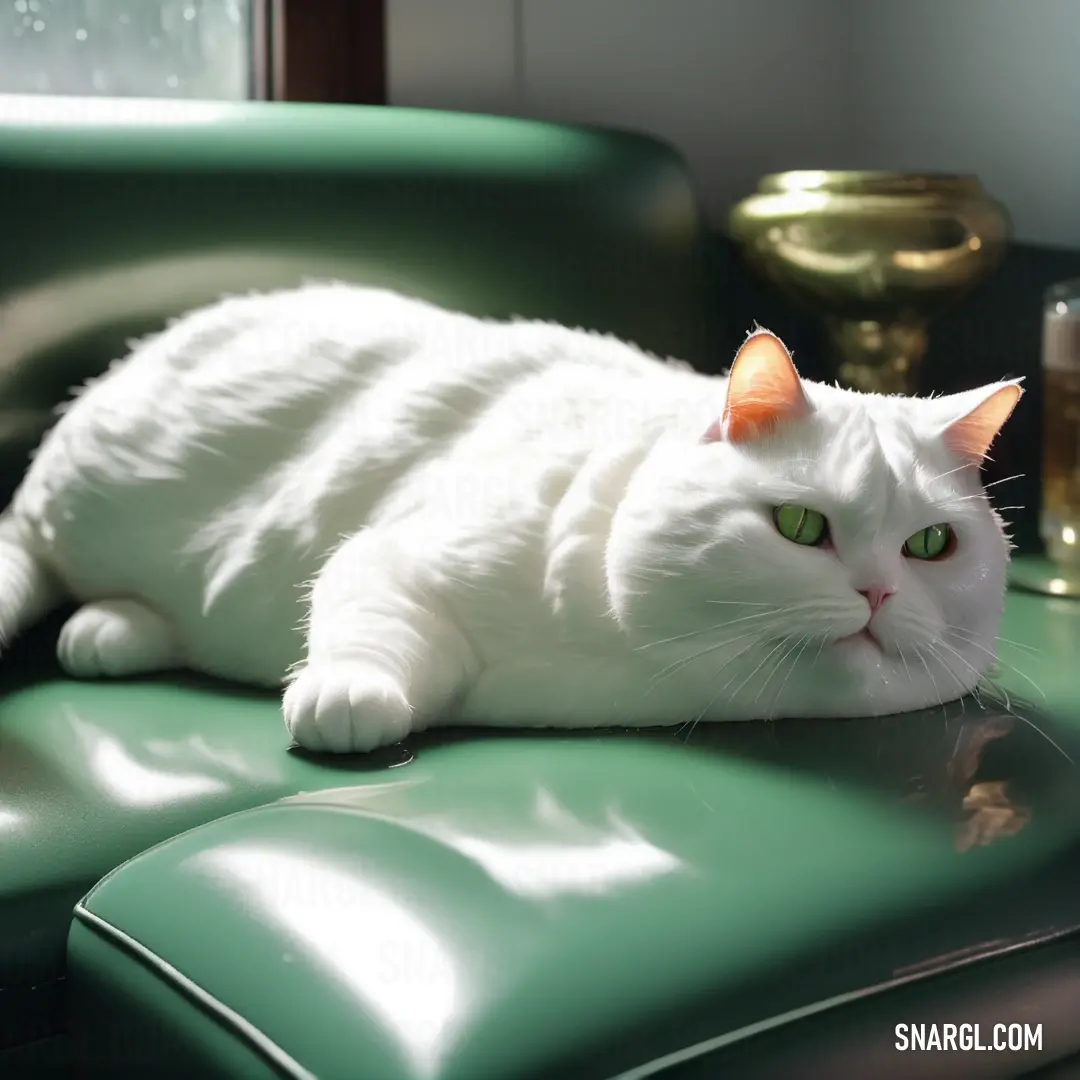
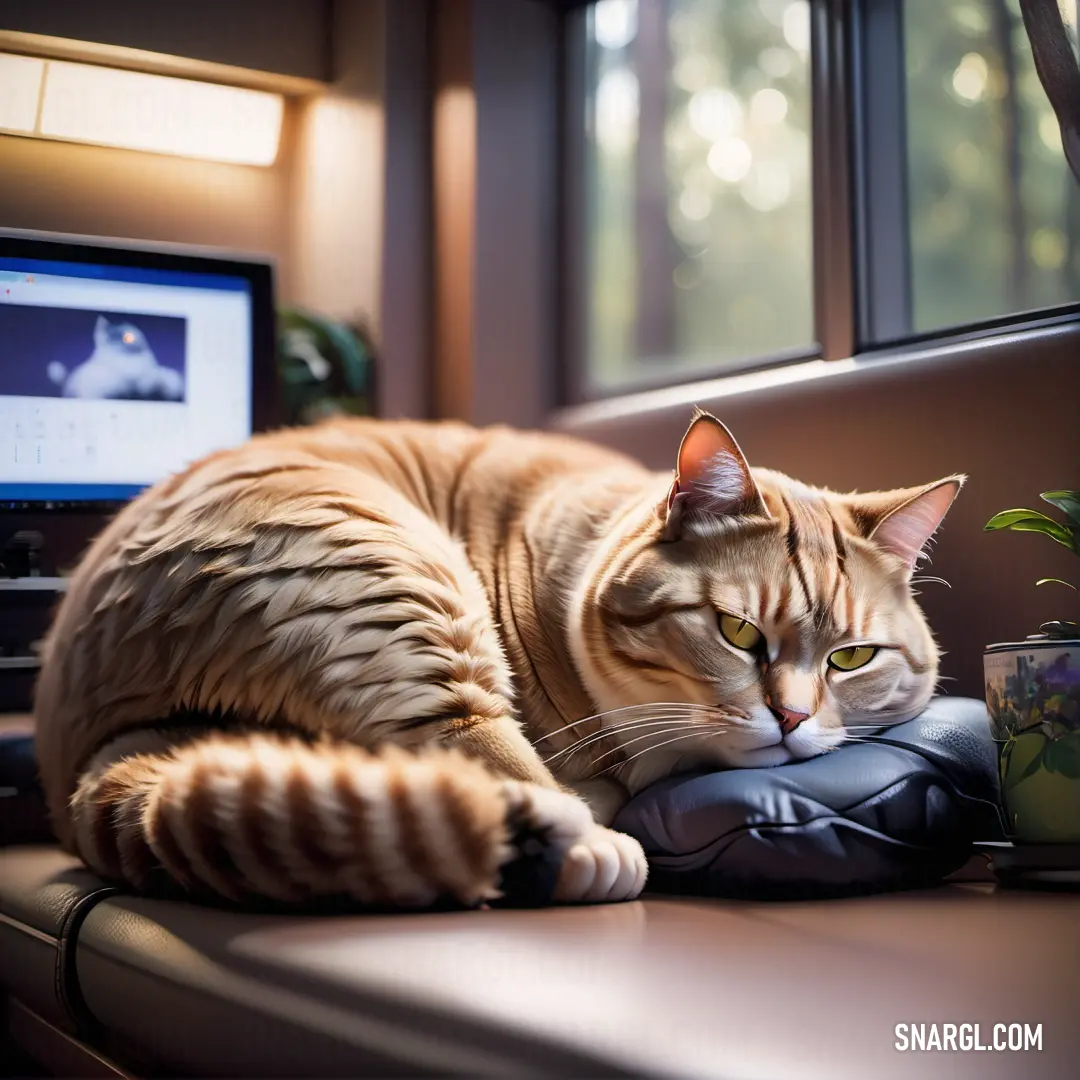
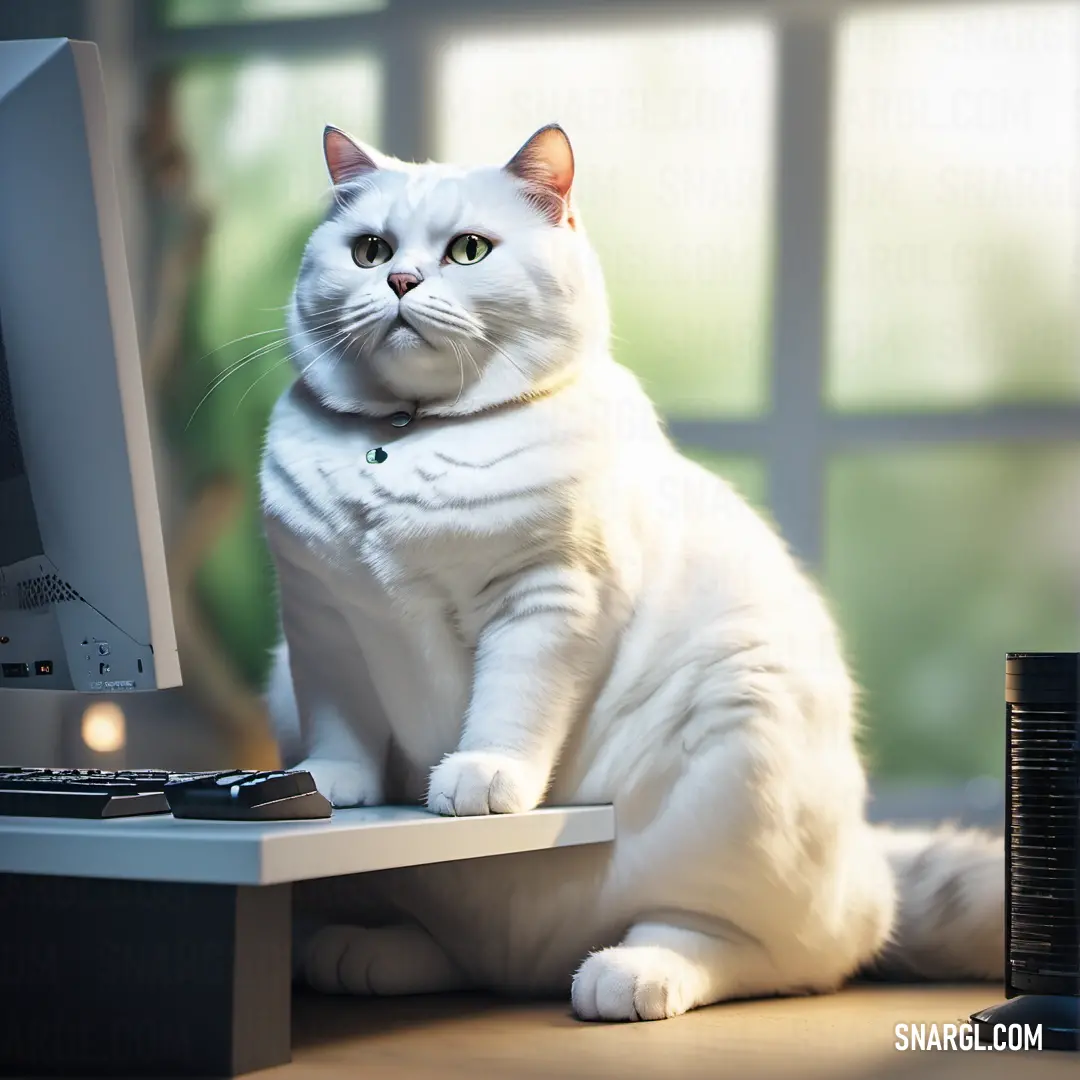
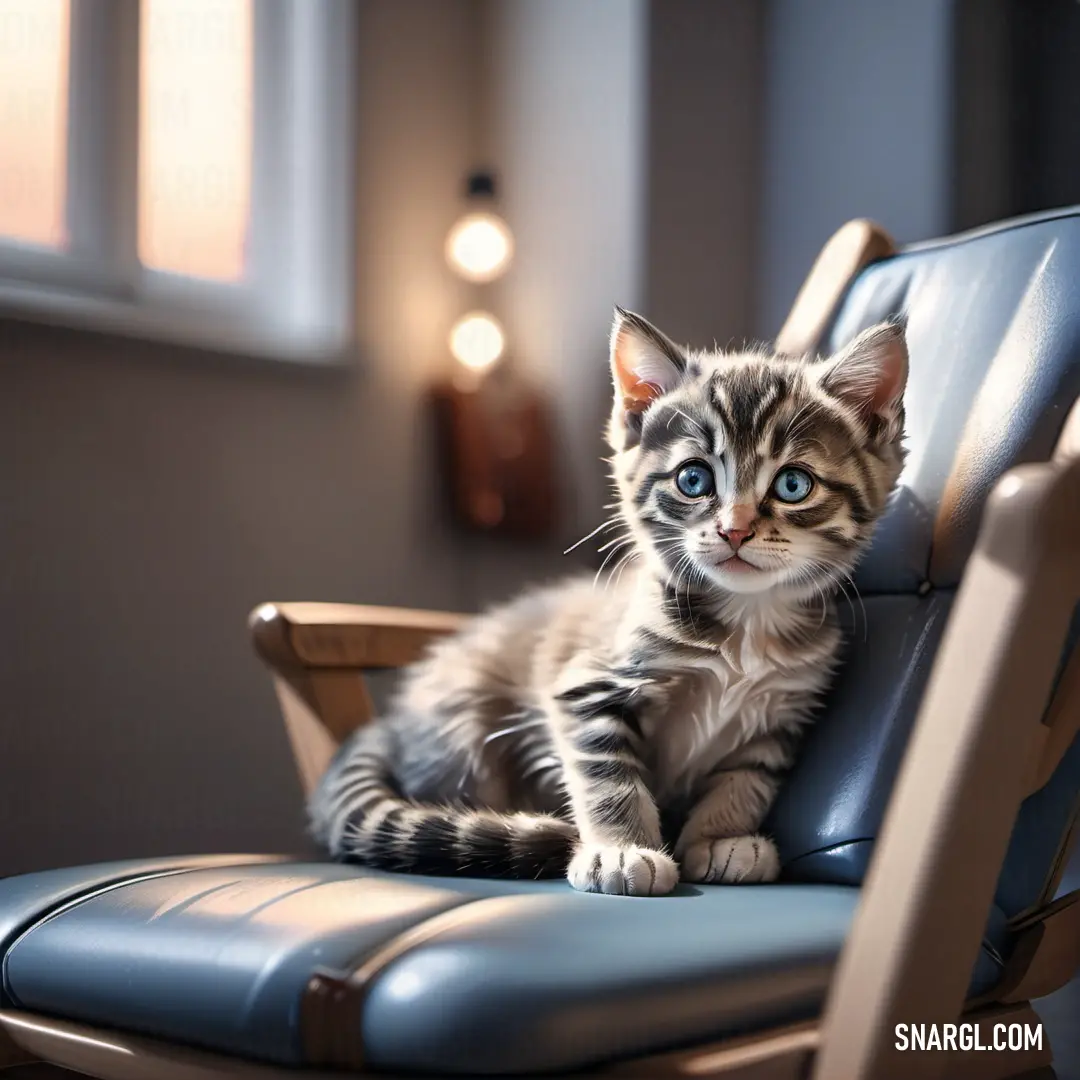
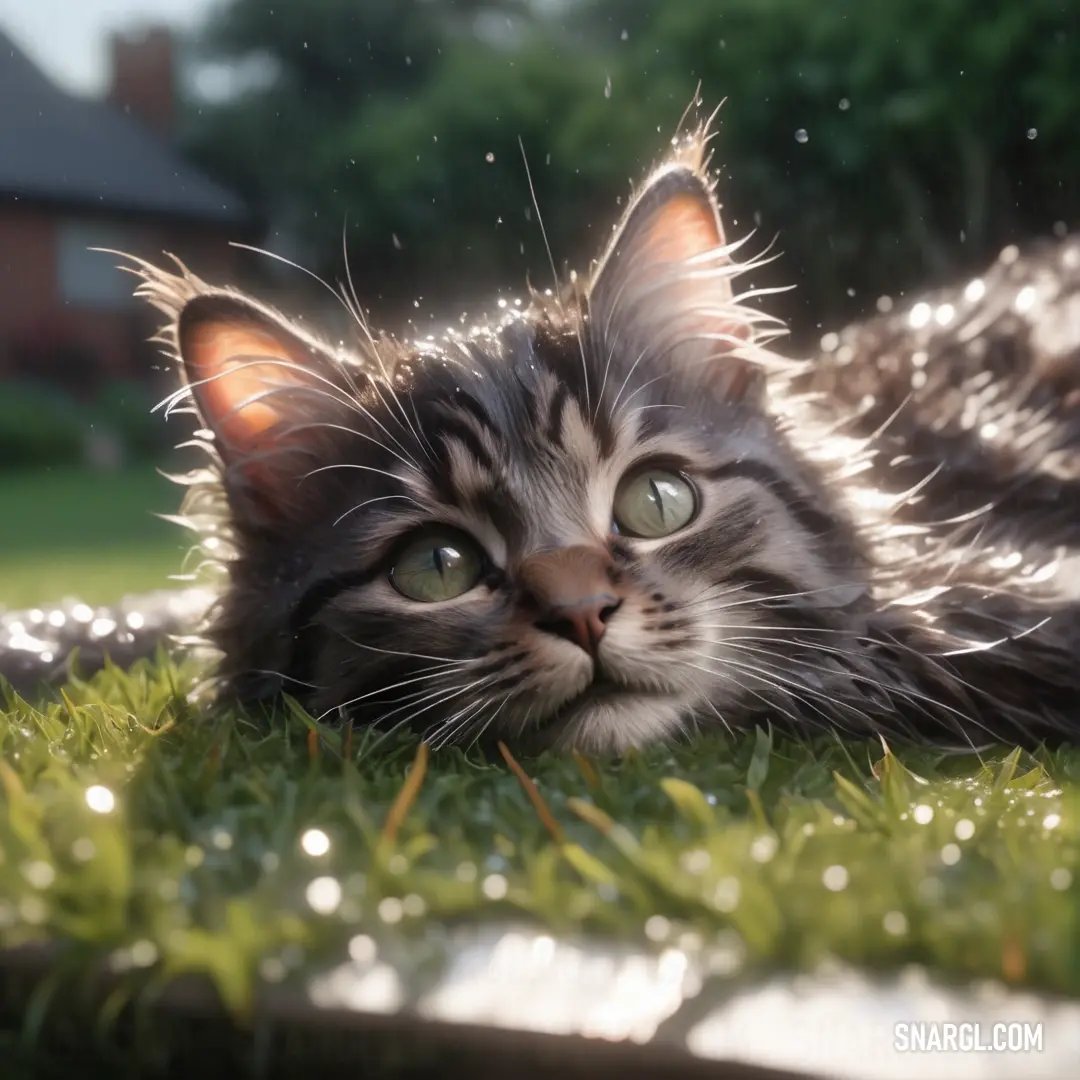
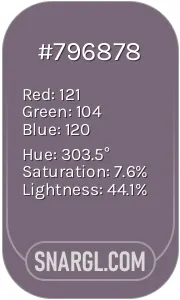 Old lavender
Old lavender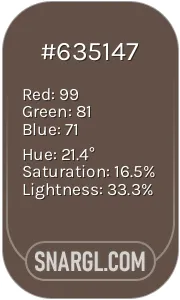 Umber
Umber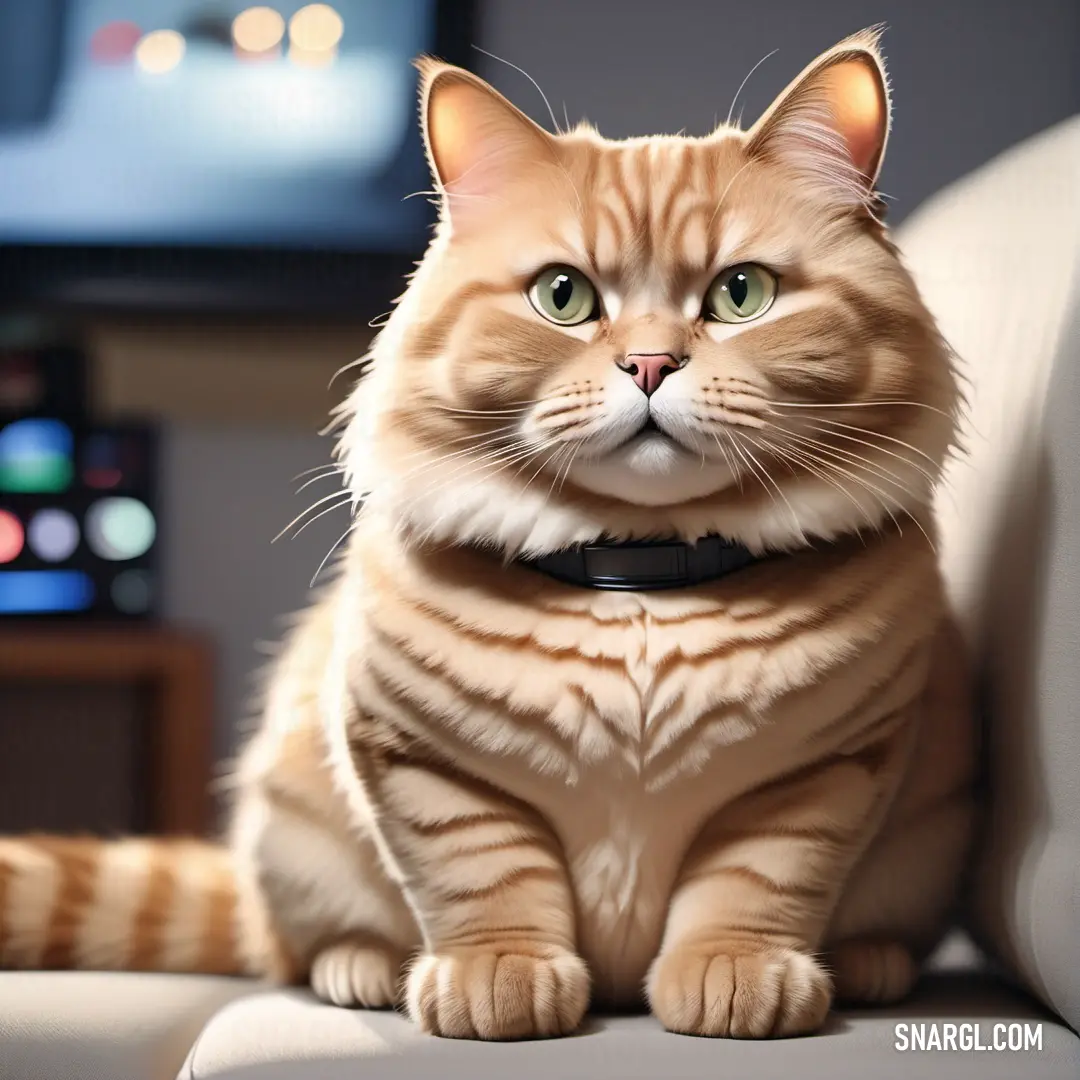
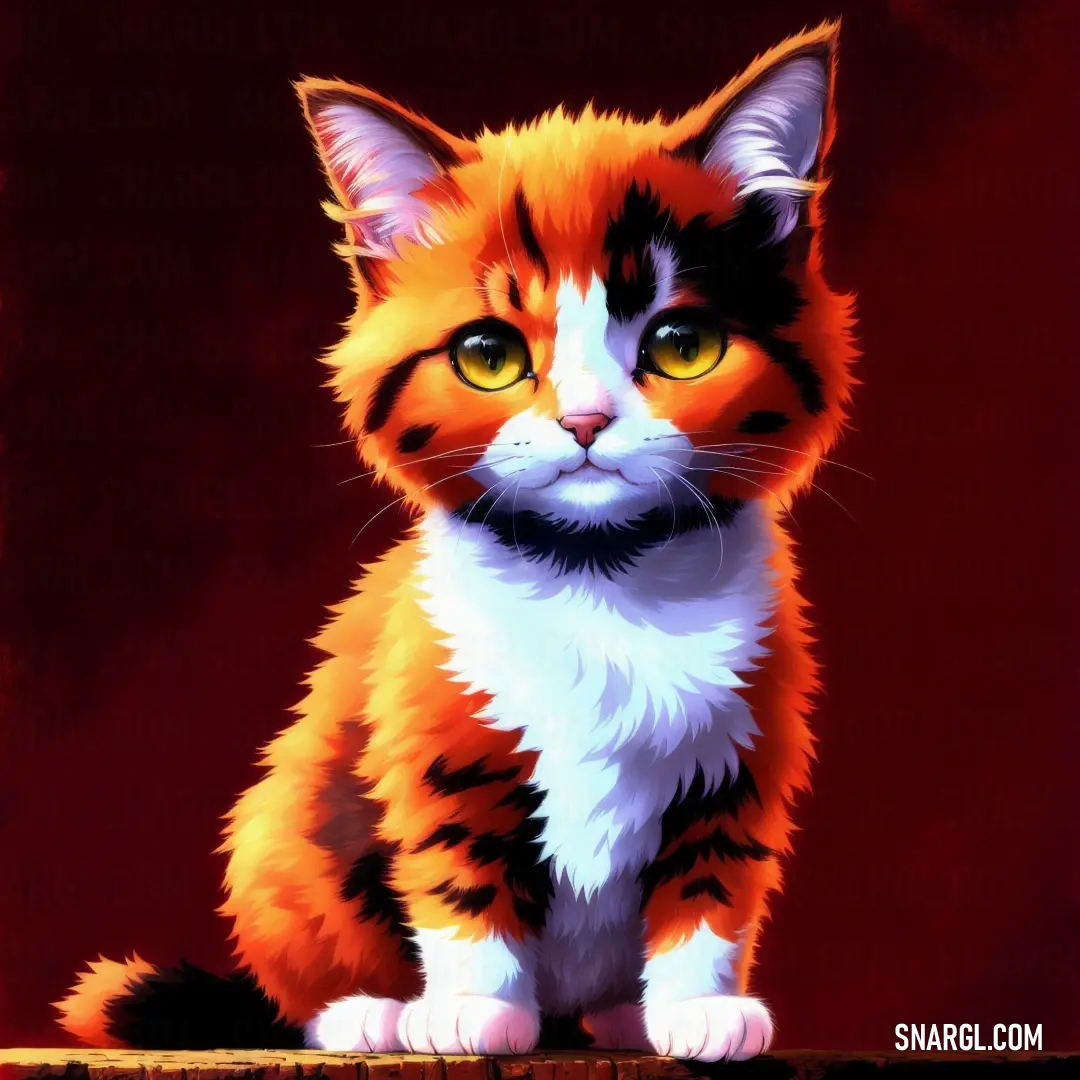
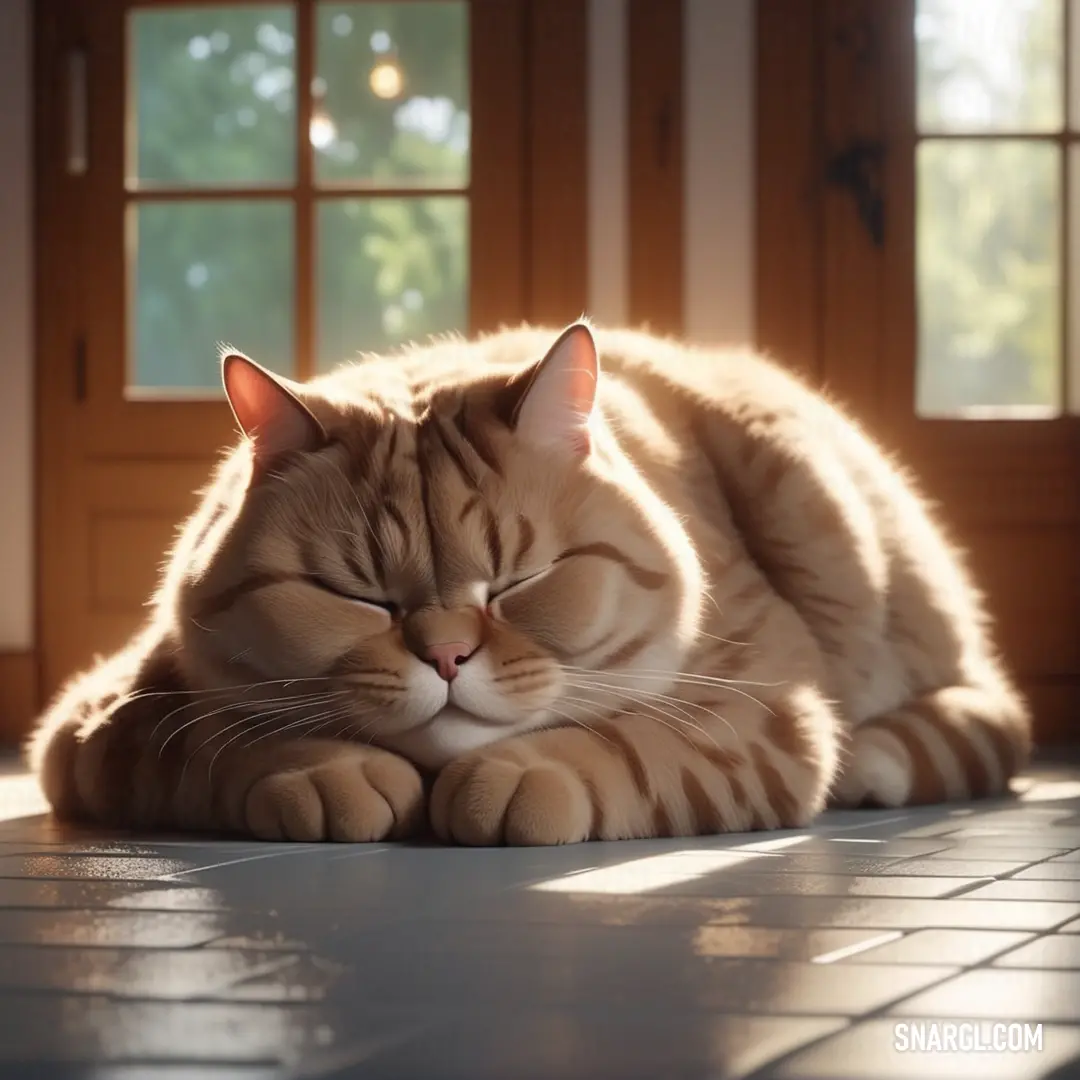
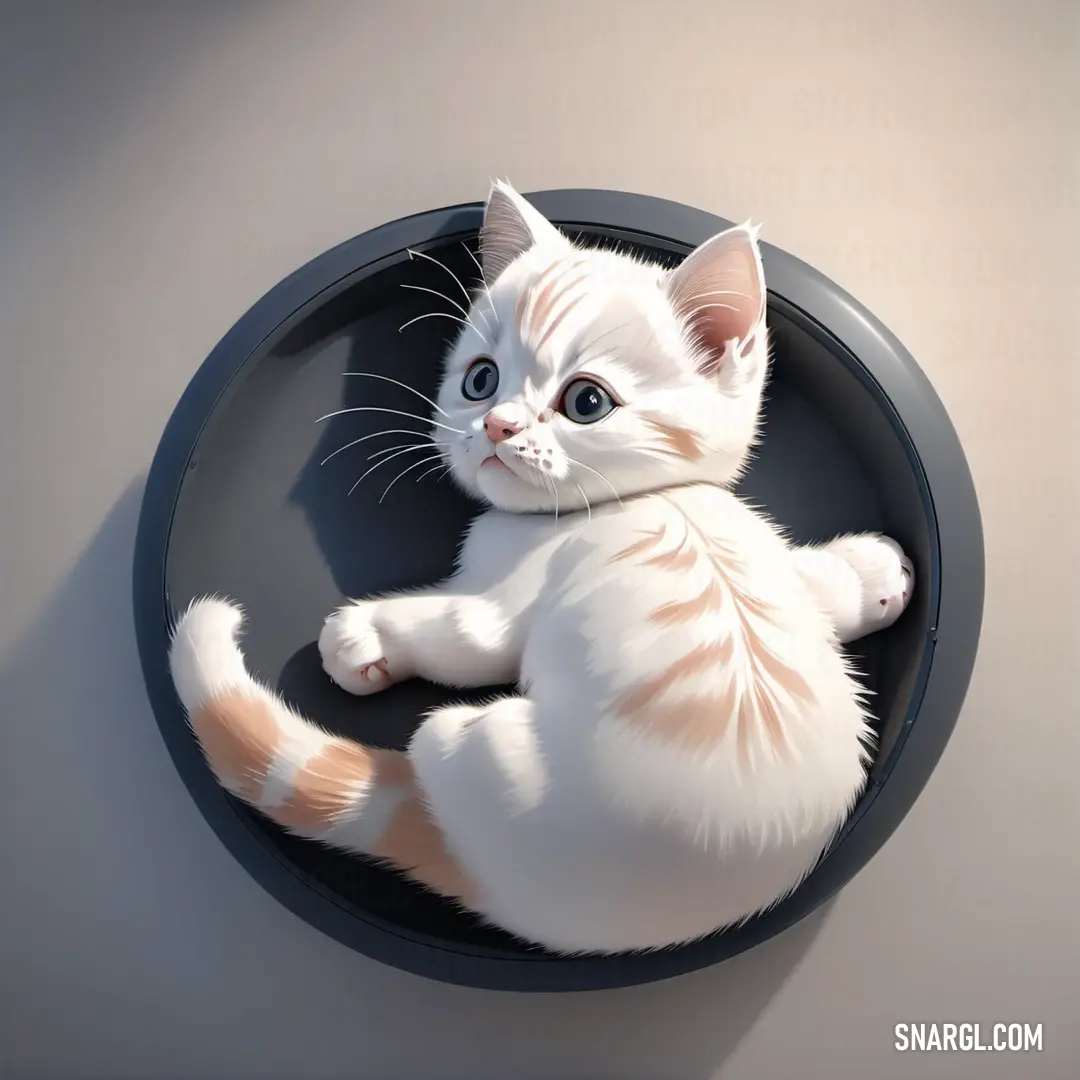
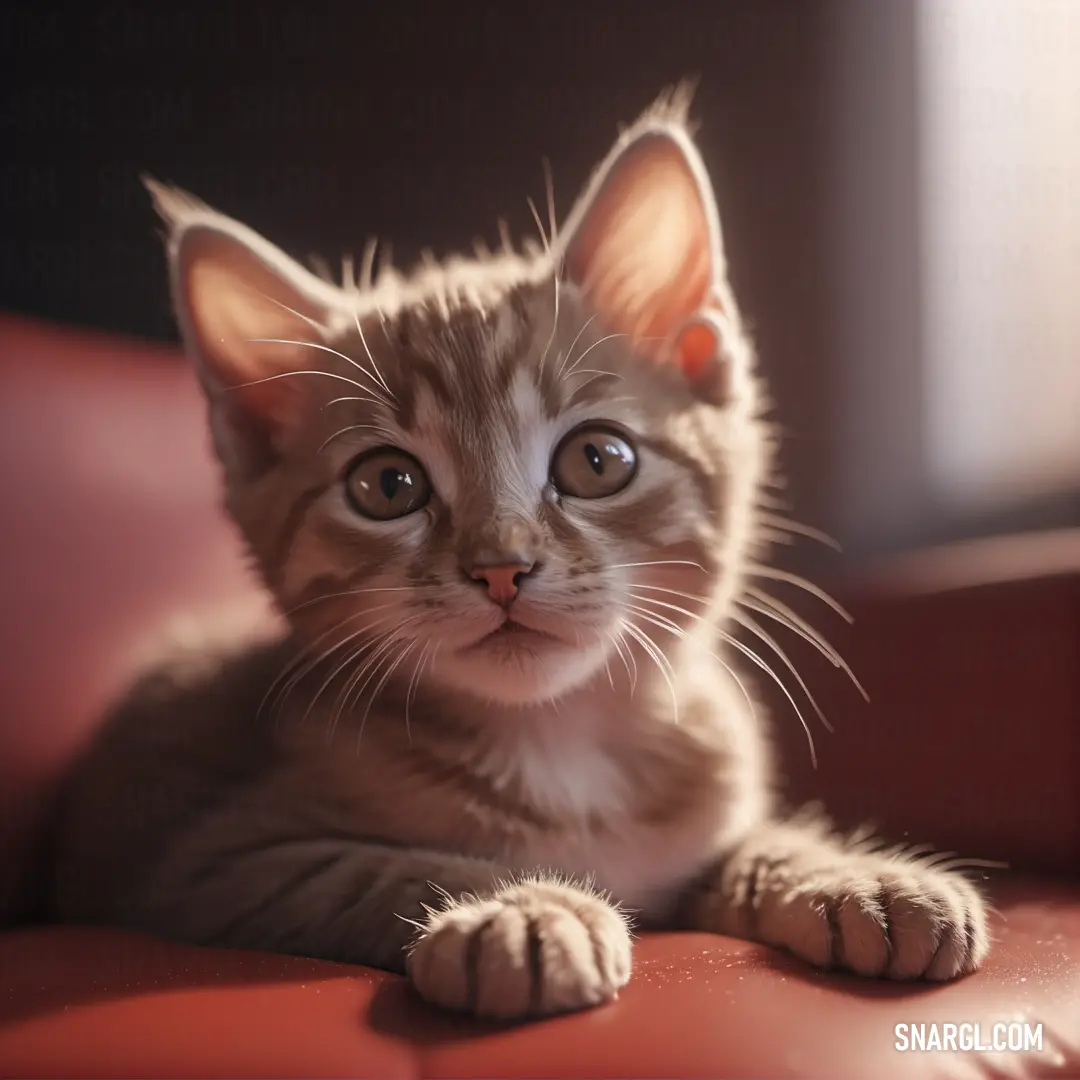
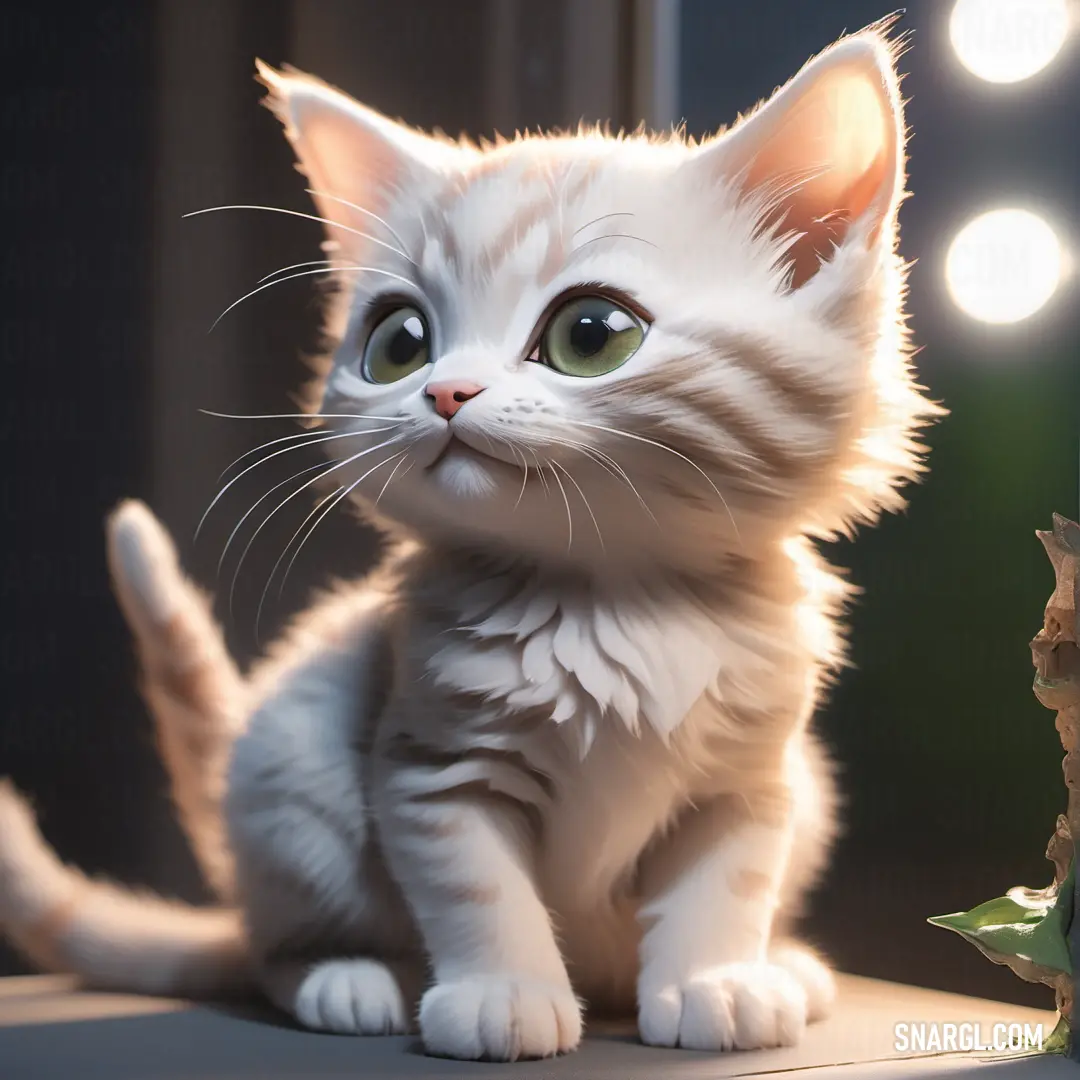
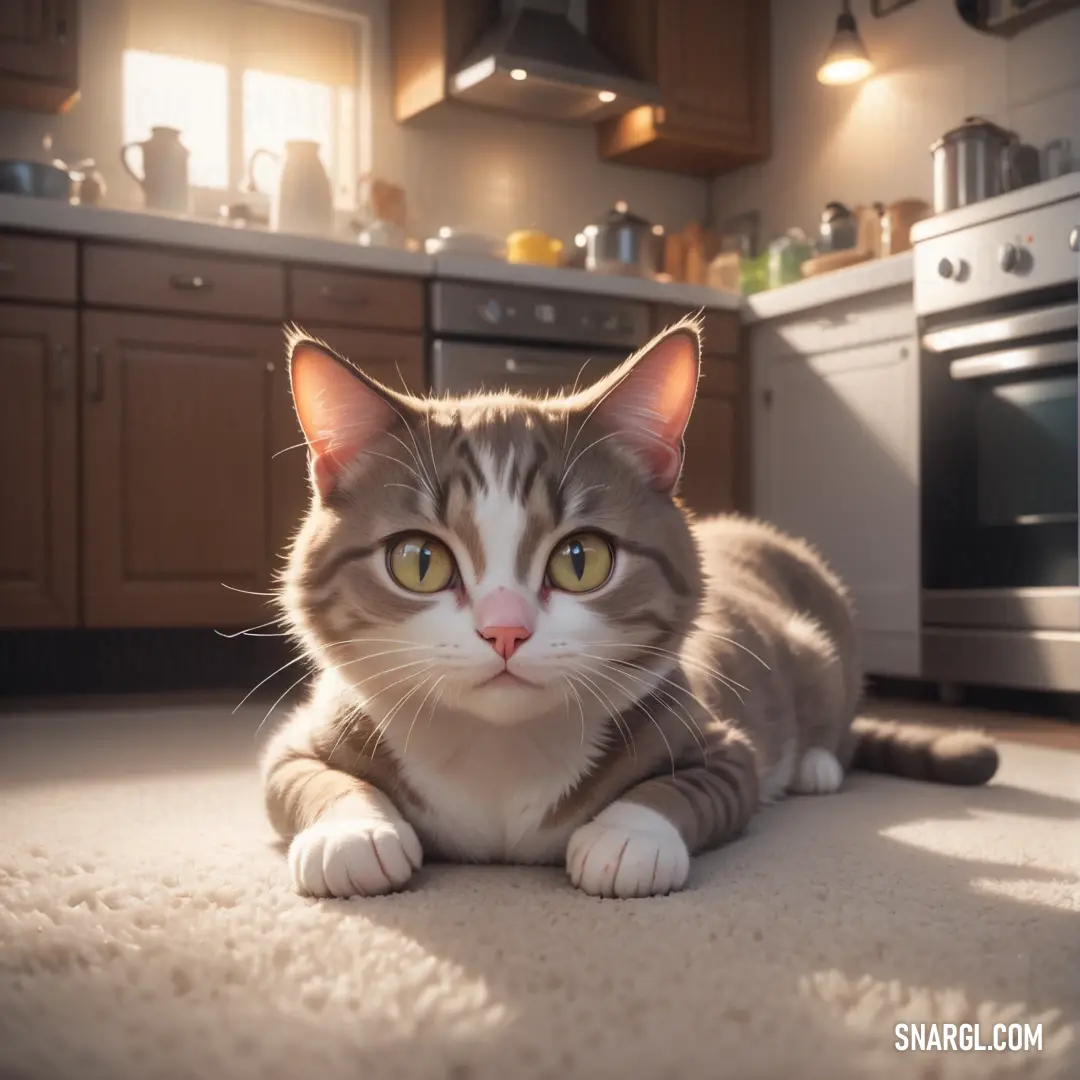
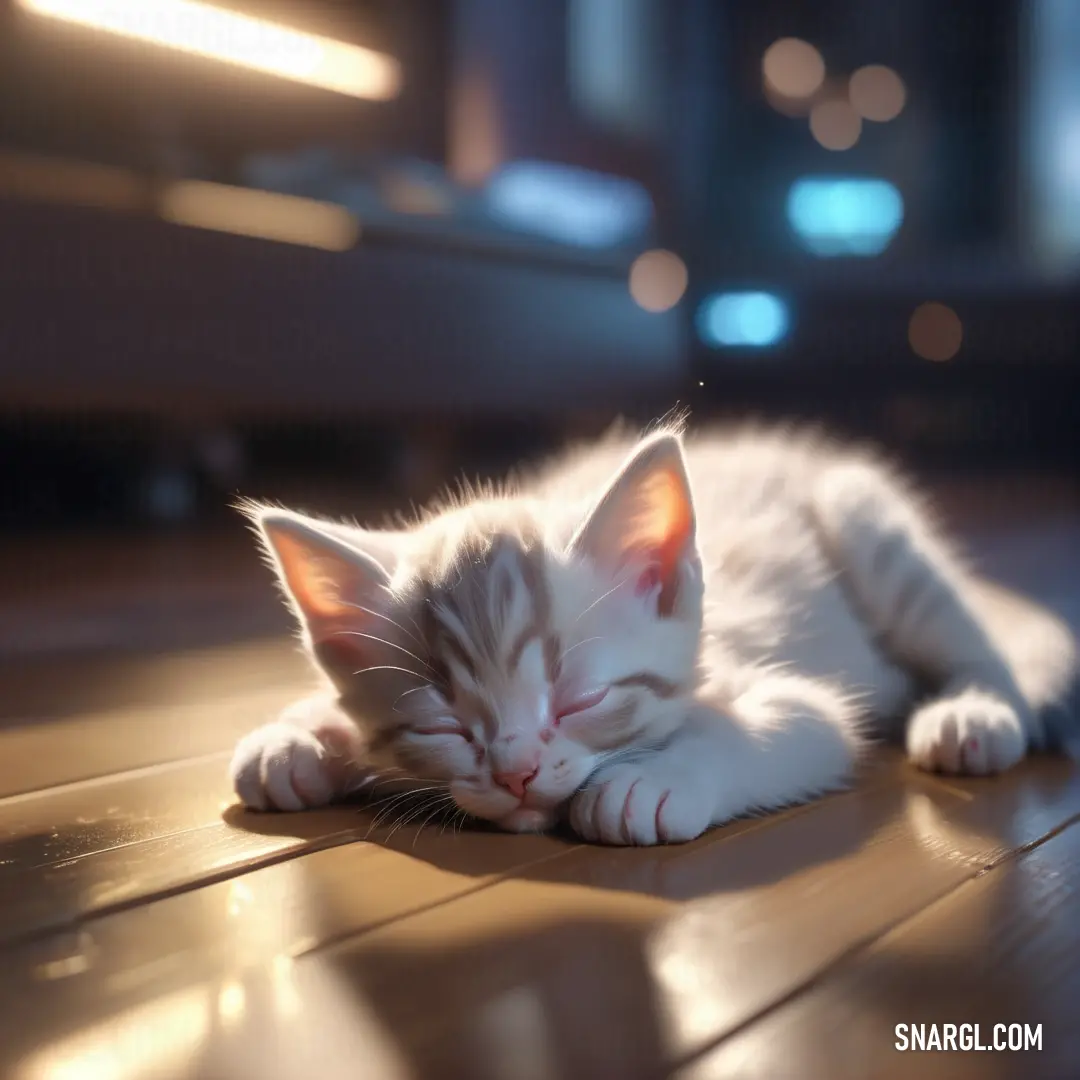
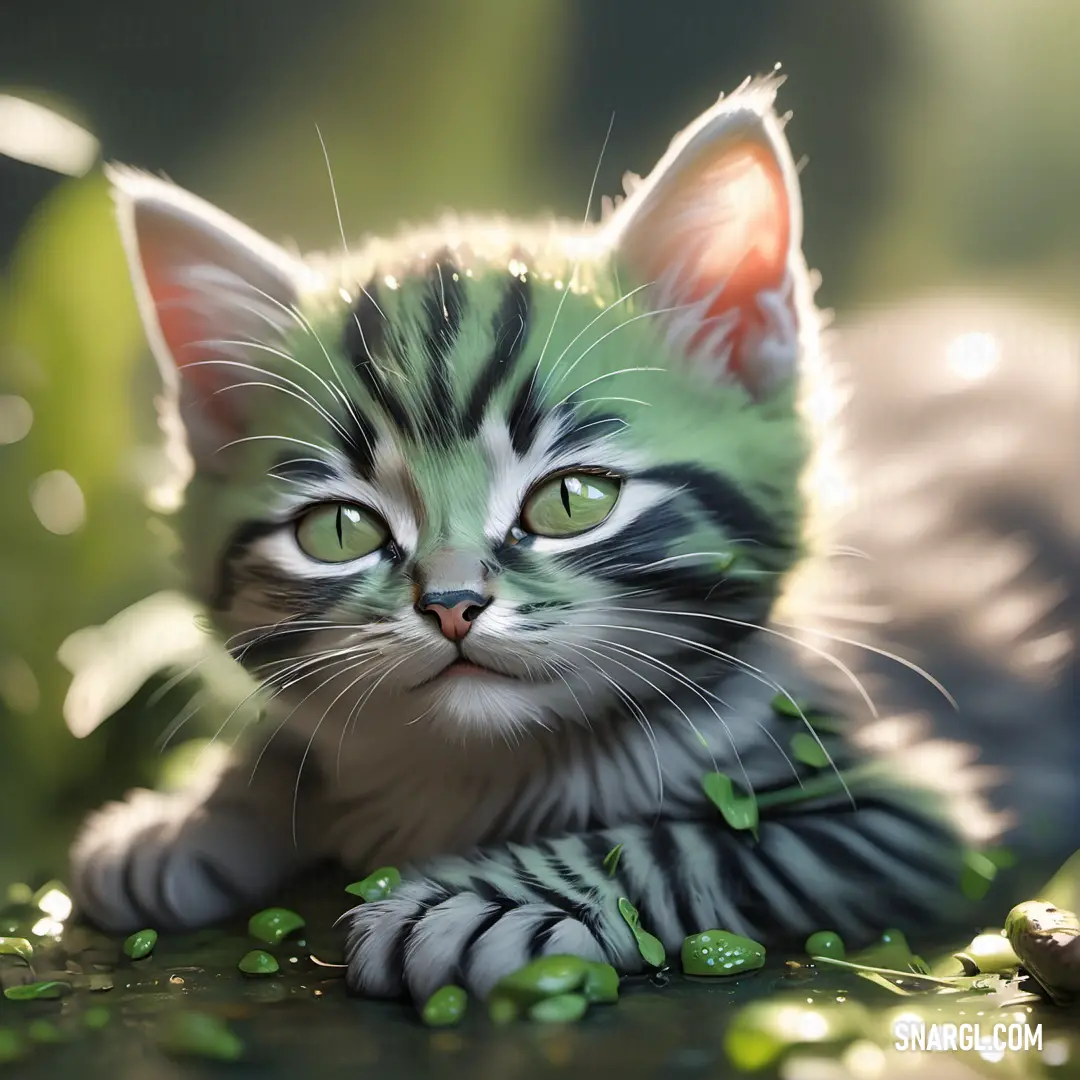
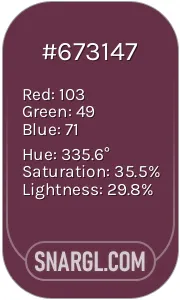 Old mauve
Old mauve Ghost white
Ghost white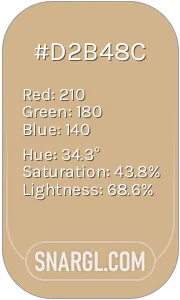 Tan
Tan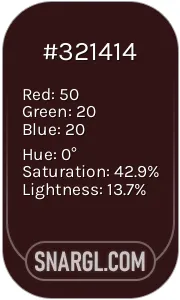 Seal brown
Seal brown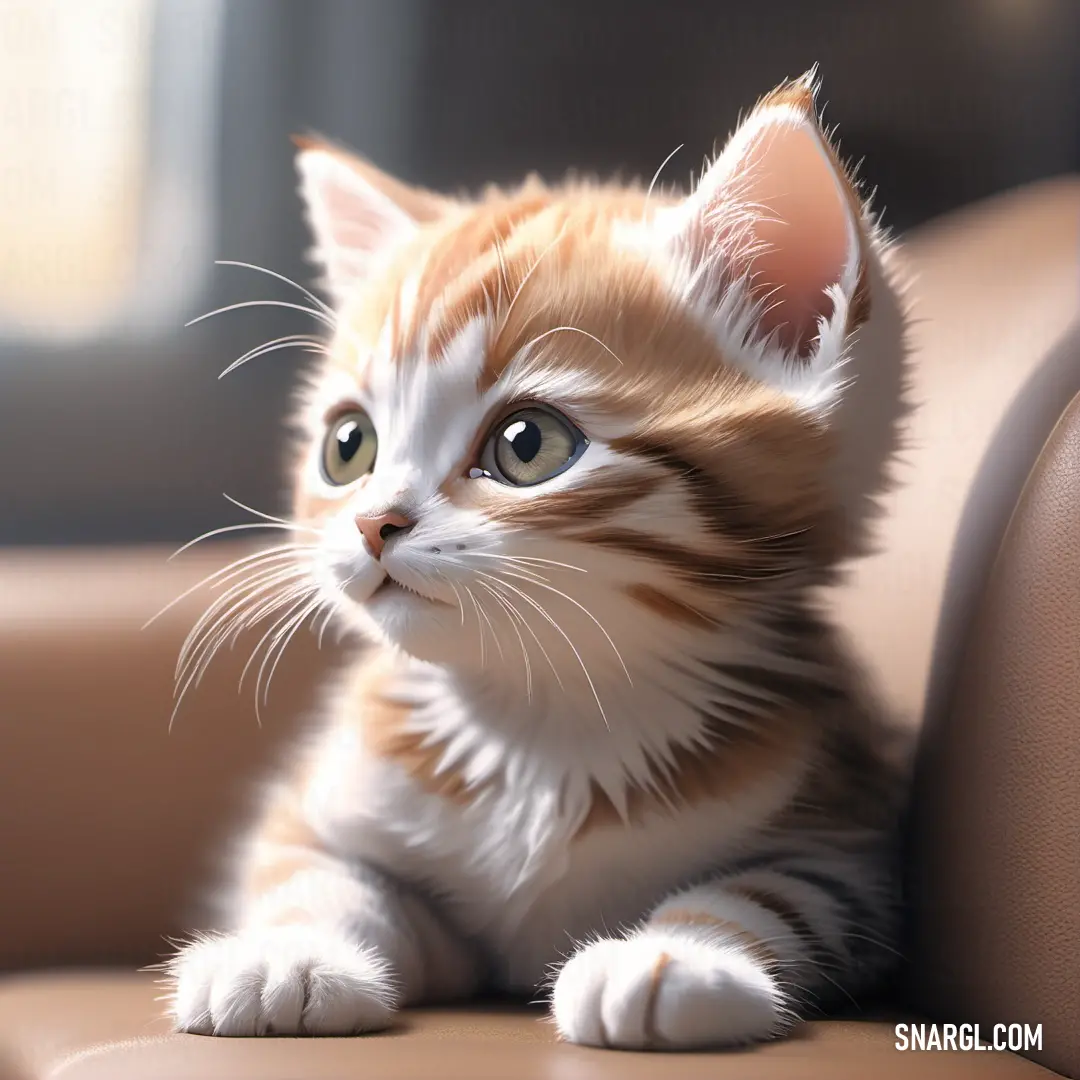

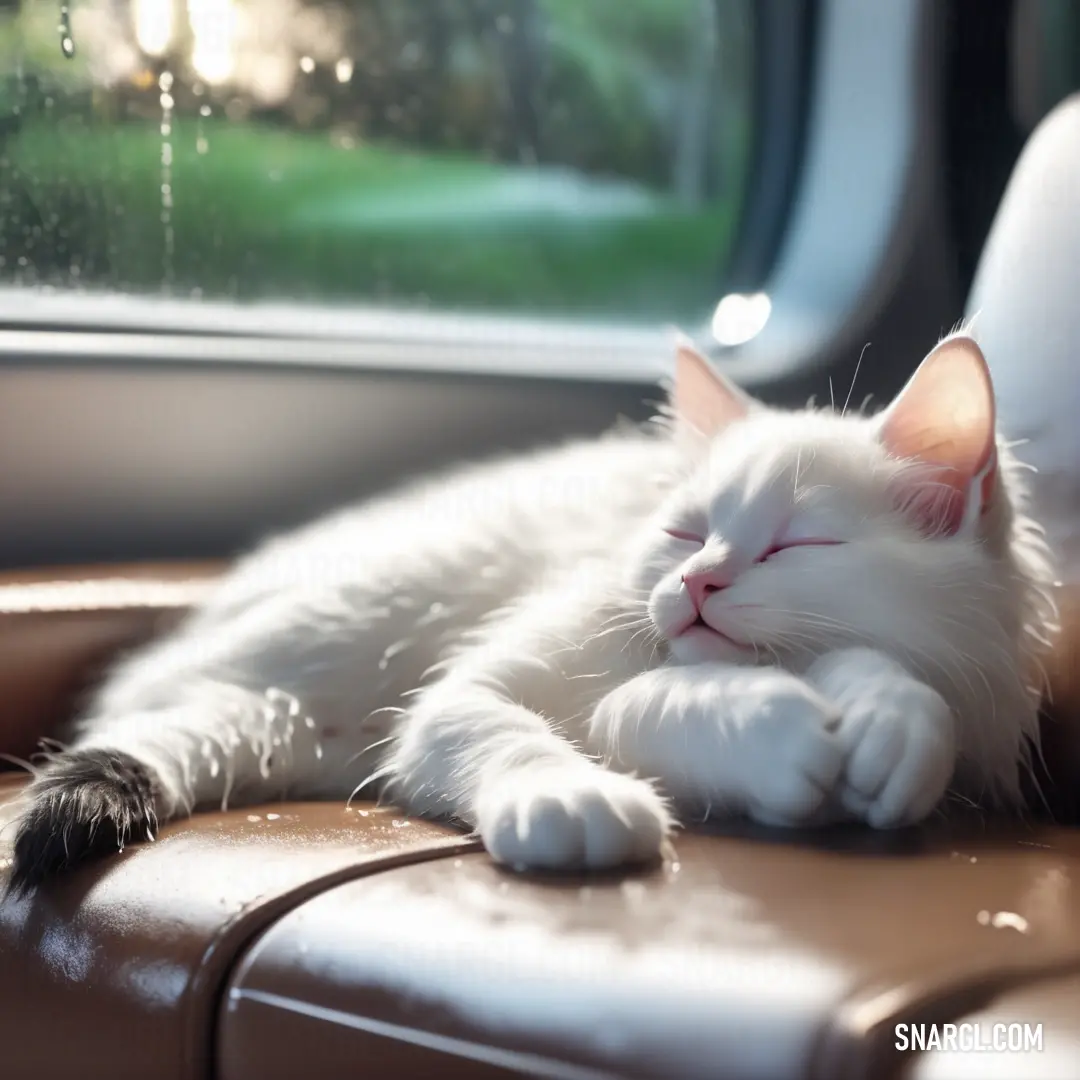
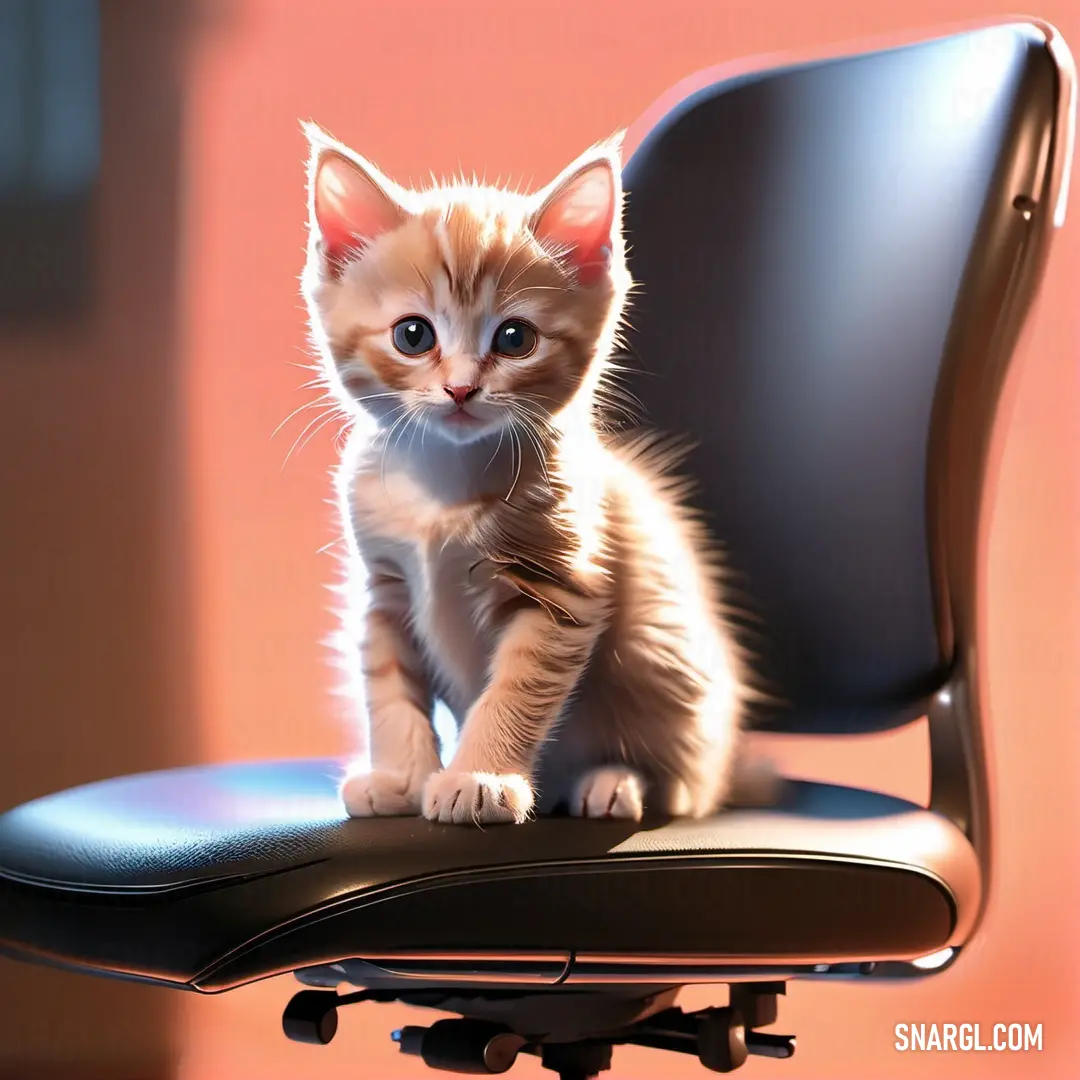
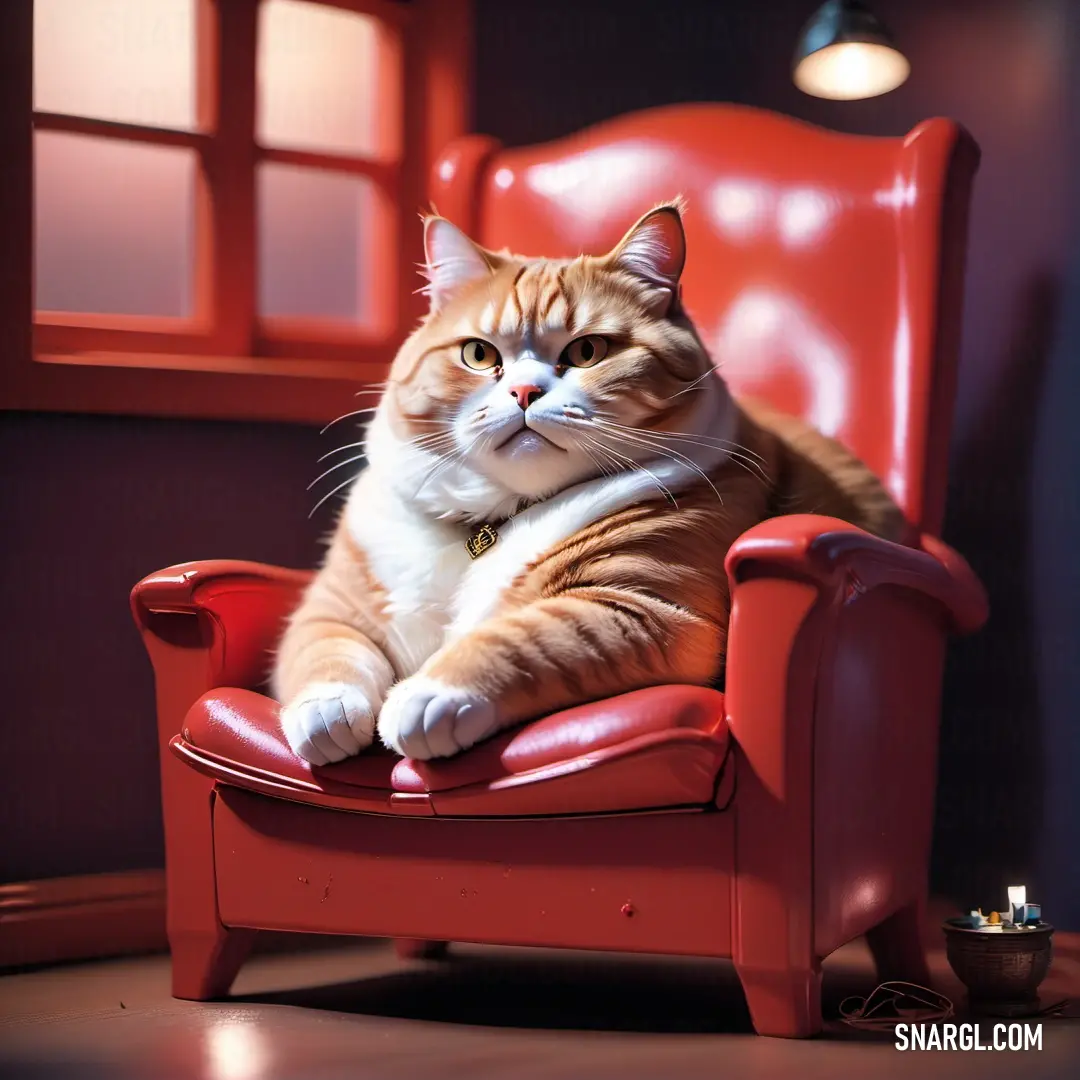
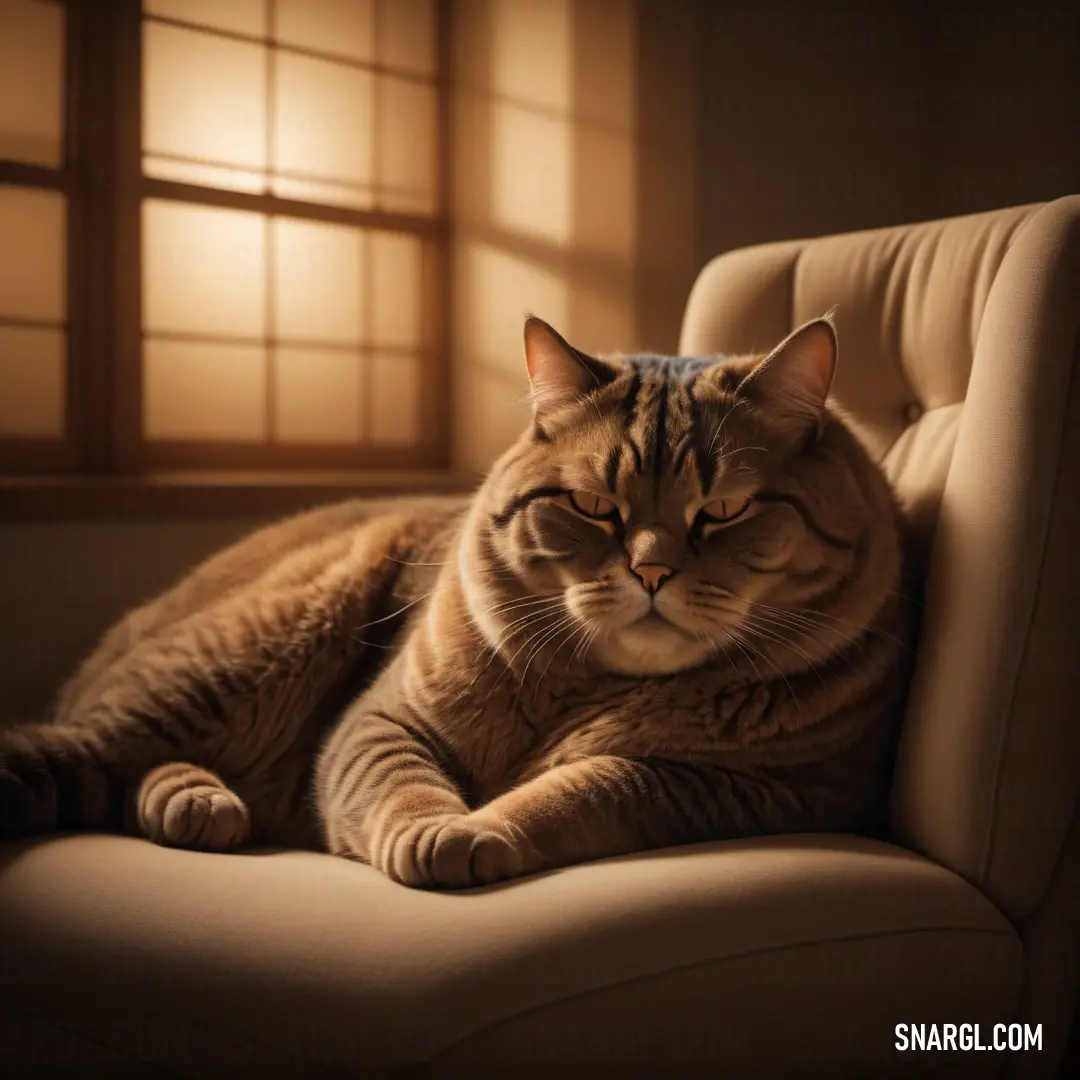
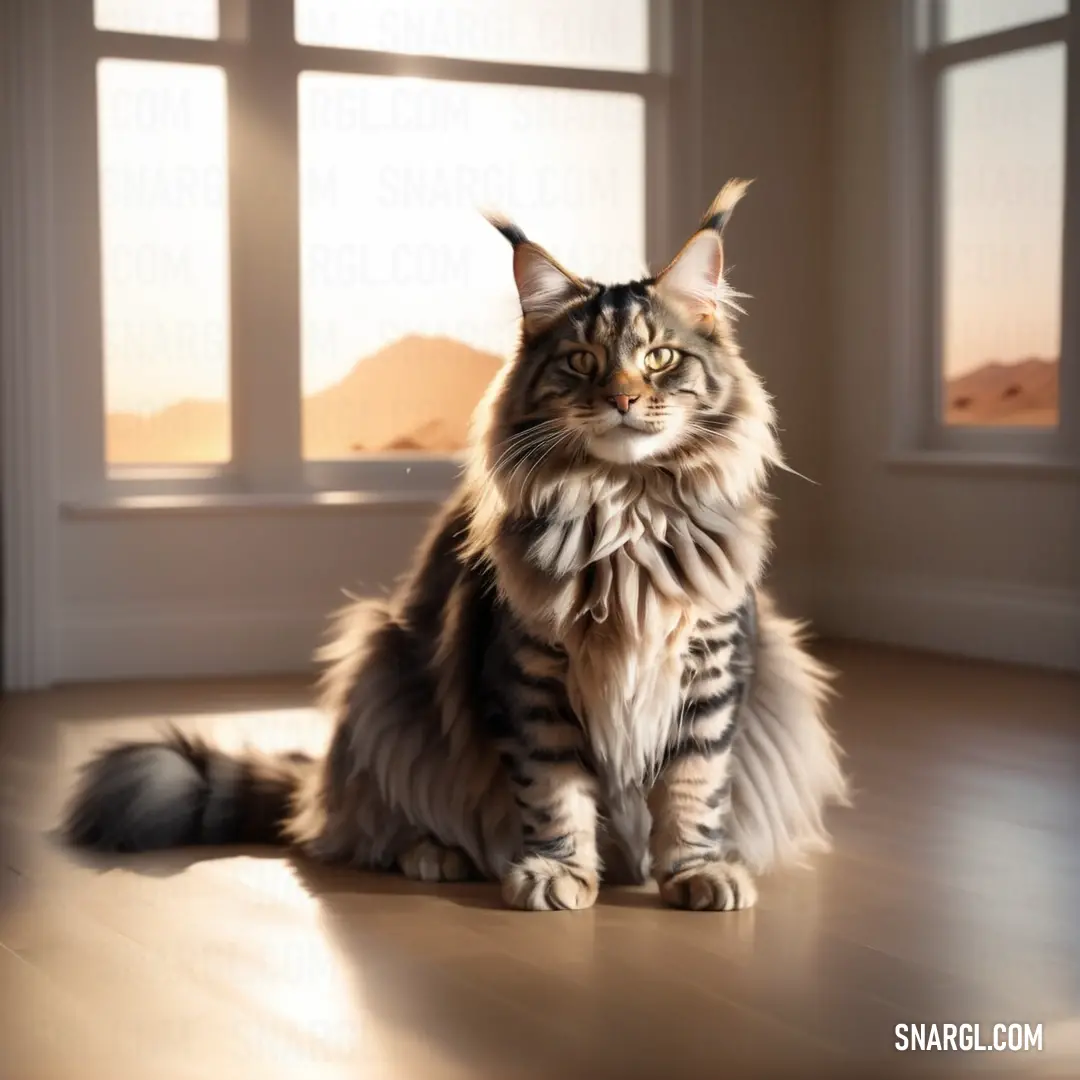
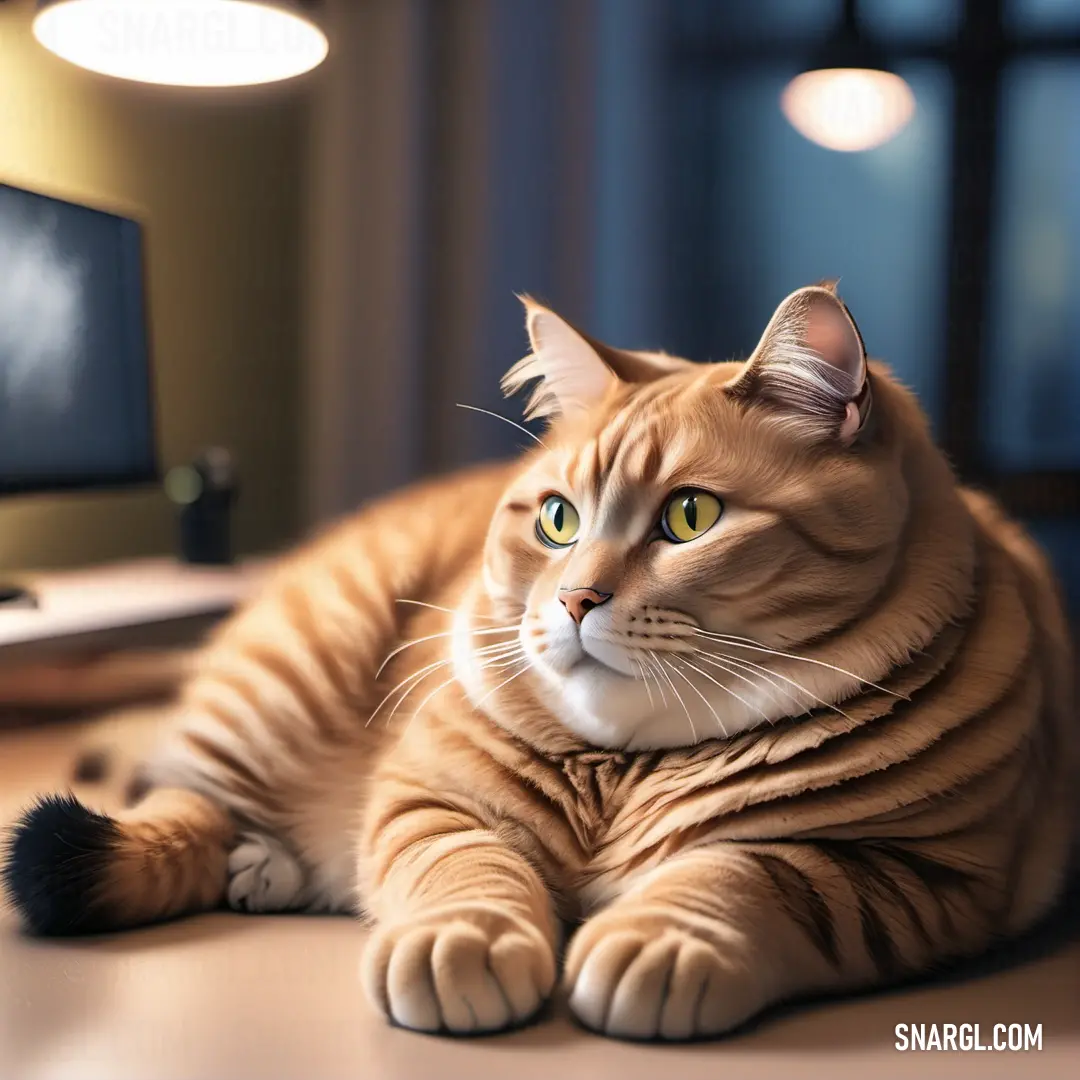
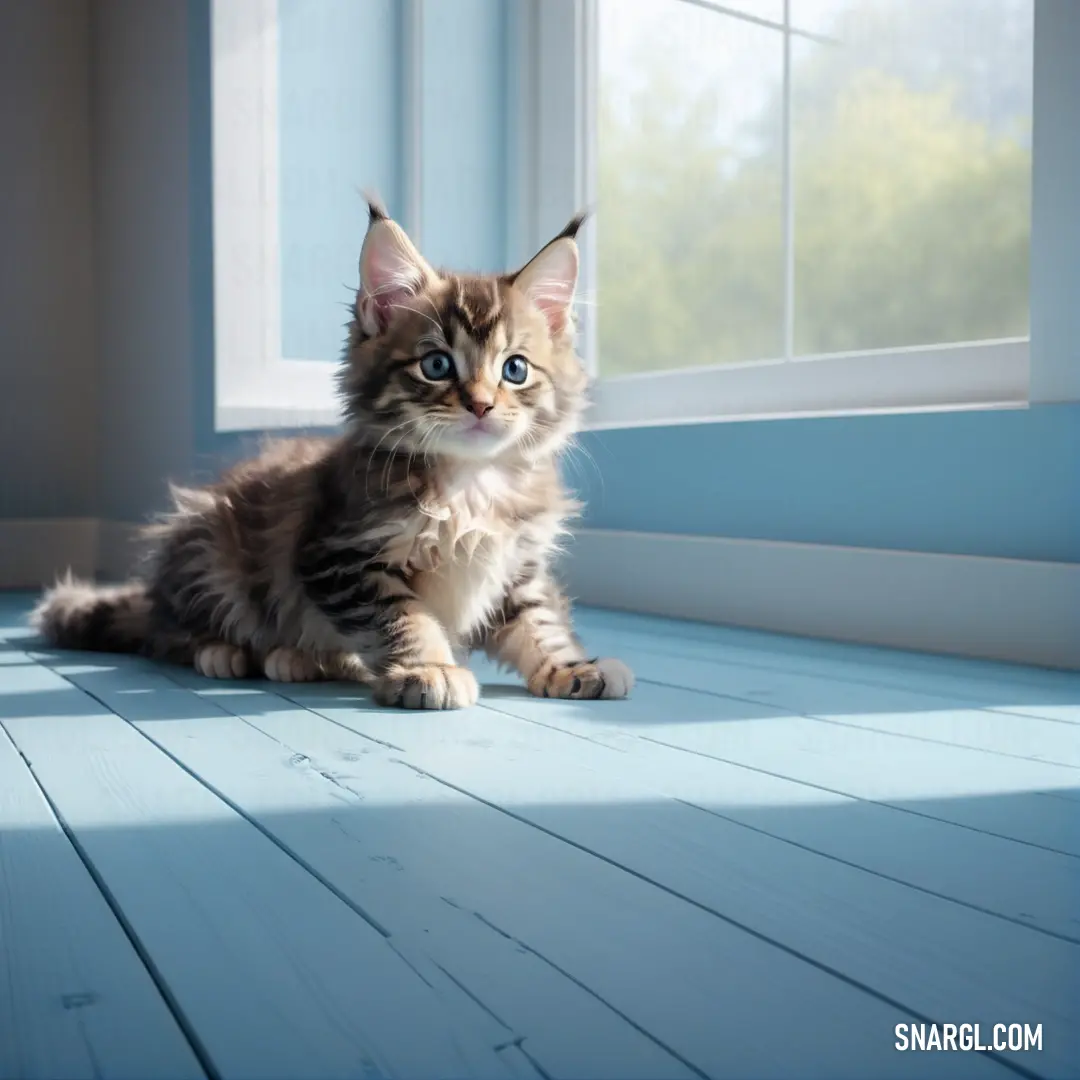
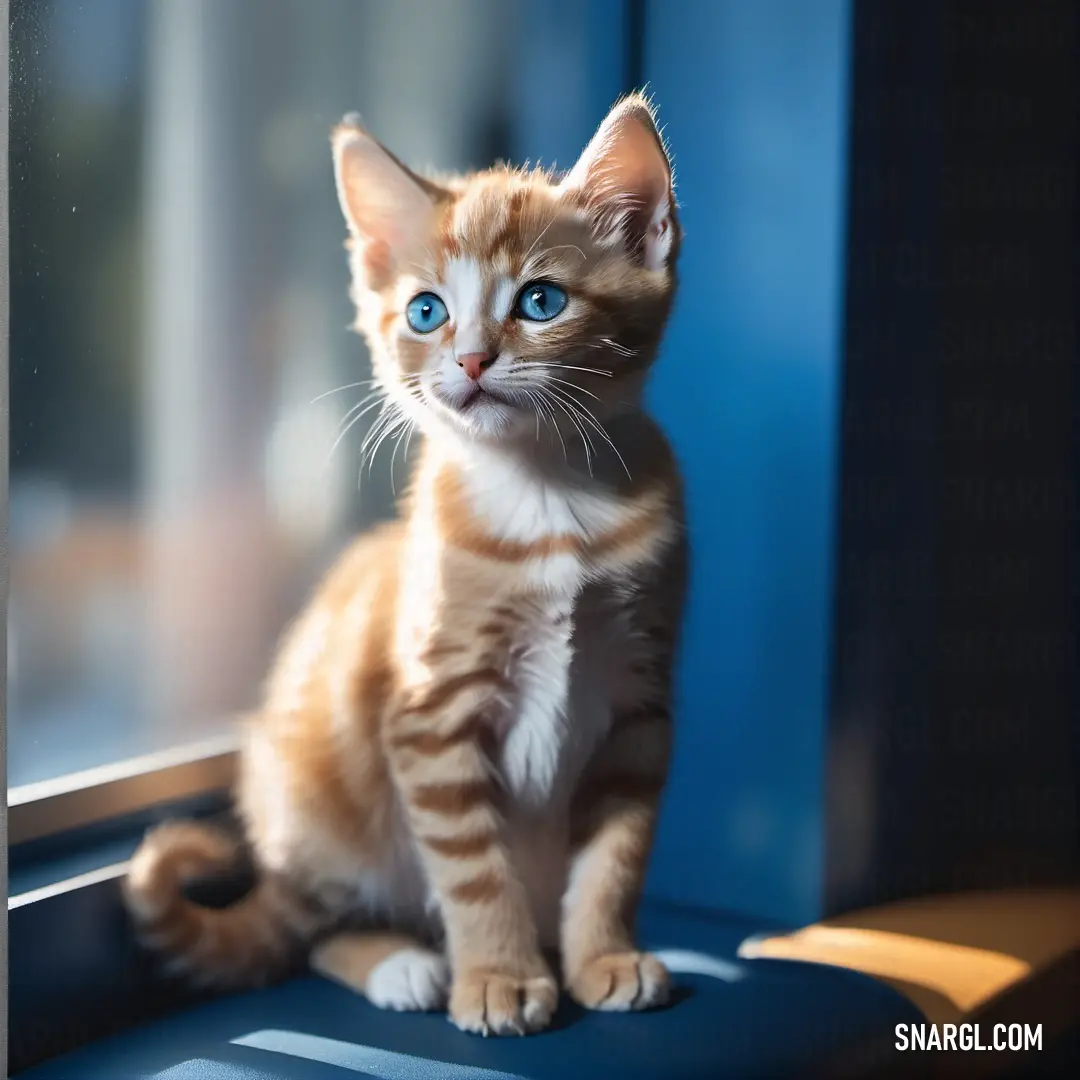
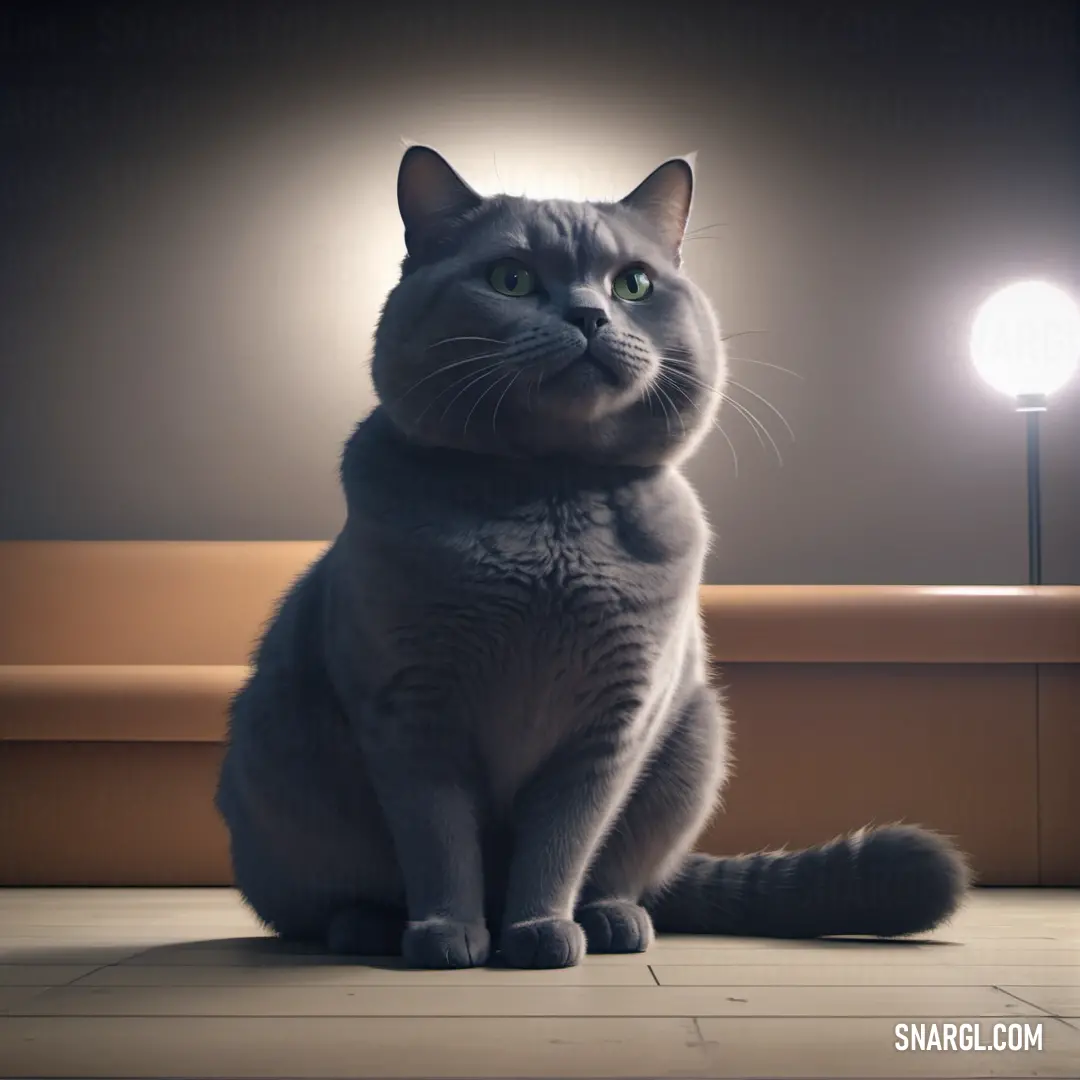
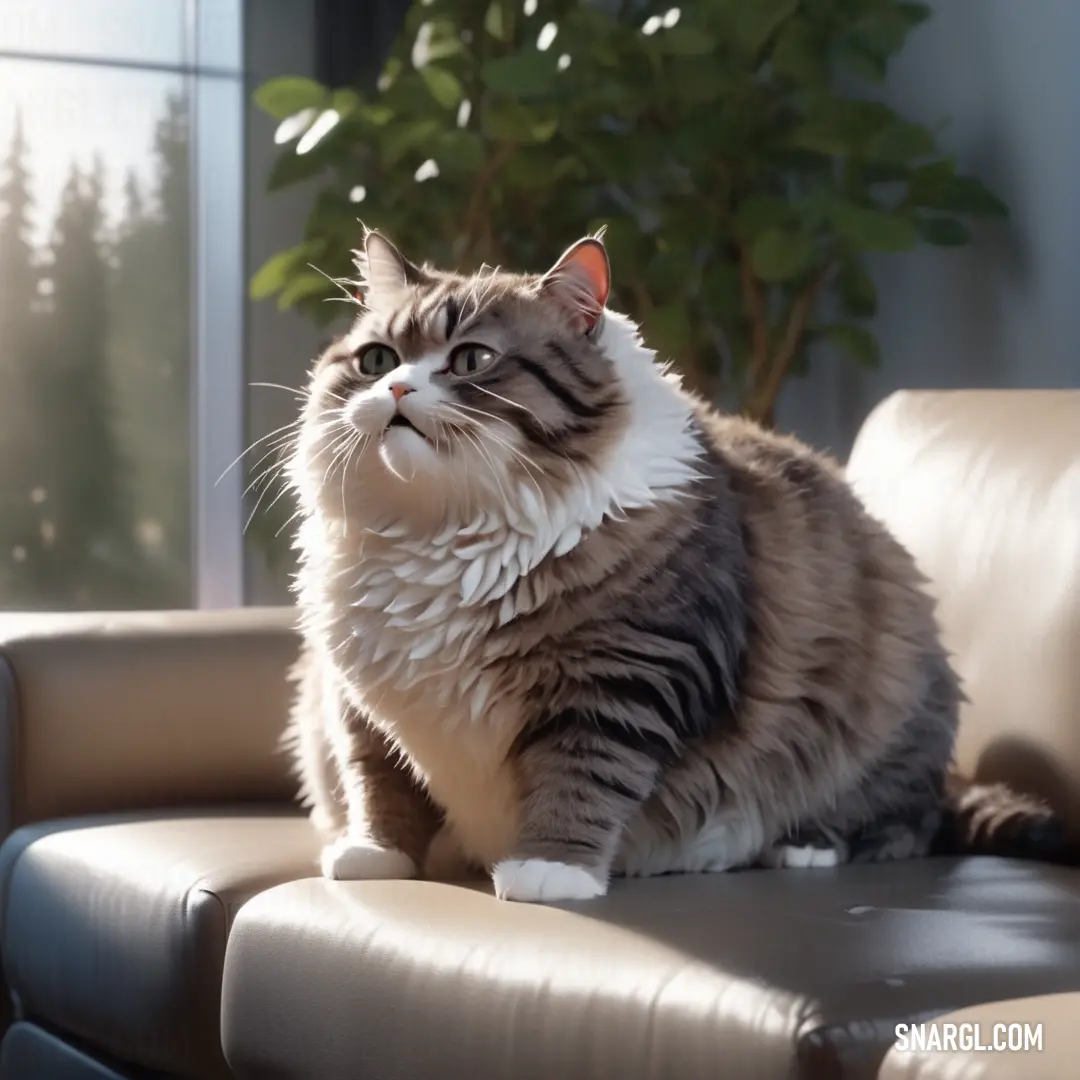
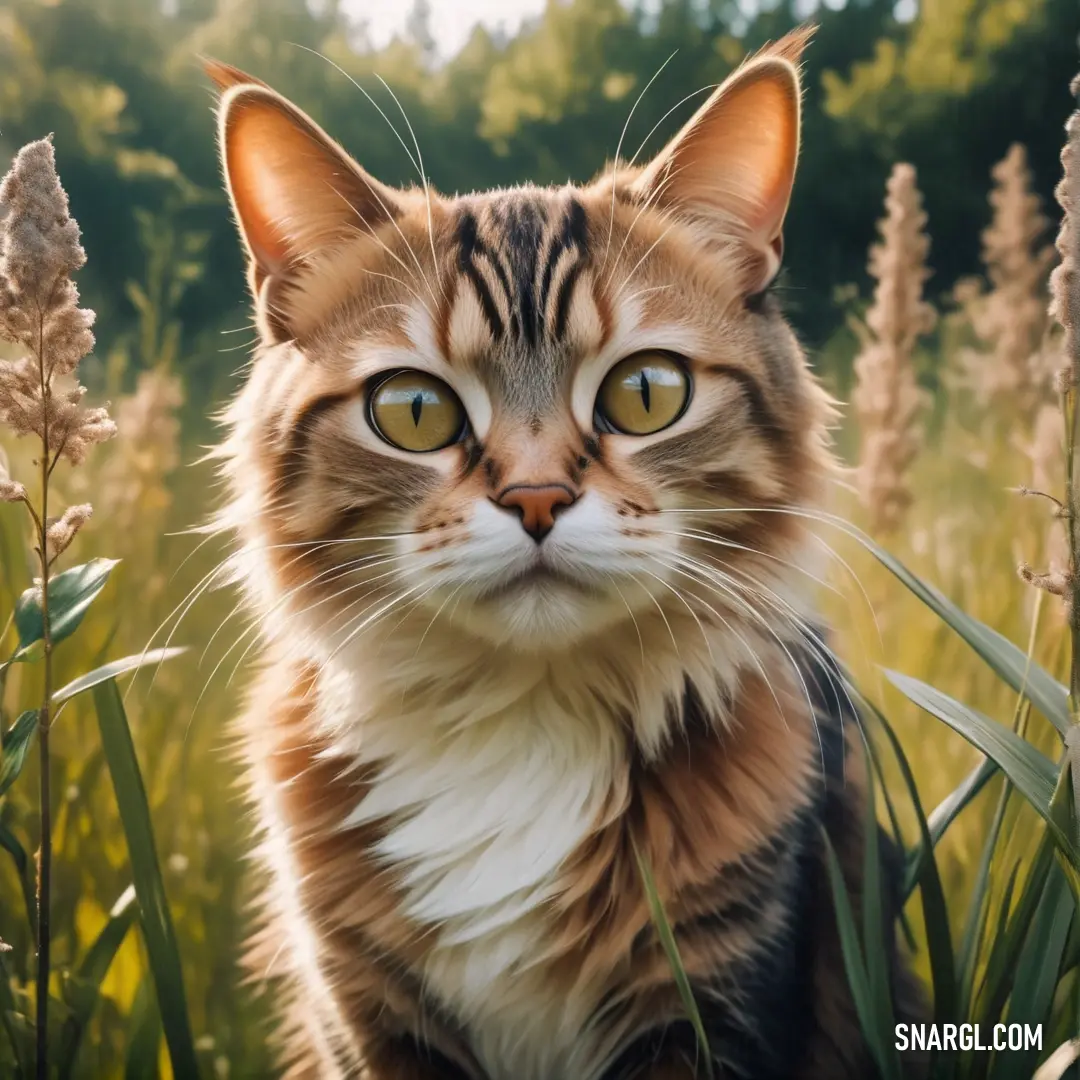
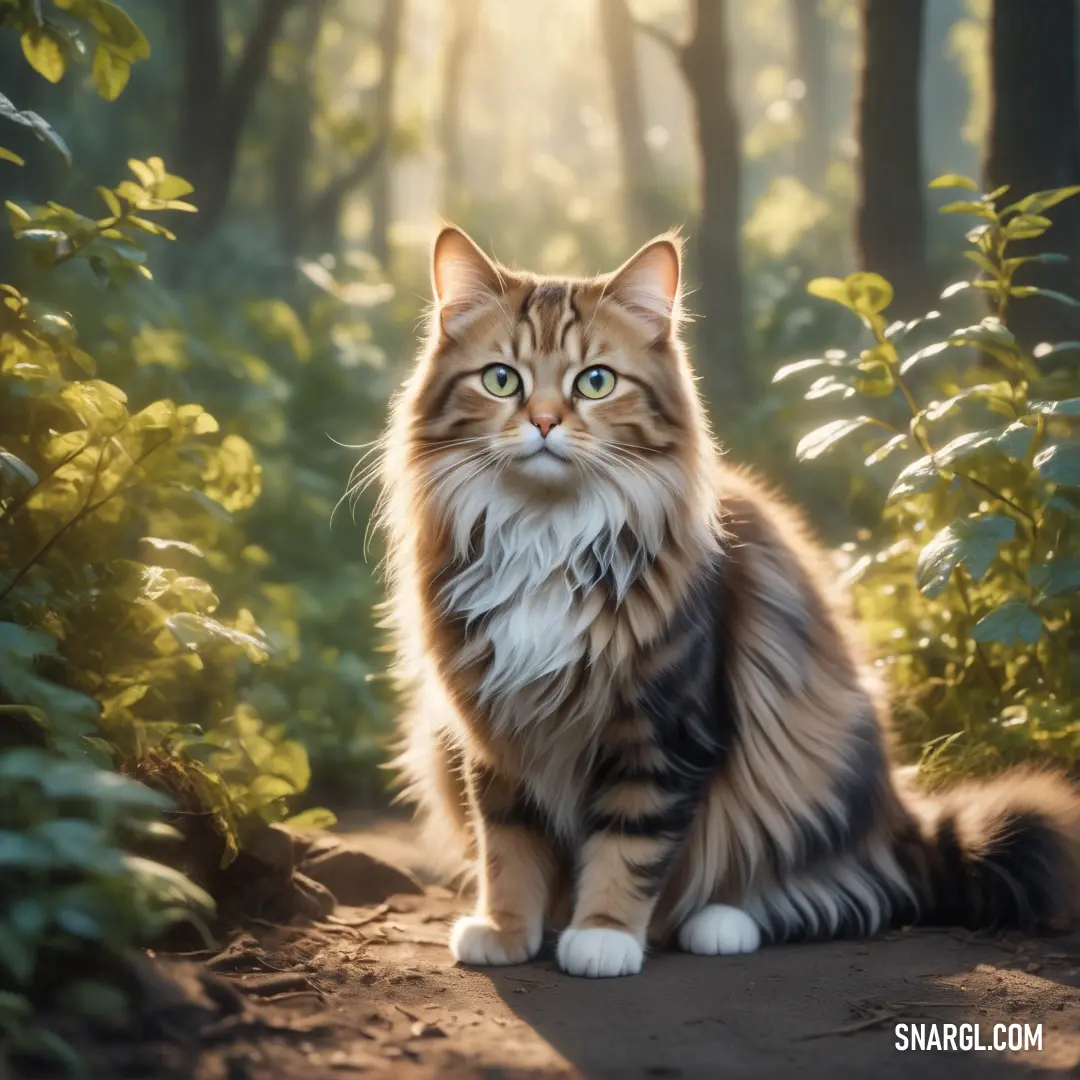
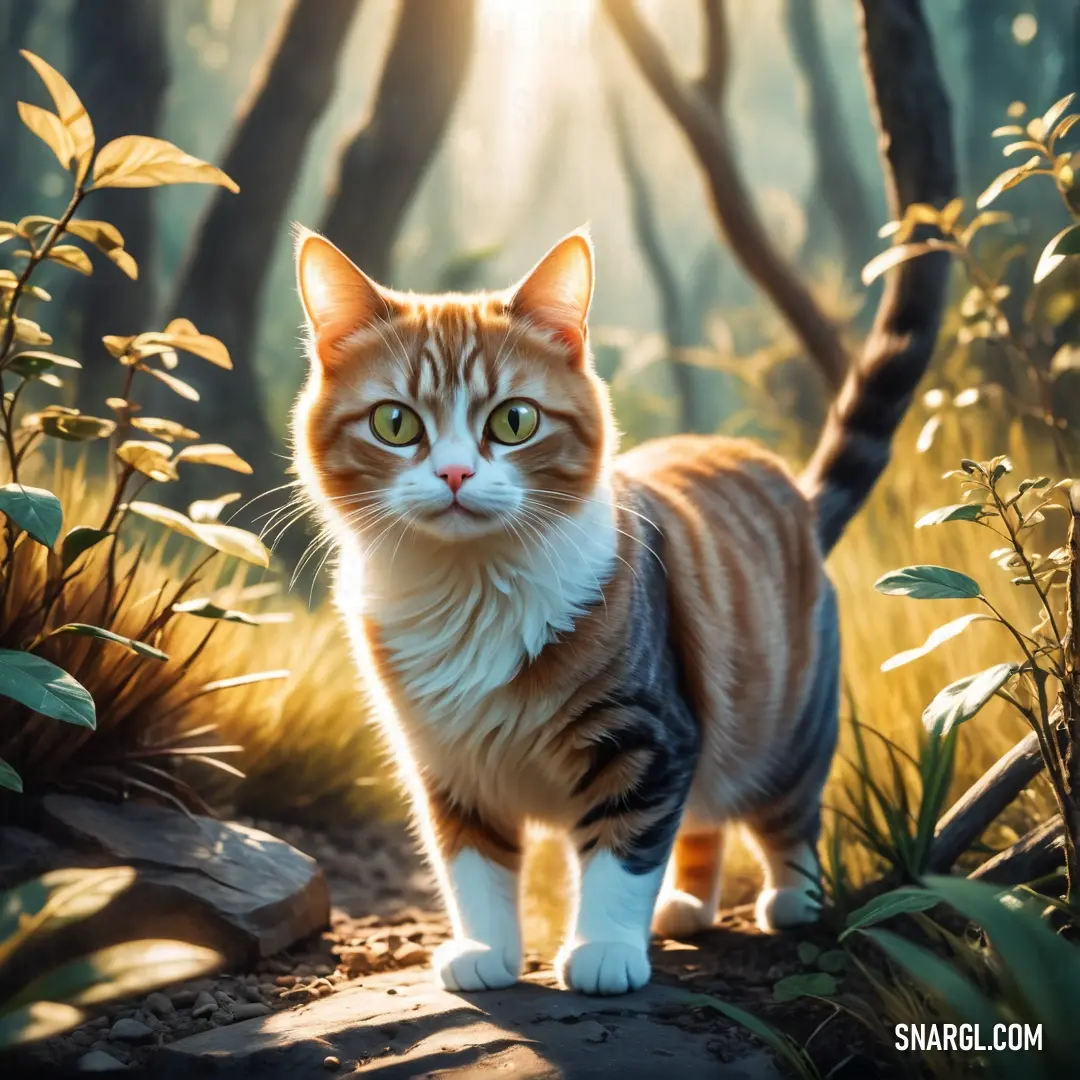
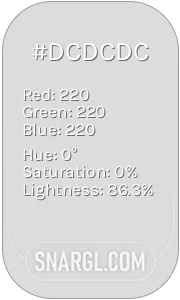 Gainsboro
Gainsboro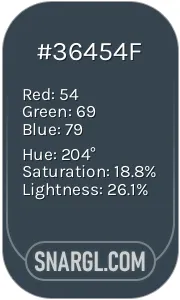 Charcoal
Charcoal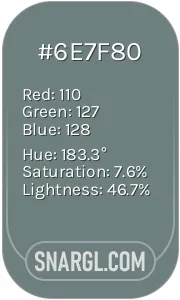 AuroMetalSaurus
AuroMetalSaurus Tufts Blue
Tufts Blue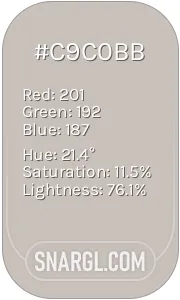 Pale silver
Pale silver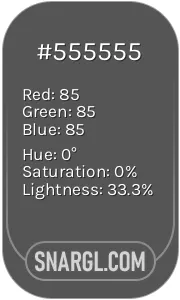 Davy grey
Davy grey Beaver
Beaver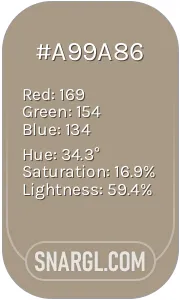 Grullo
Grullo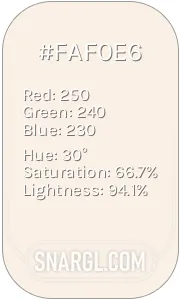 Linen
Linen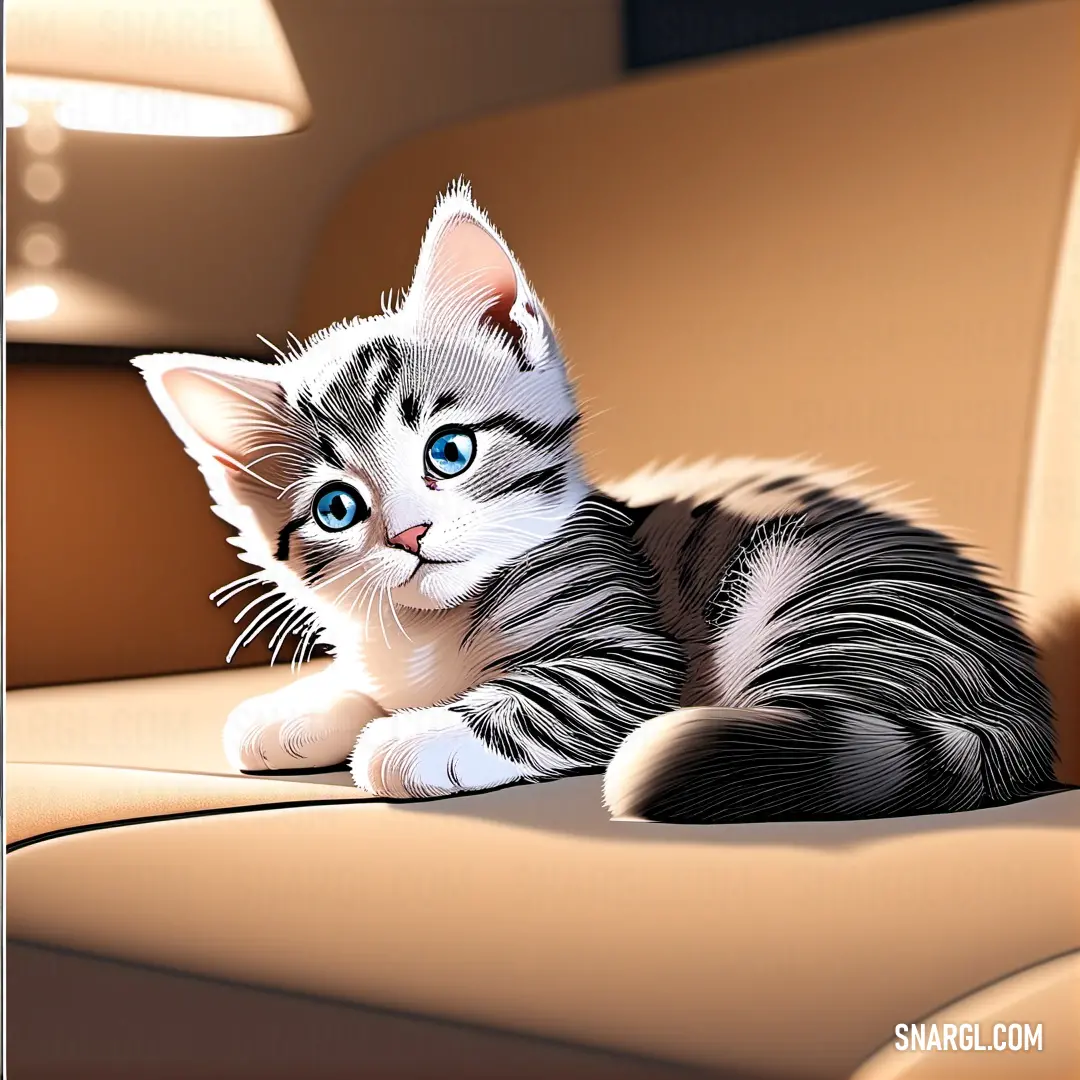
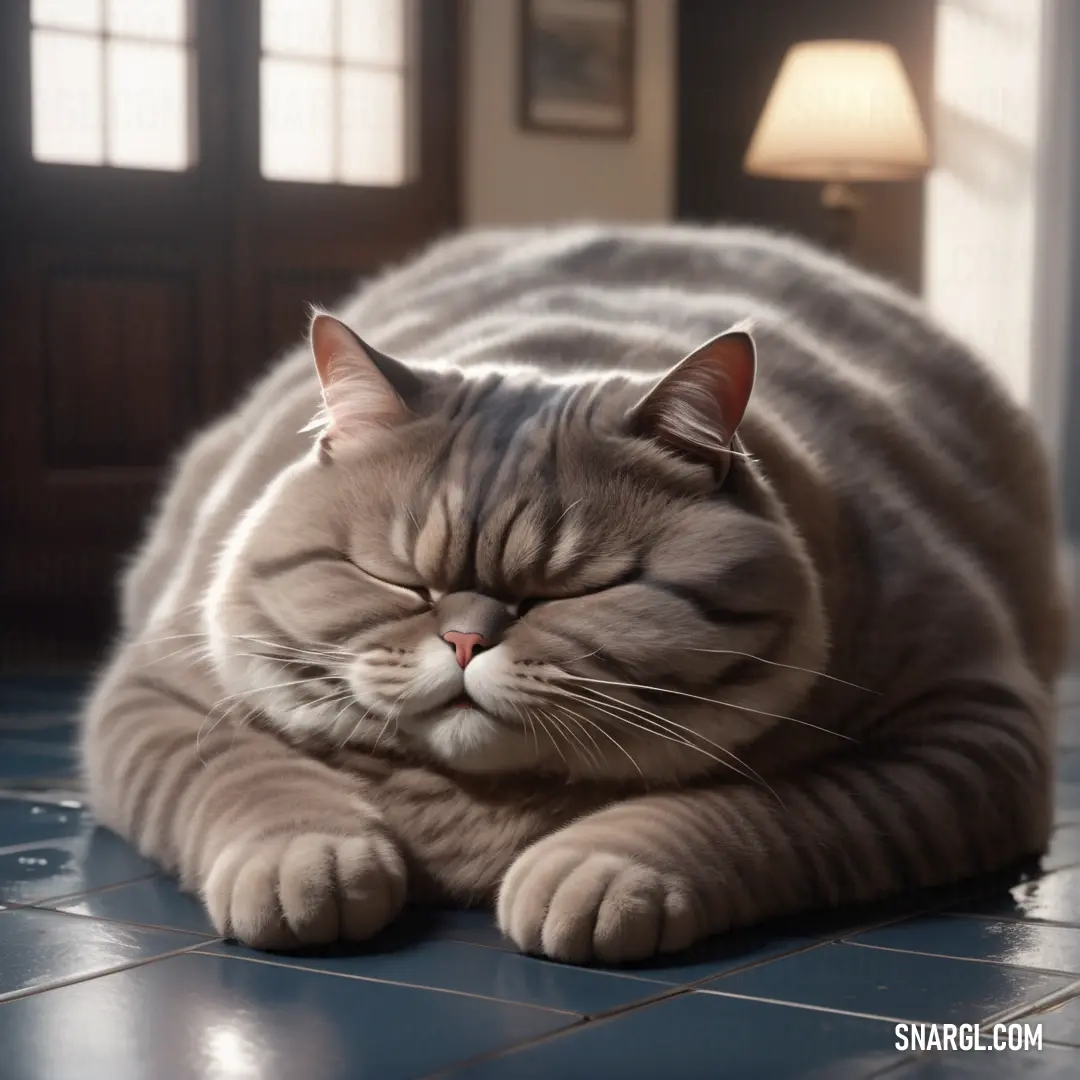
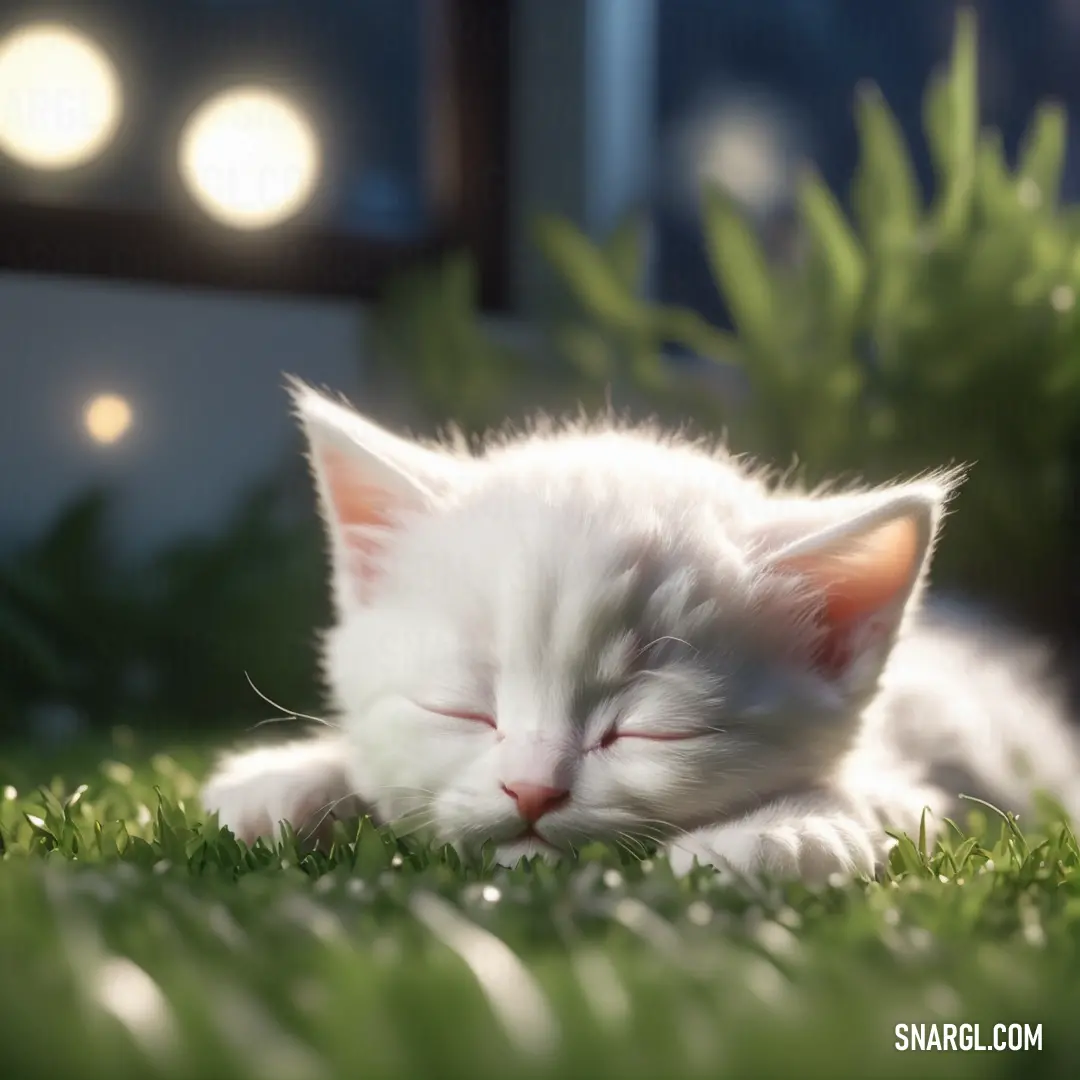
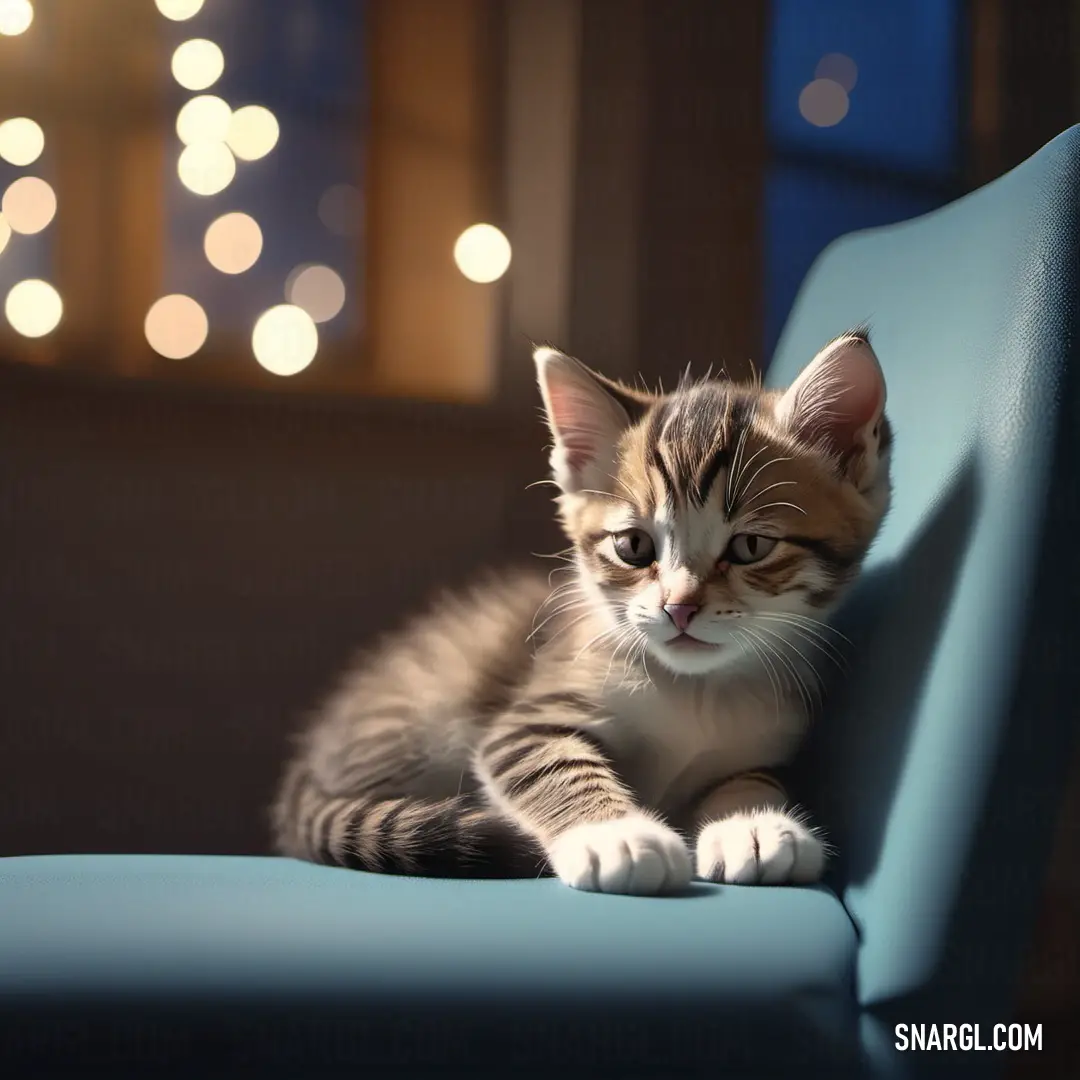
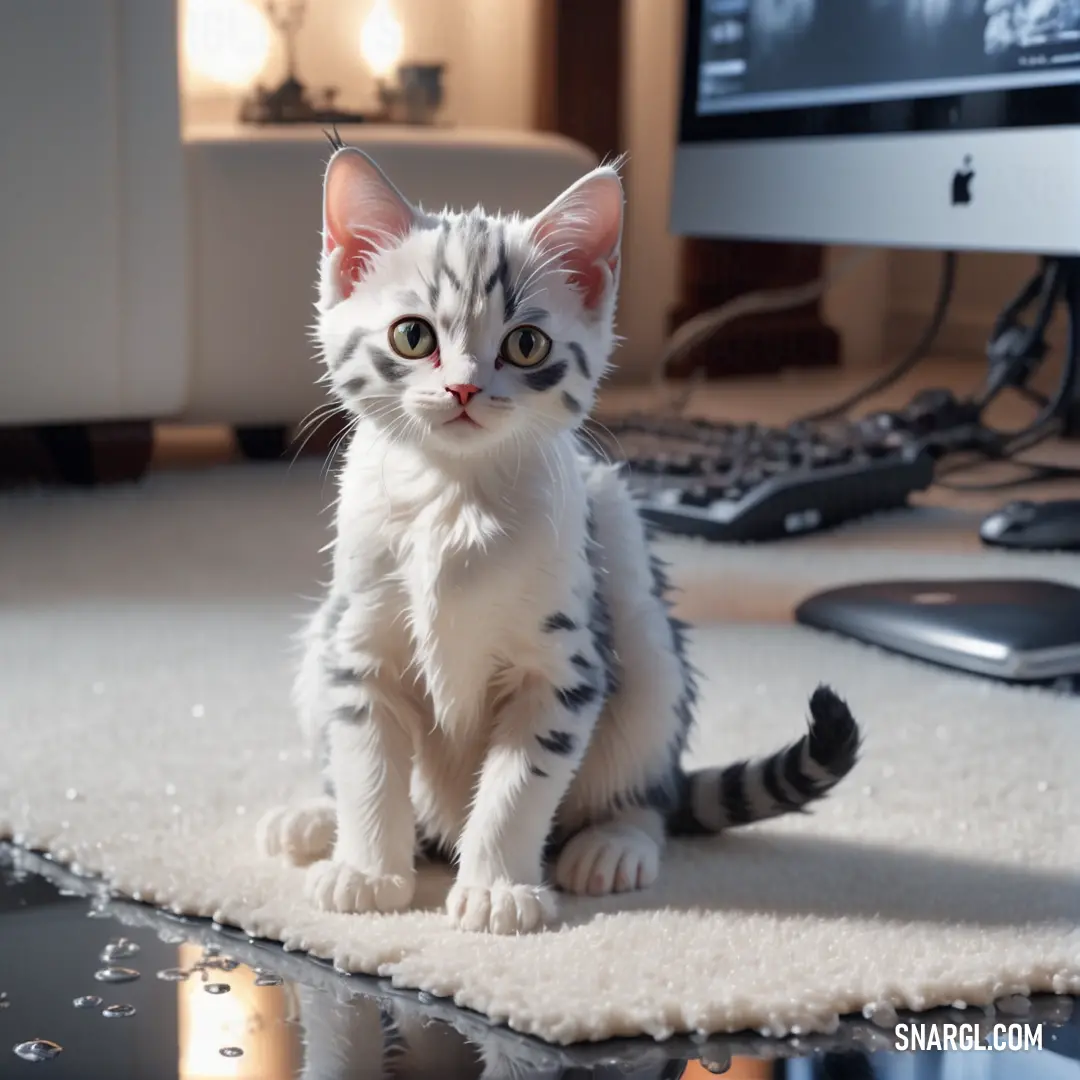
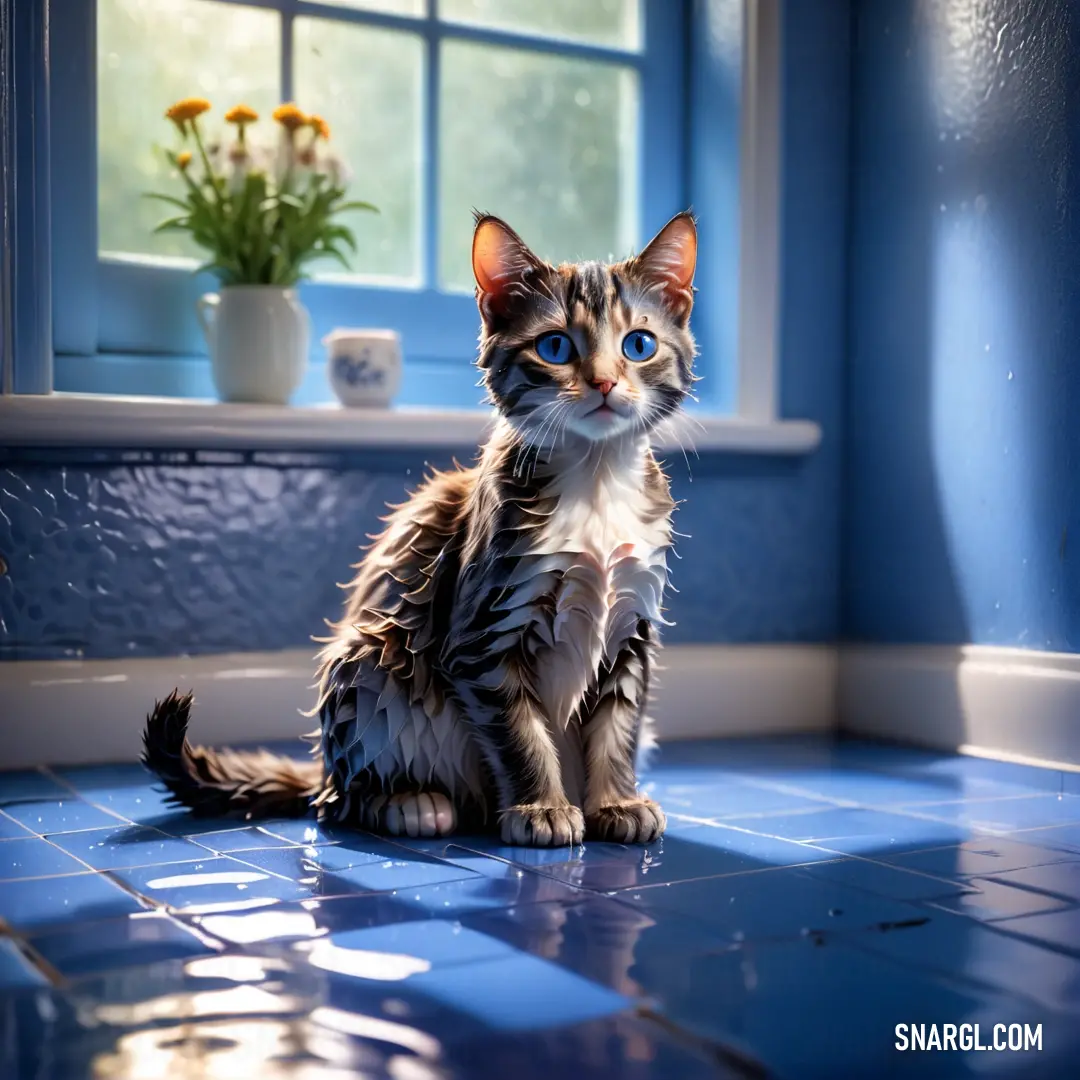
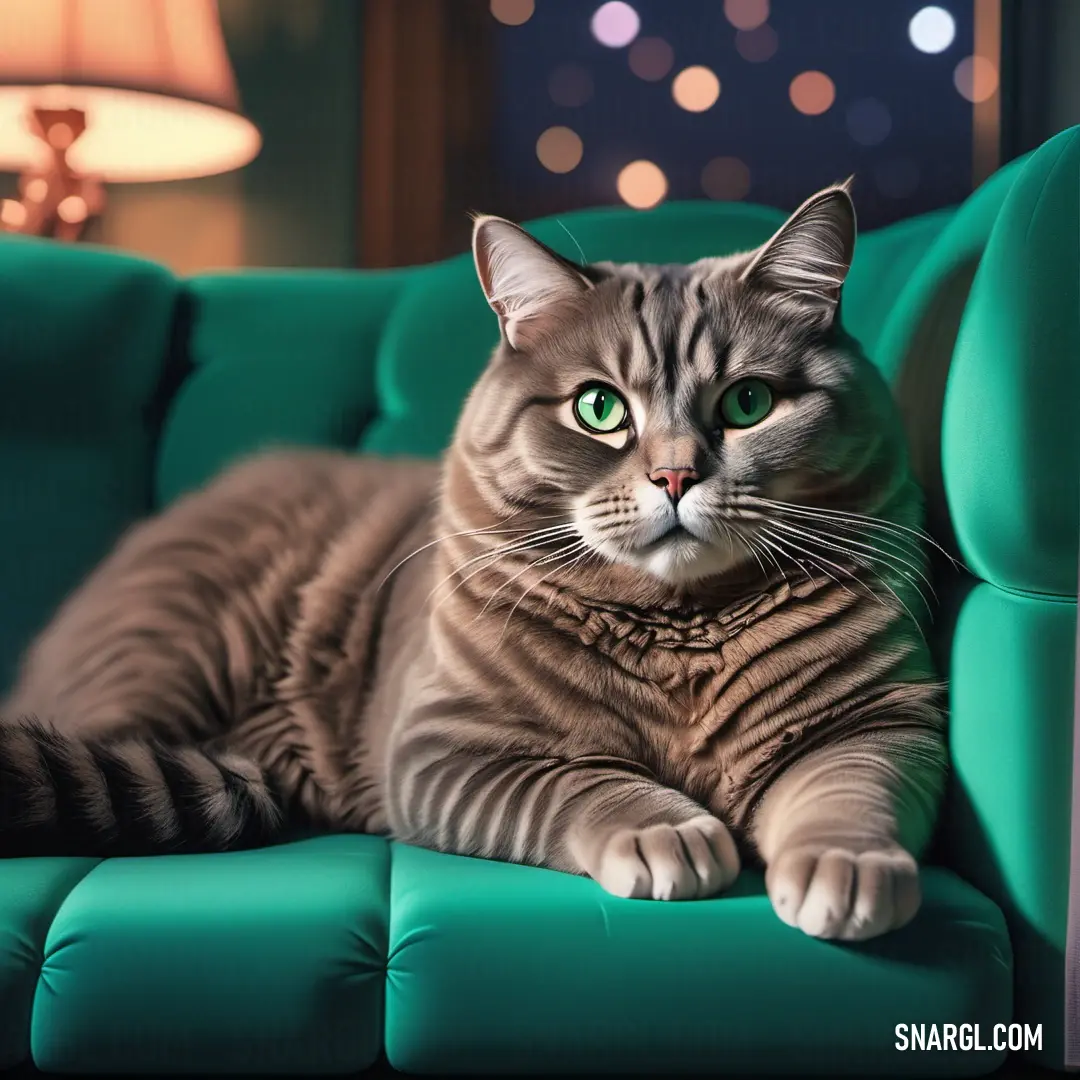
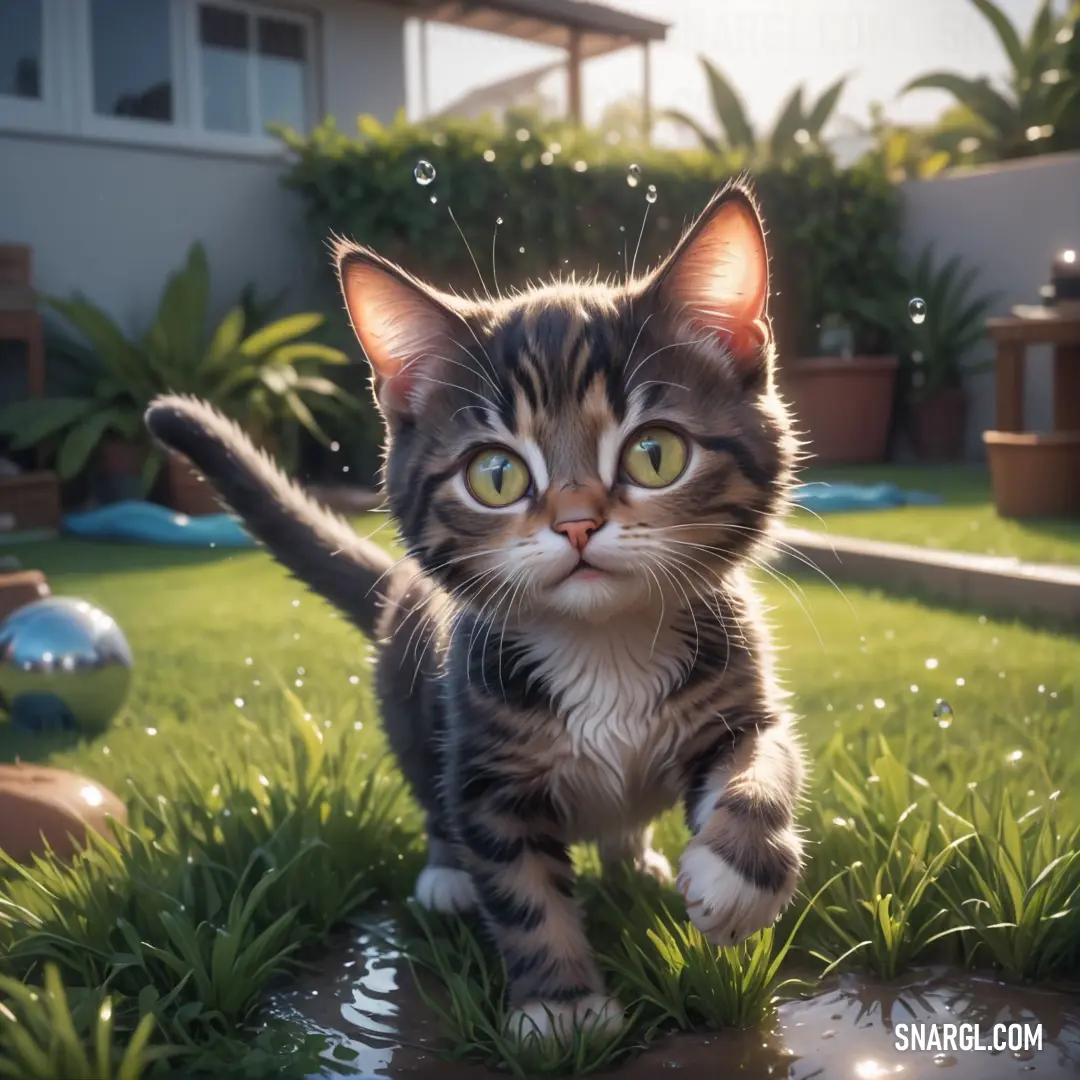
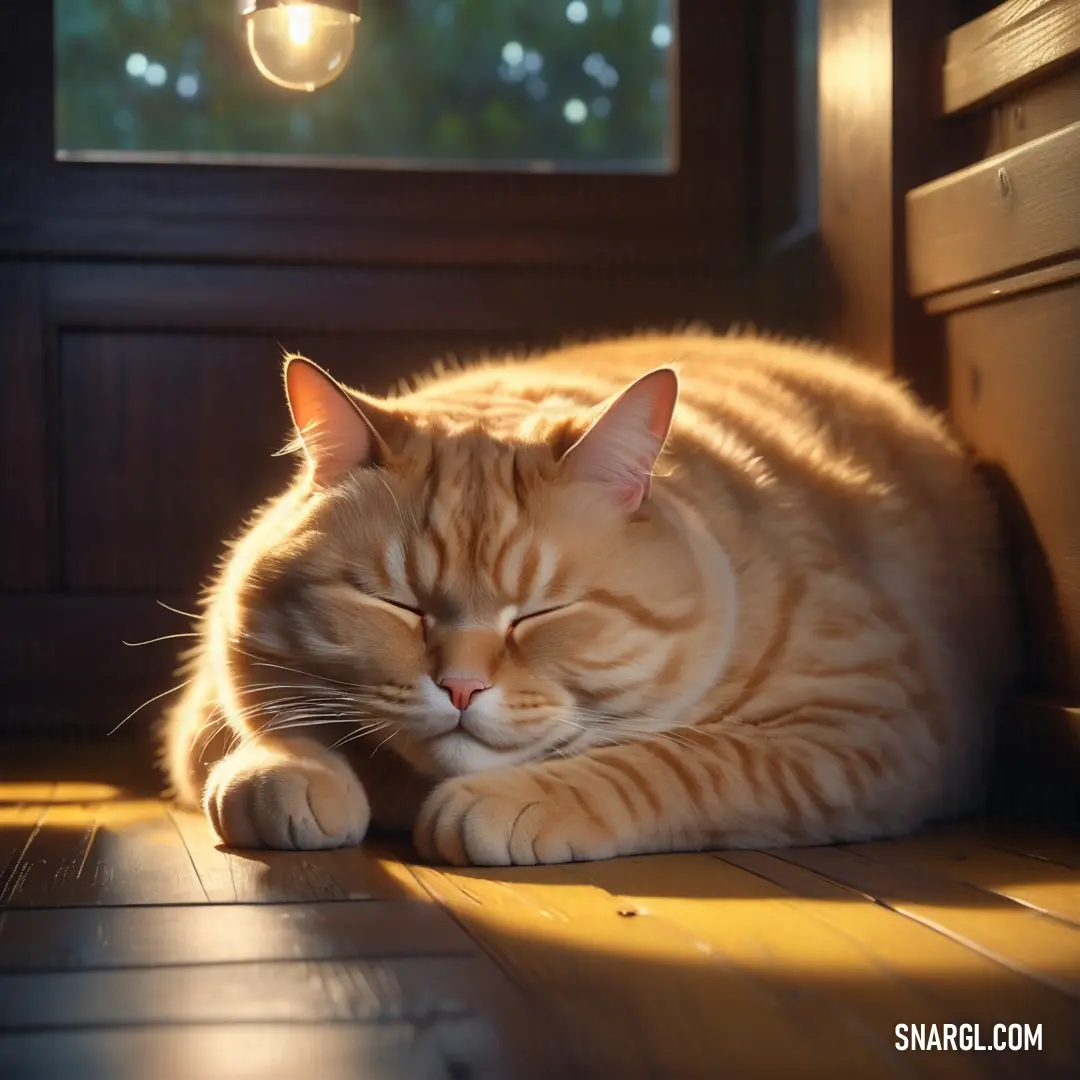
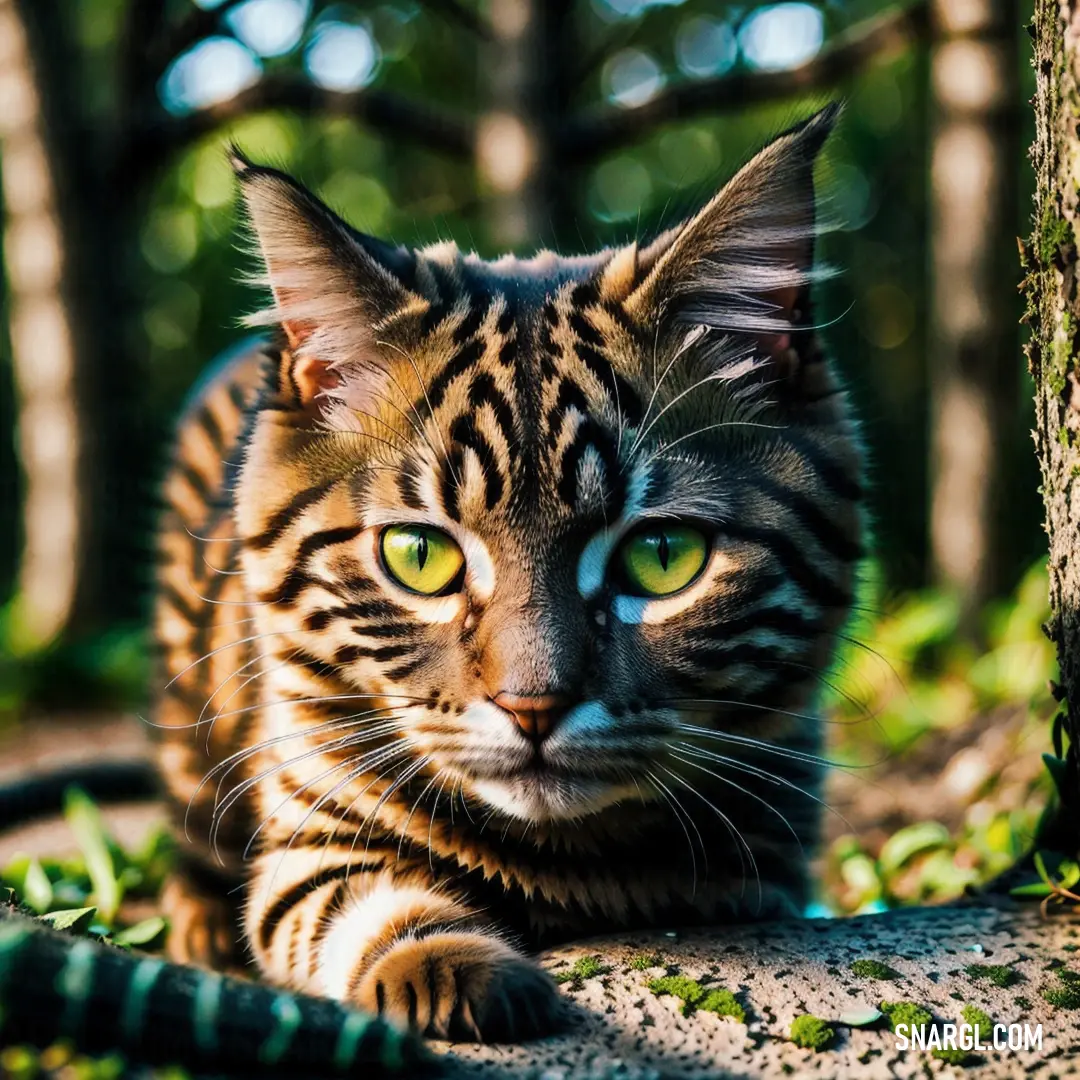
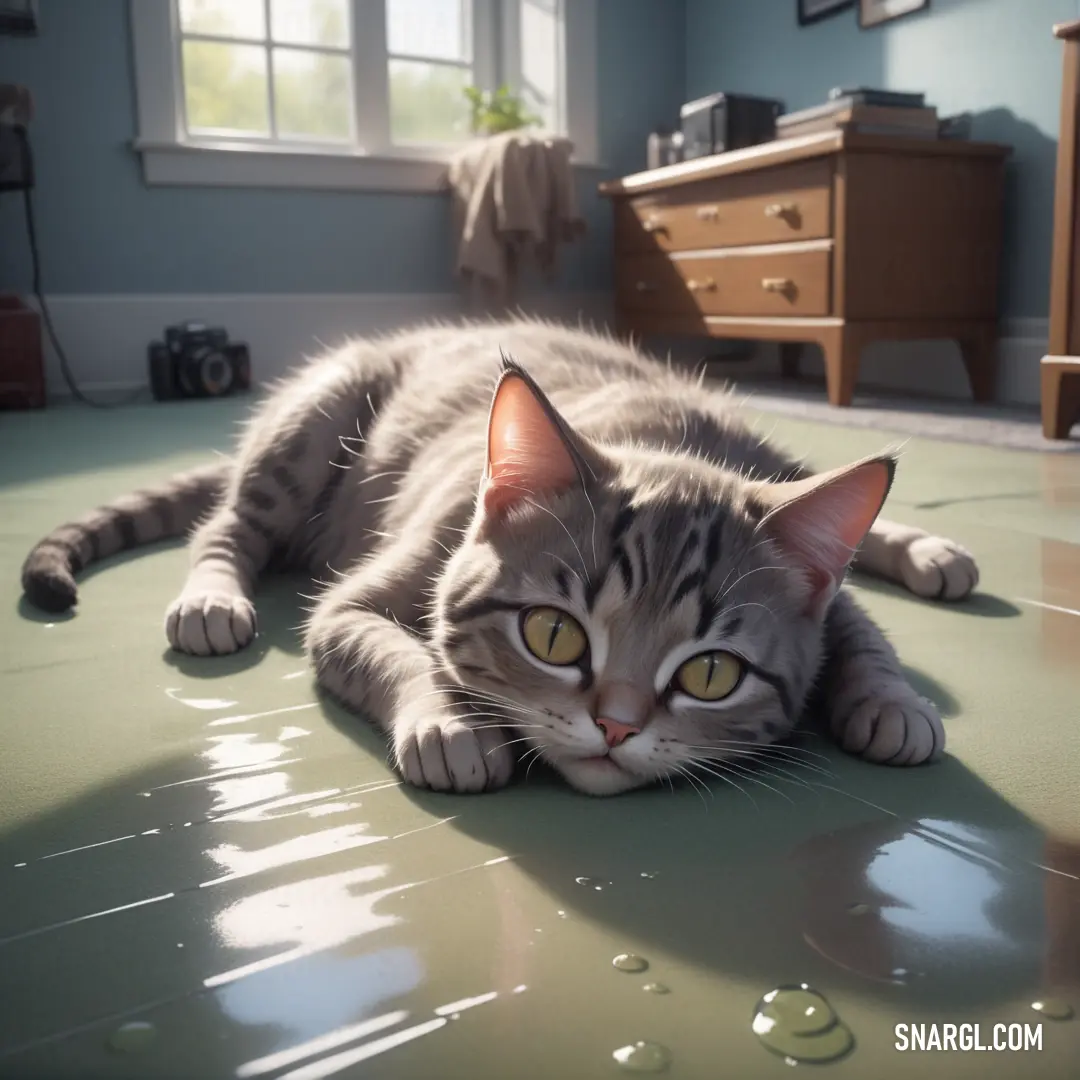
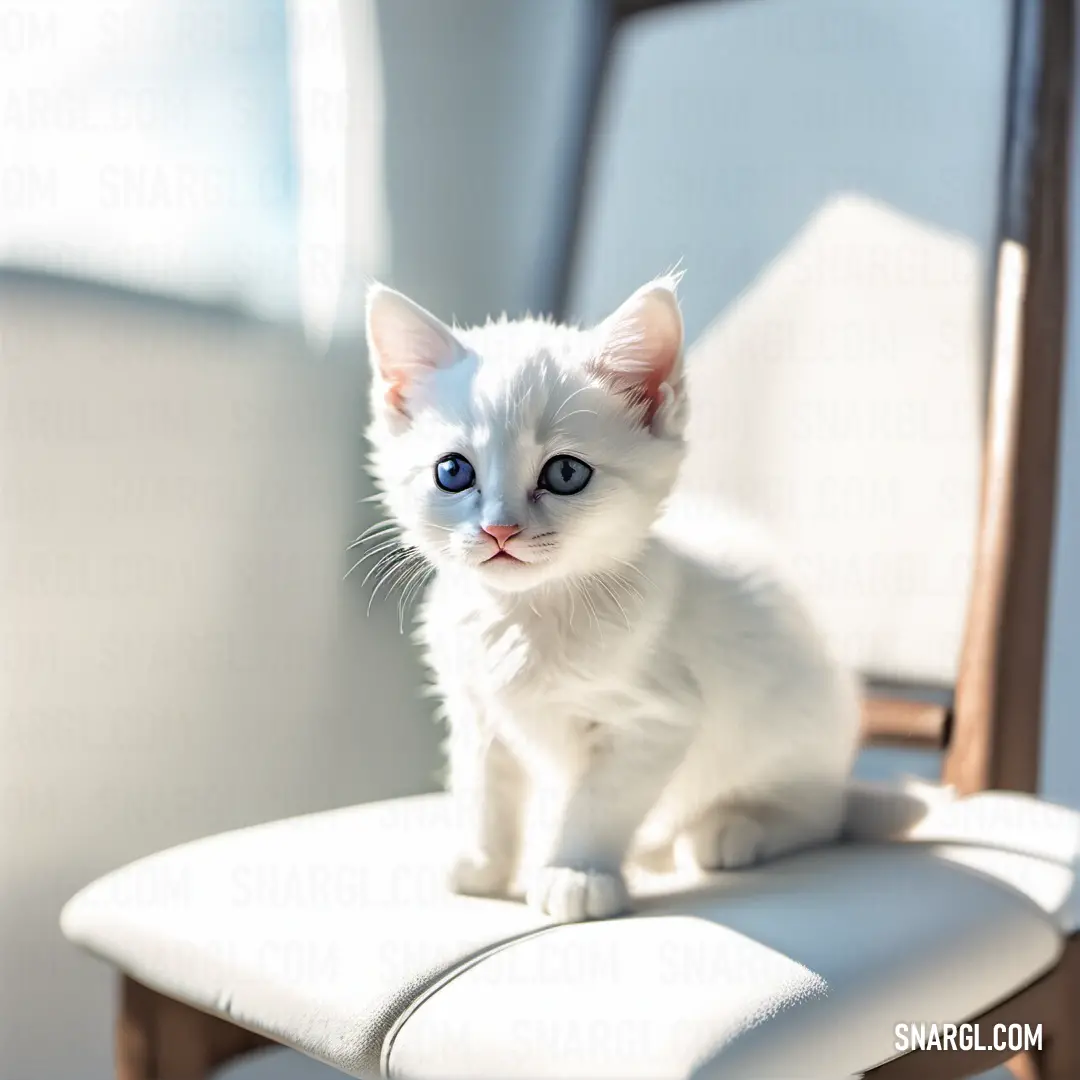
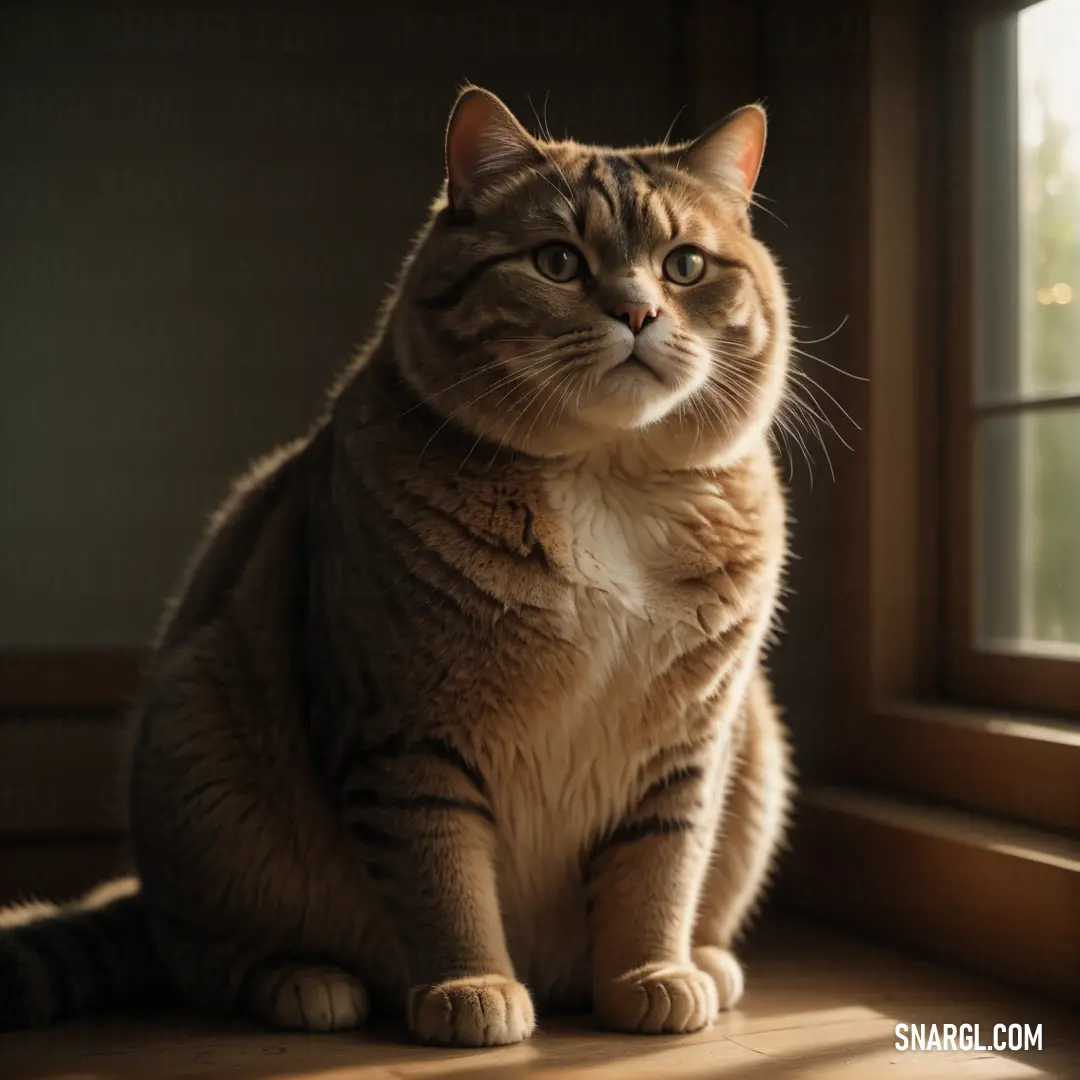
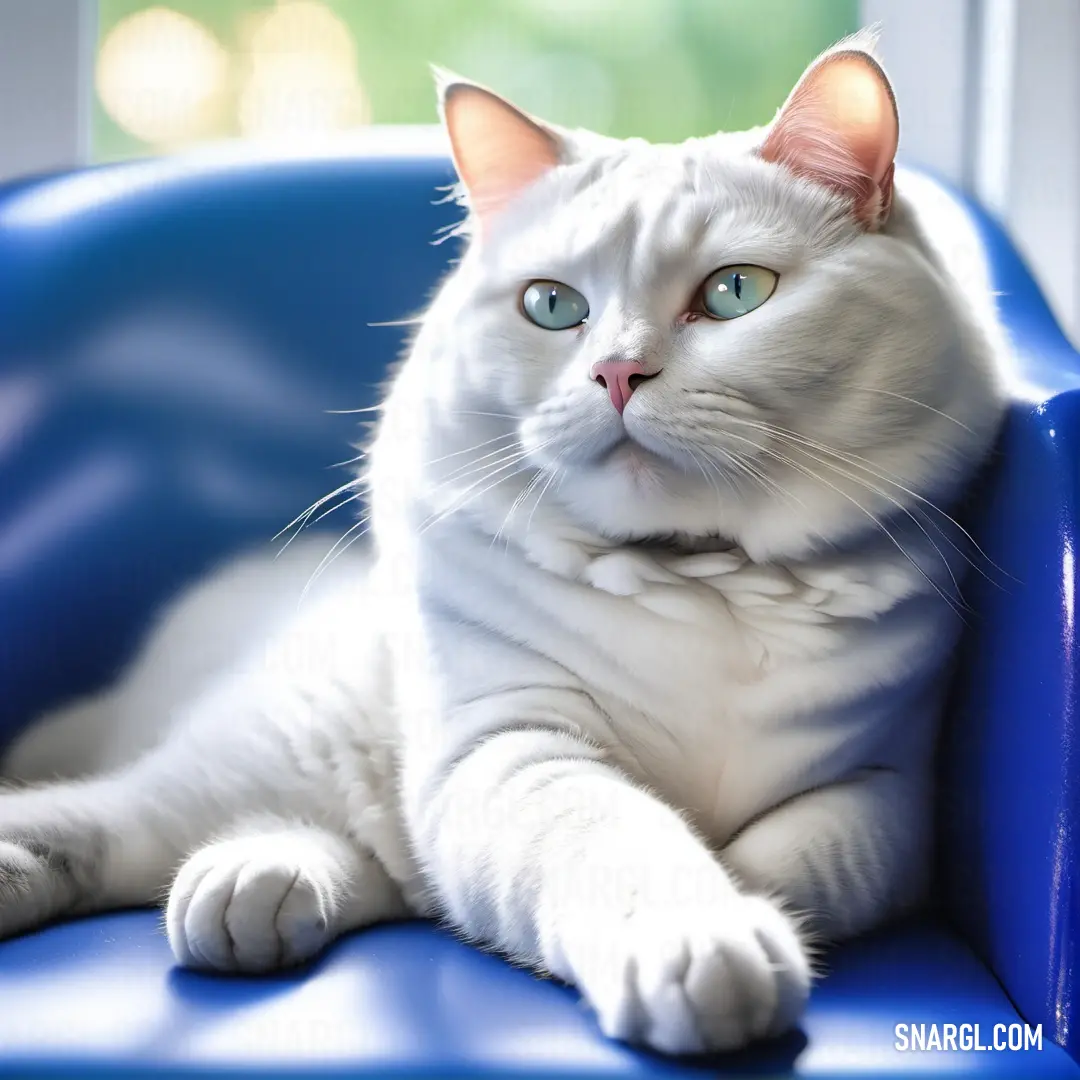
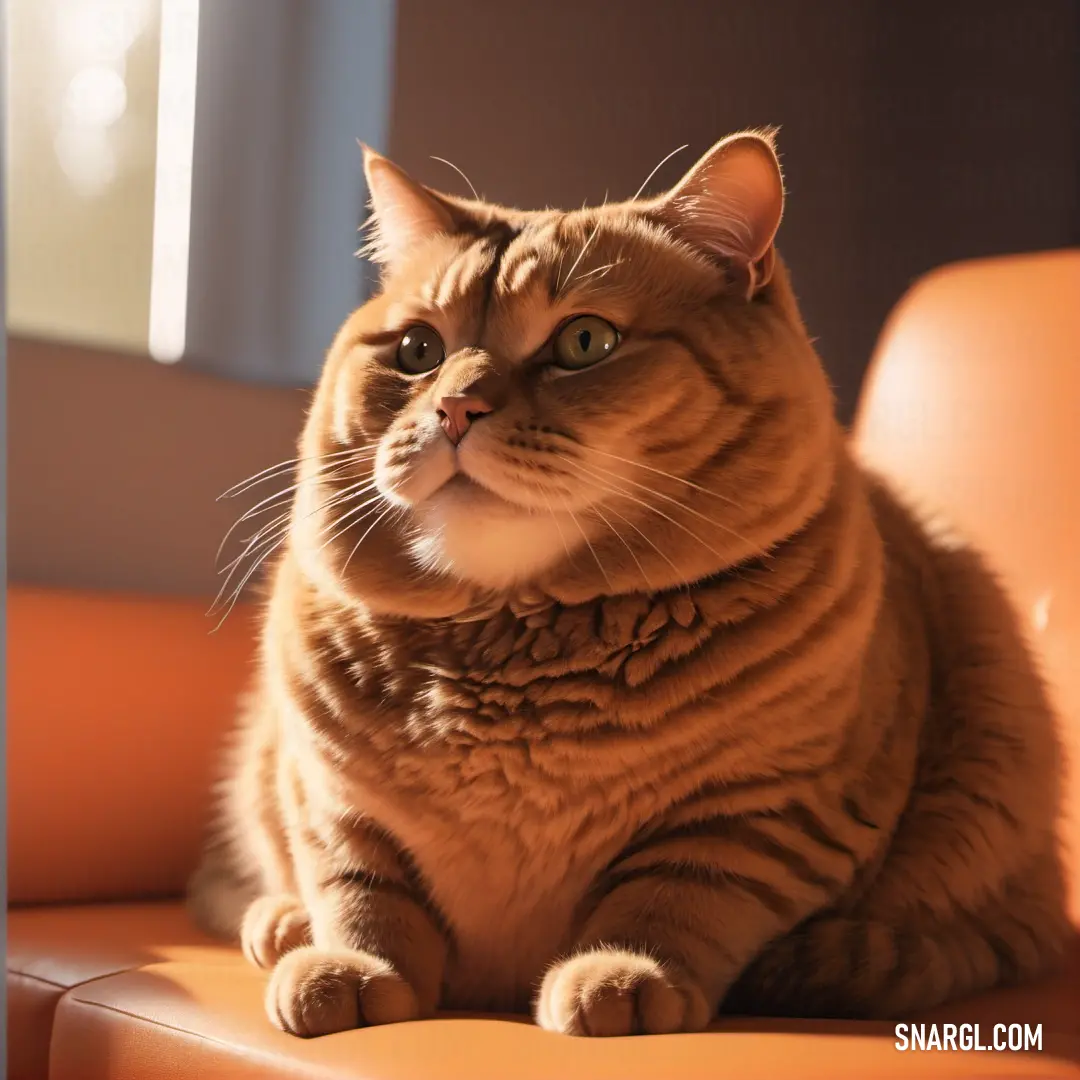
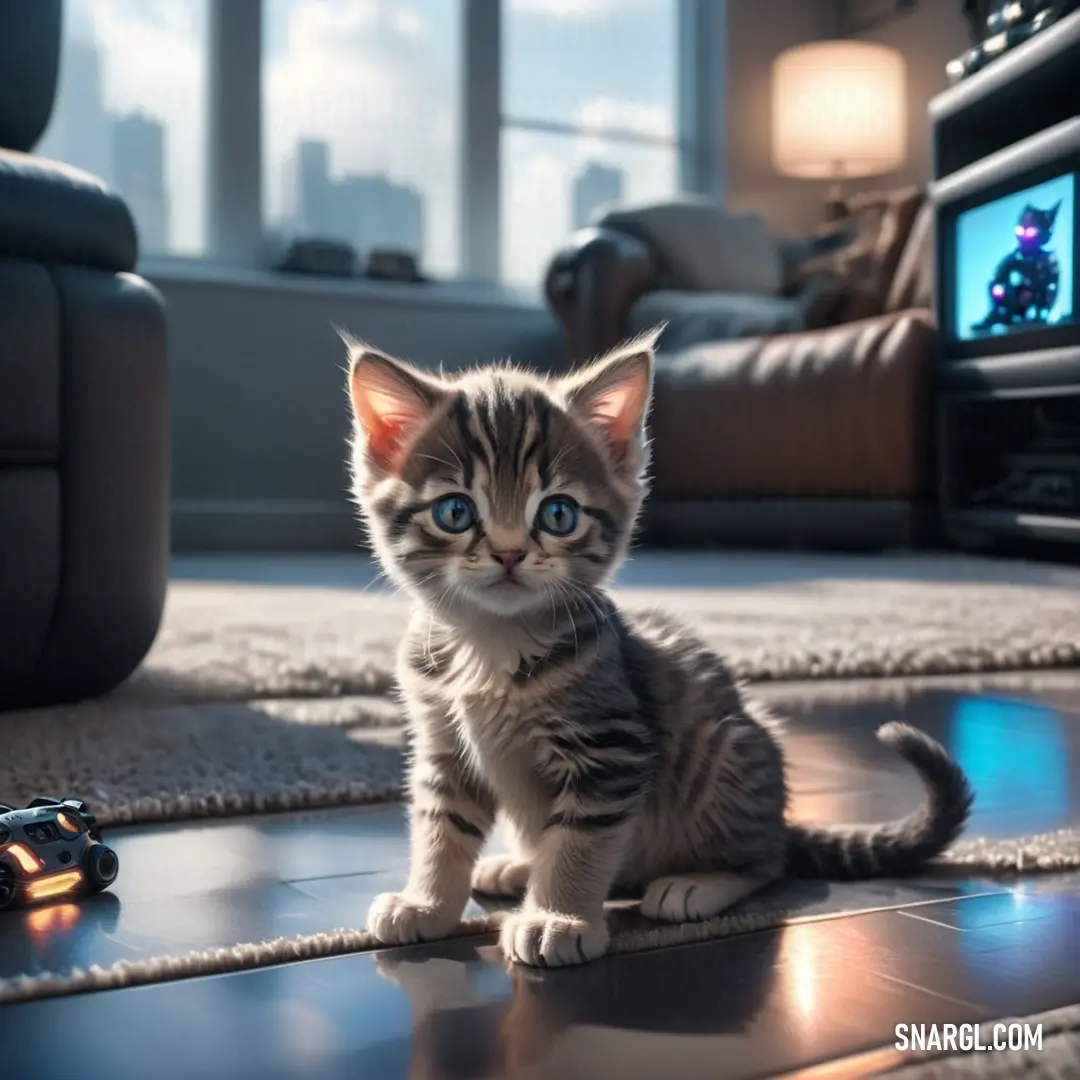
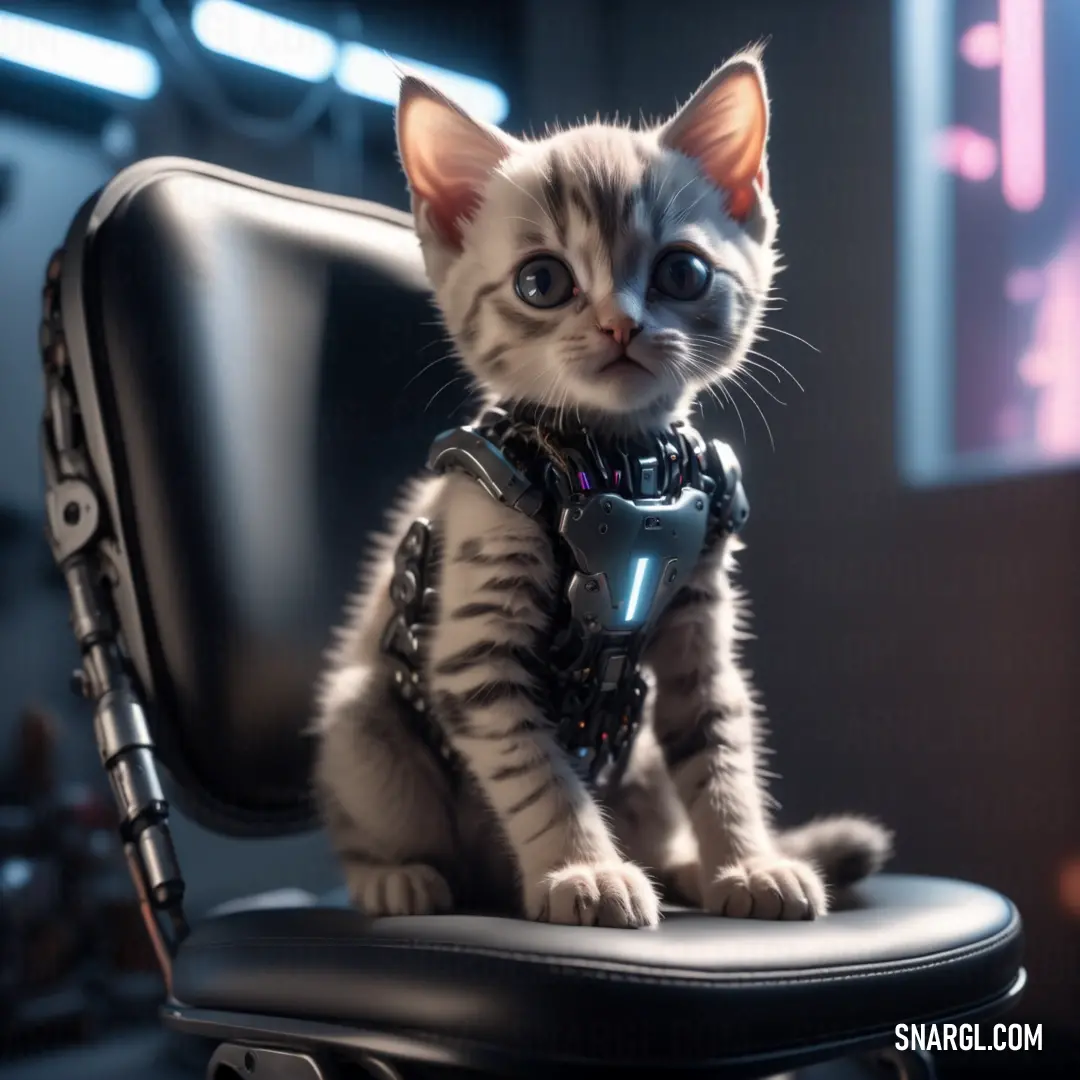
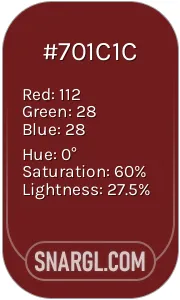 Persian plum
Persian plum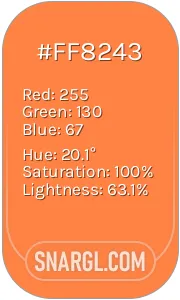 Mango Tango
Mango Tango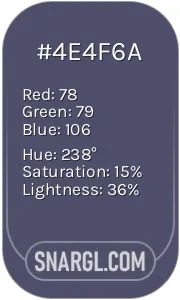 Pang
Pang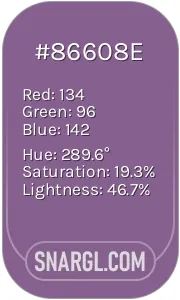 French lilac
French lilac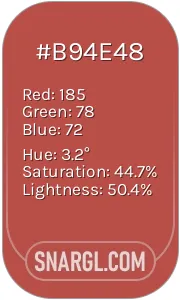 Deep chestnut
Deep chestnut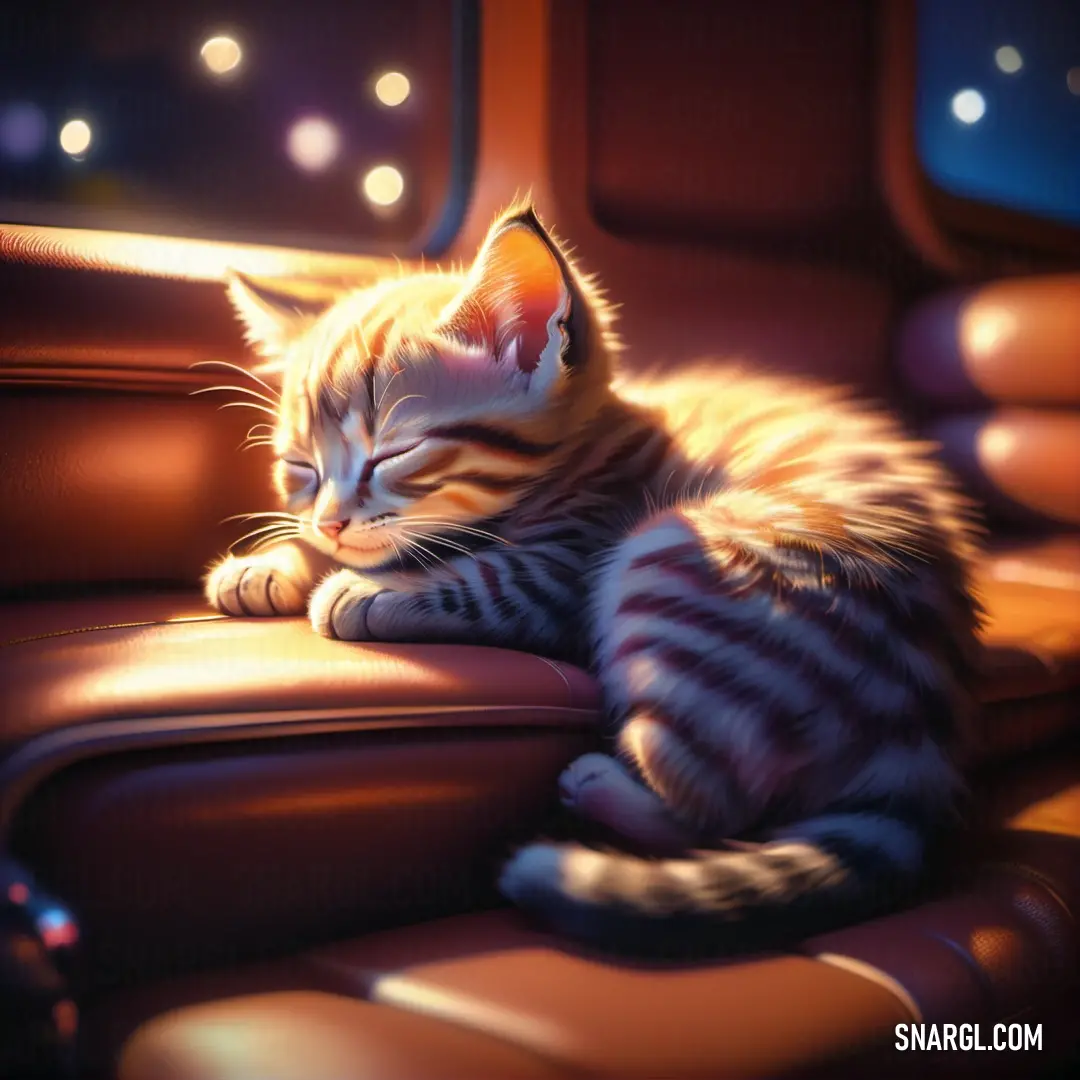
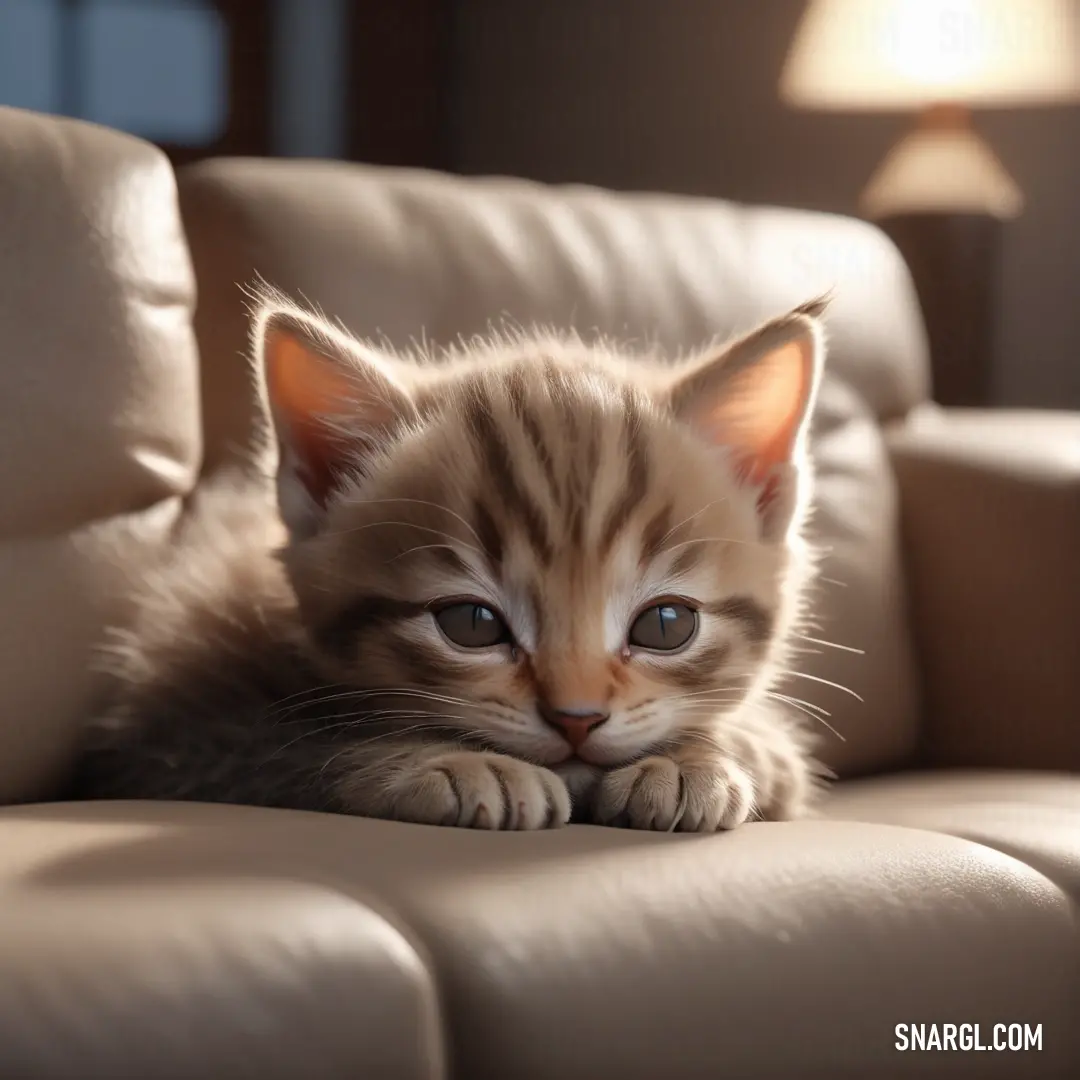
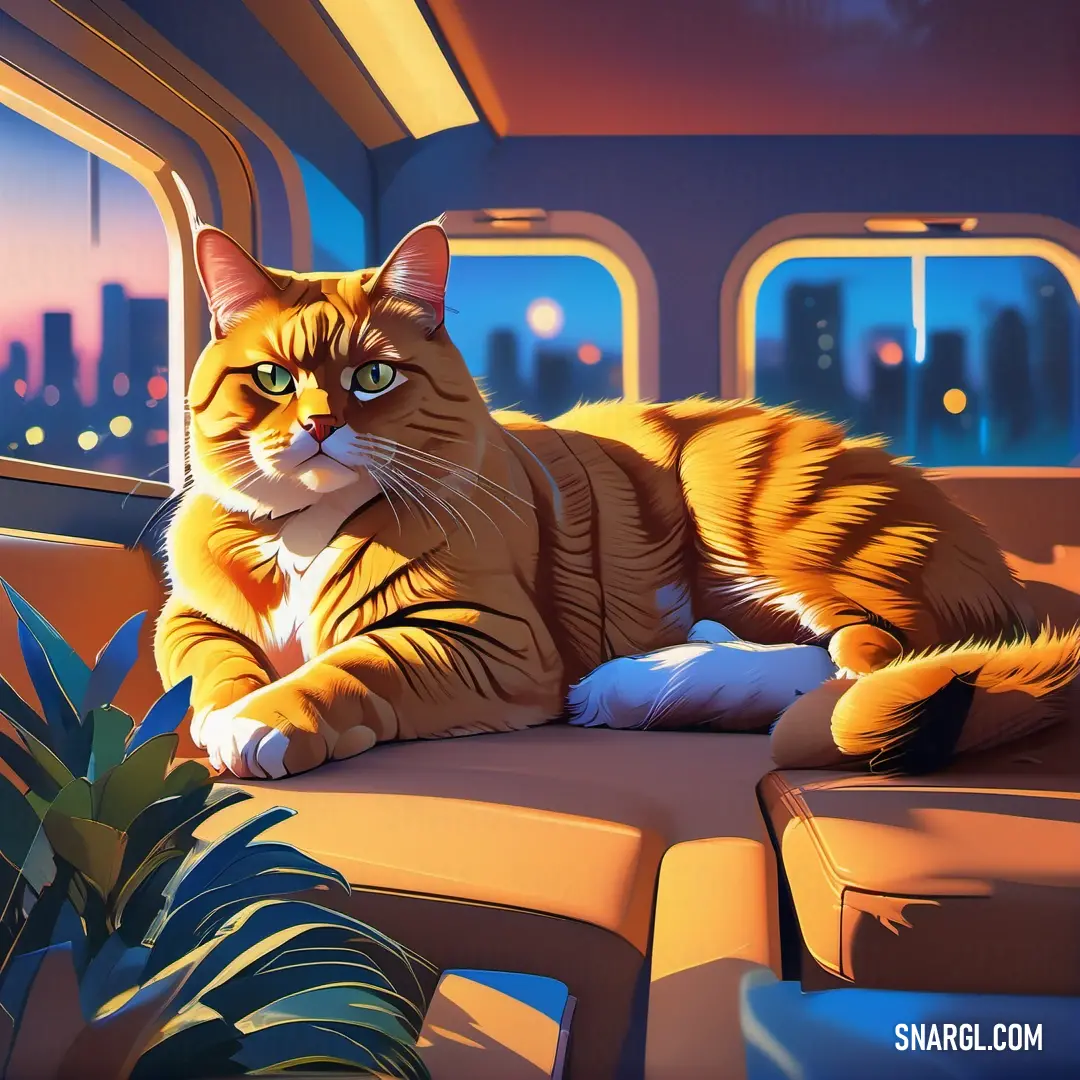
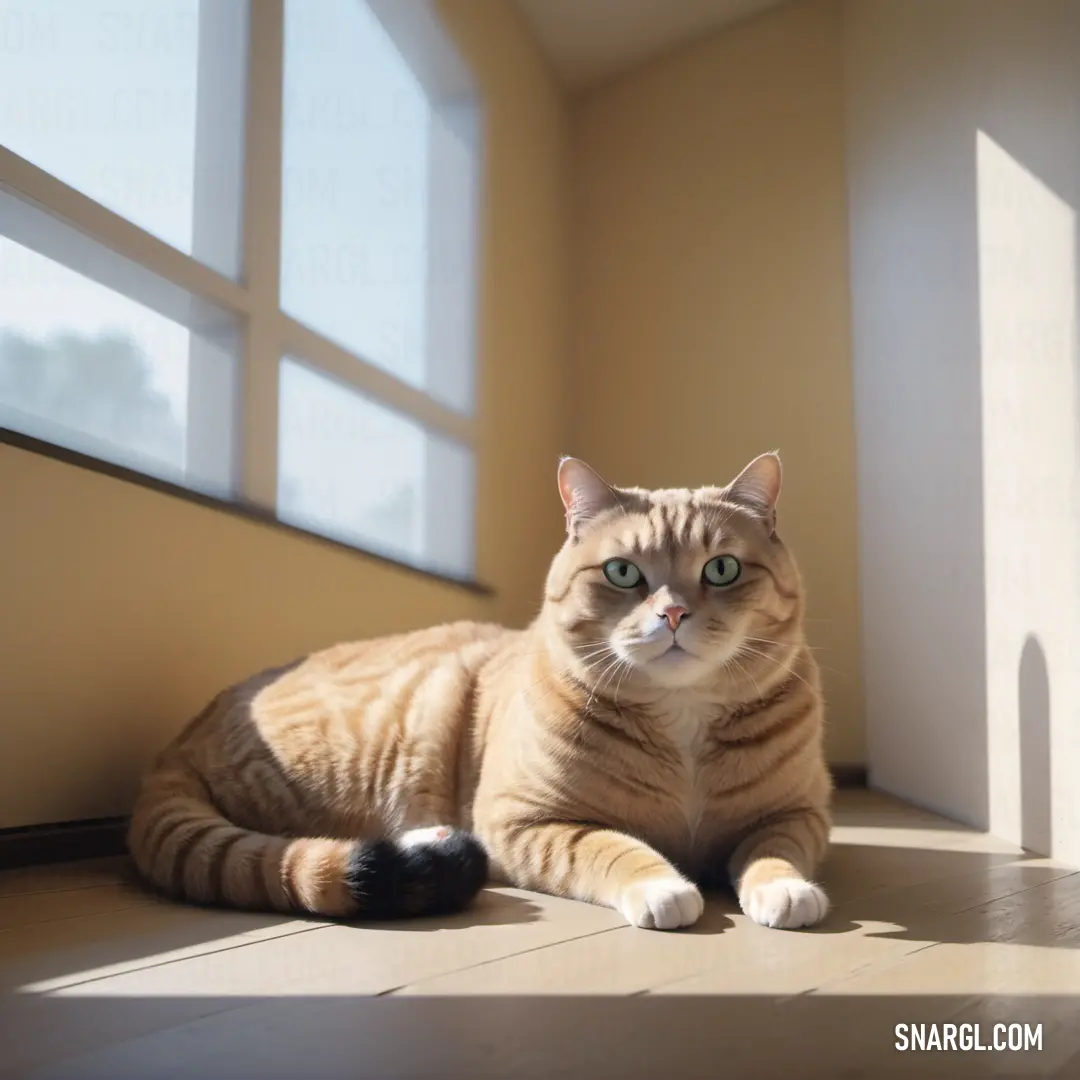
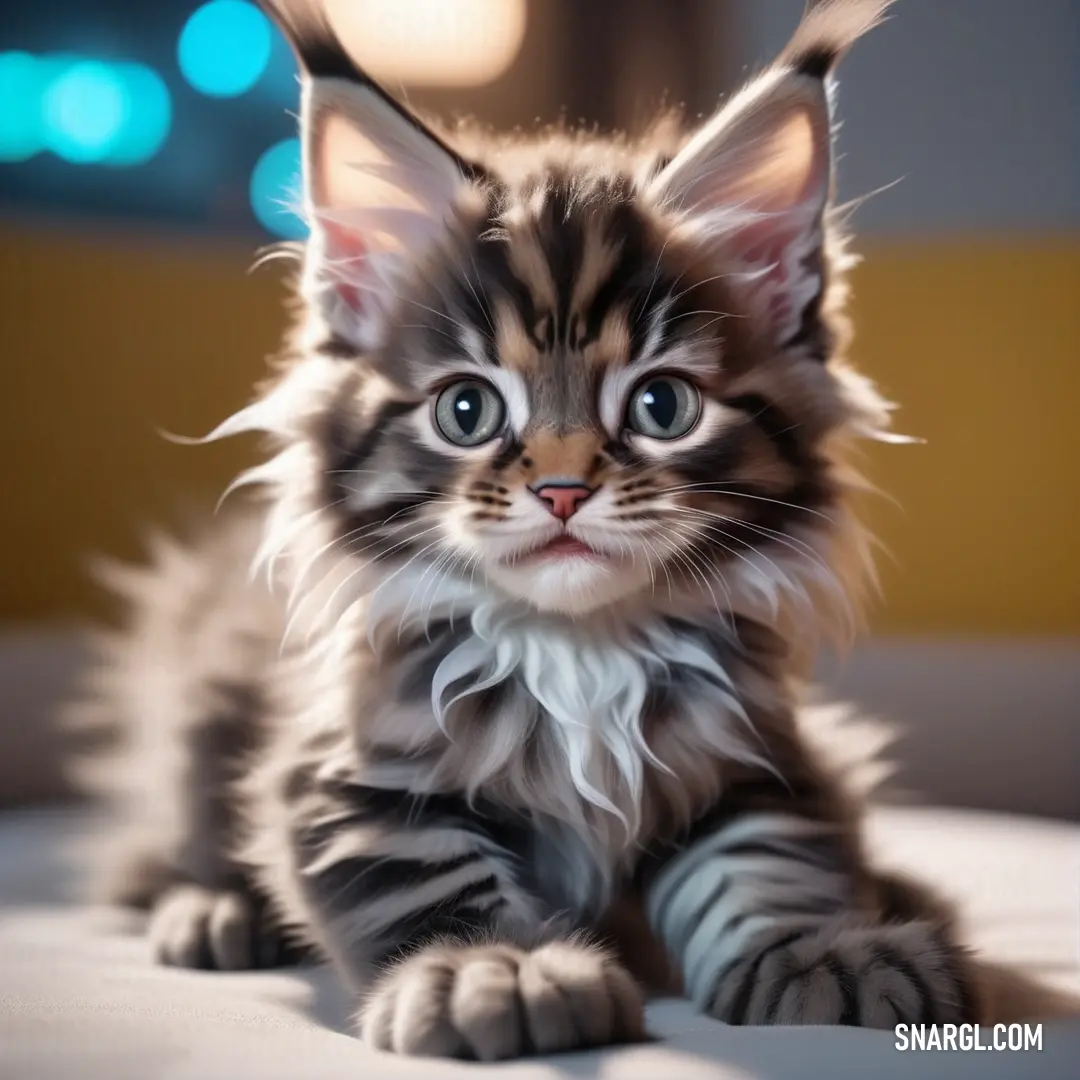
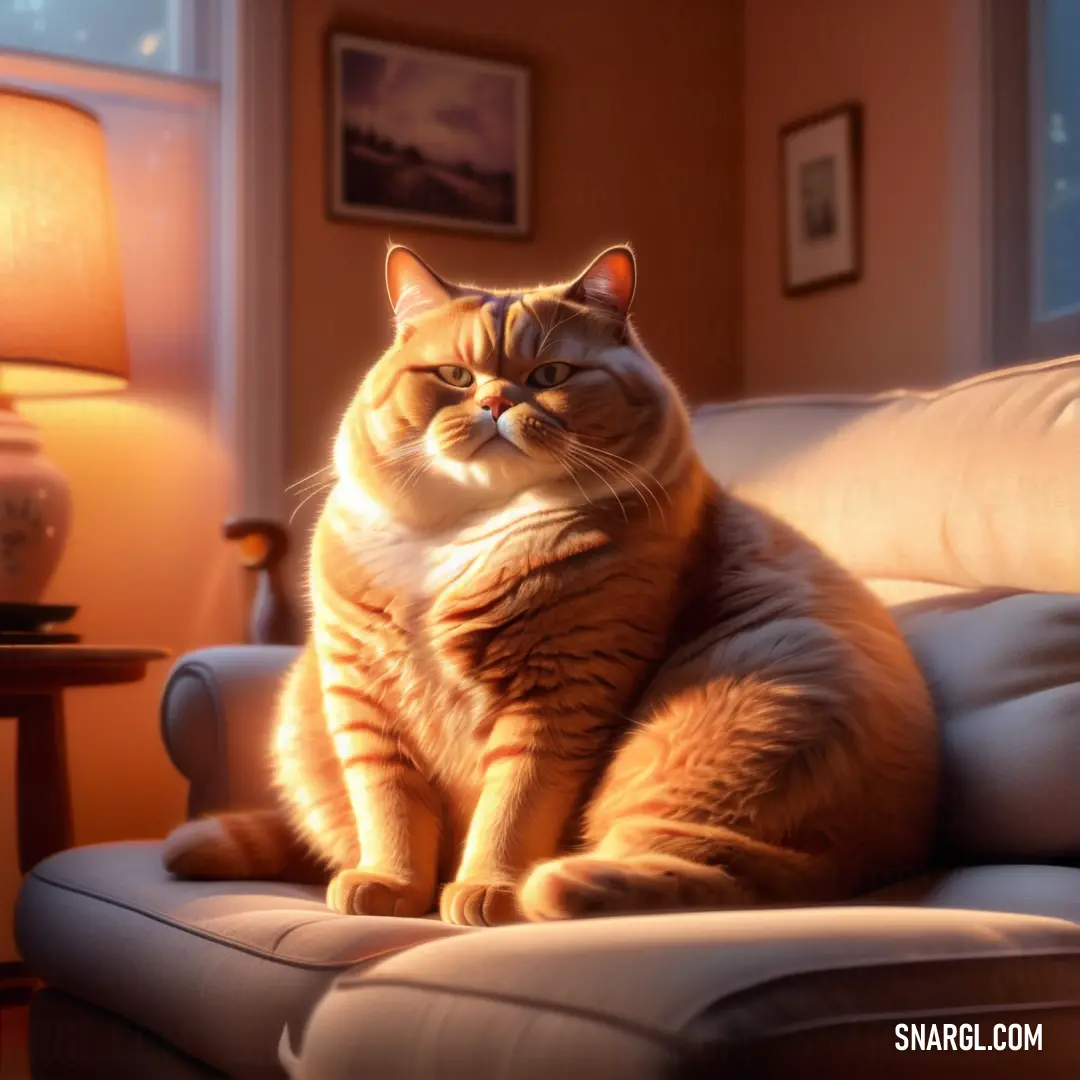
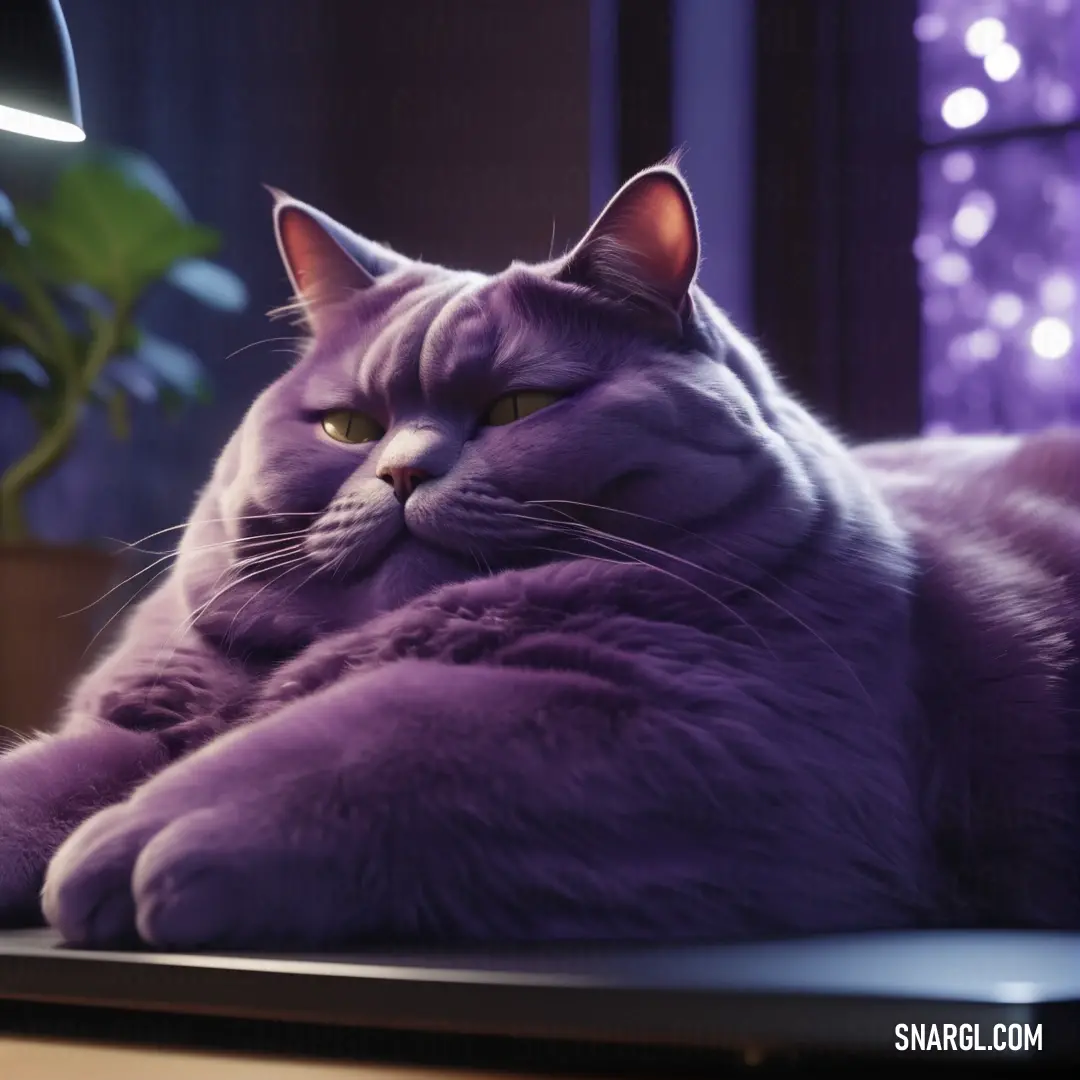

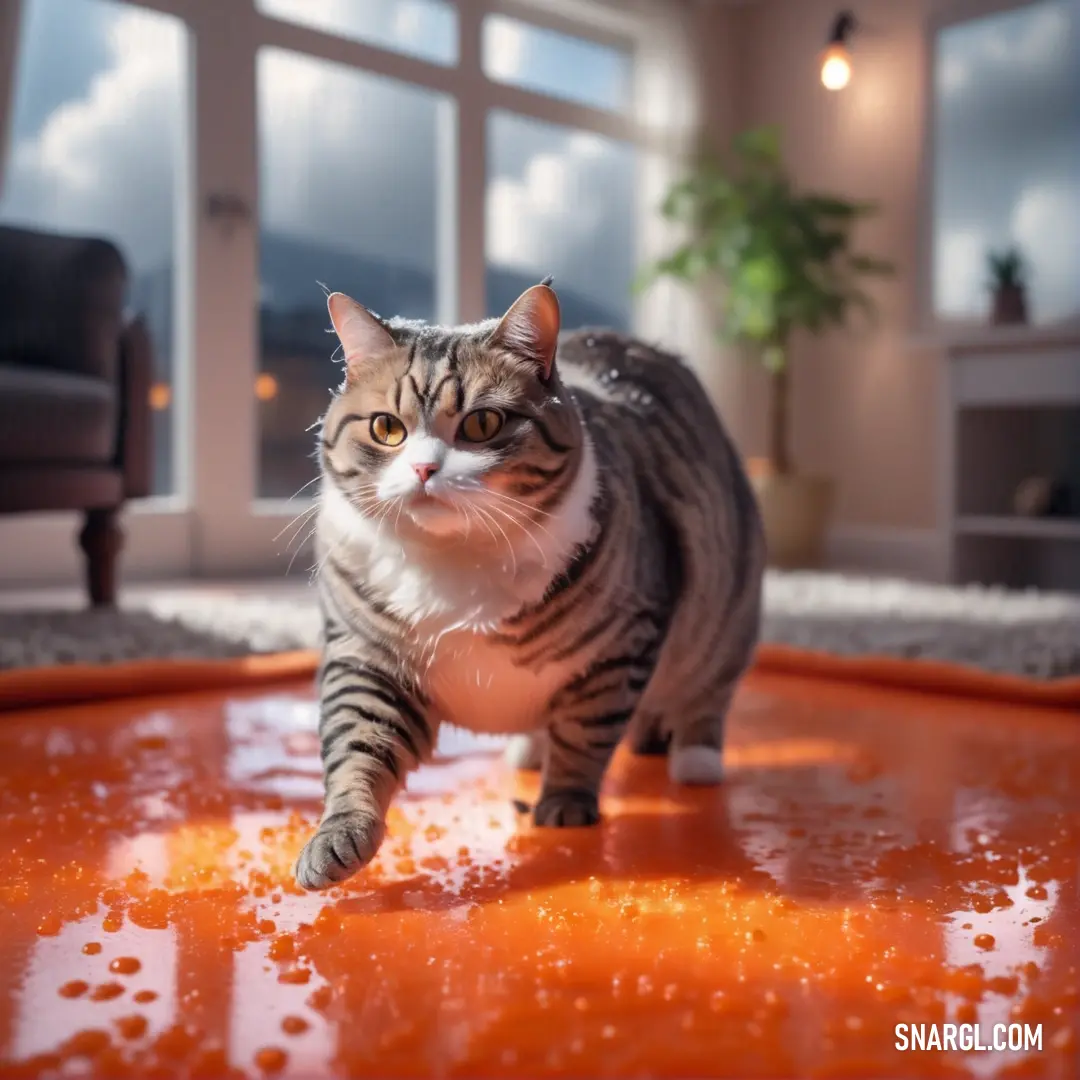
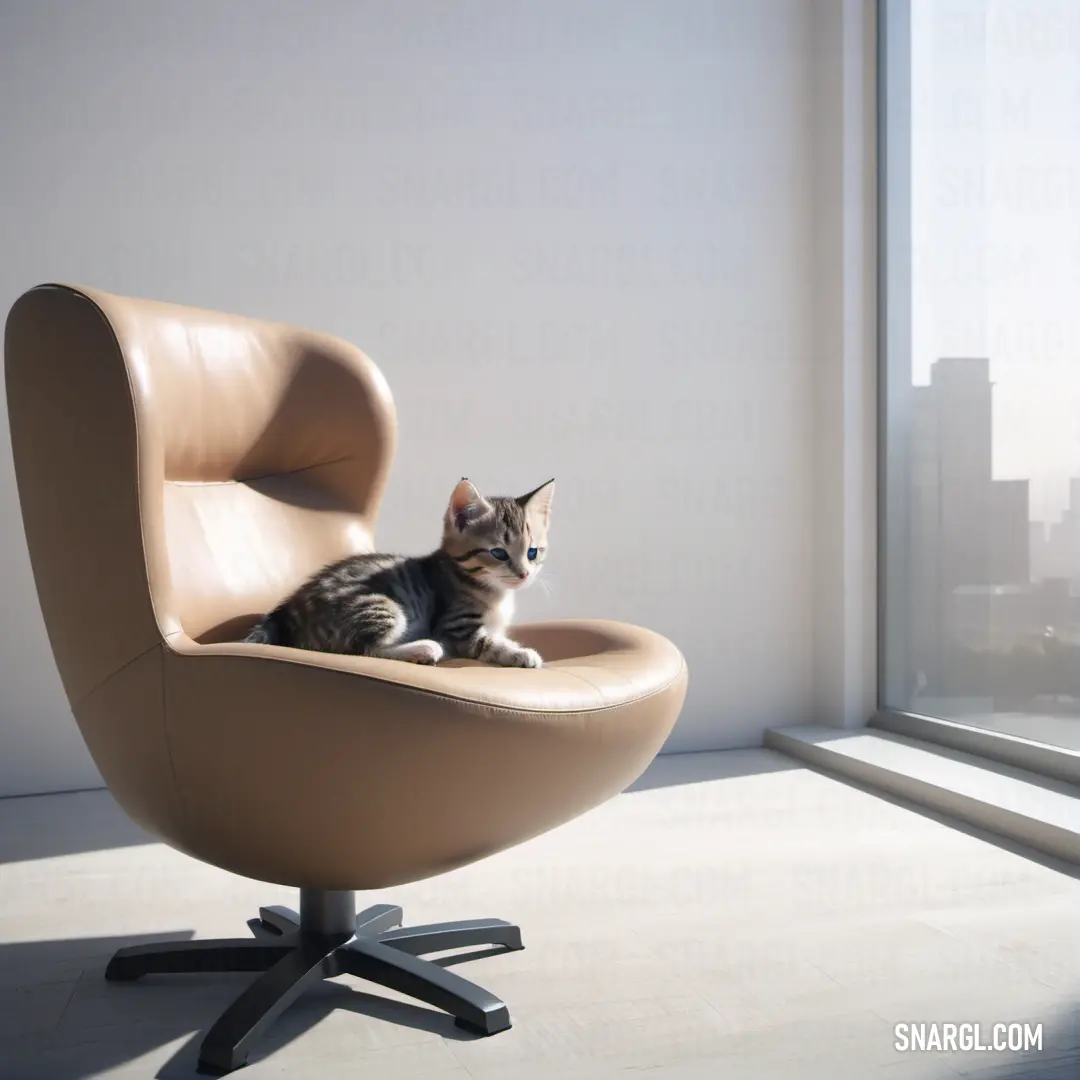
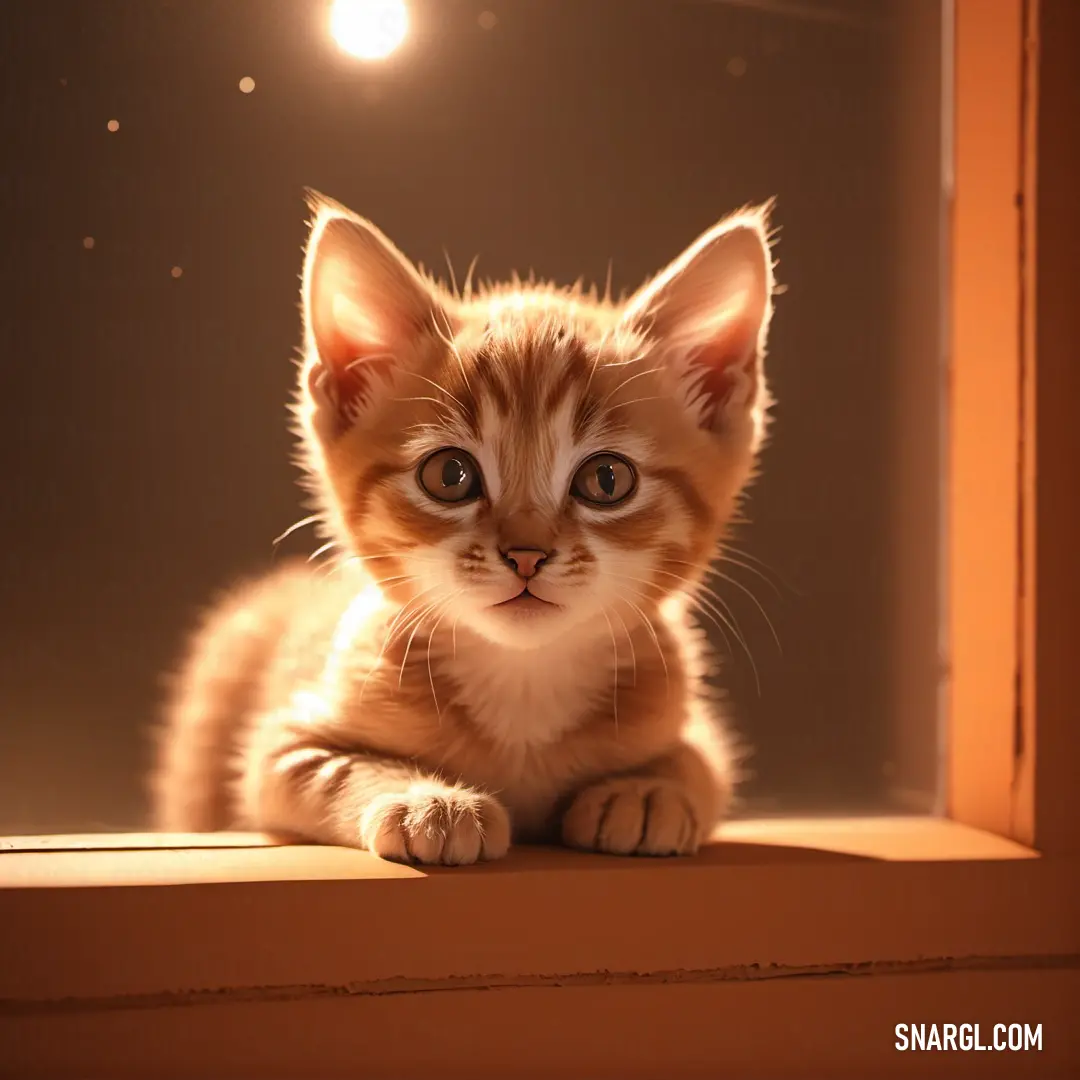
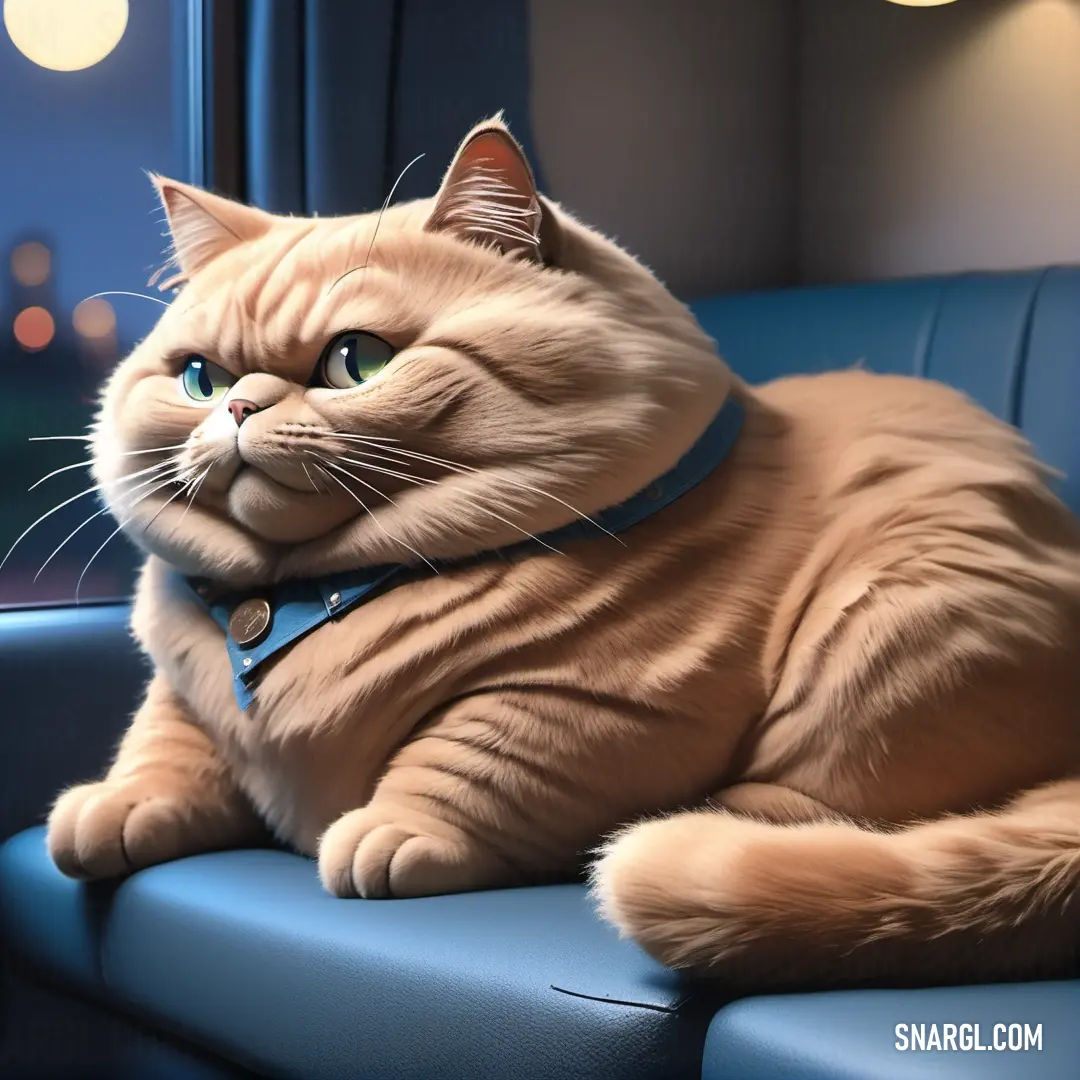
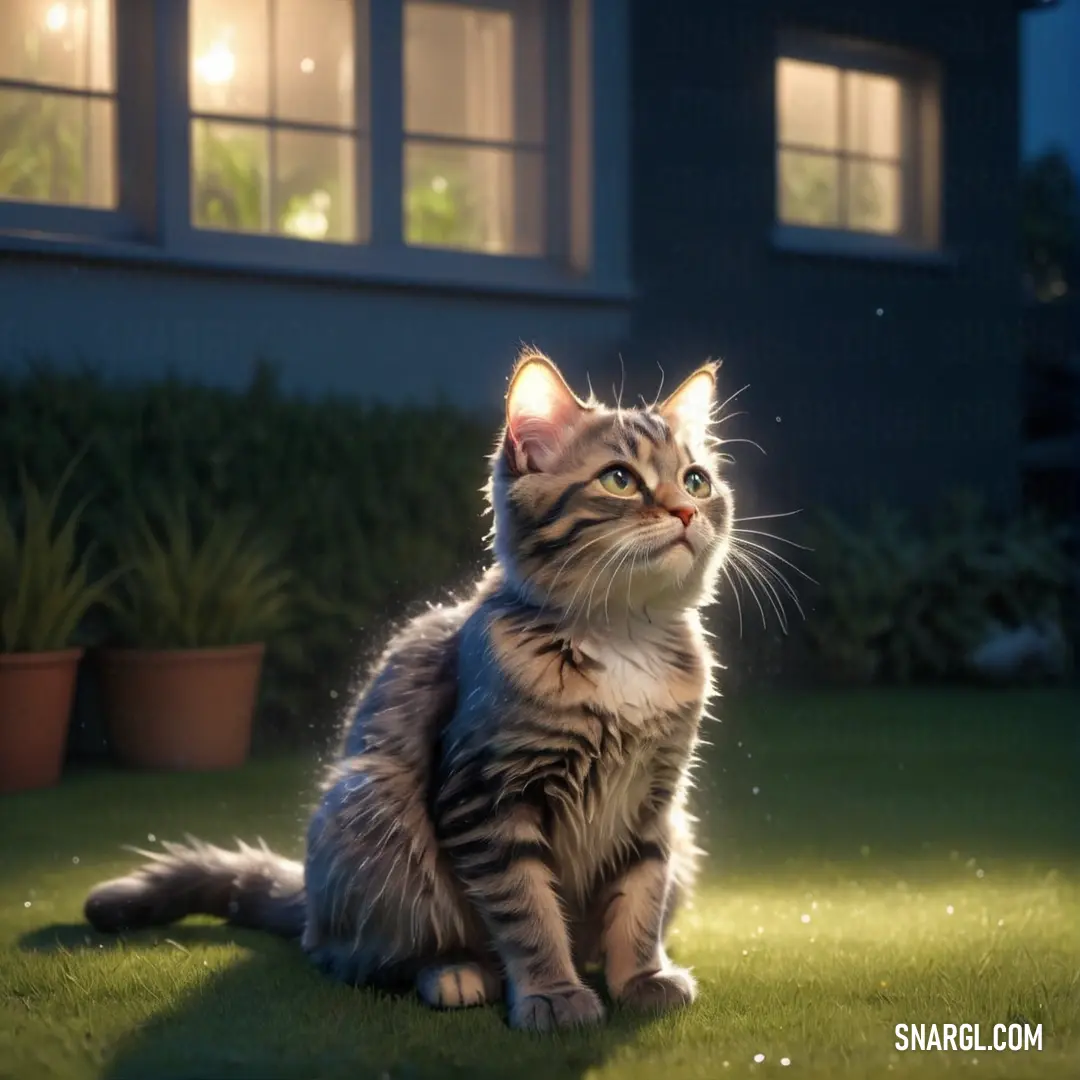
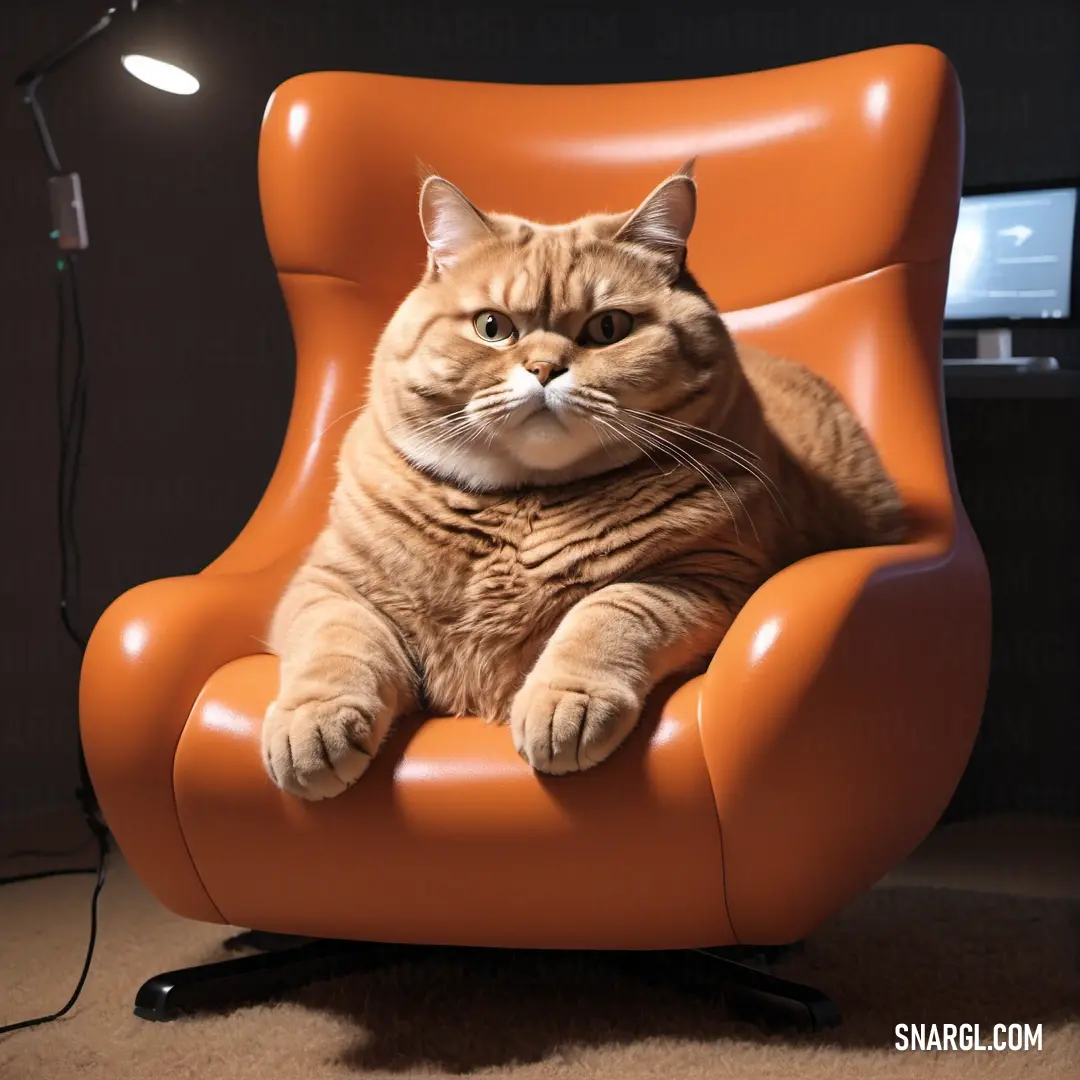
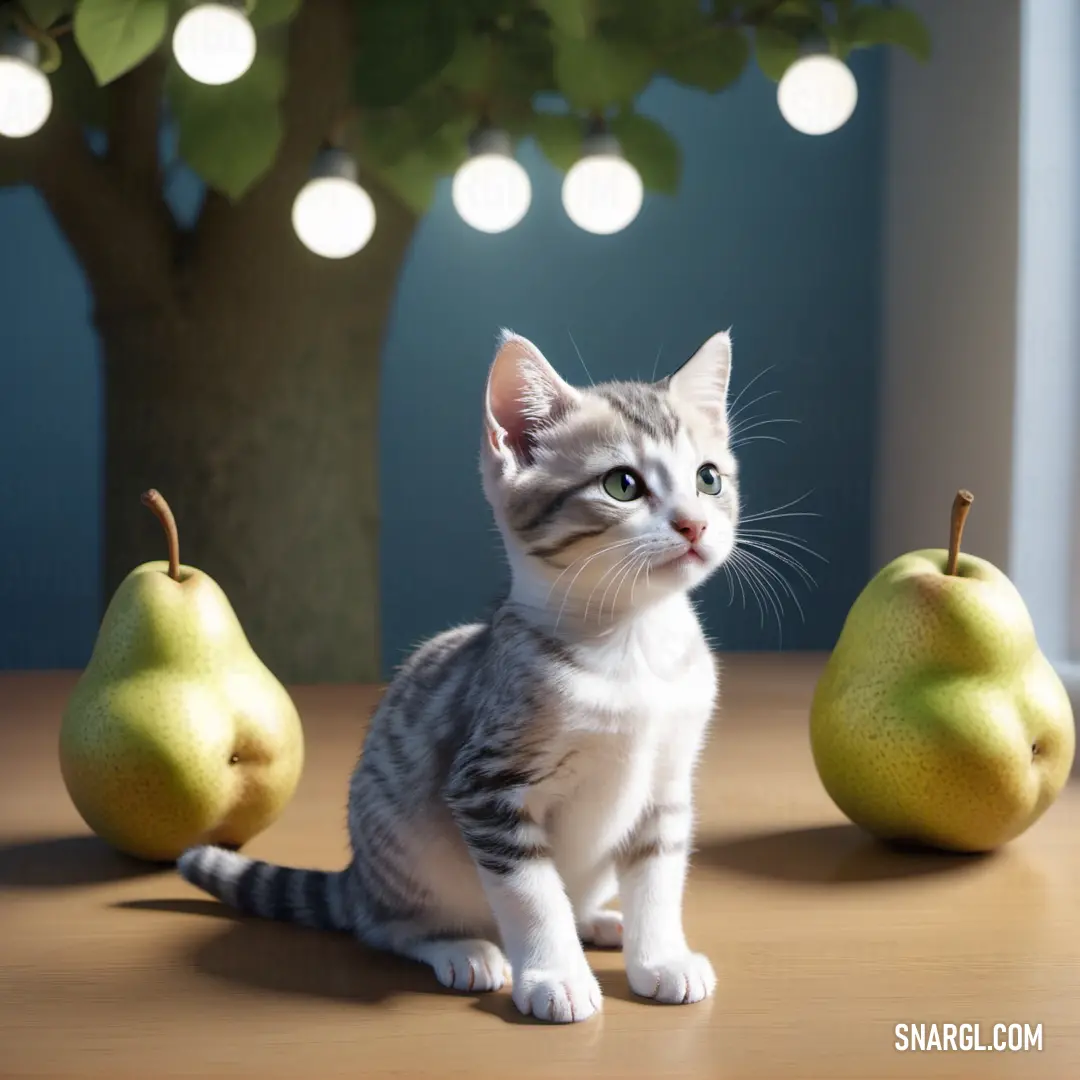
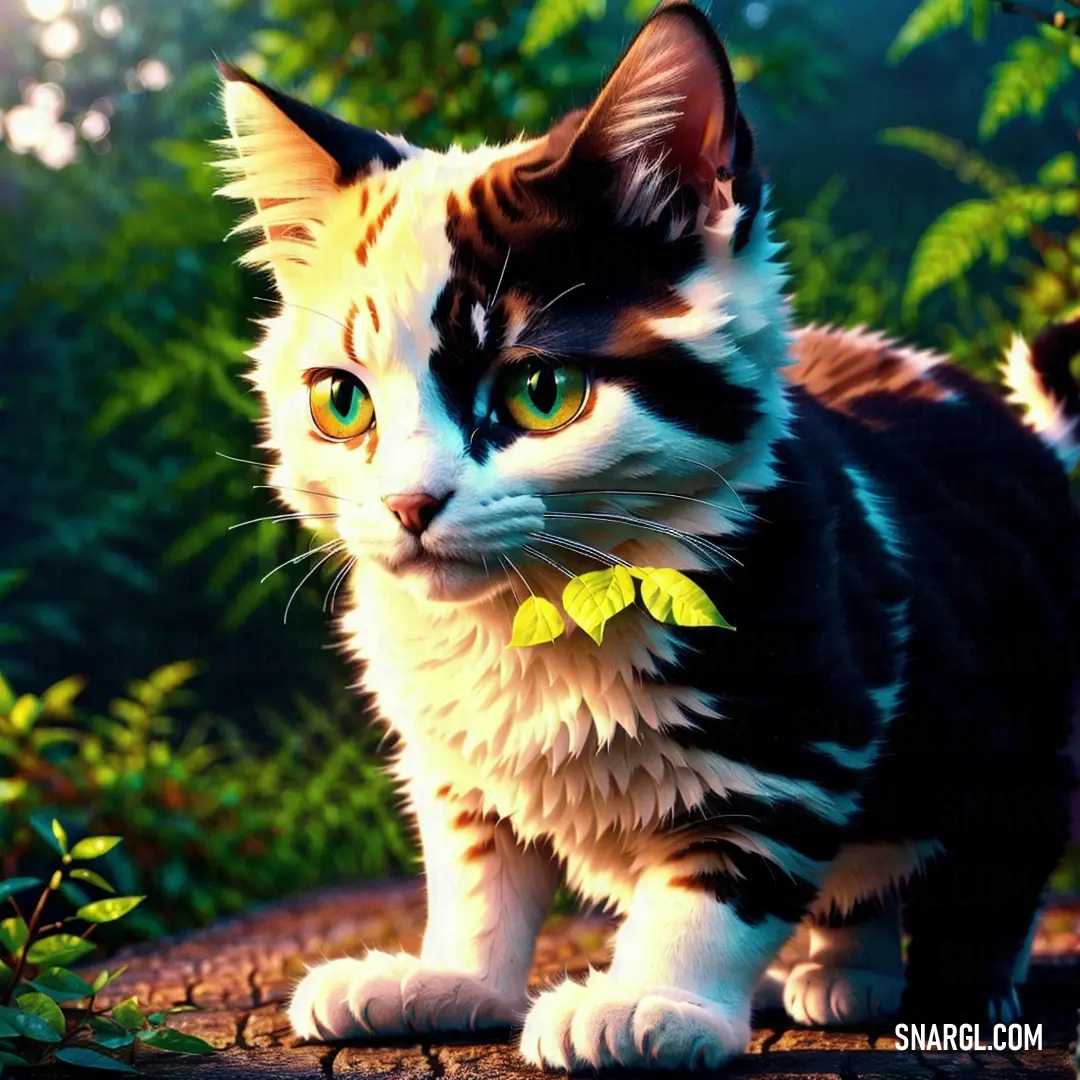
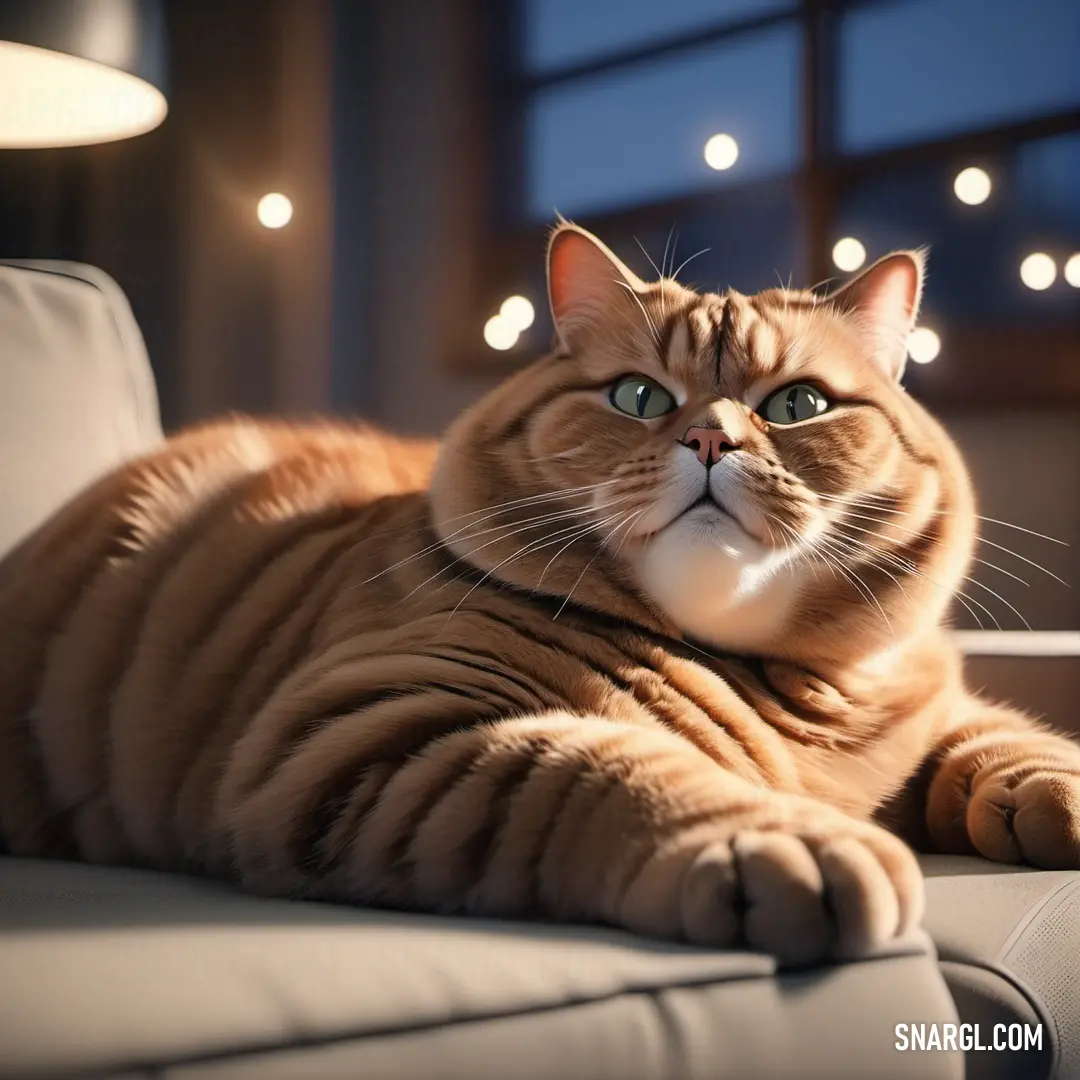
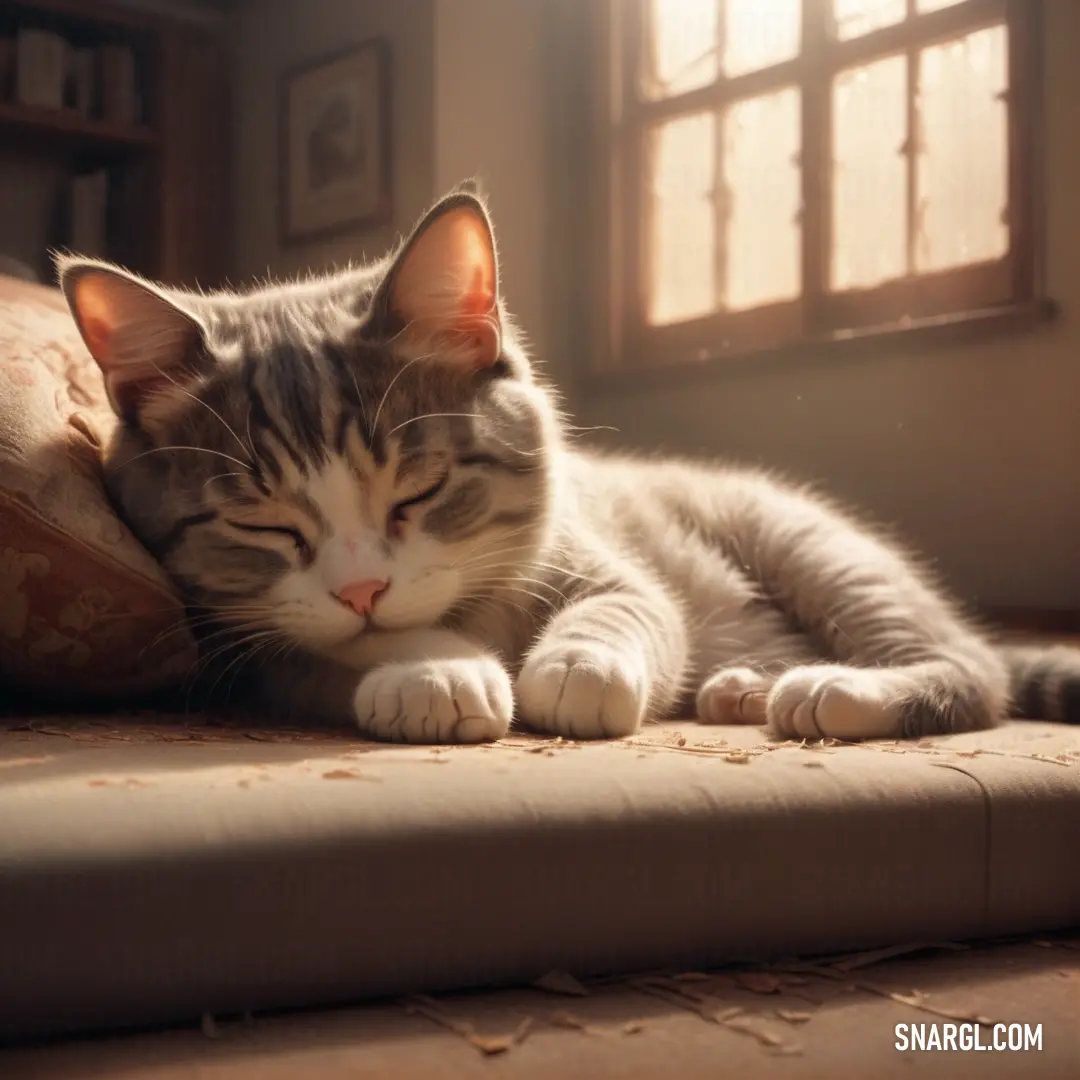
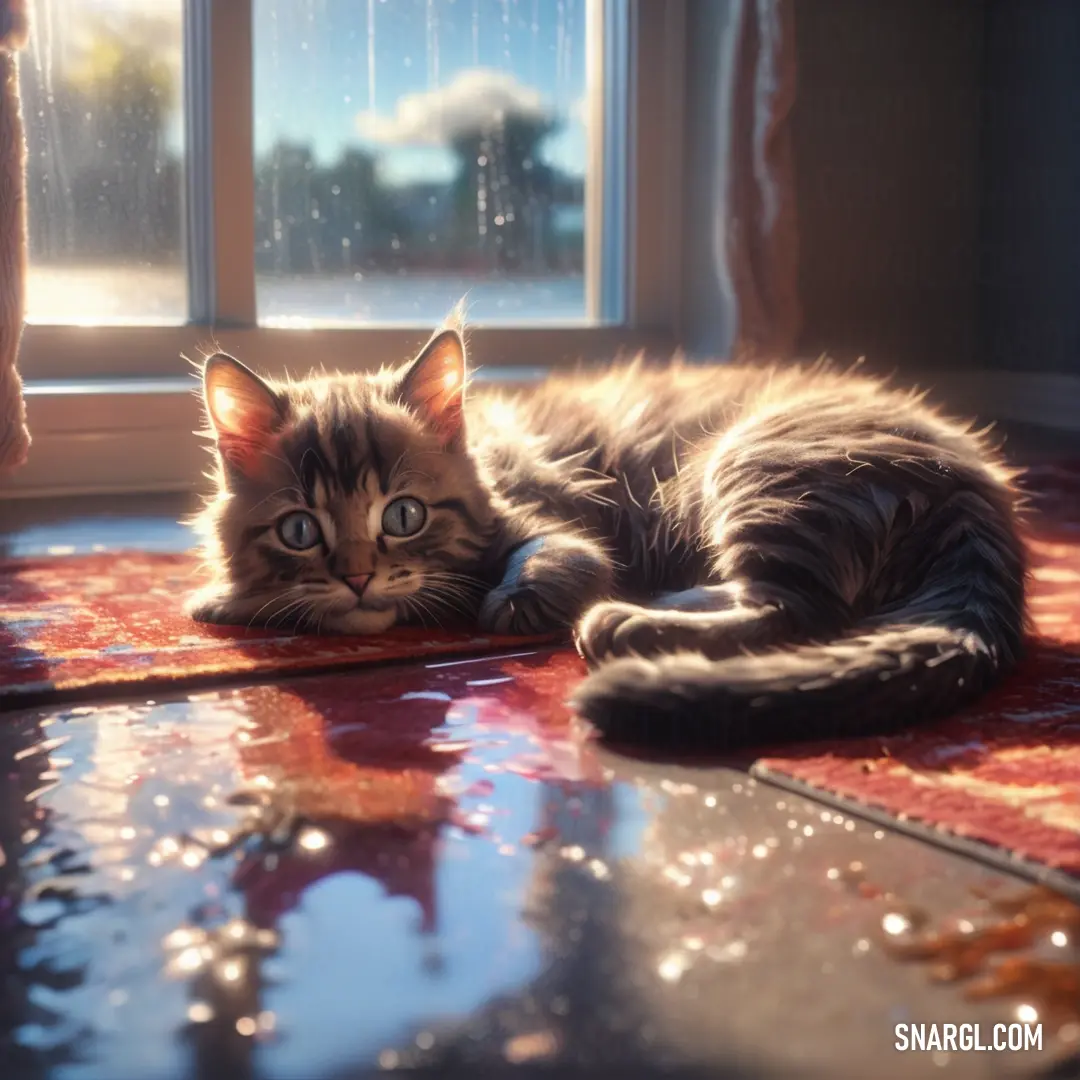
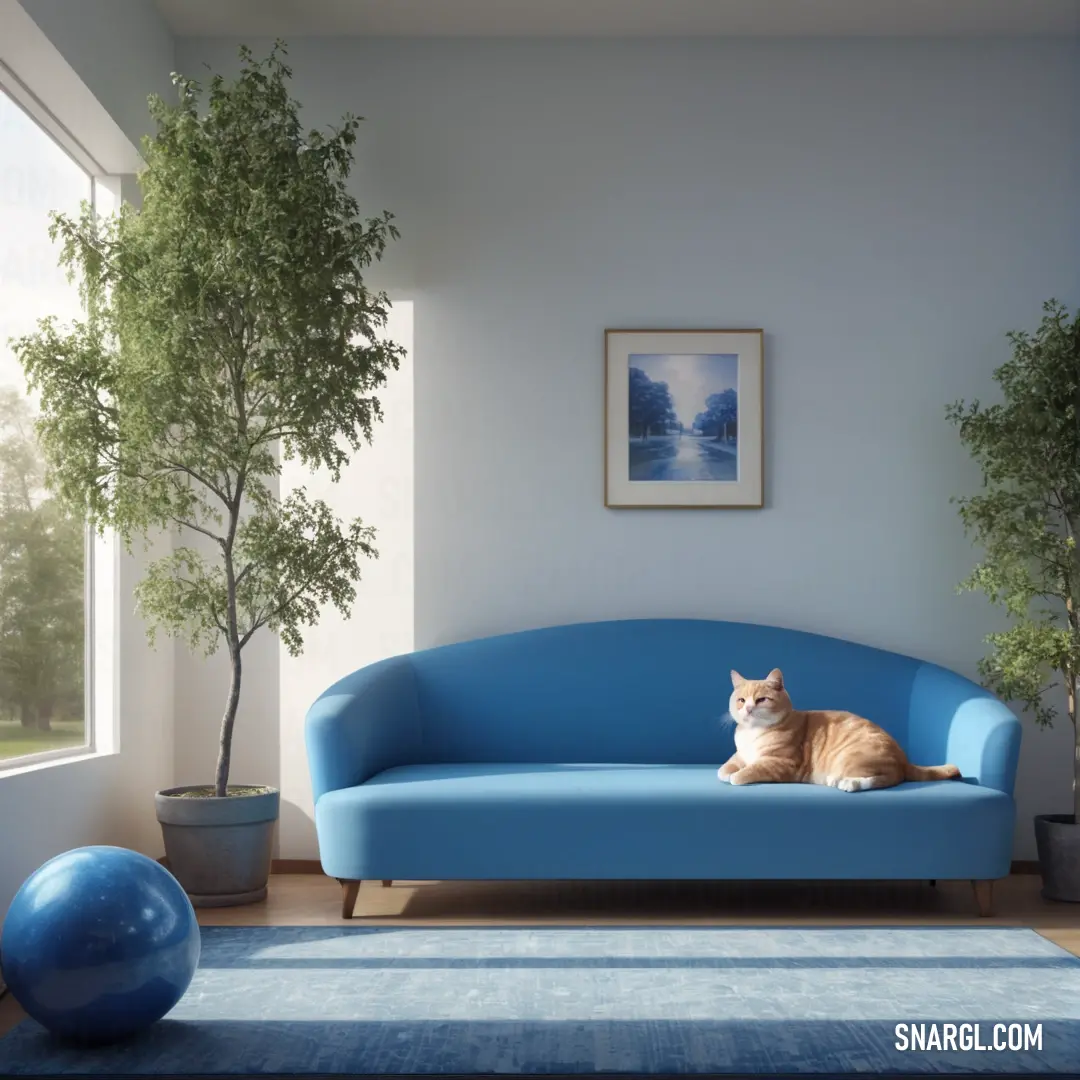
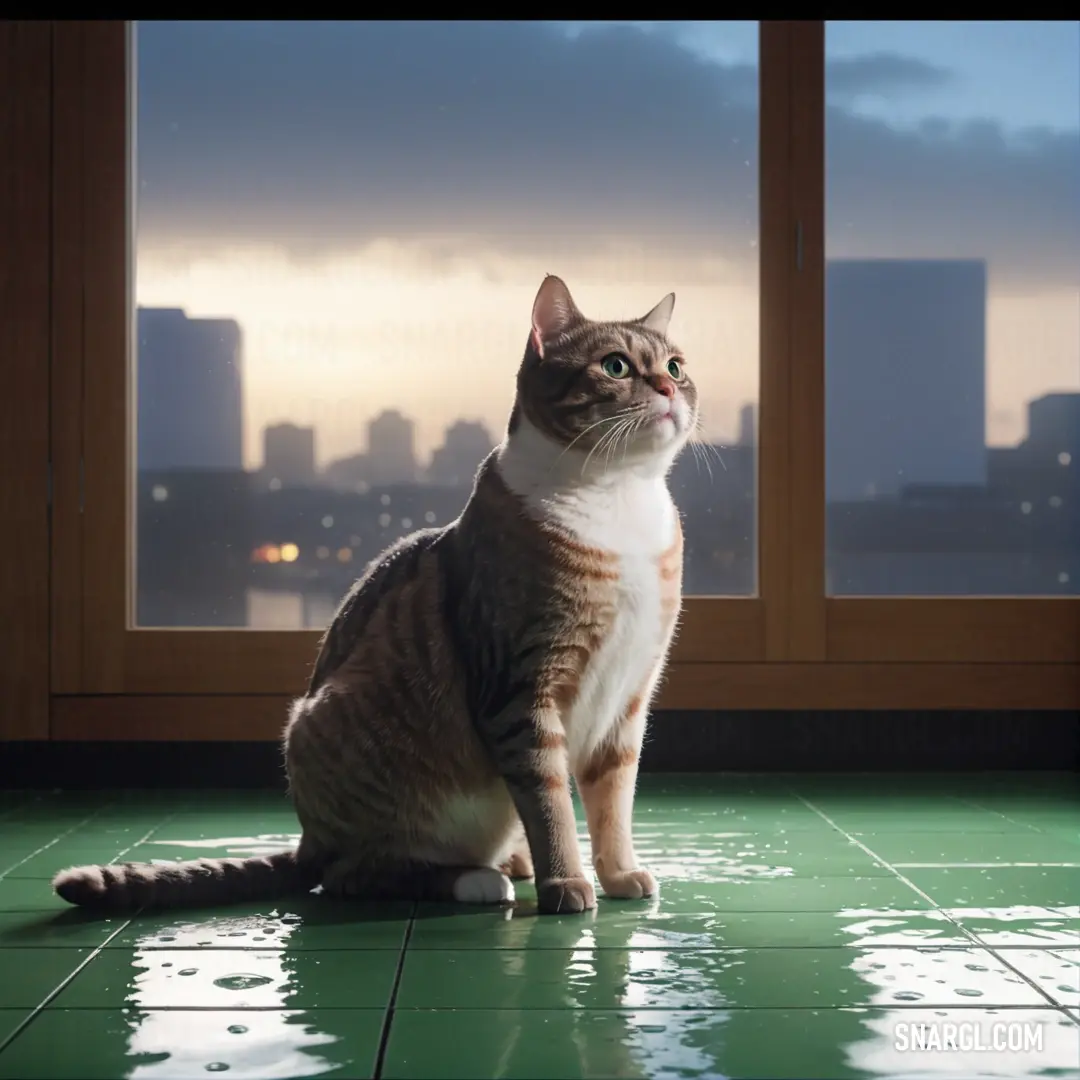
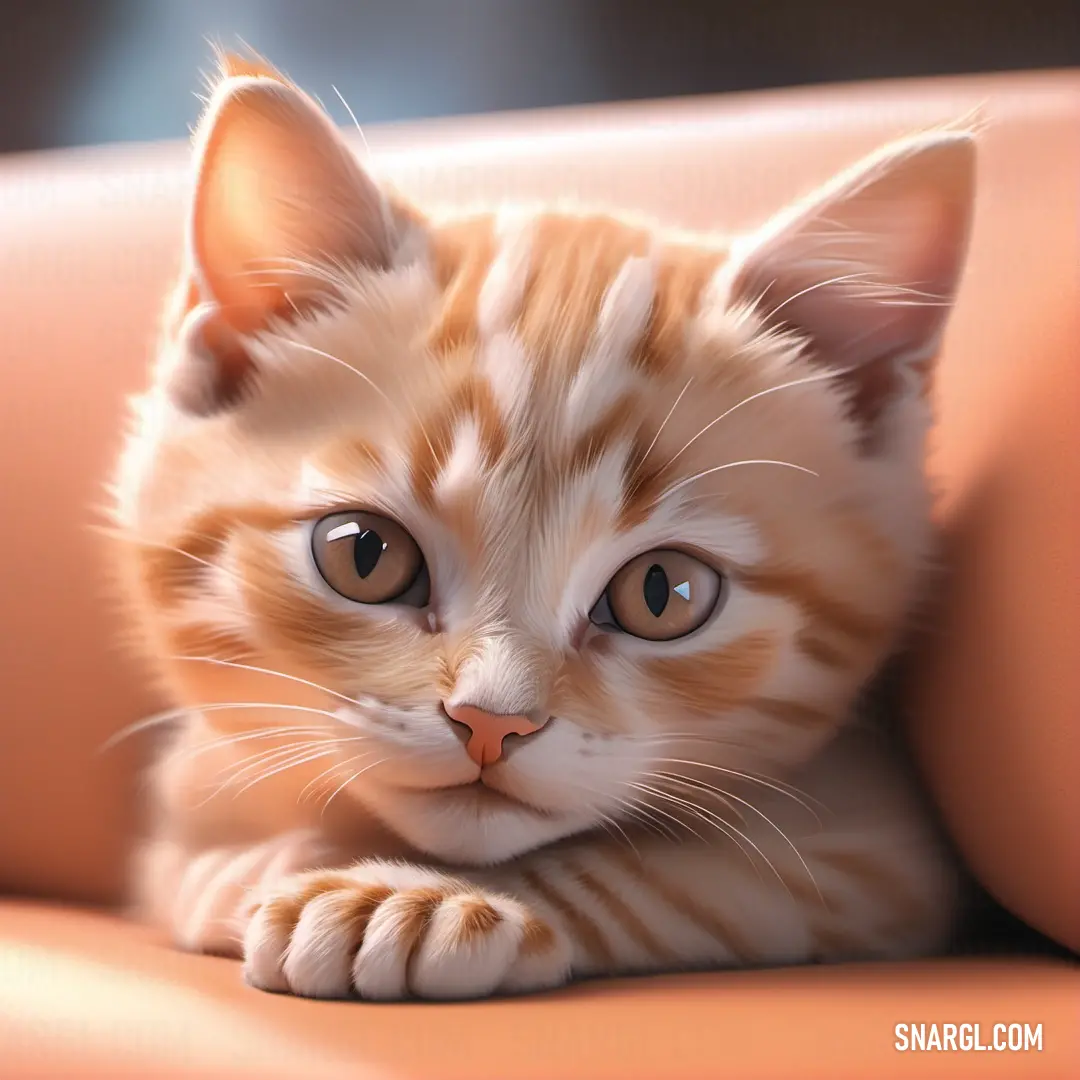
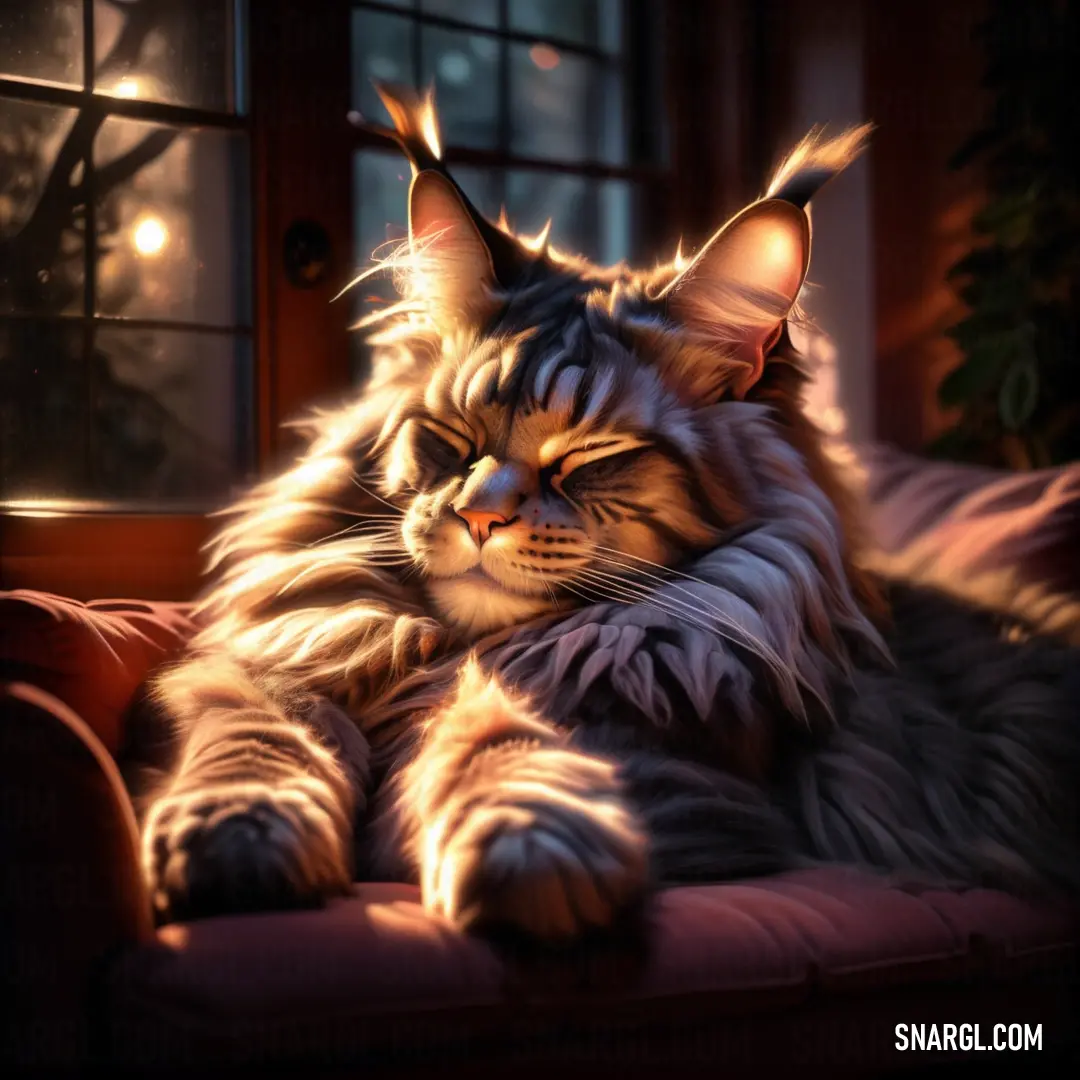
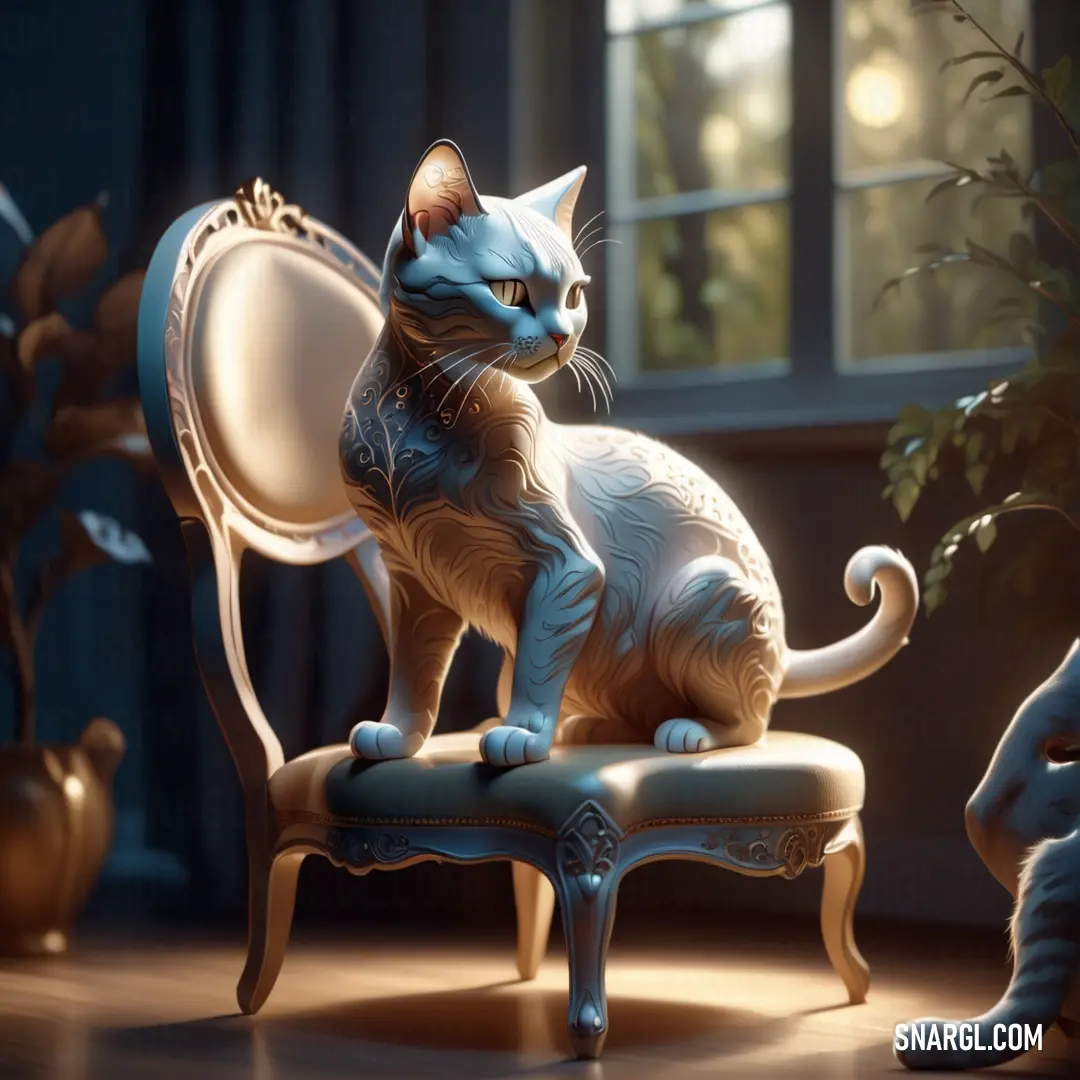
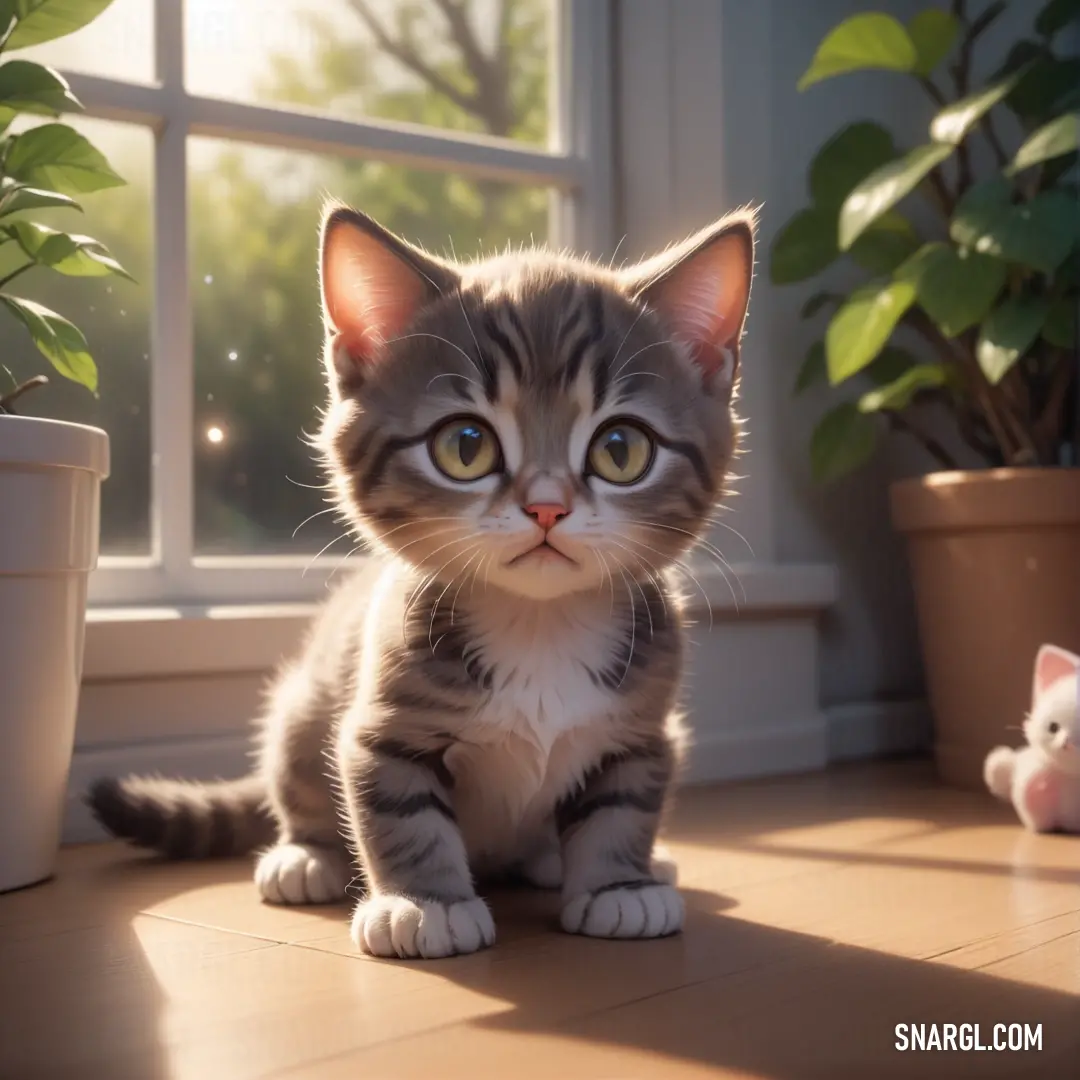
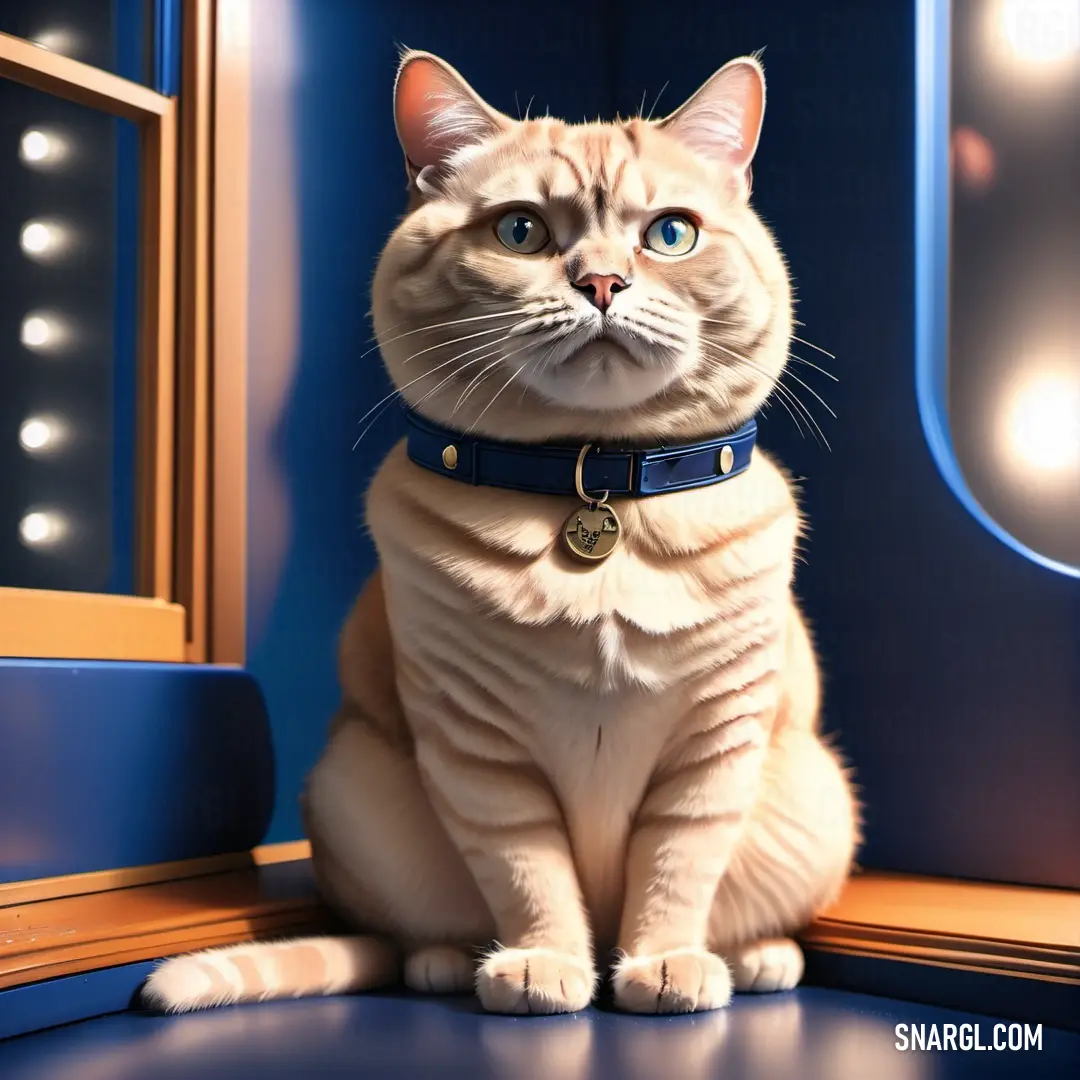
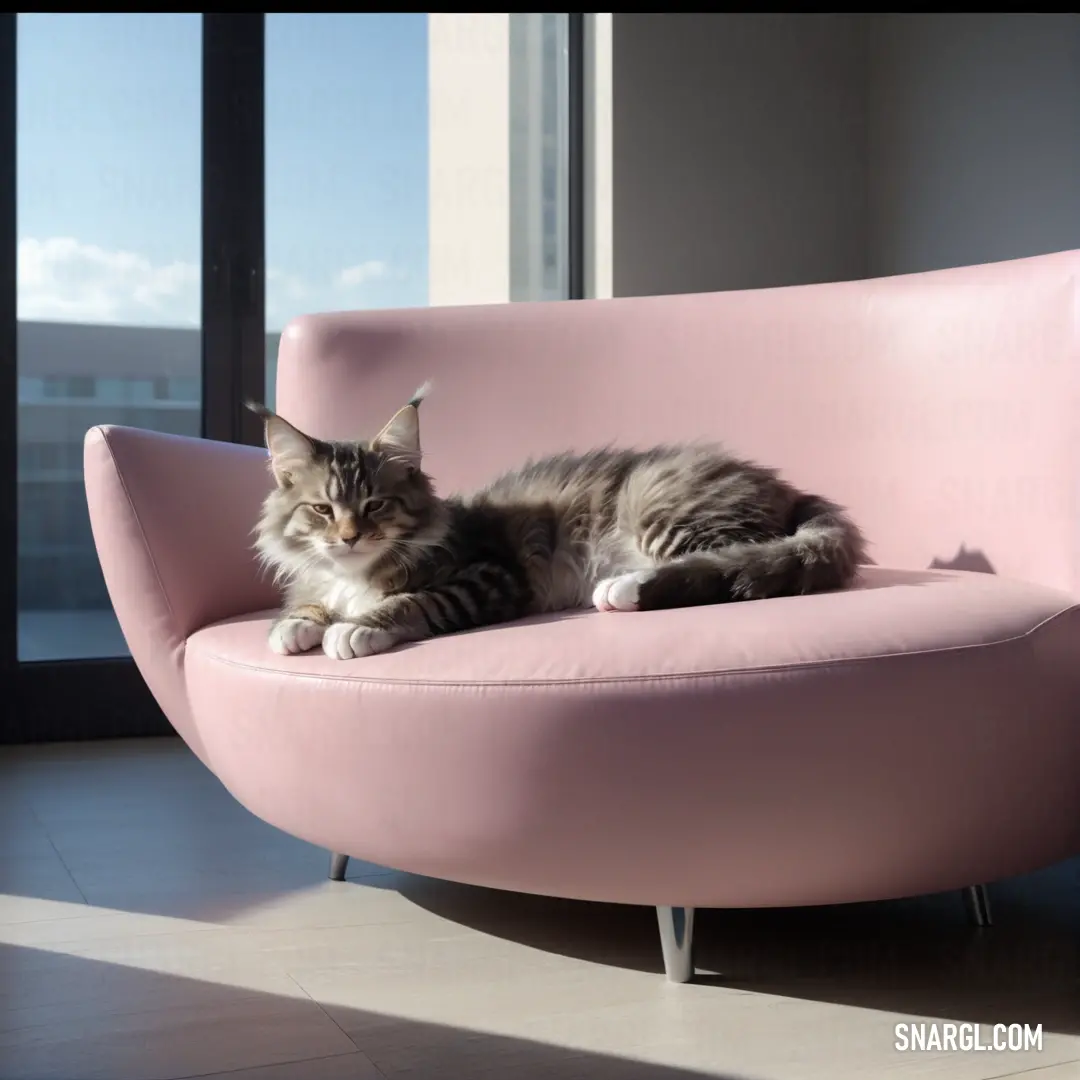
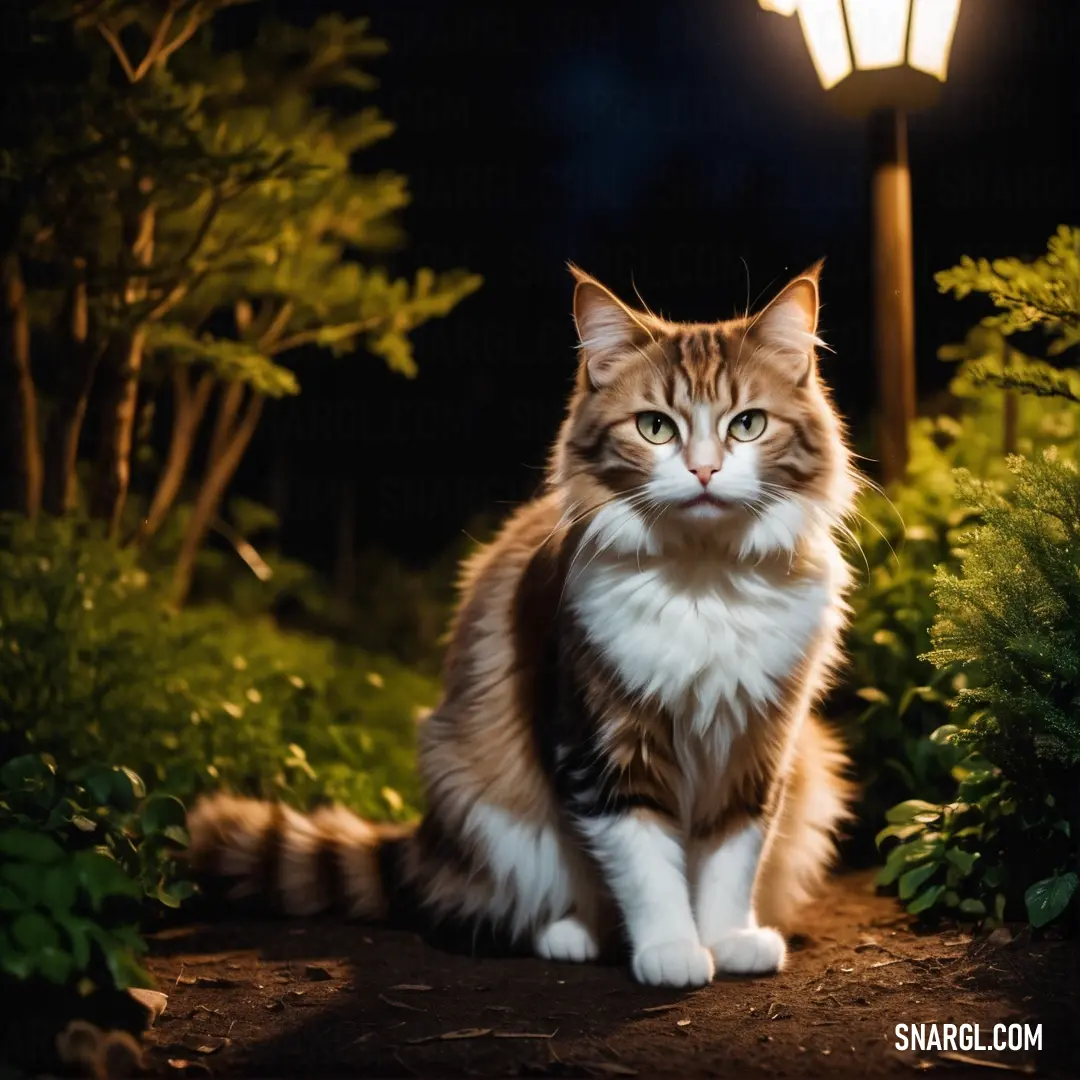
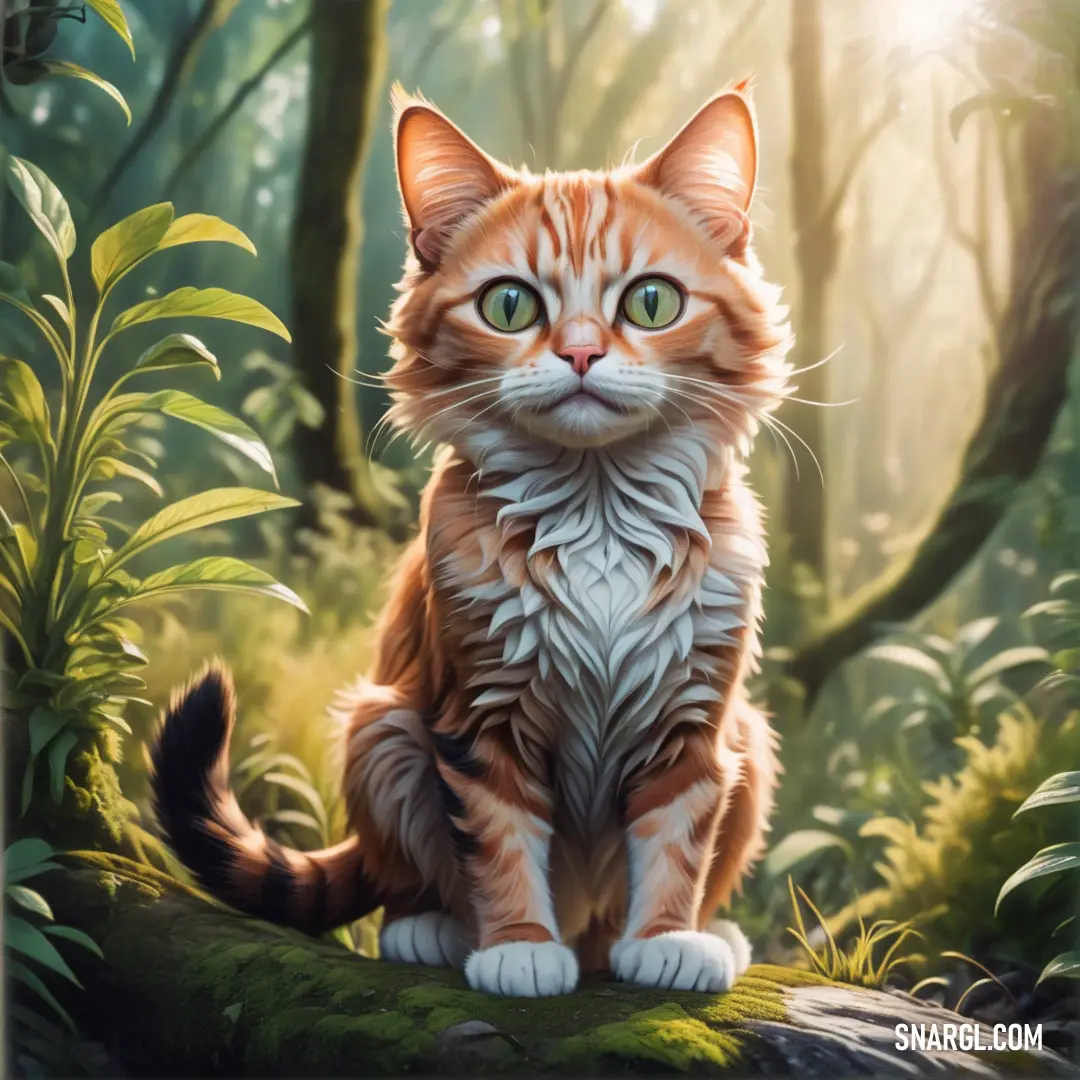
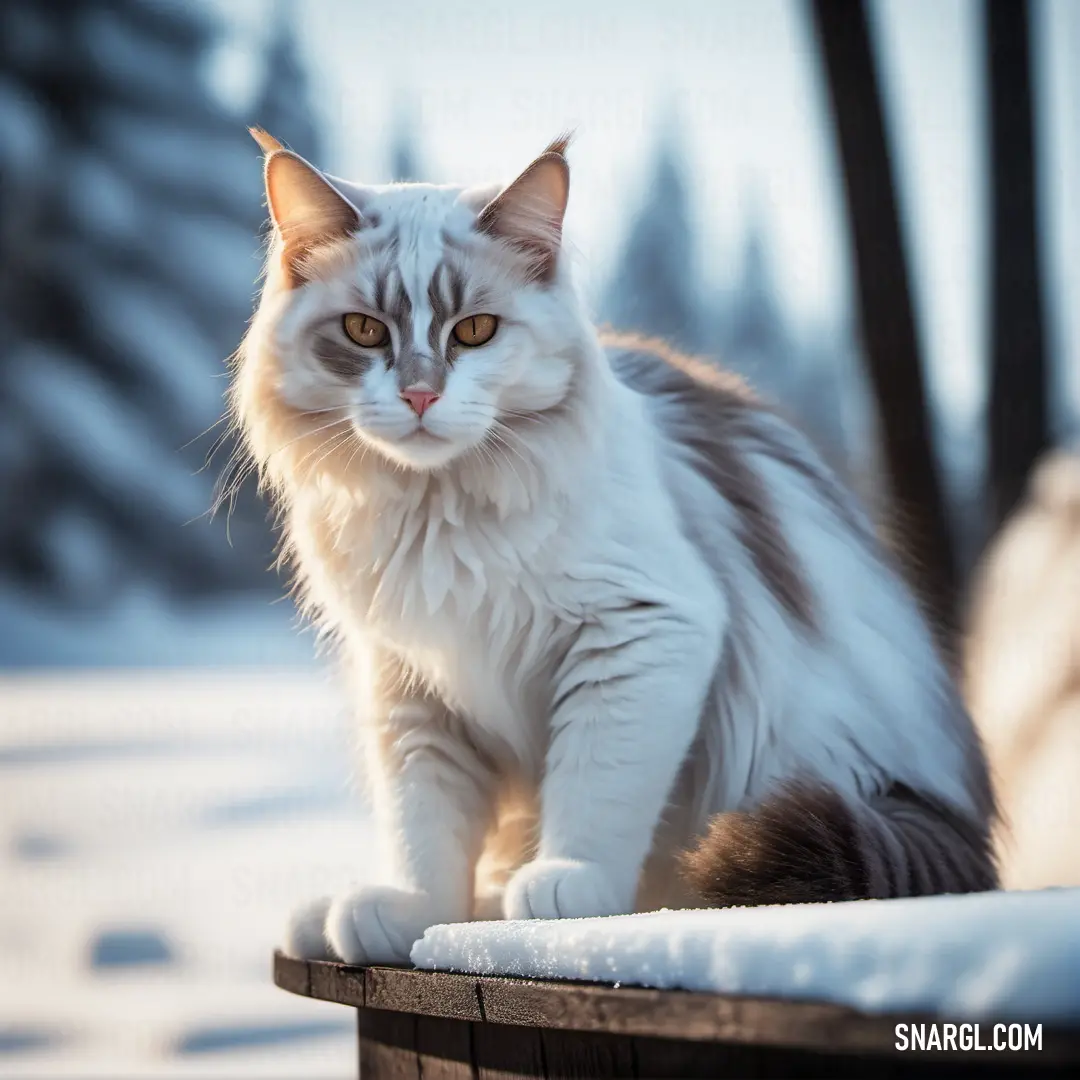
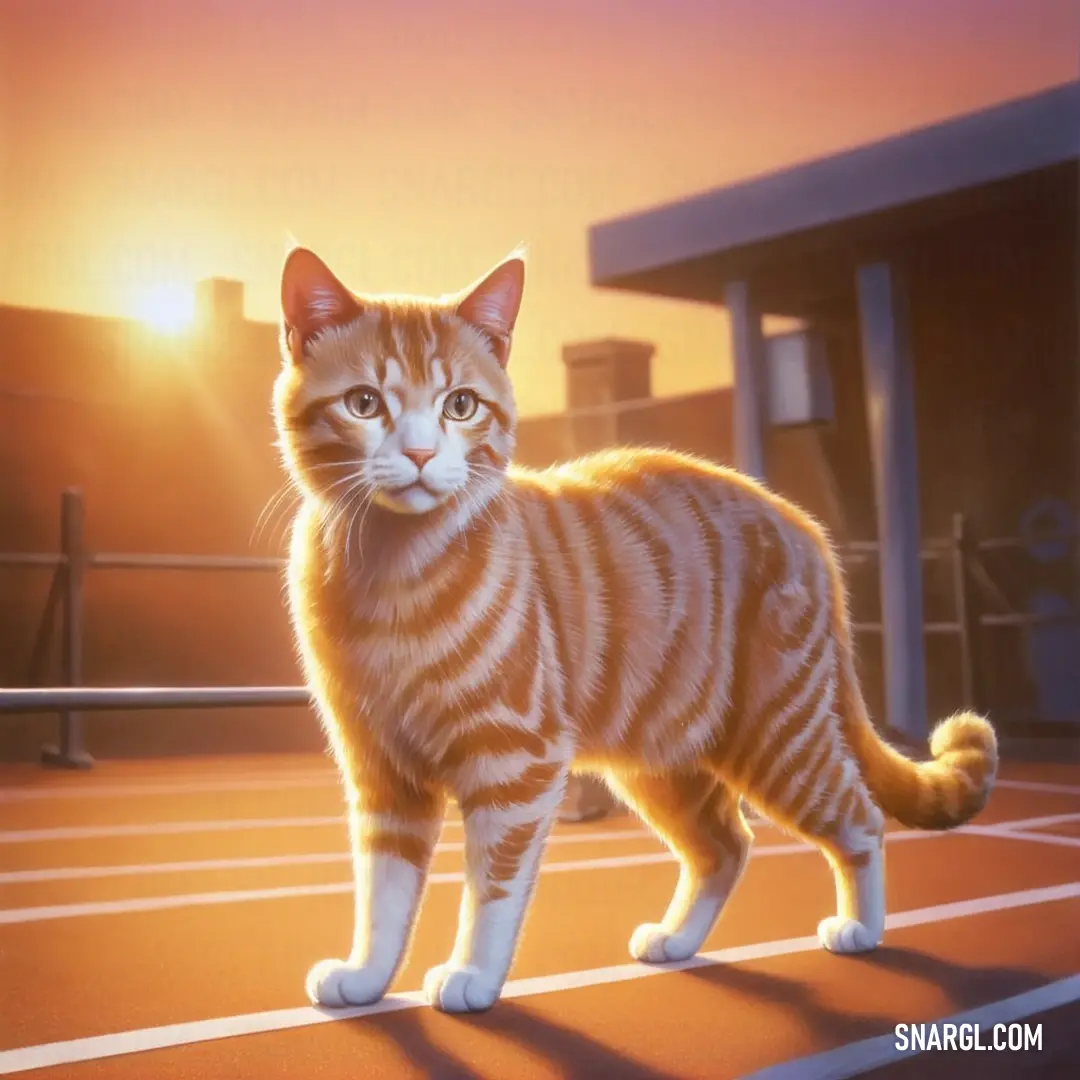
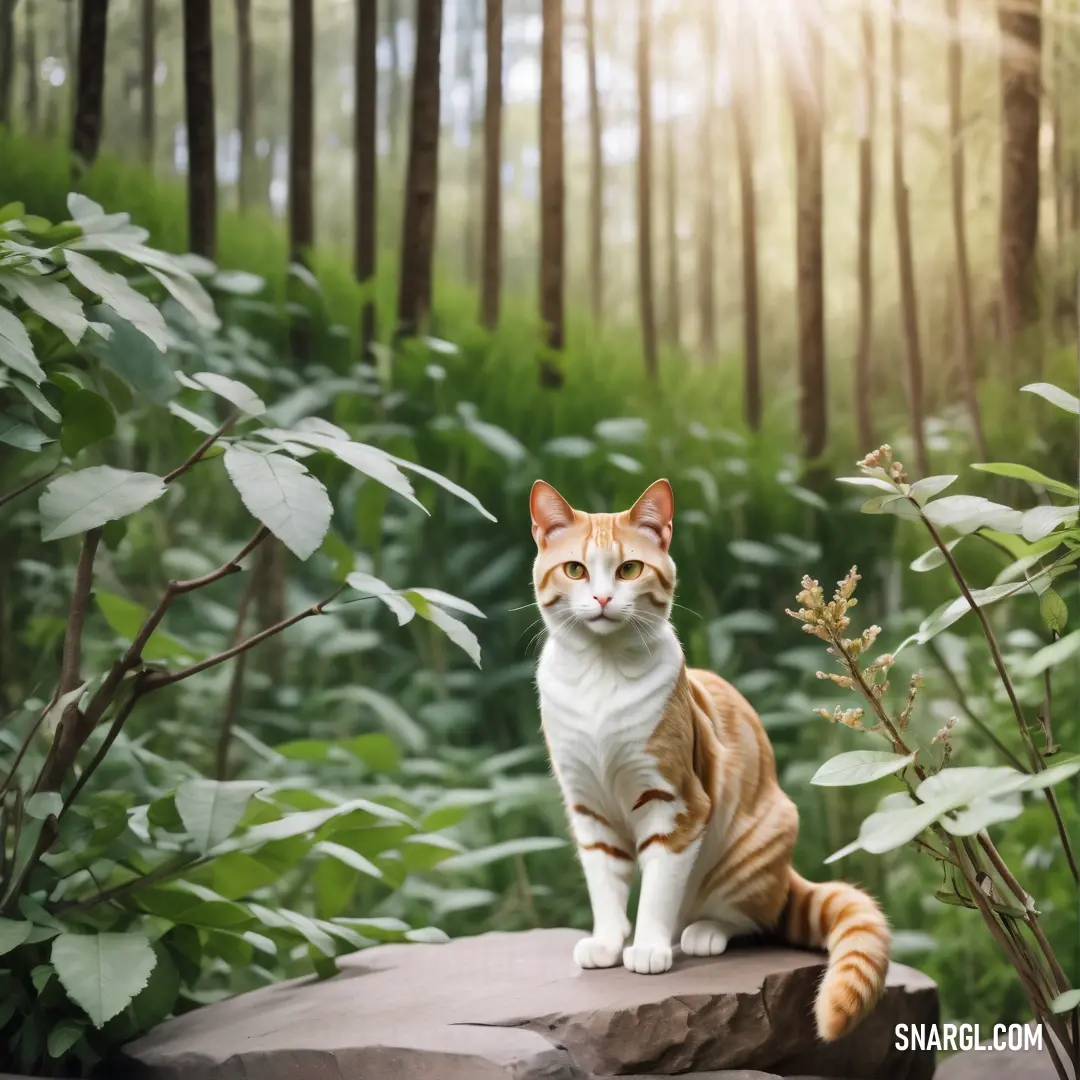
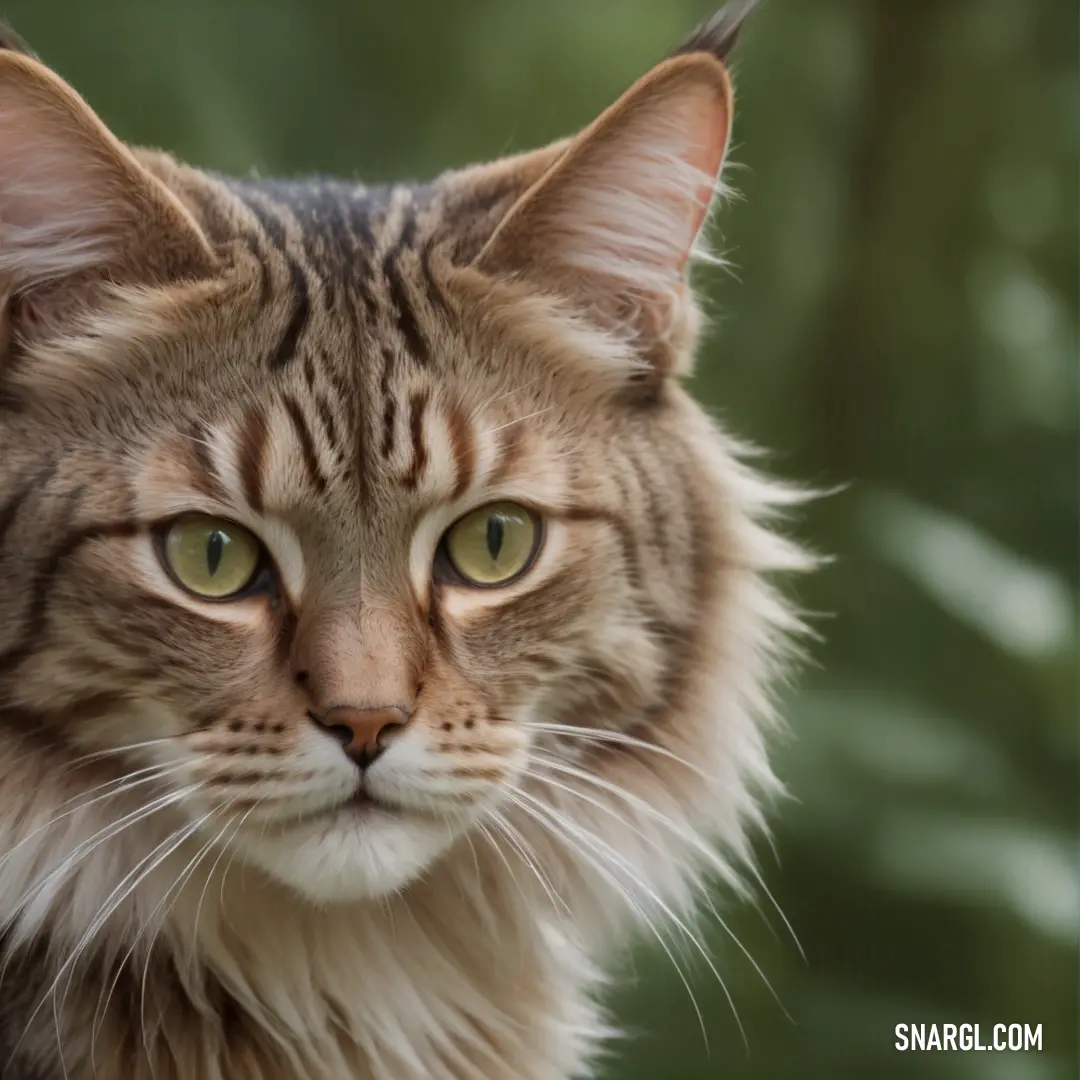
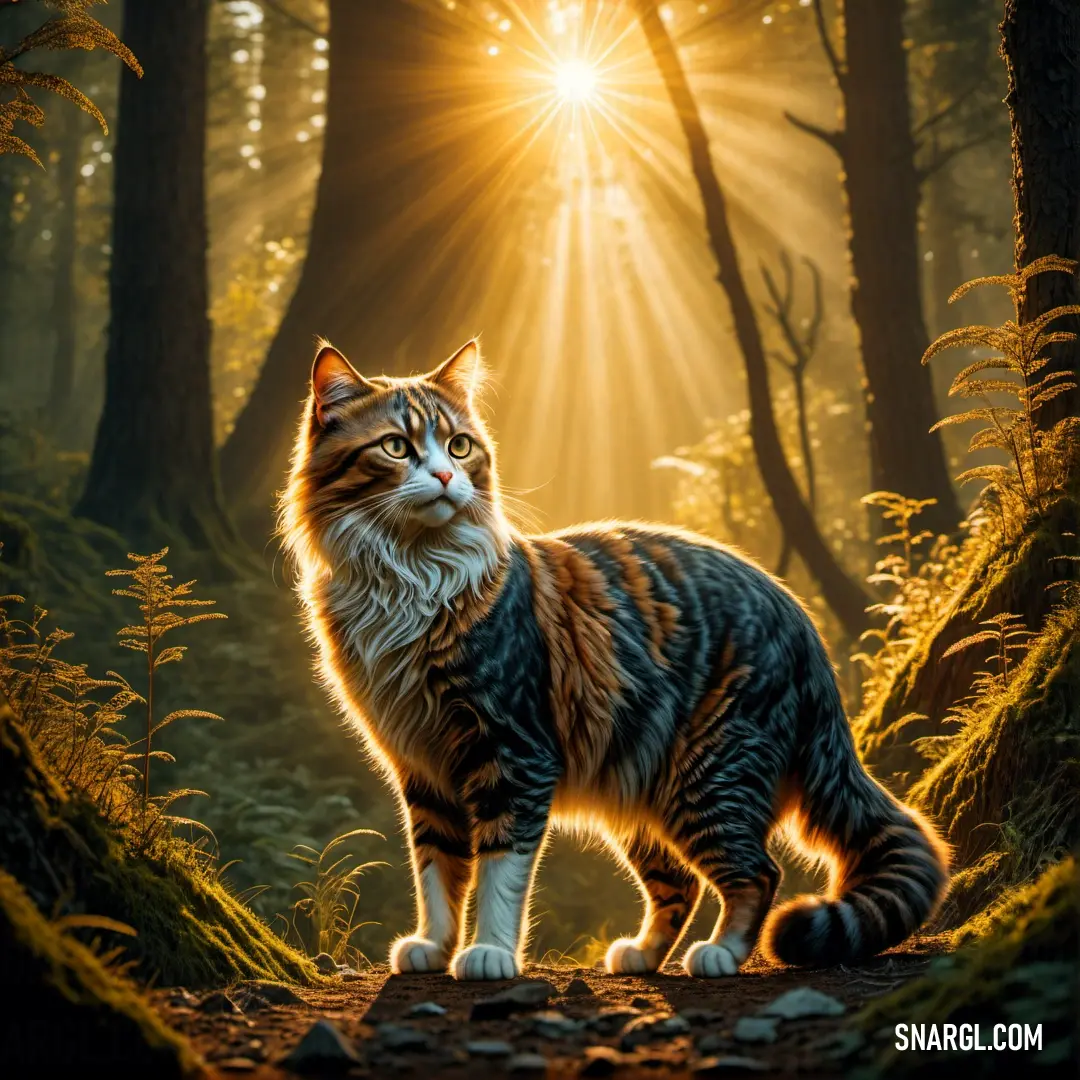
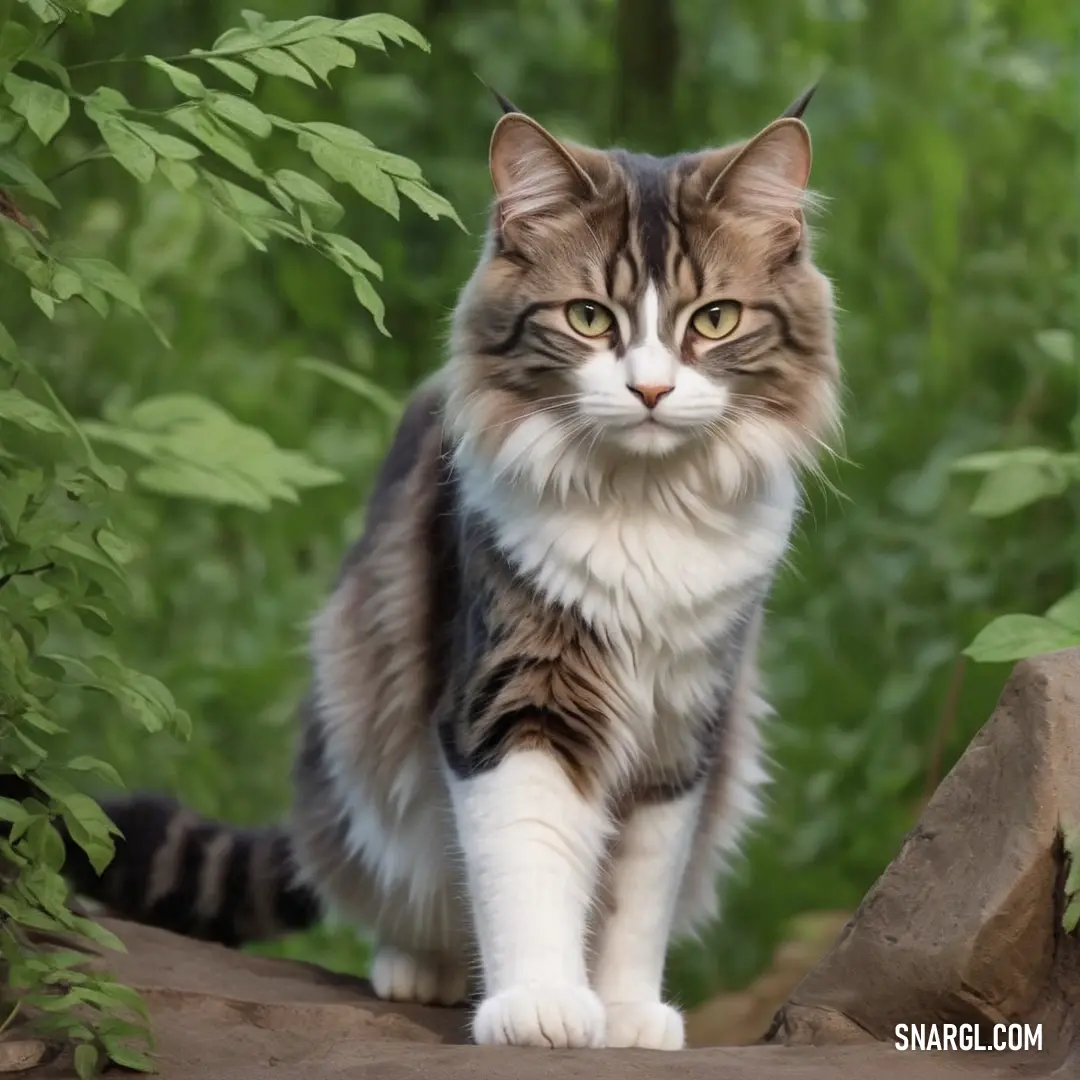
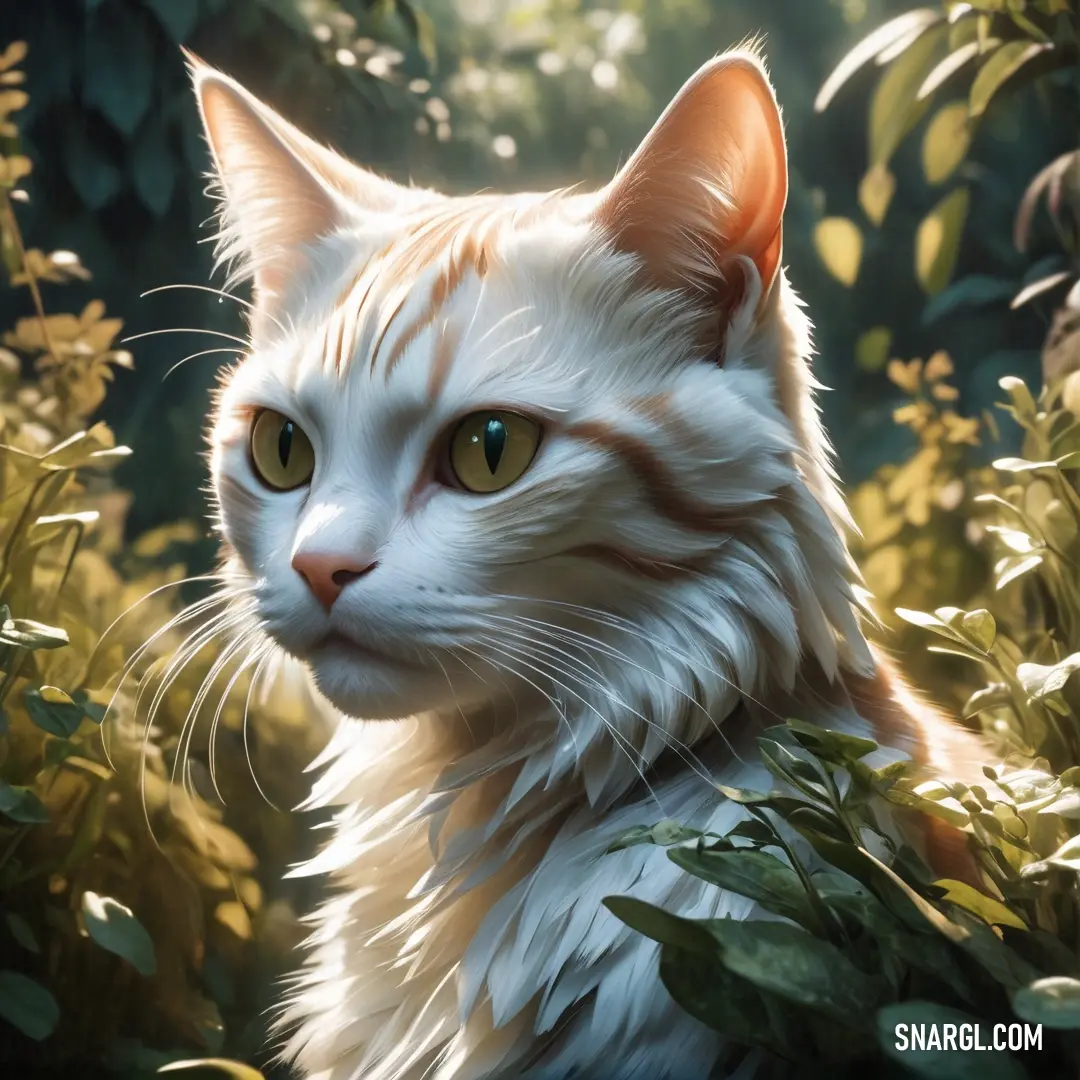
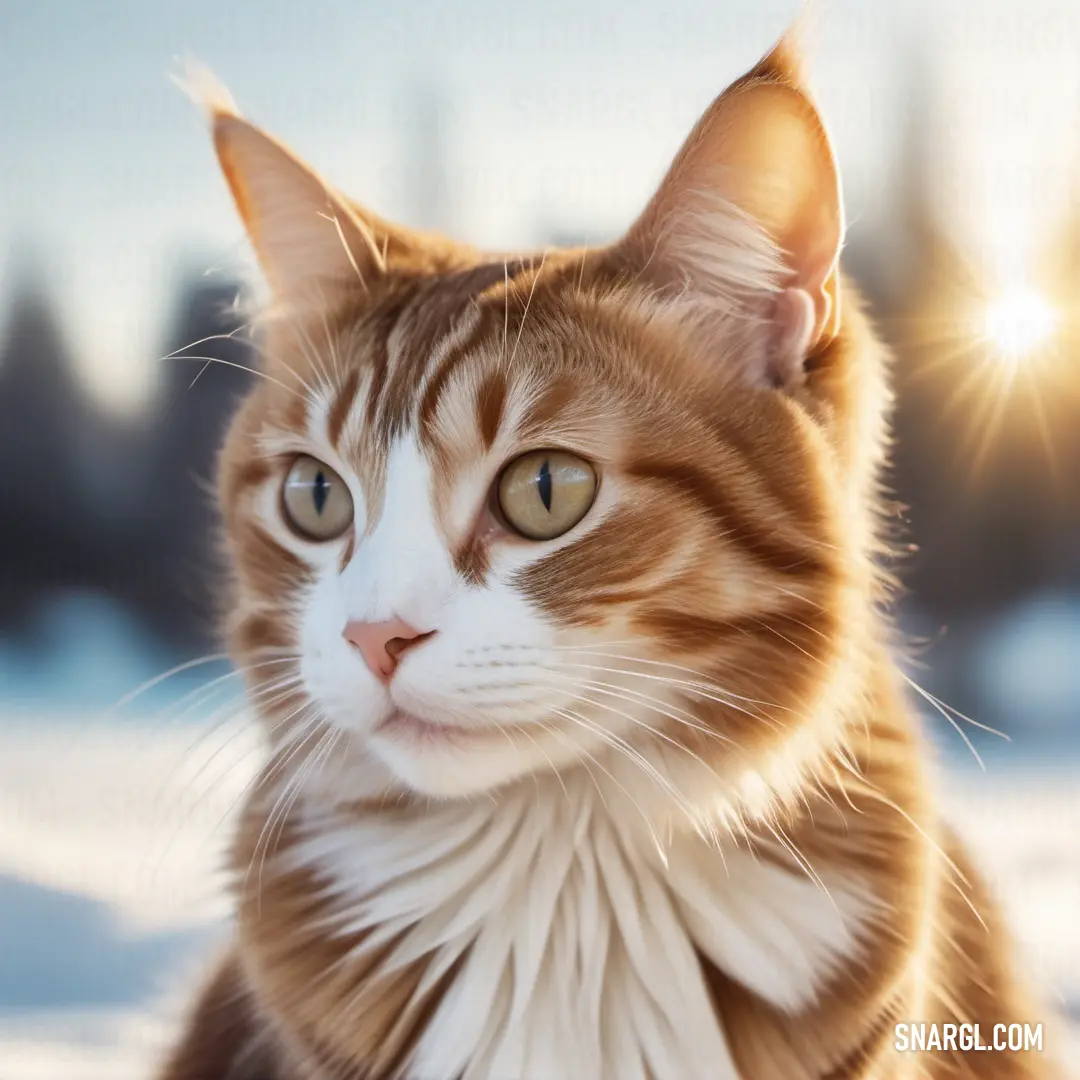
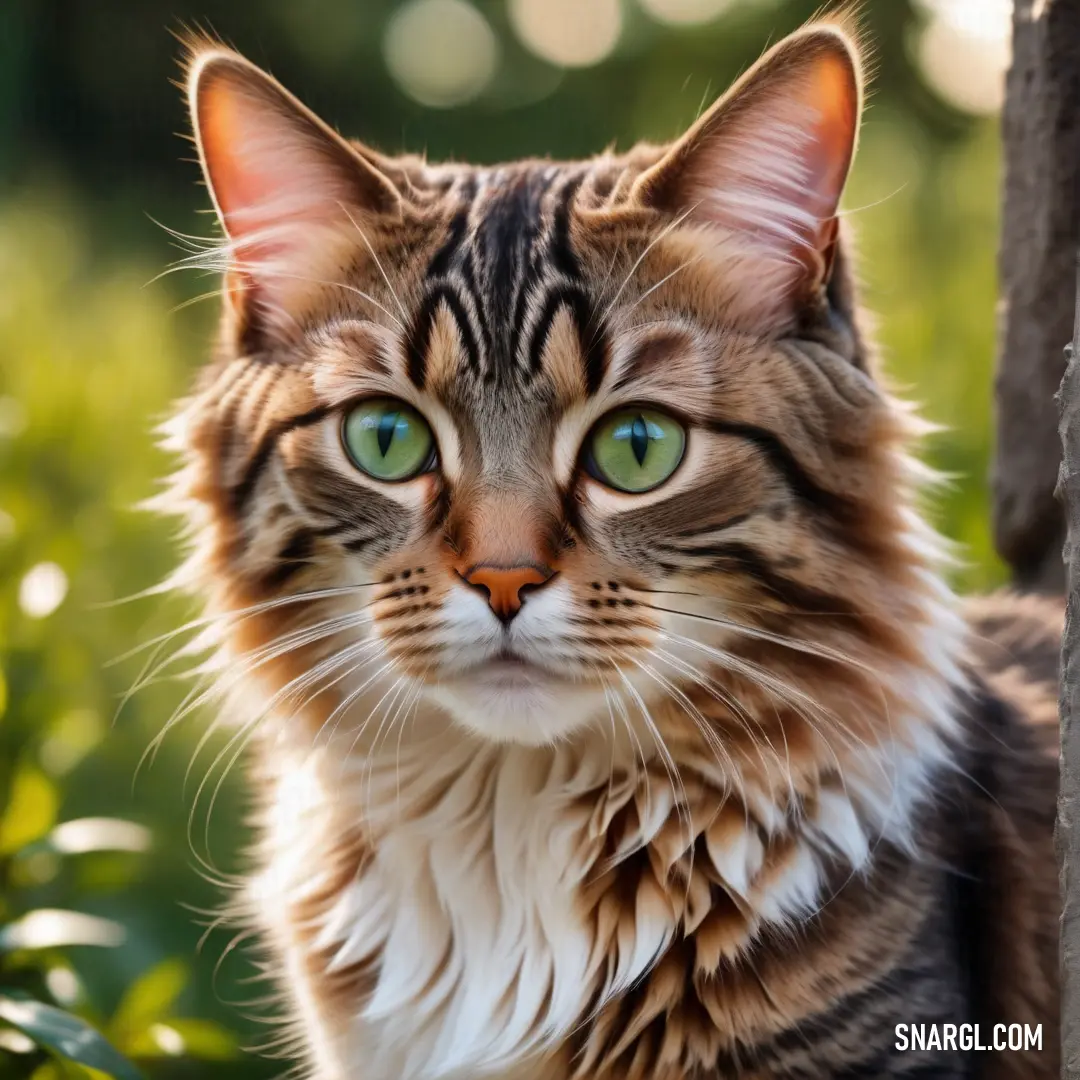
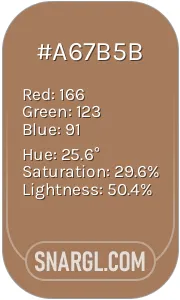 Cafe au lait
Cafe au lait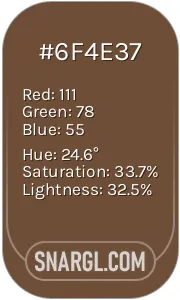 Coffee
Coffee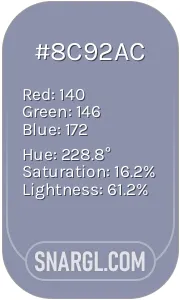 Cool grey
Cool grey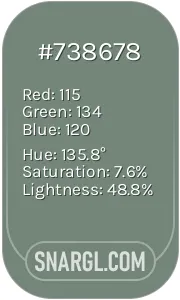 Xanadu
Xanadu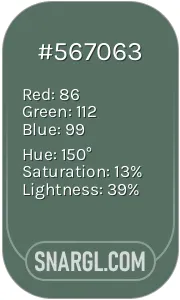 Dark tea green
Dark tea green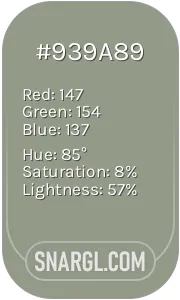 Gray-Tea Green
Gray-Tea Green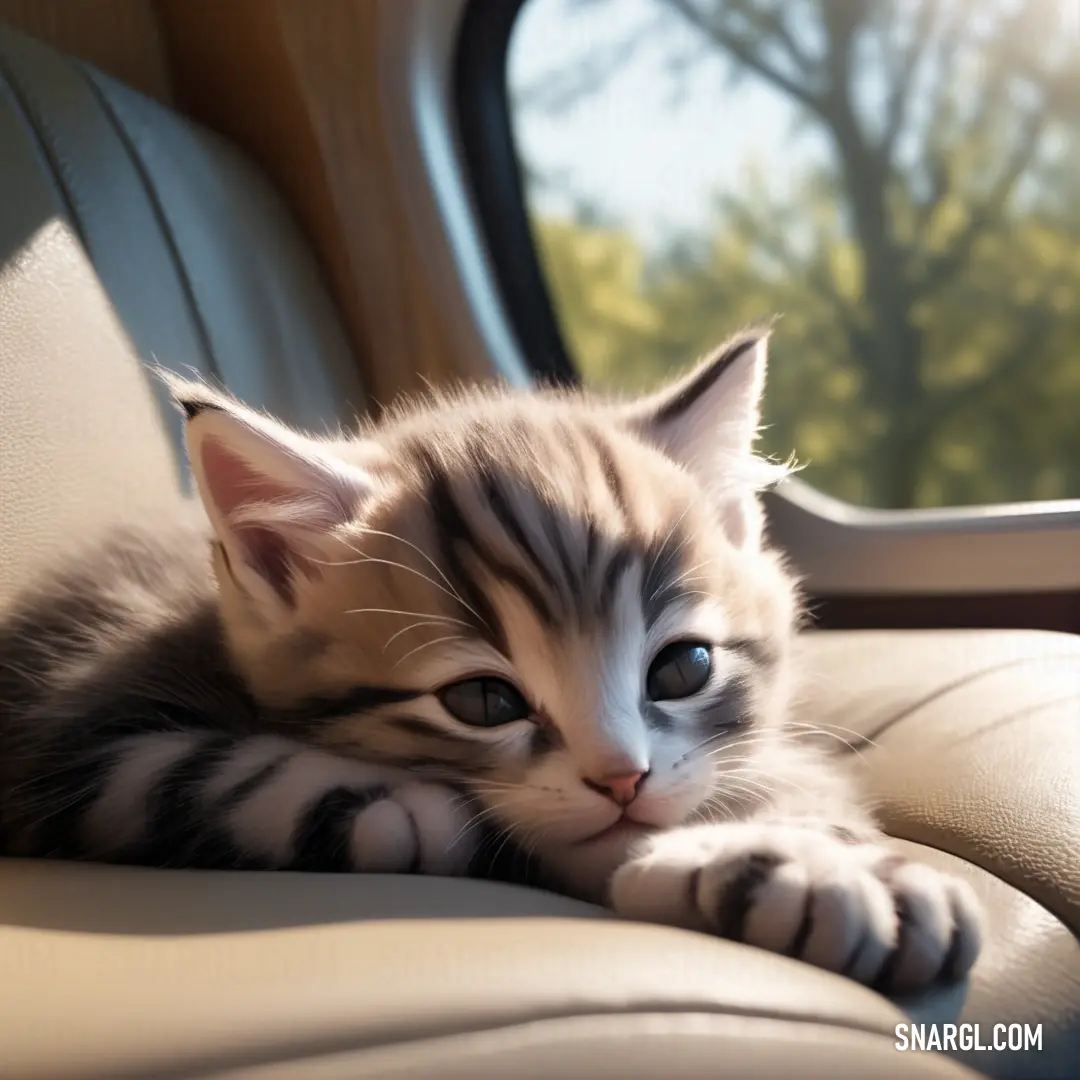
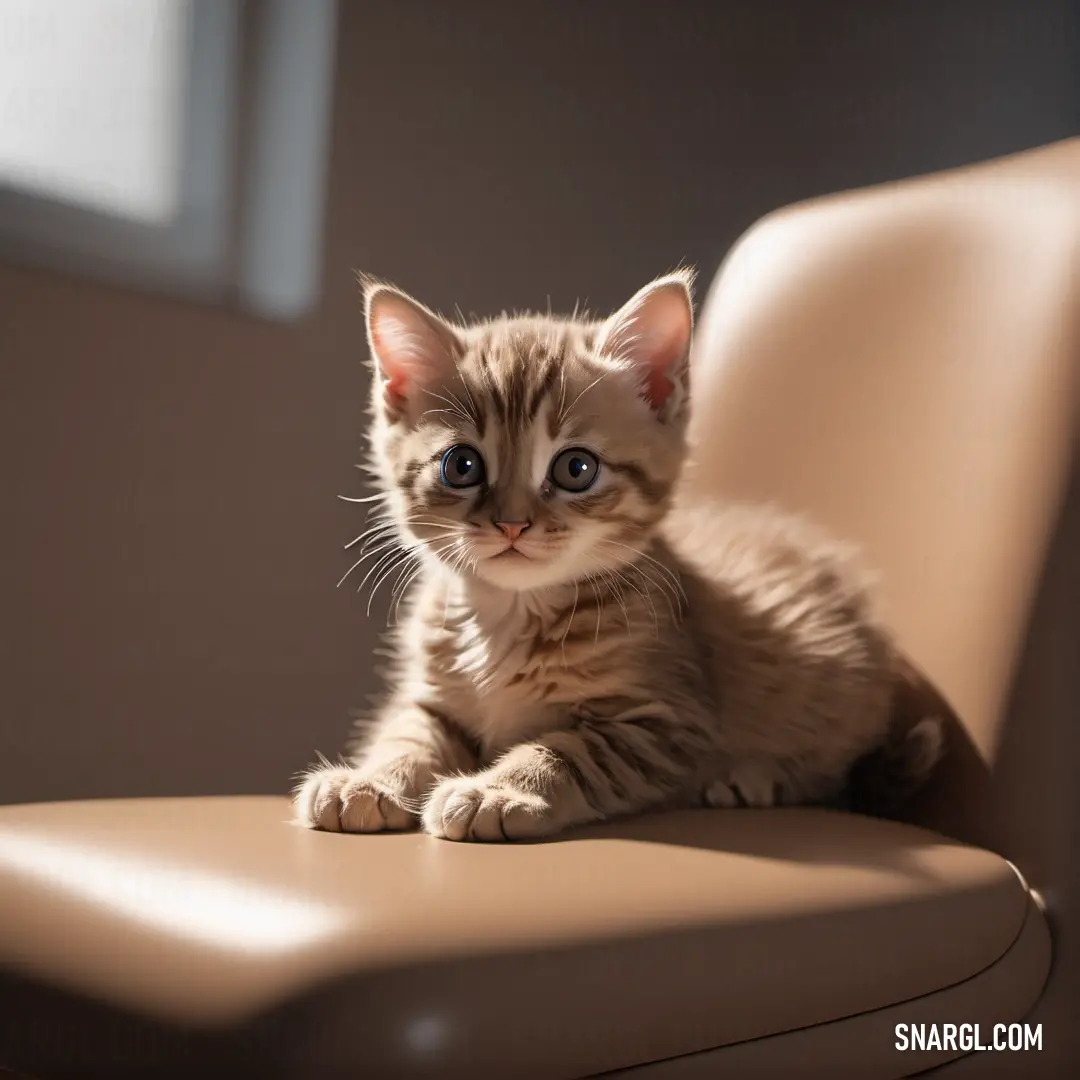
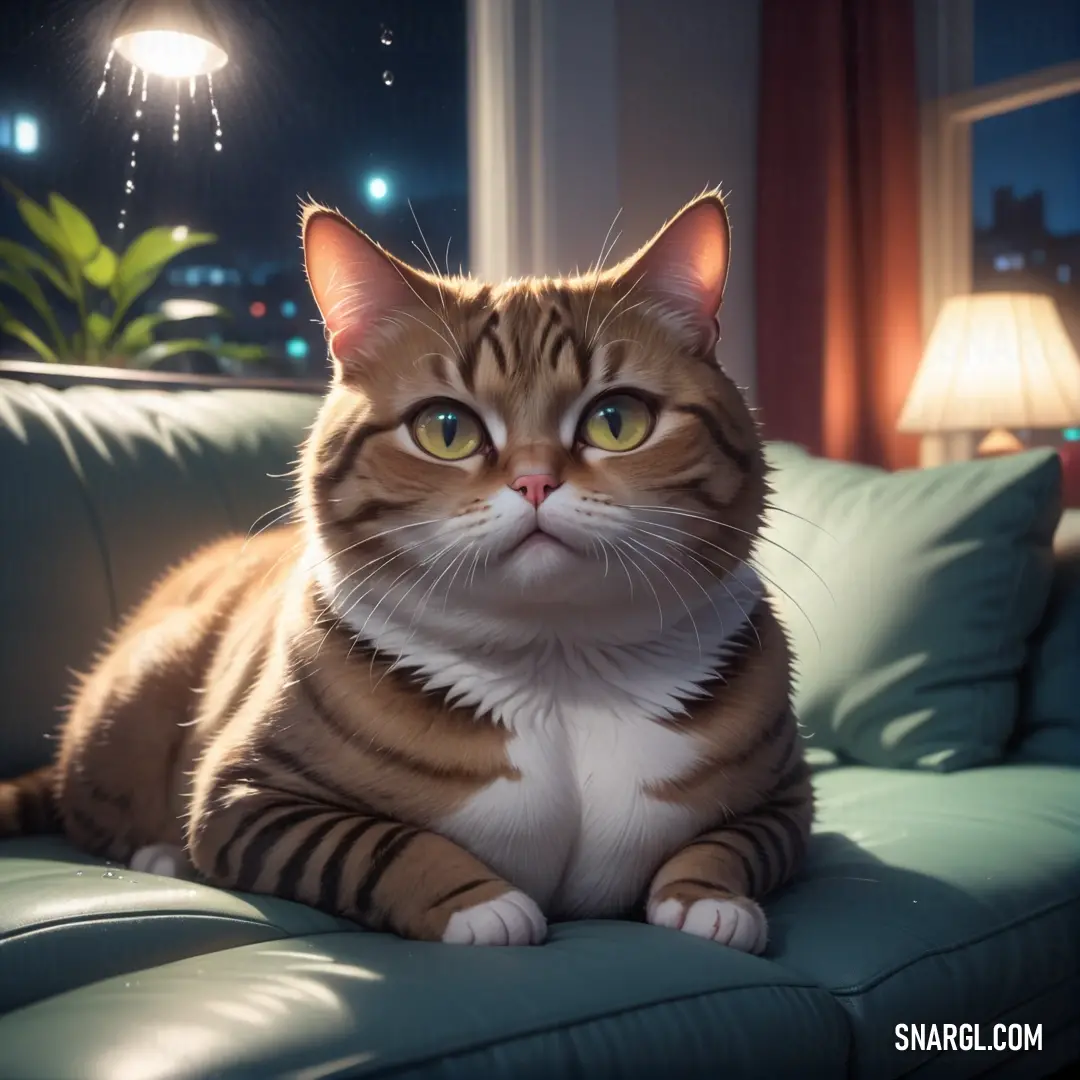
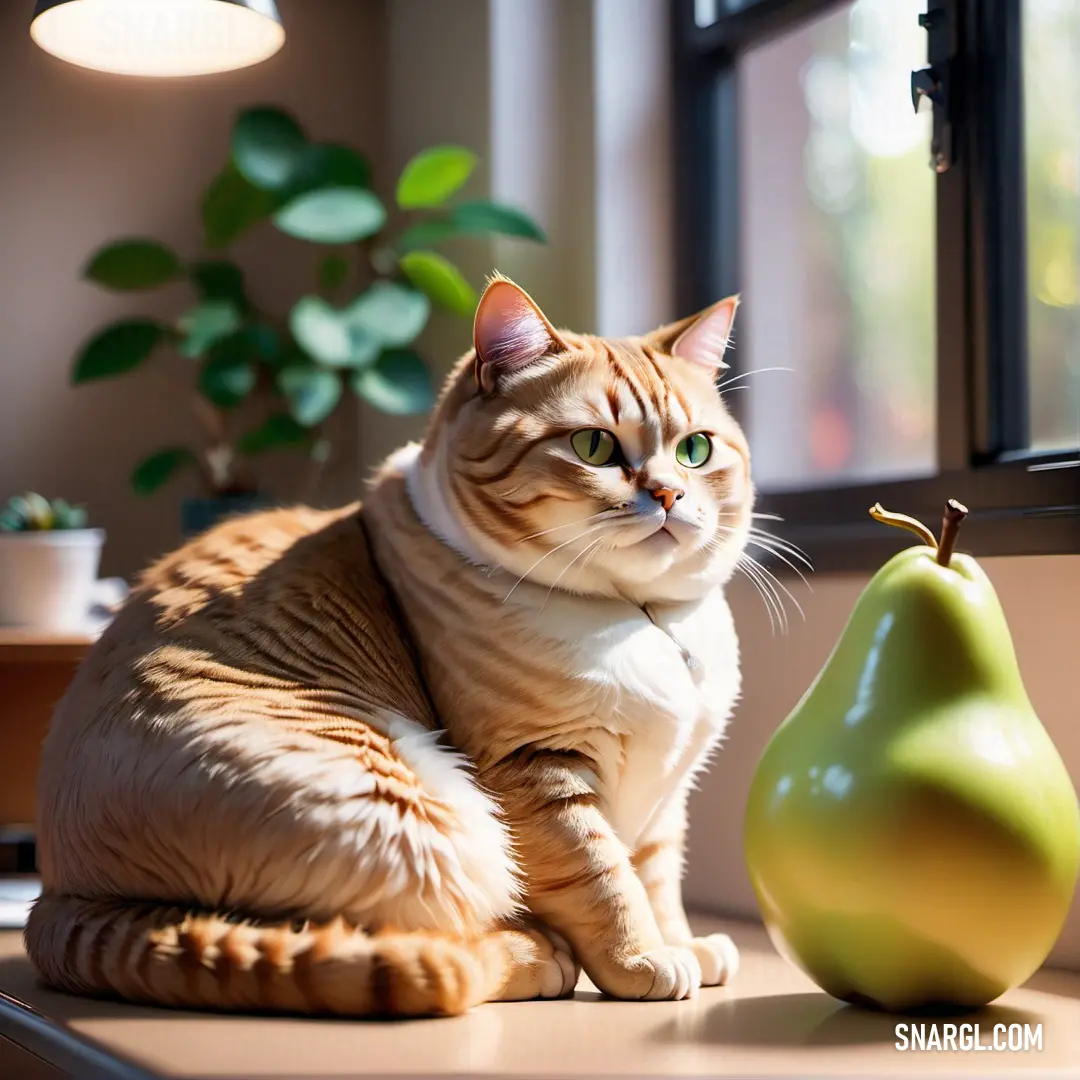
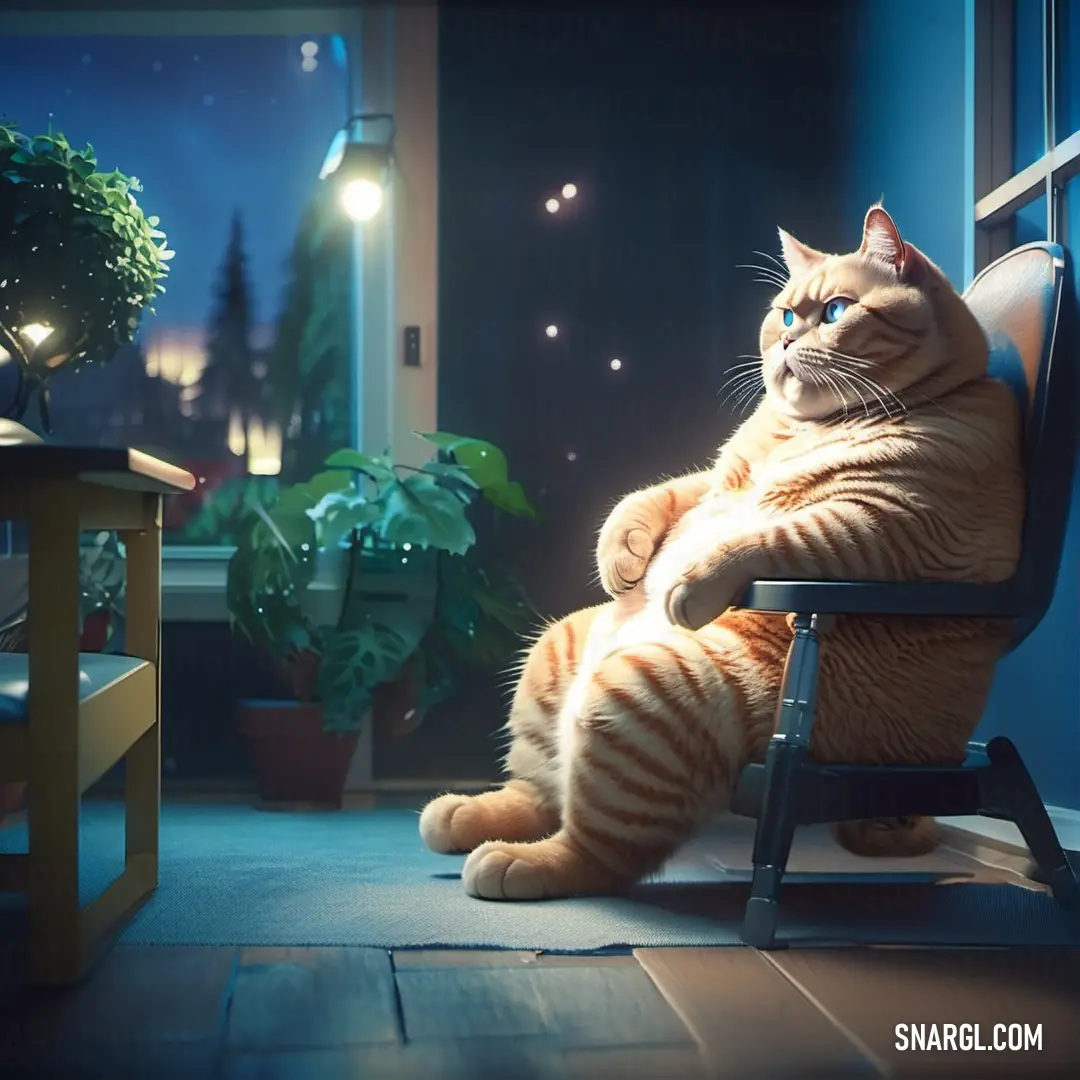
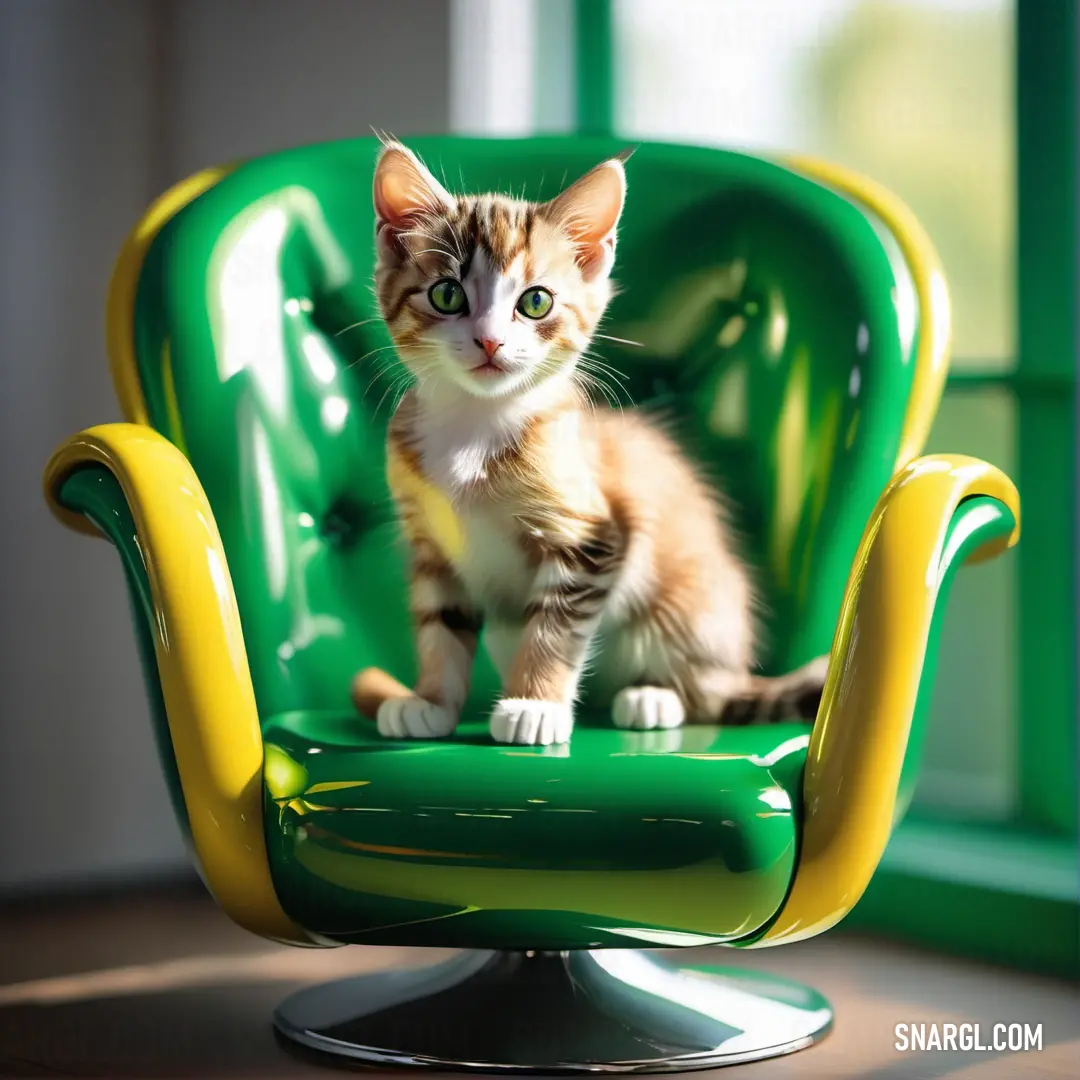
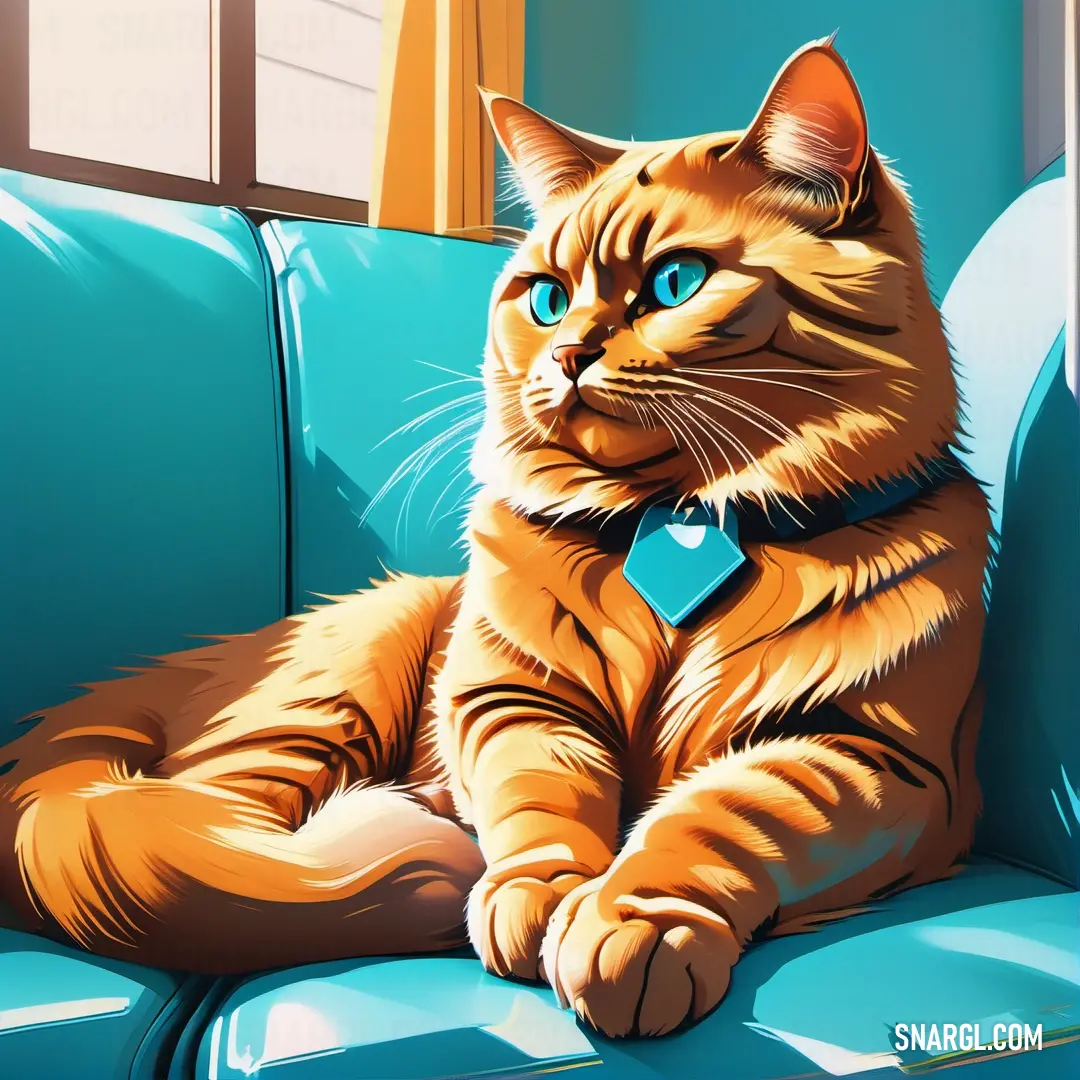
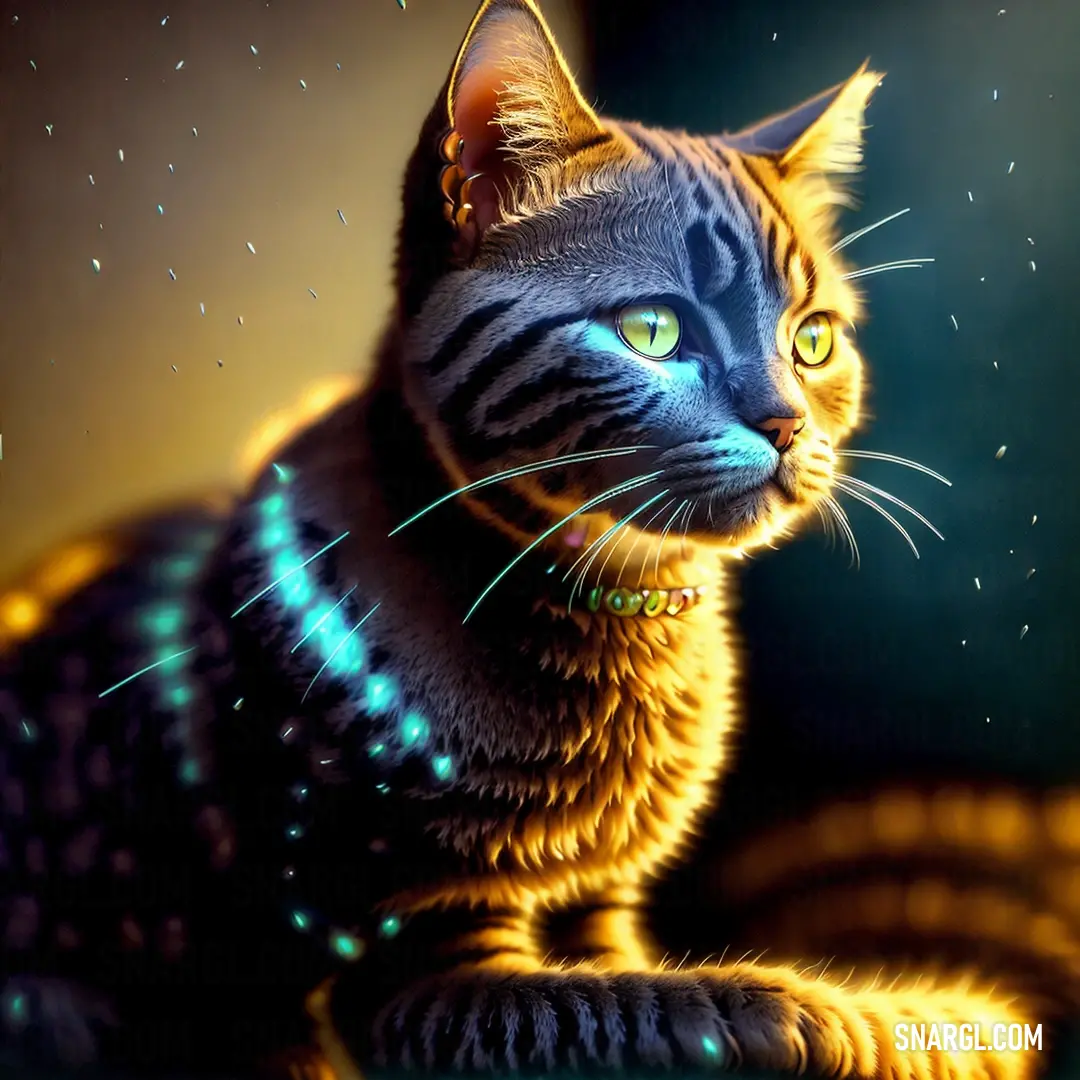
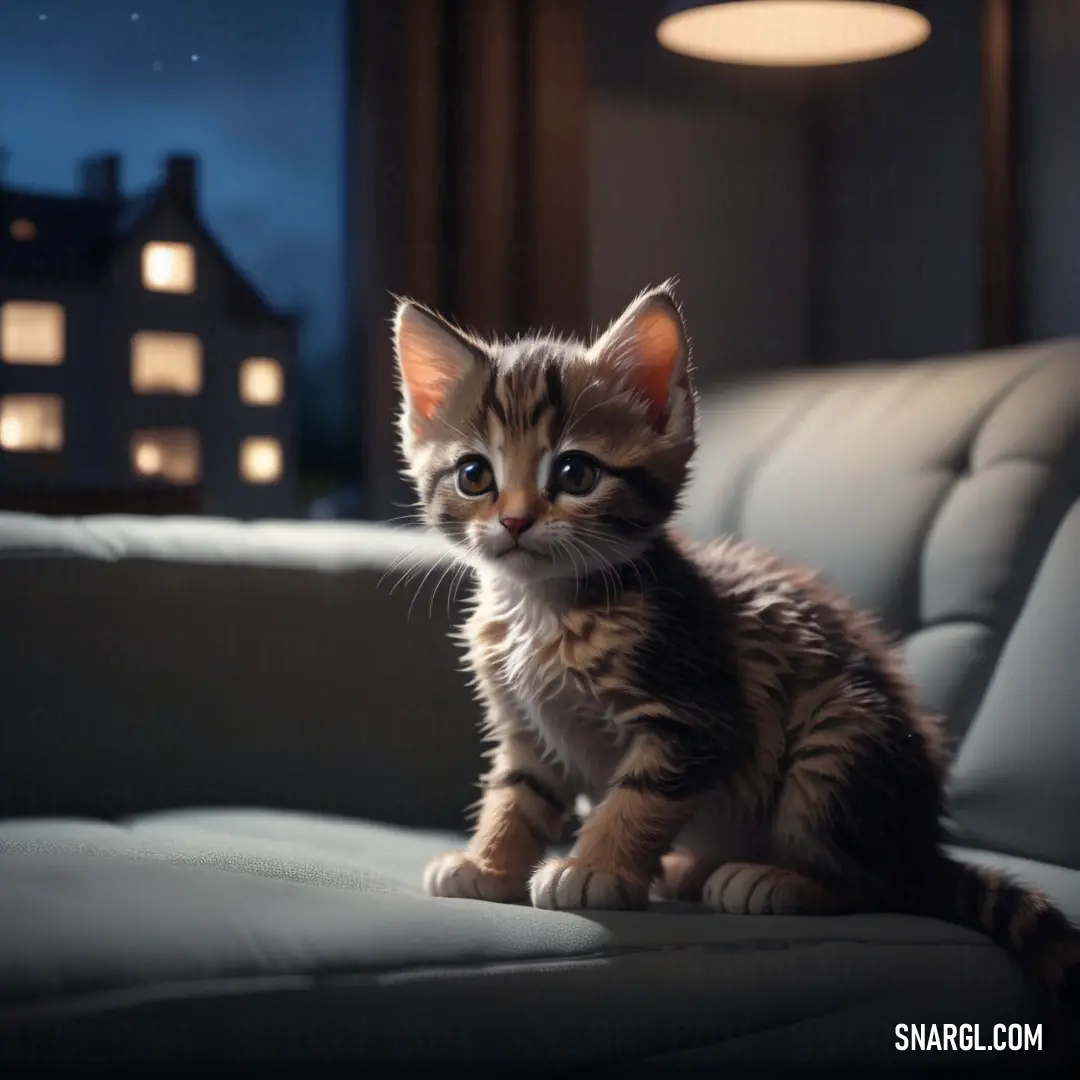
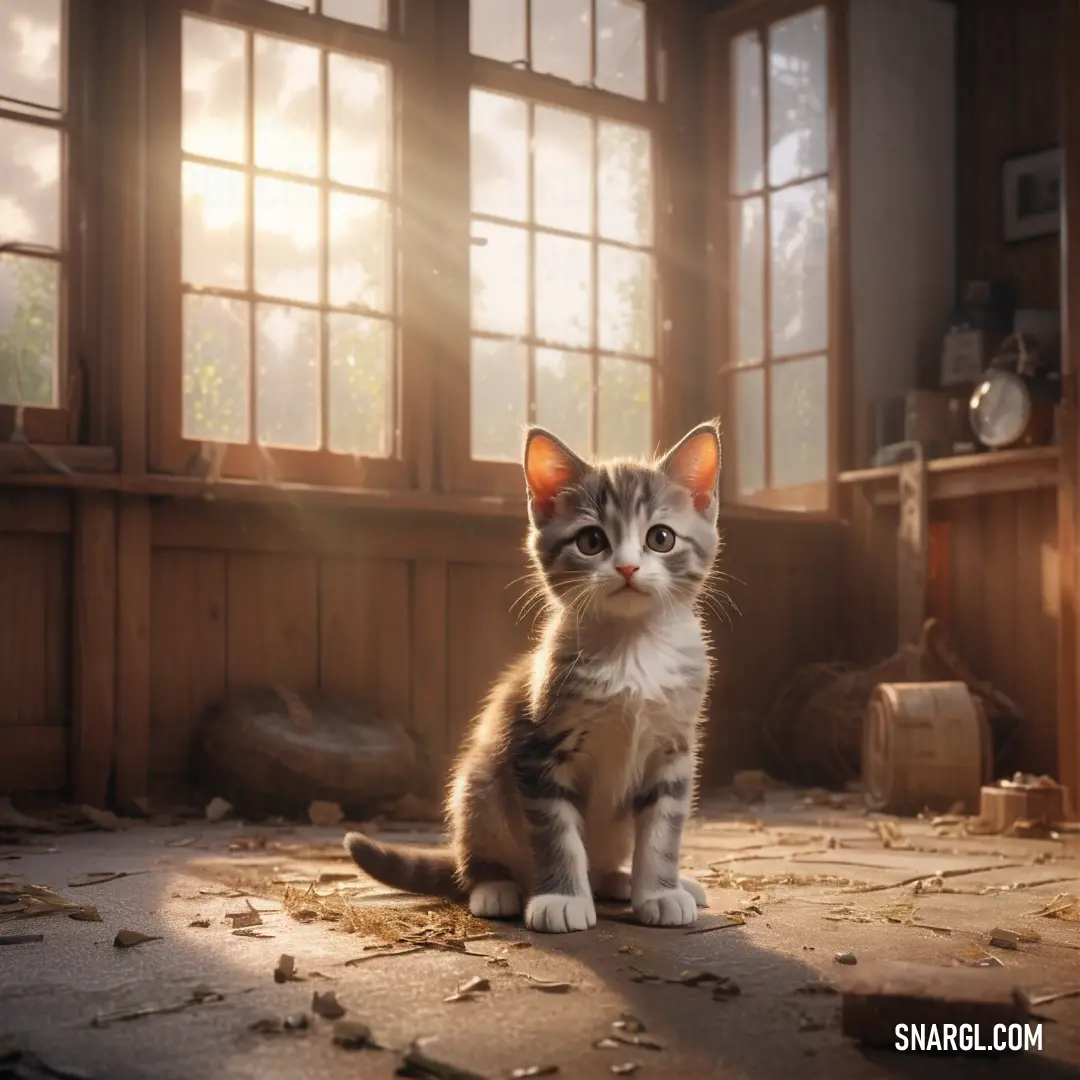
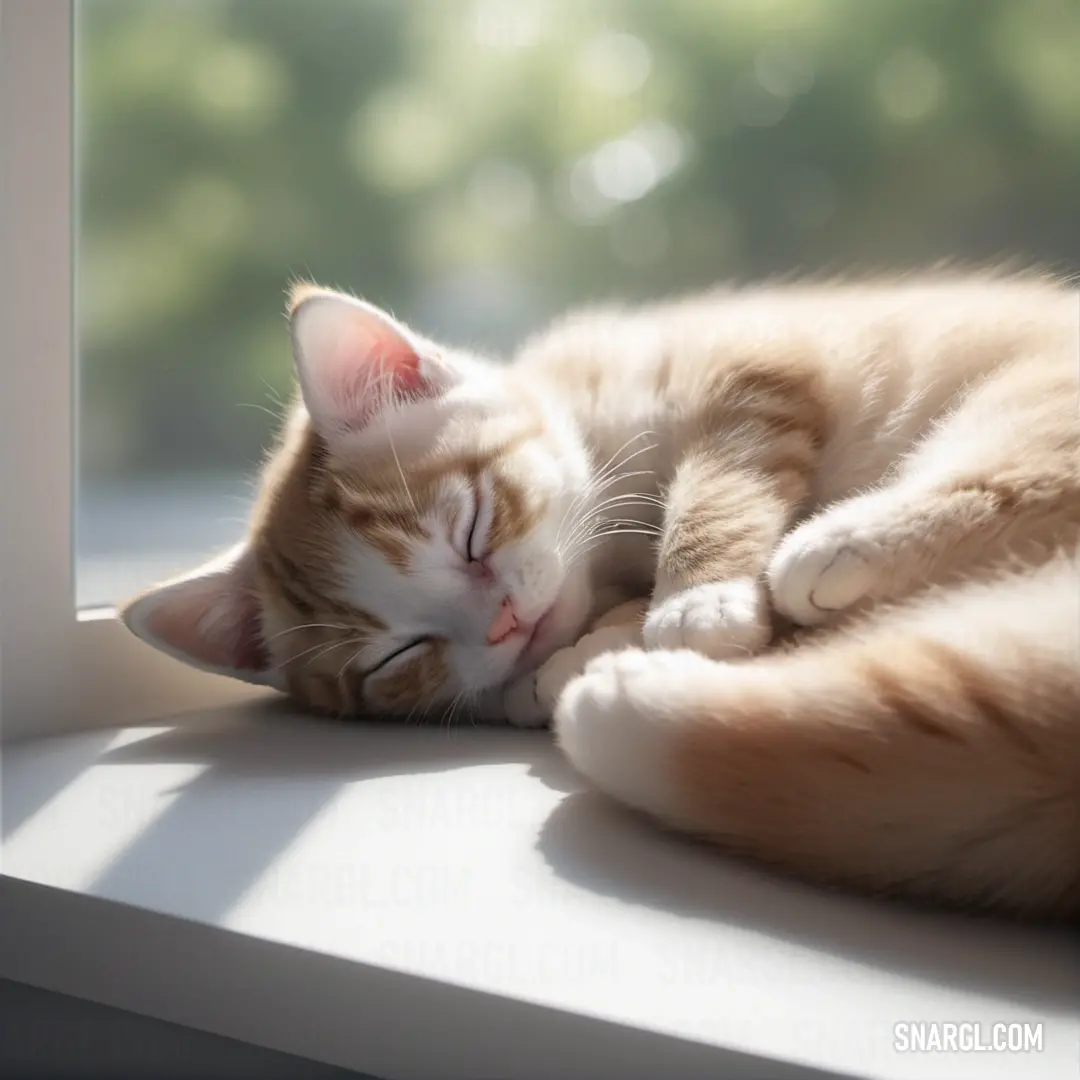
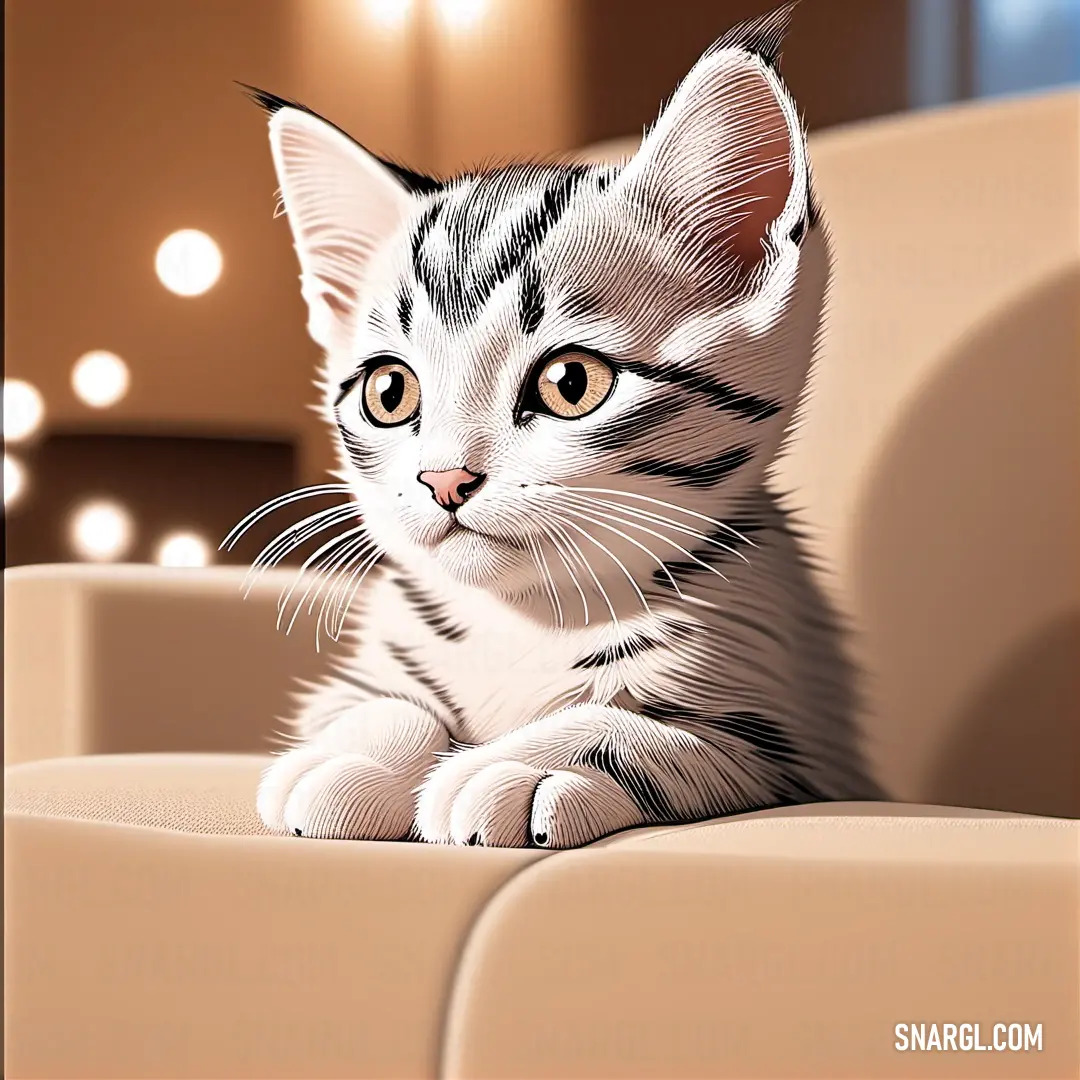
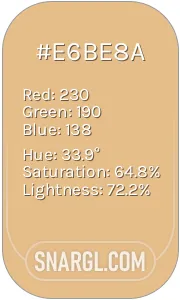 Pale gold
Pale gold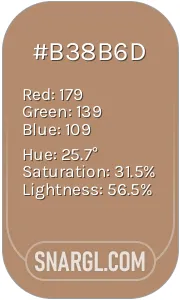 Light taupe
Light taupe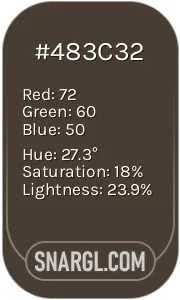 Dark lava
Dark lava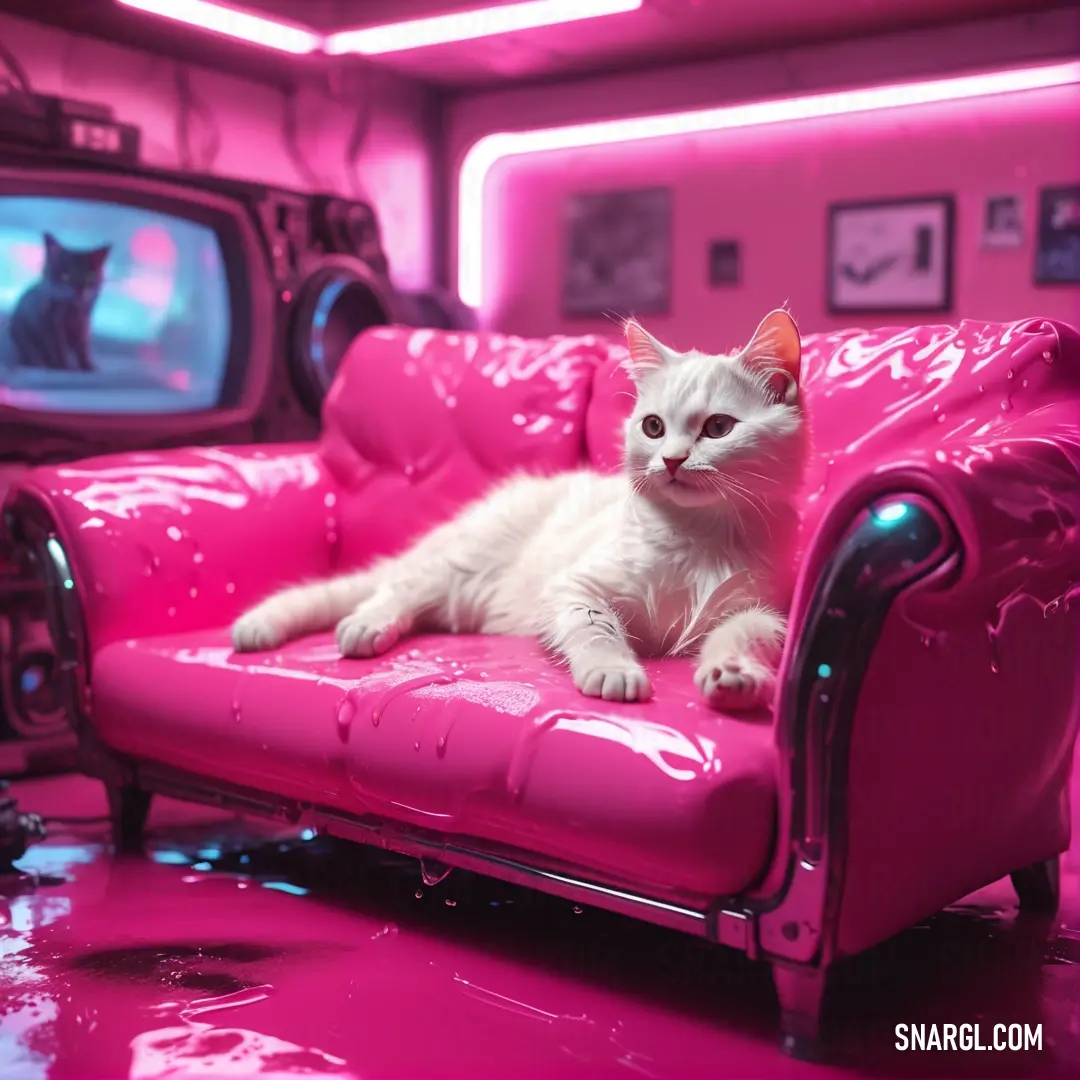
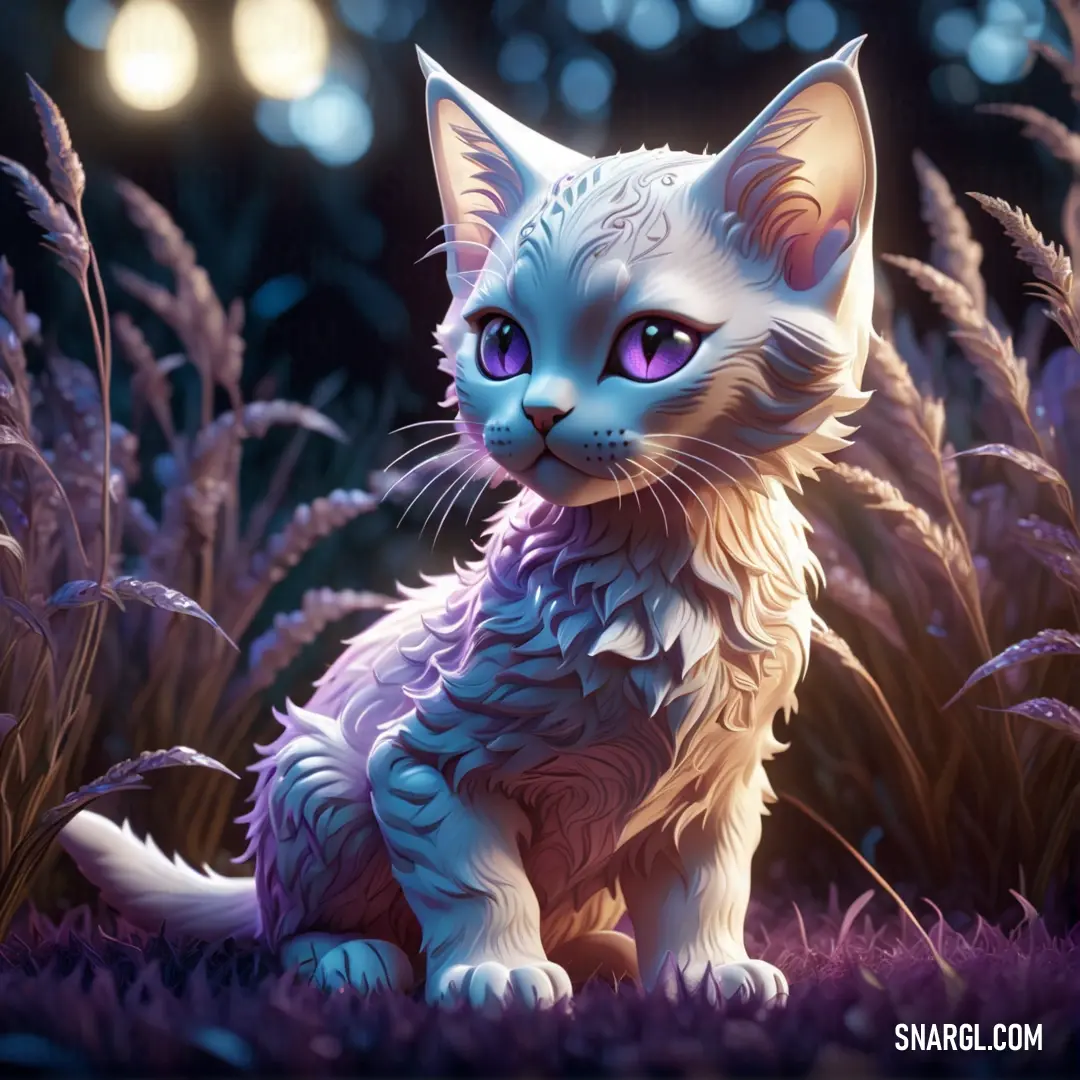
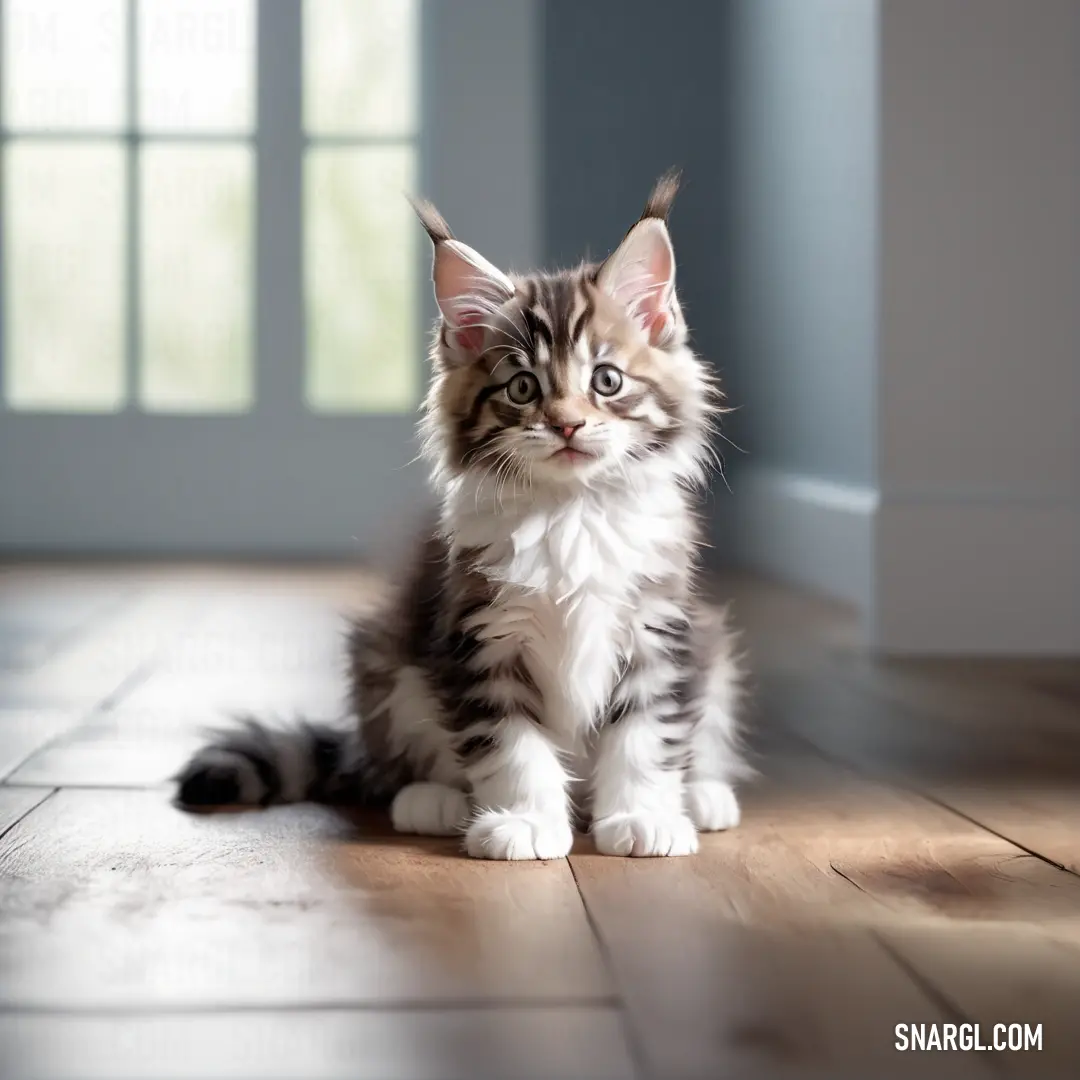
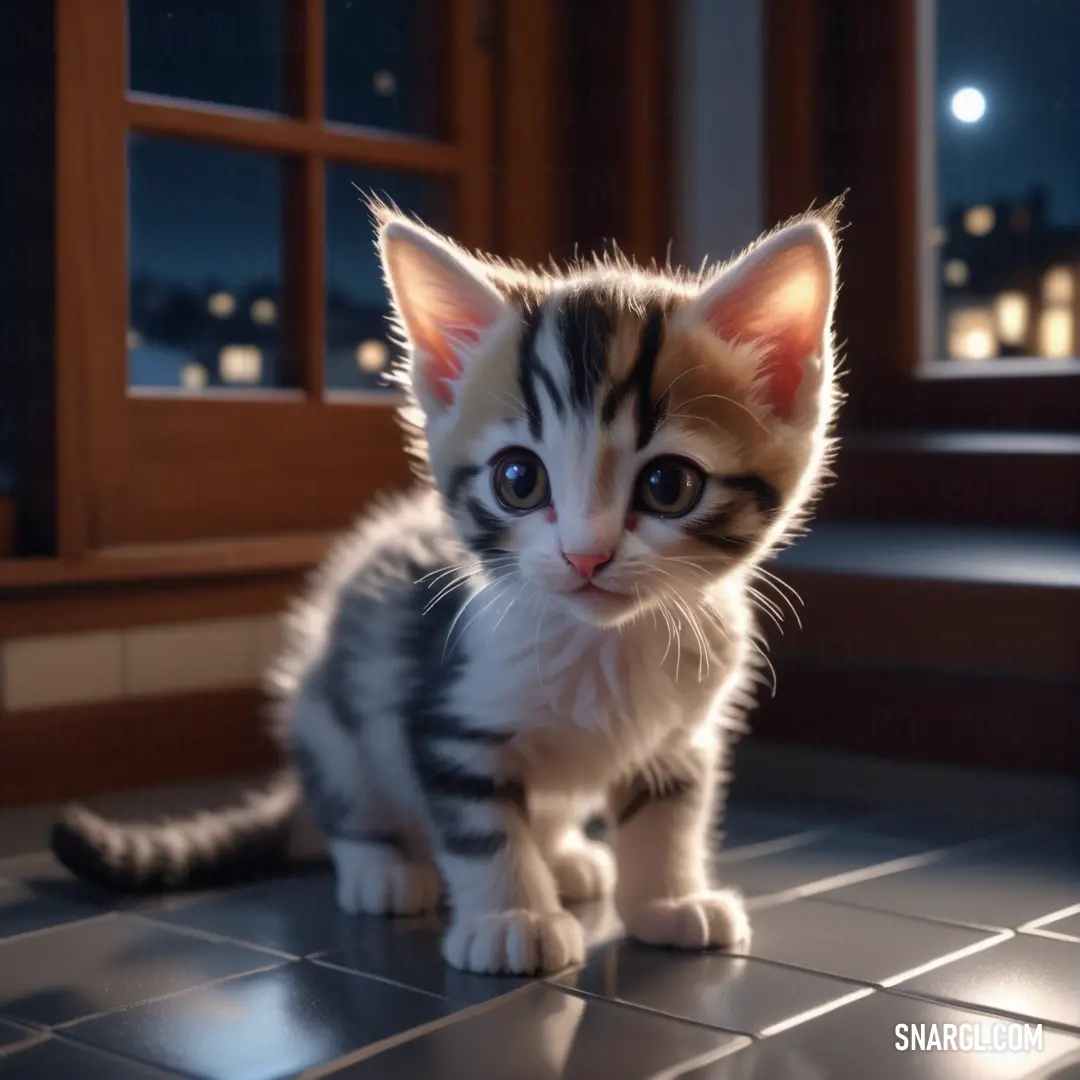
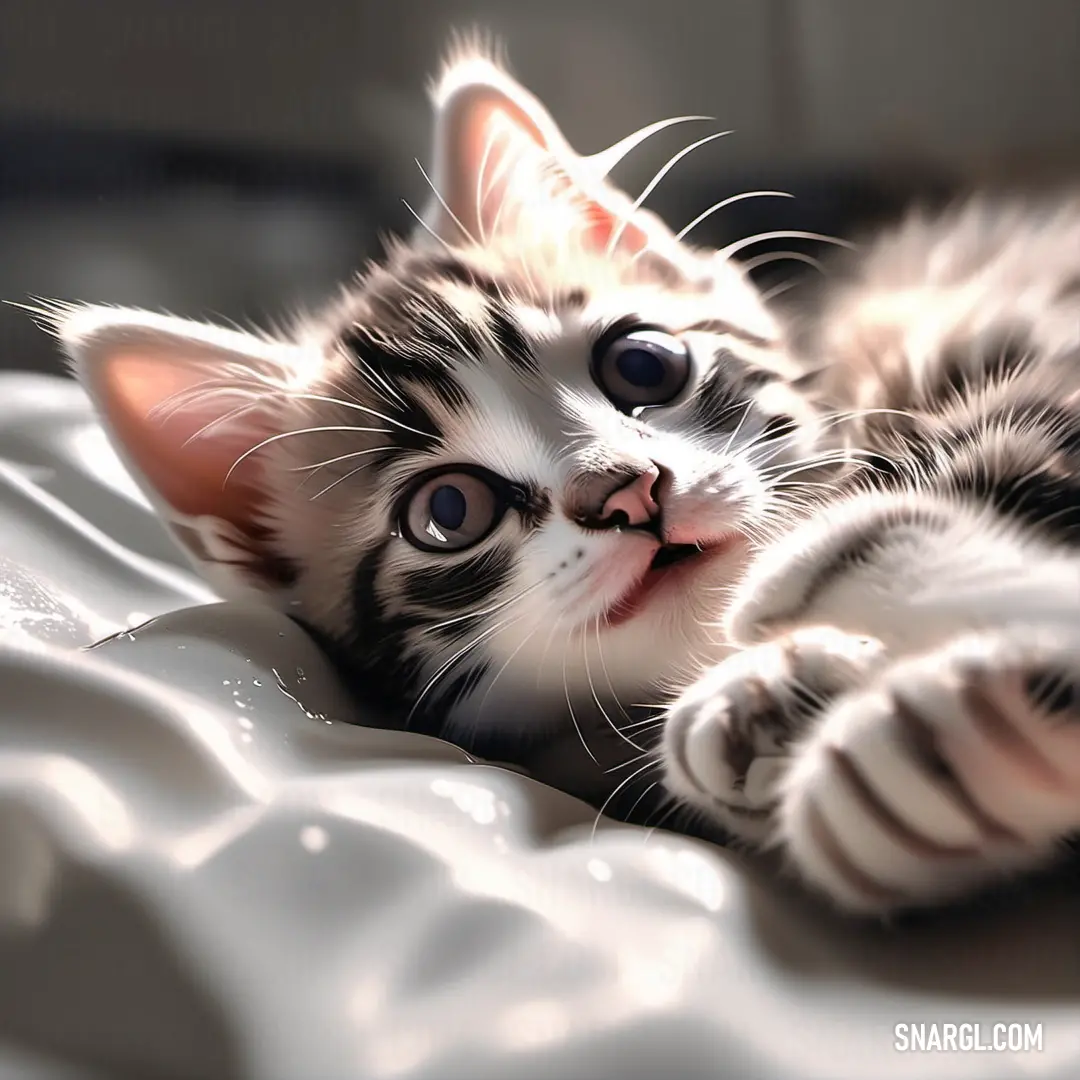
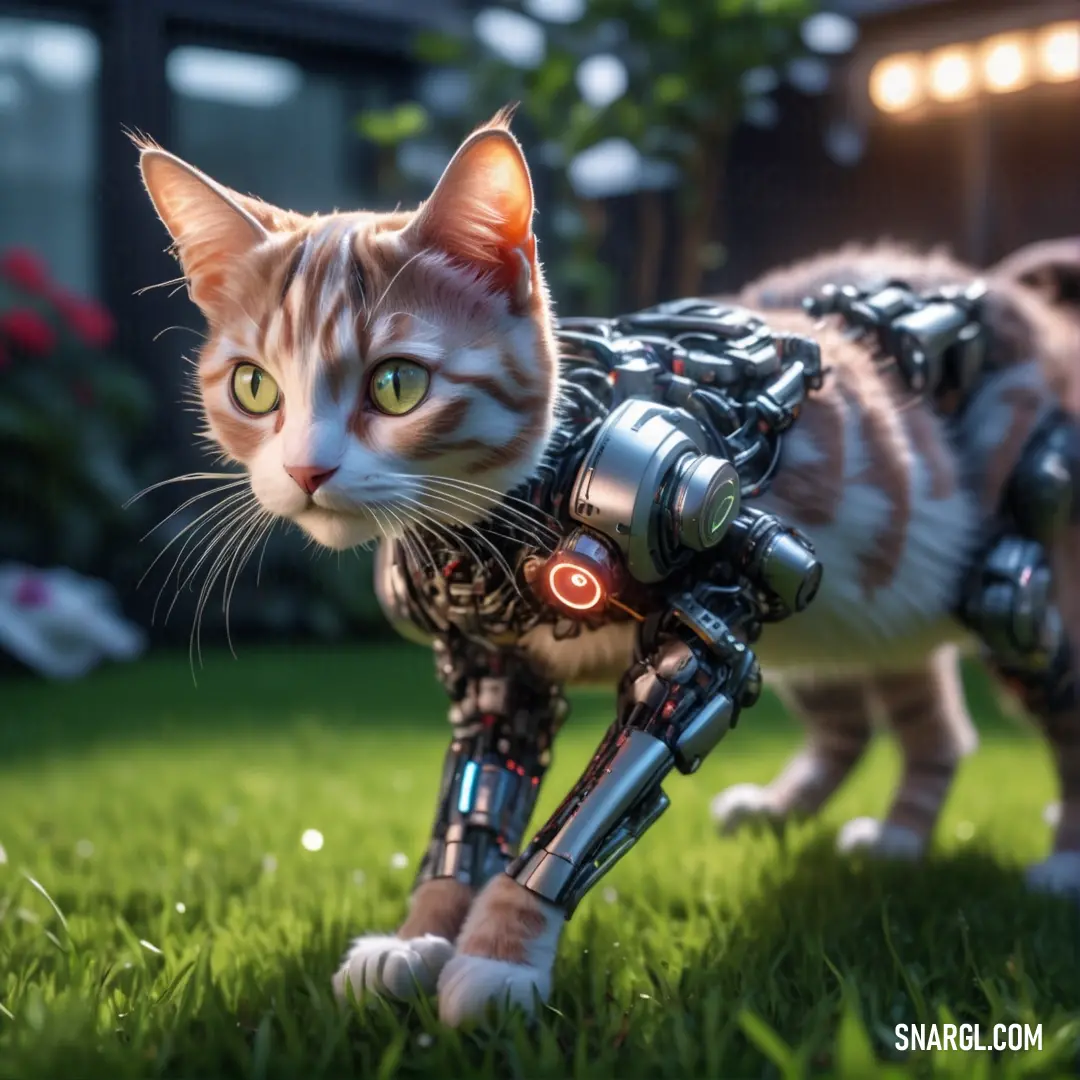
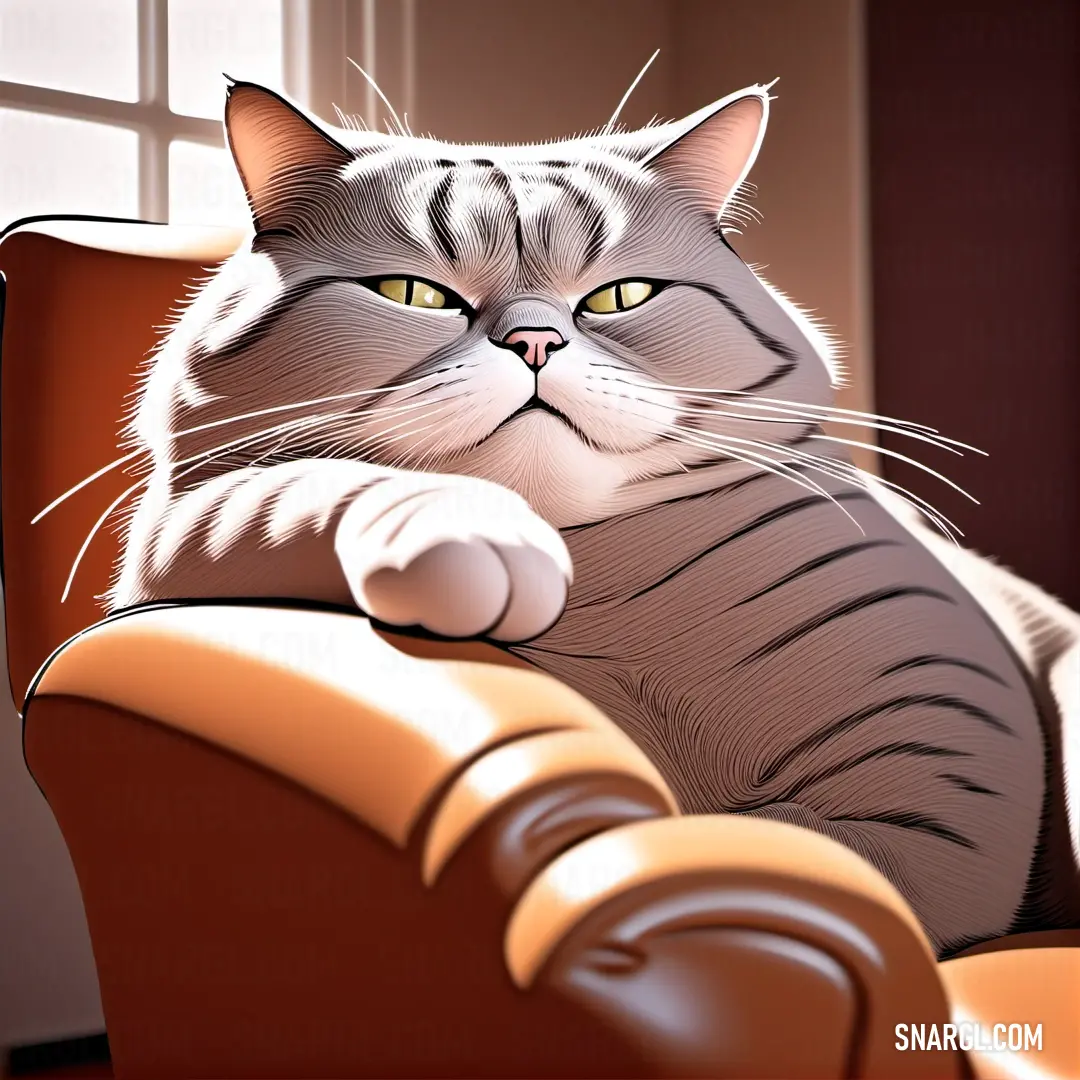
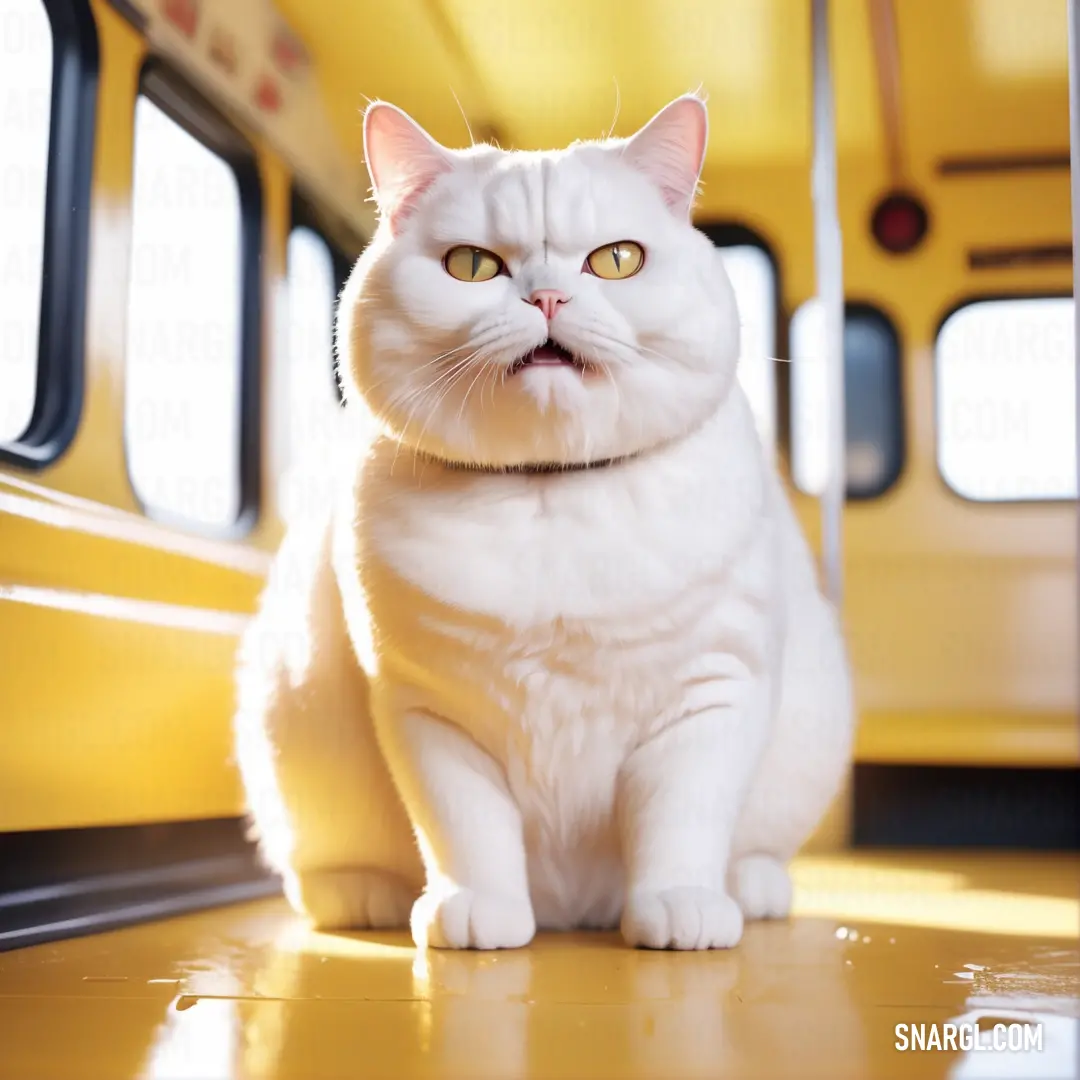
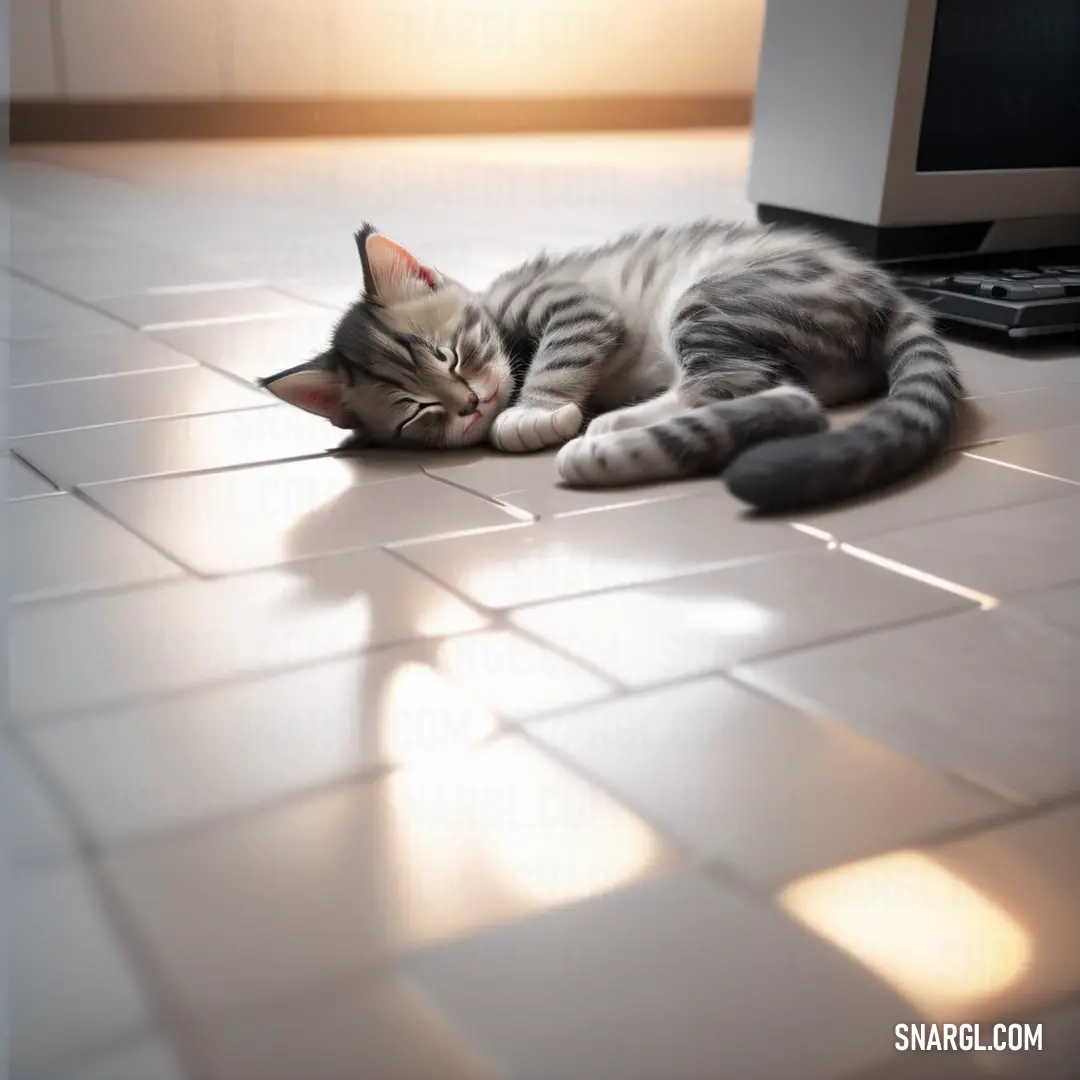
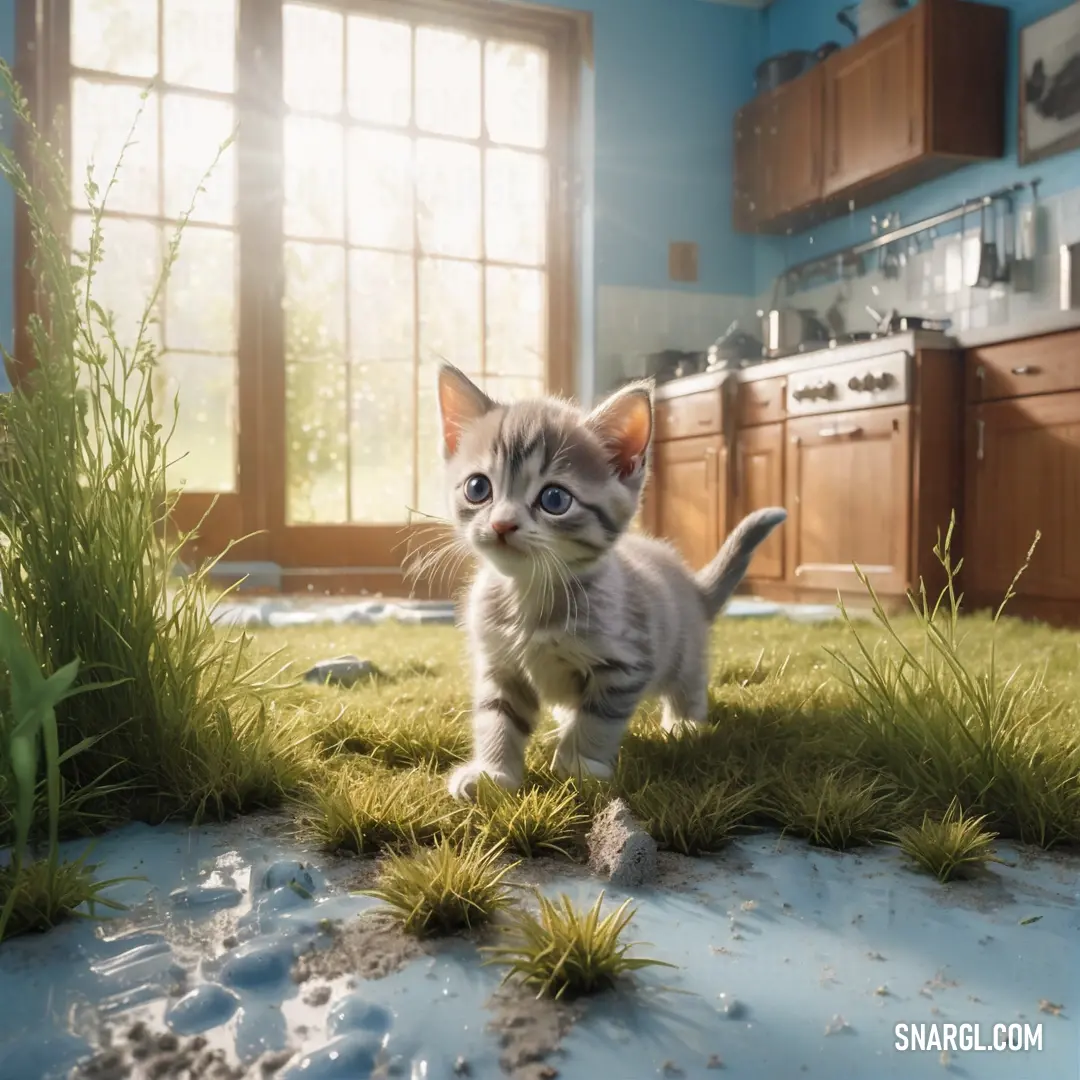
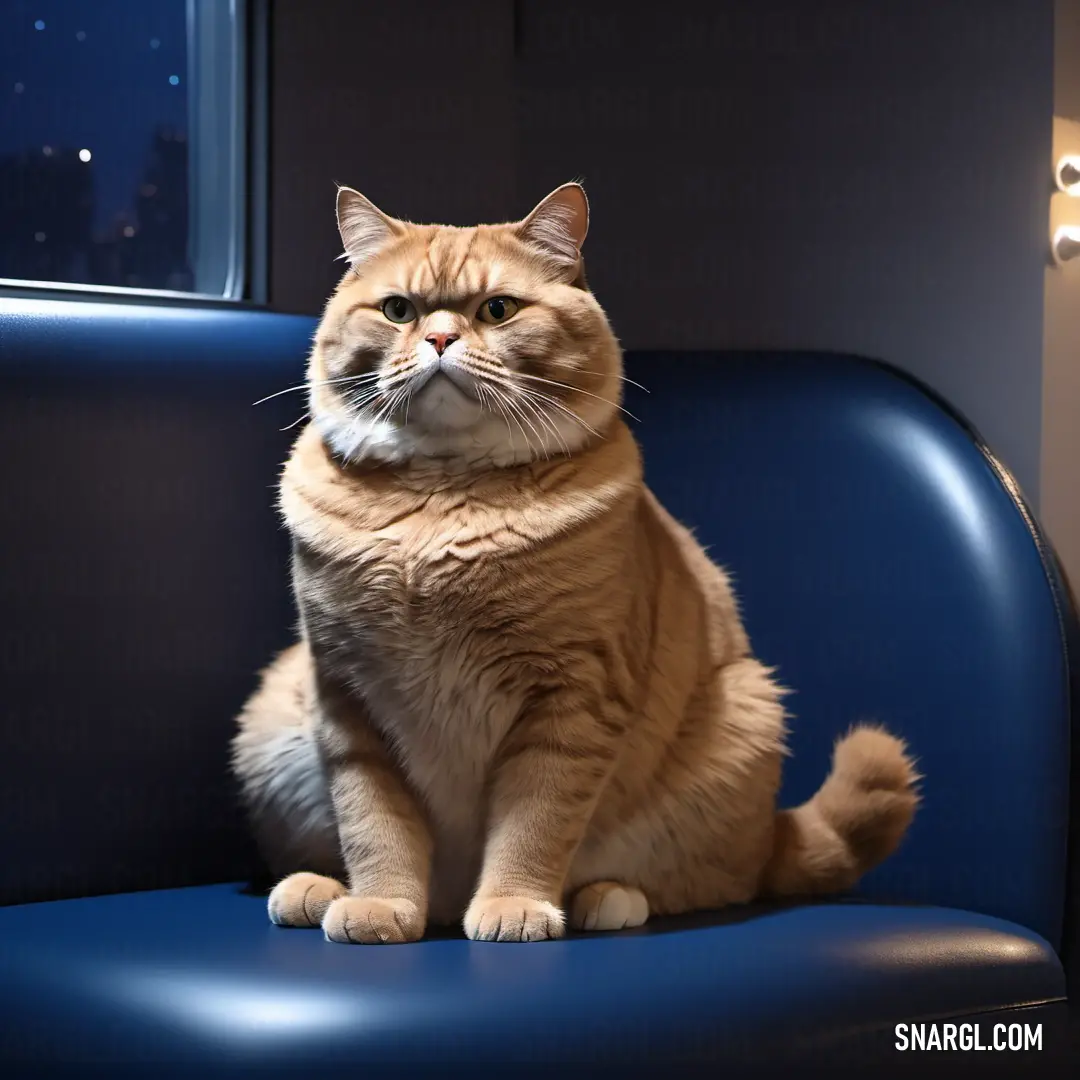
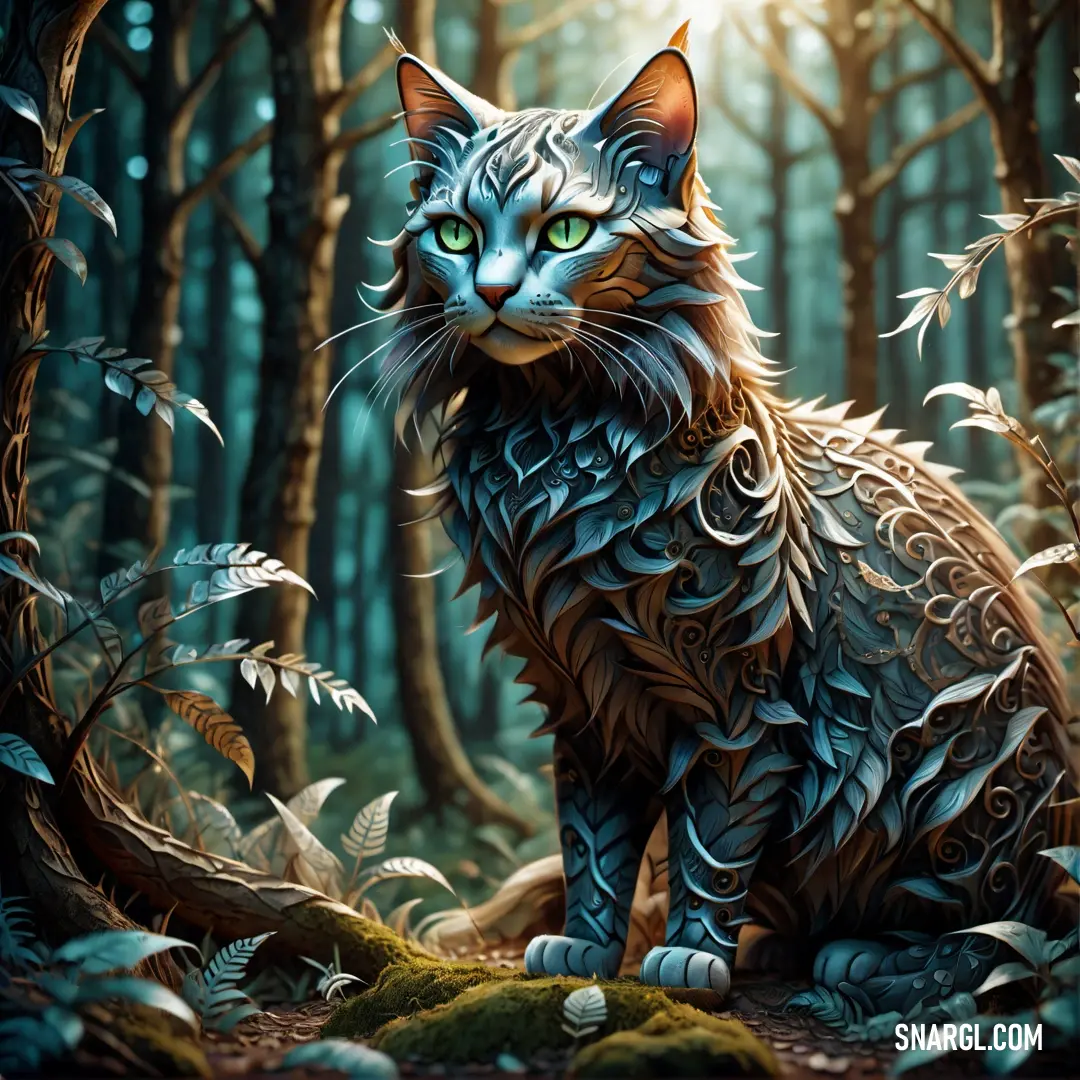
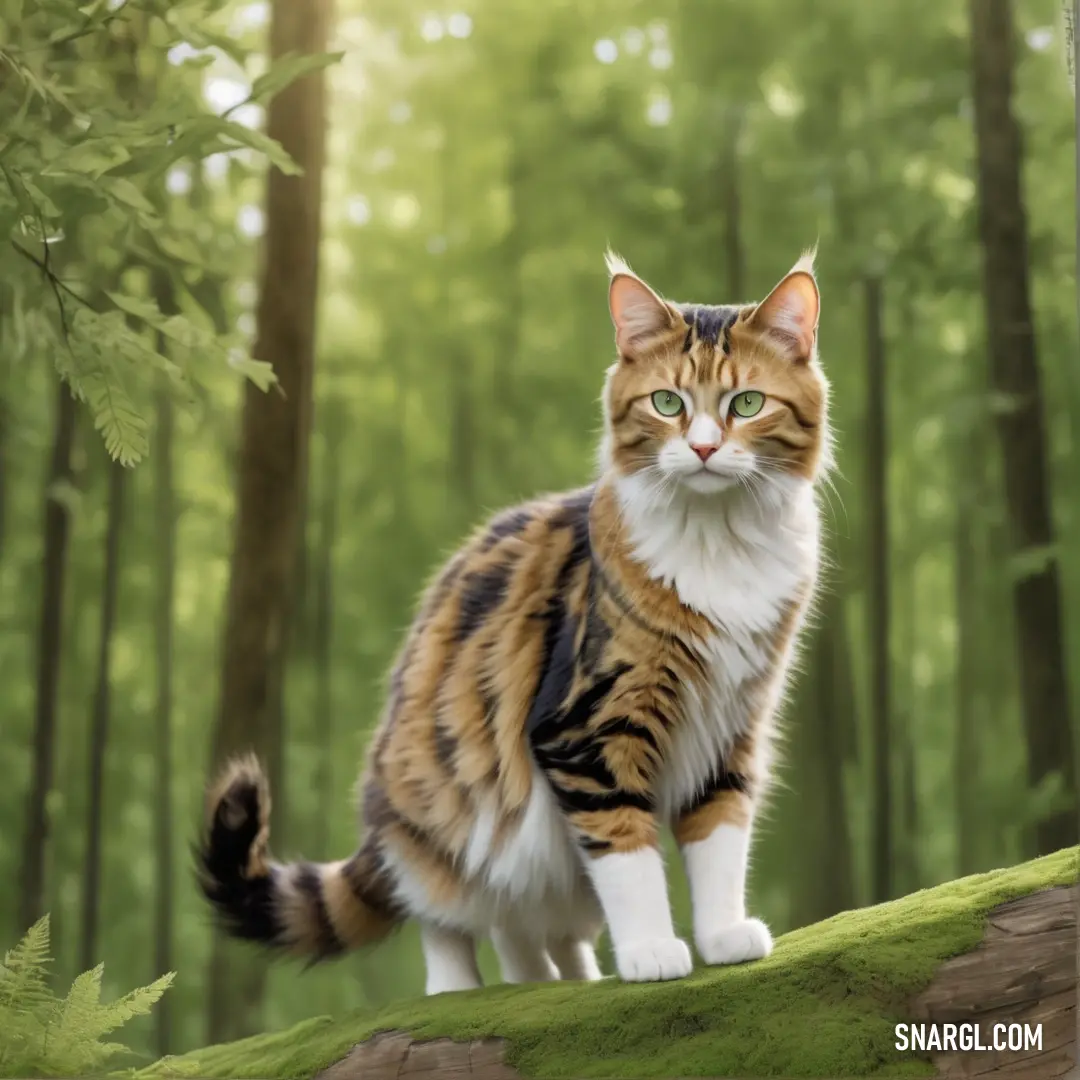
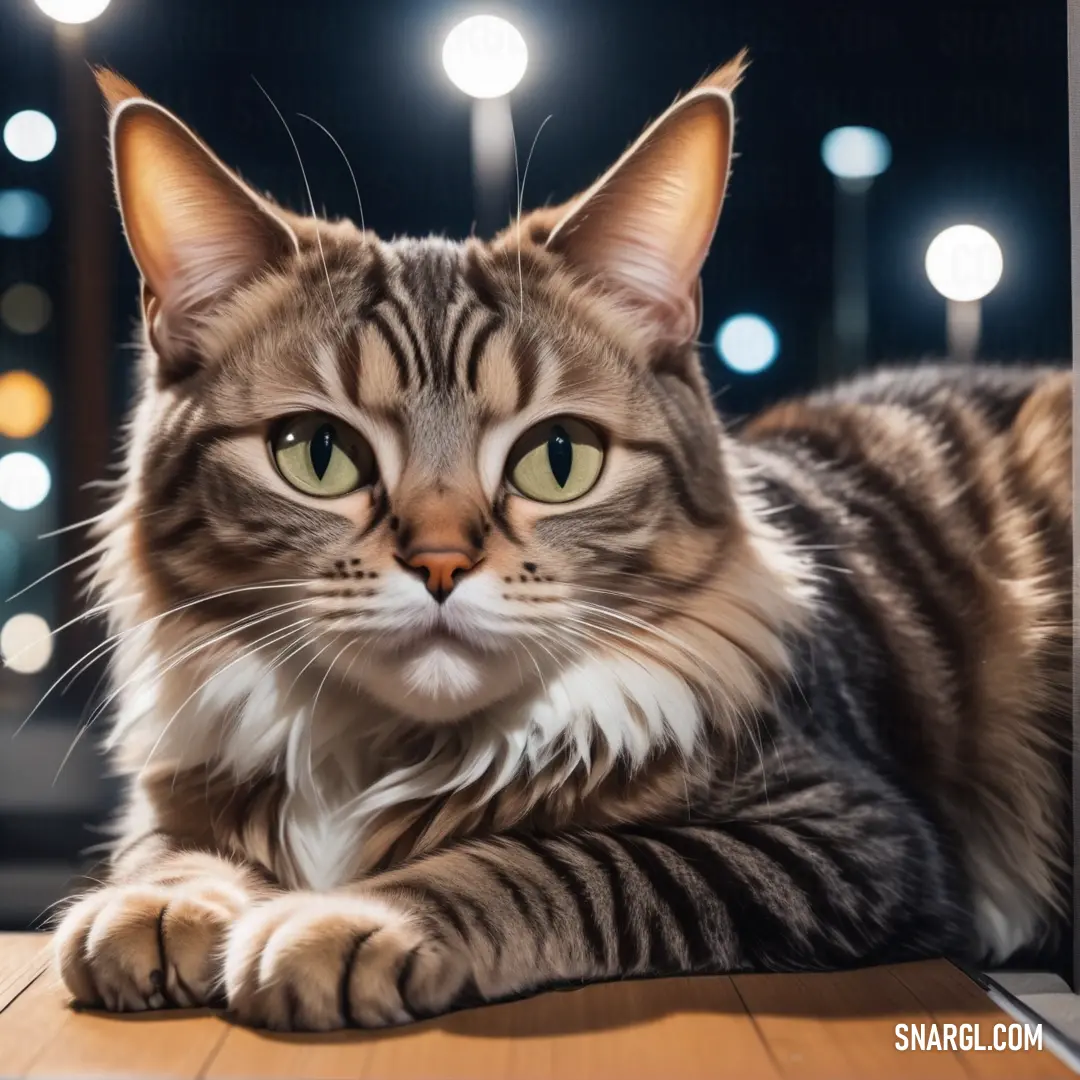

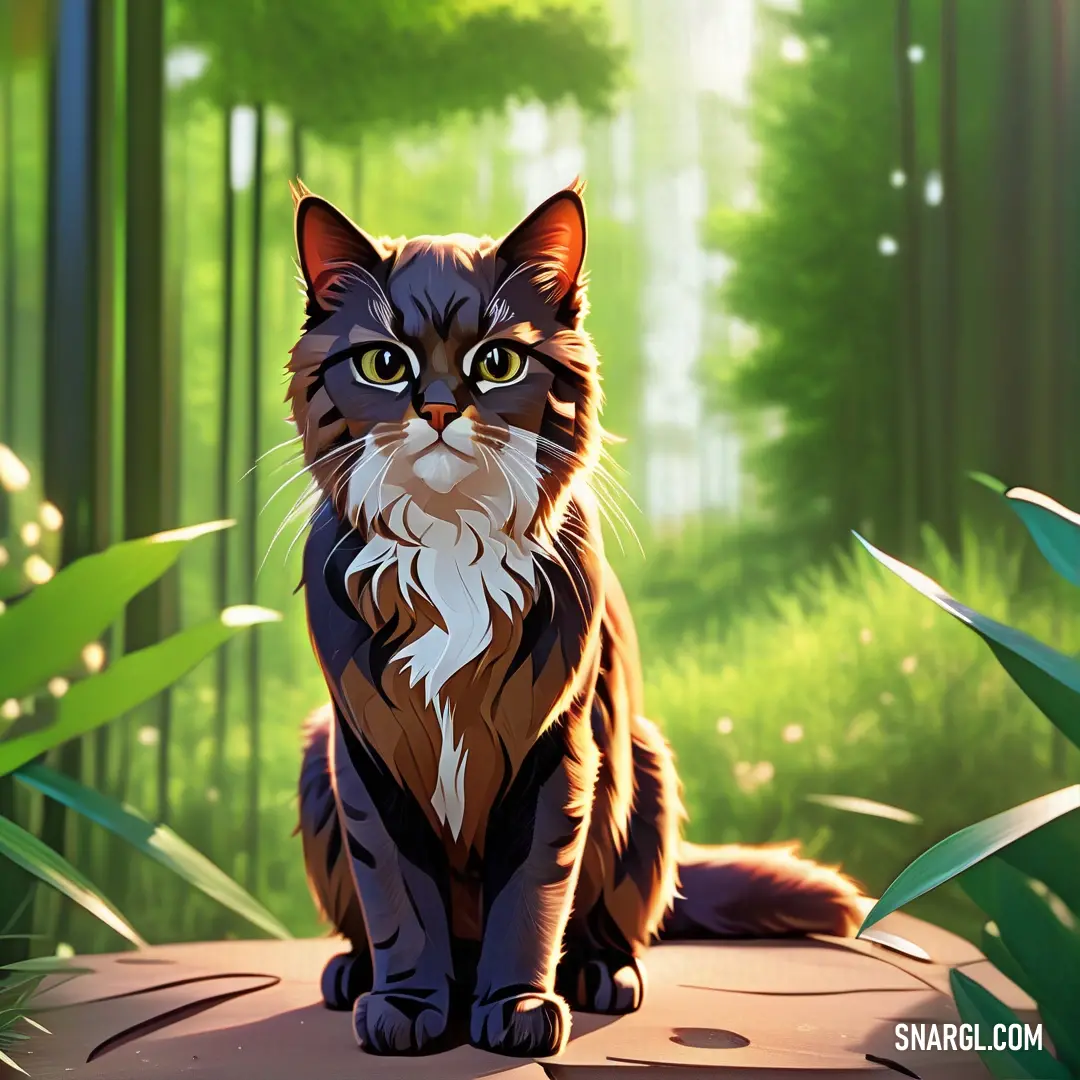
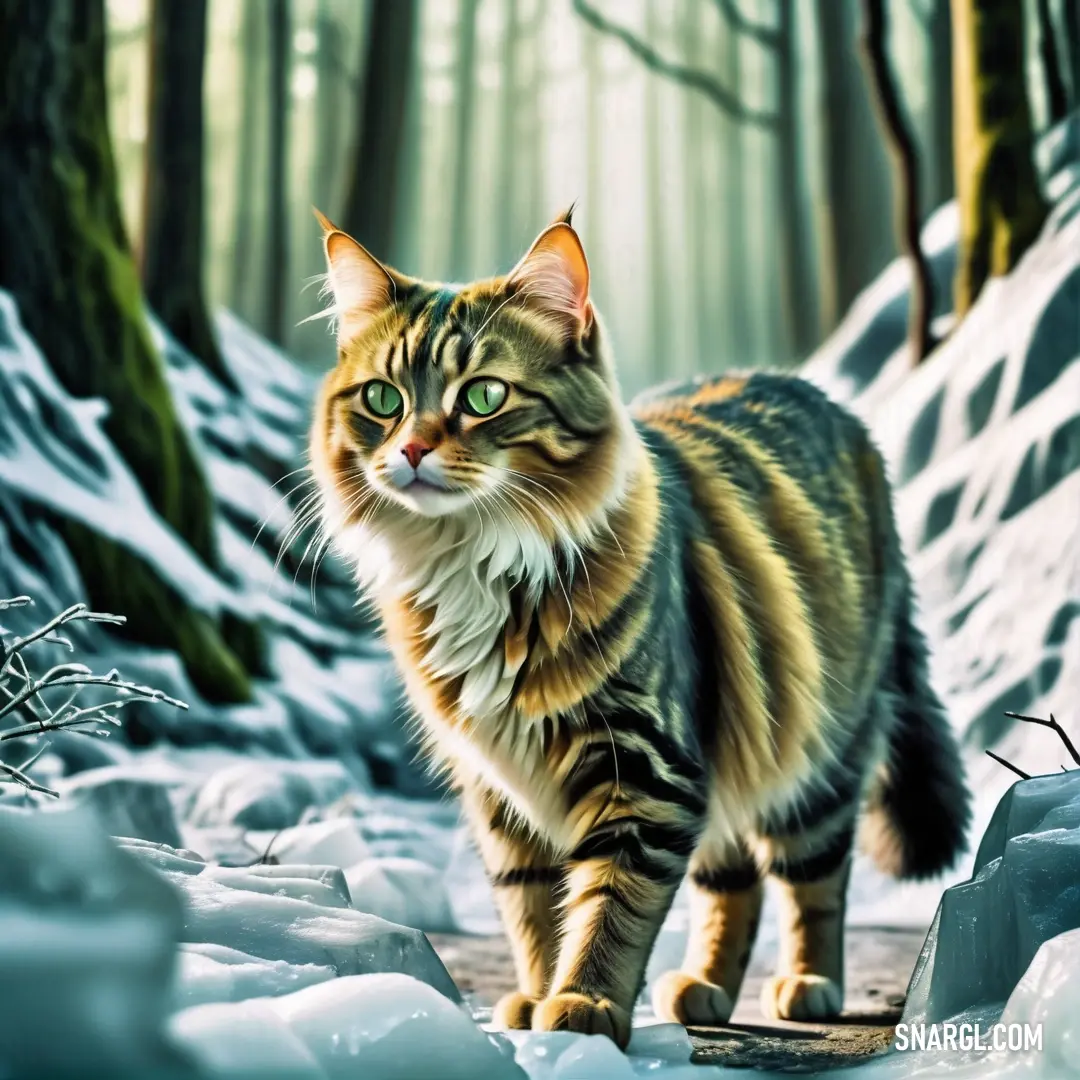
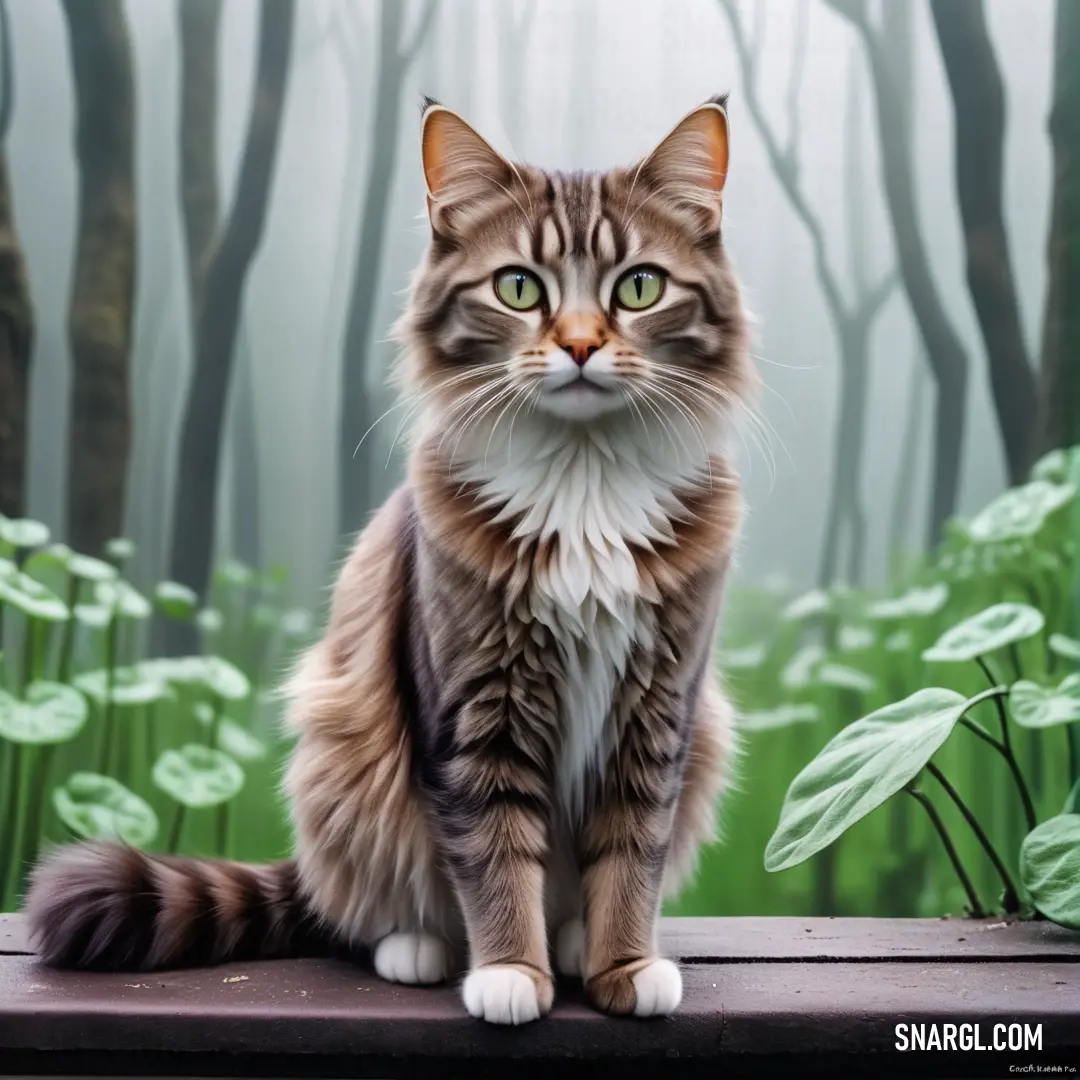
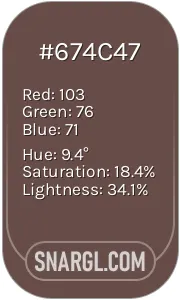 Medium taupe
Medium taupe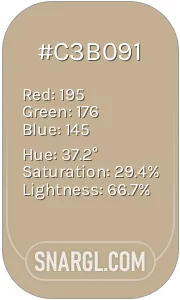 Khaki
Khaki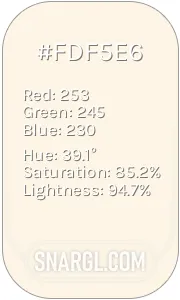 Old Lace
Old Lace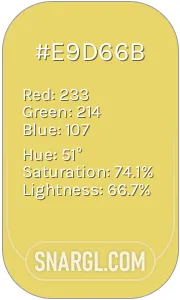 Arylide yellow
Arylide yellow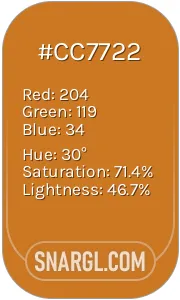 Ochre
Ochre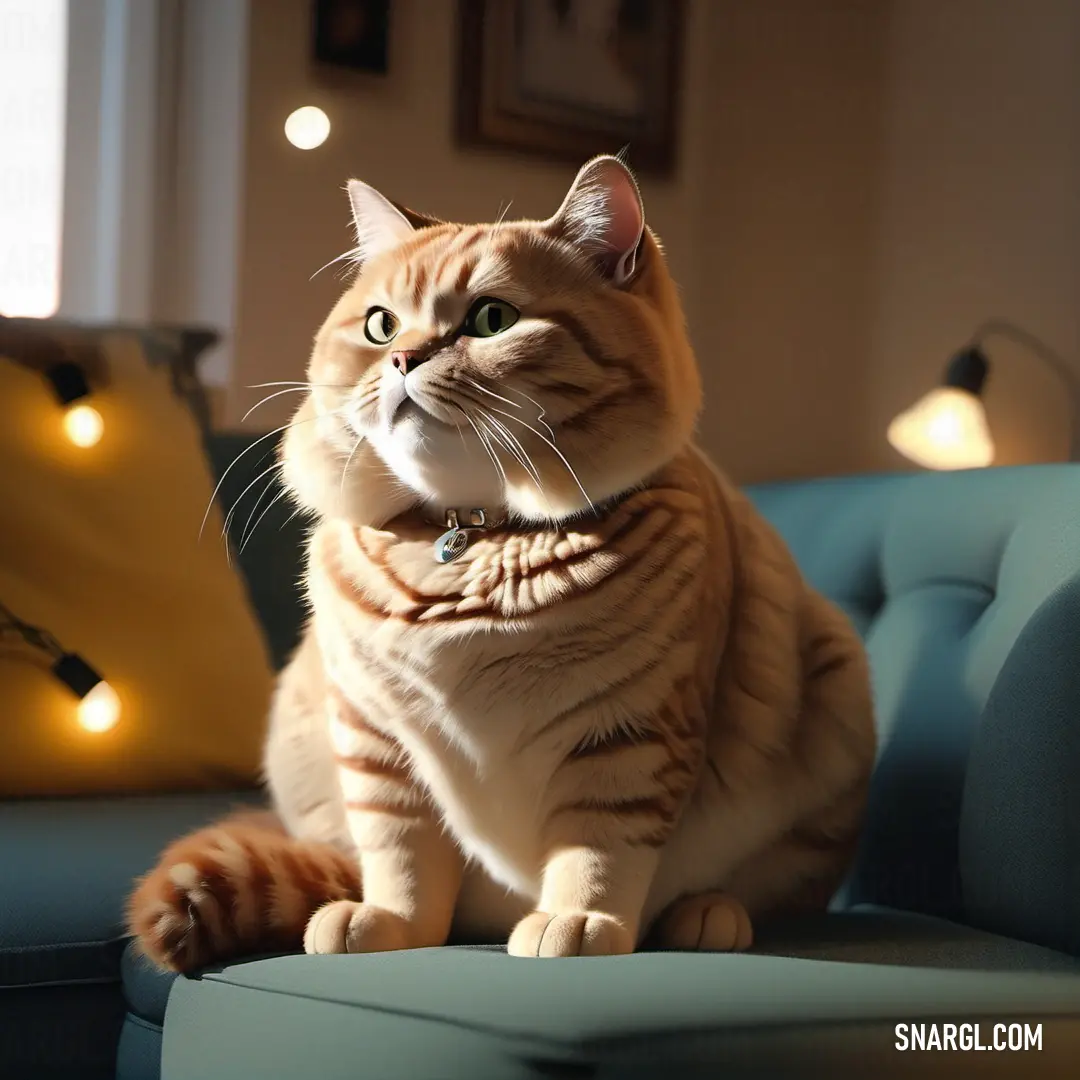
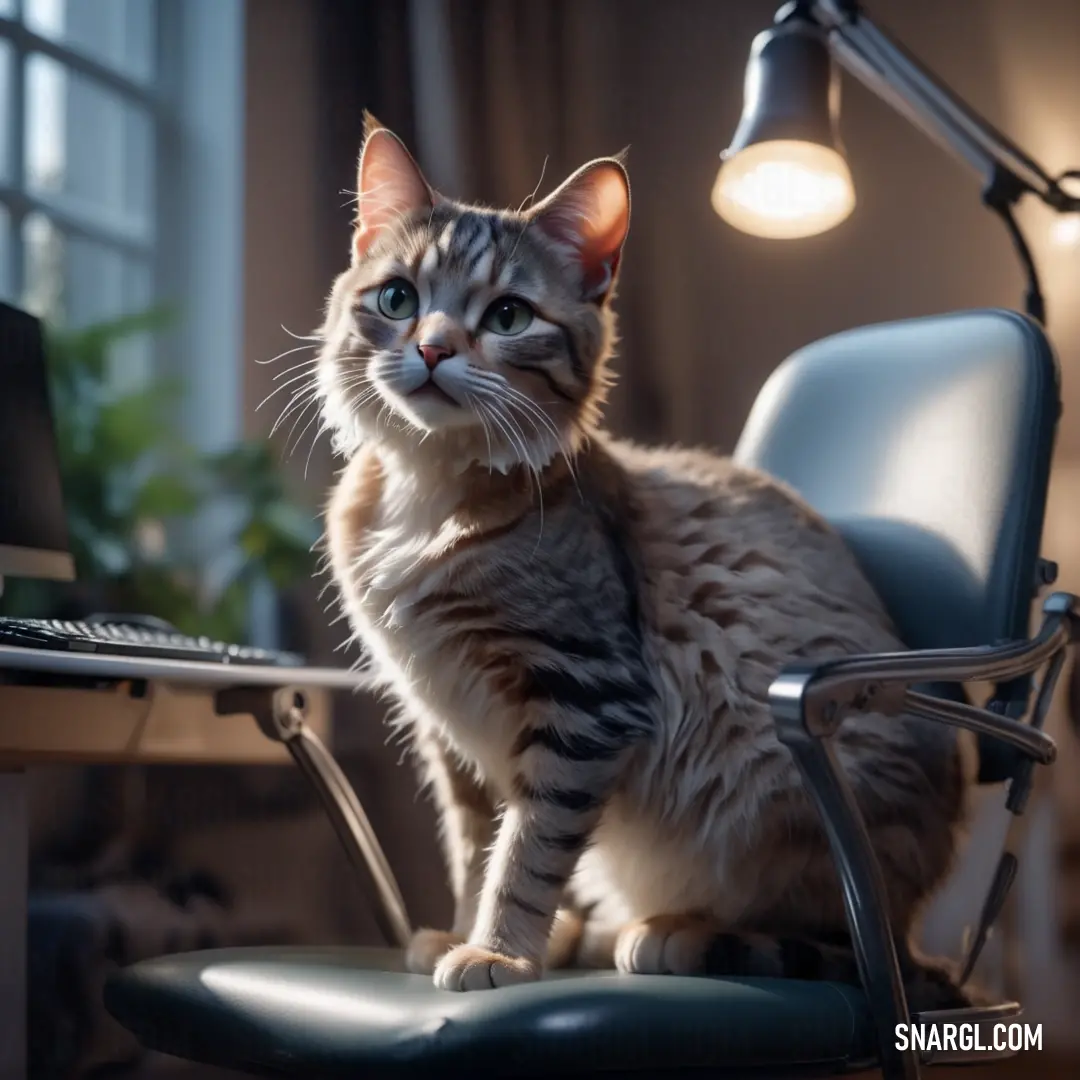
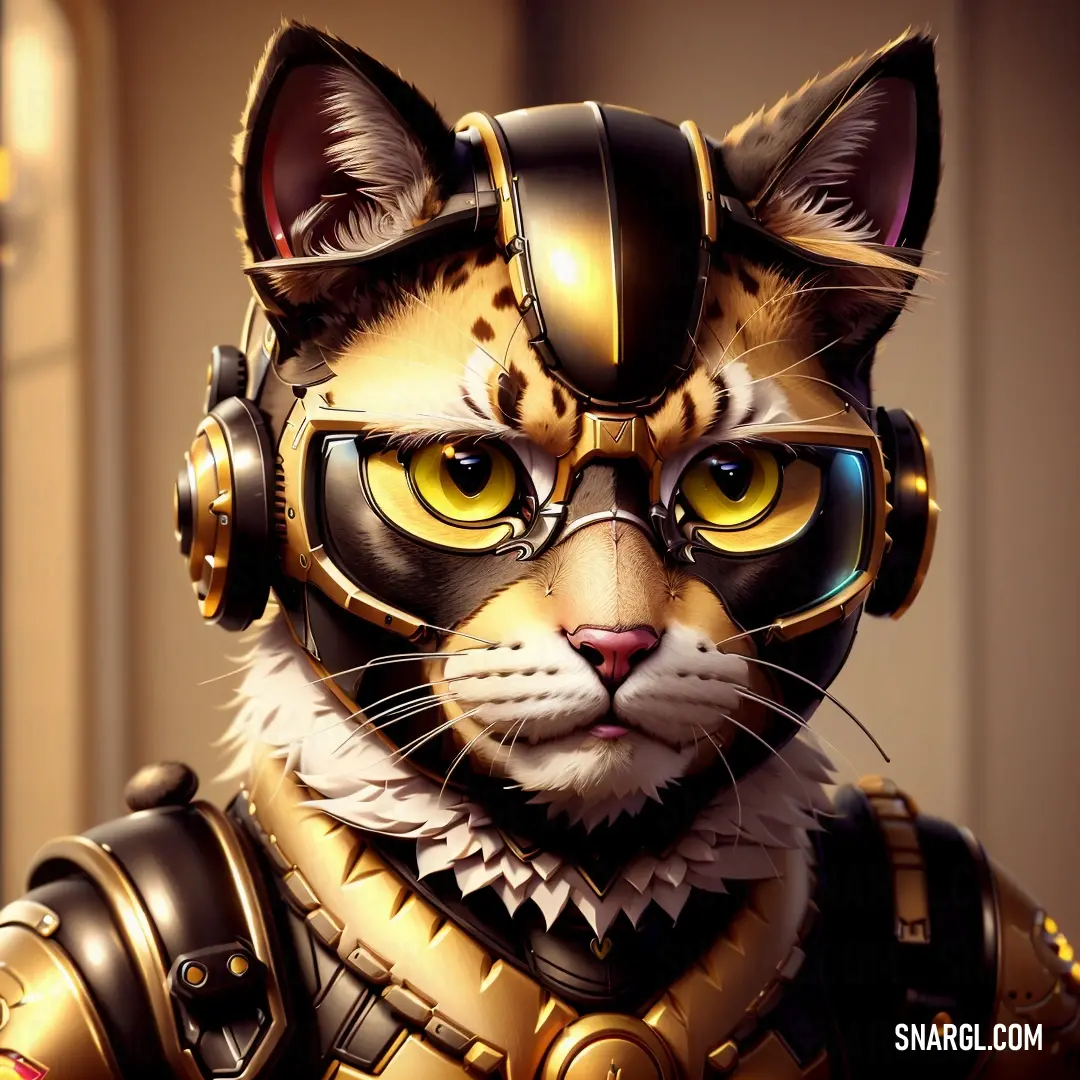
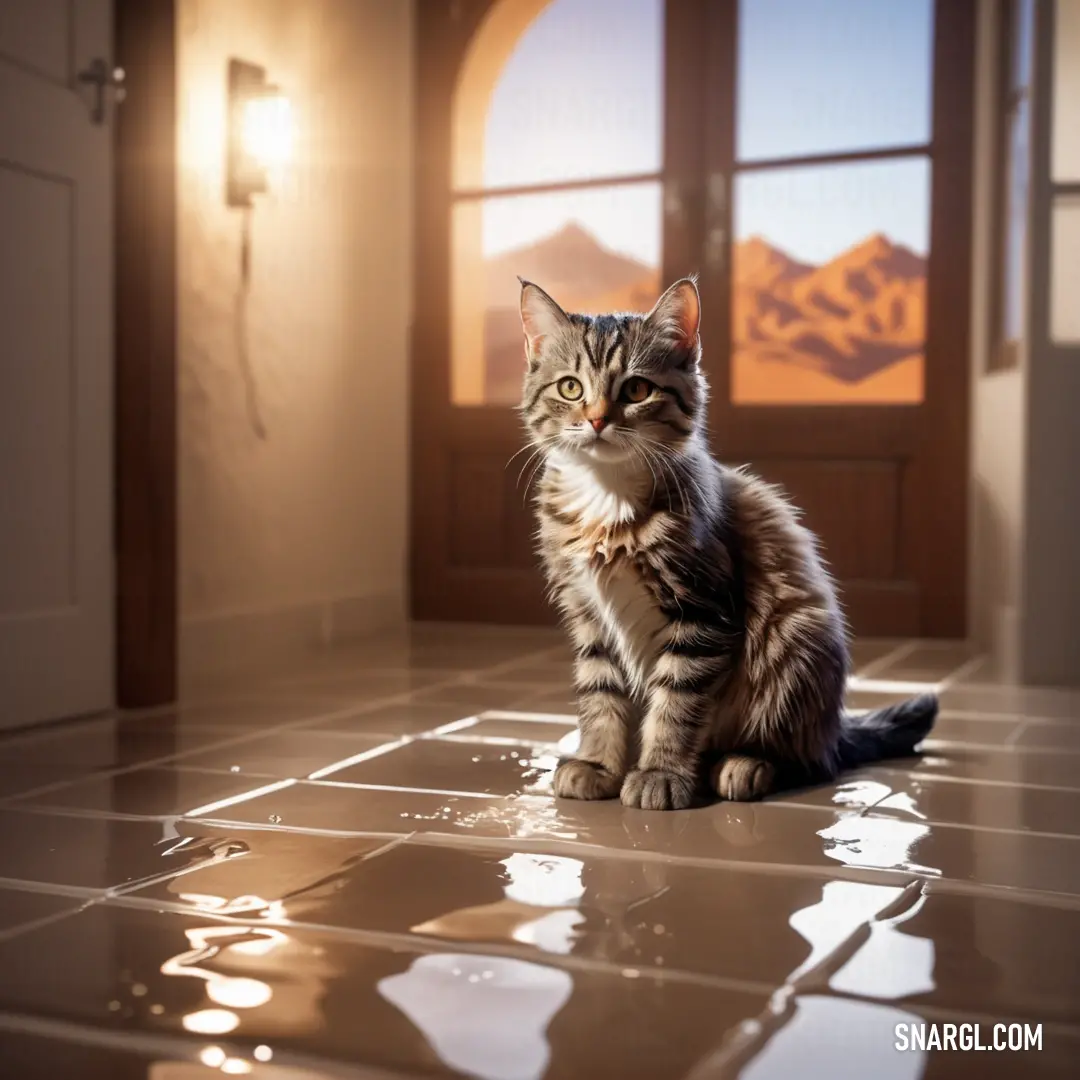
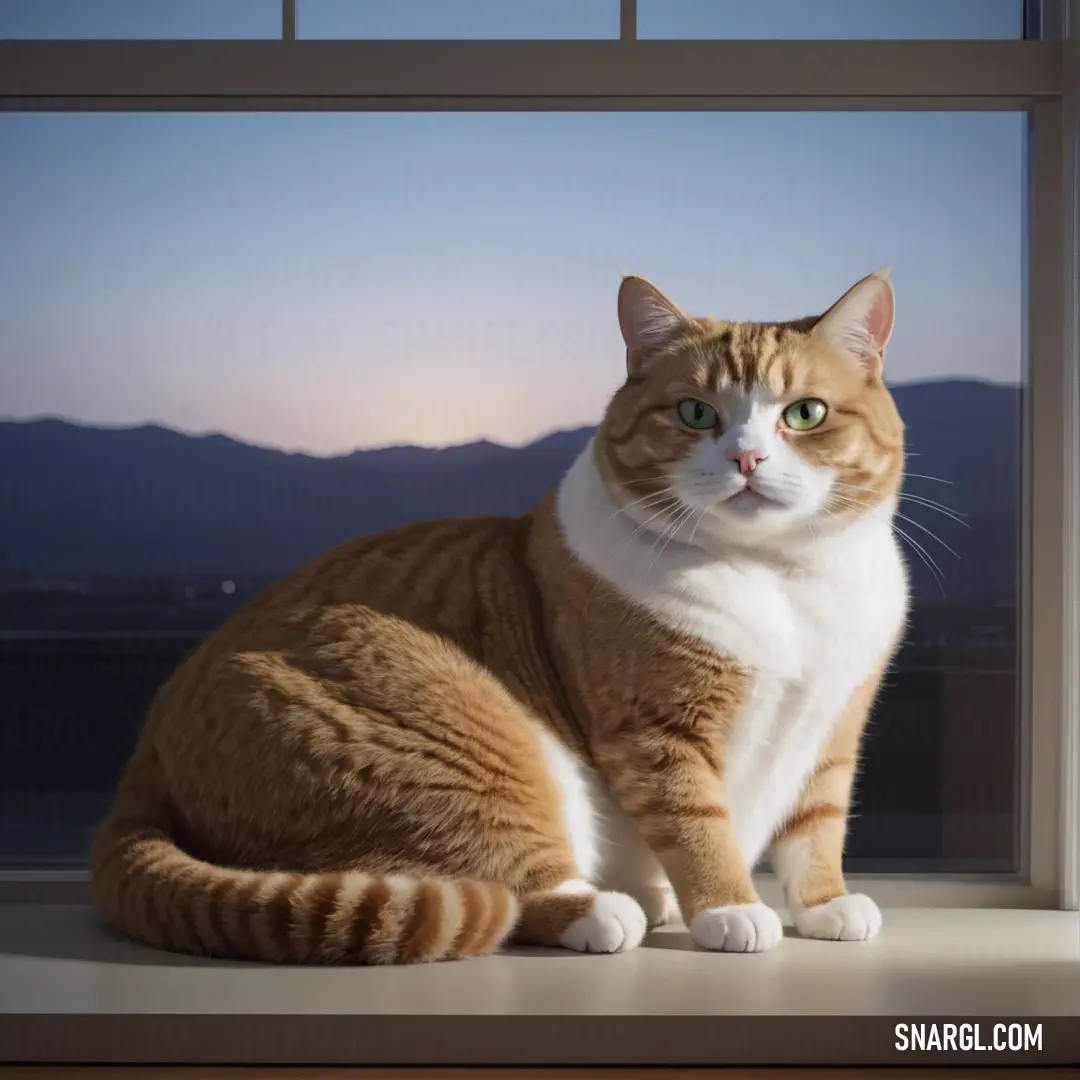
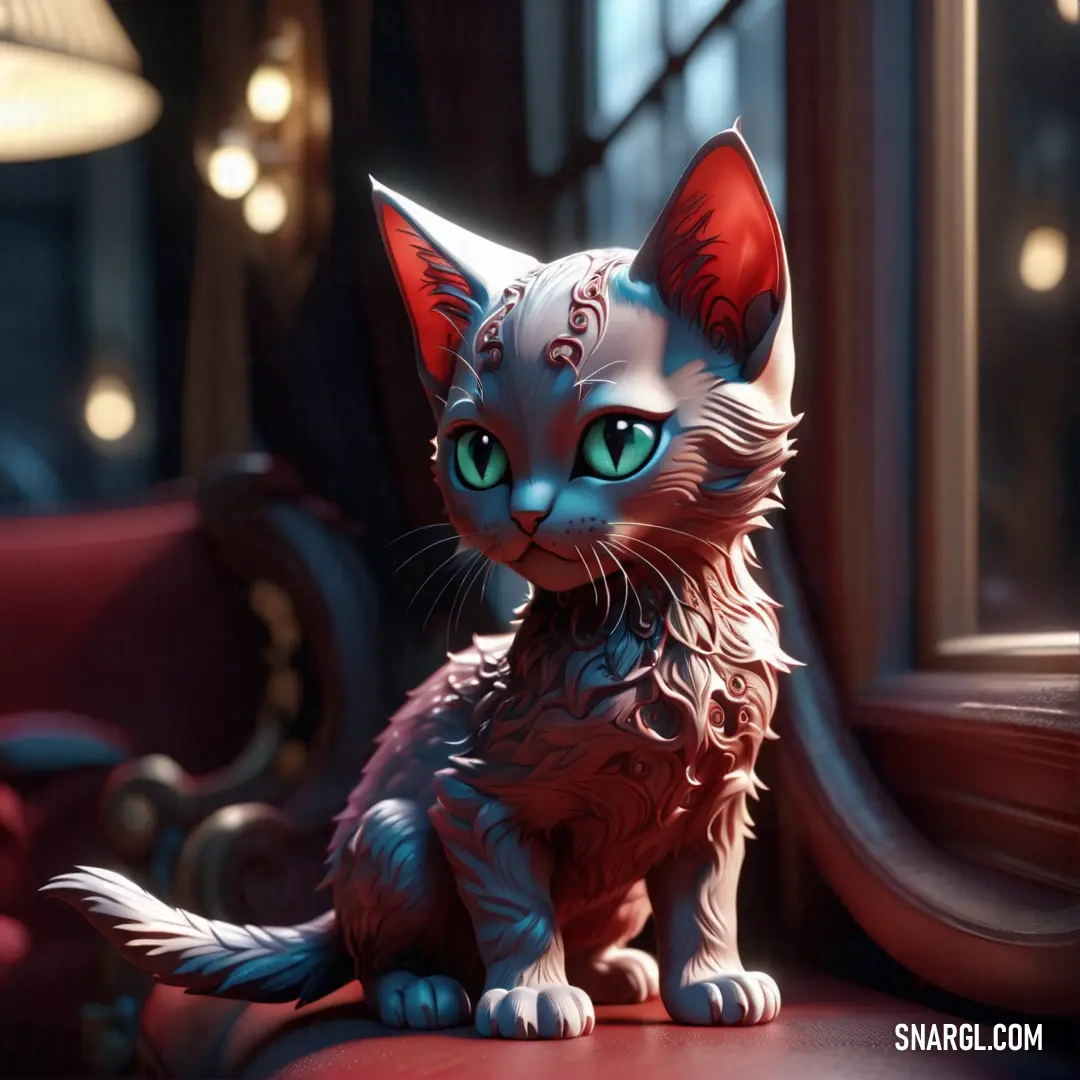

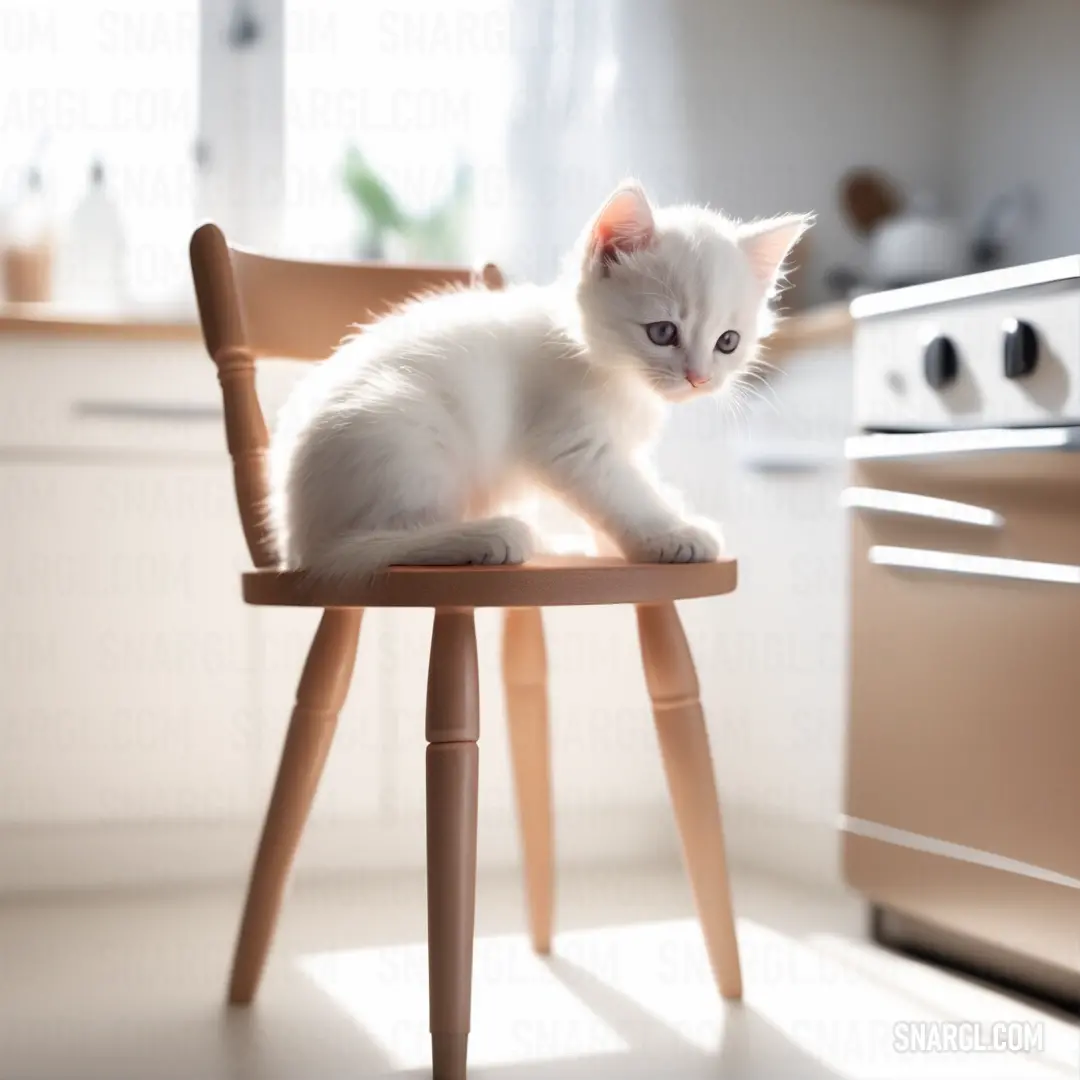
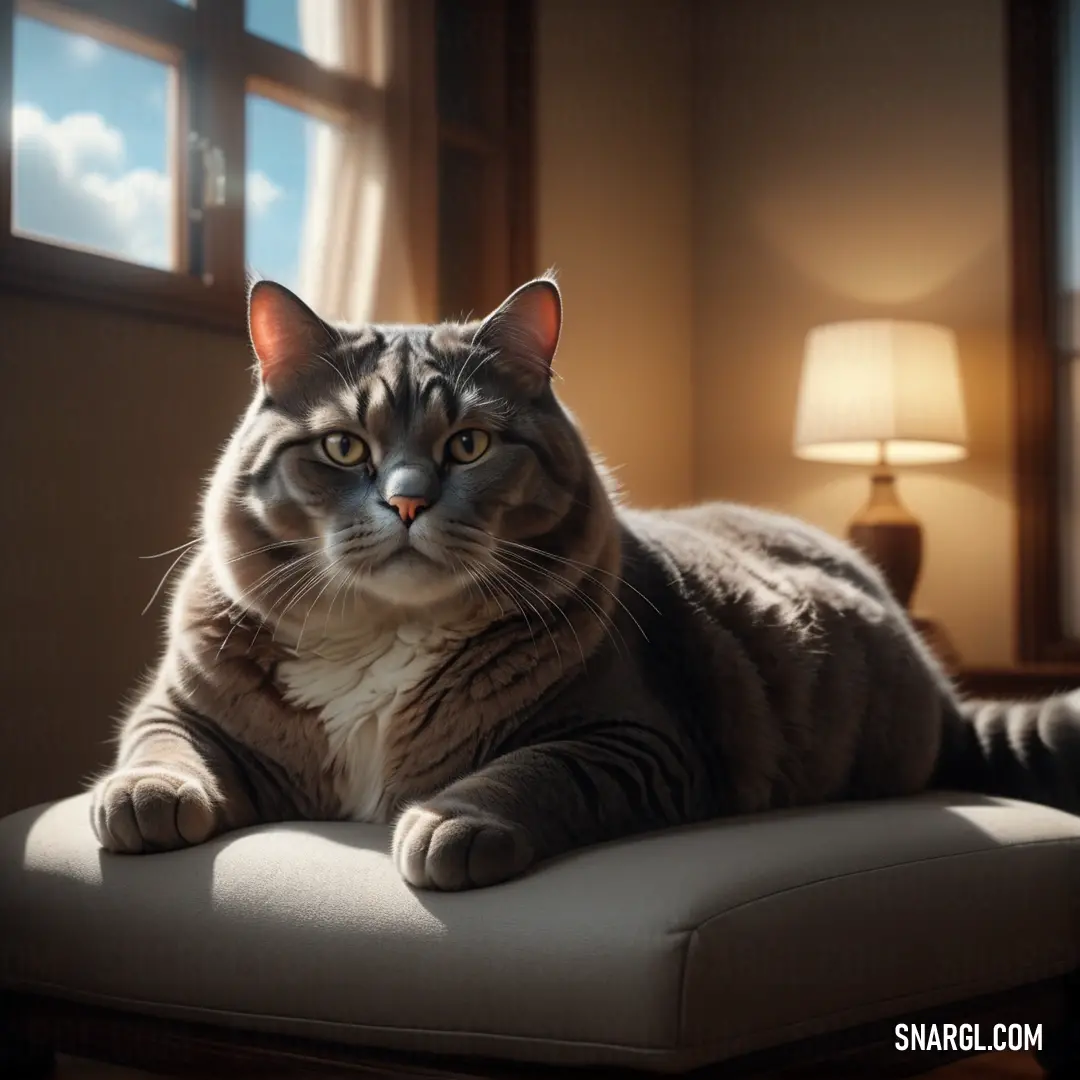
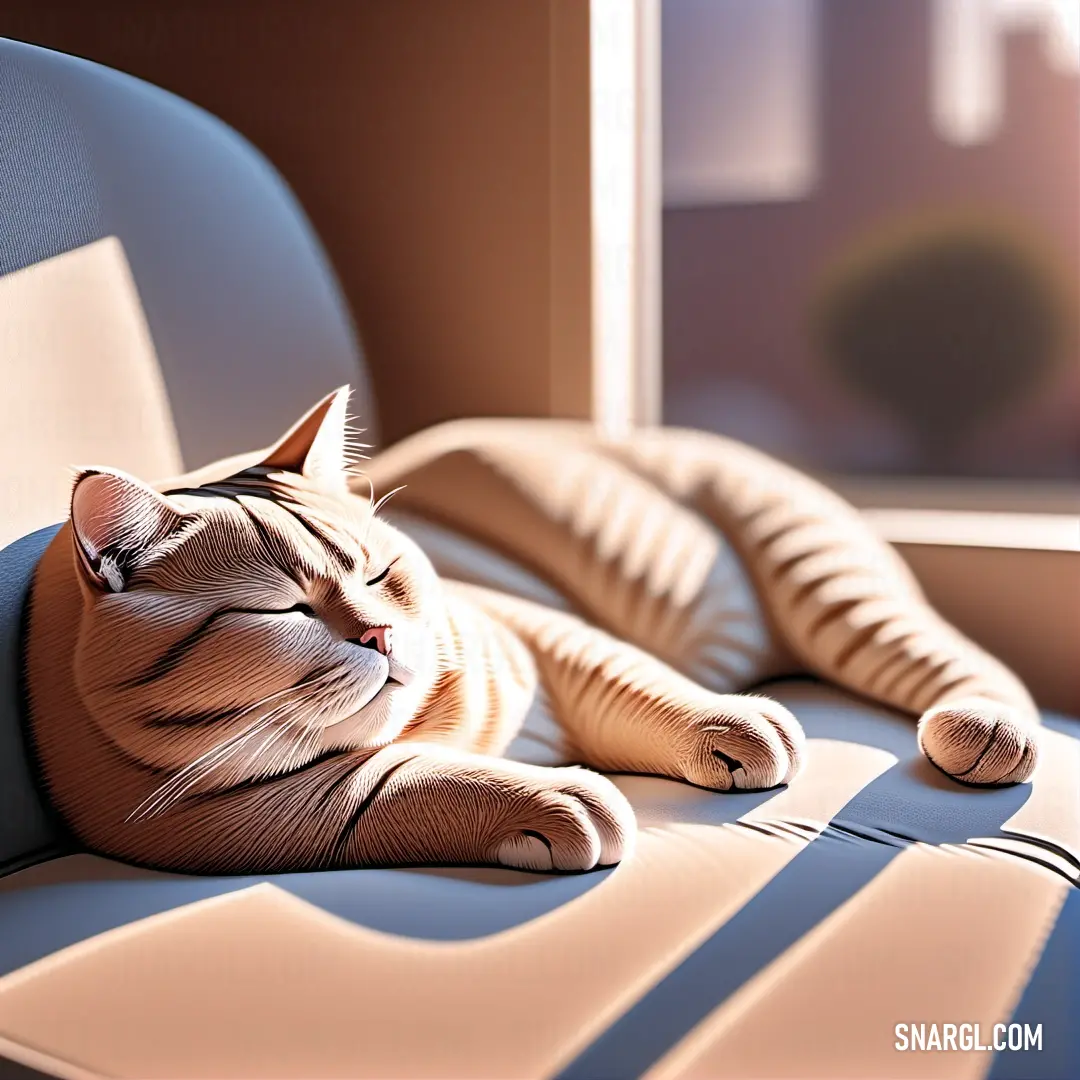
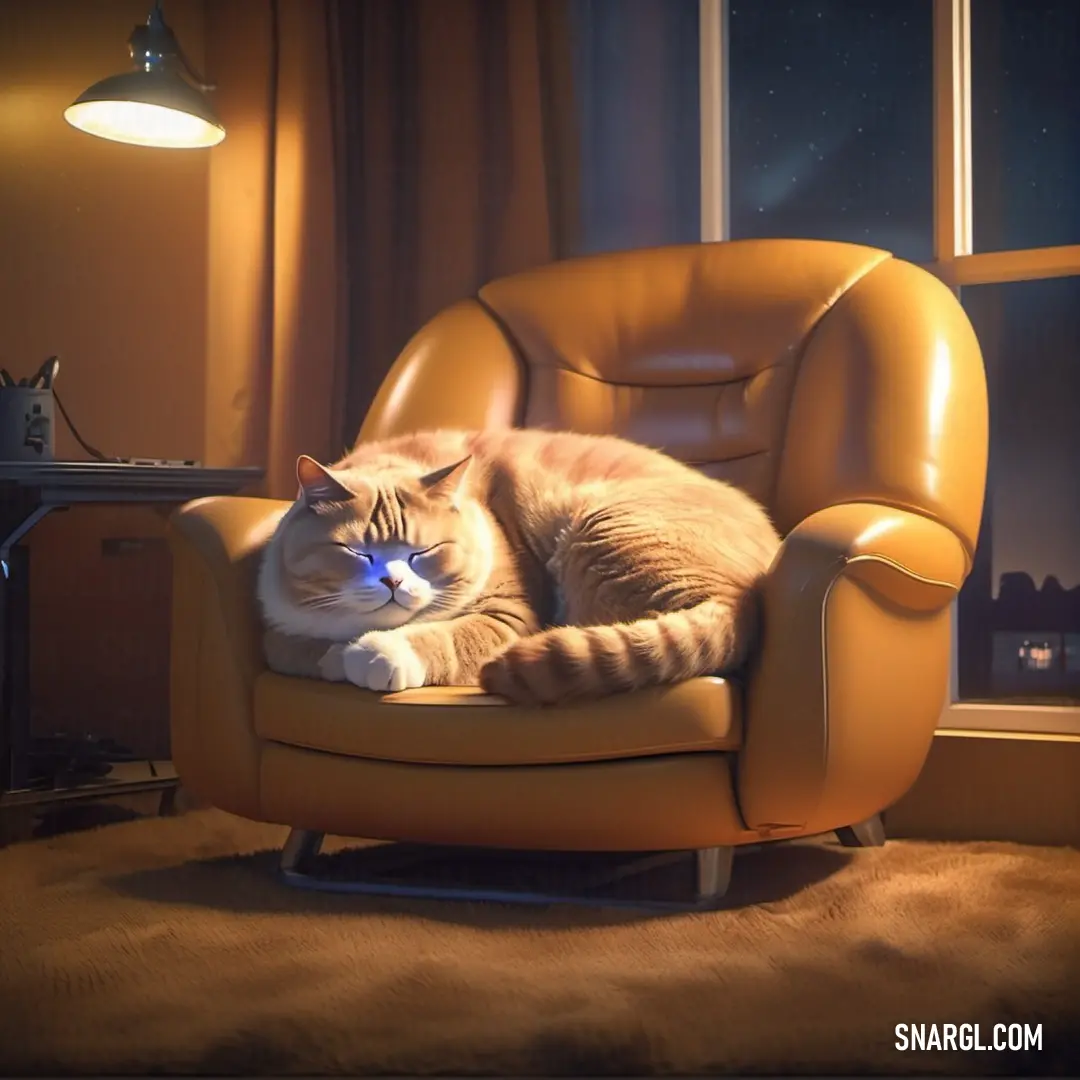
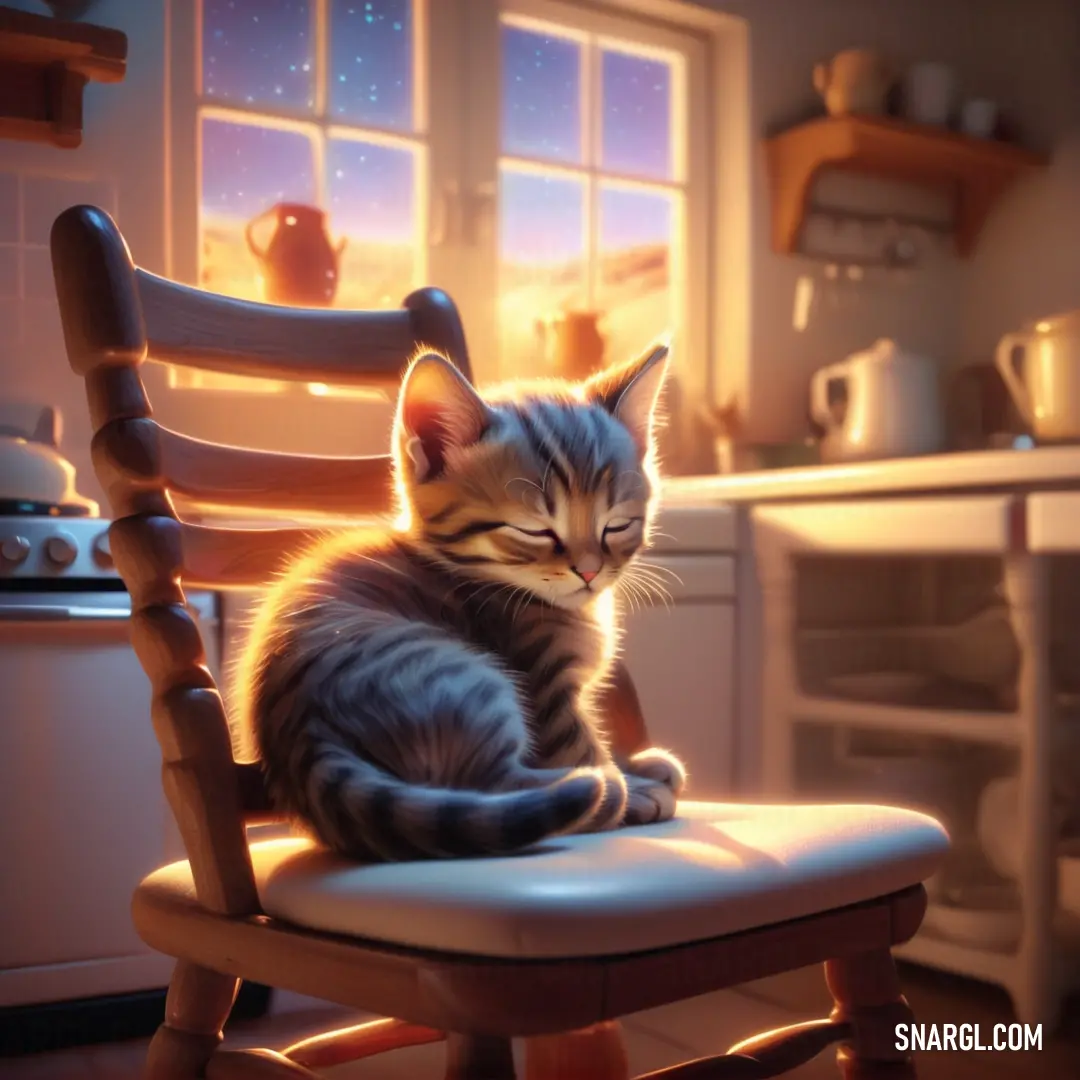
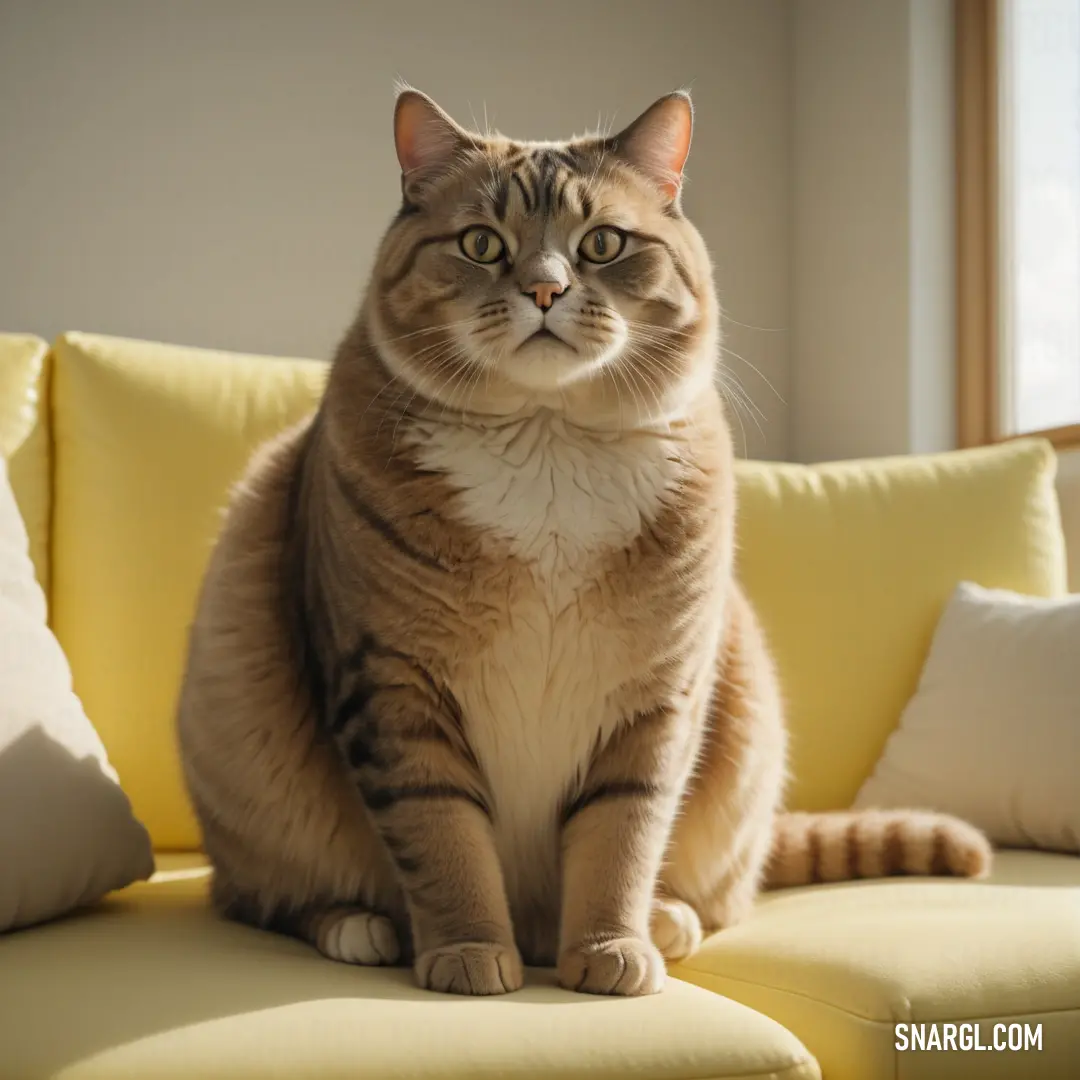
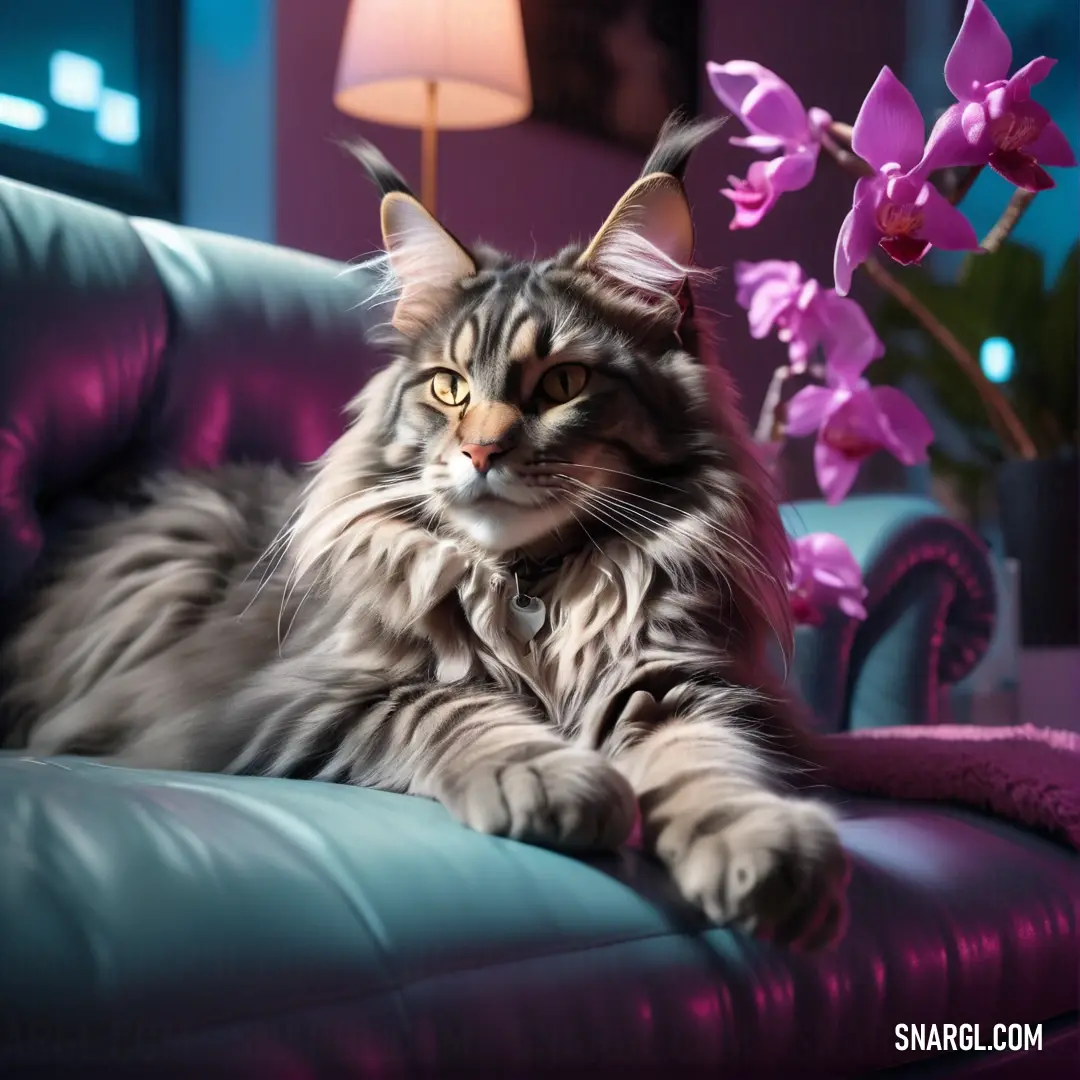
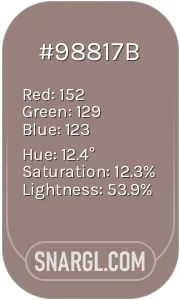 Cinereous
Cinereous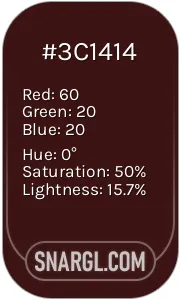 Dark sienna
Dark sienna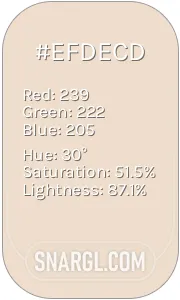 Almond
Almond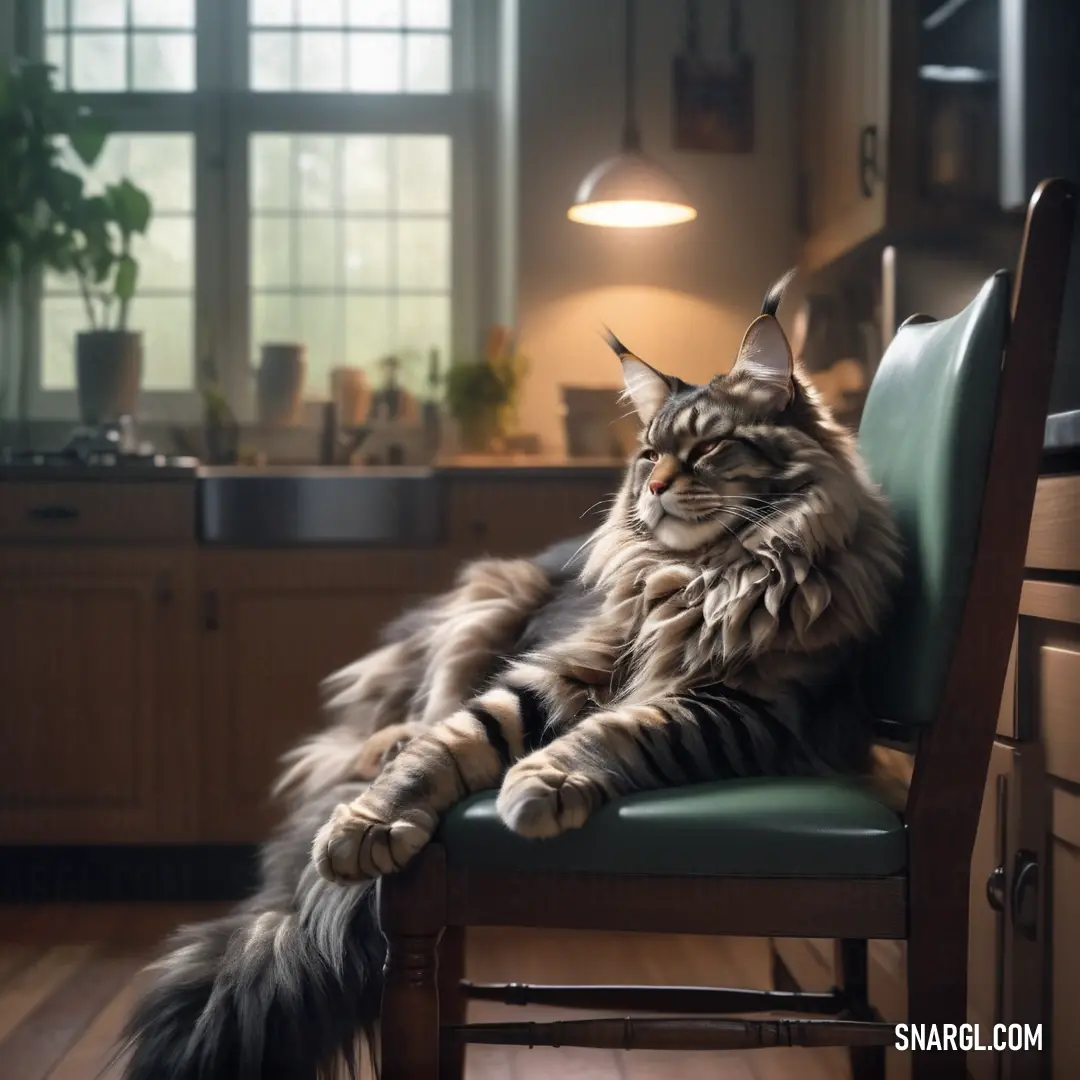
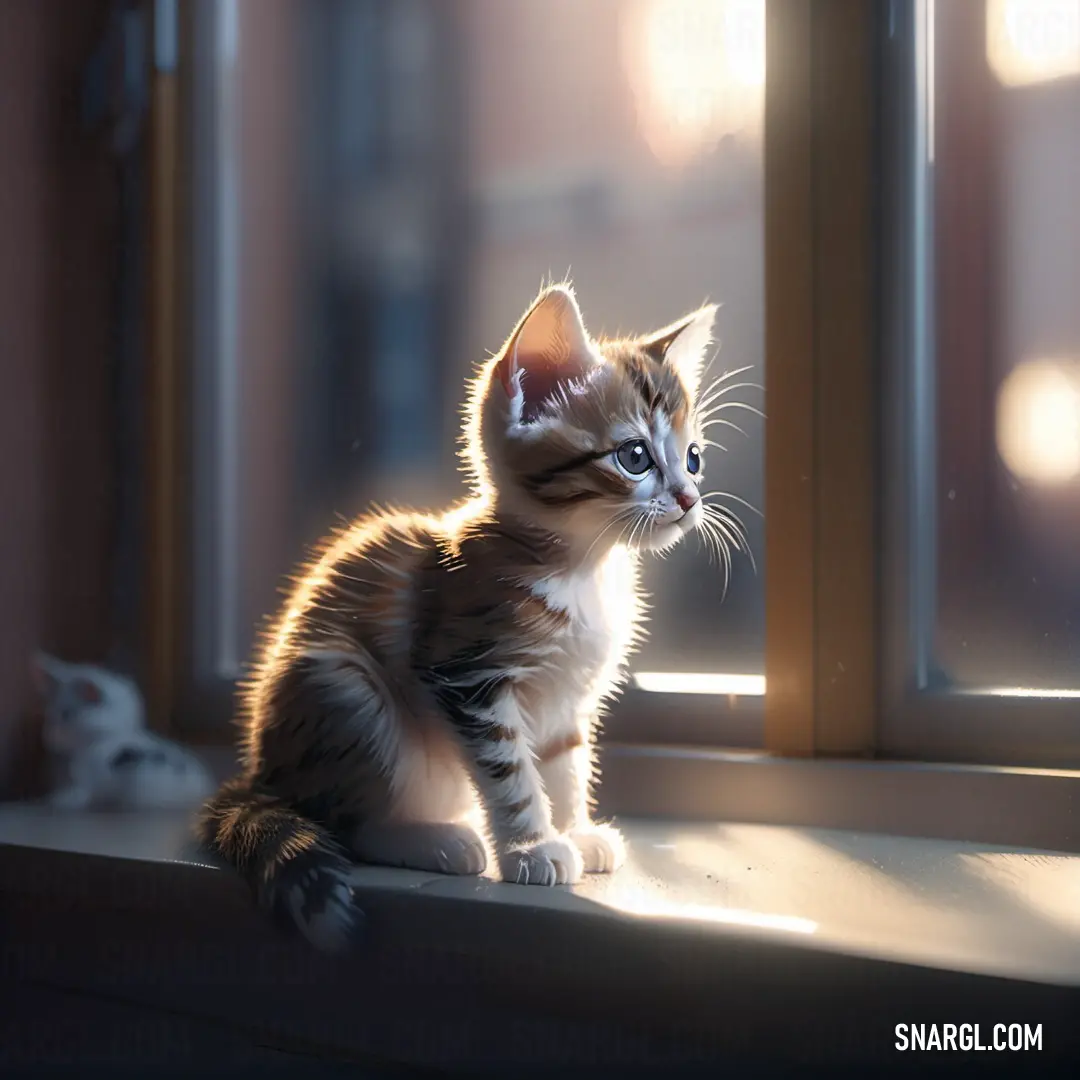
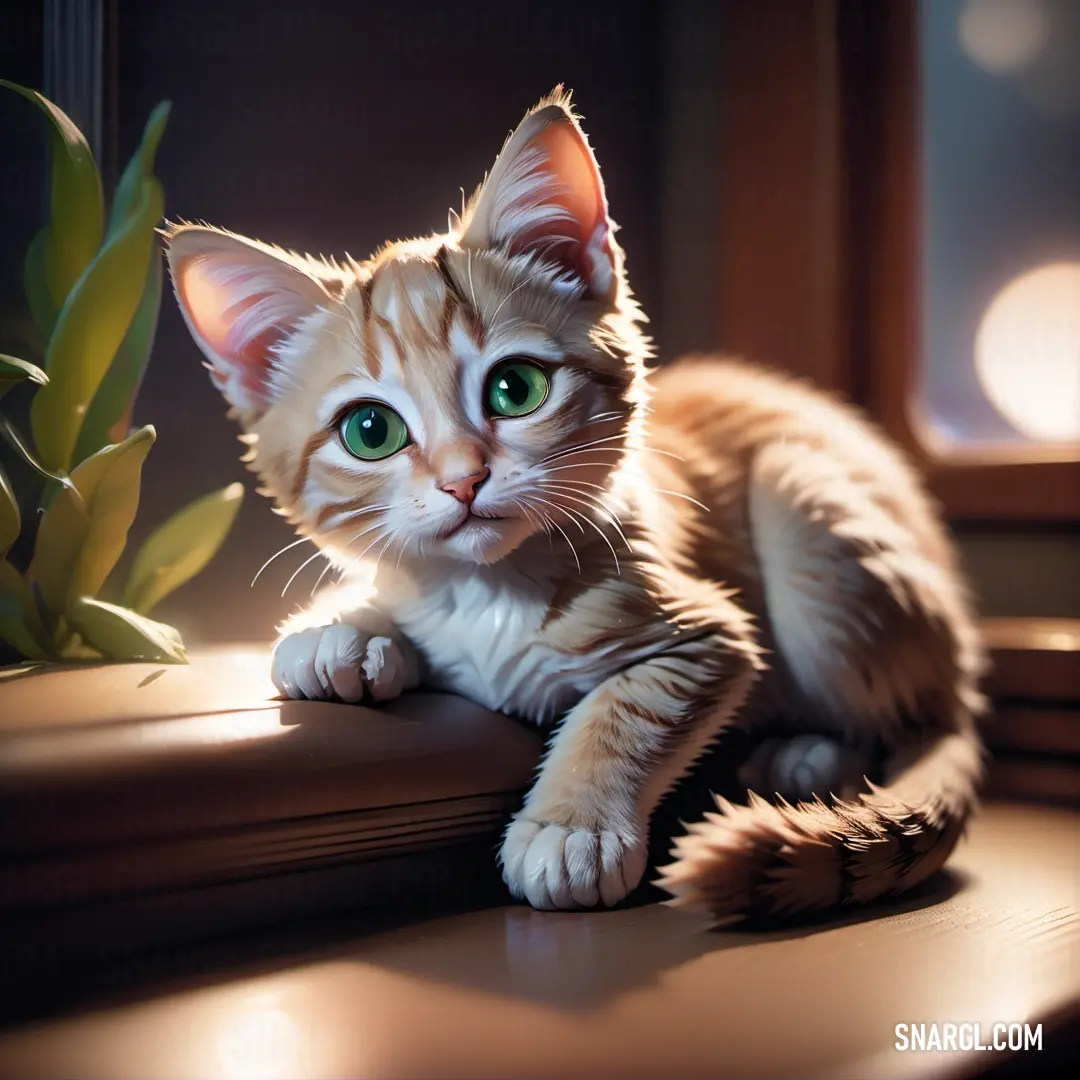
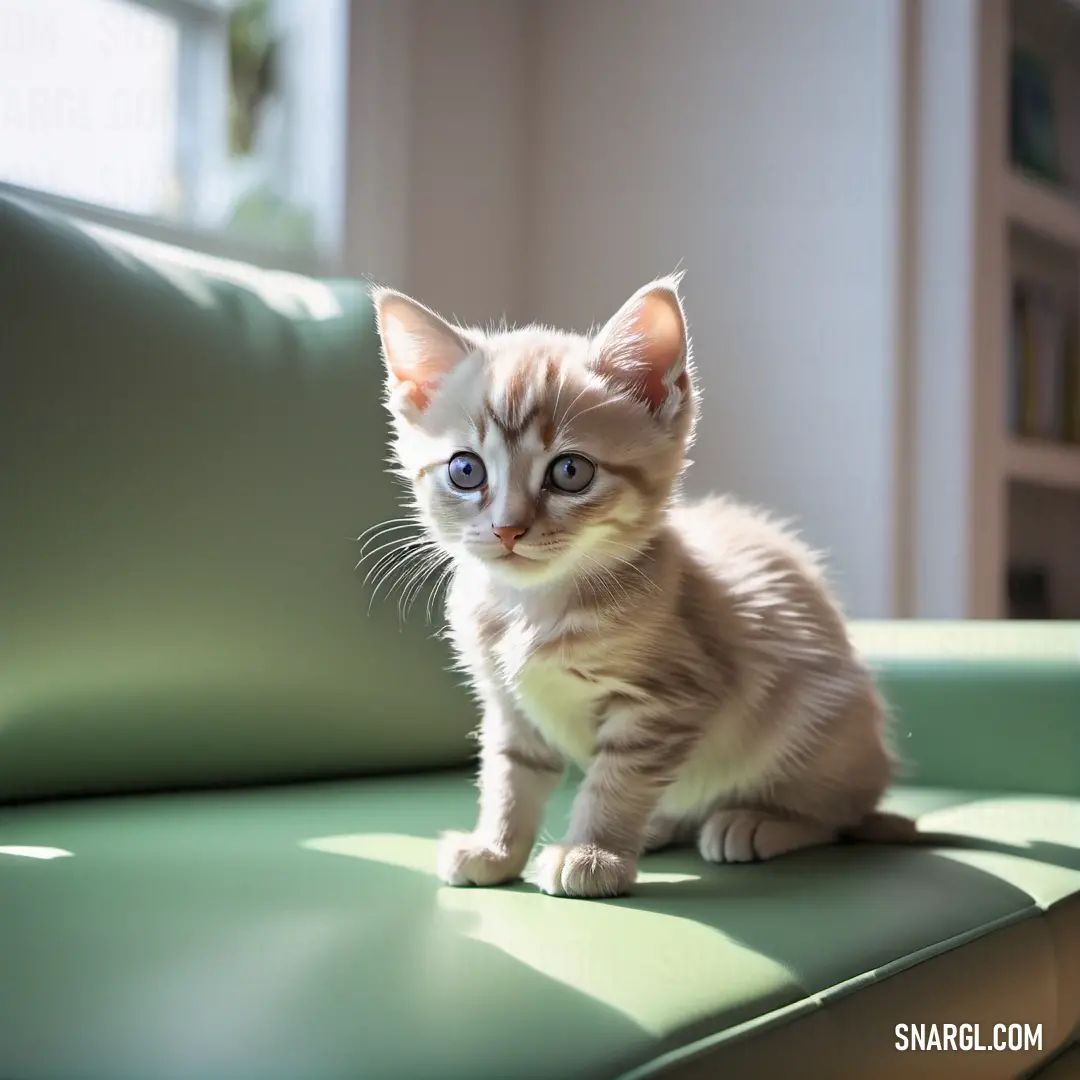
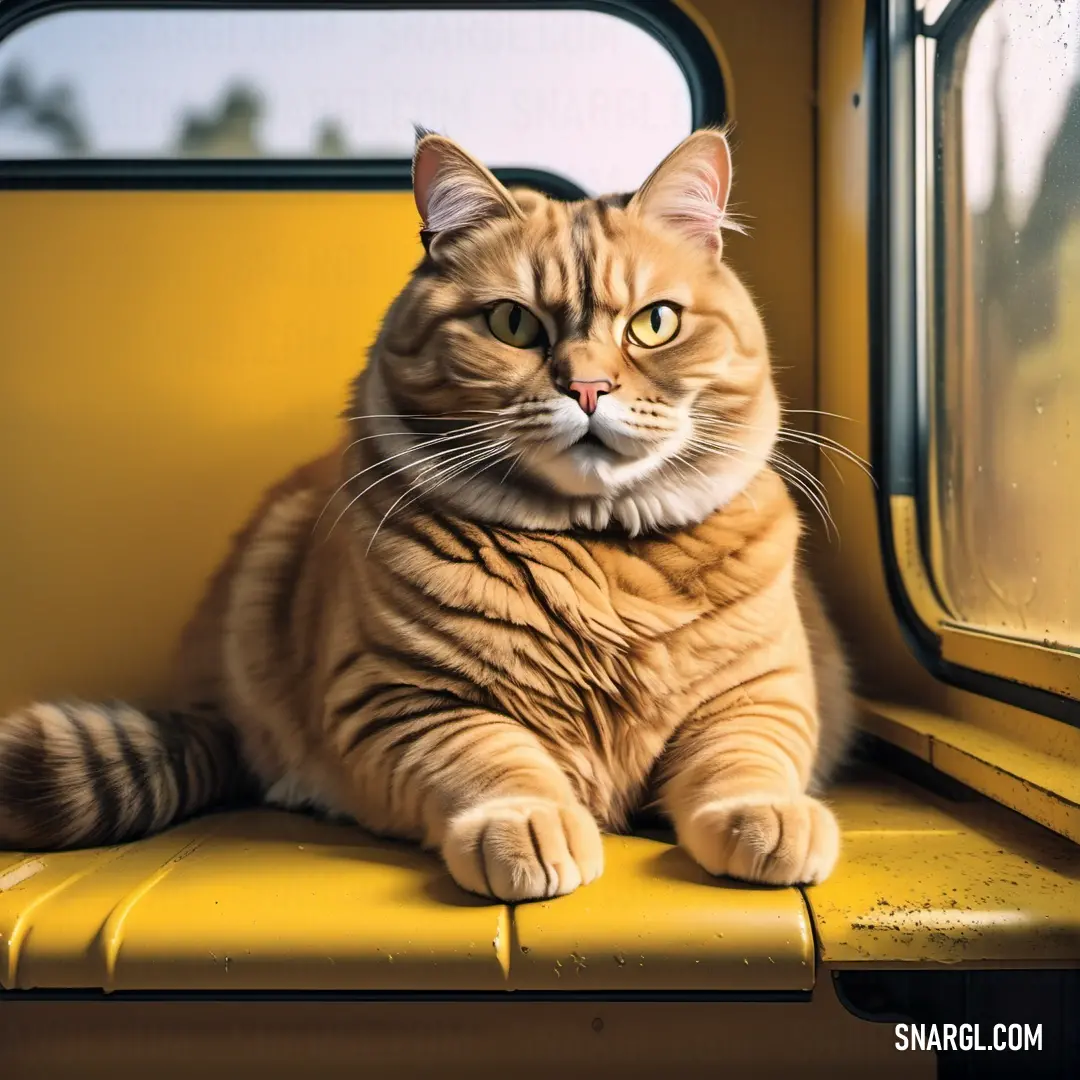
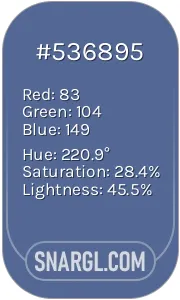 UCLA Blue
UCLA Blue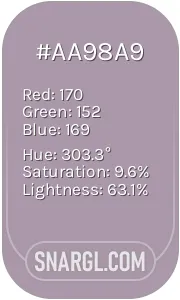 Rose quartz
Rose quartz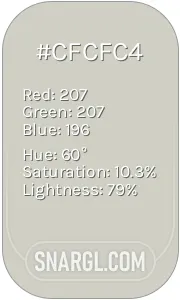 Pastel gray
Pastel gray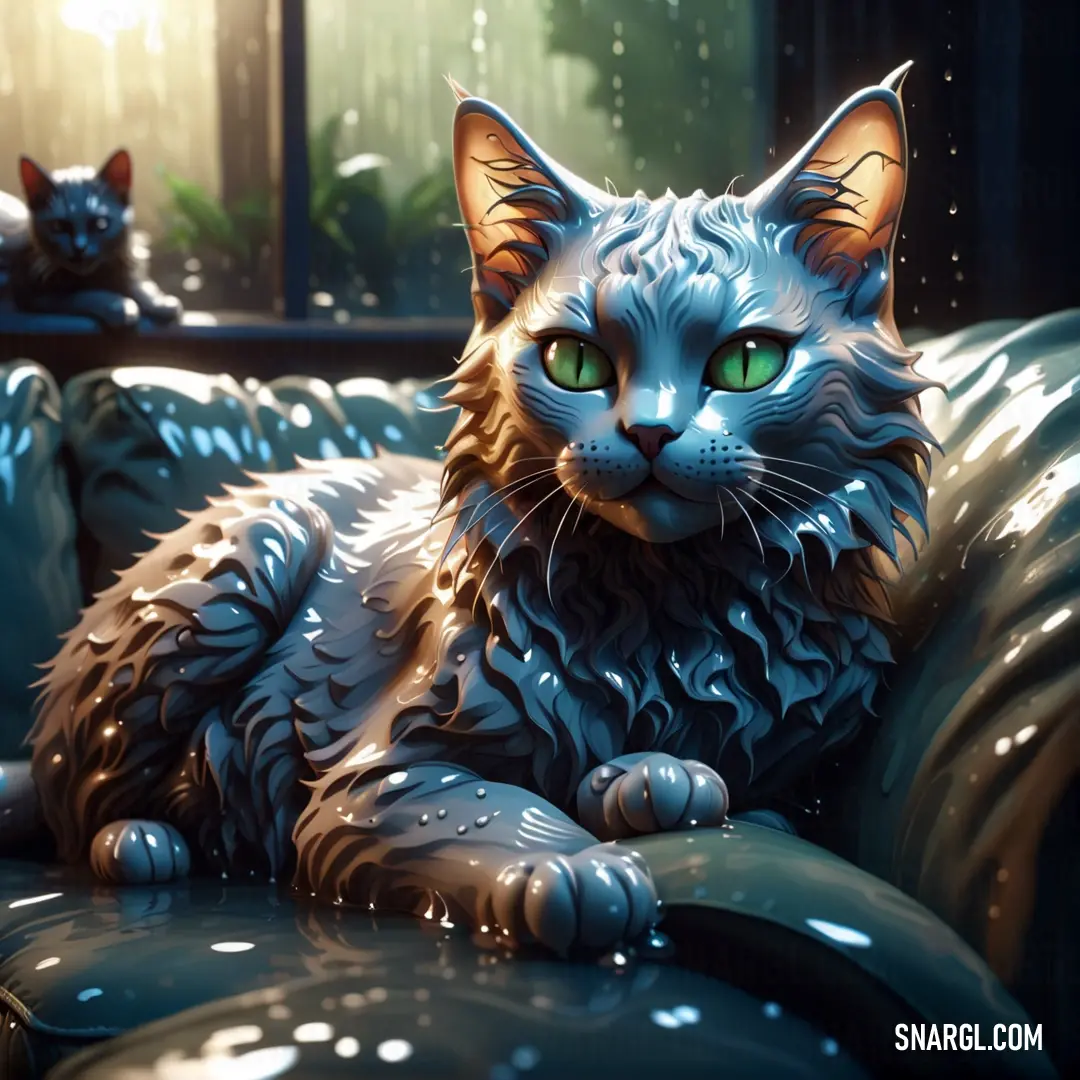
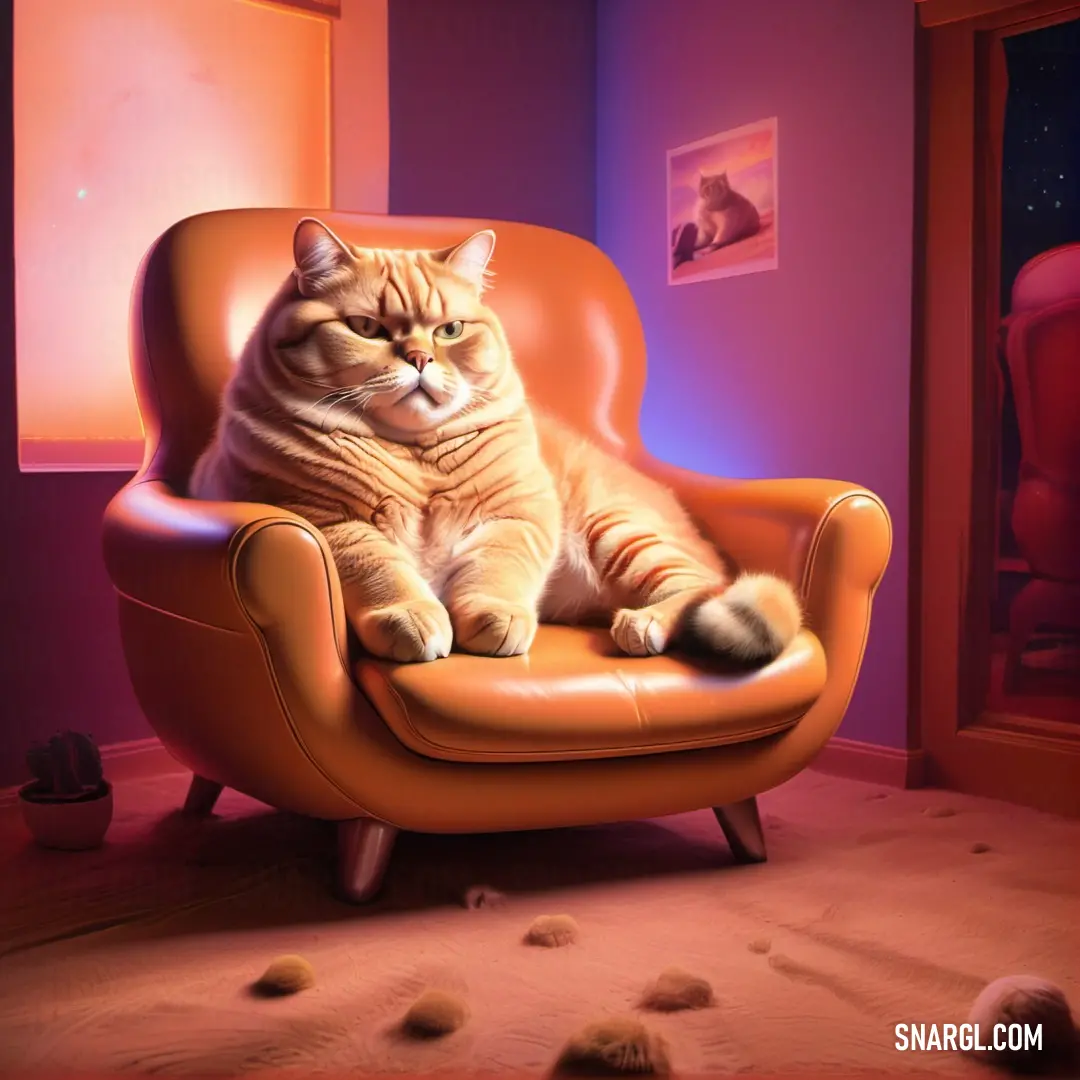
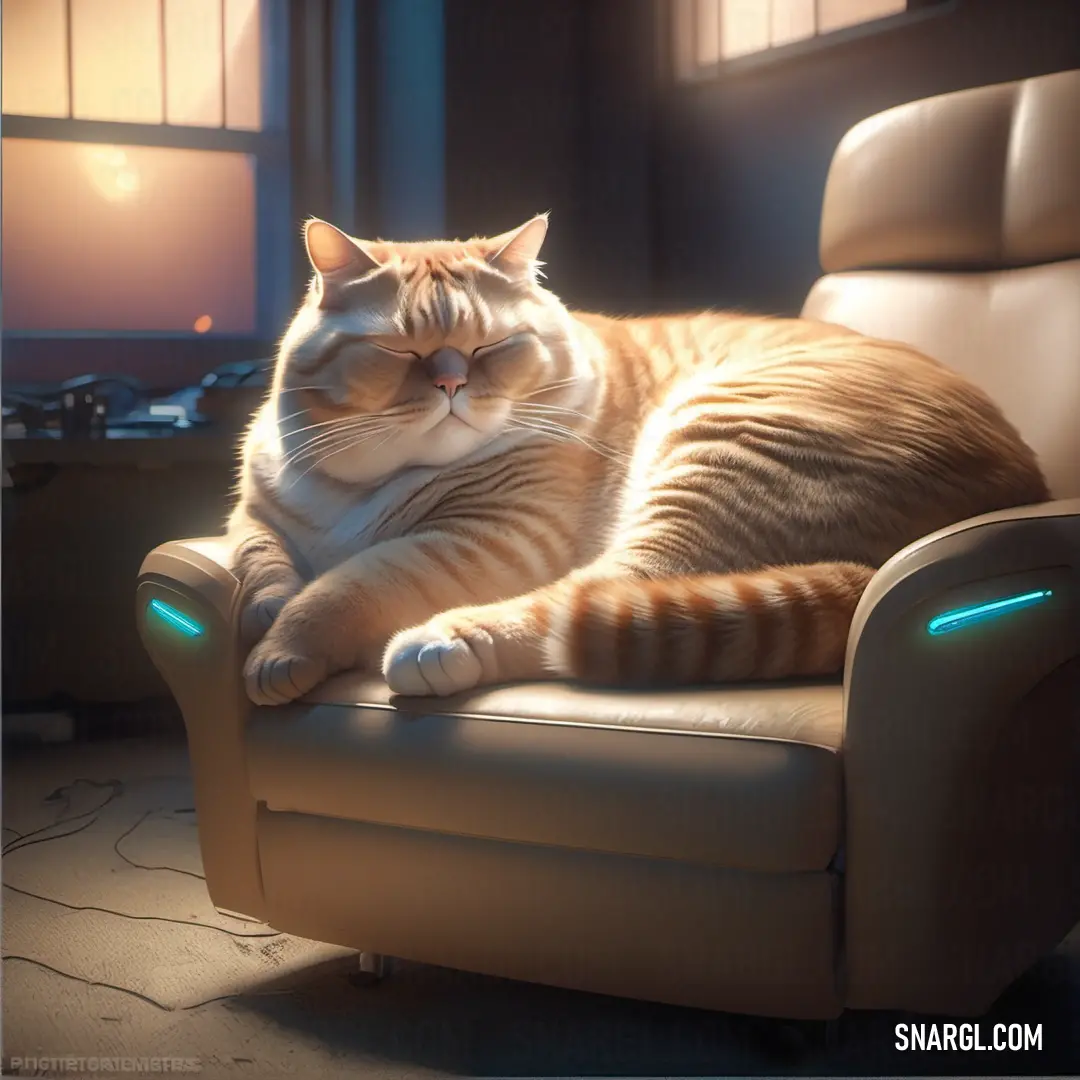
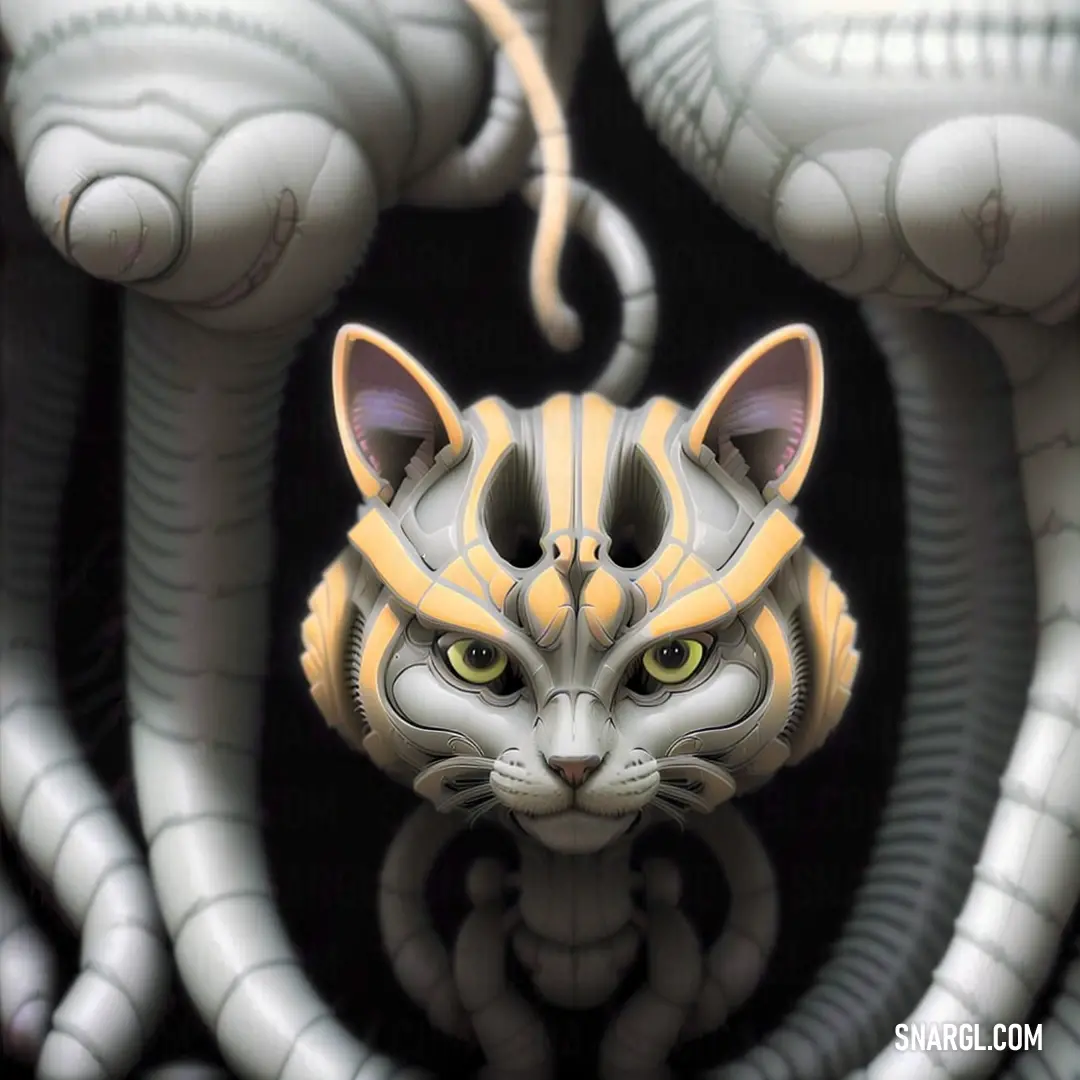
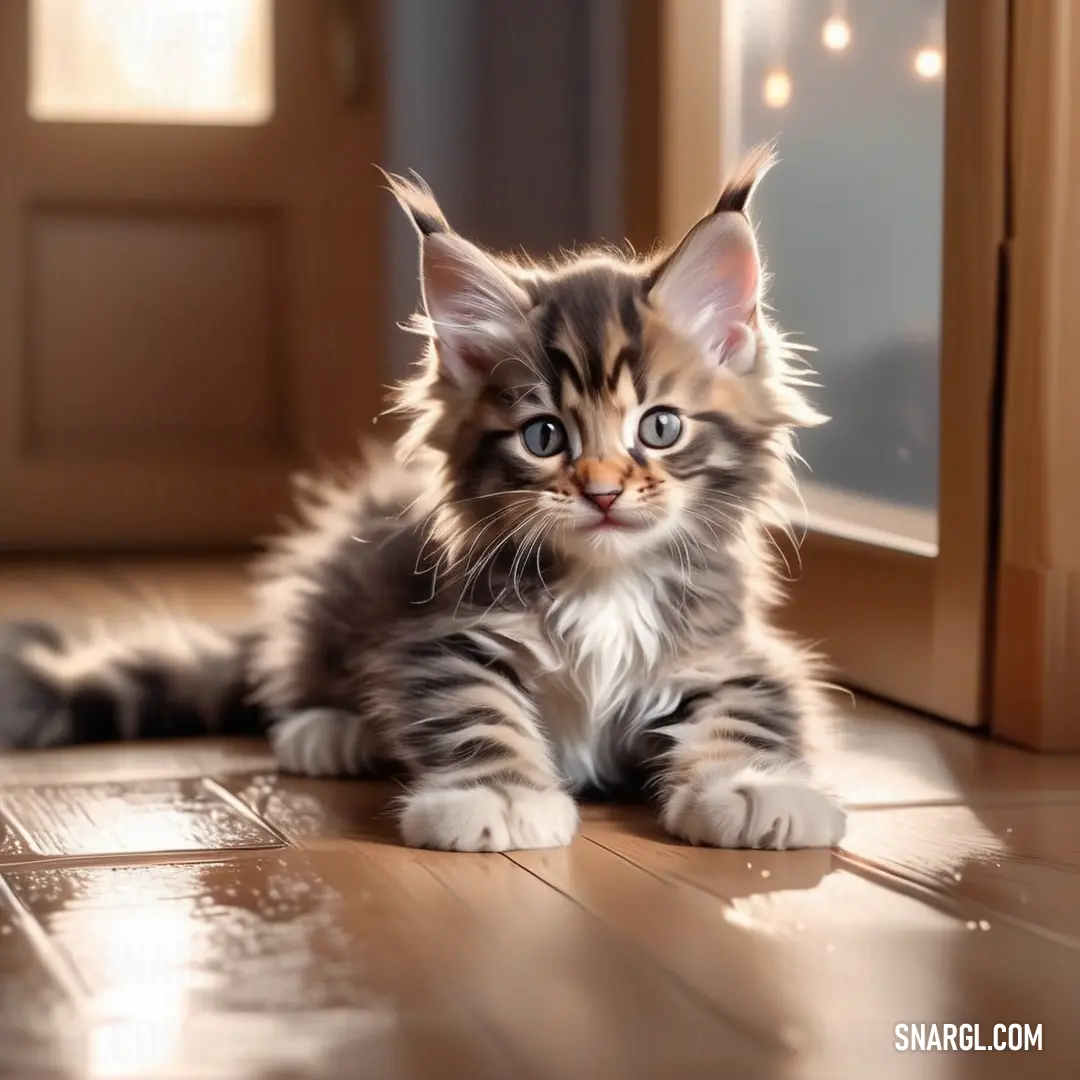
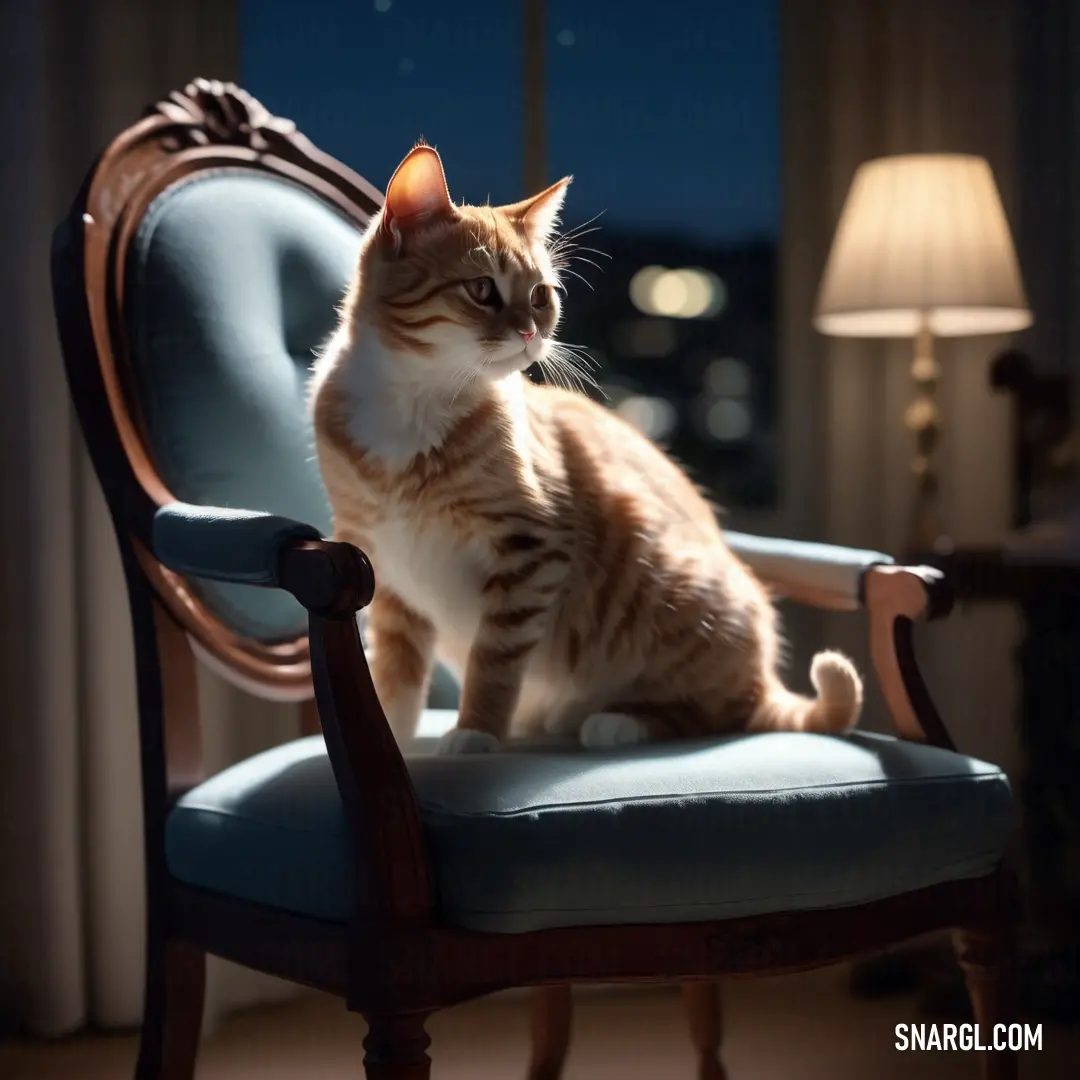
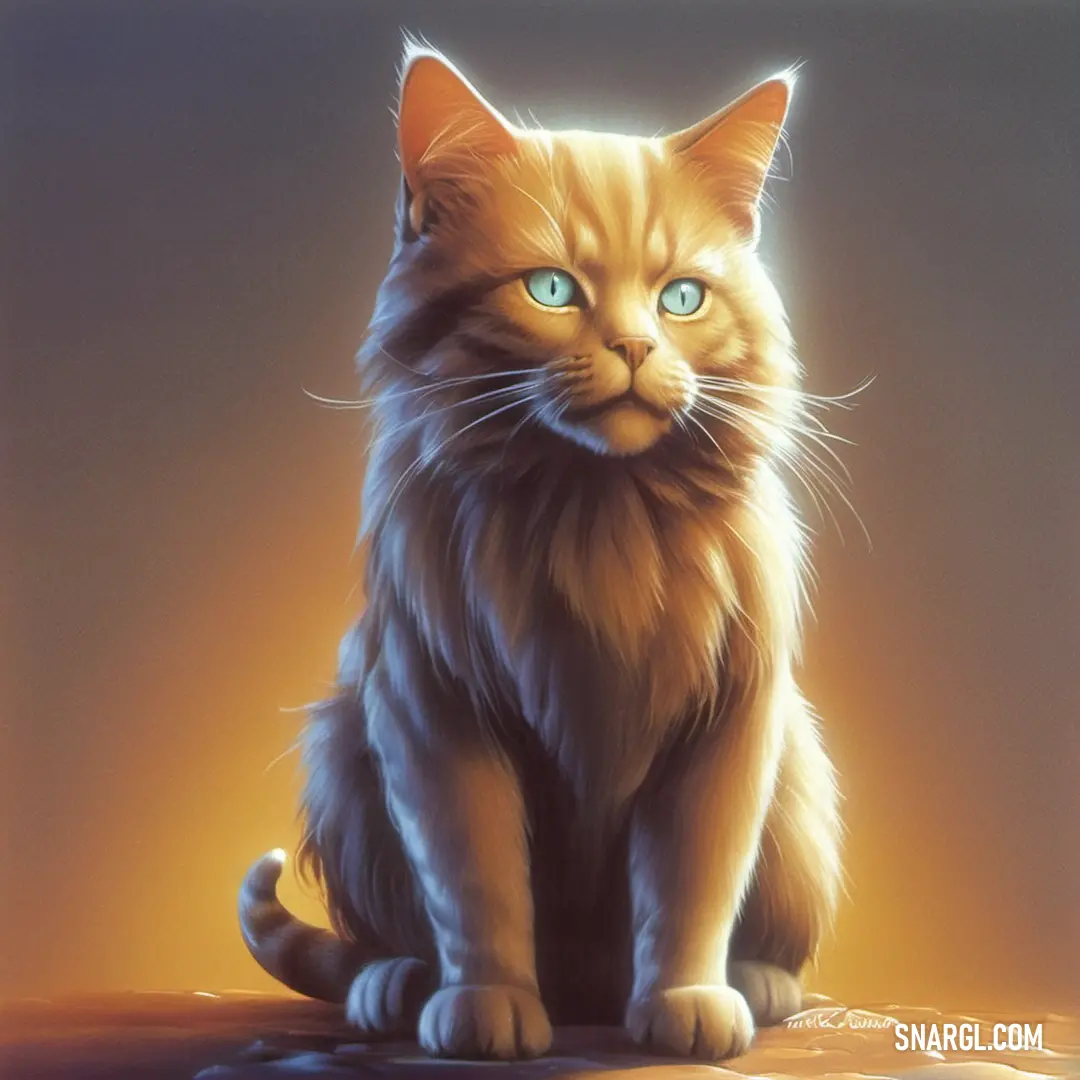
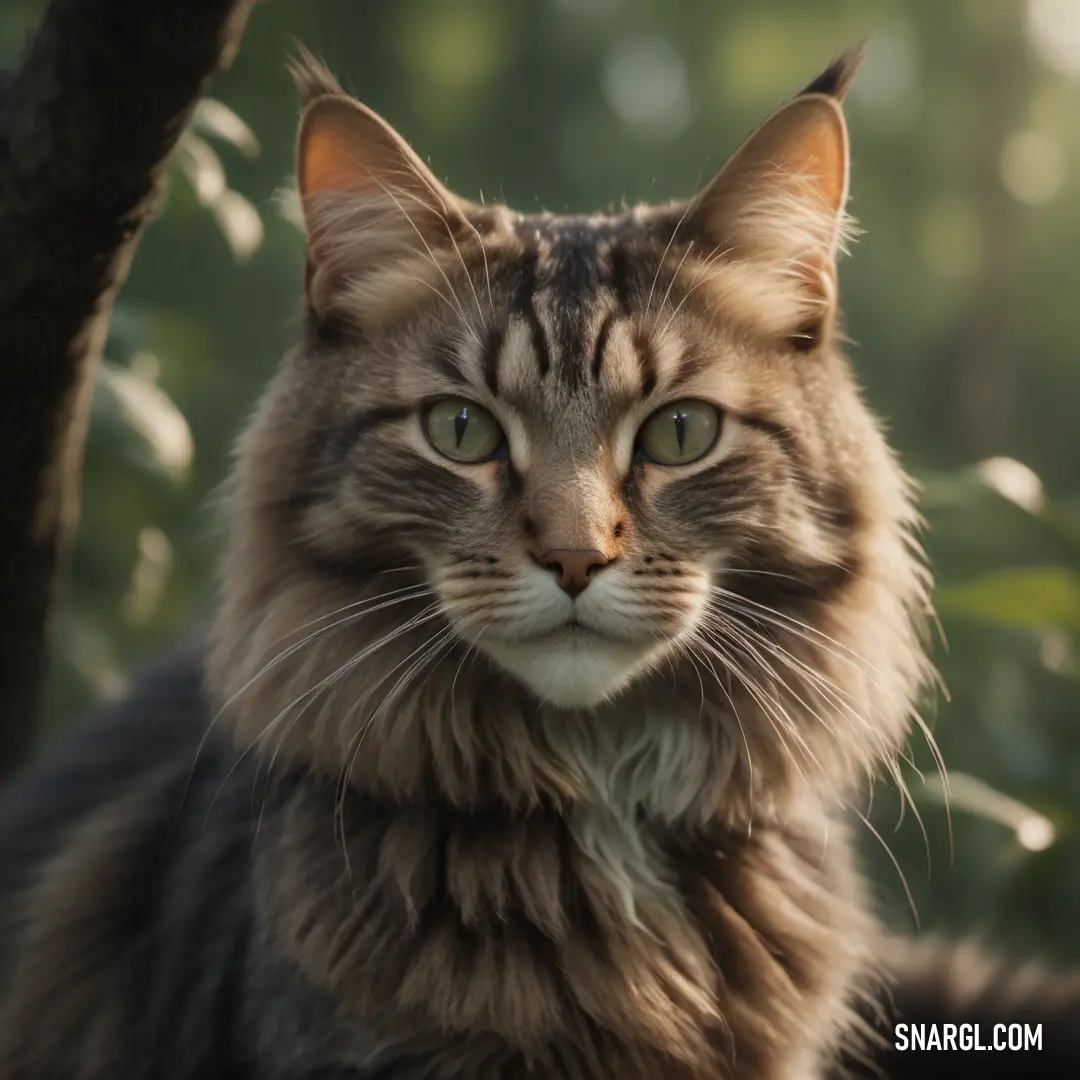
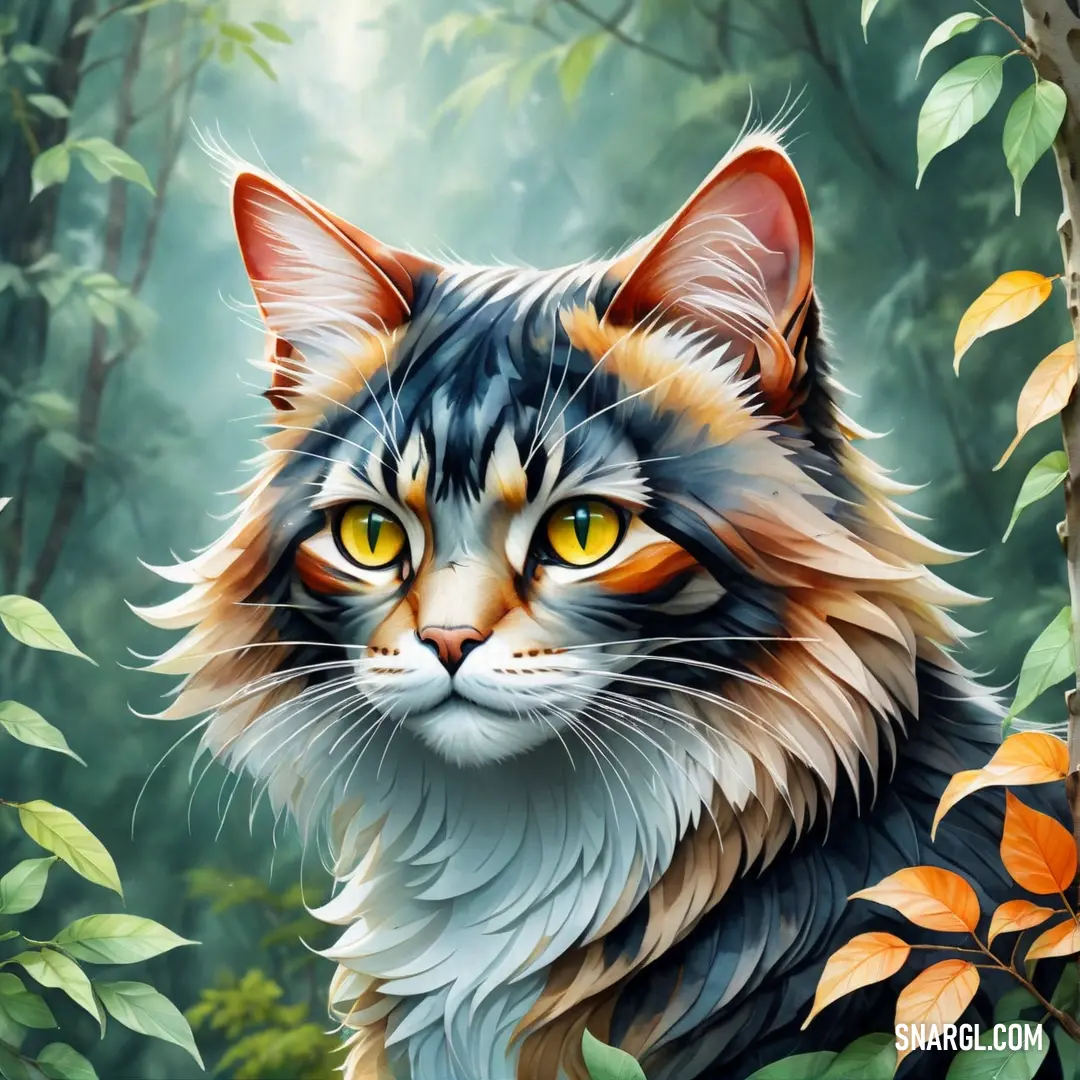
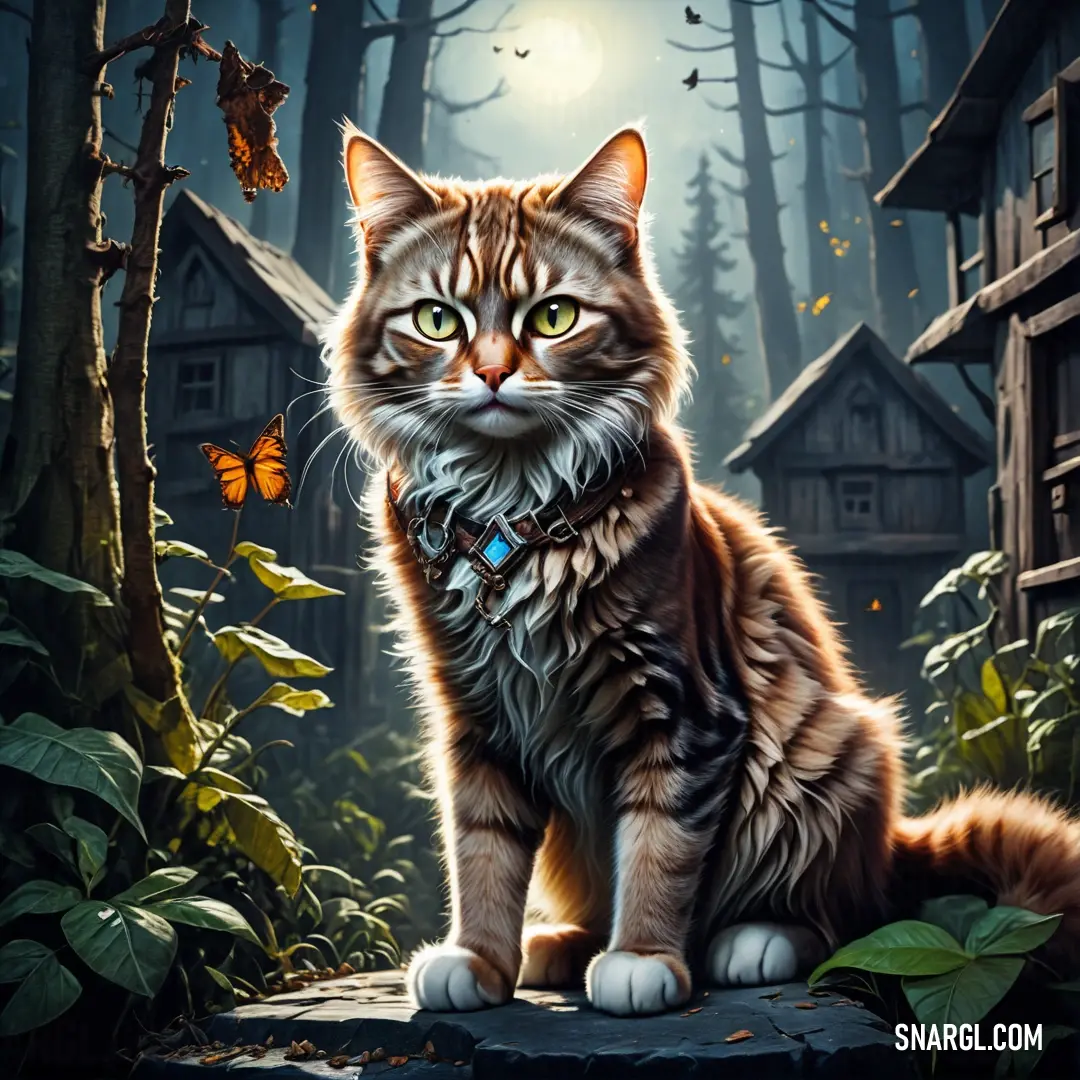
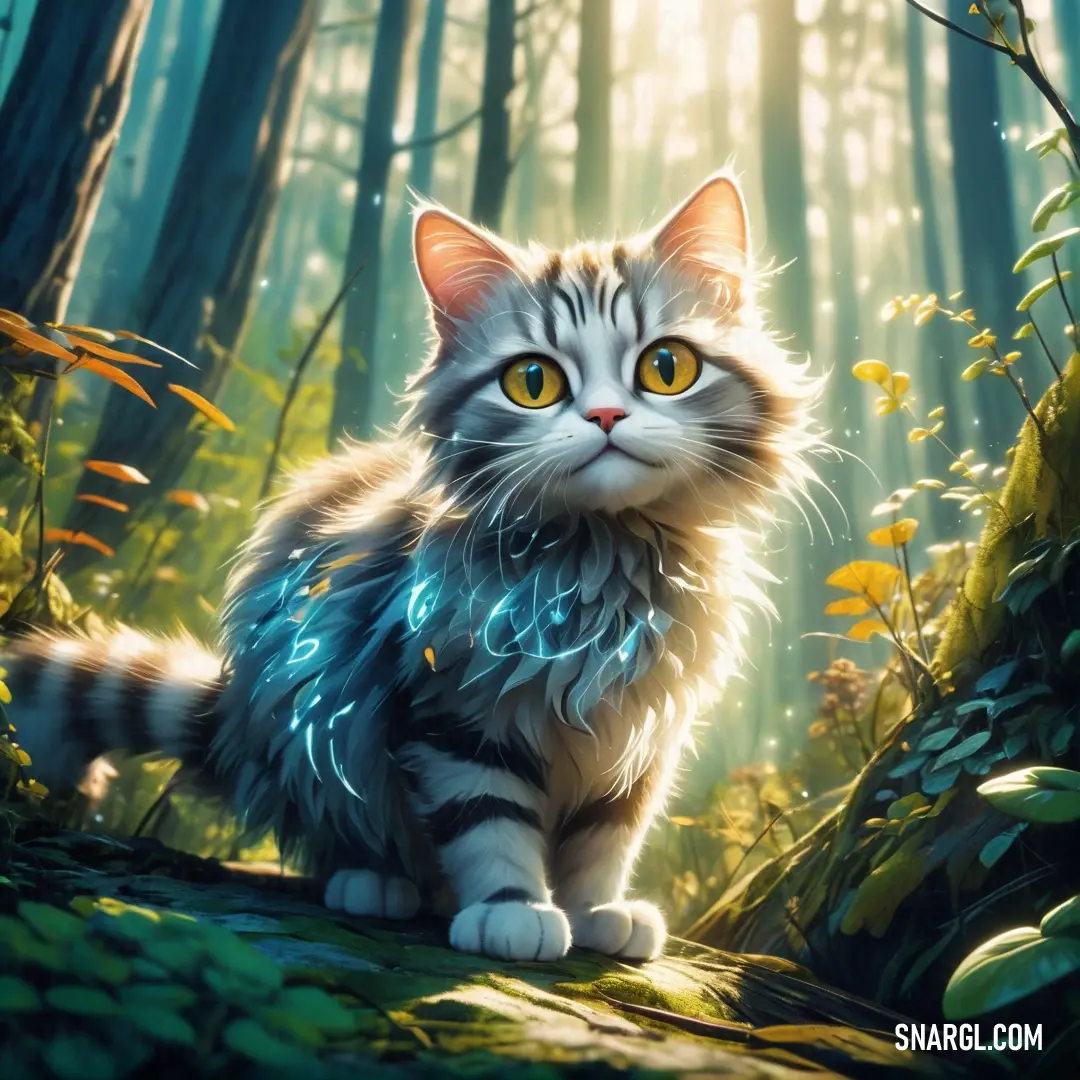
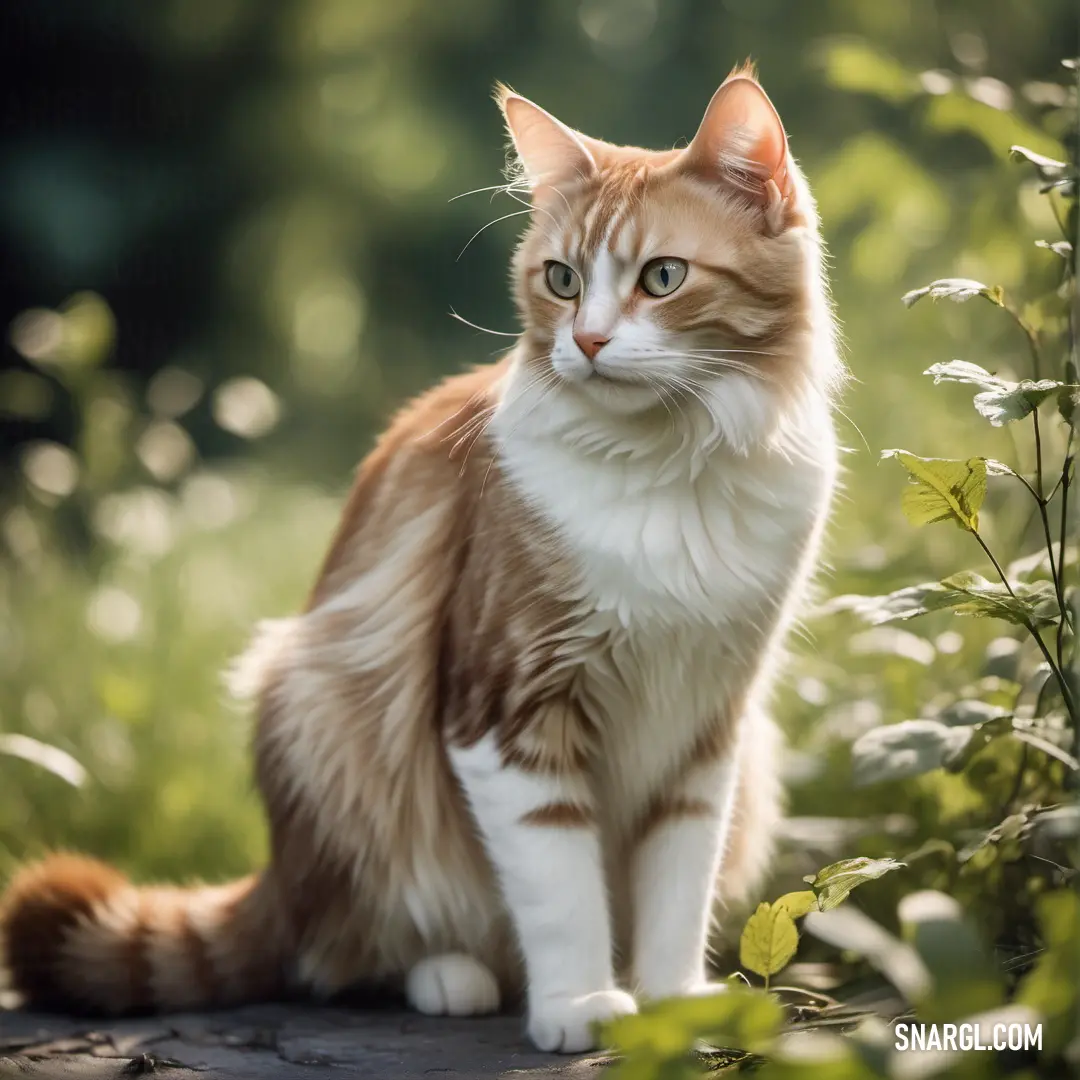
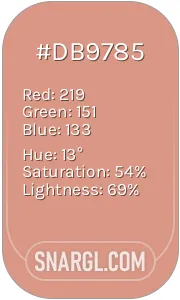 Dark peach
Dark peach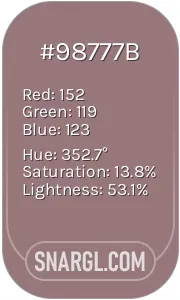 Bazaar
Bazaar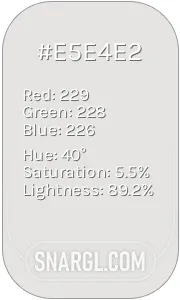 Platinum
Platinum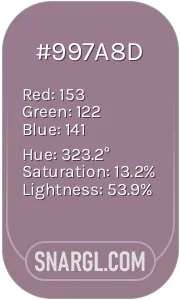 Mountbatten pink
Mountbatten pink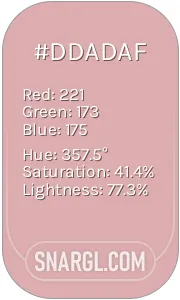 Pale chestnut
Pale chestnut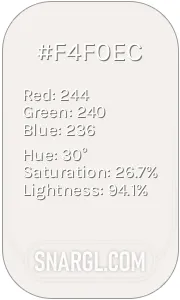 Isabelline
Isabelline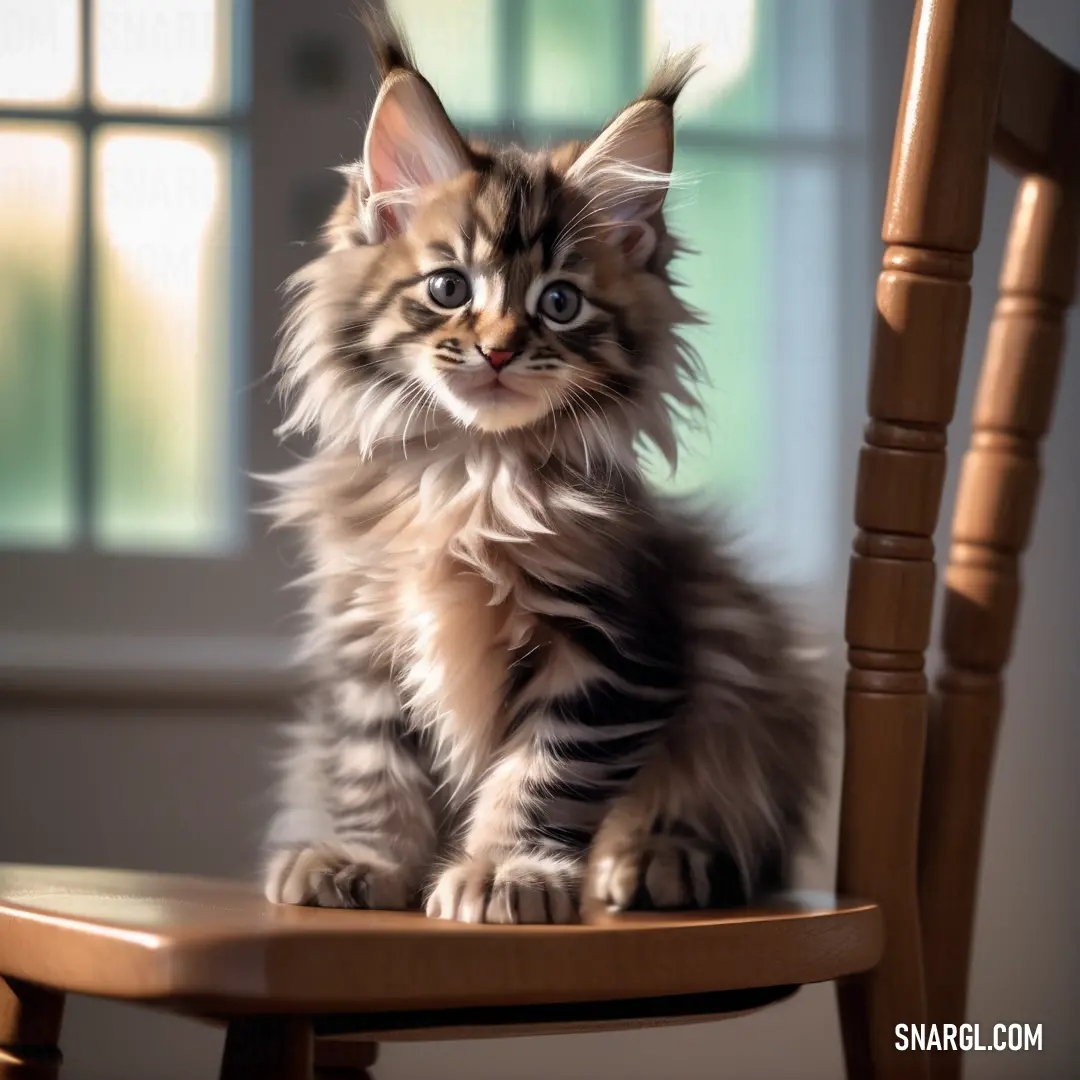
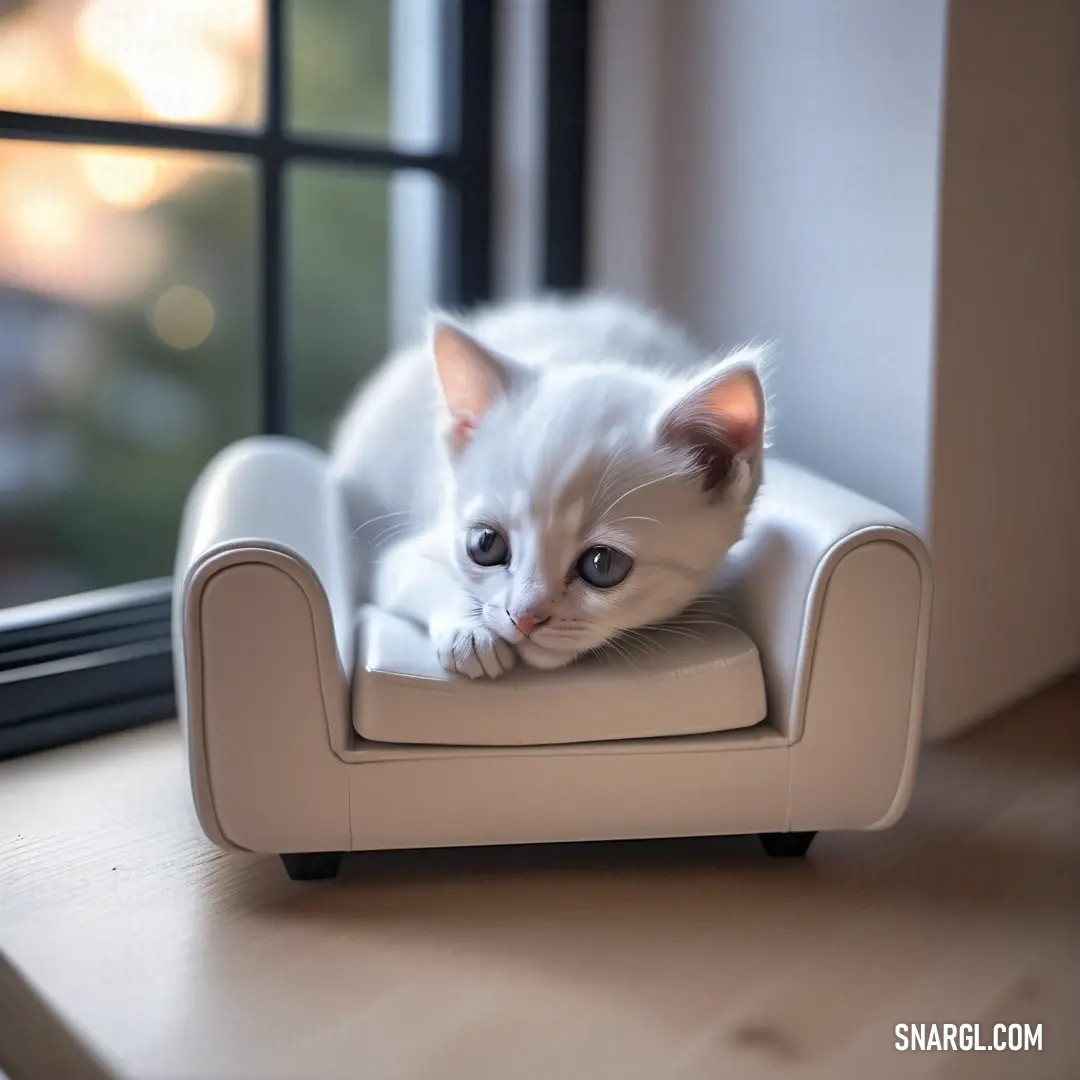
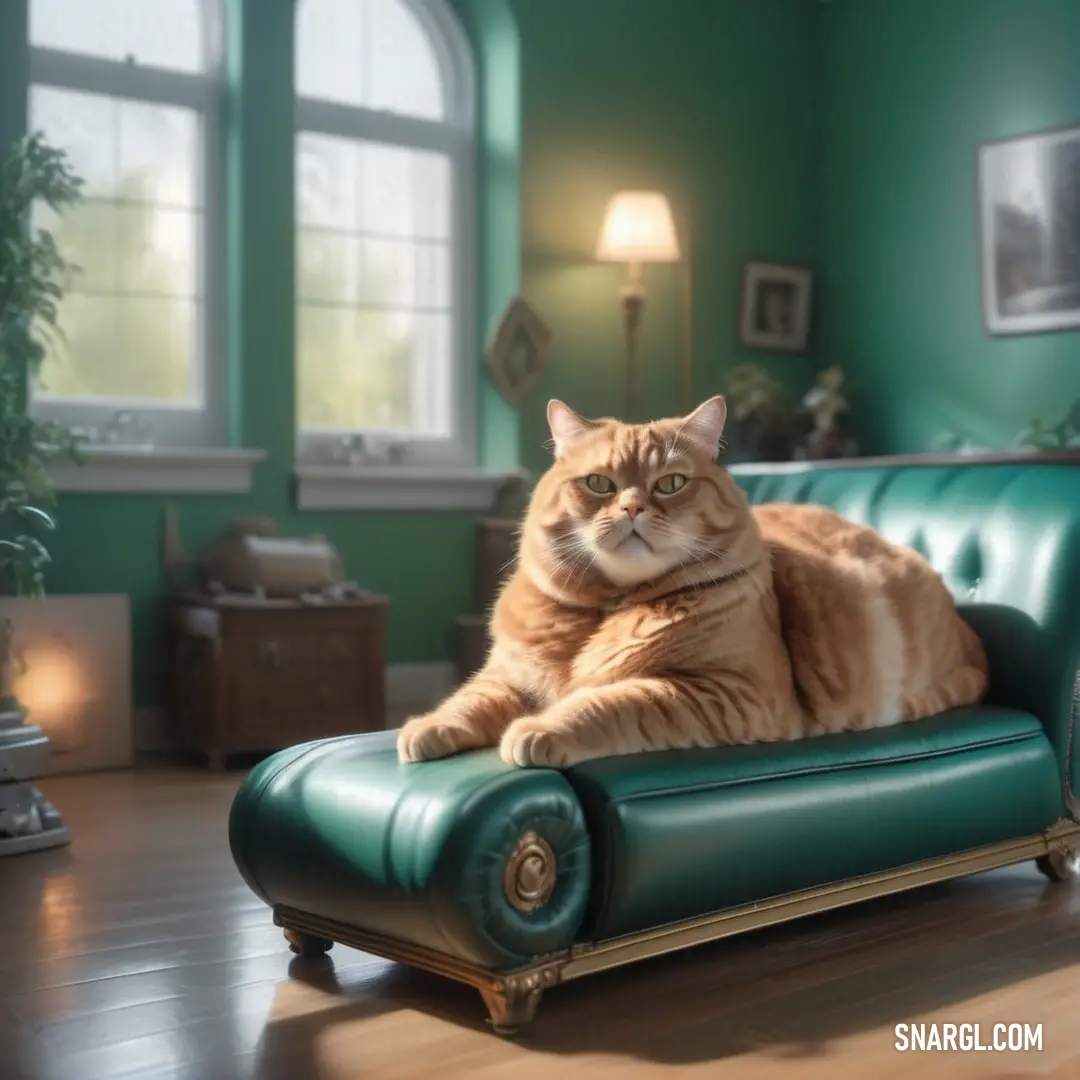
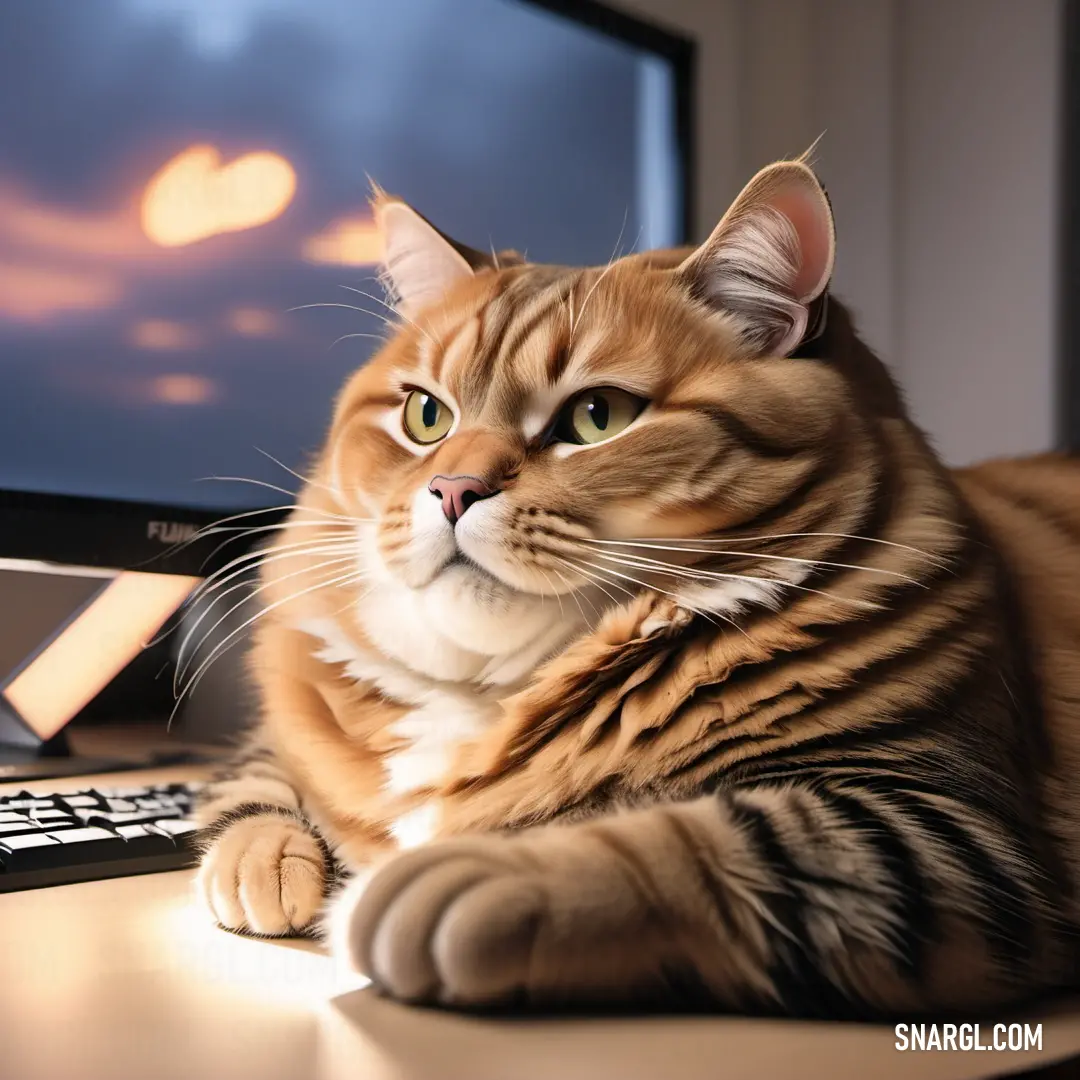
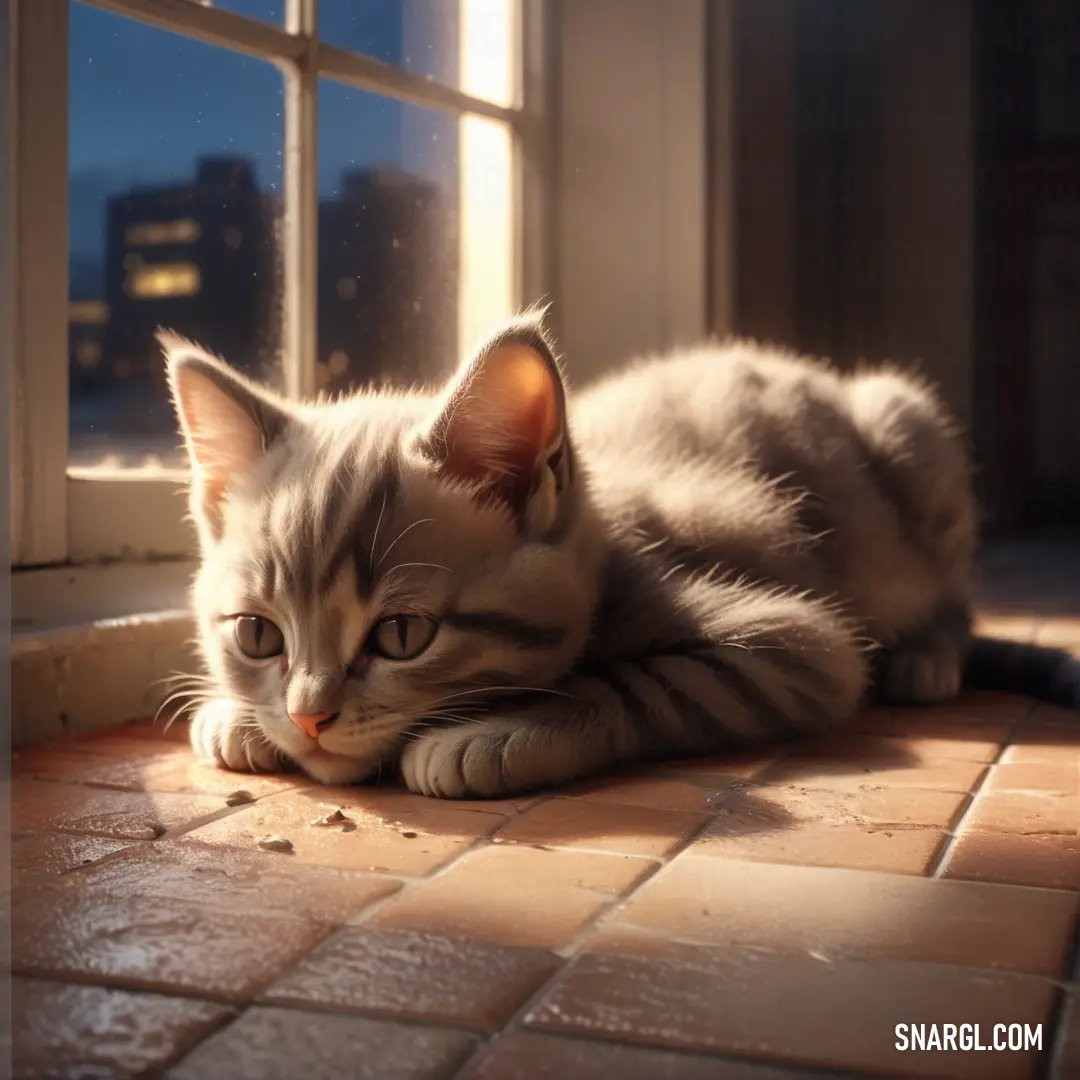
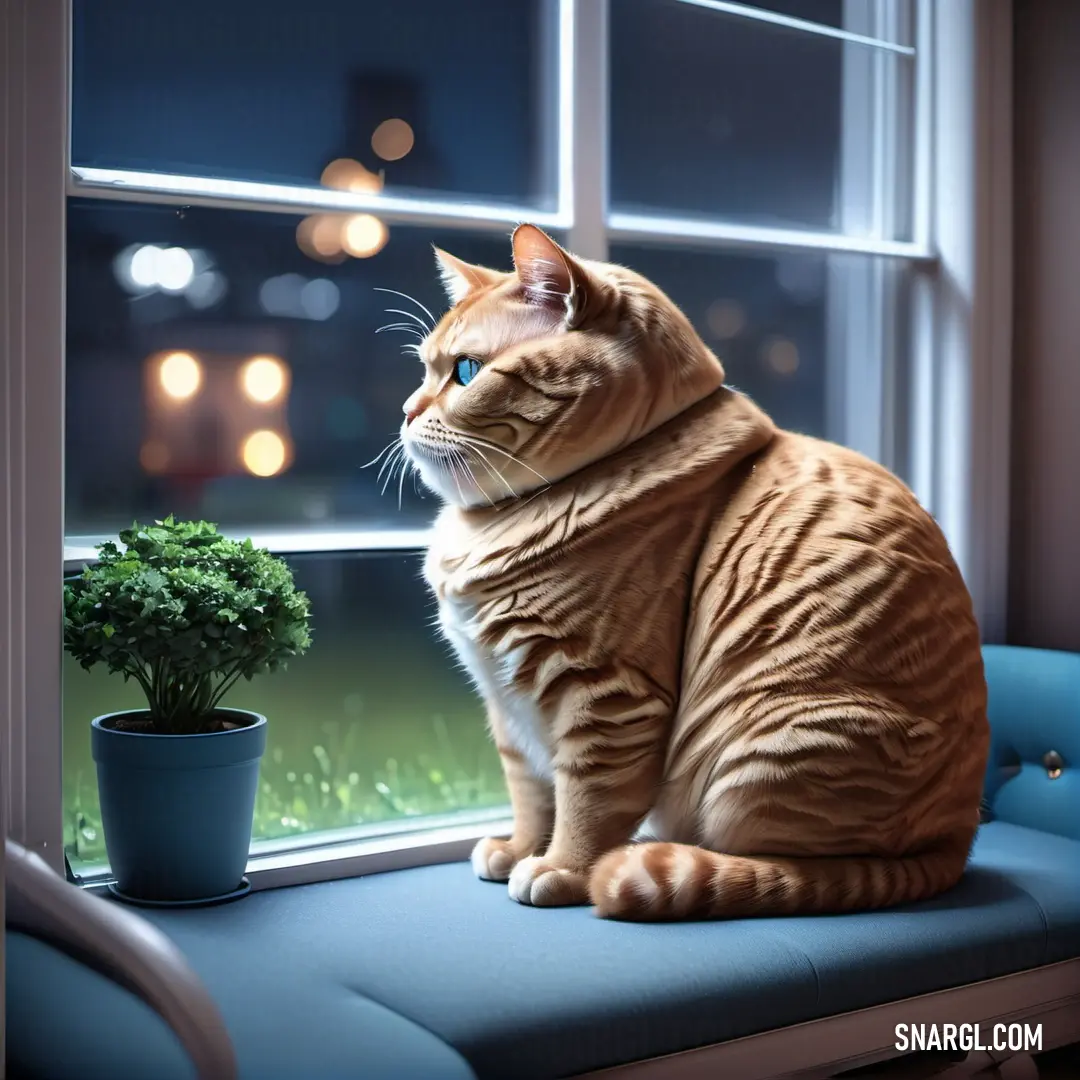
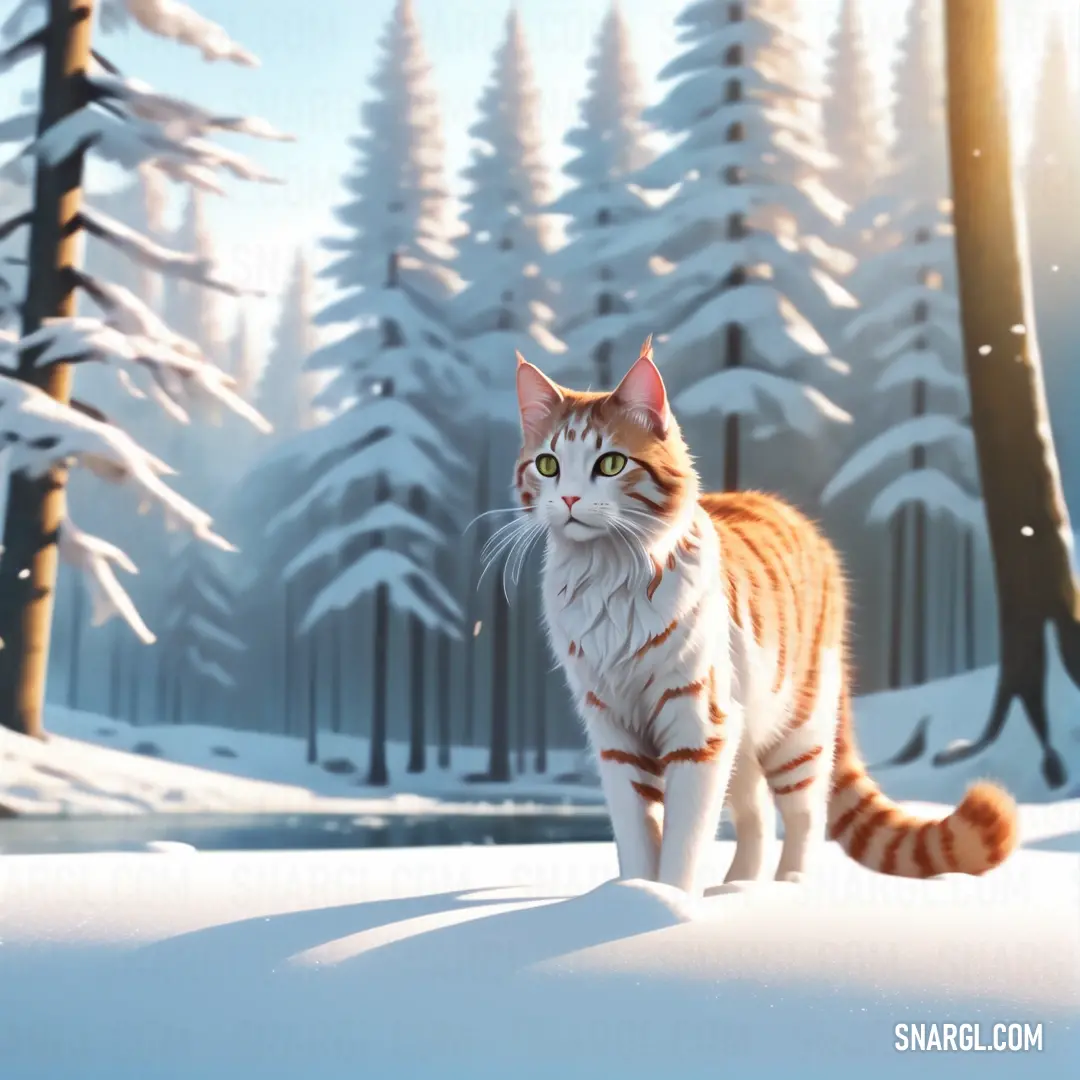
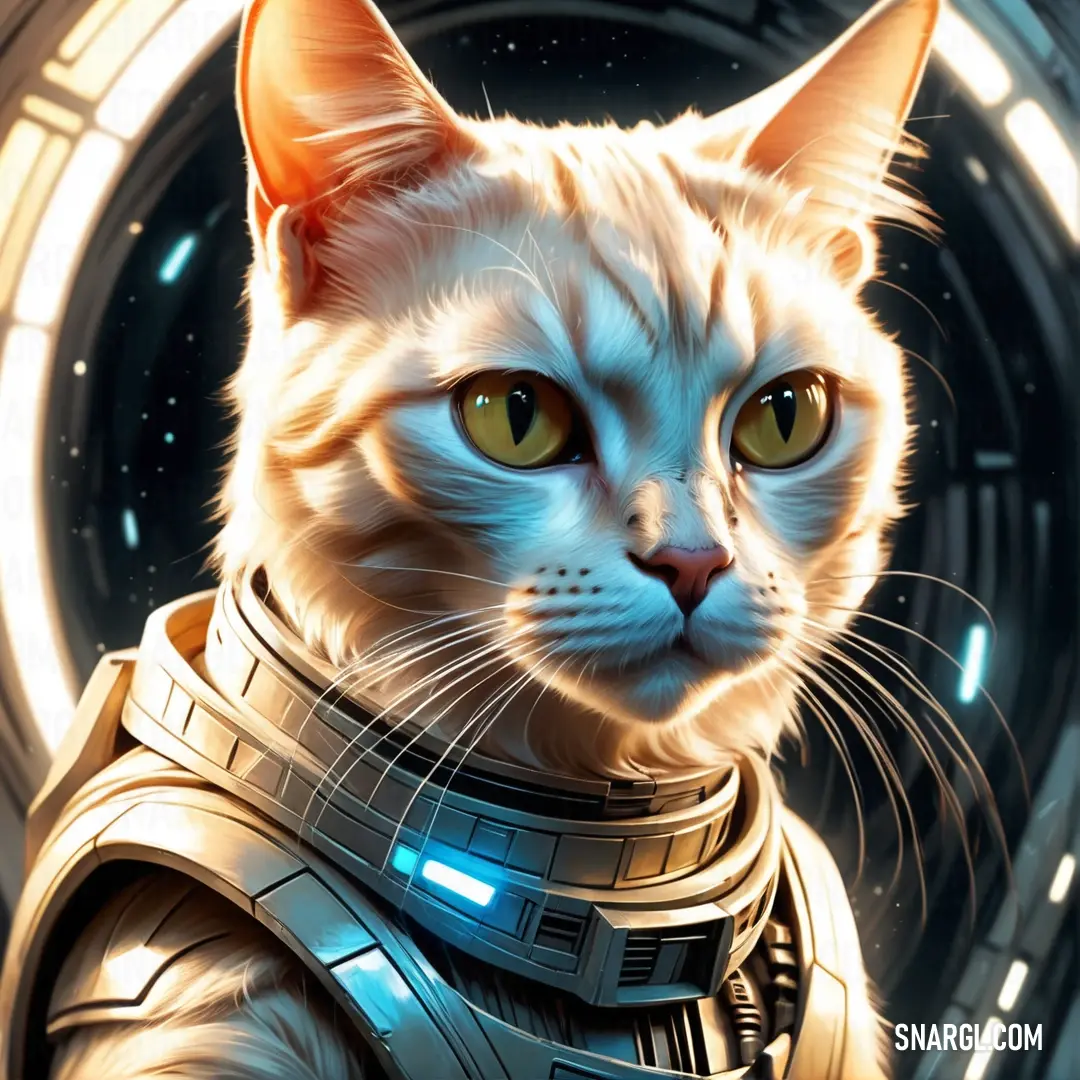
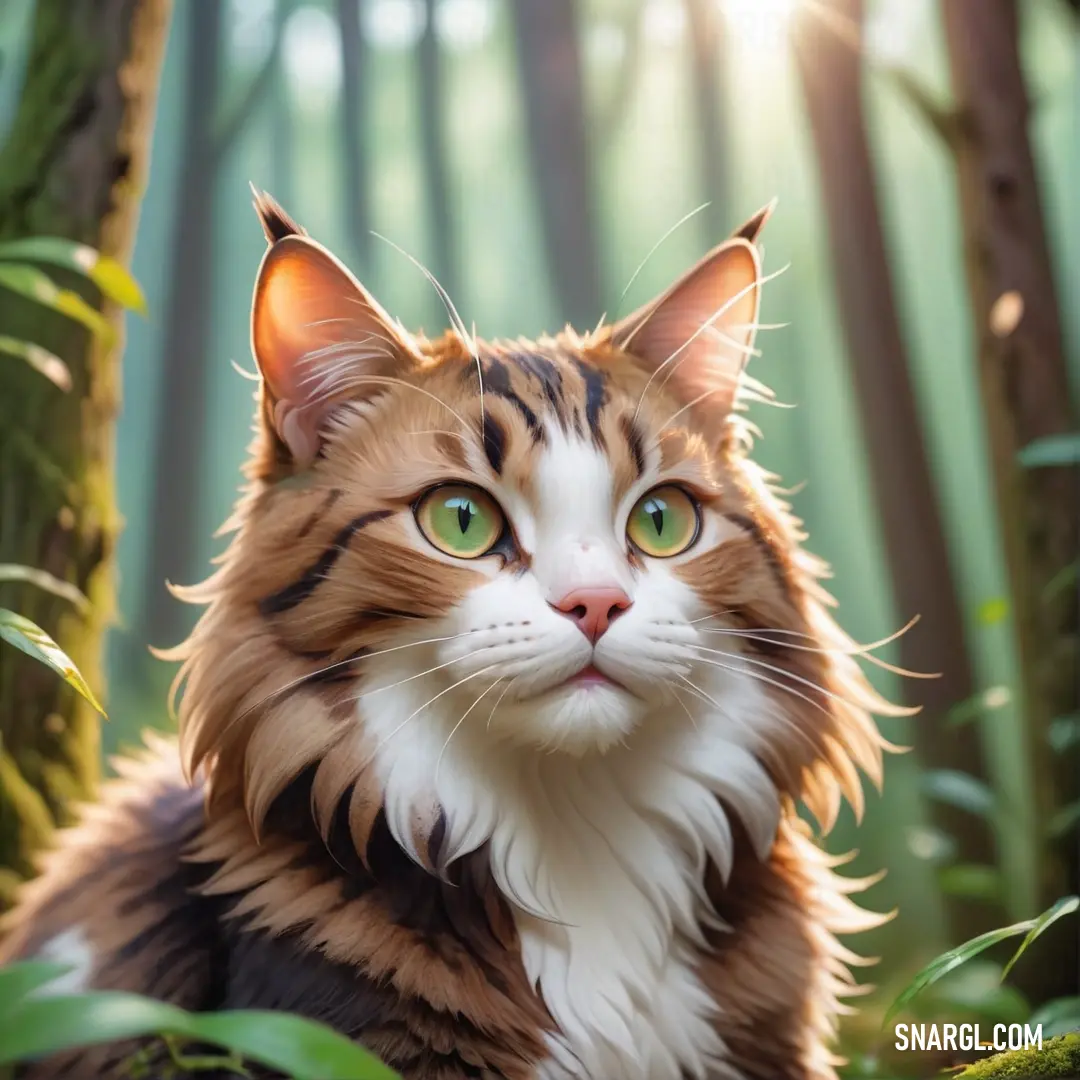
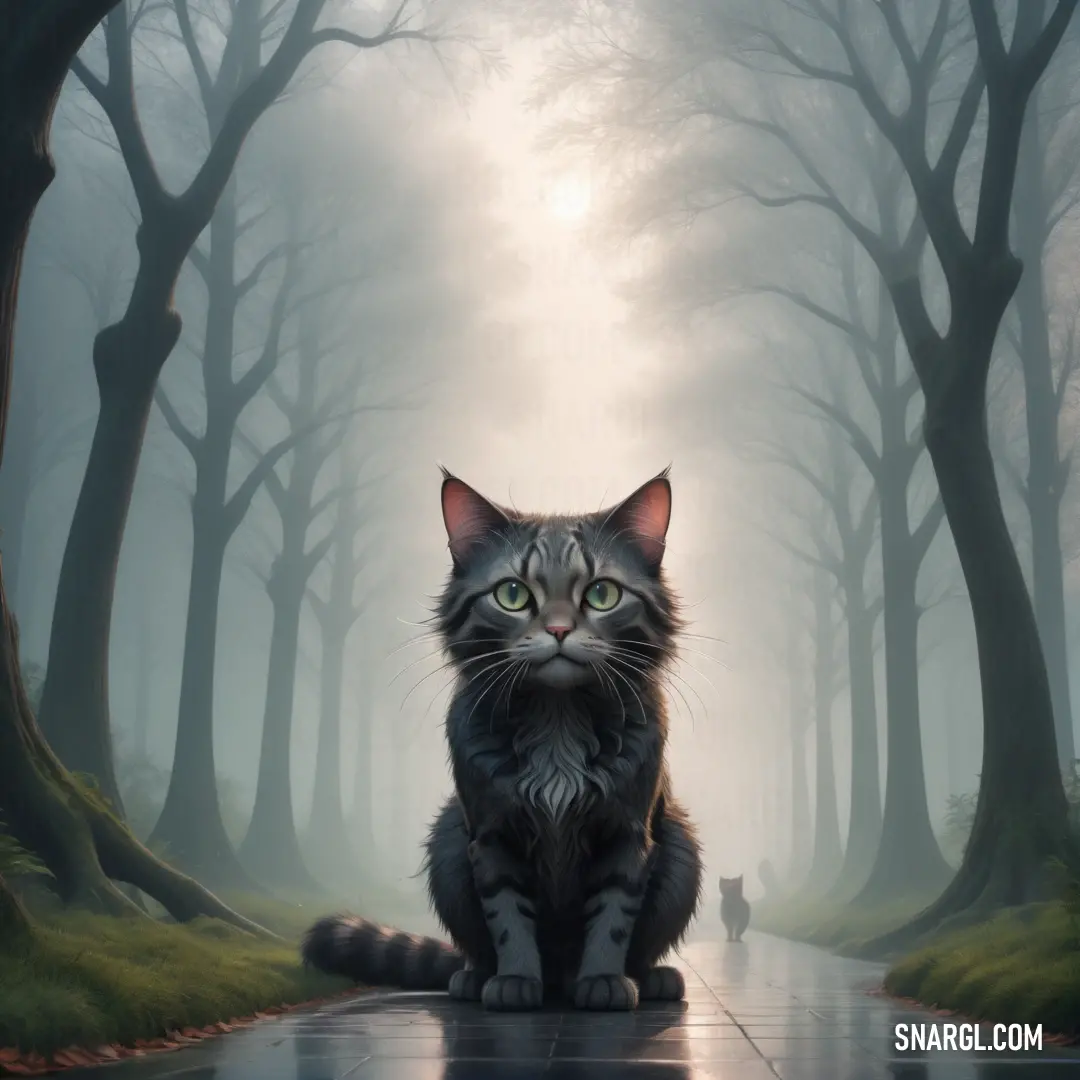
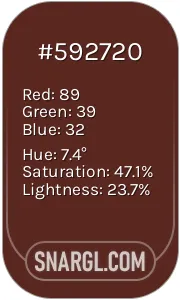 Caput mortuum
Caput mortuum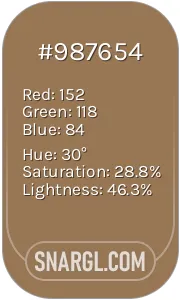 Pale brown
Pale brown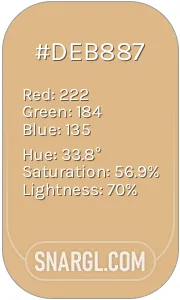 Burlywood
Burlywood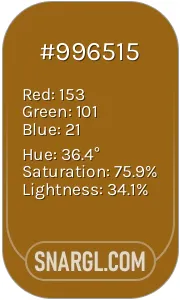 Golden brown
Golden brown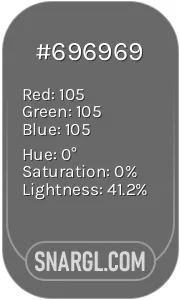 Dim gray
Dim gray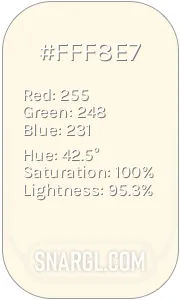 Cosmic latte
Cosmic latte
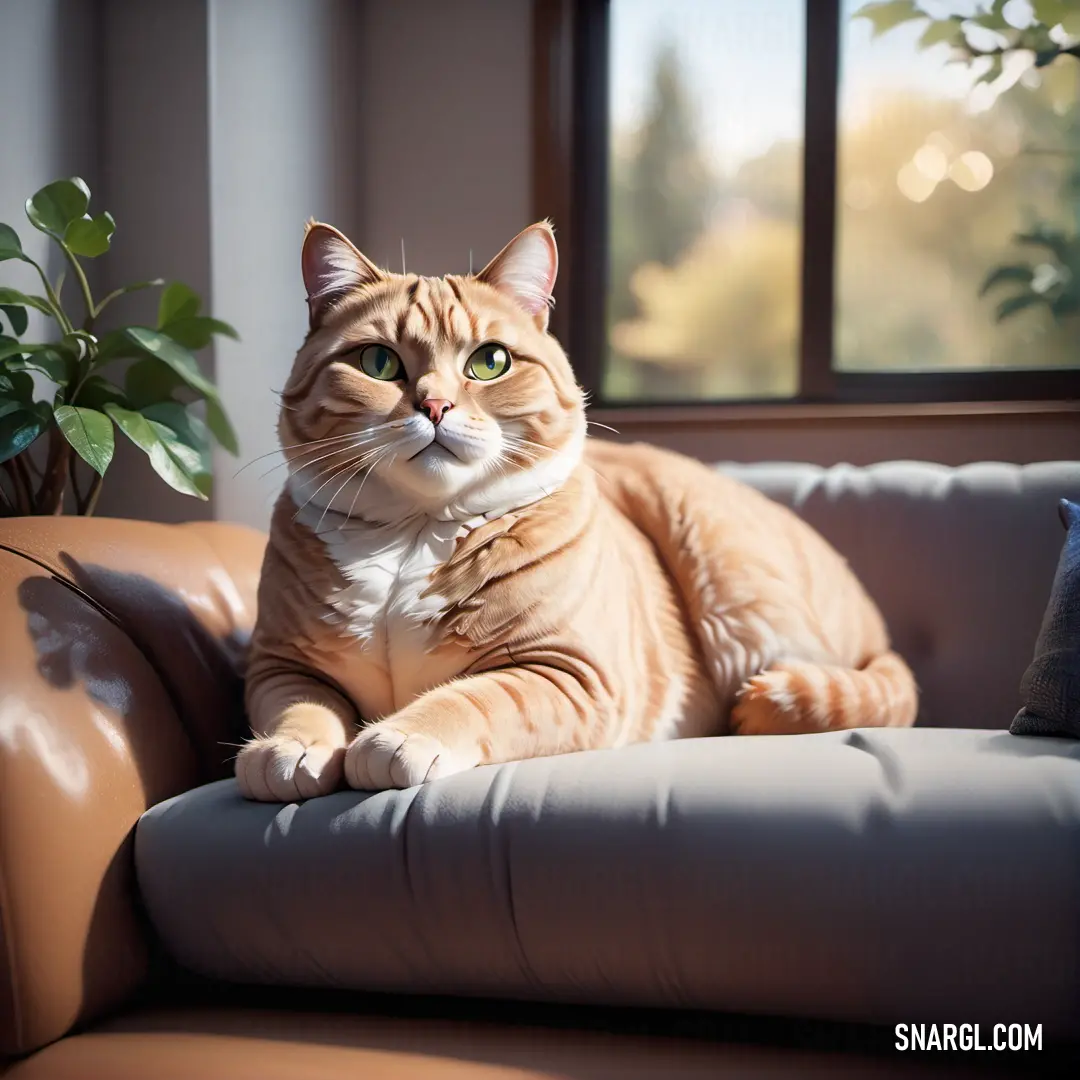
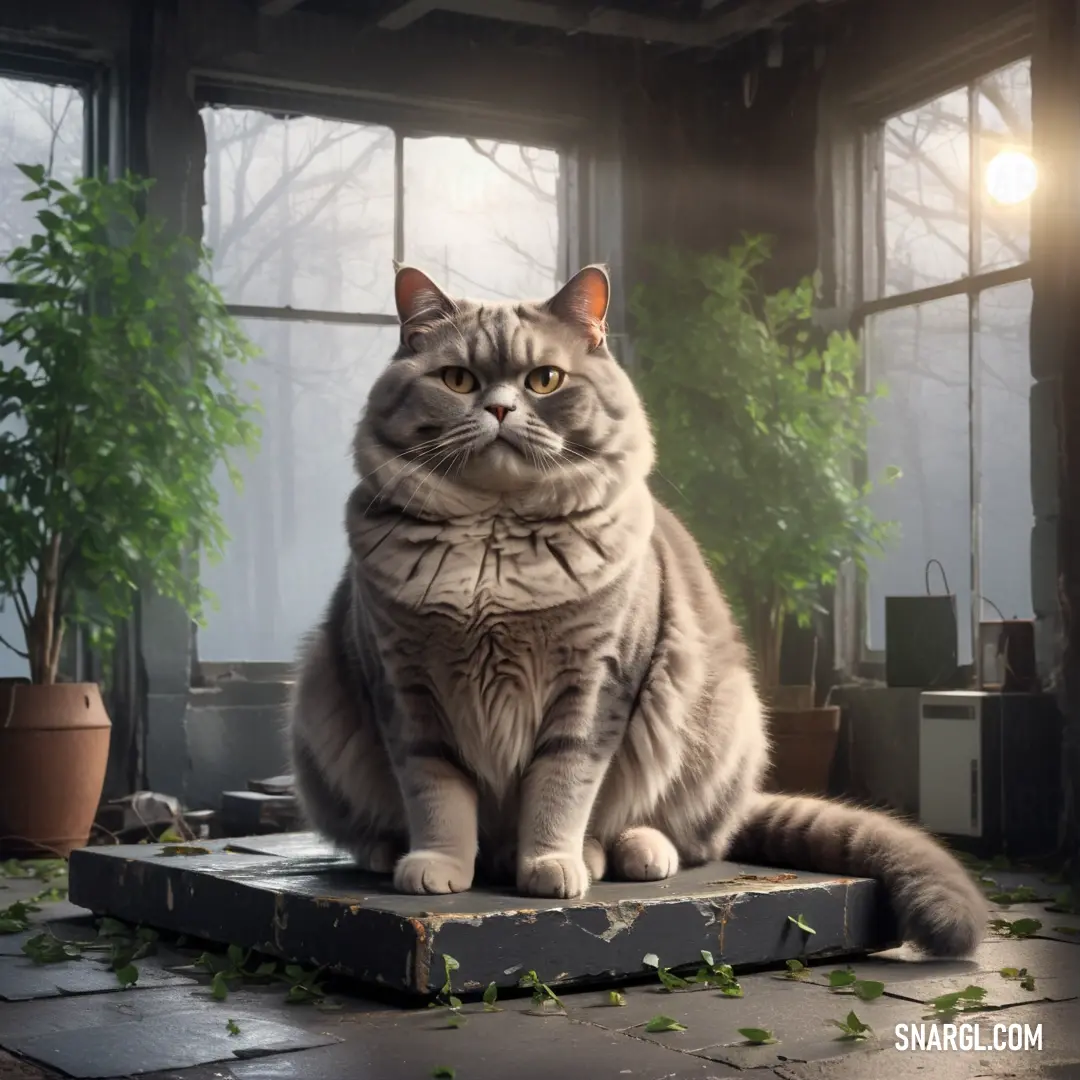
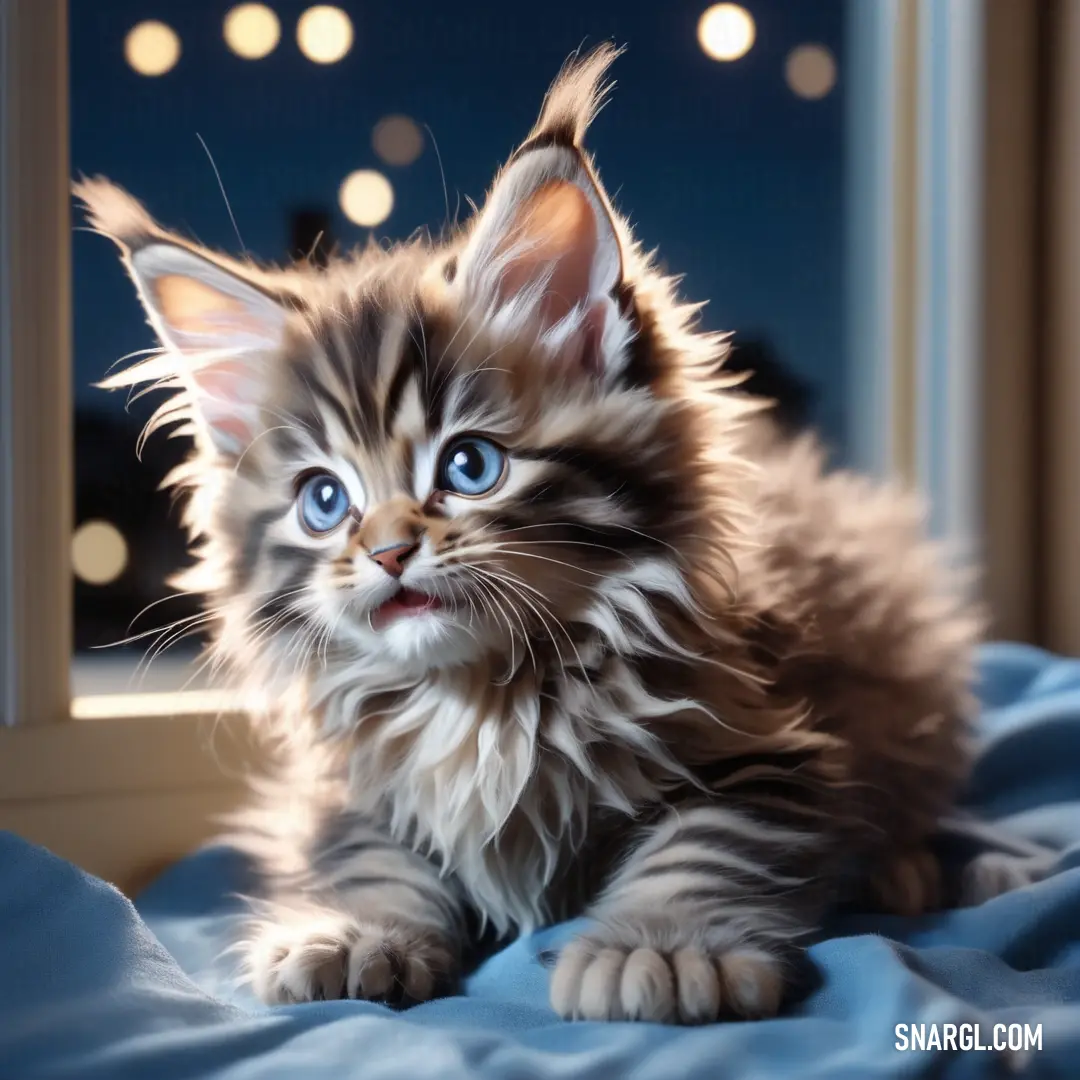

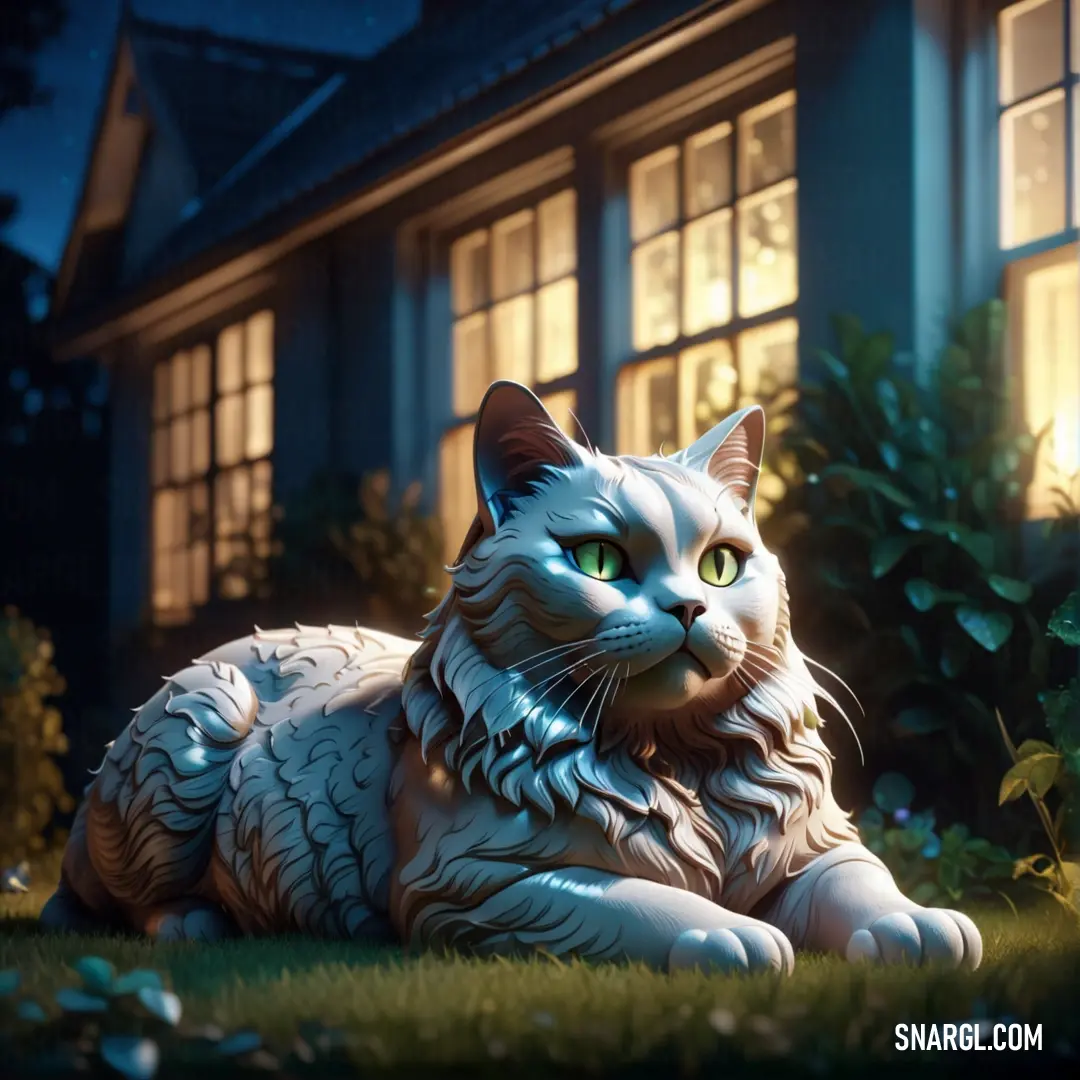
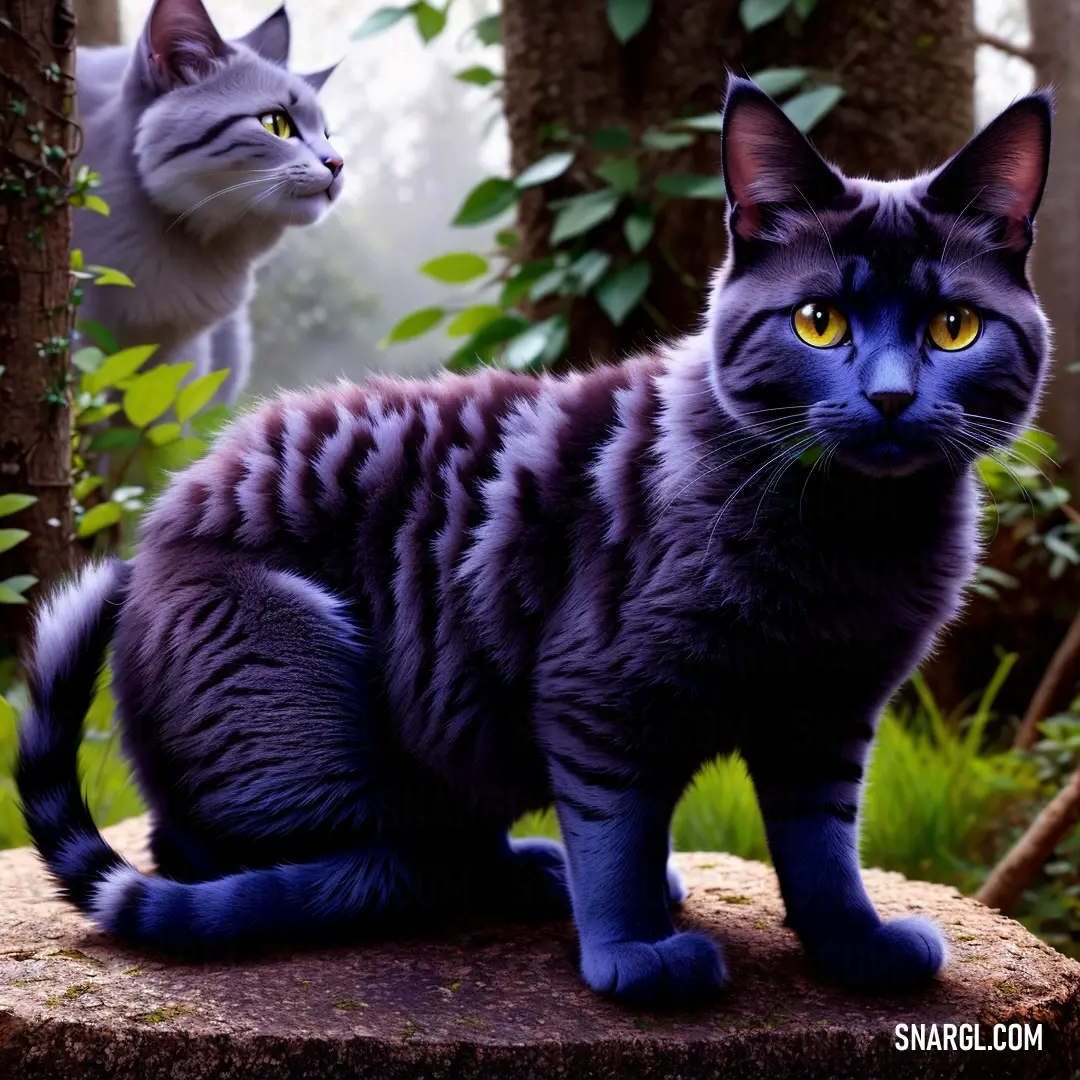
 Shadow
Shadow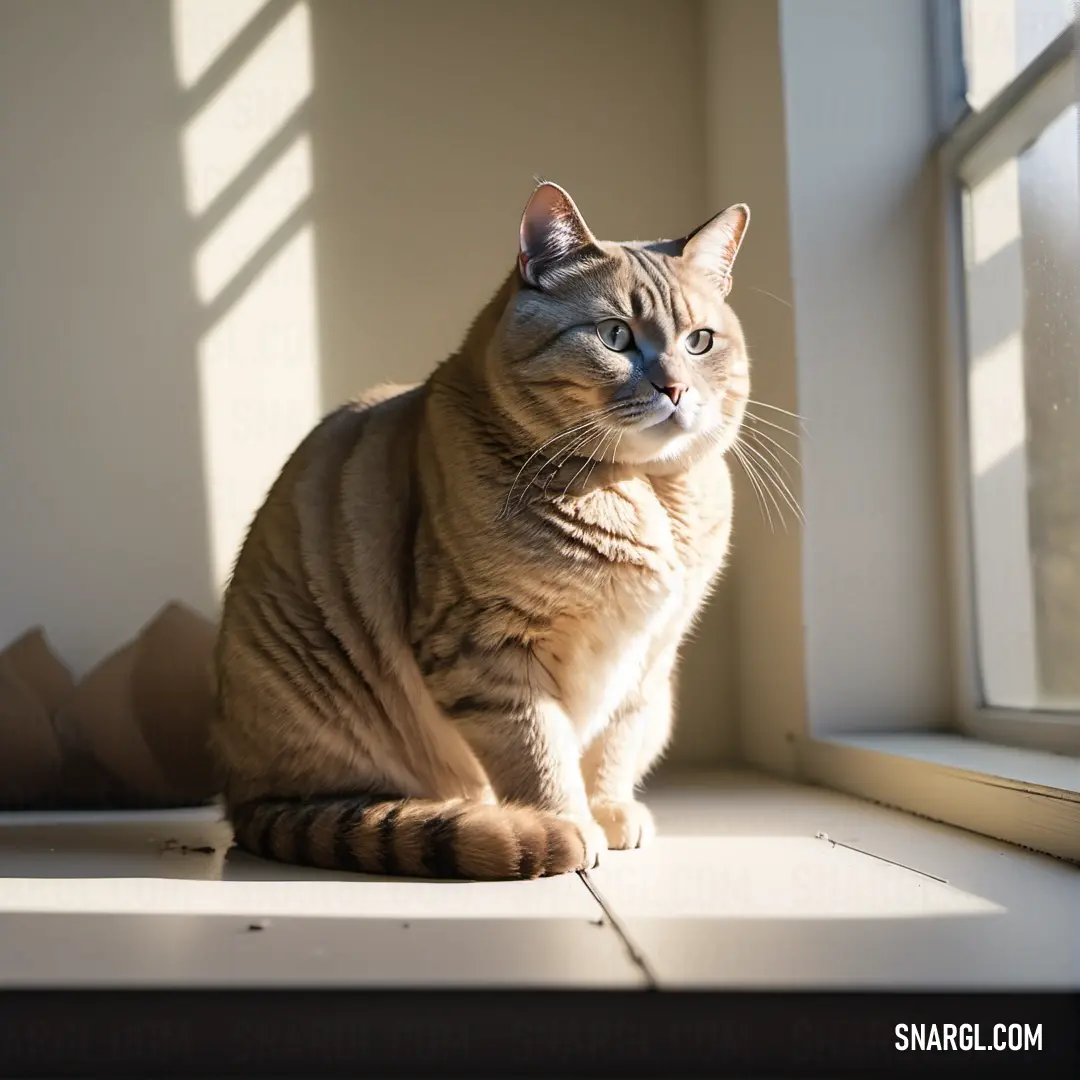
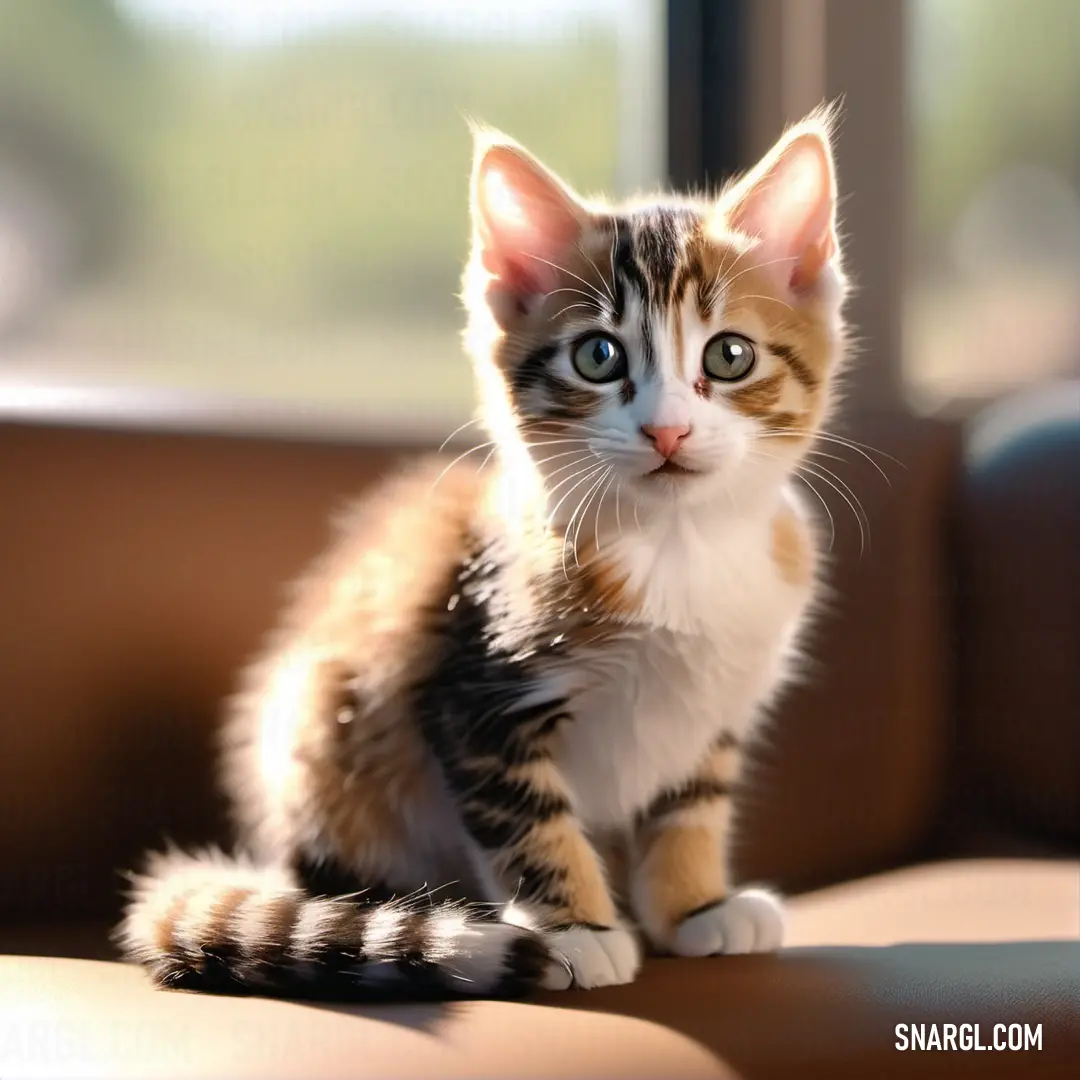
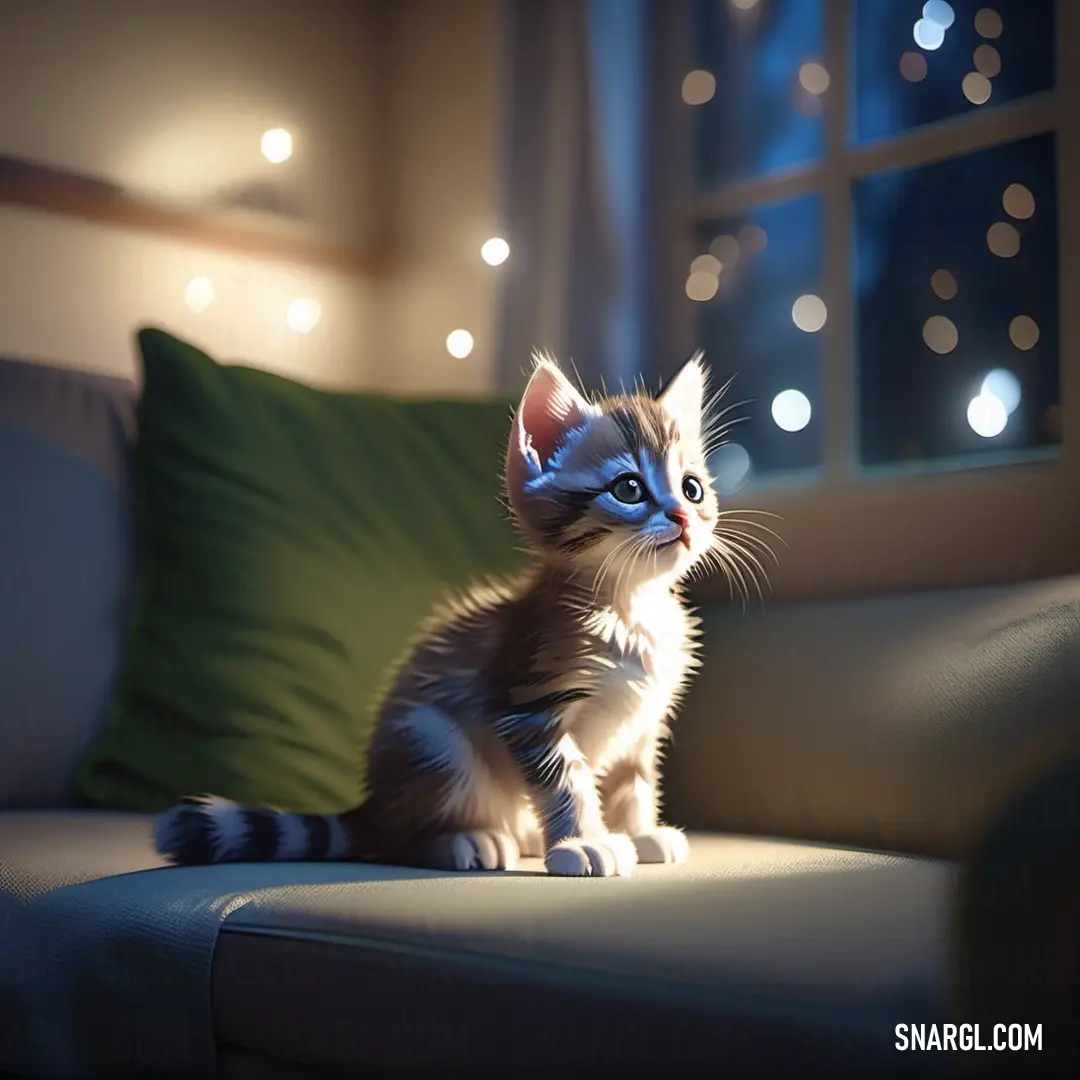
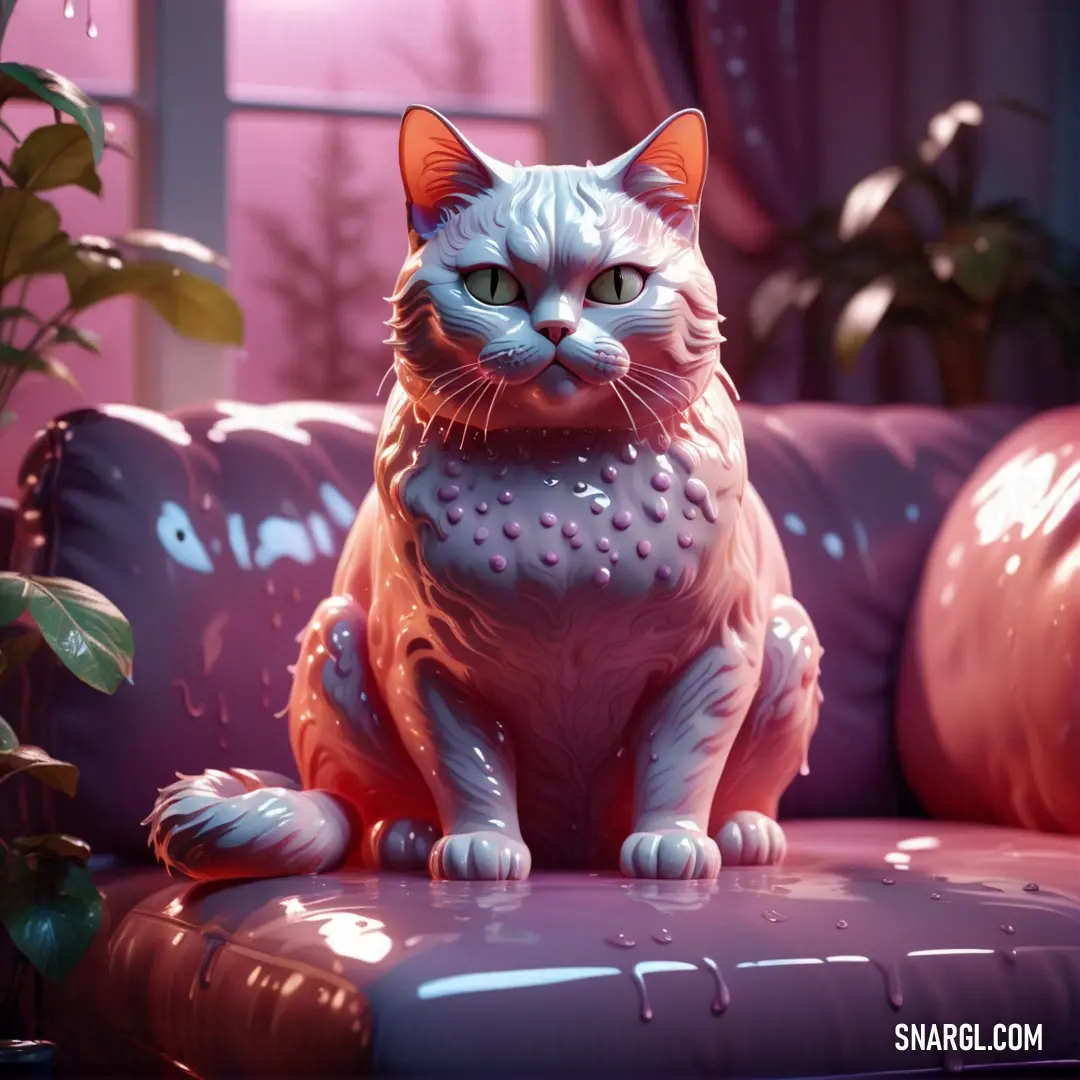
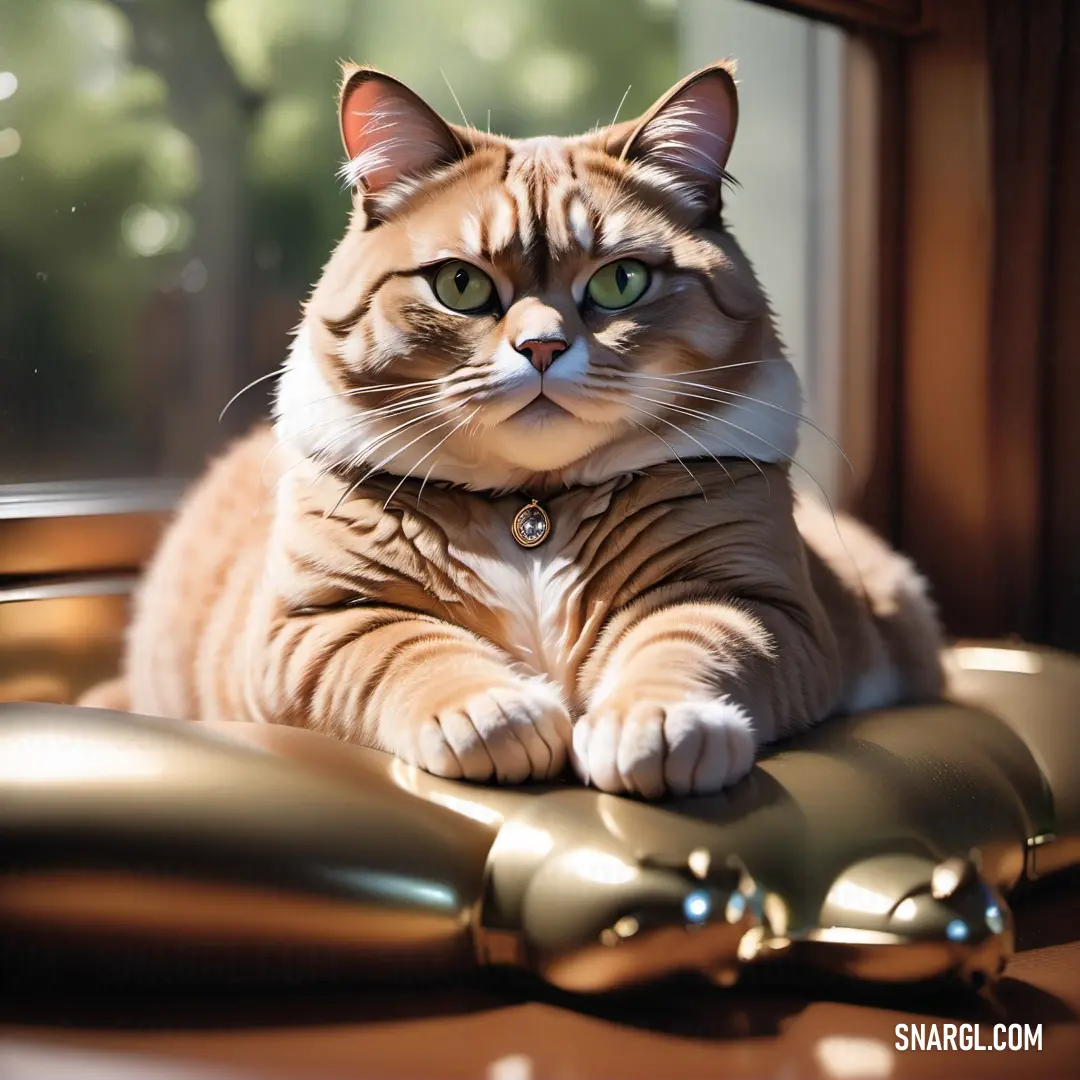
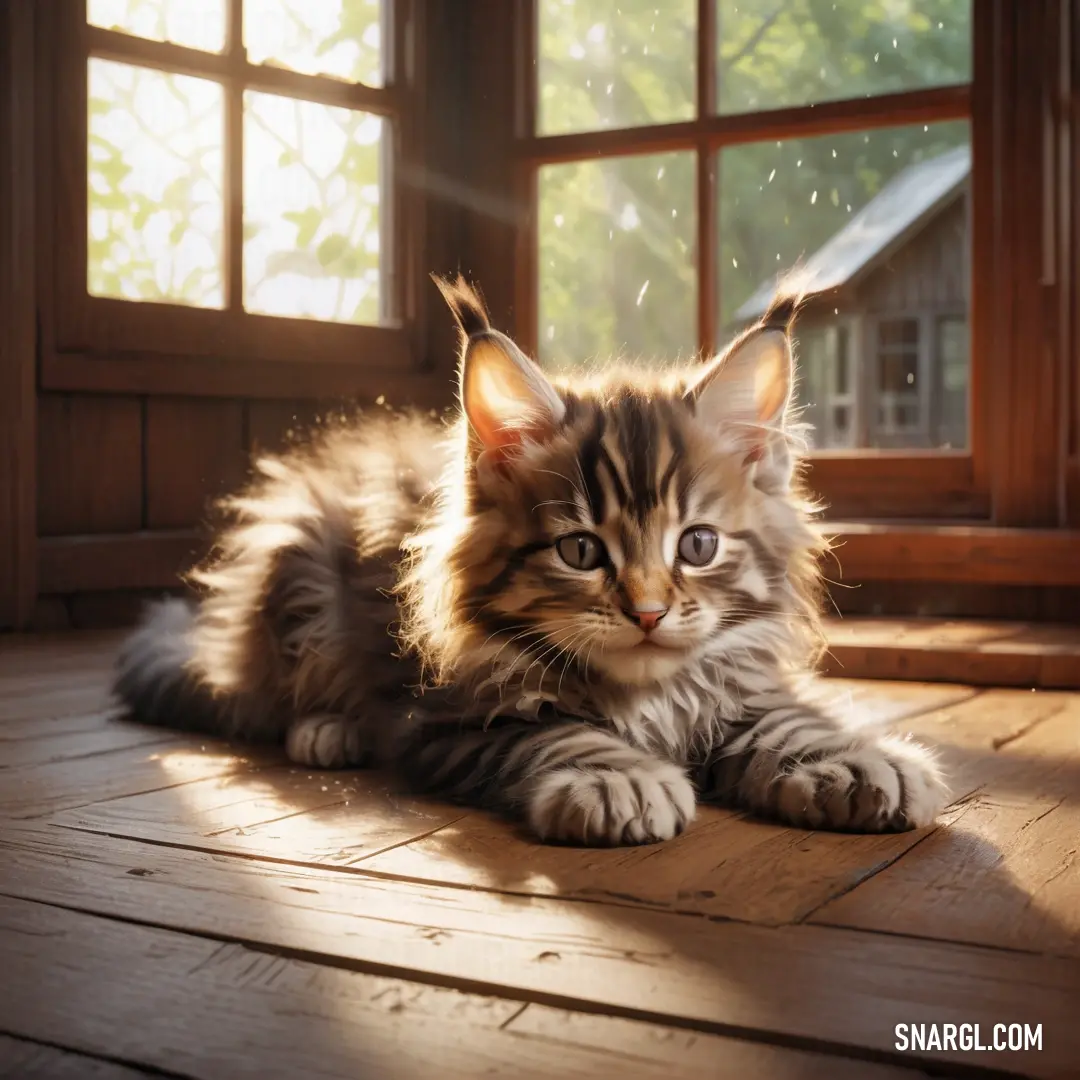
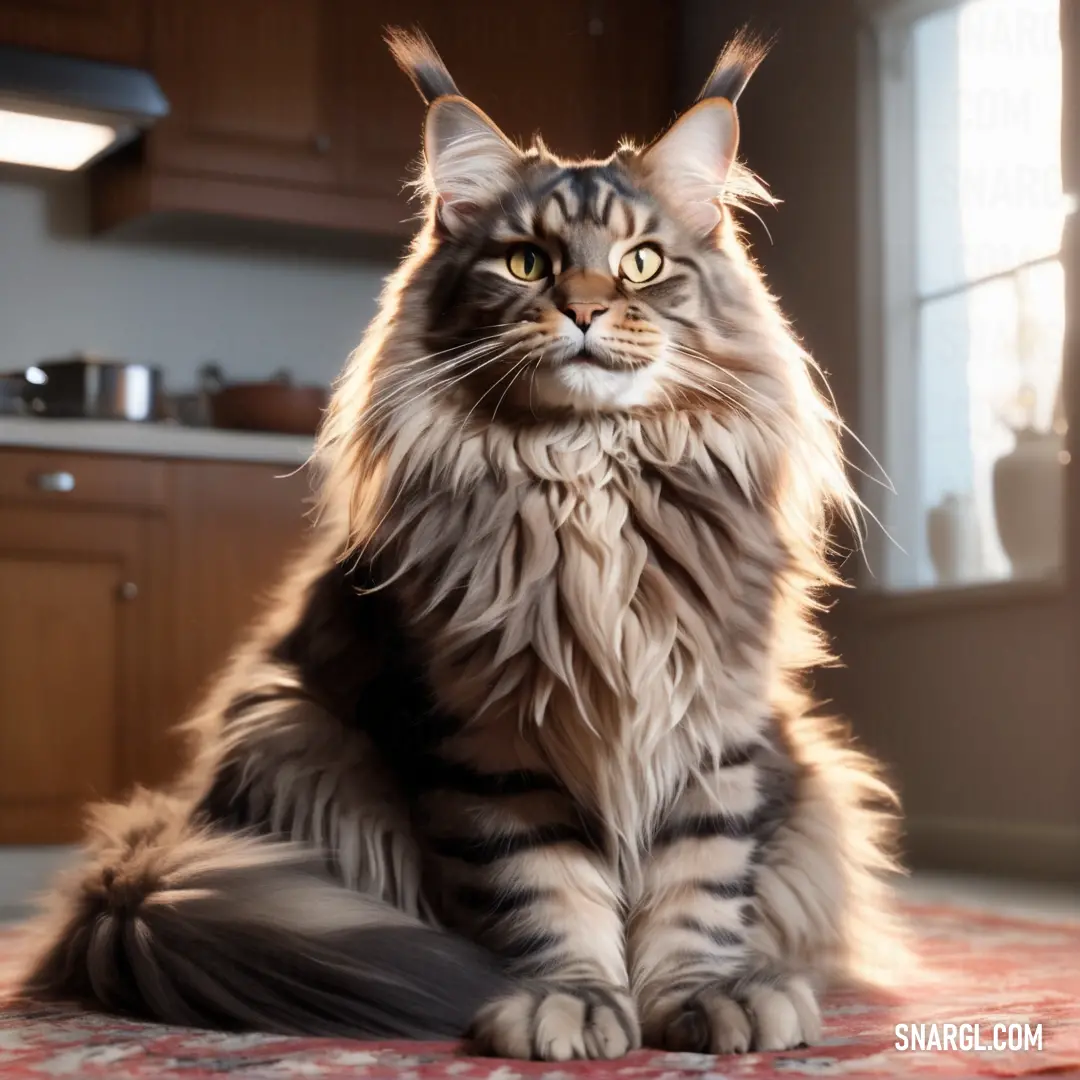
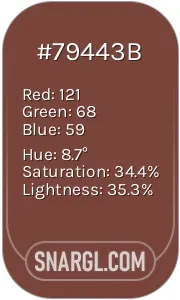 Bole
Bole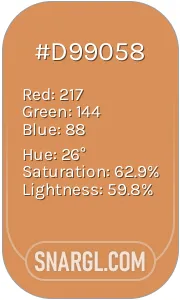 Persian orange
Persian orange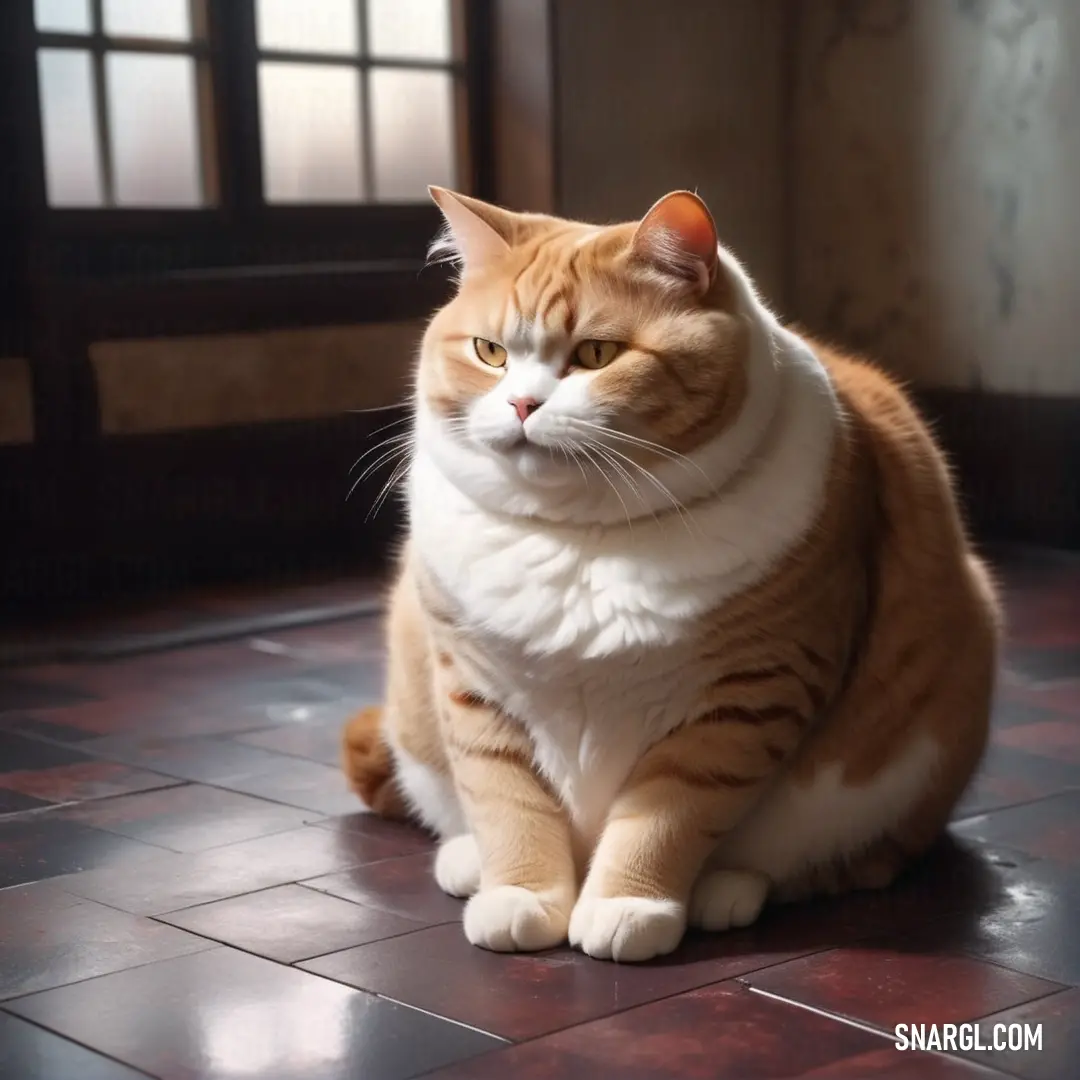
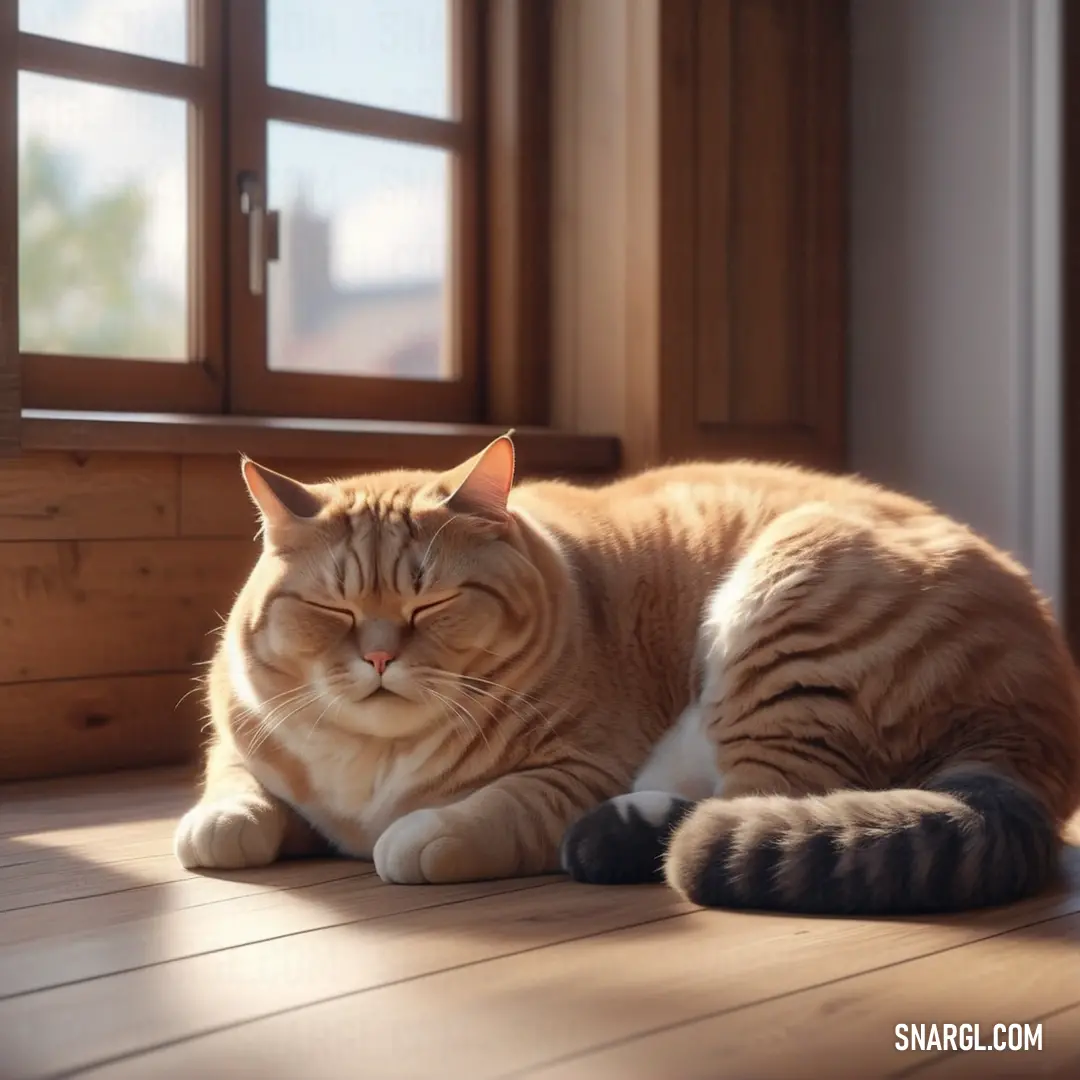
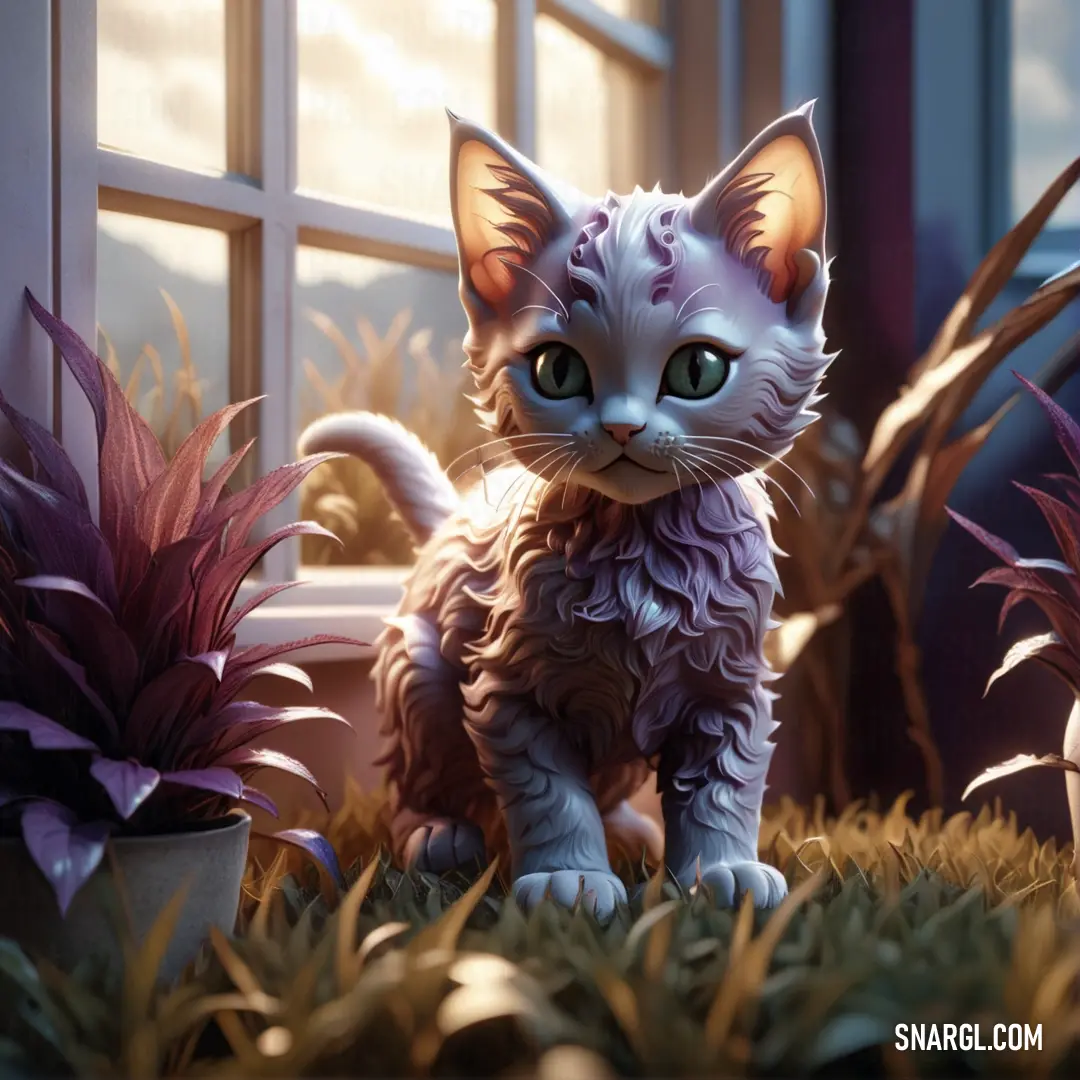
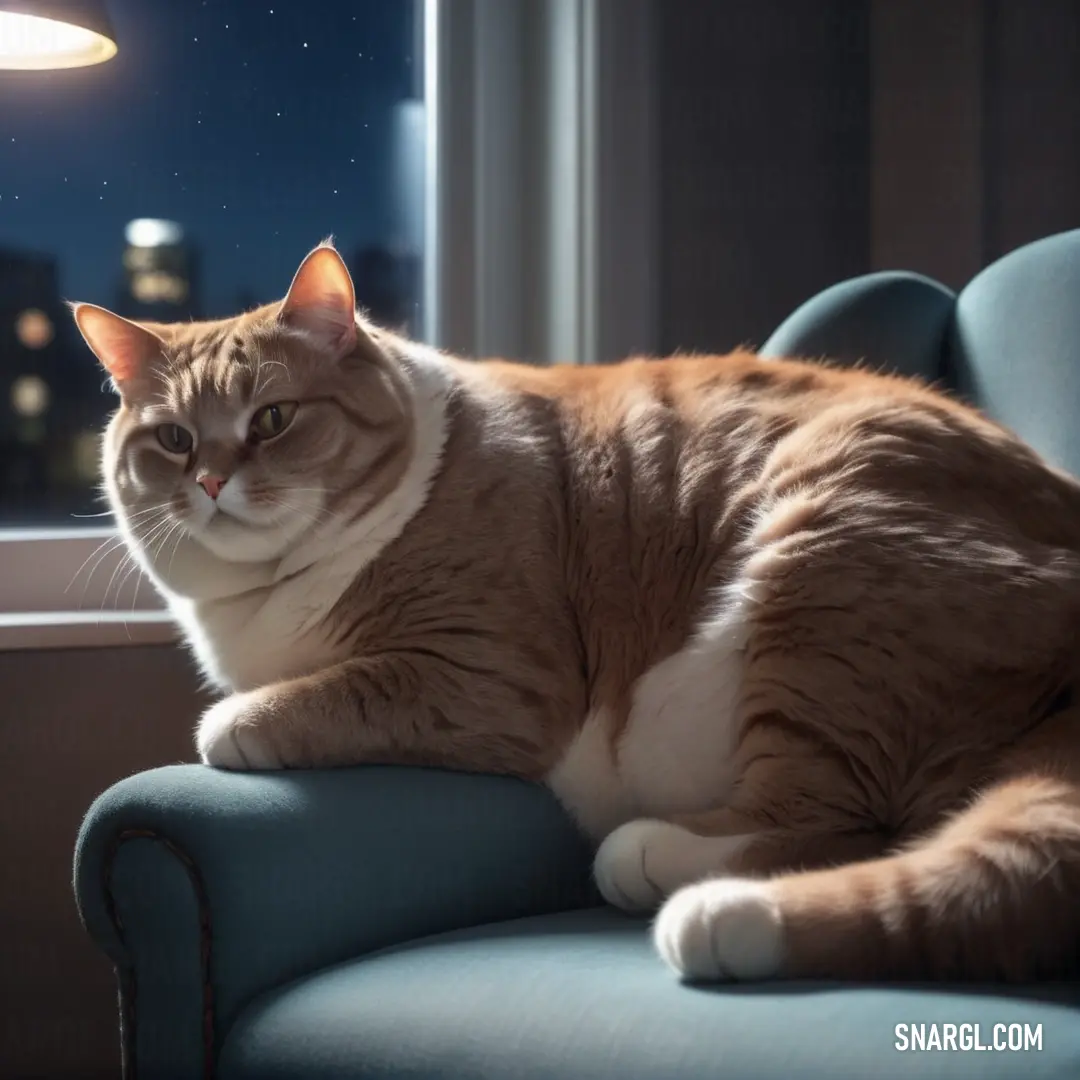
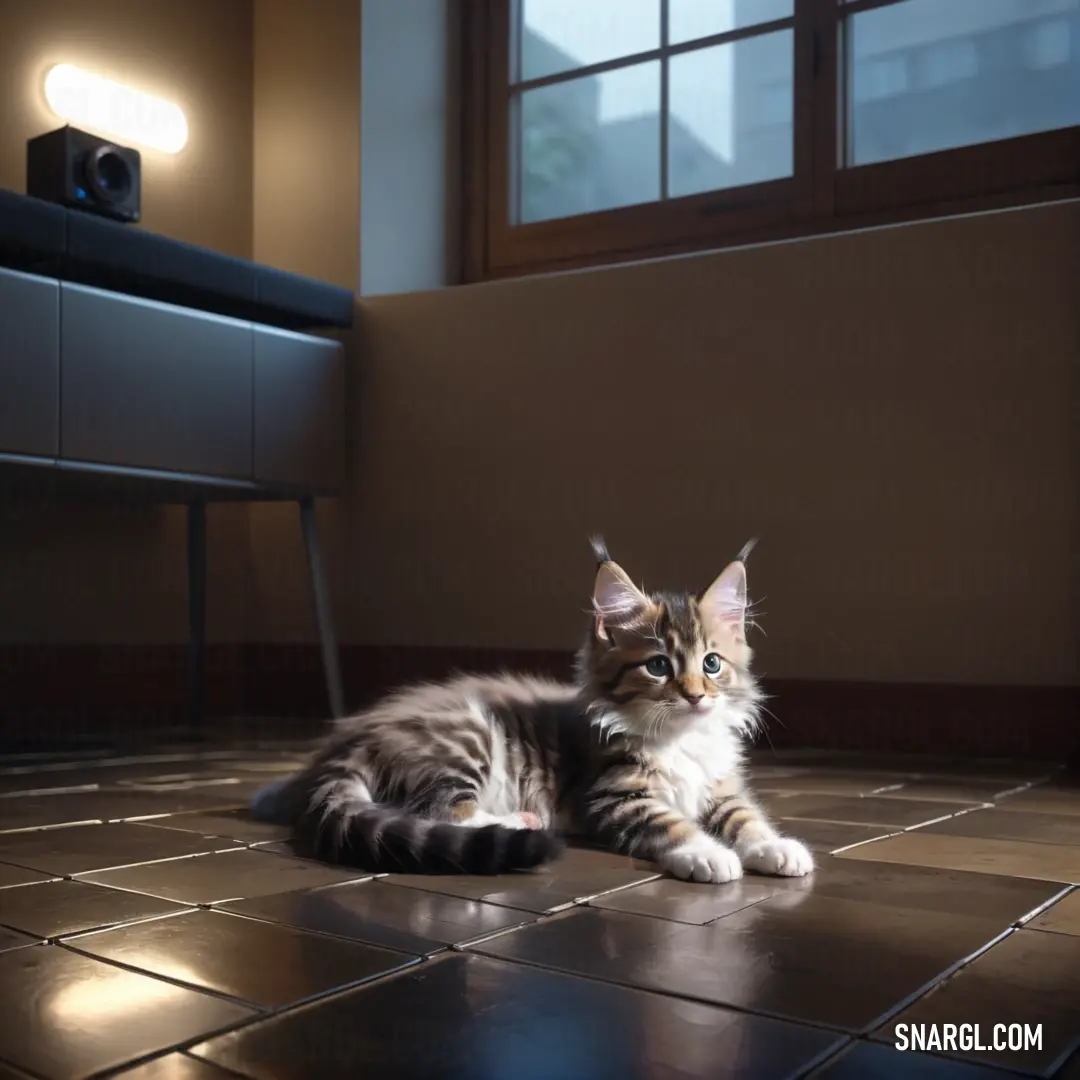
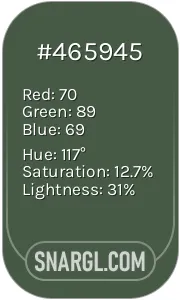 Gray-asparagus
Gray-asparagus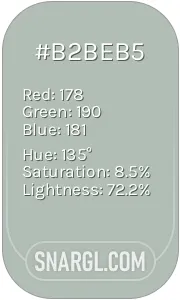 Ash grey
Ash grey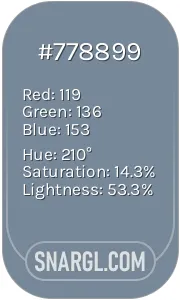 Light slate gray
Light slate gray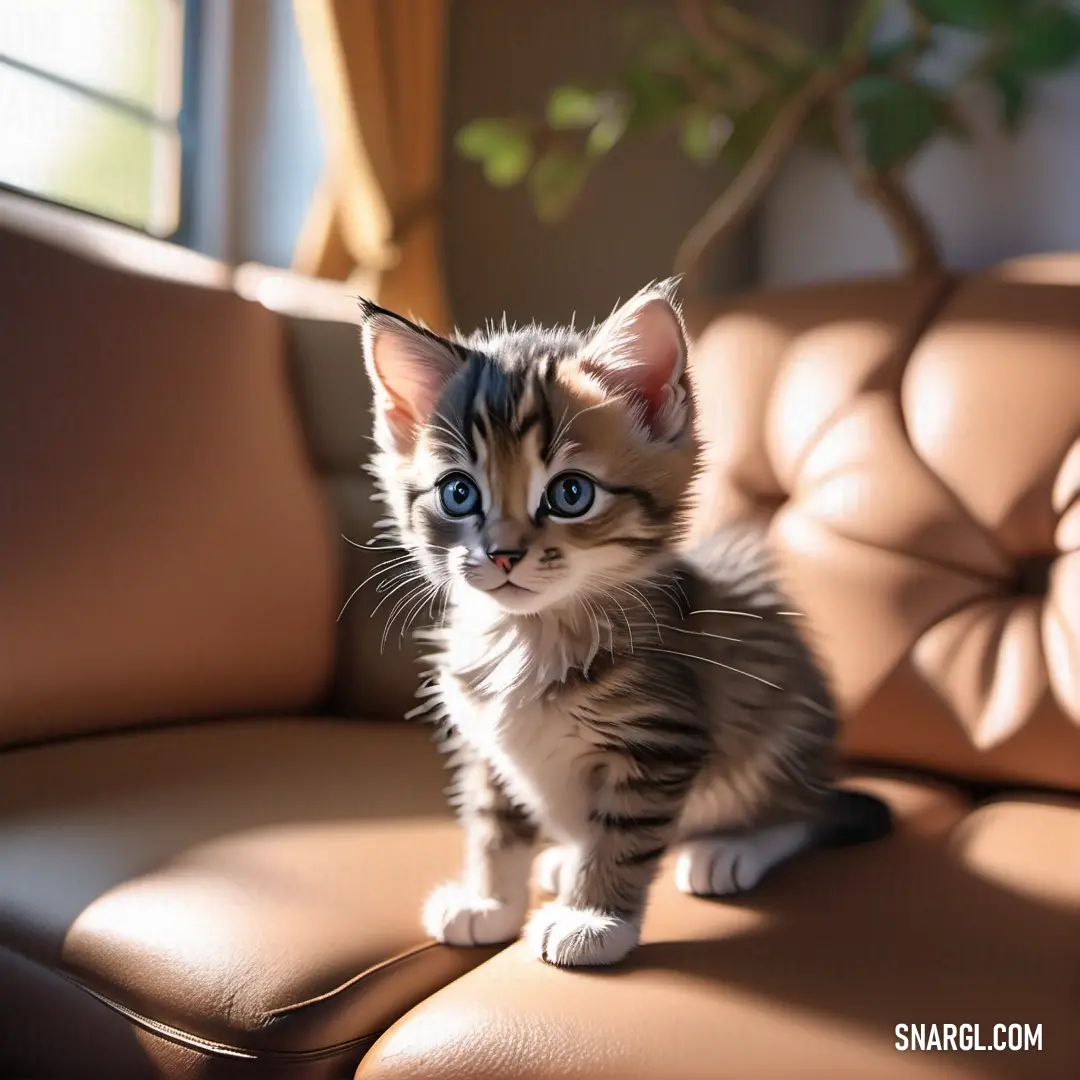
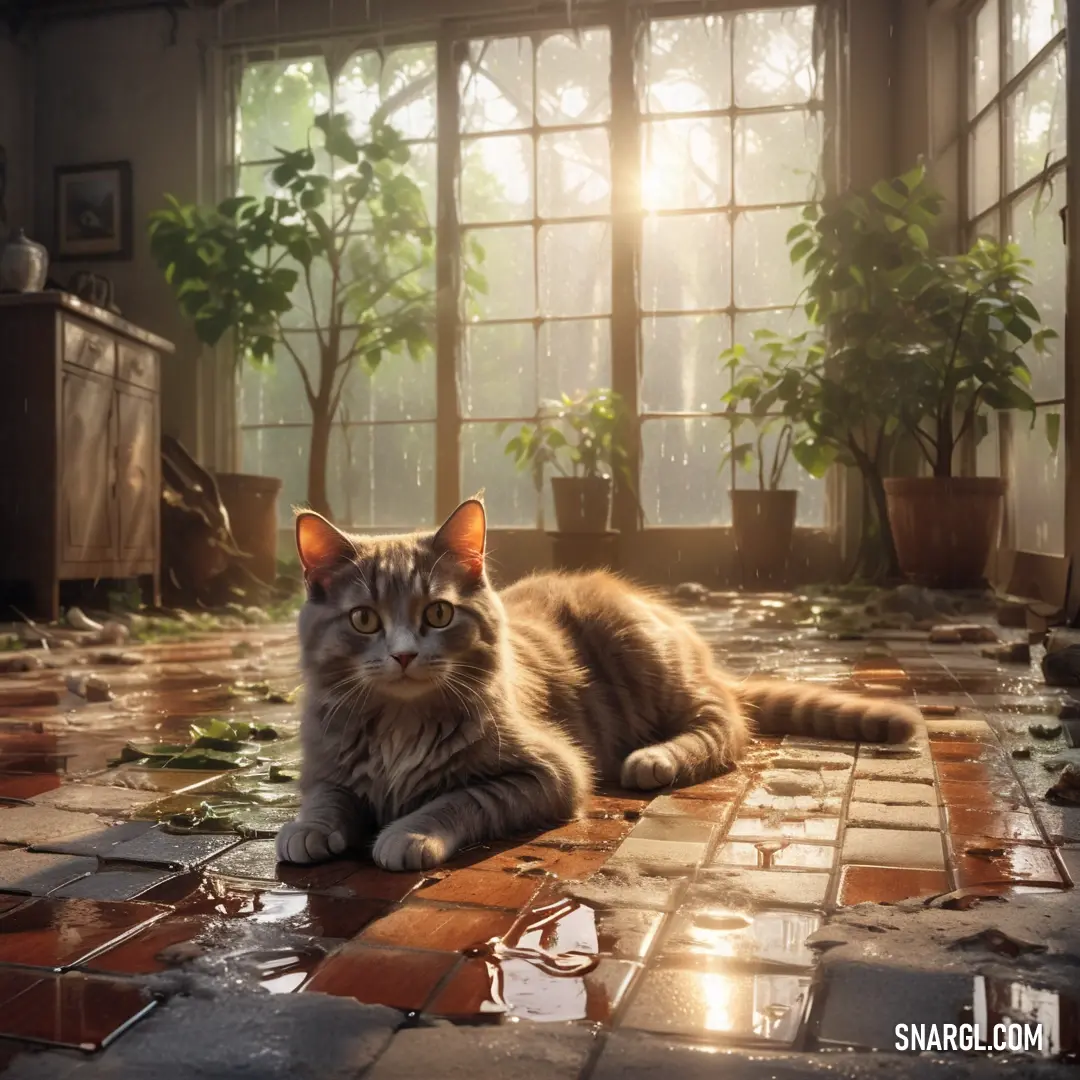
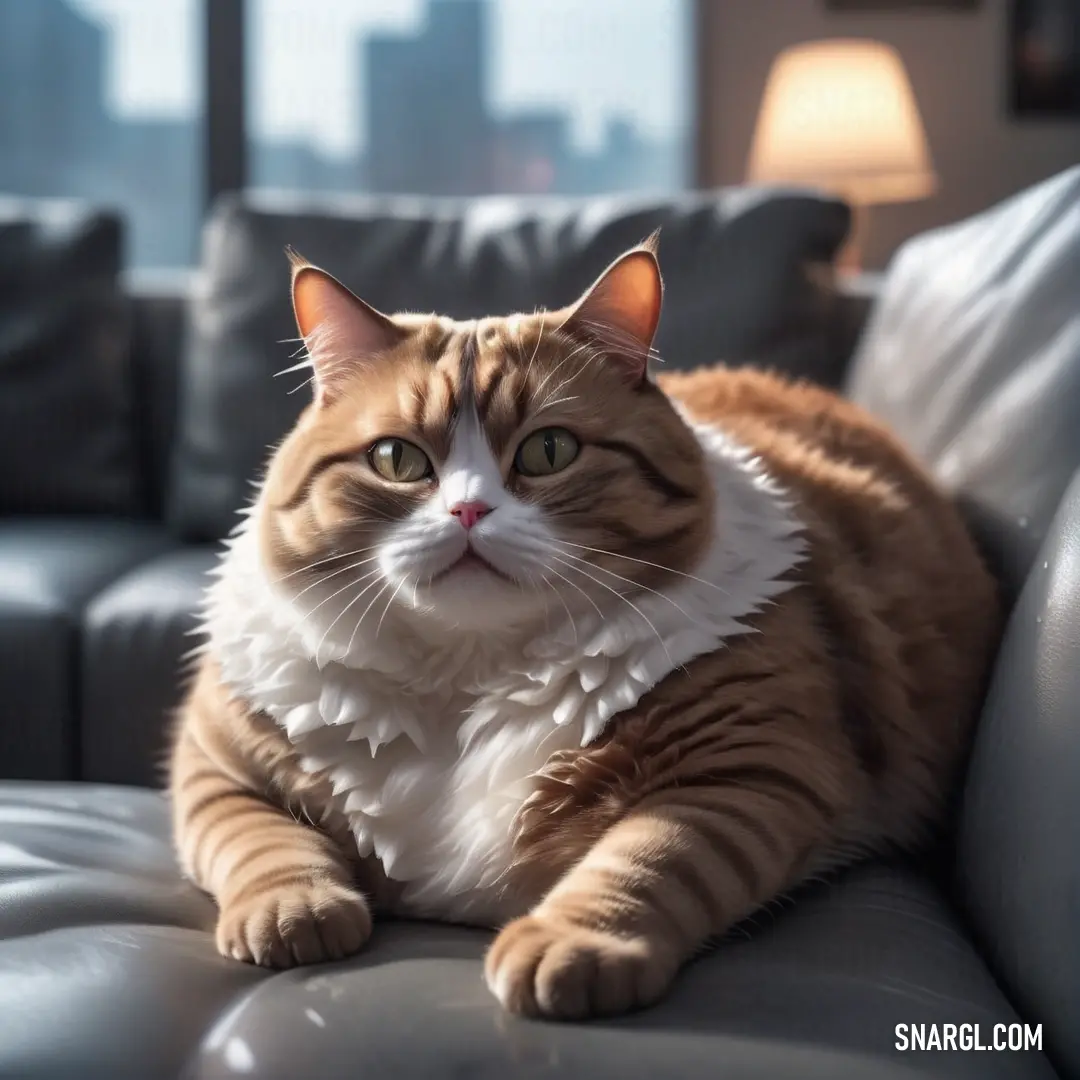
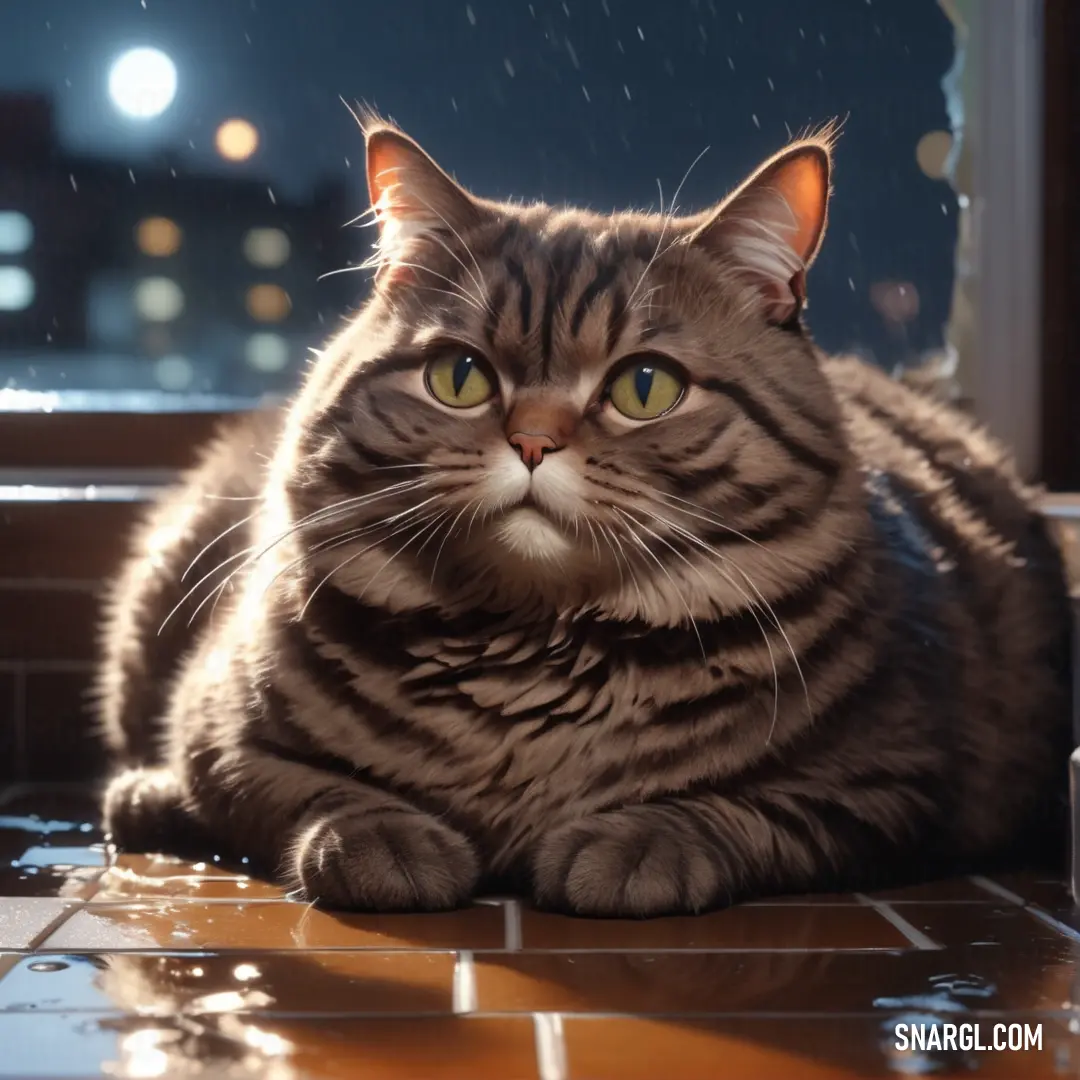
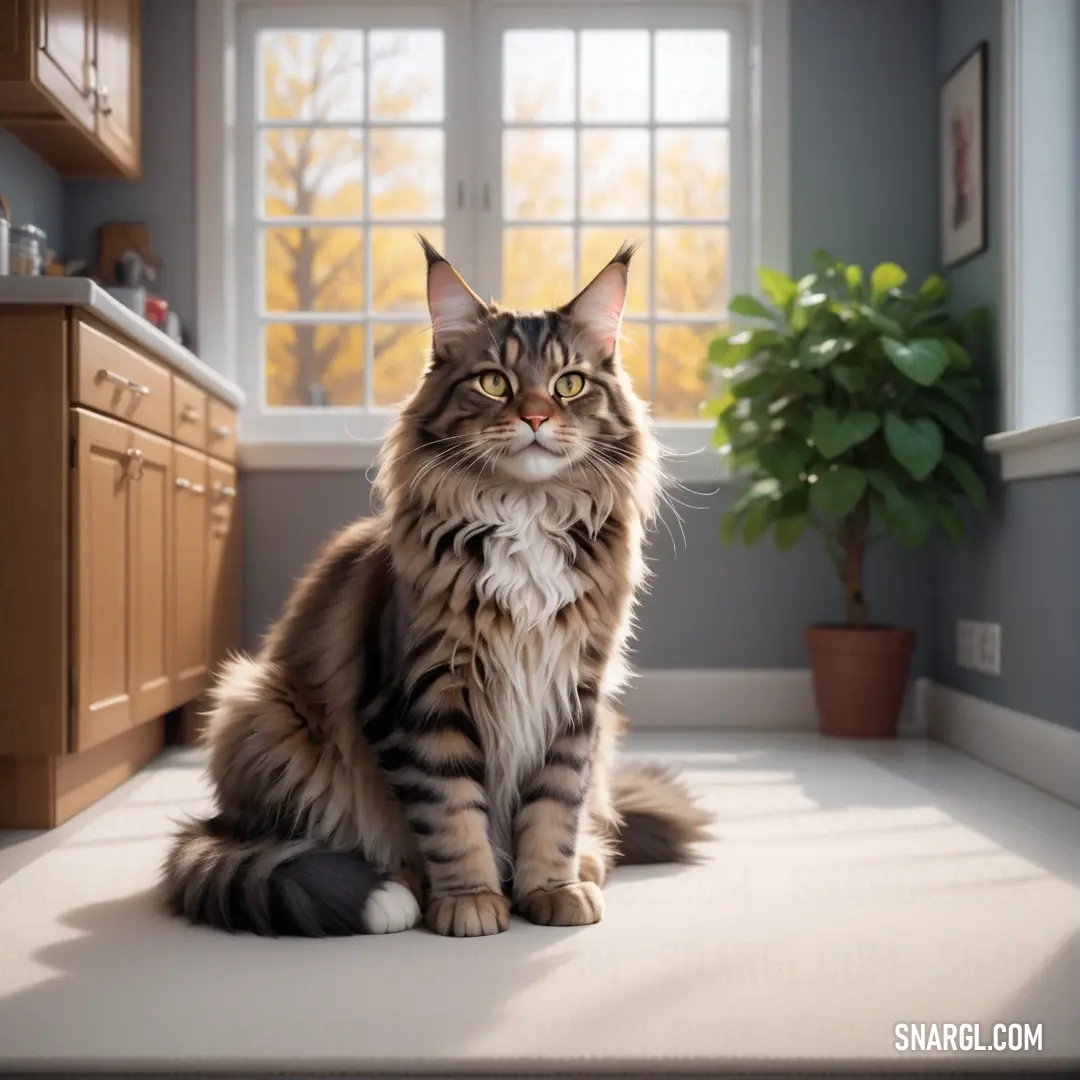
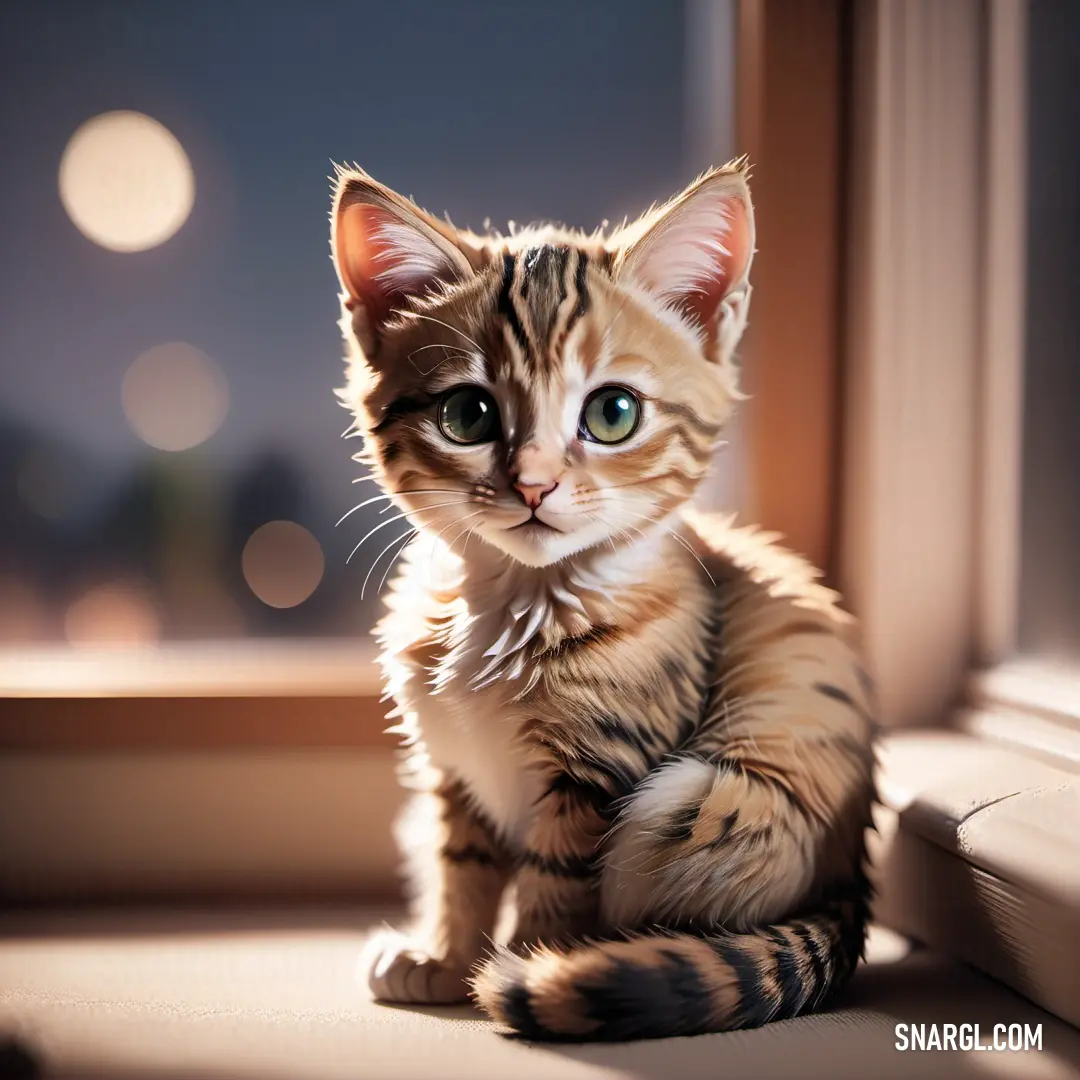
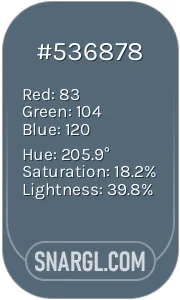 Dark electric blue
Dark electric blue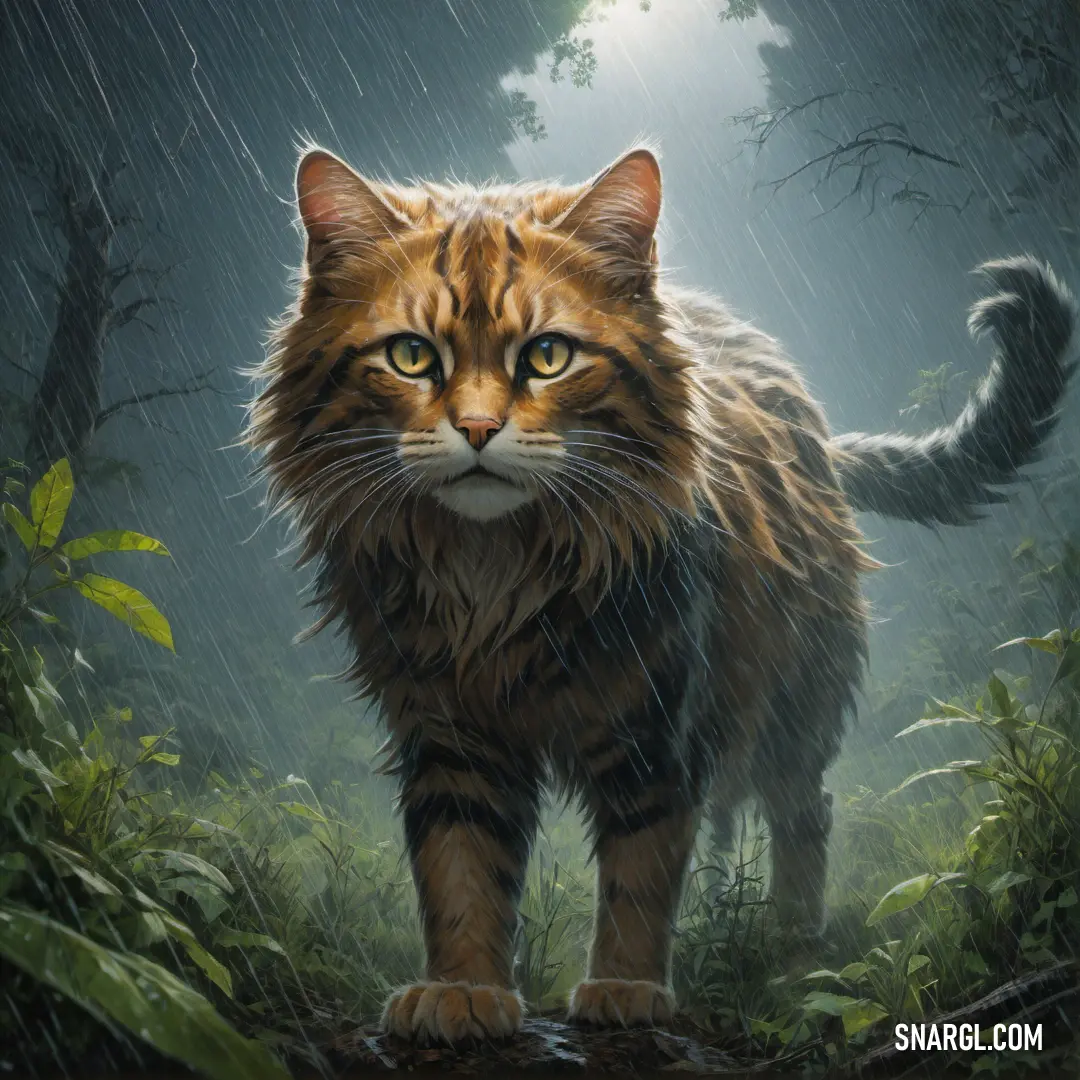
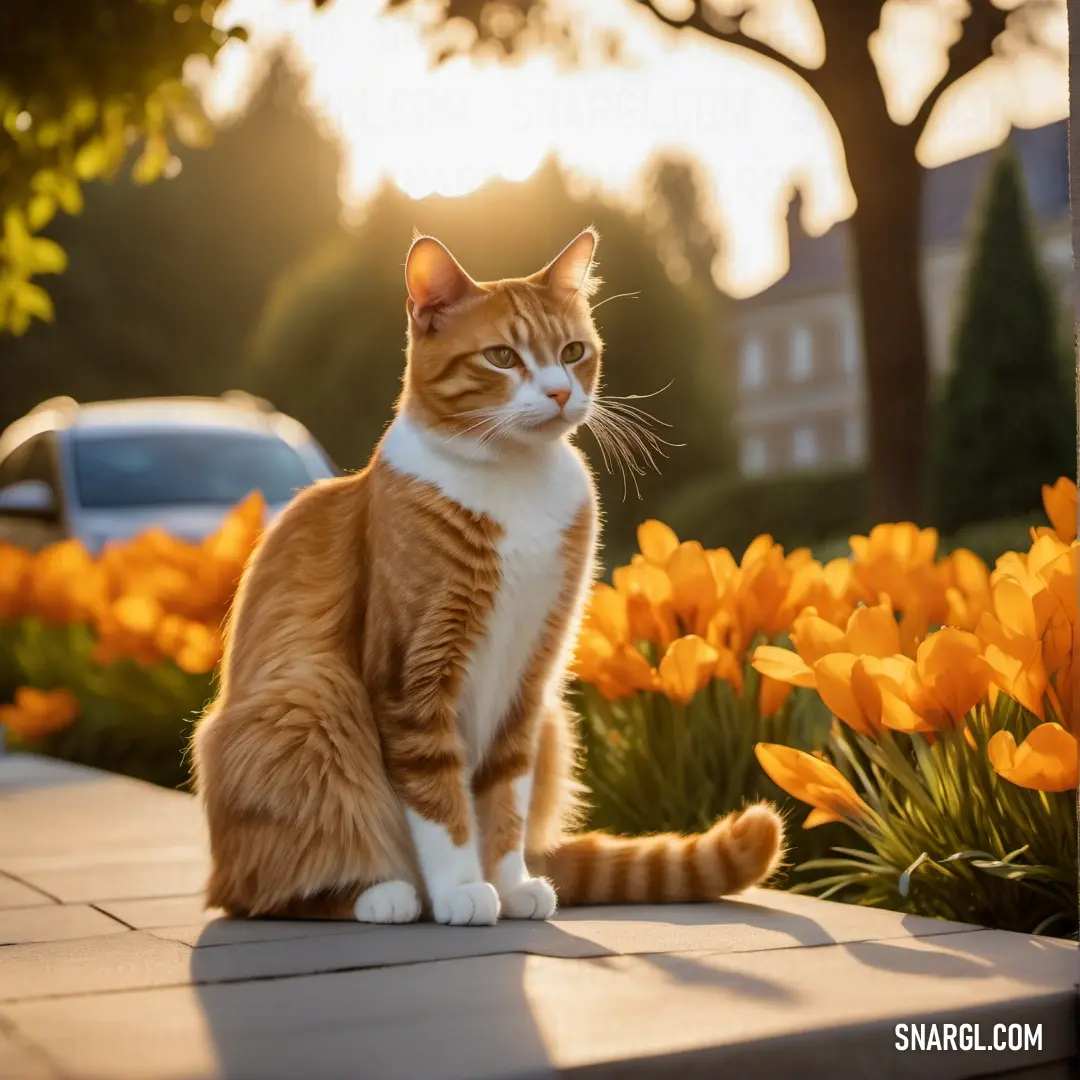
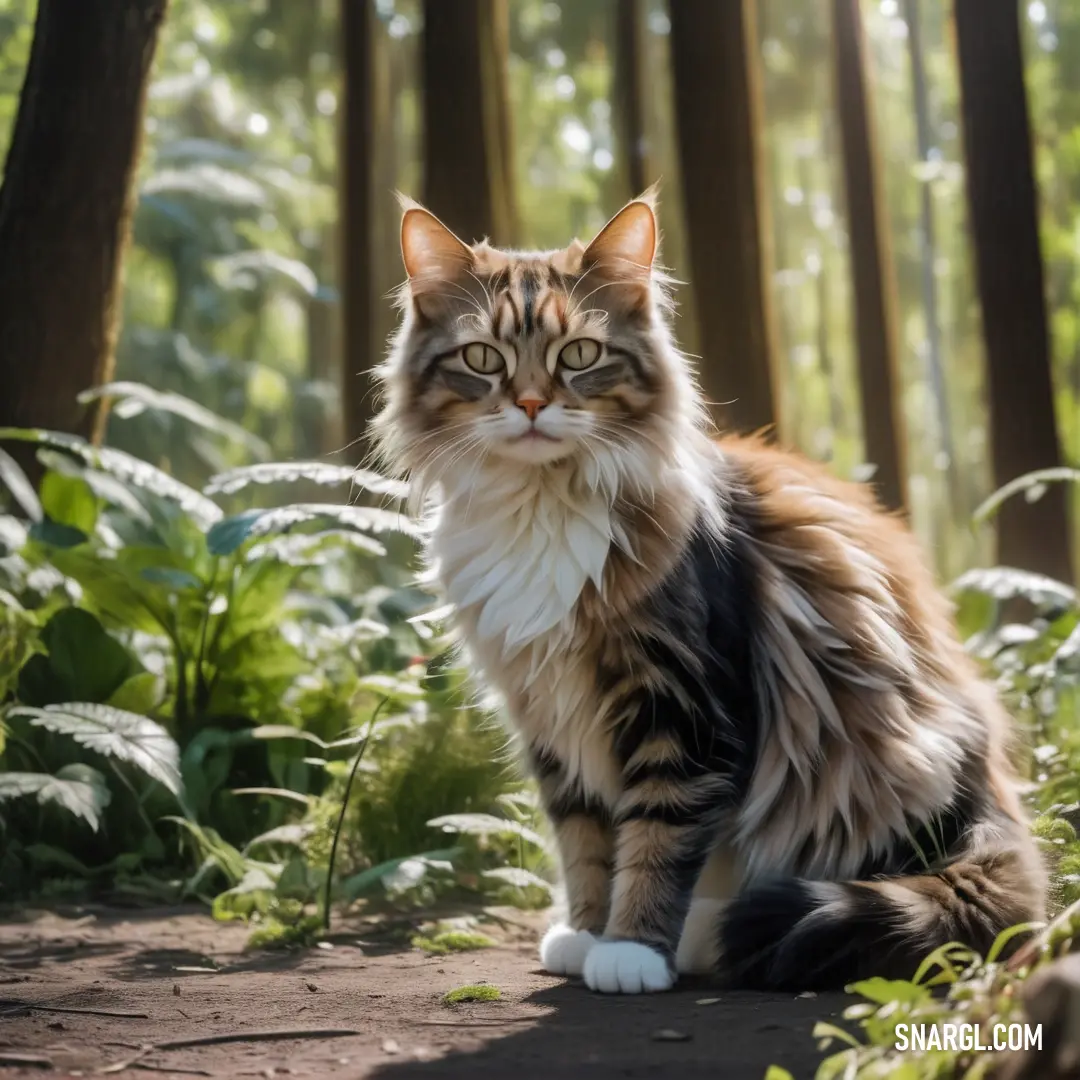
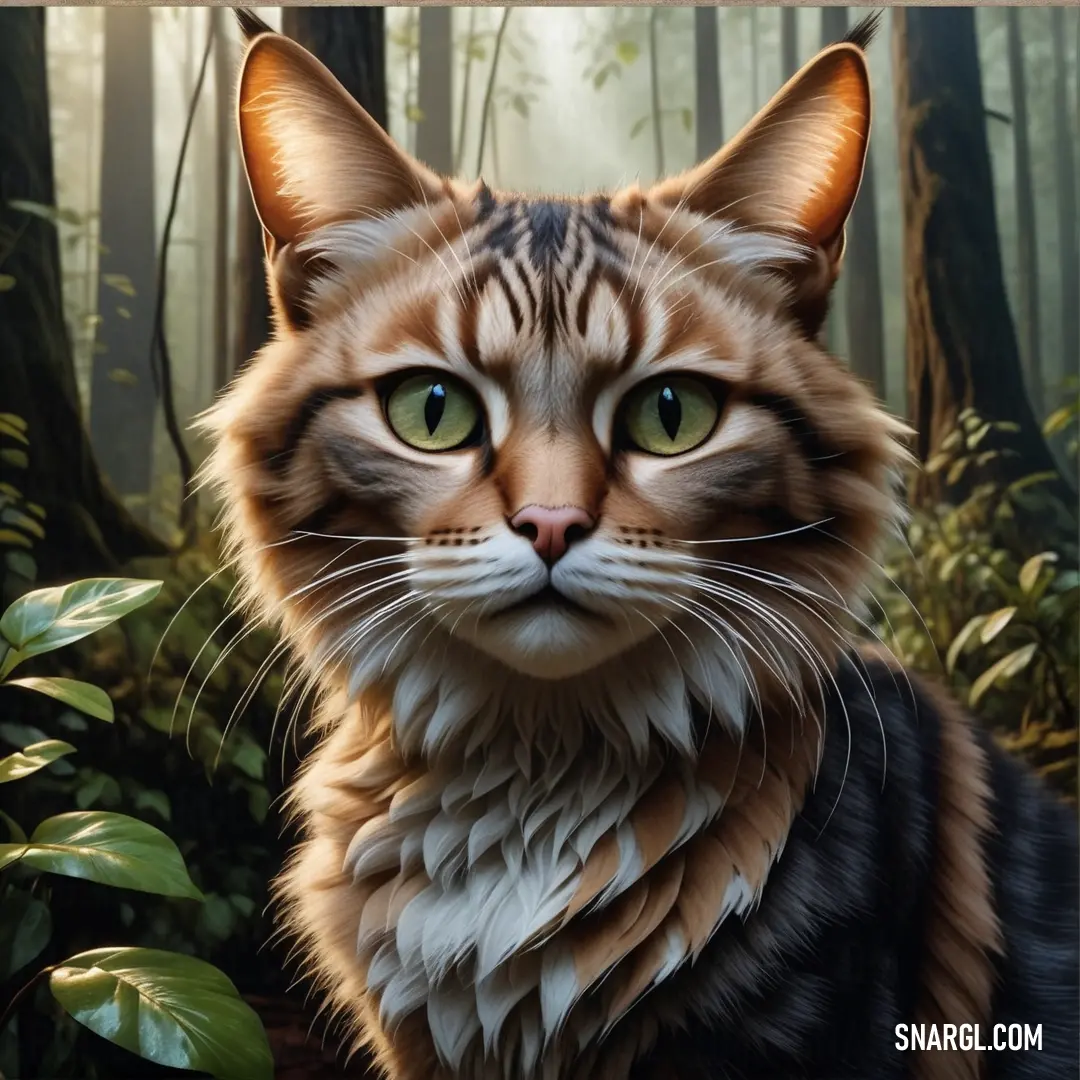
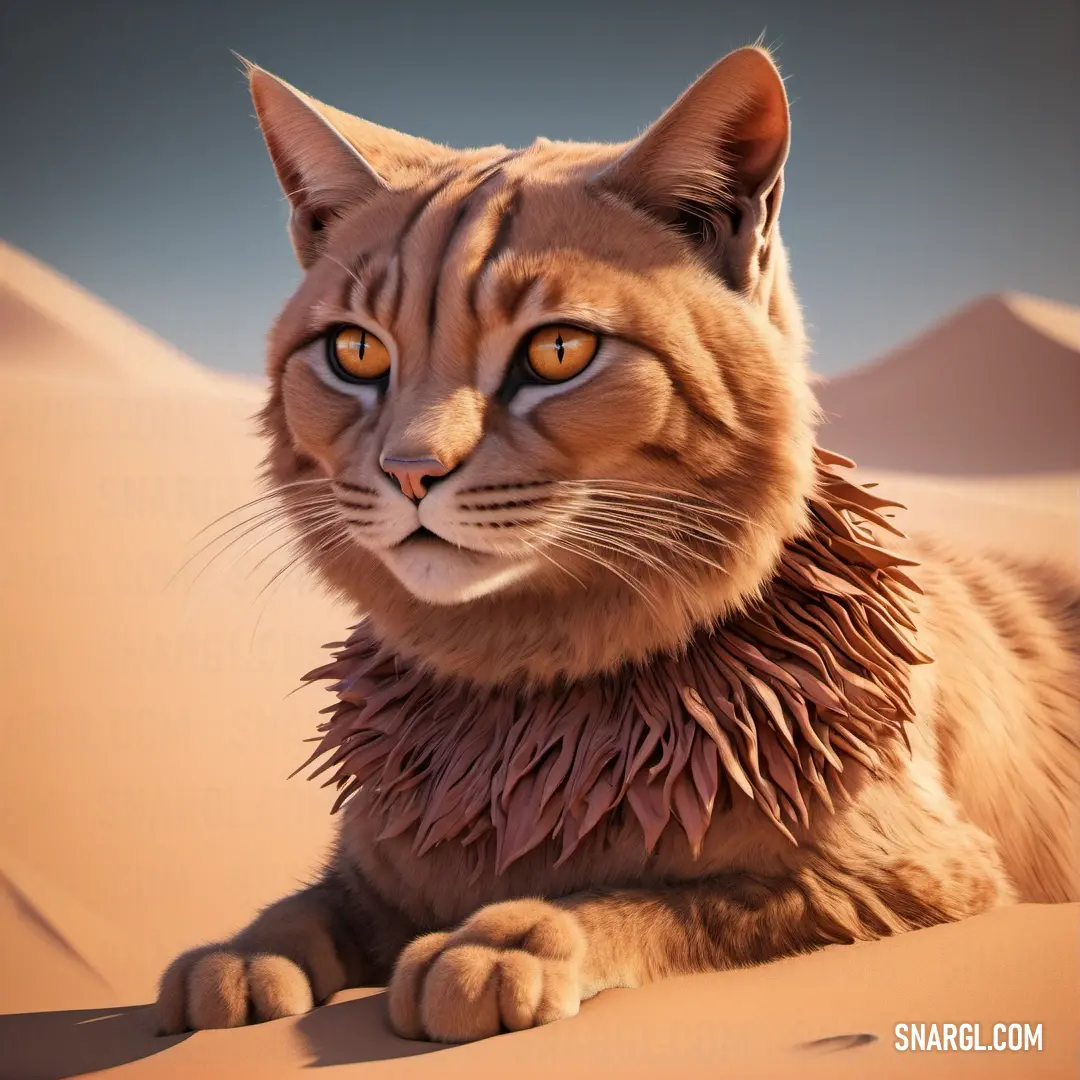
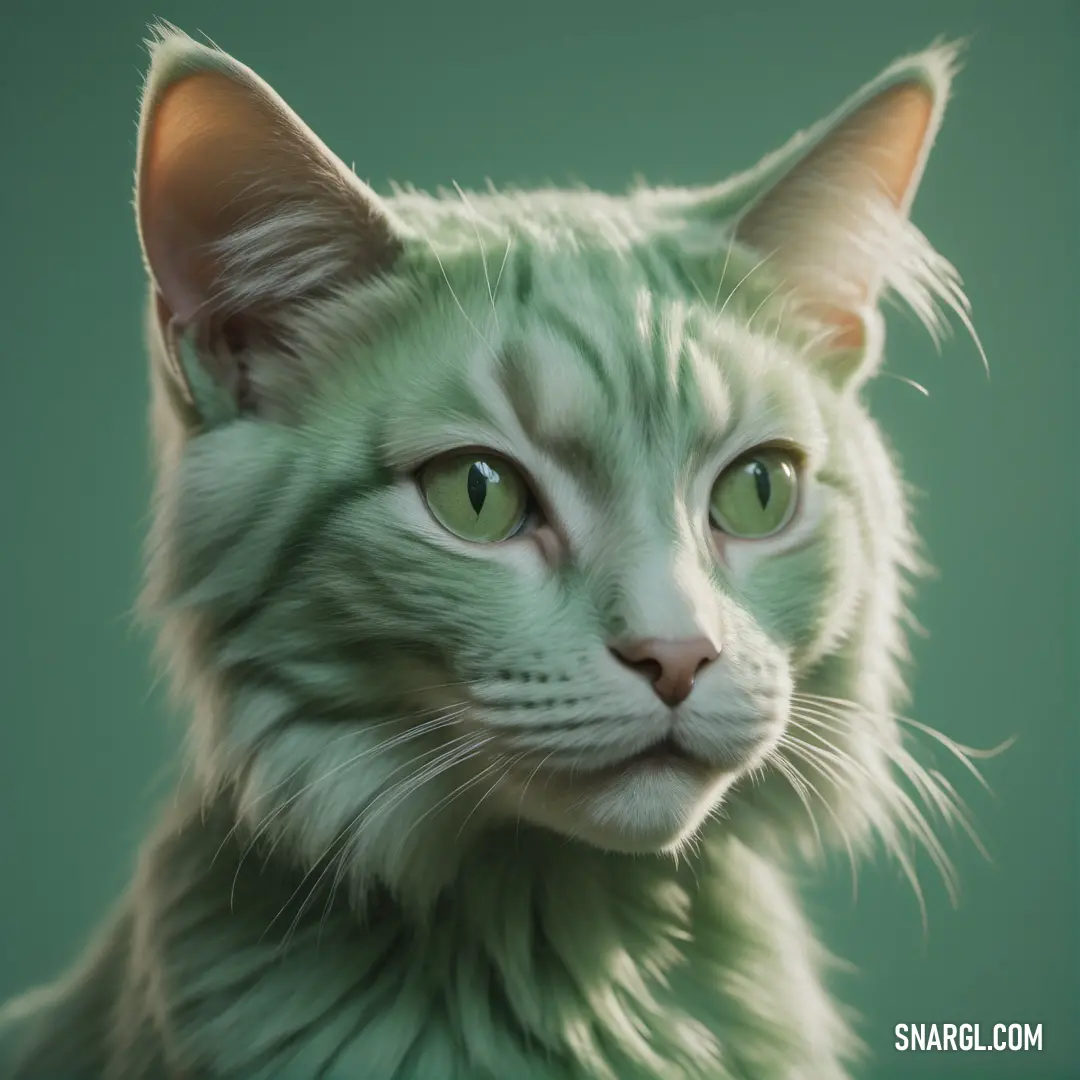
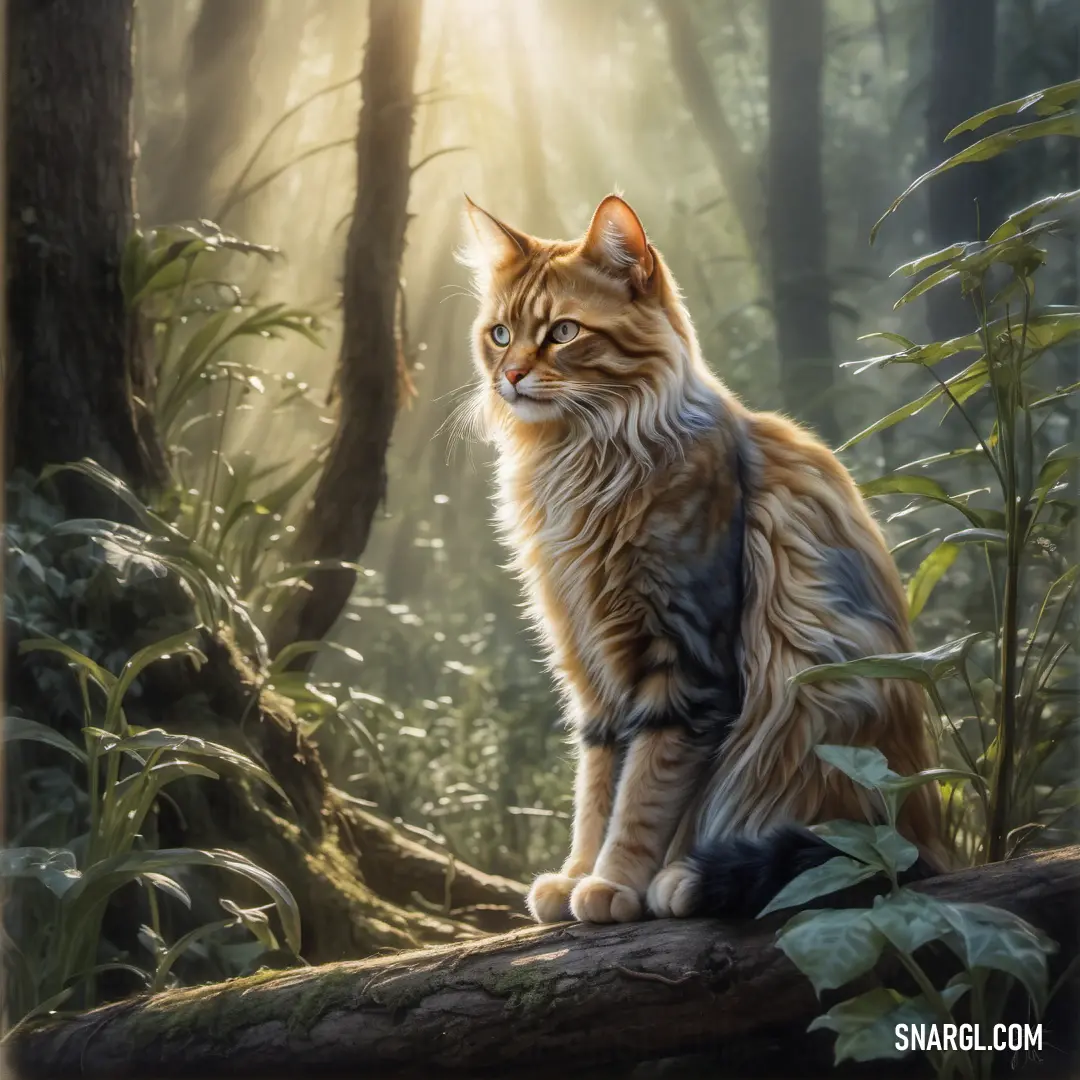

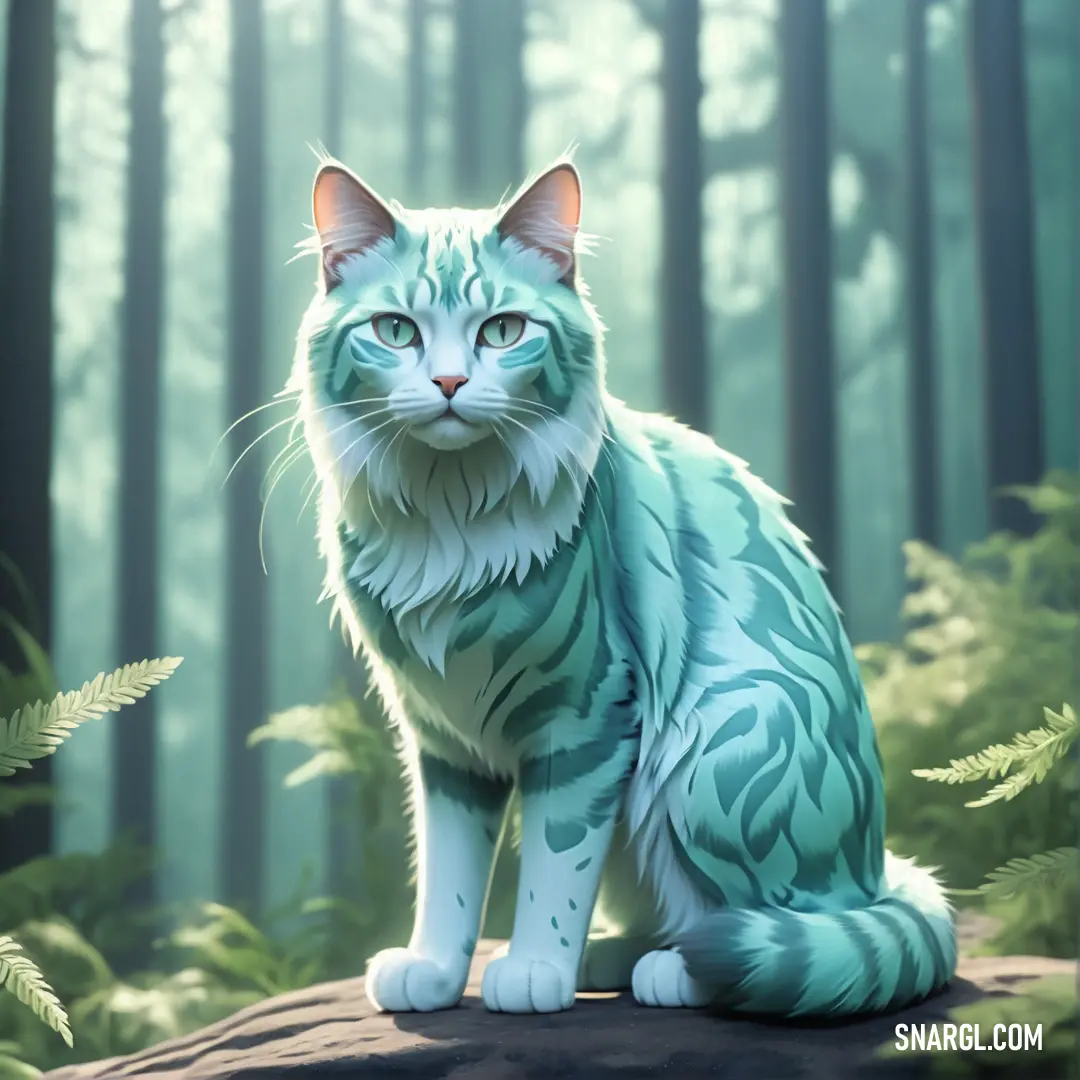
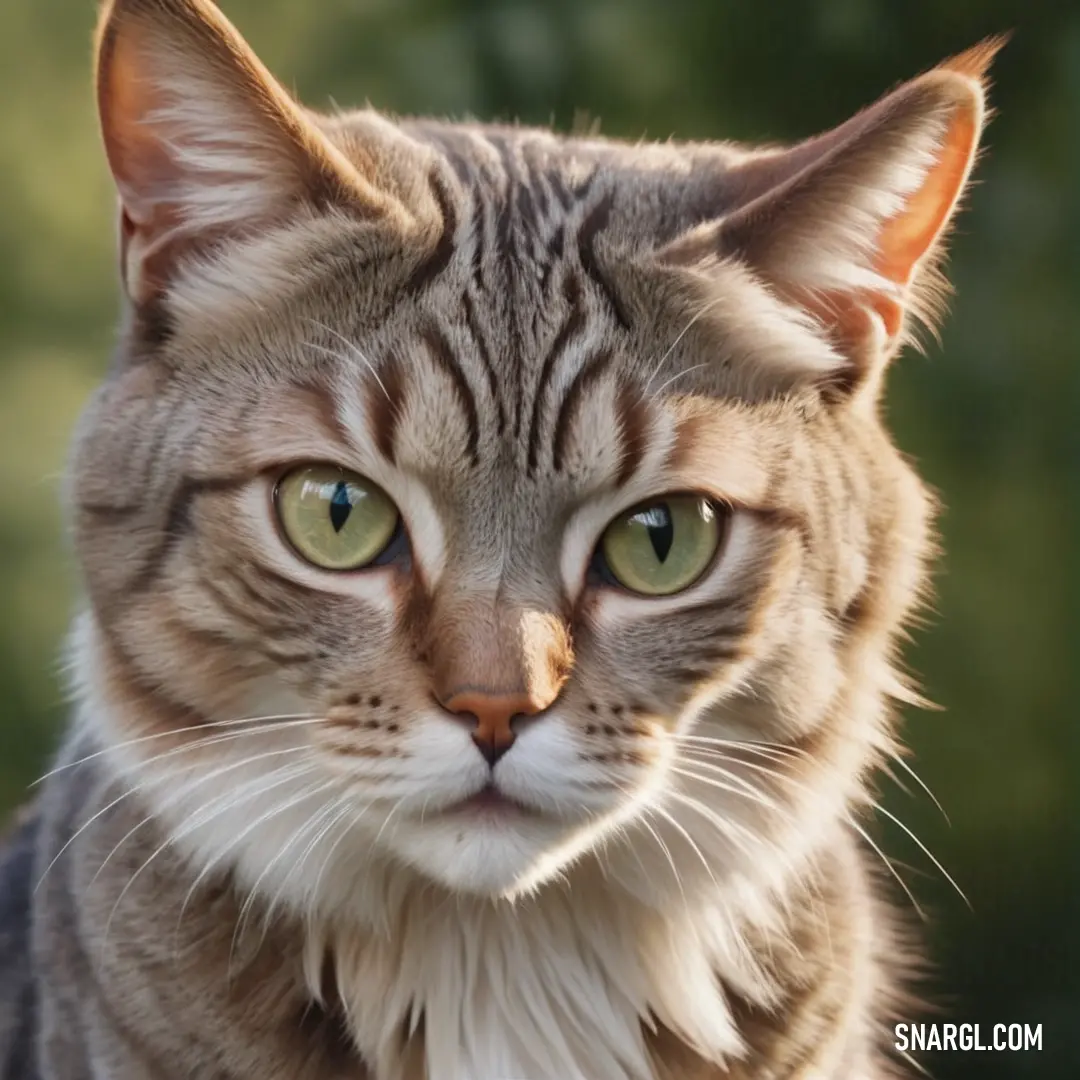
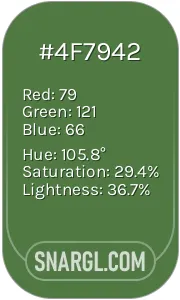 Fern green
Fern green







